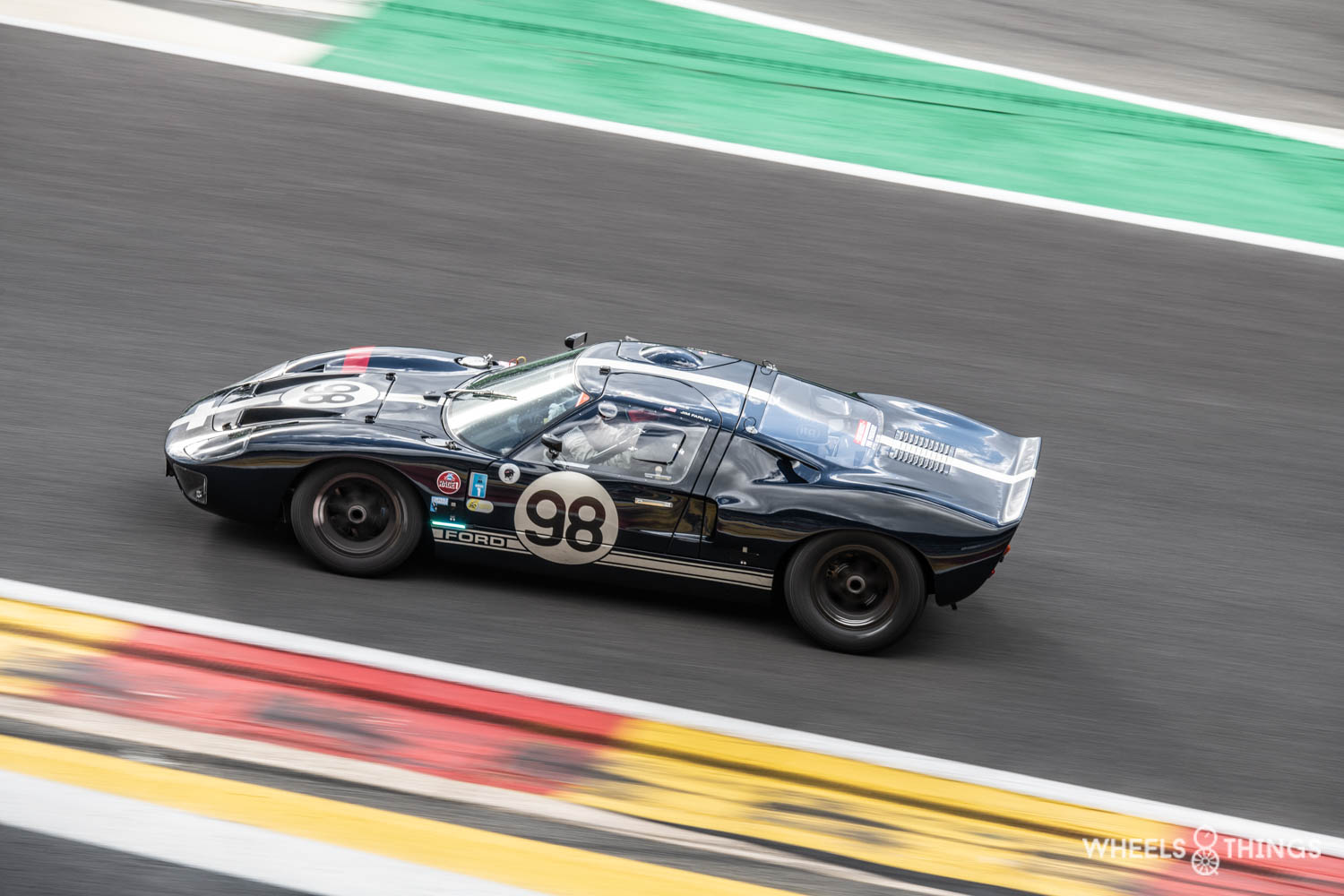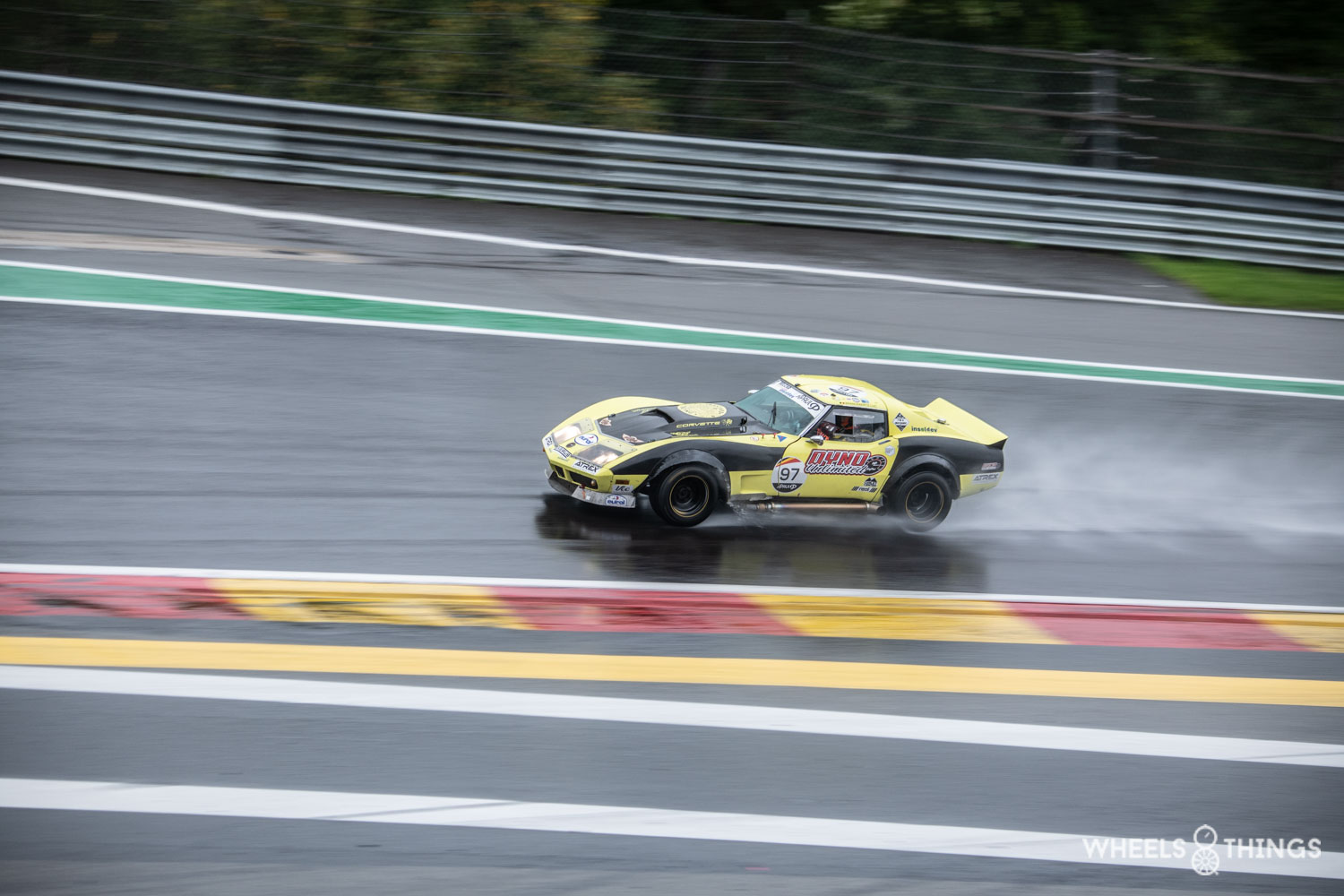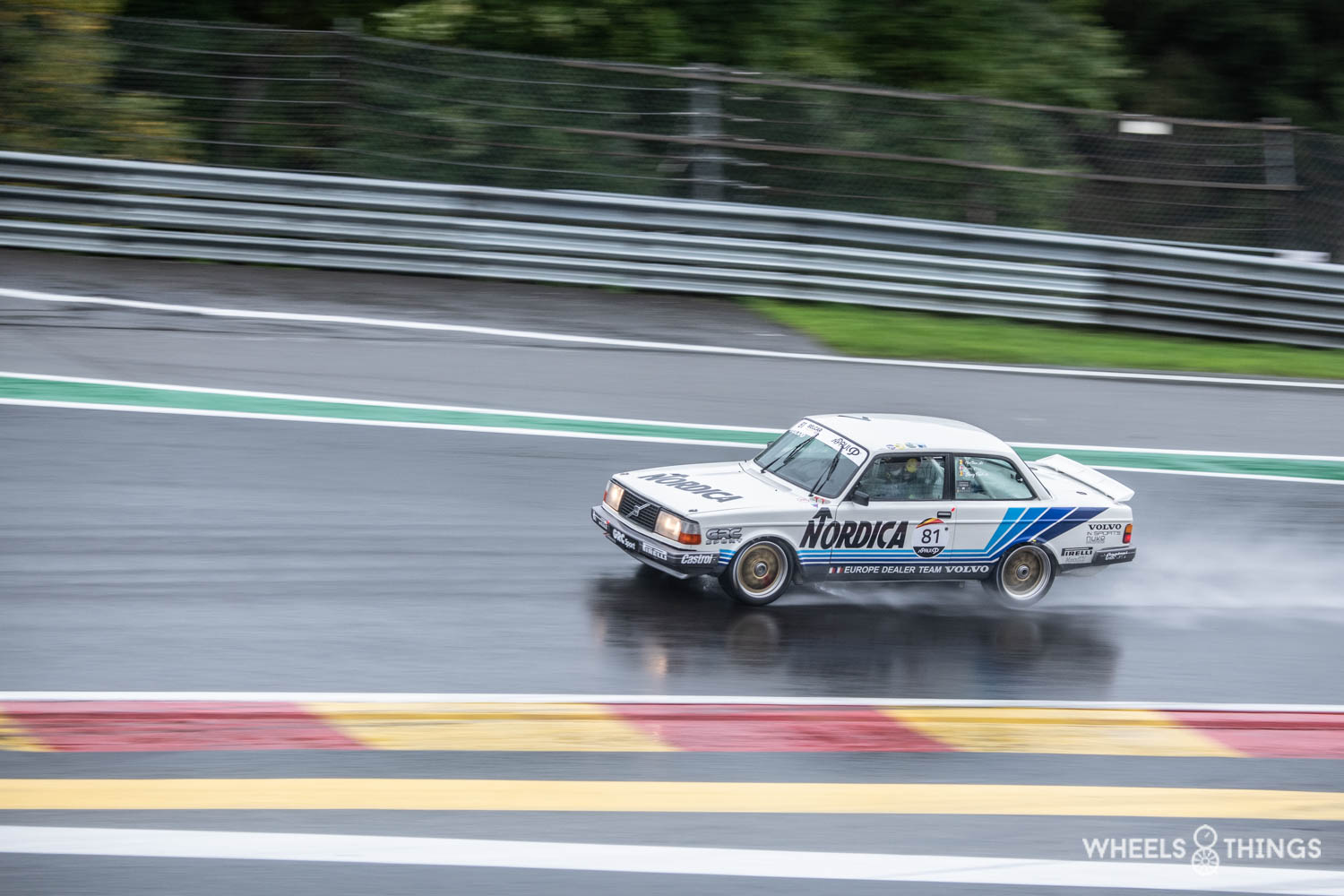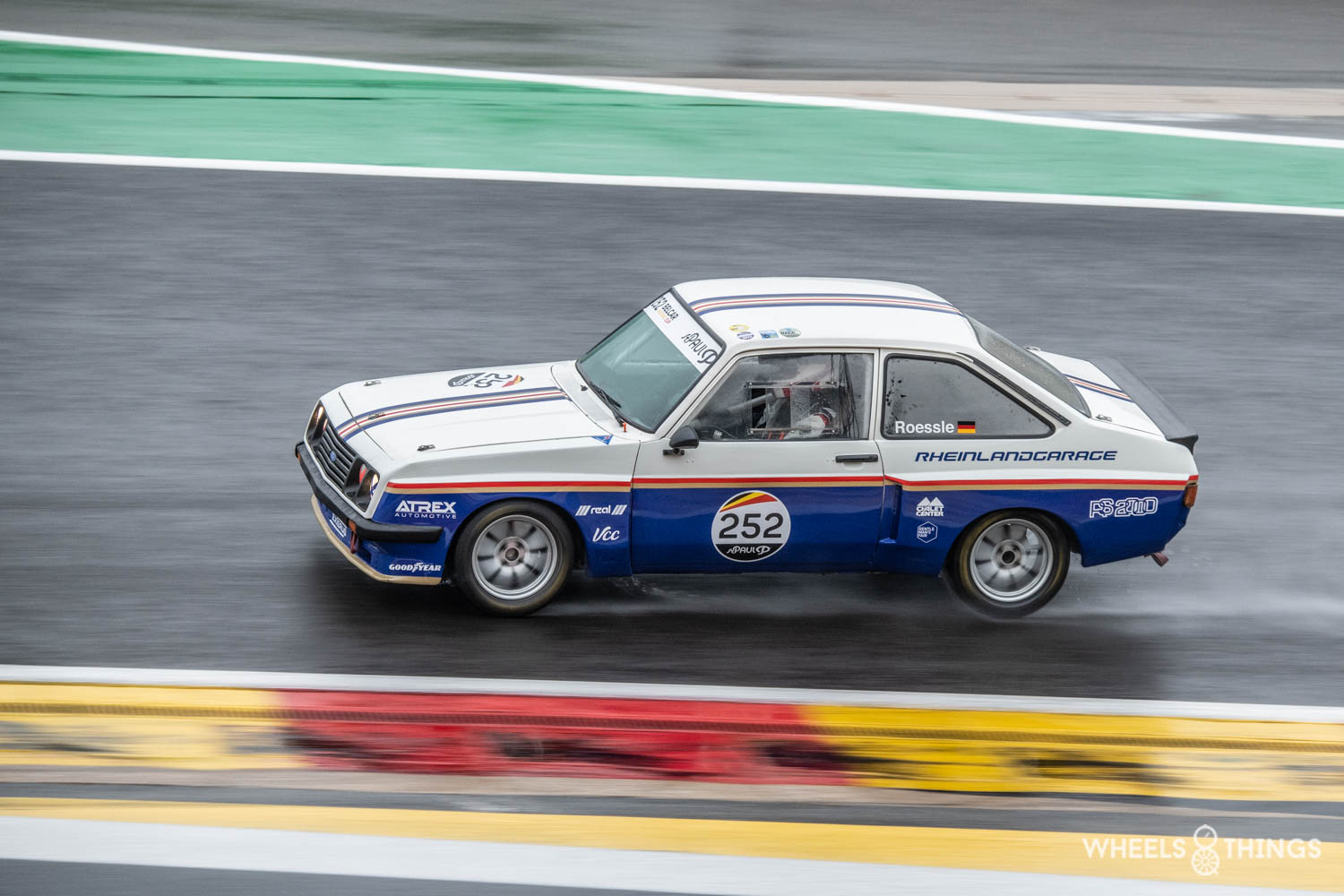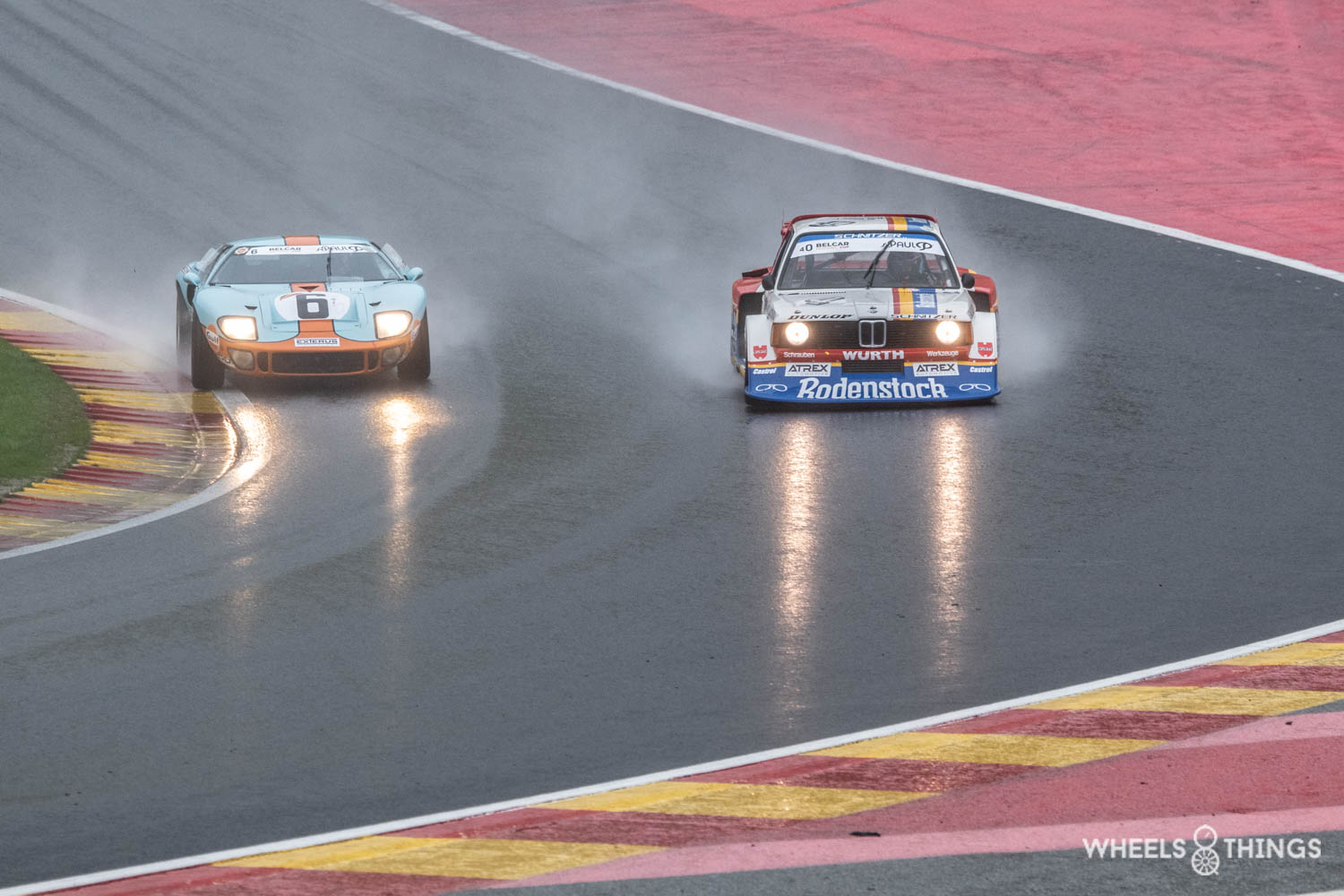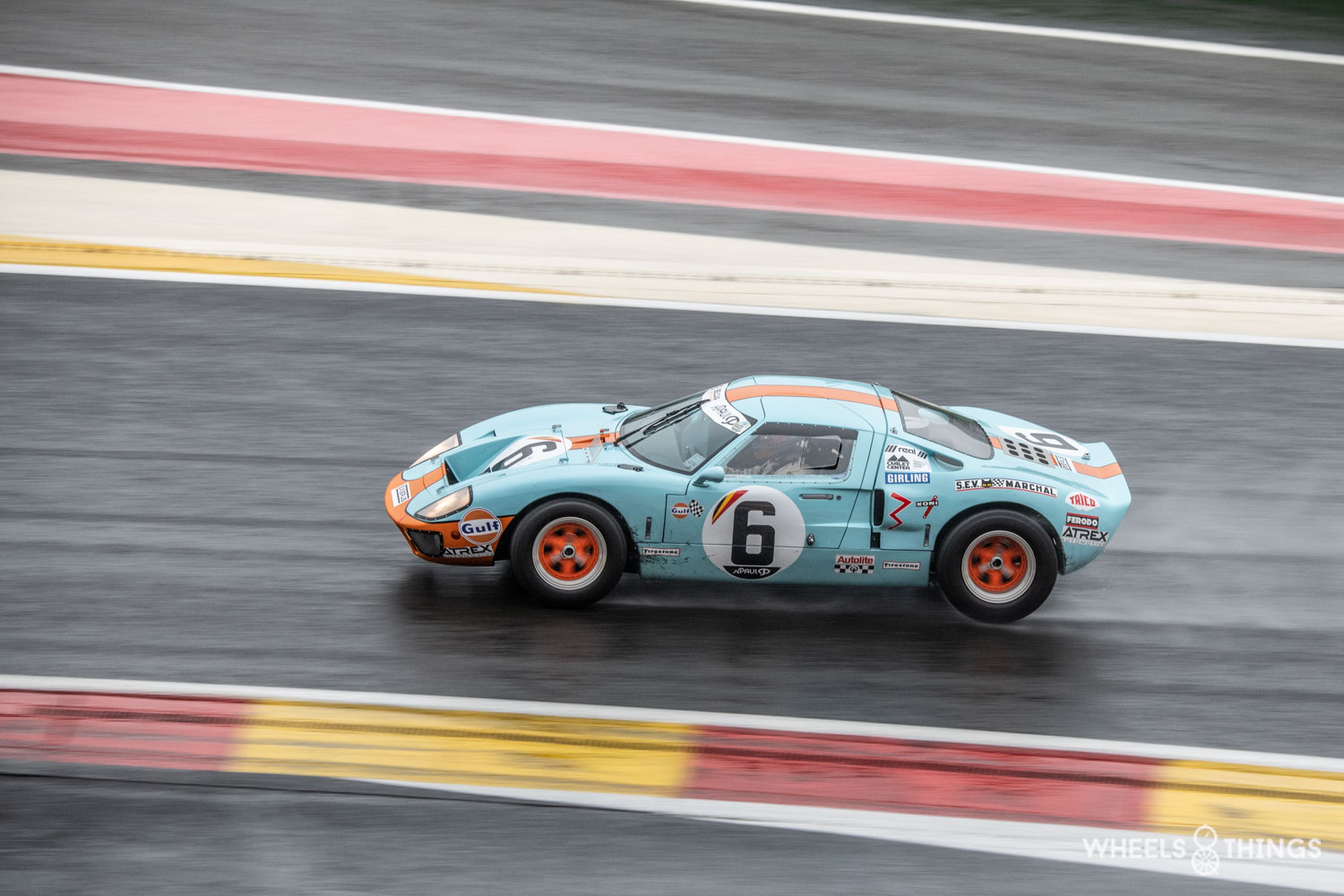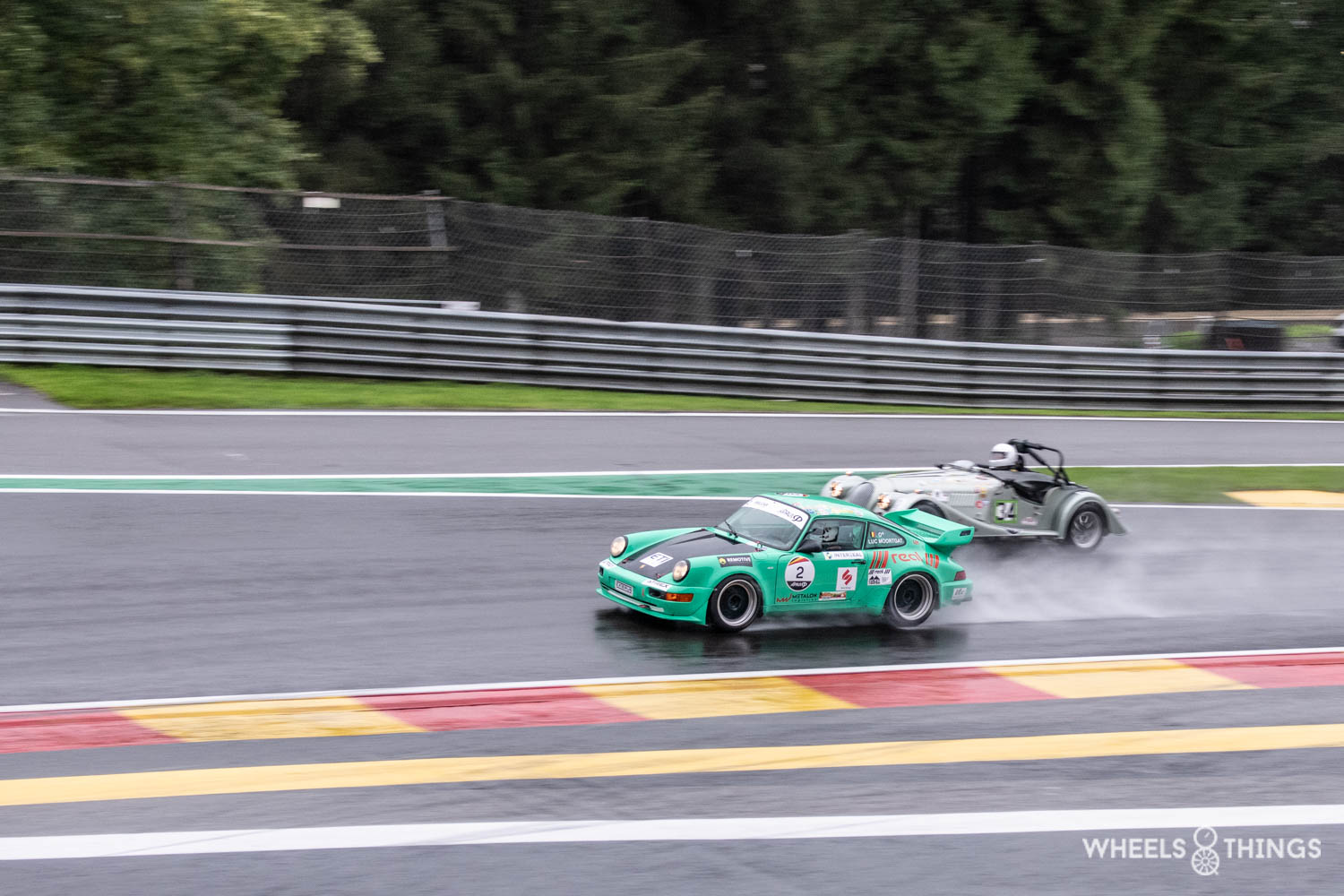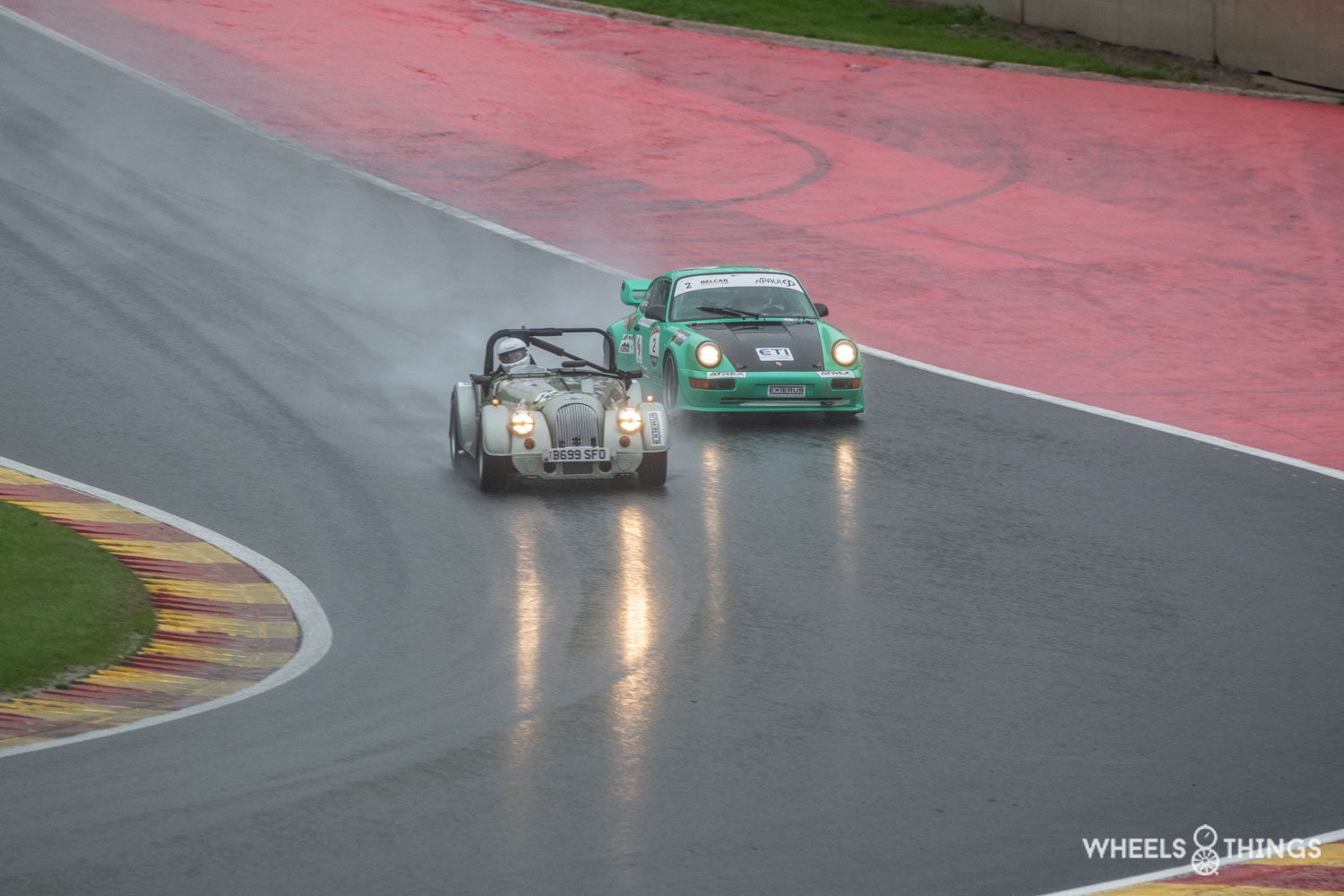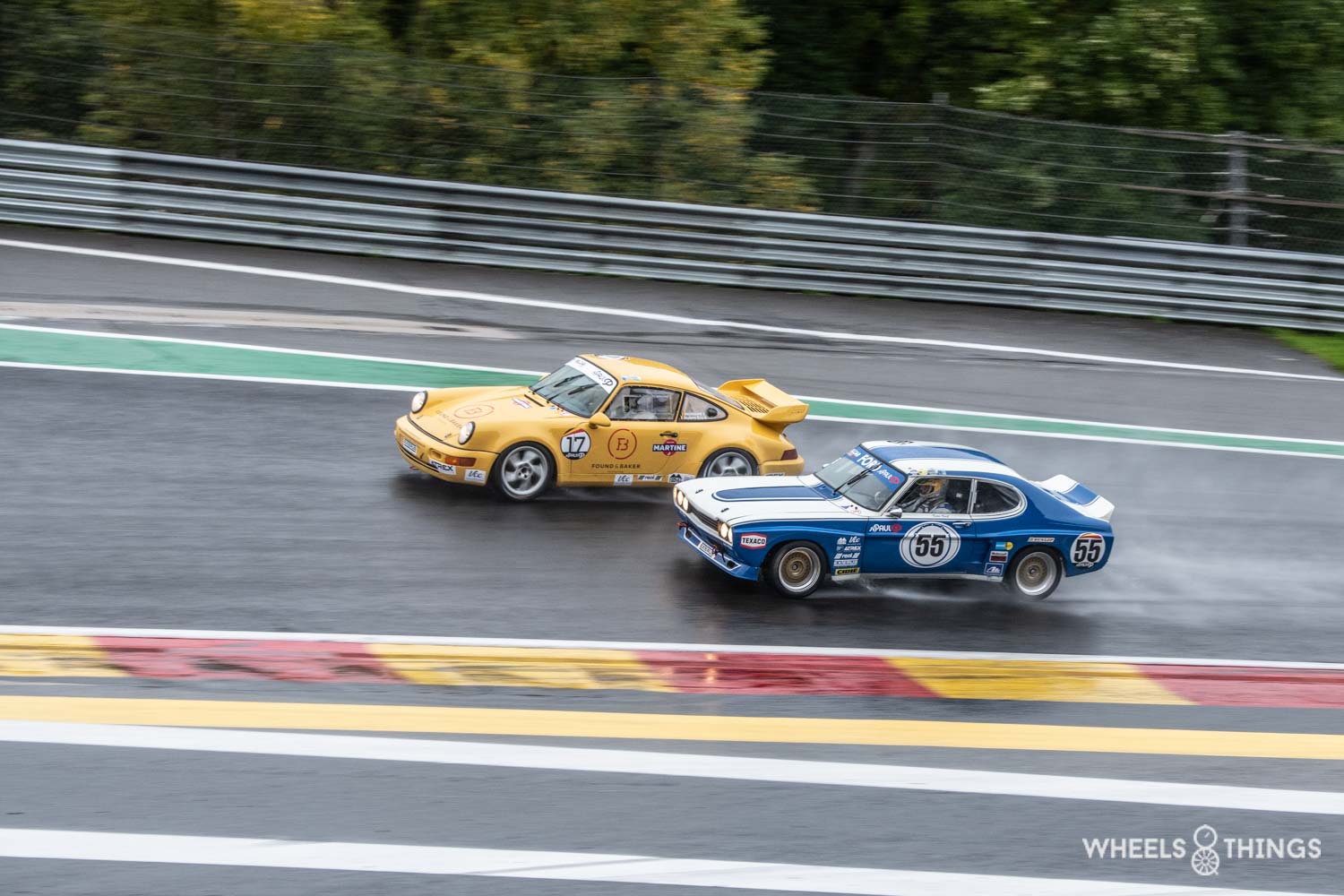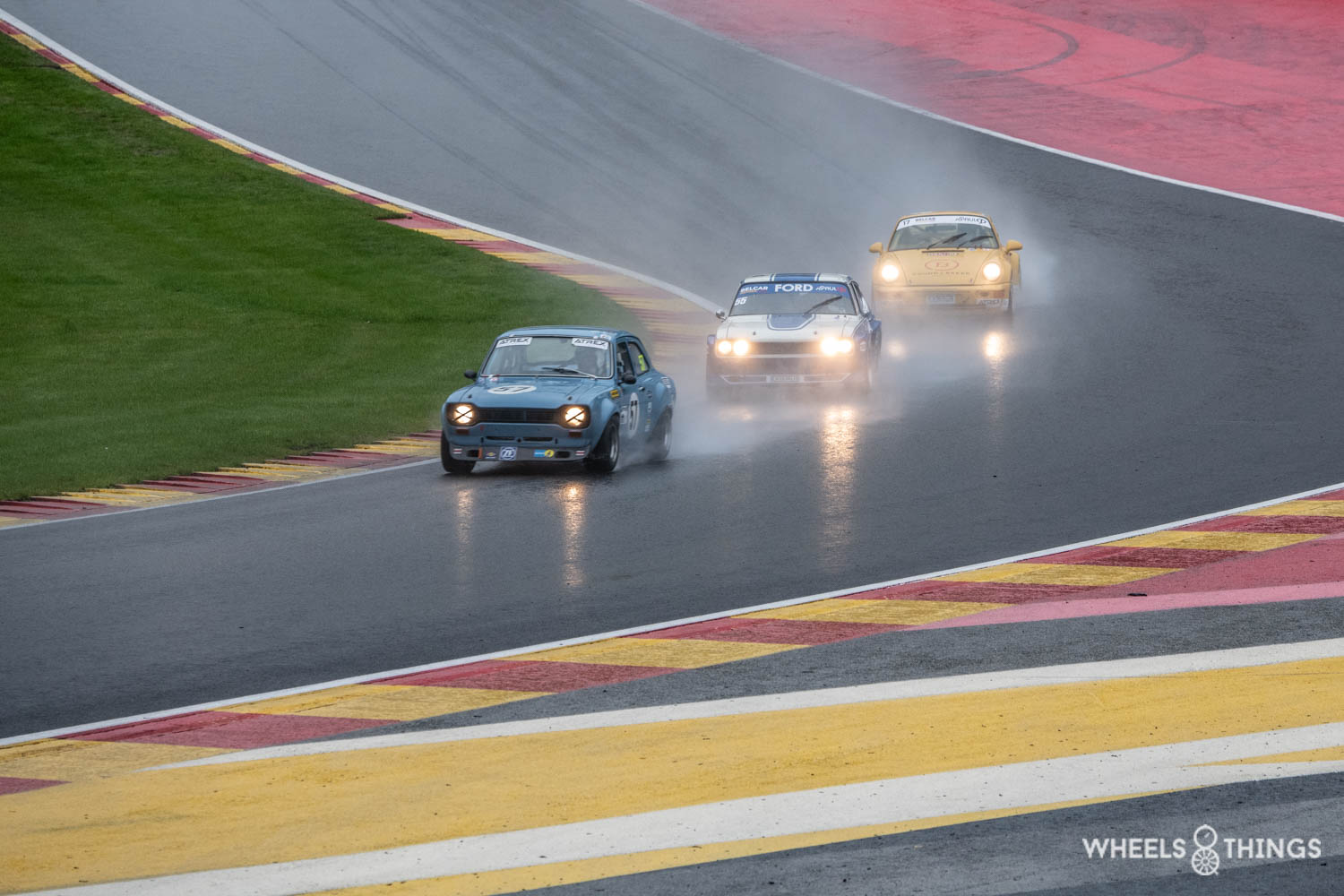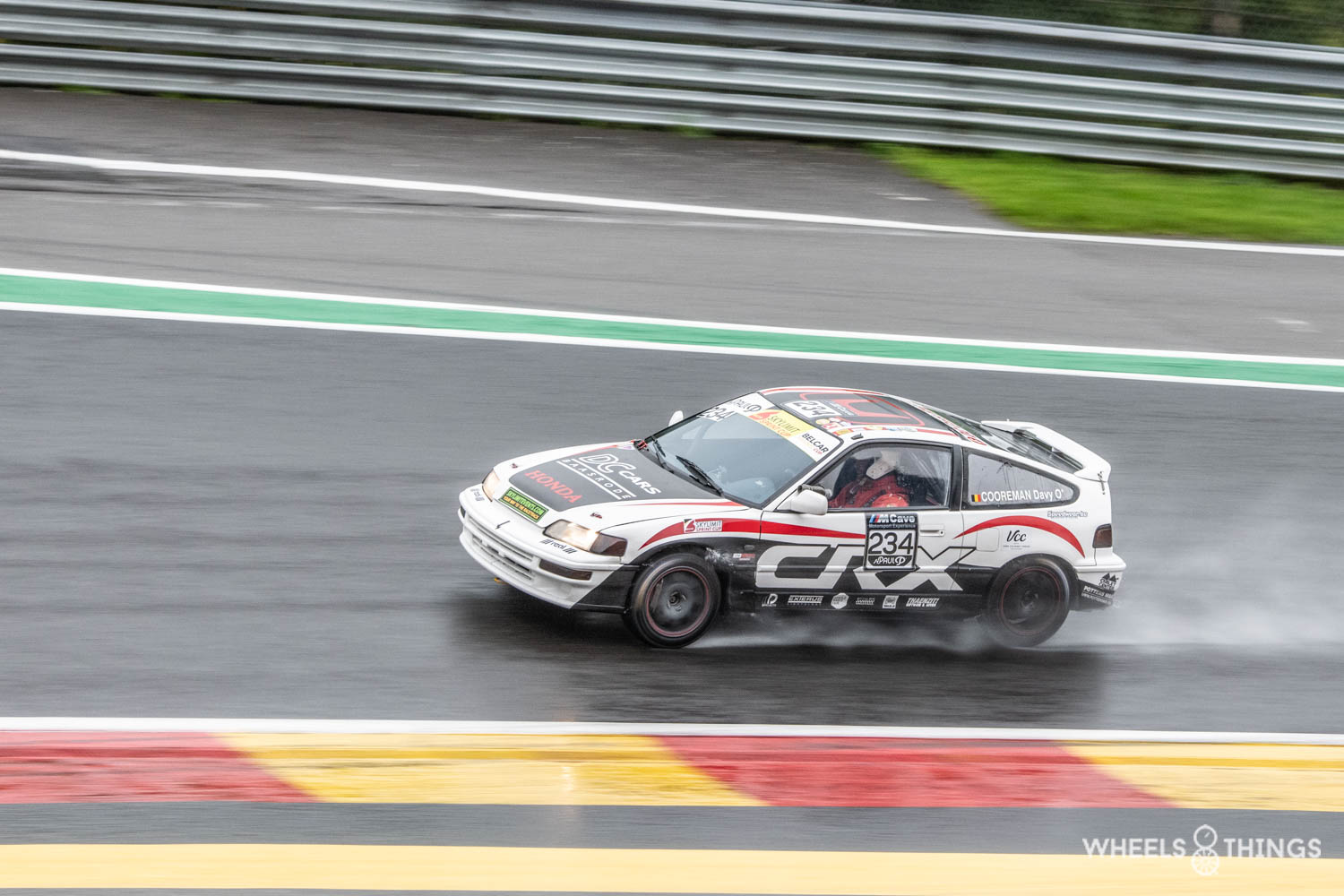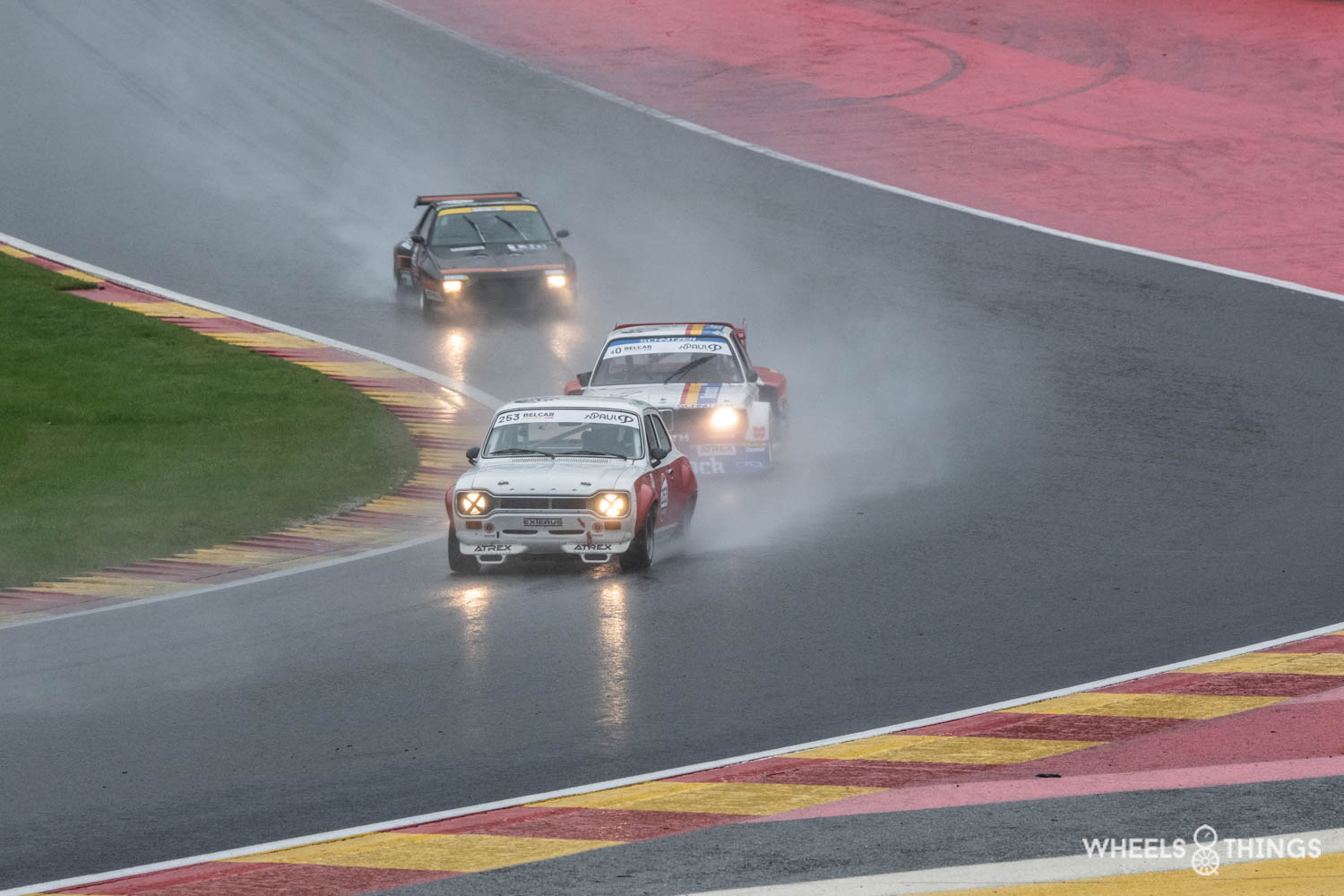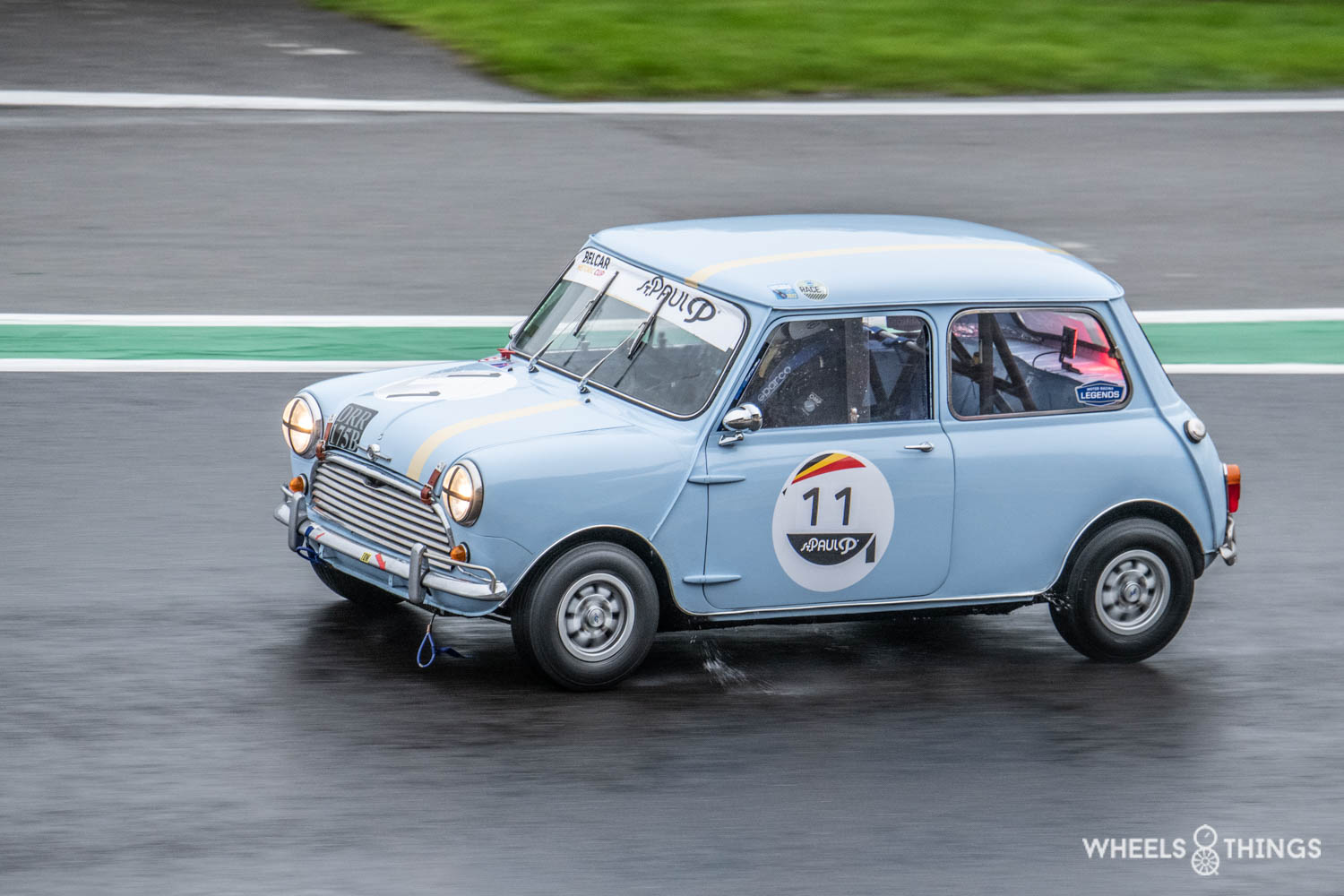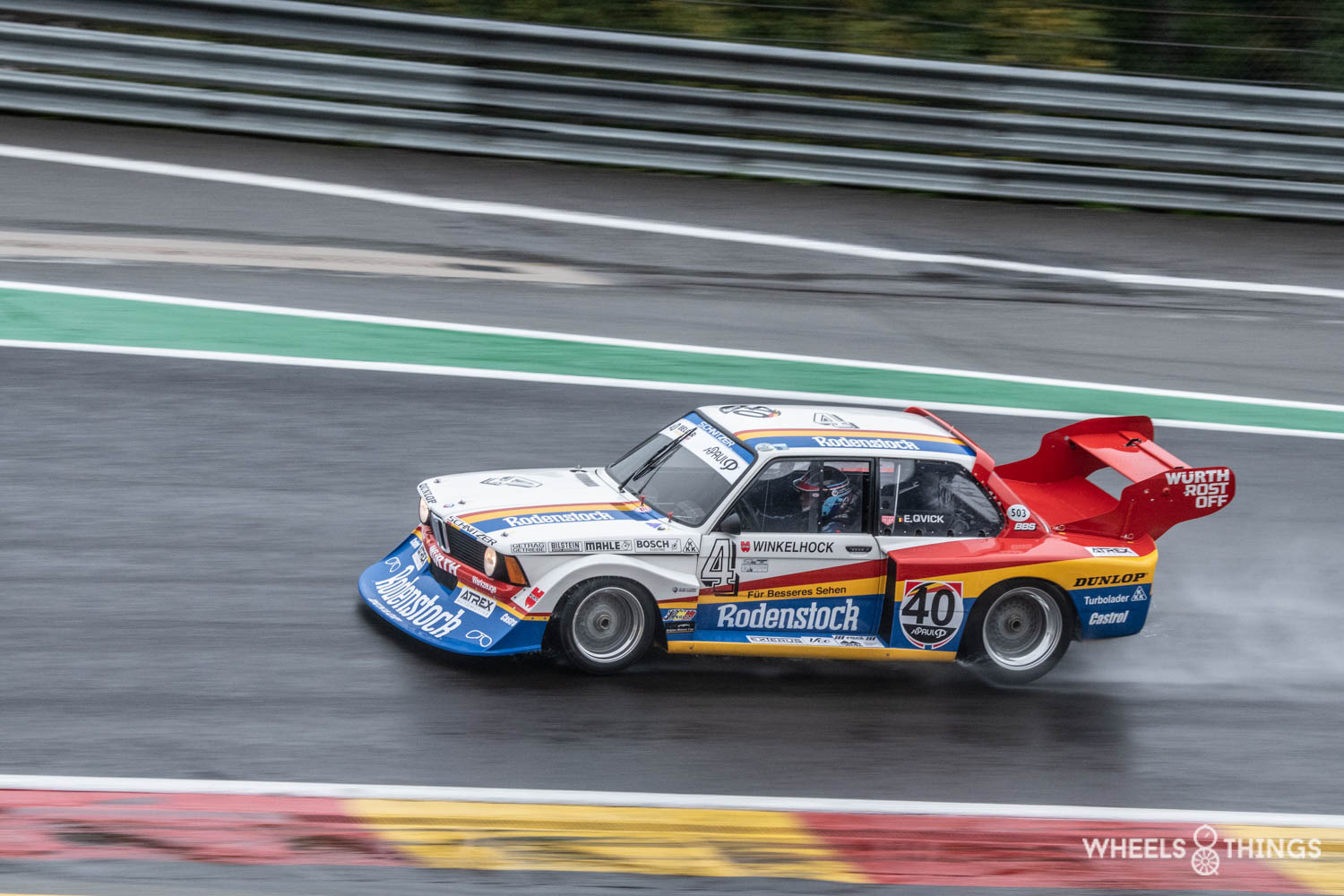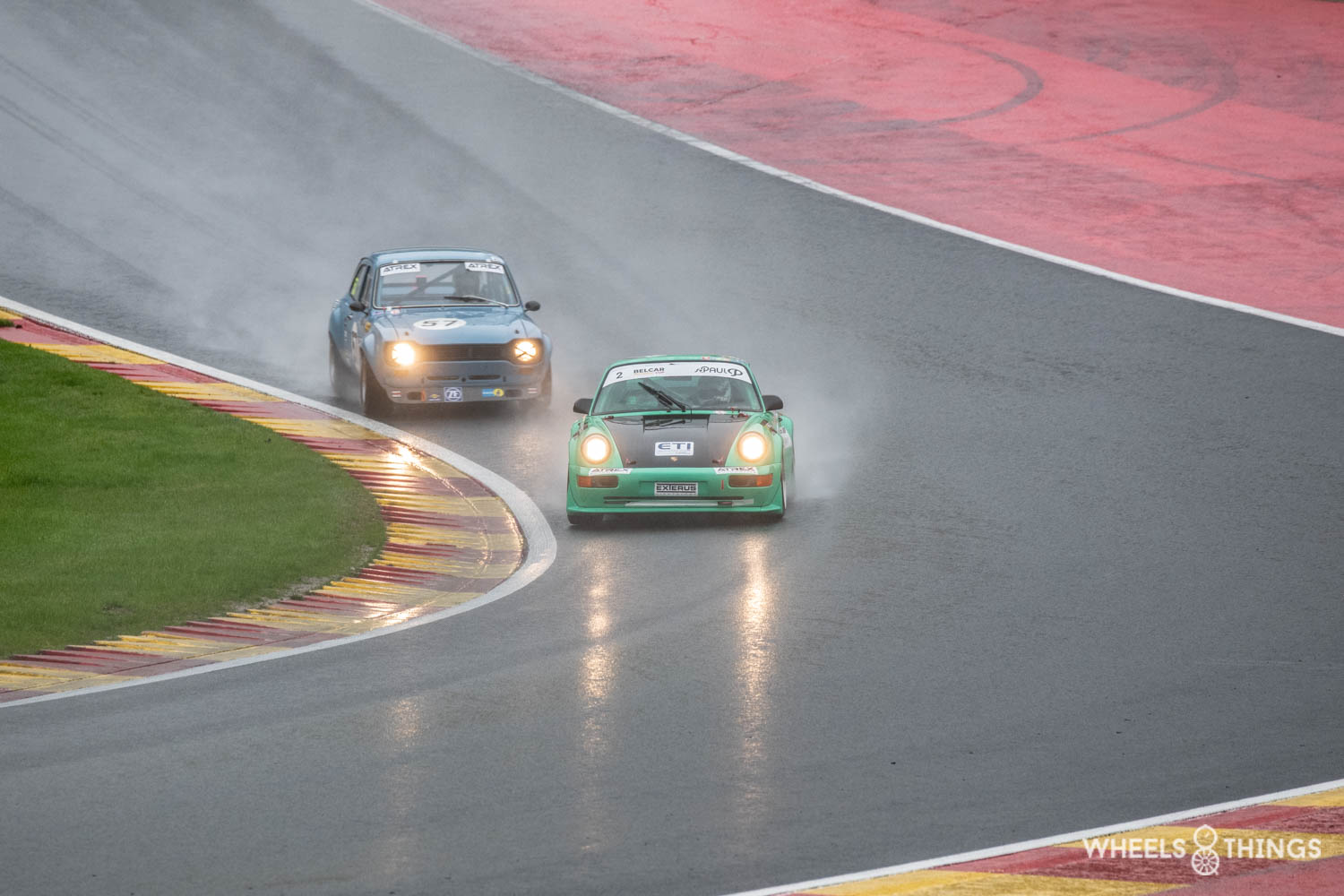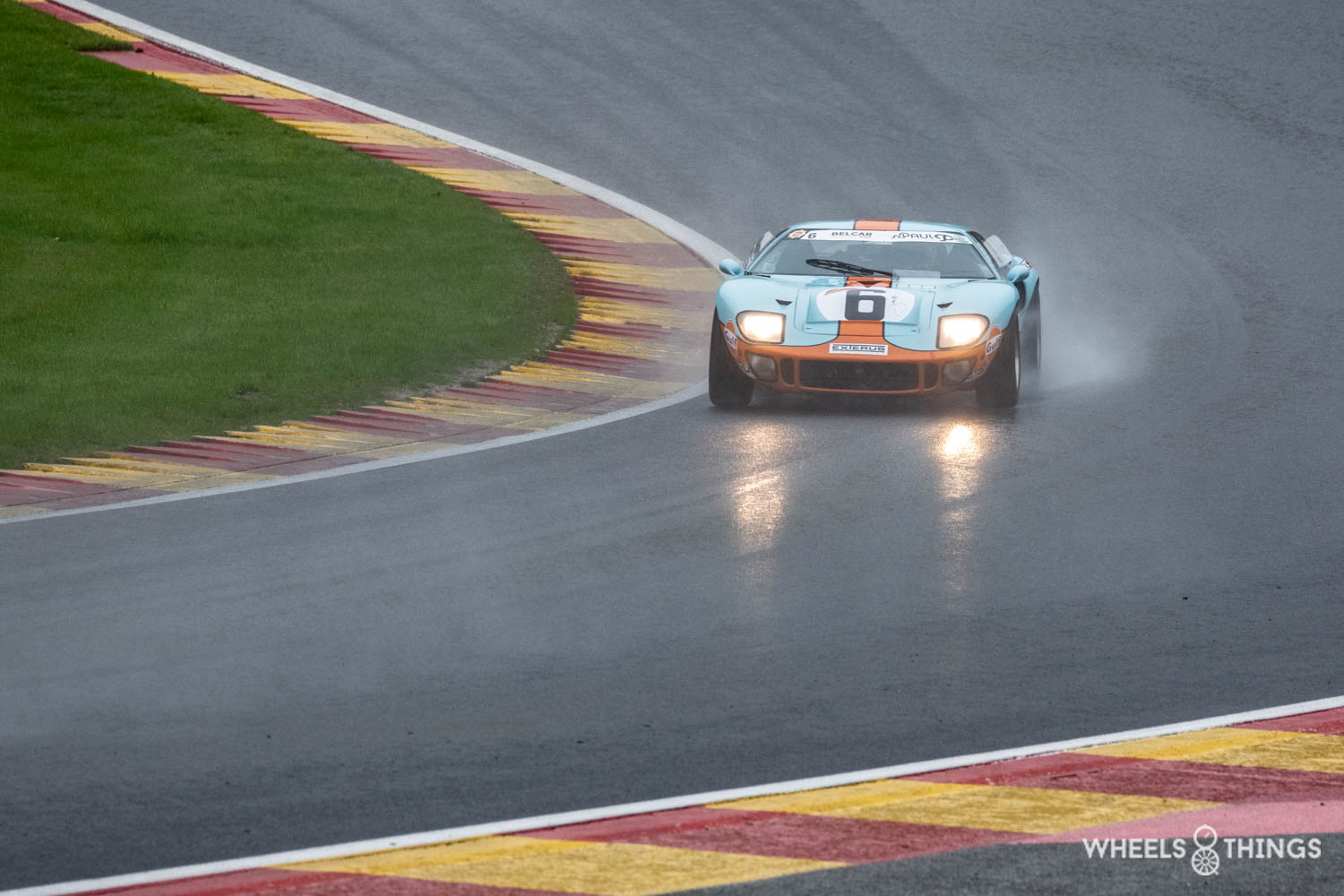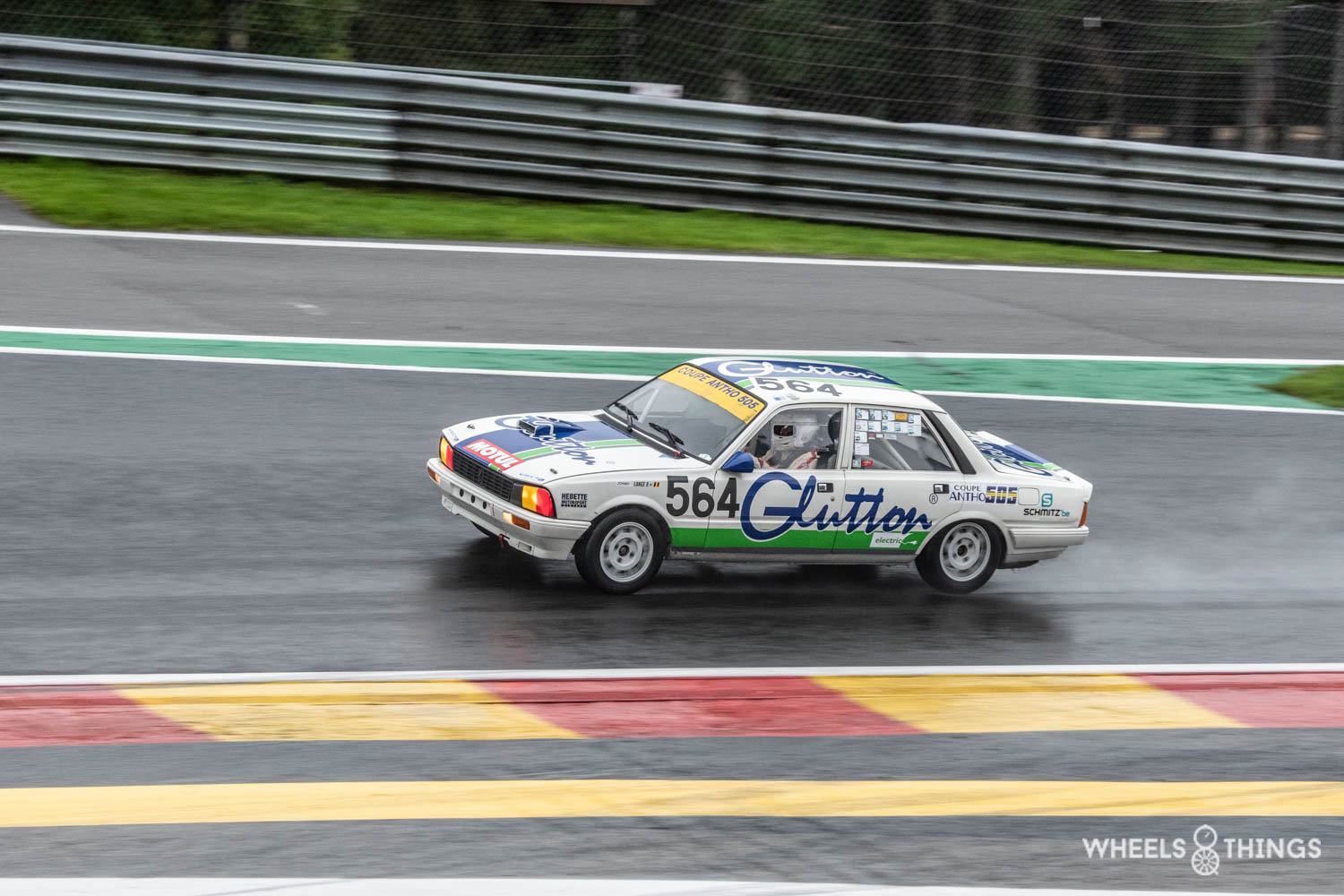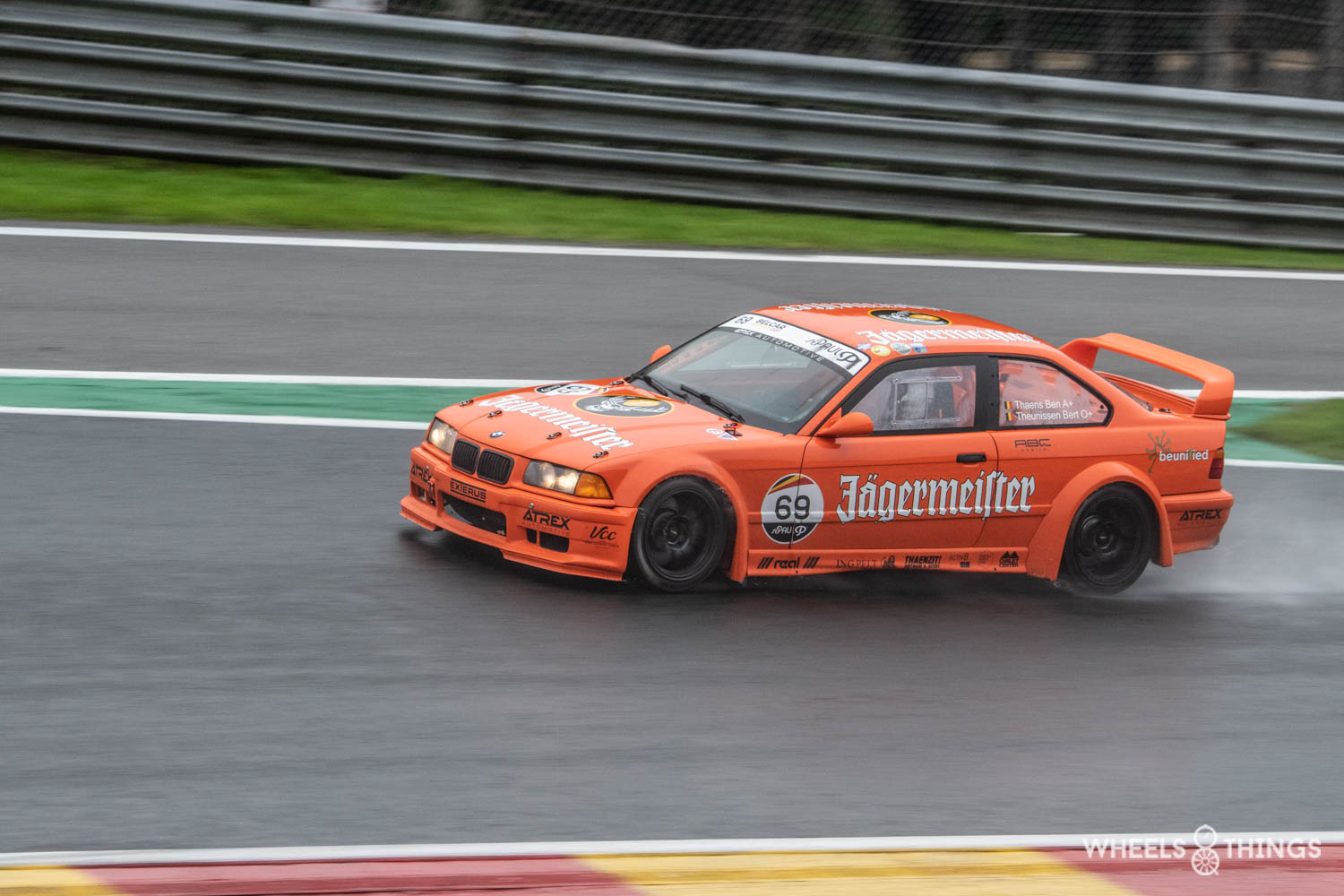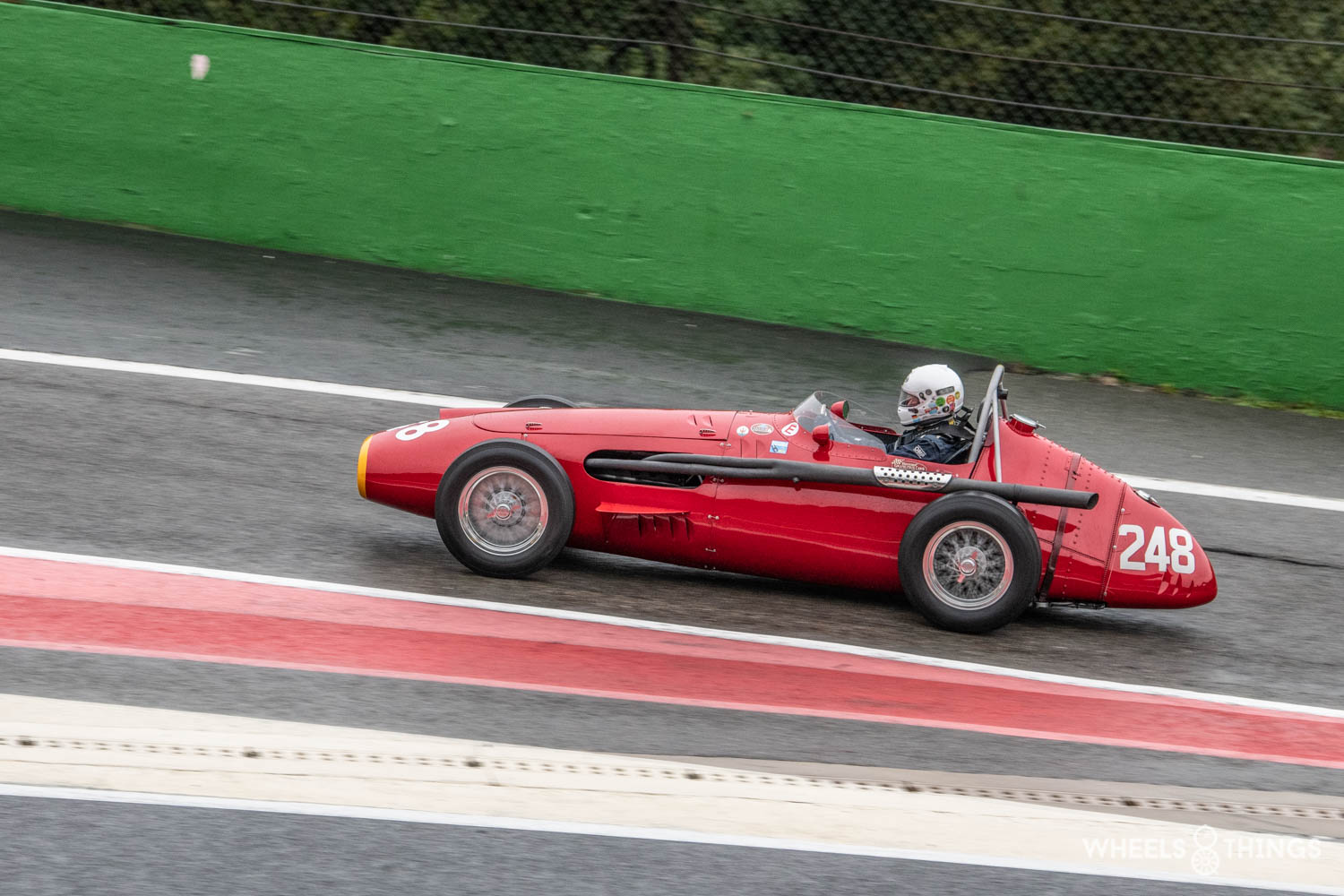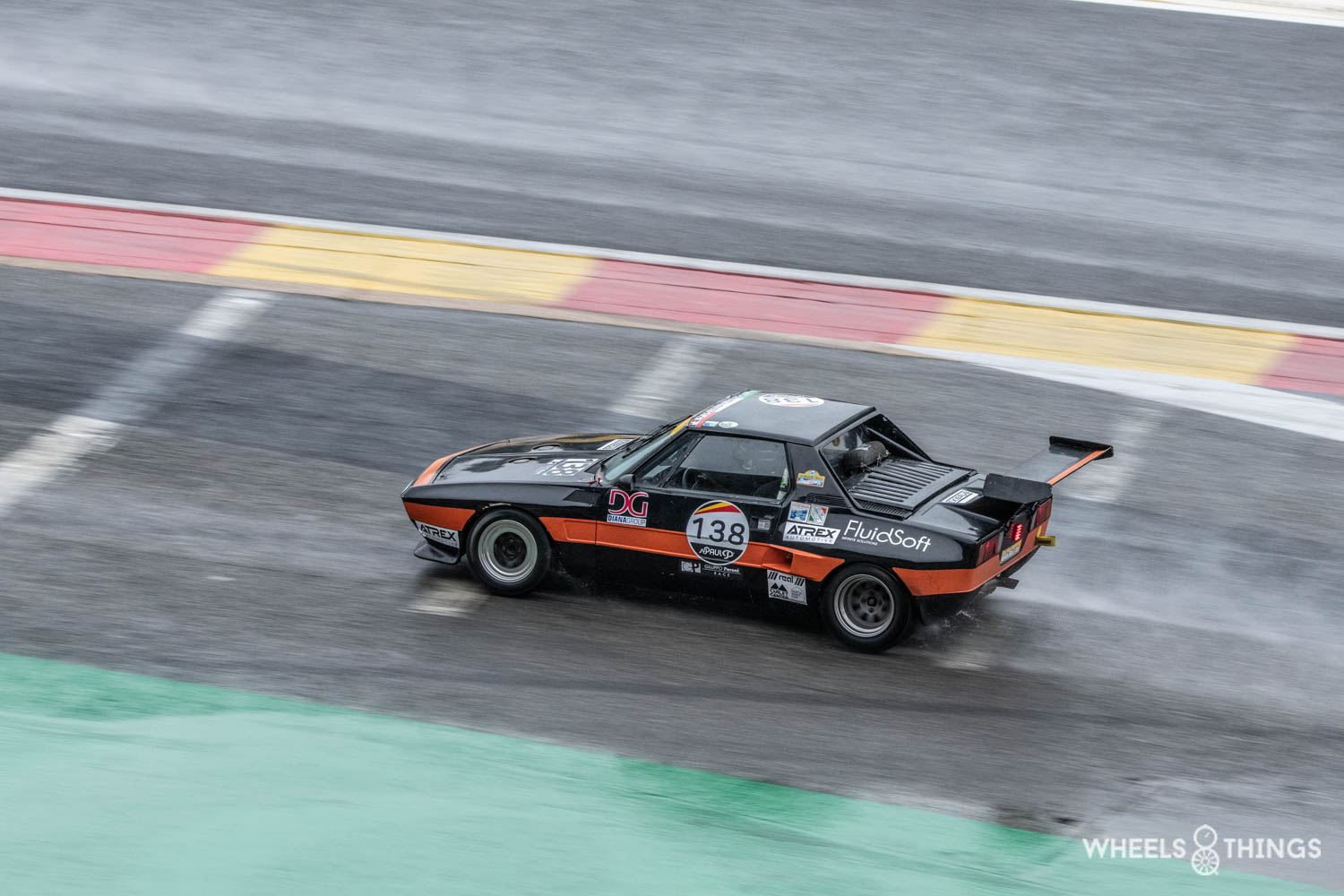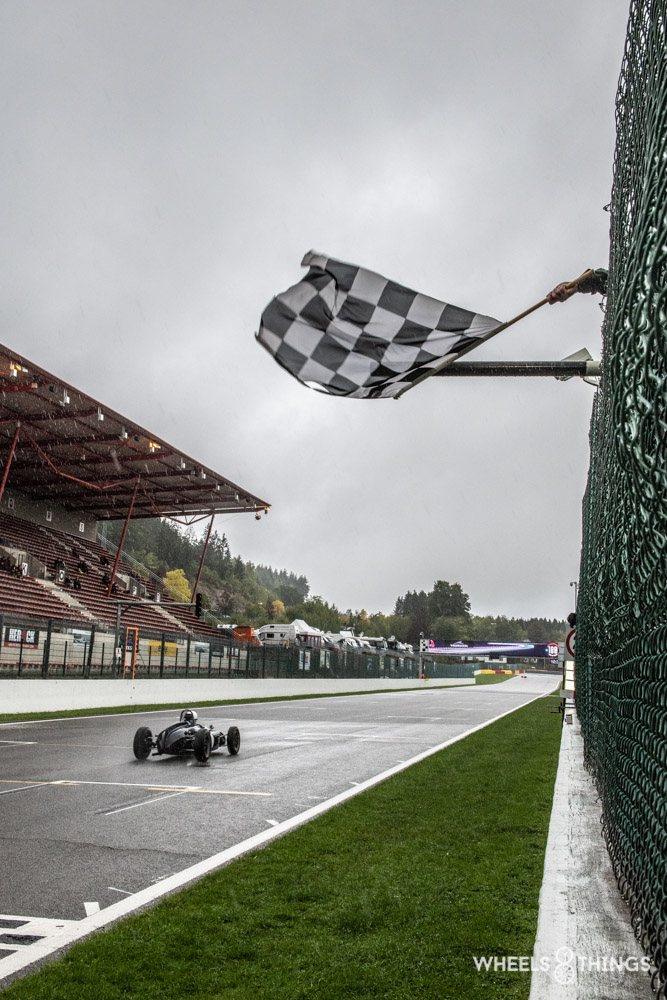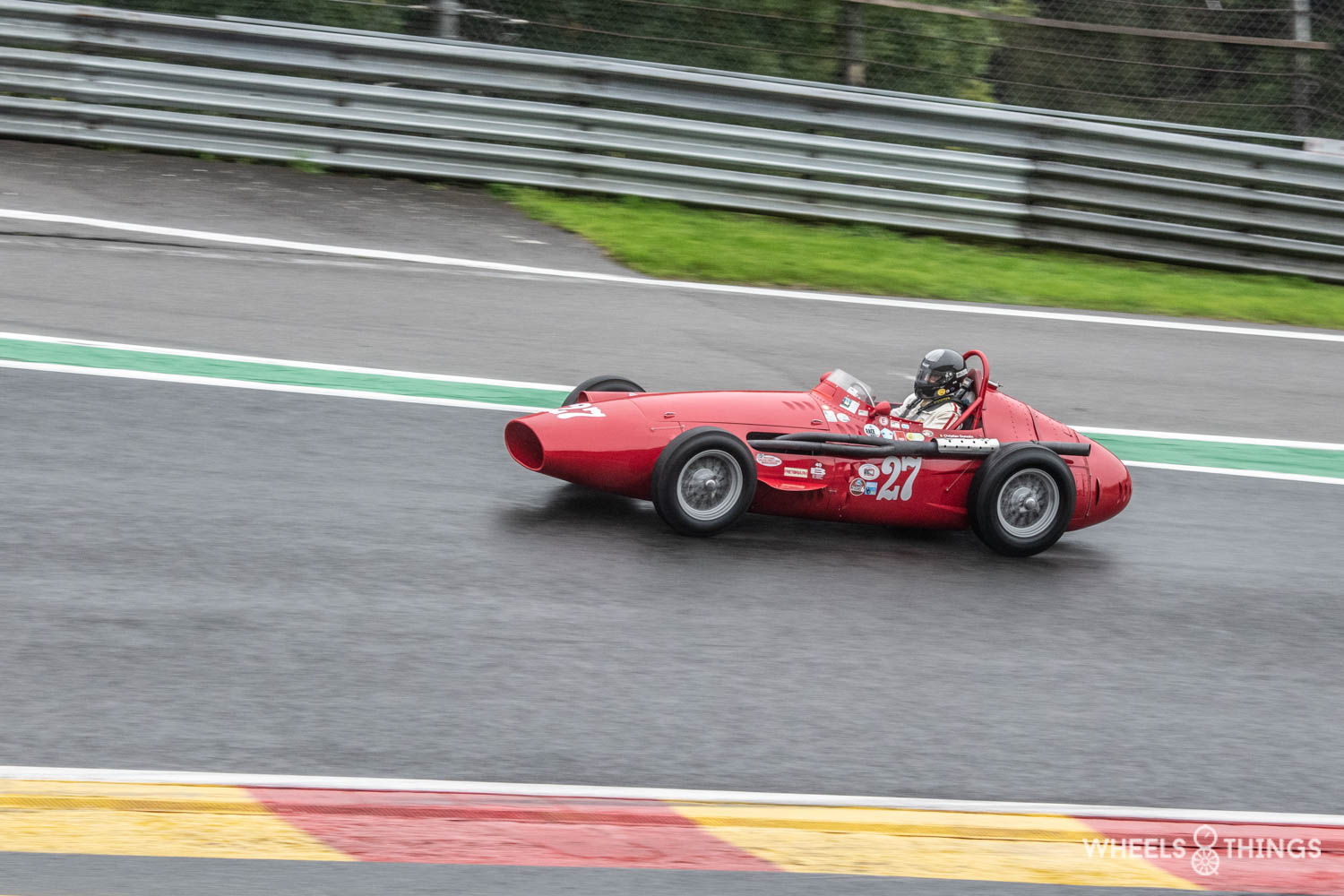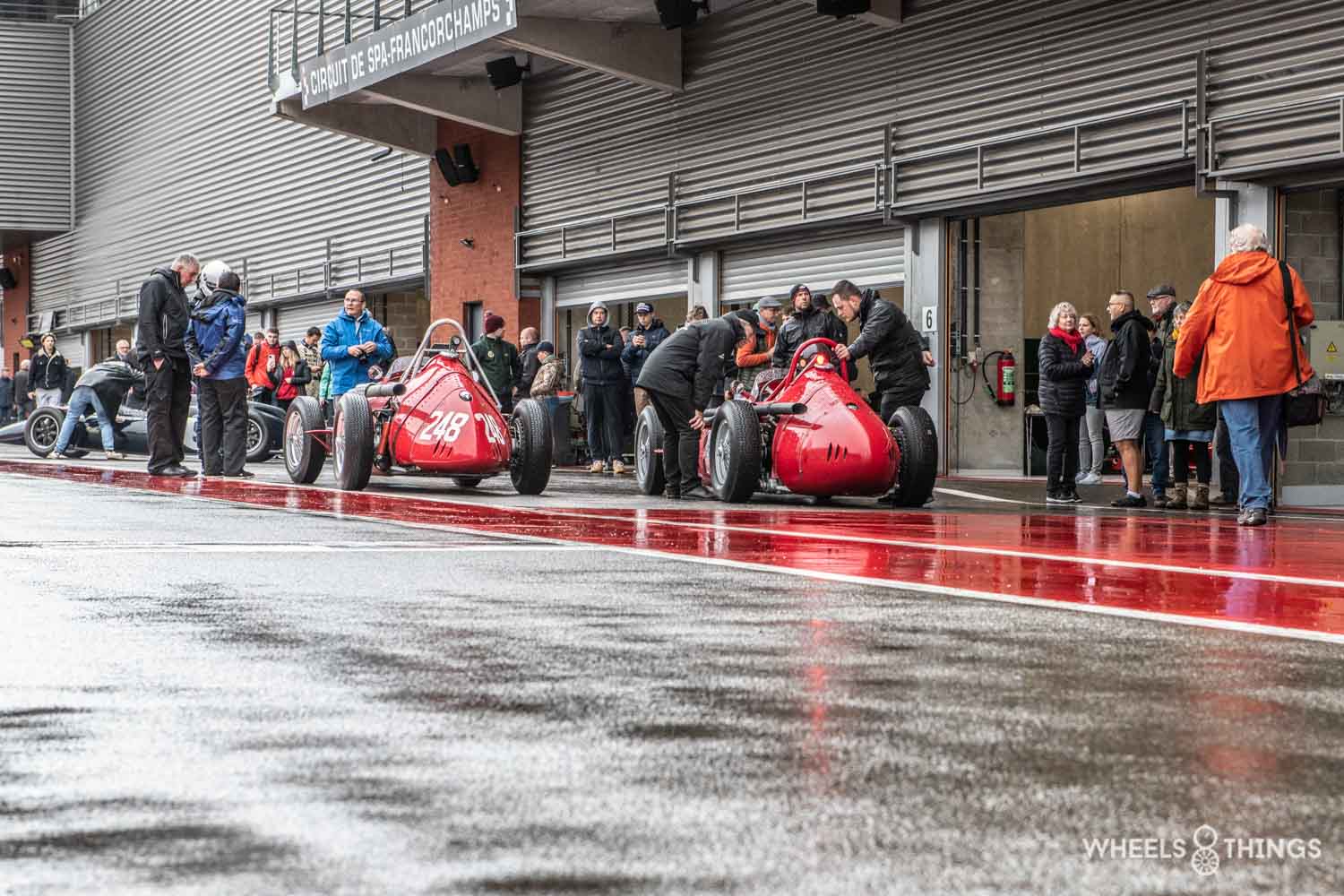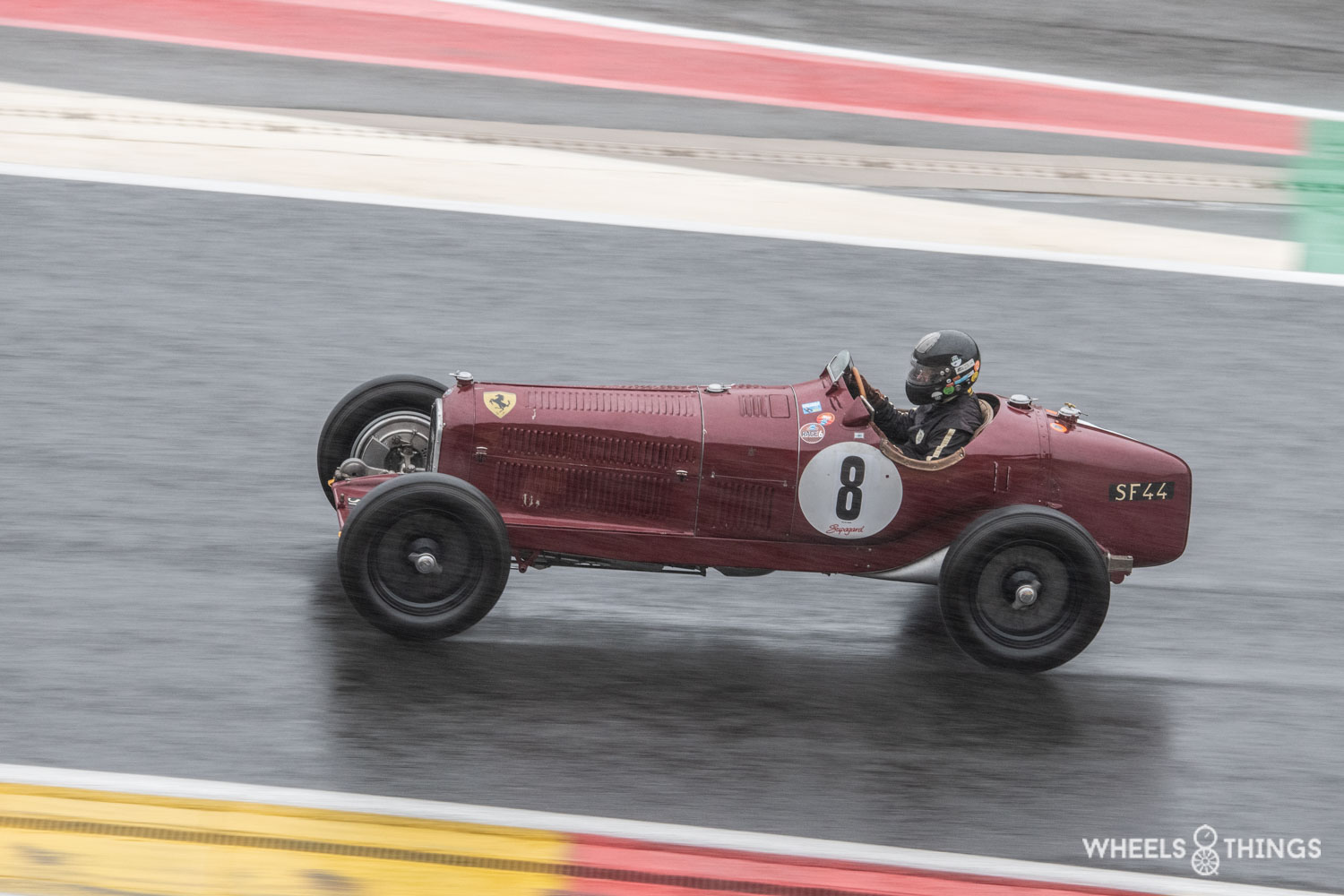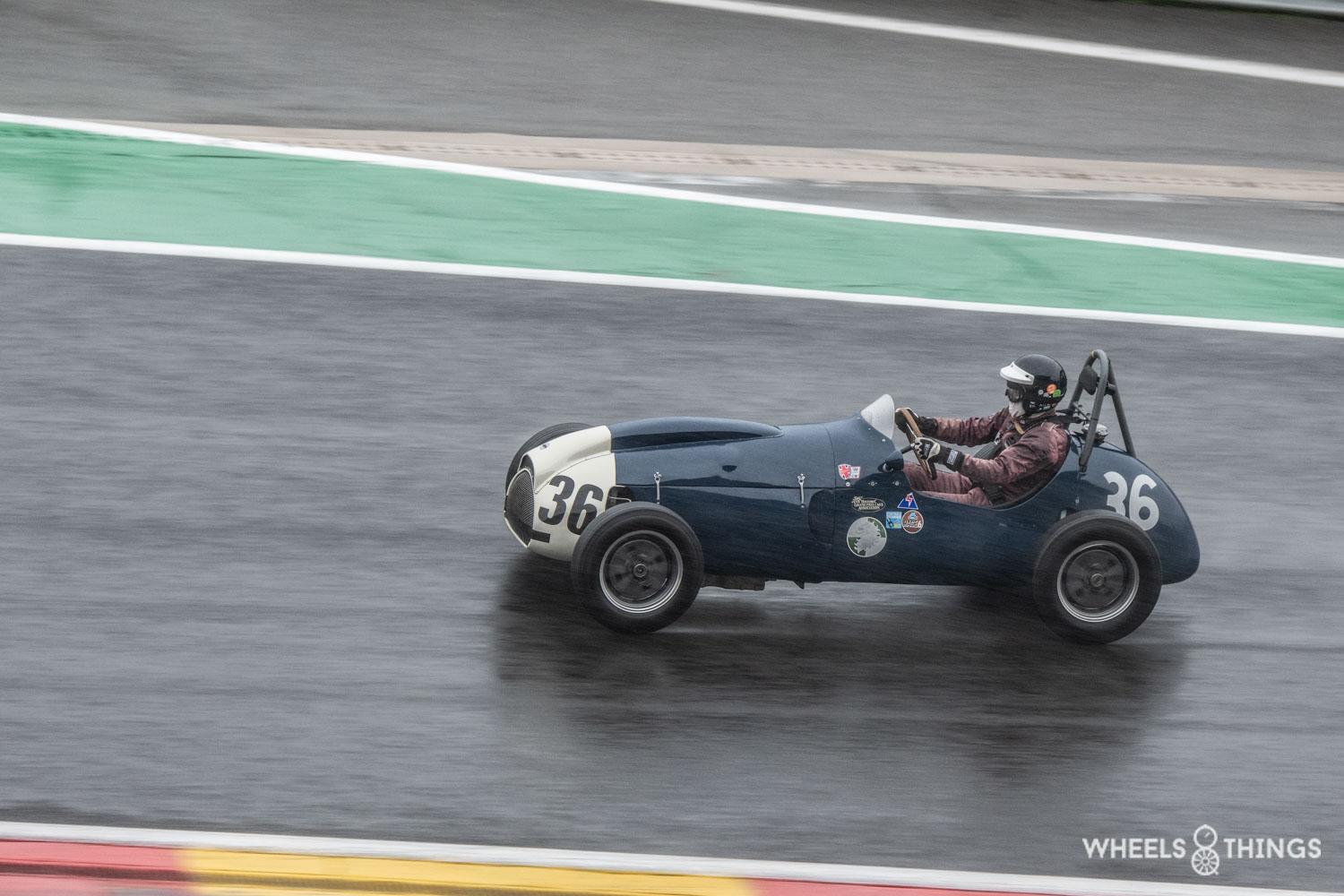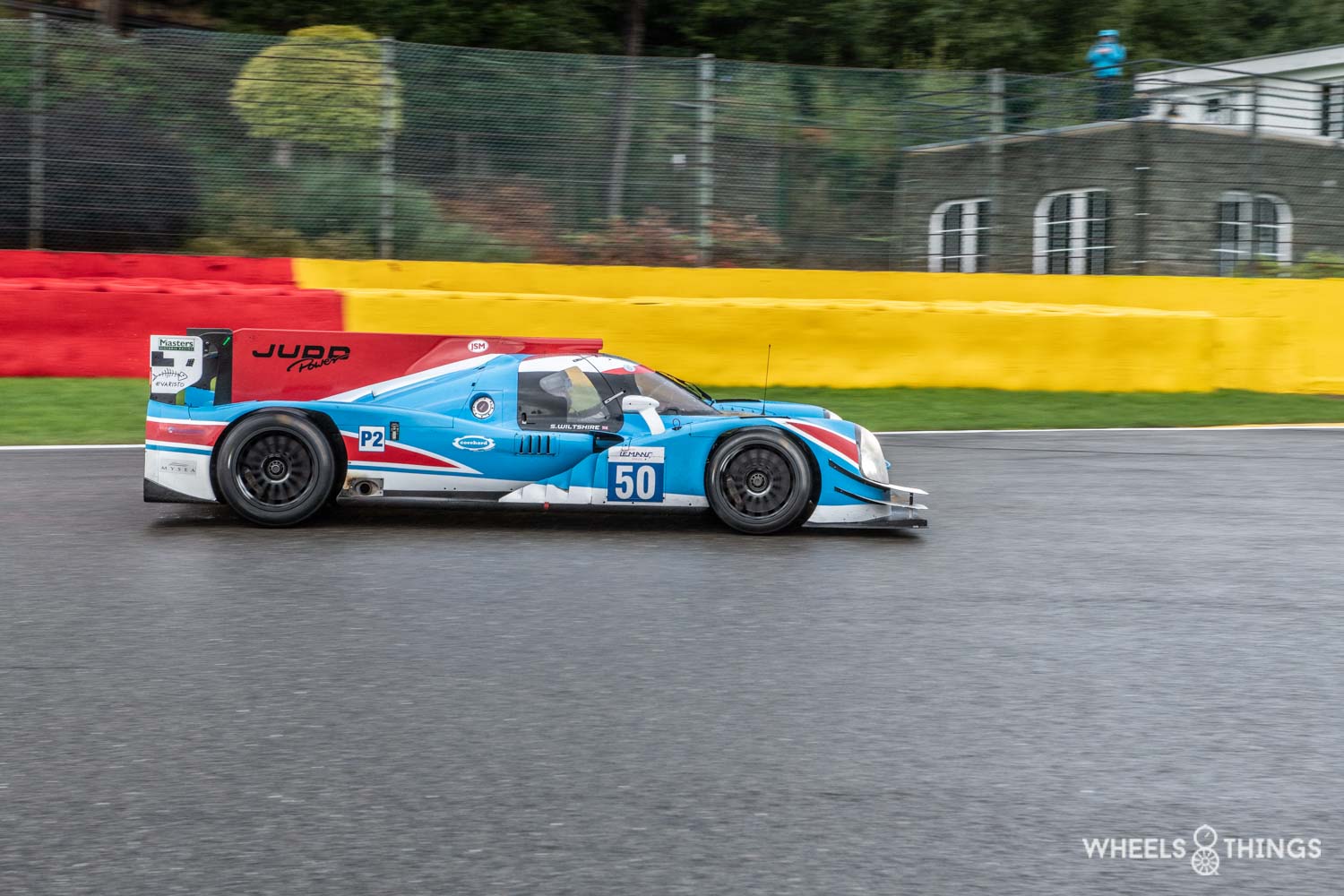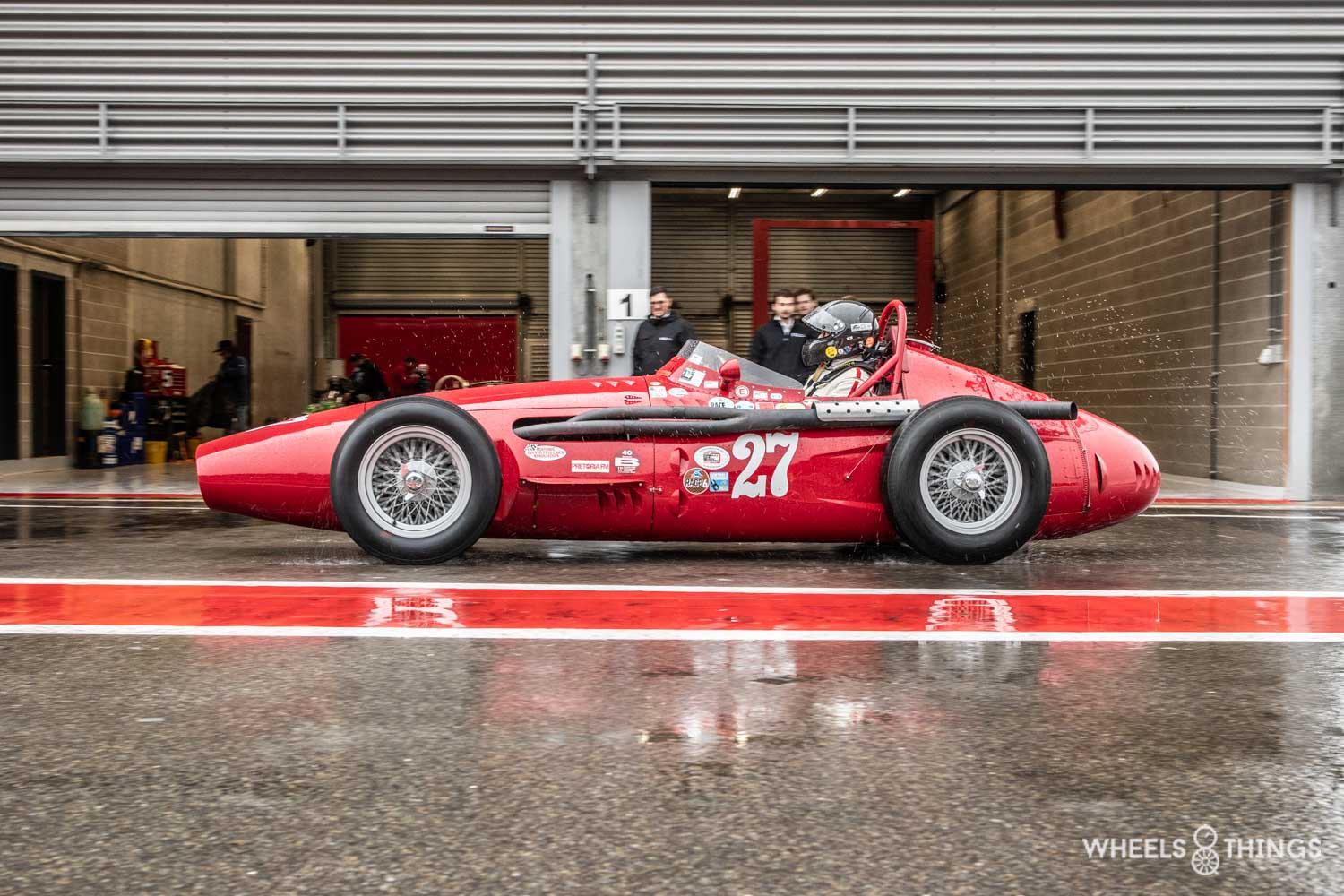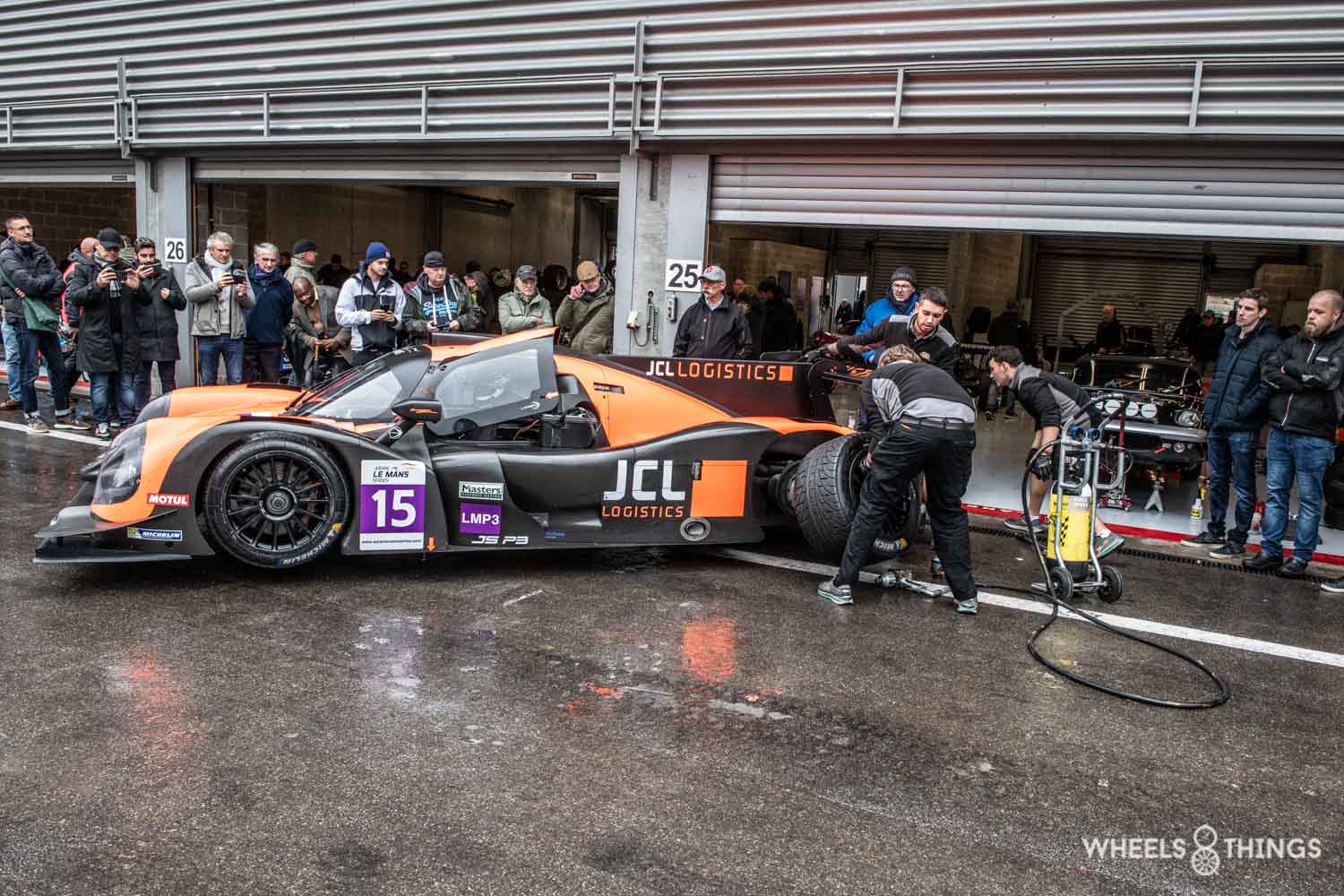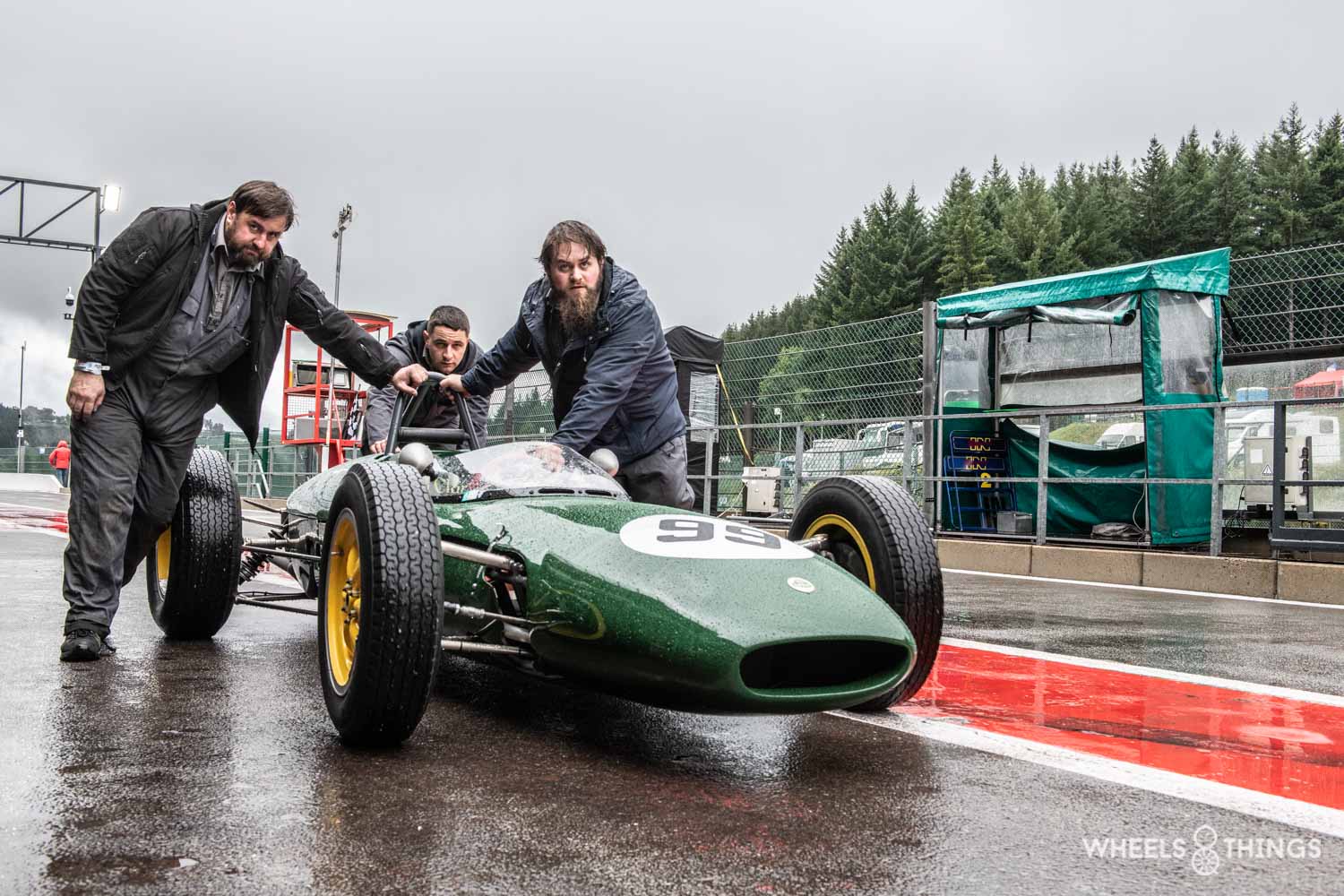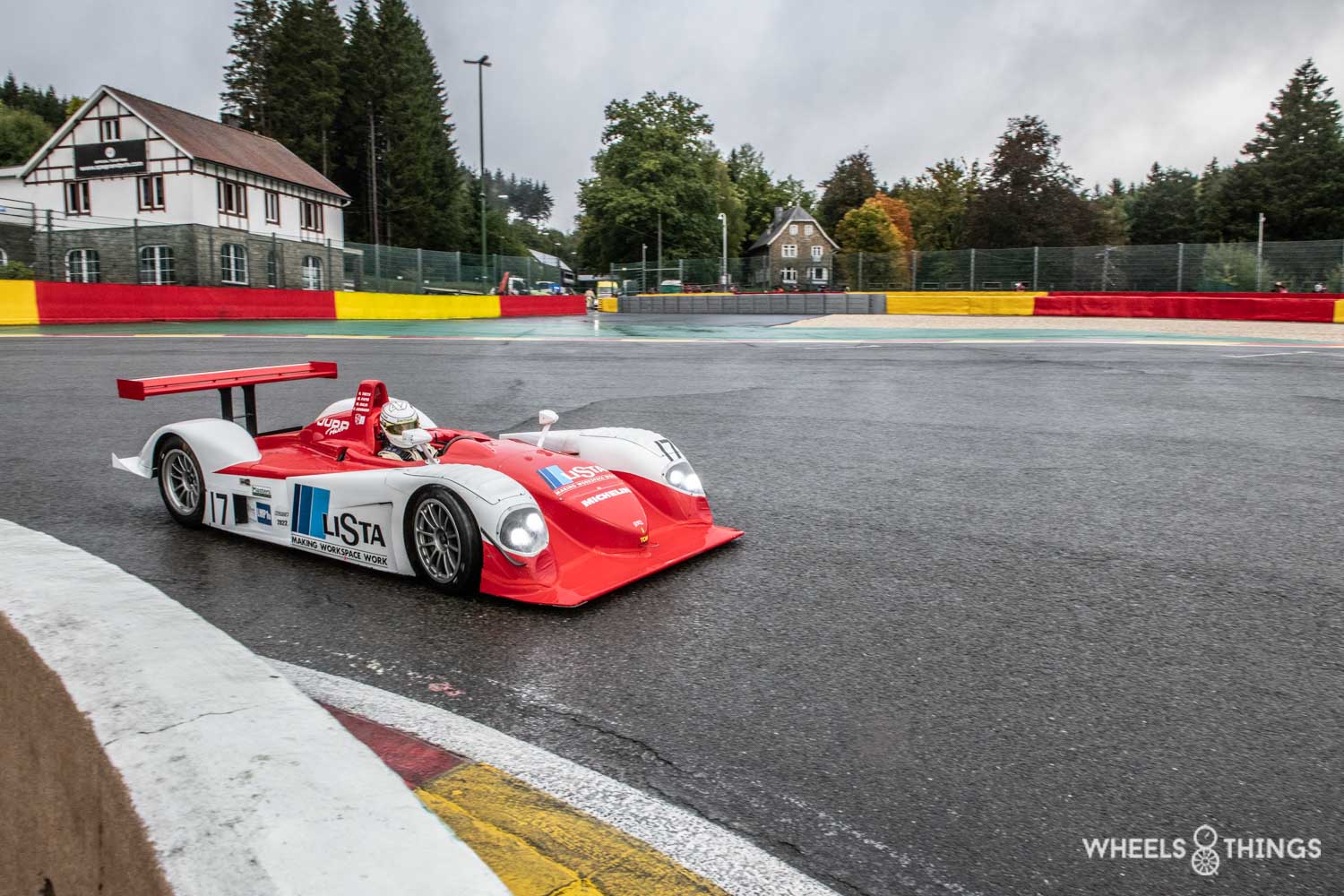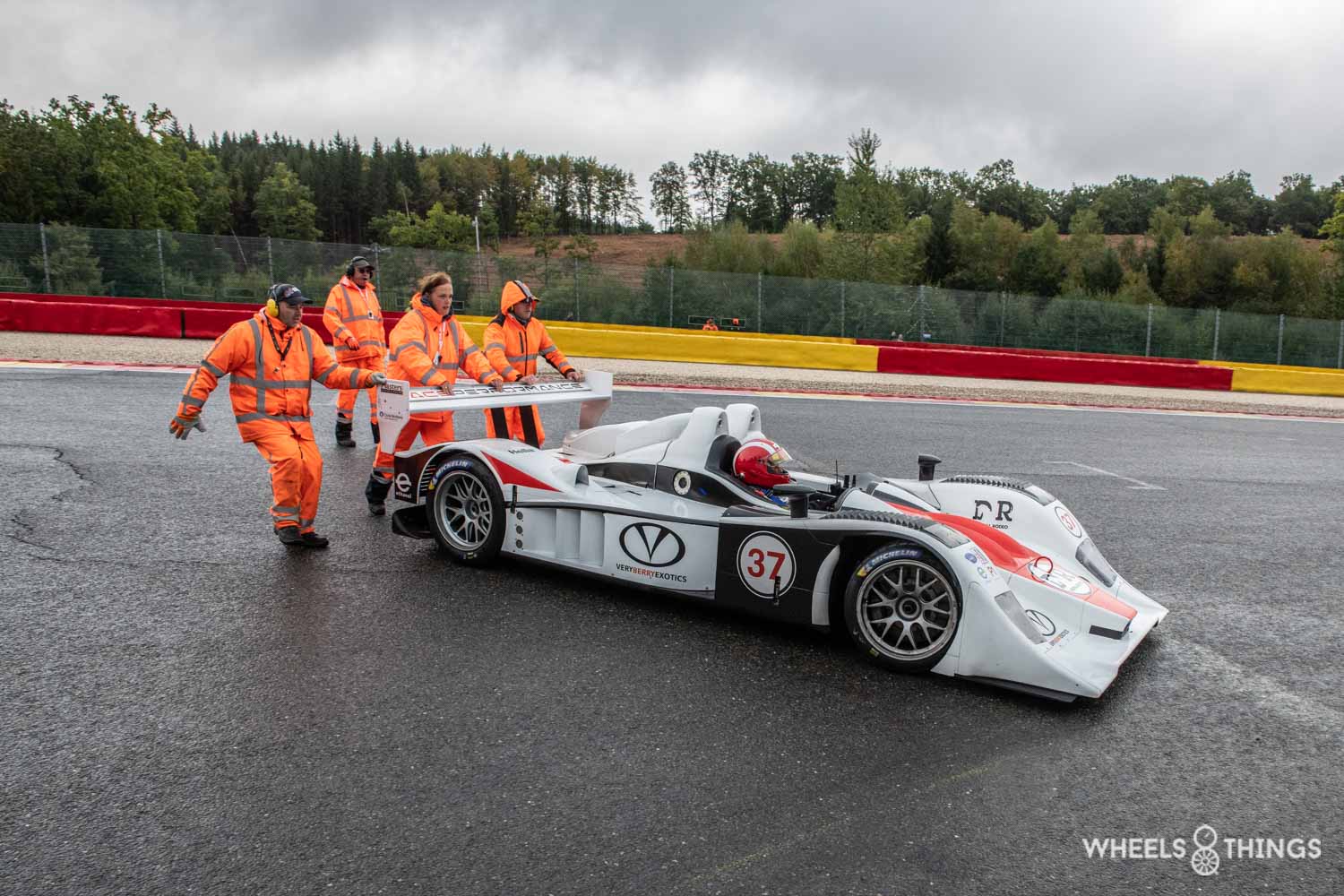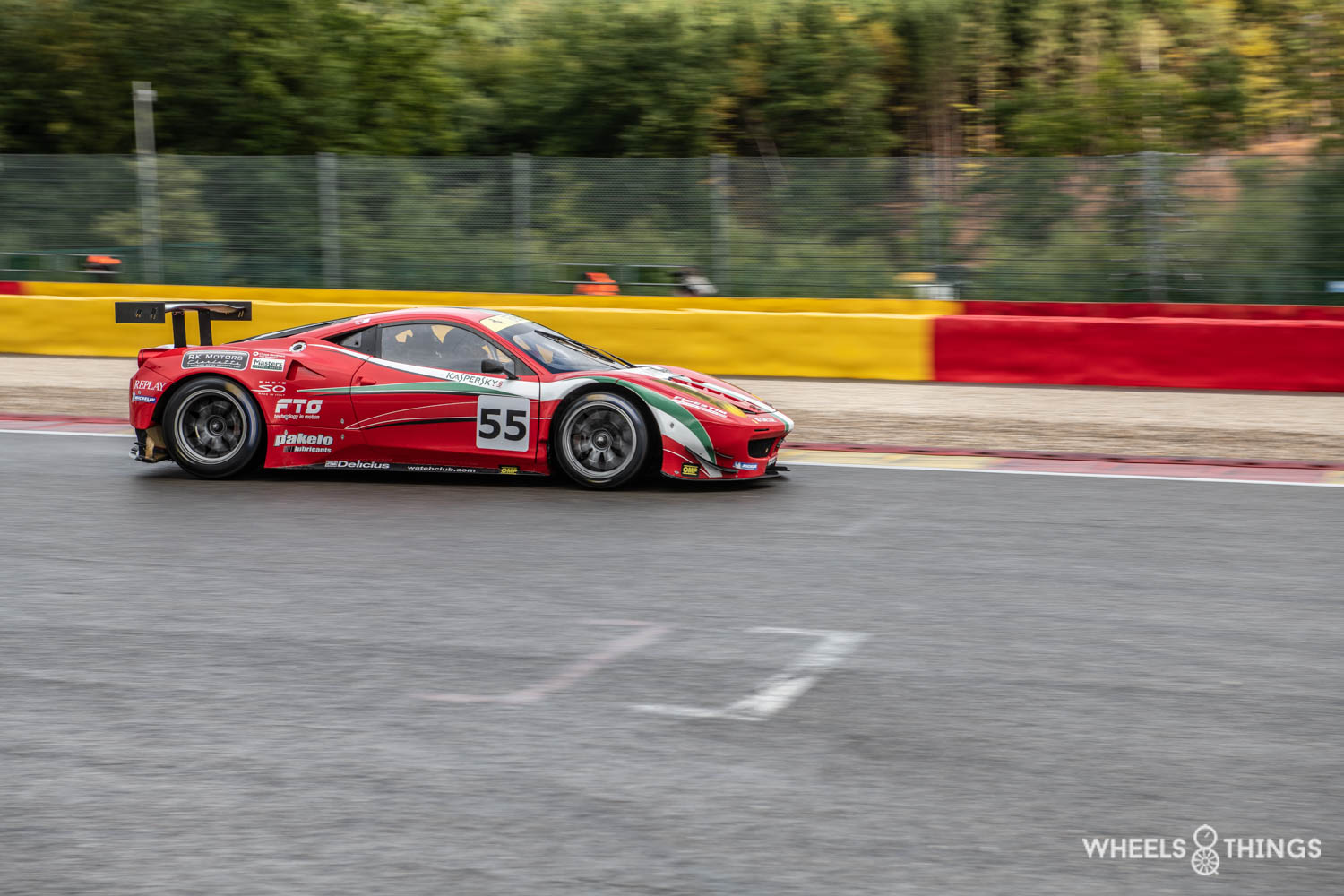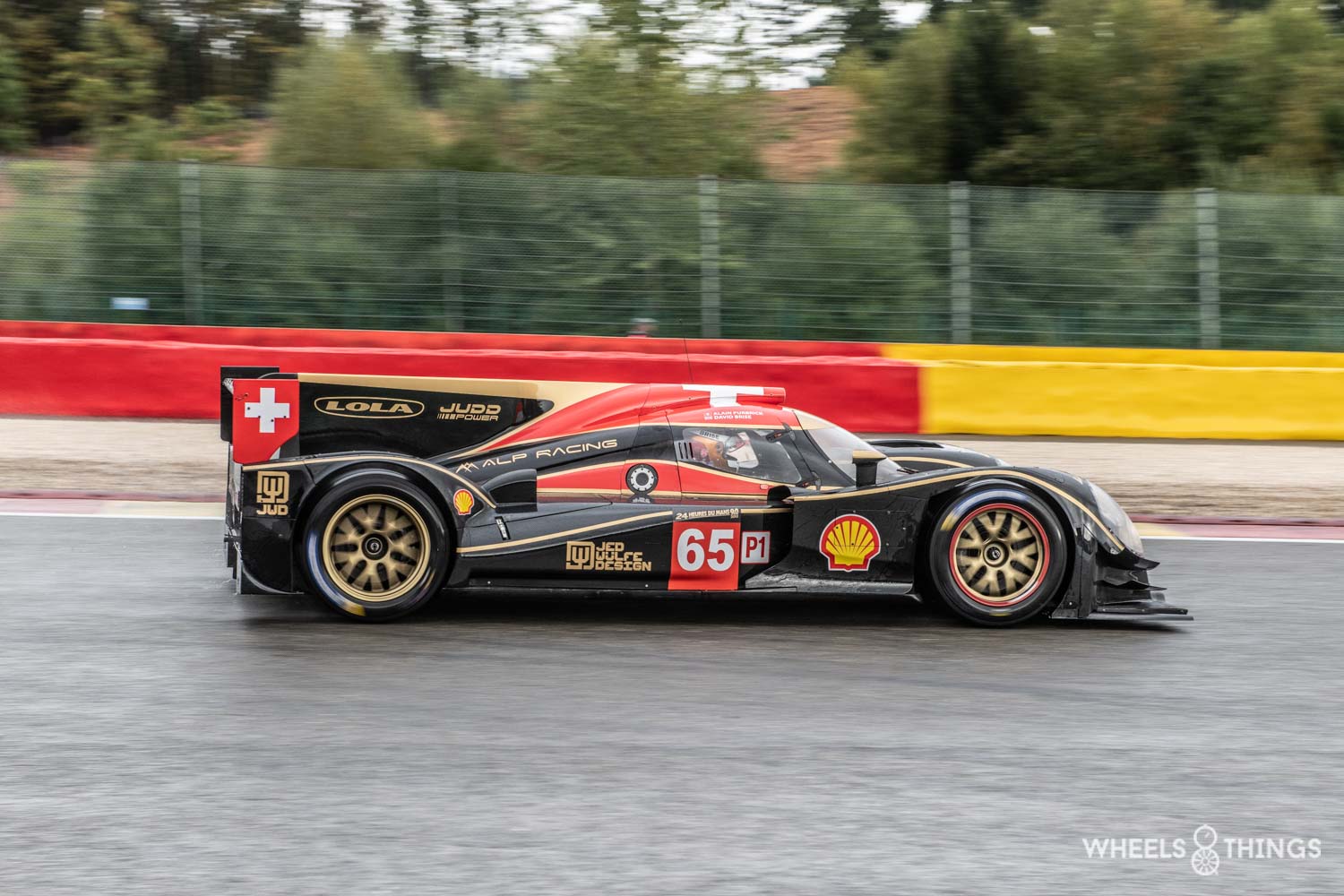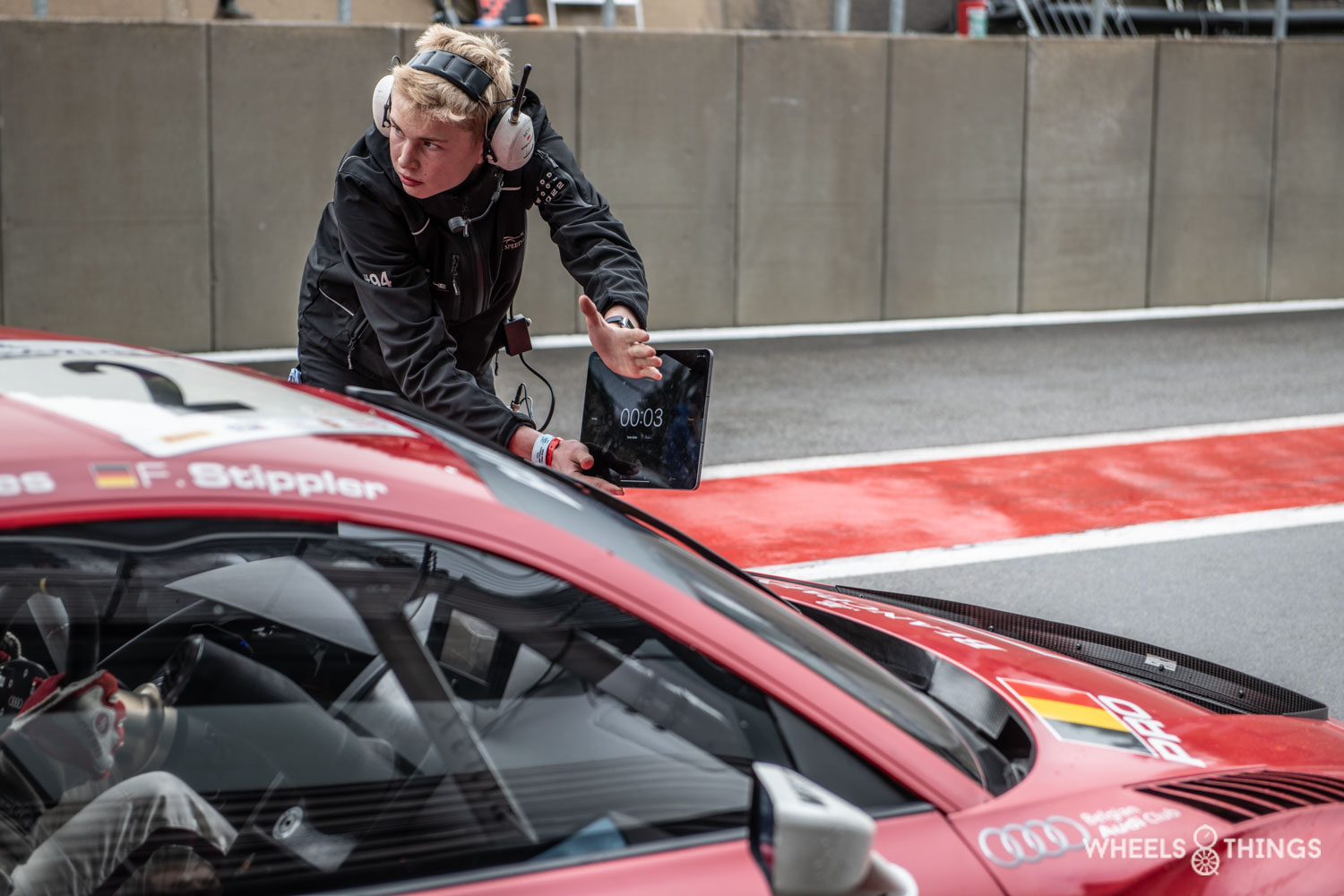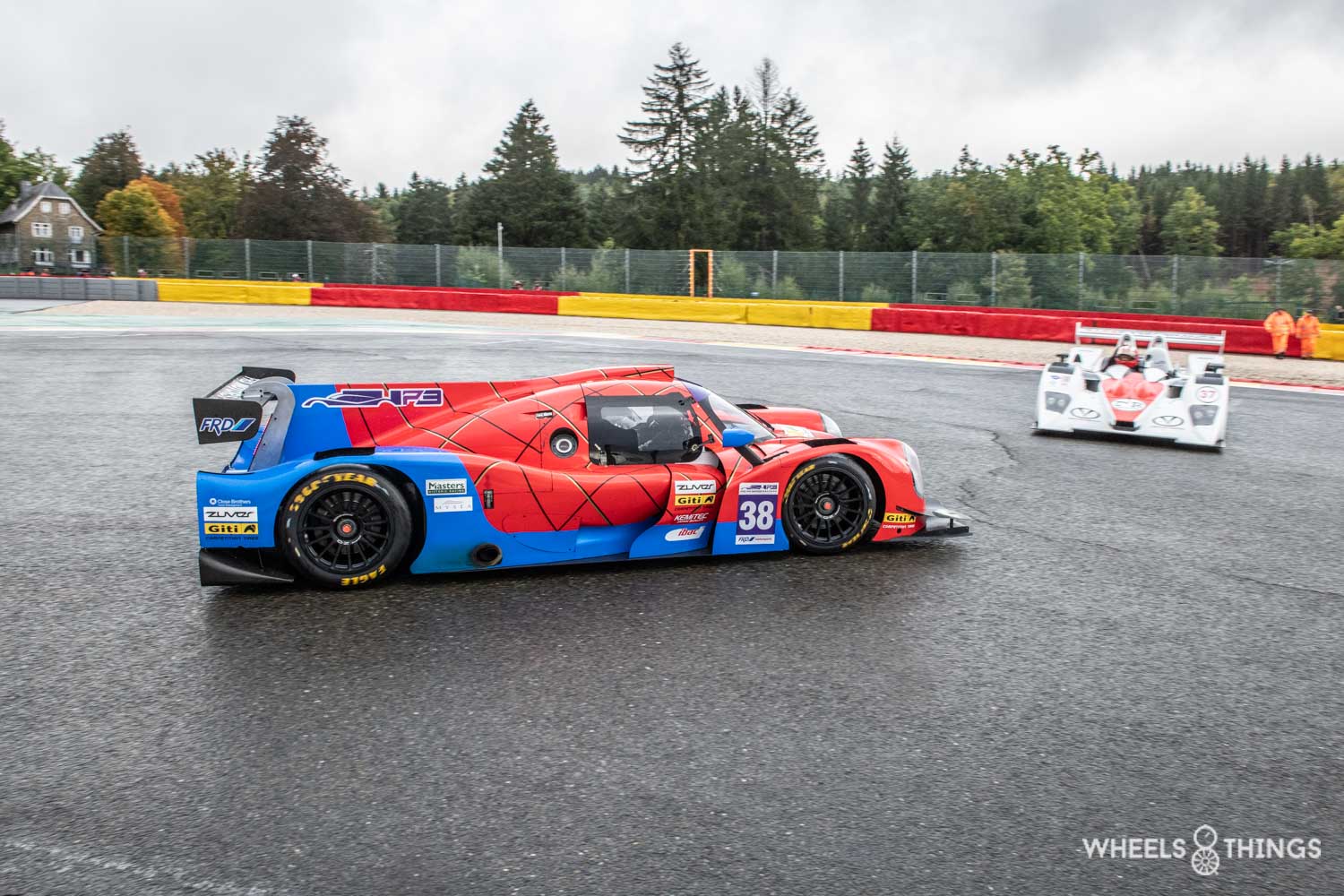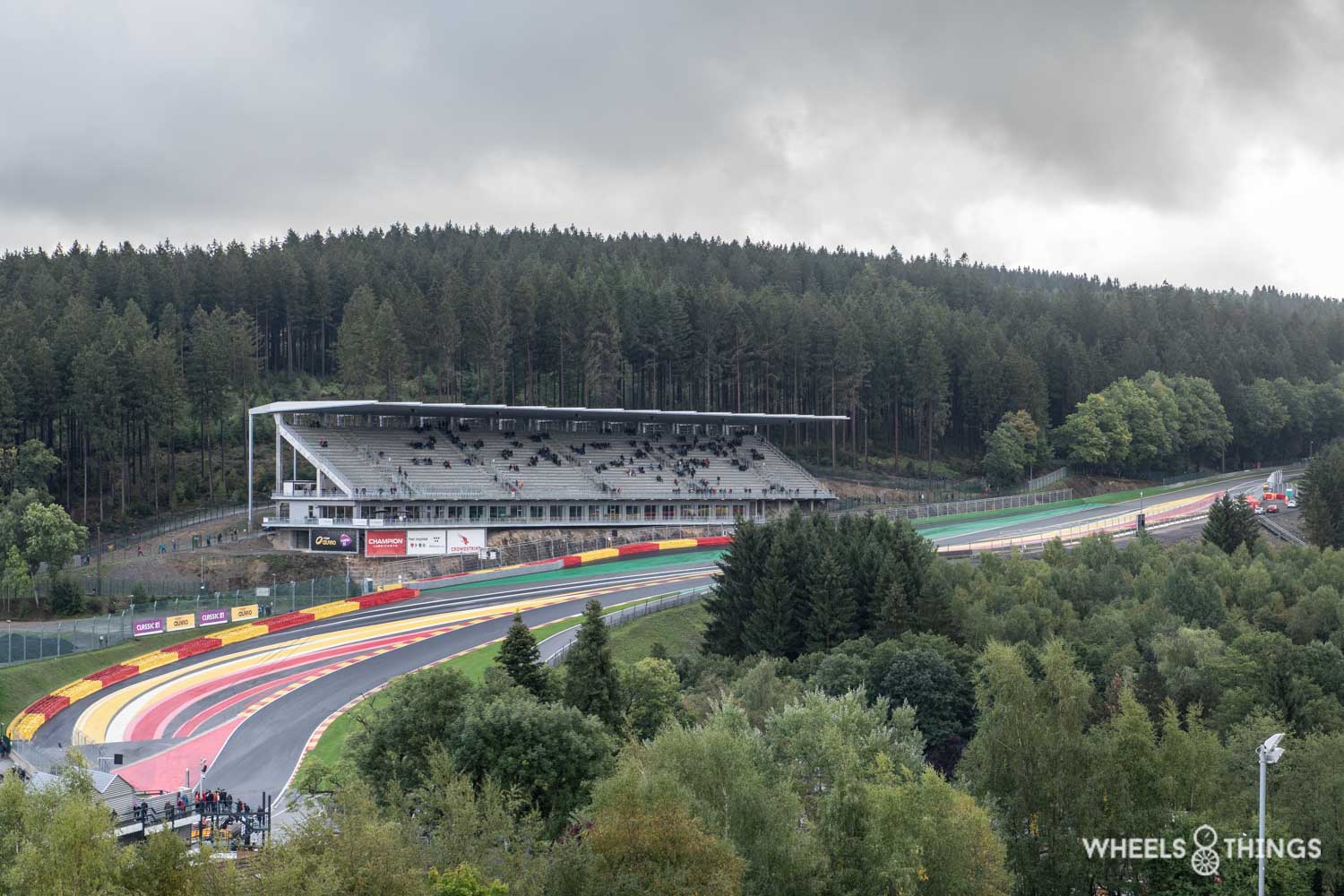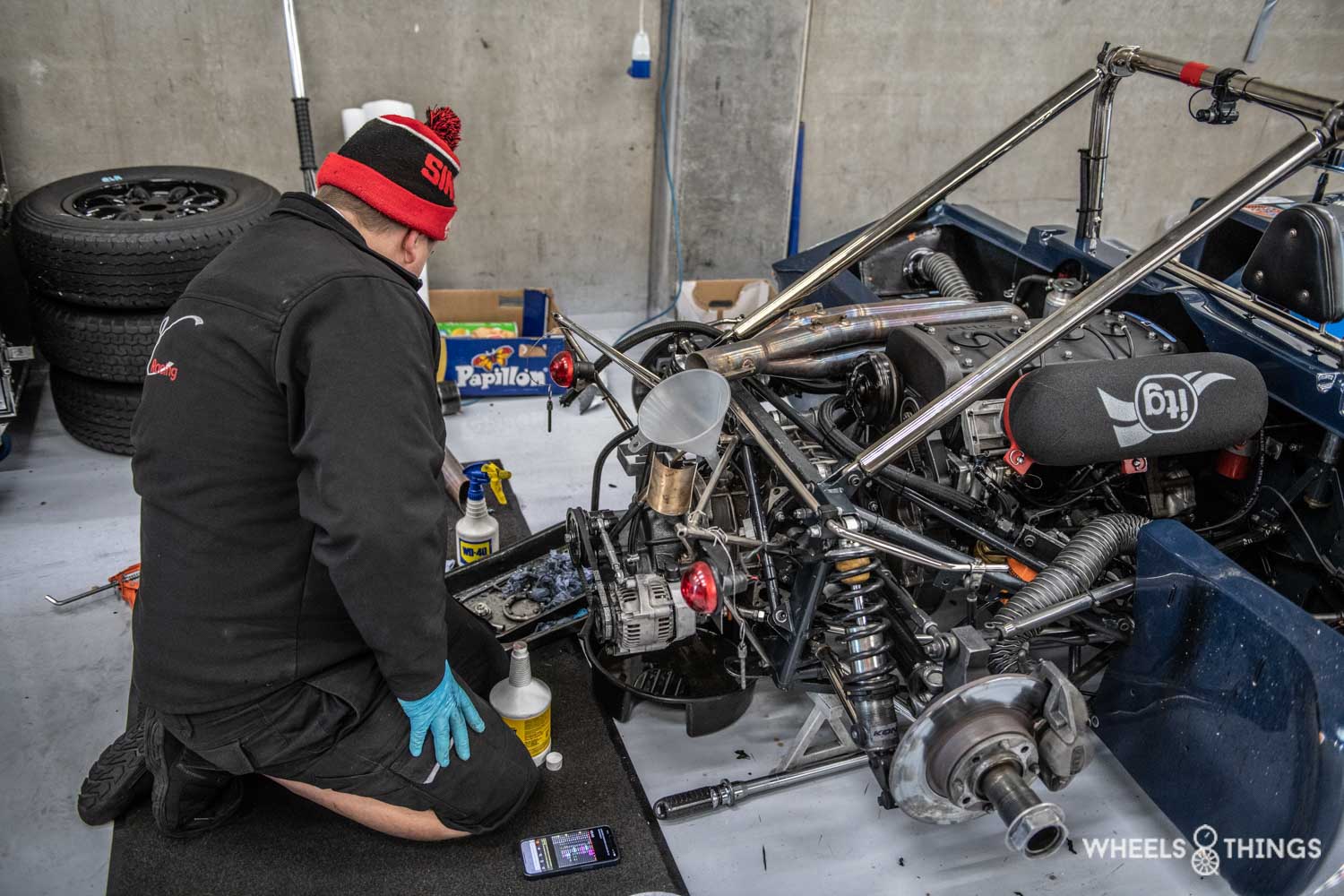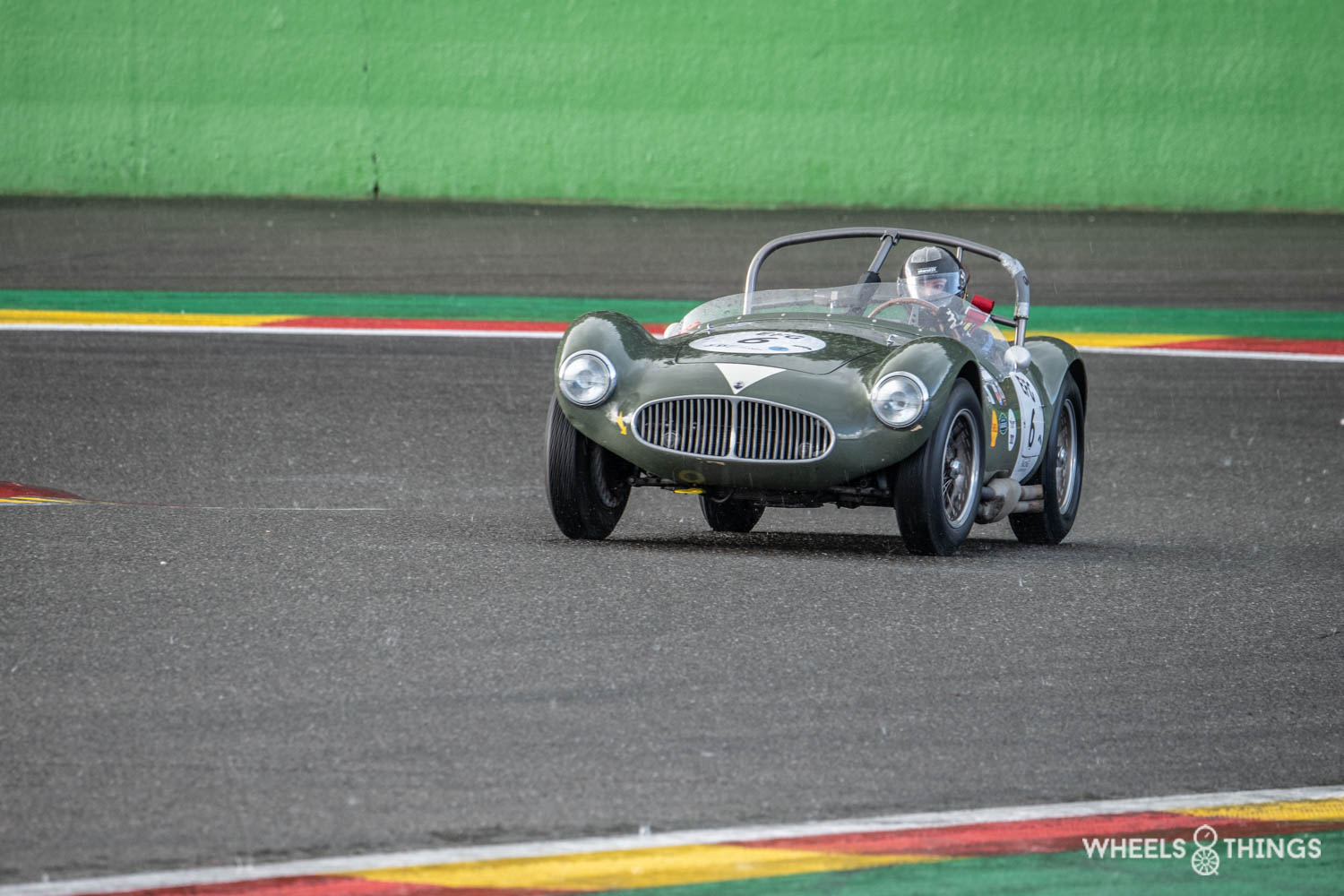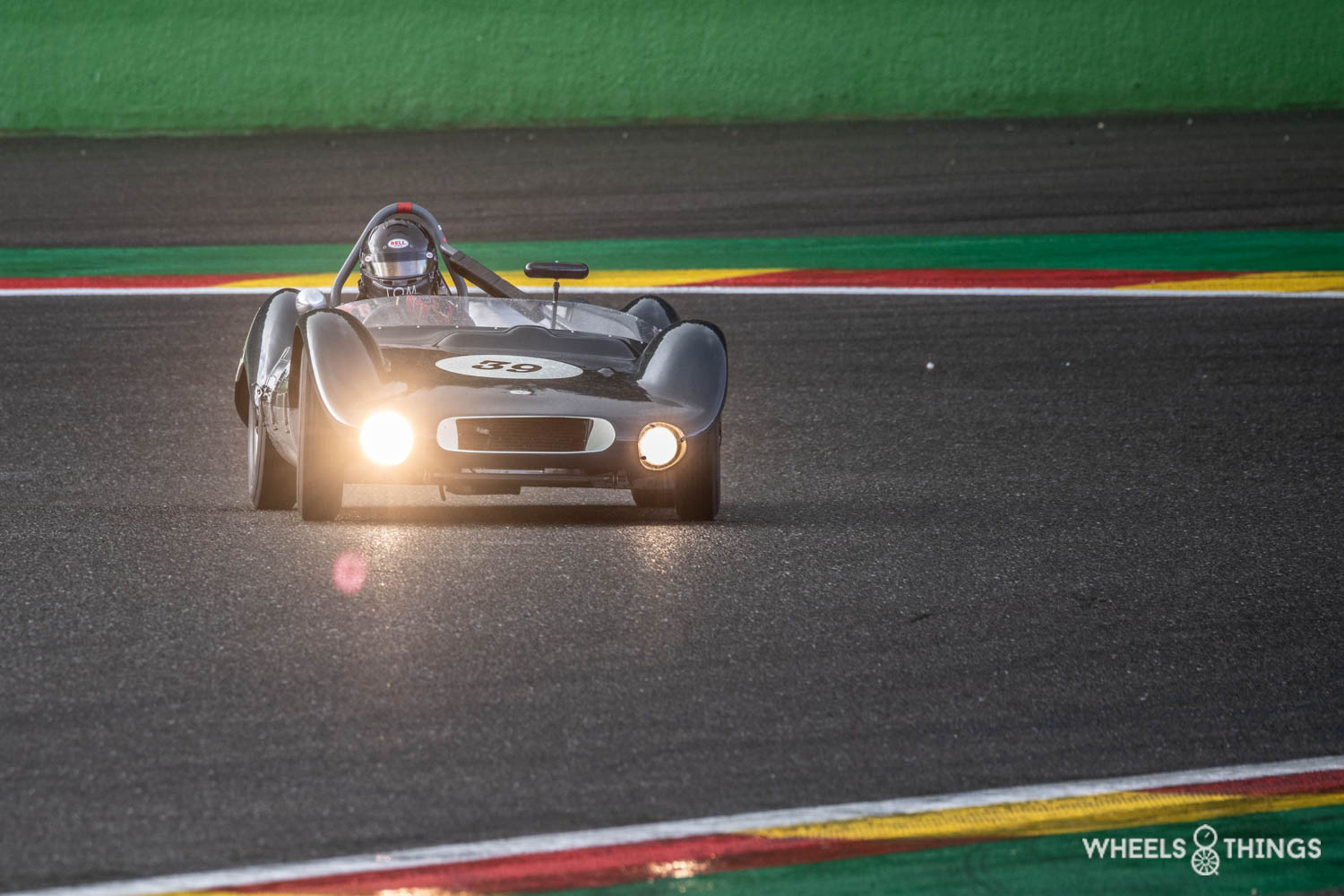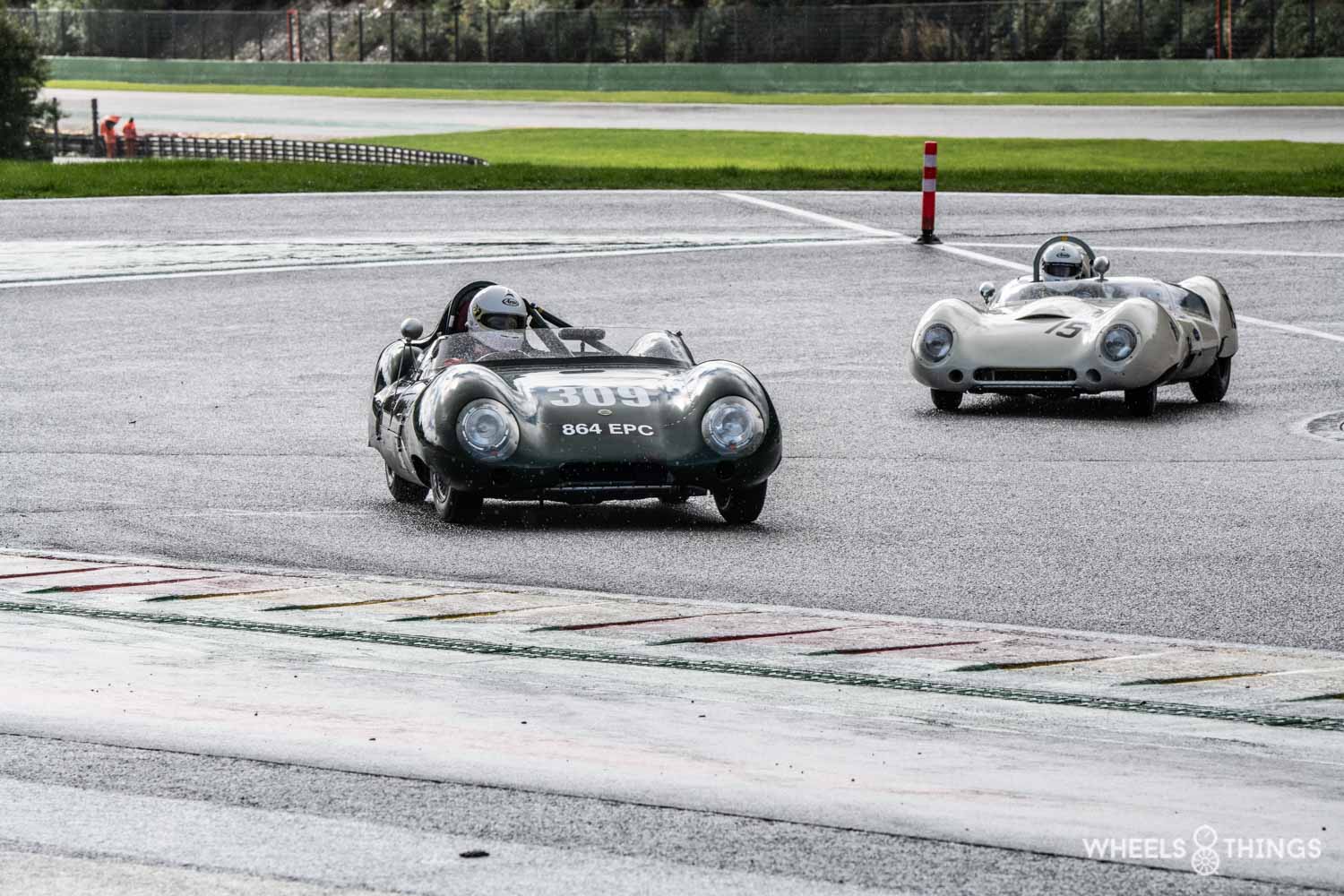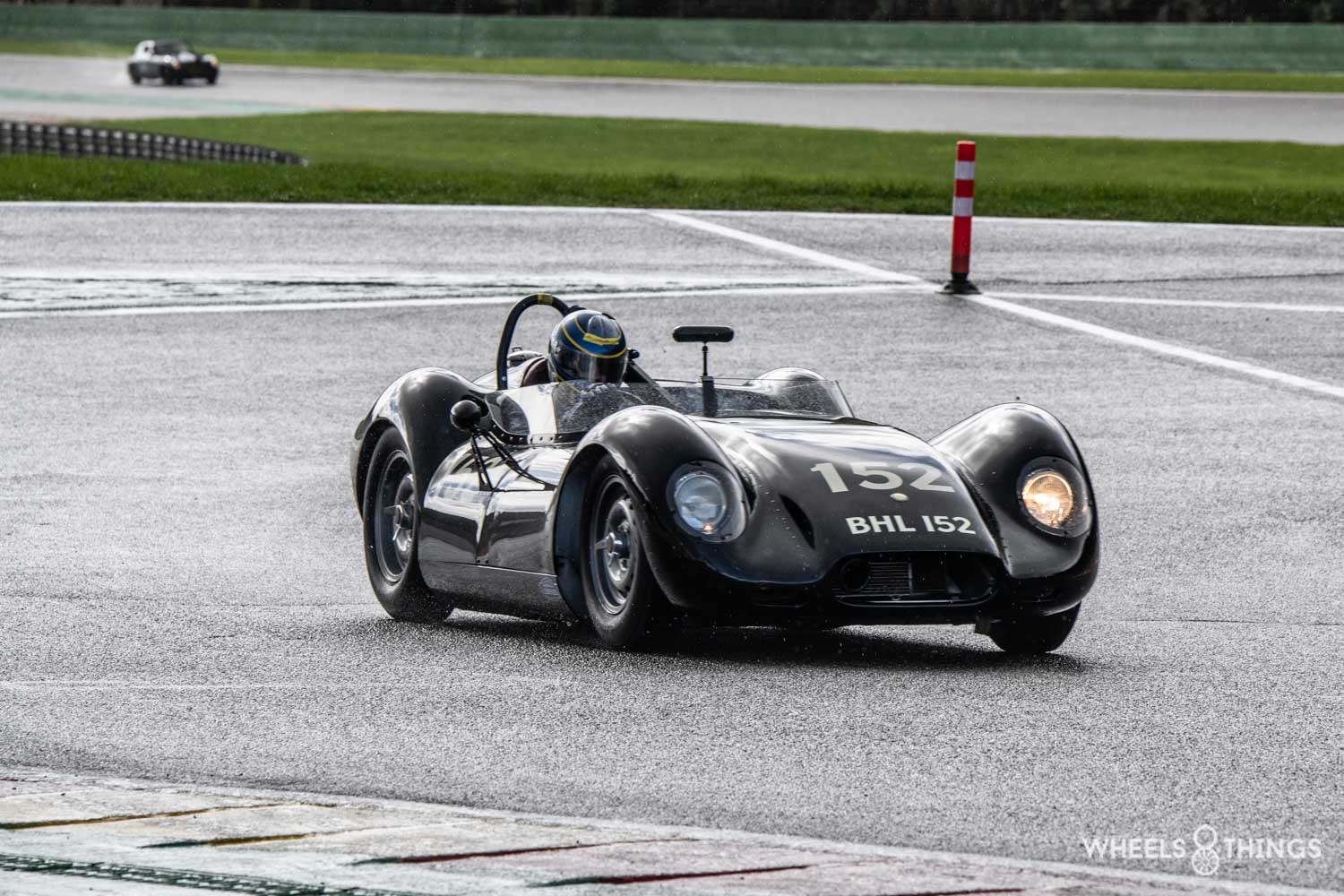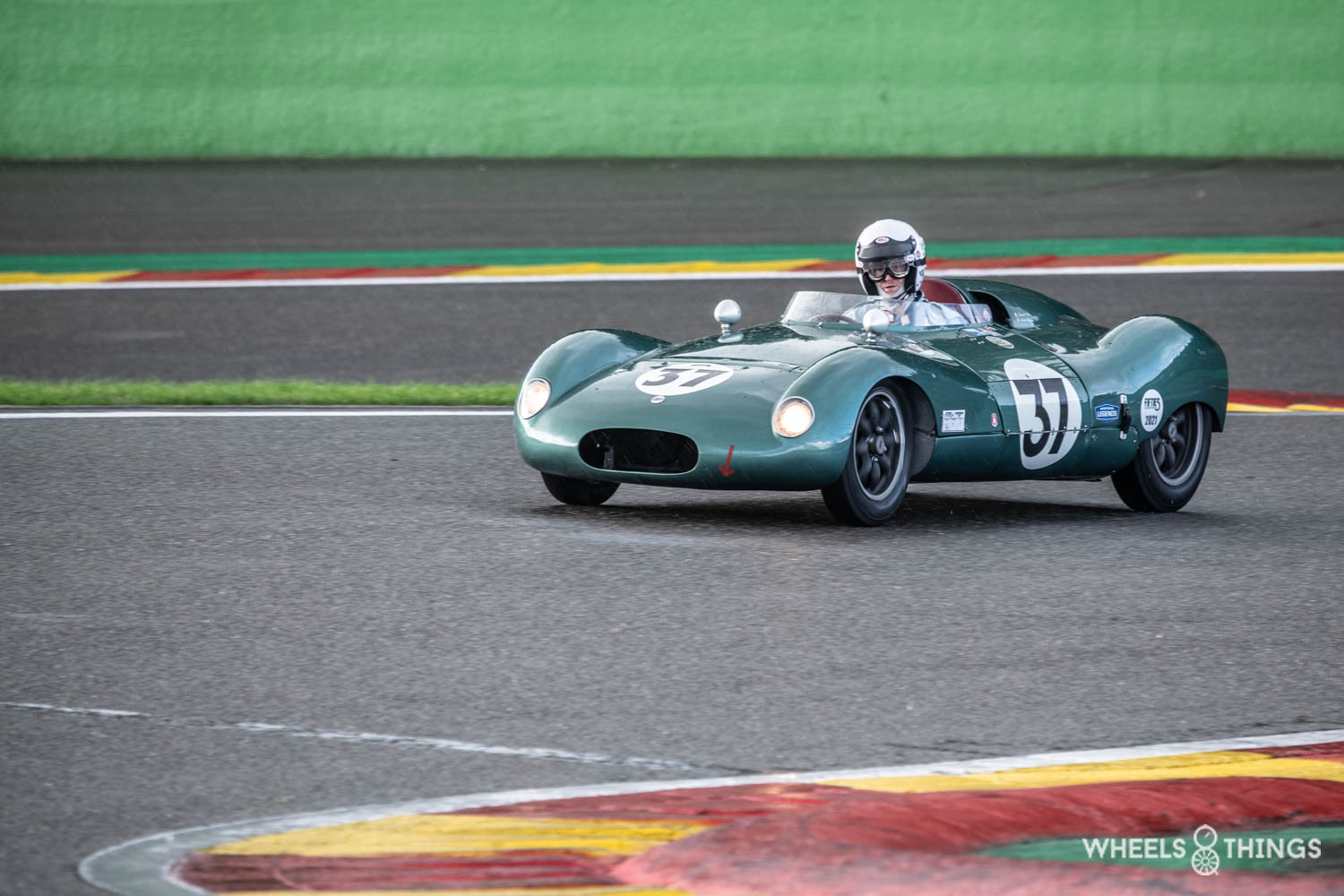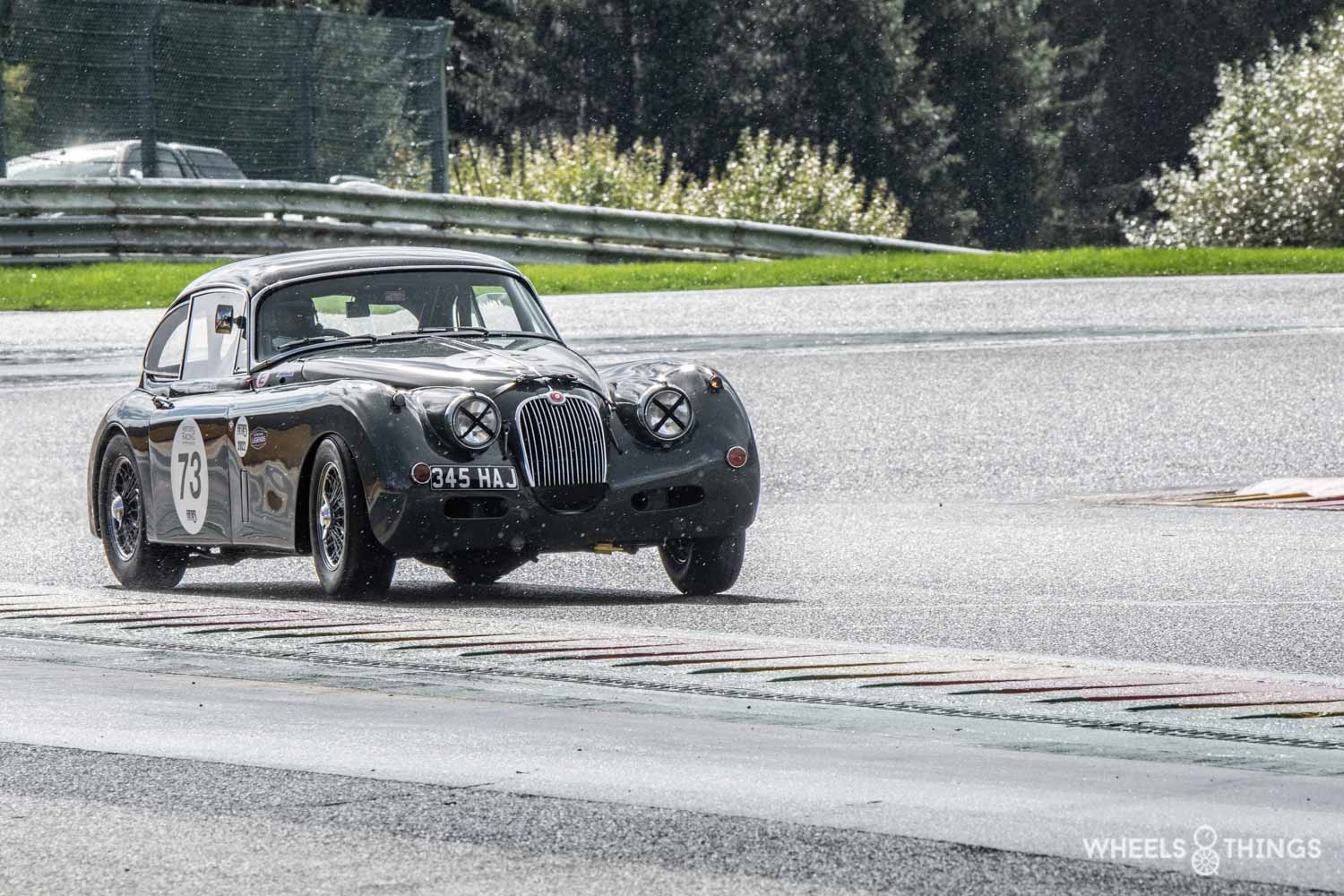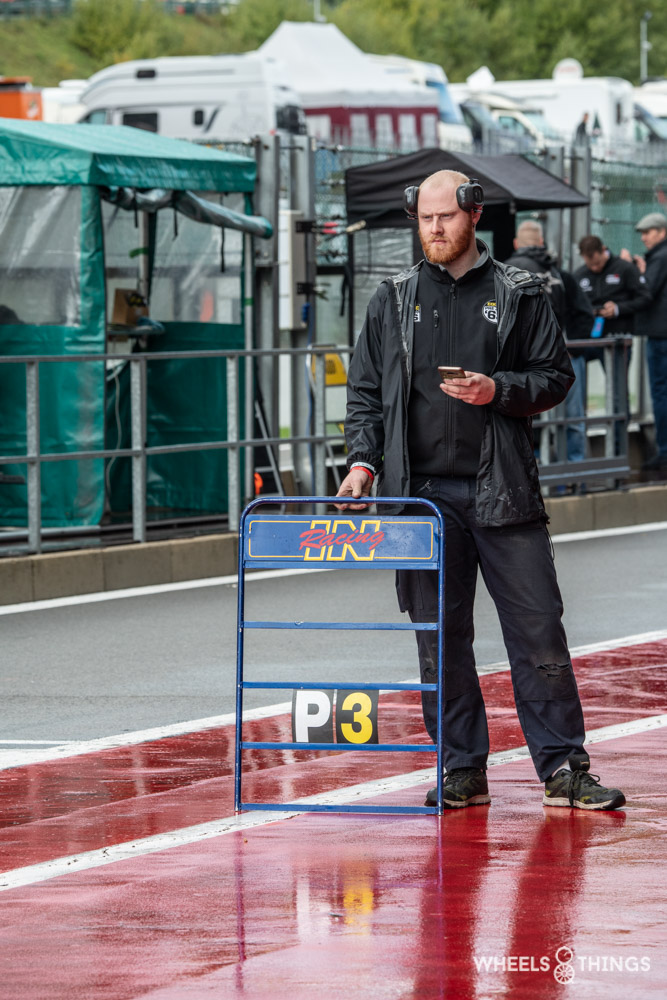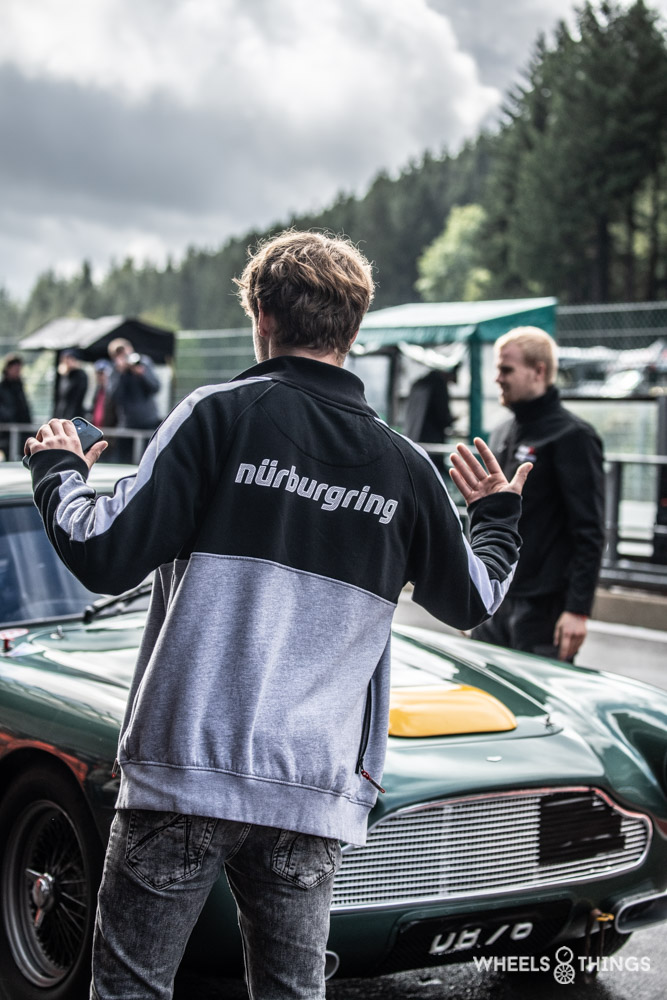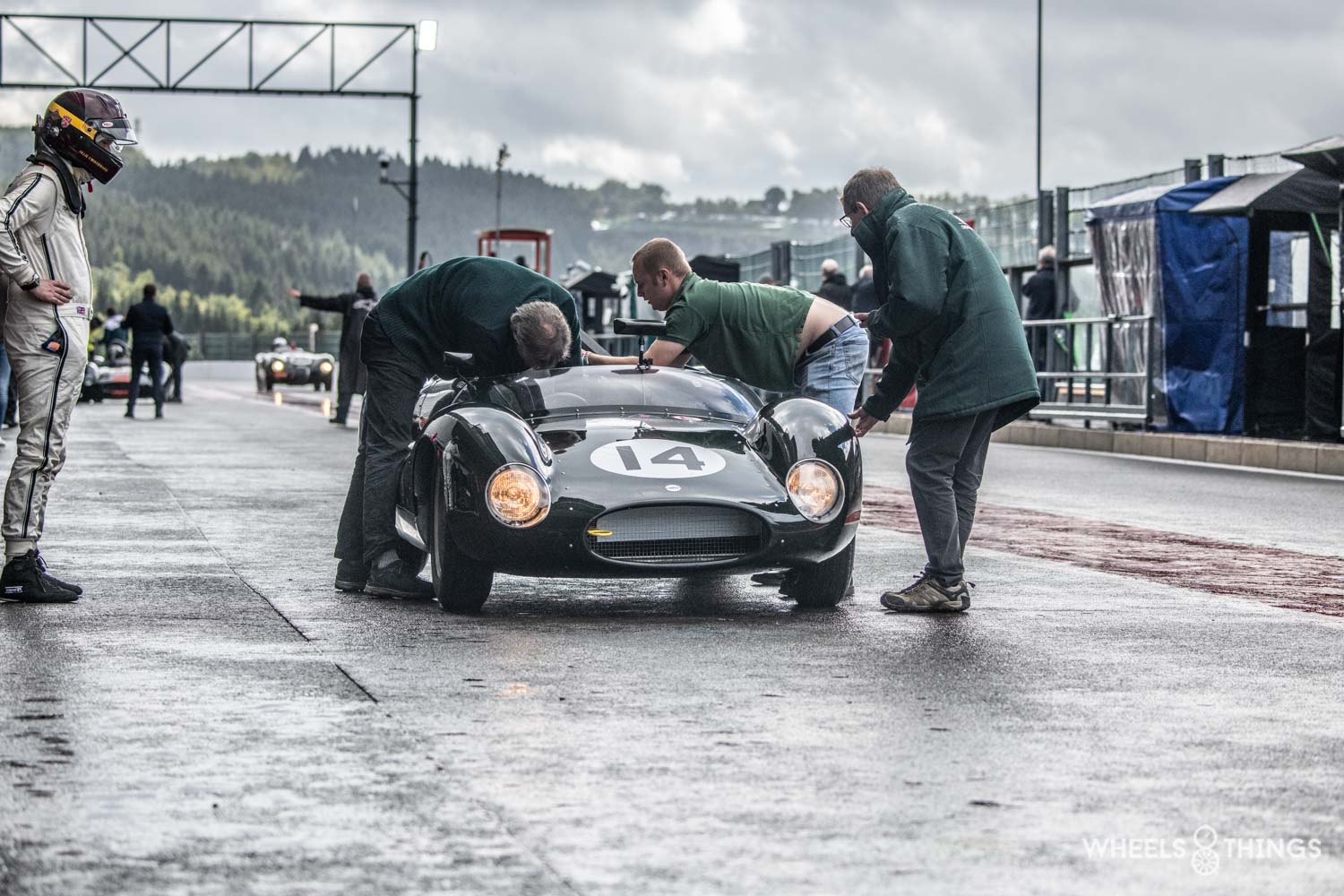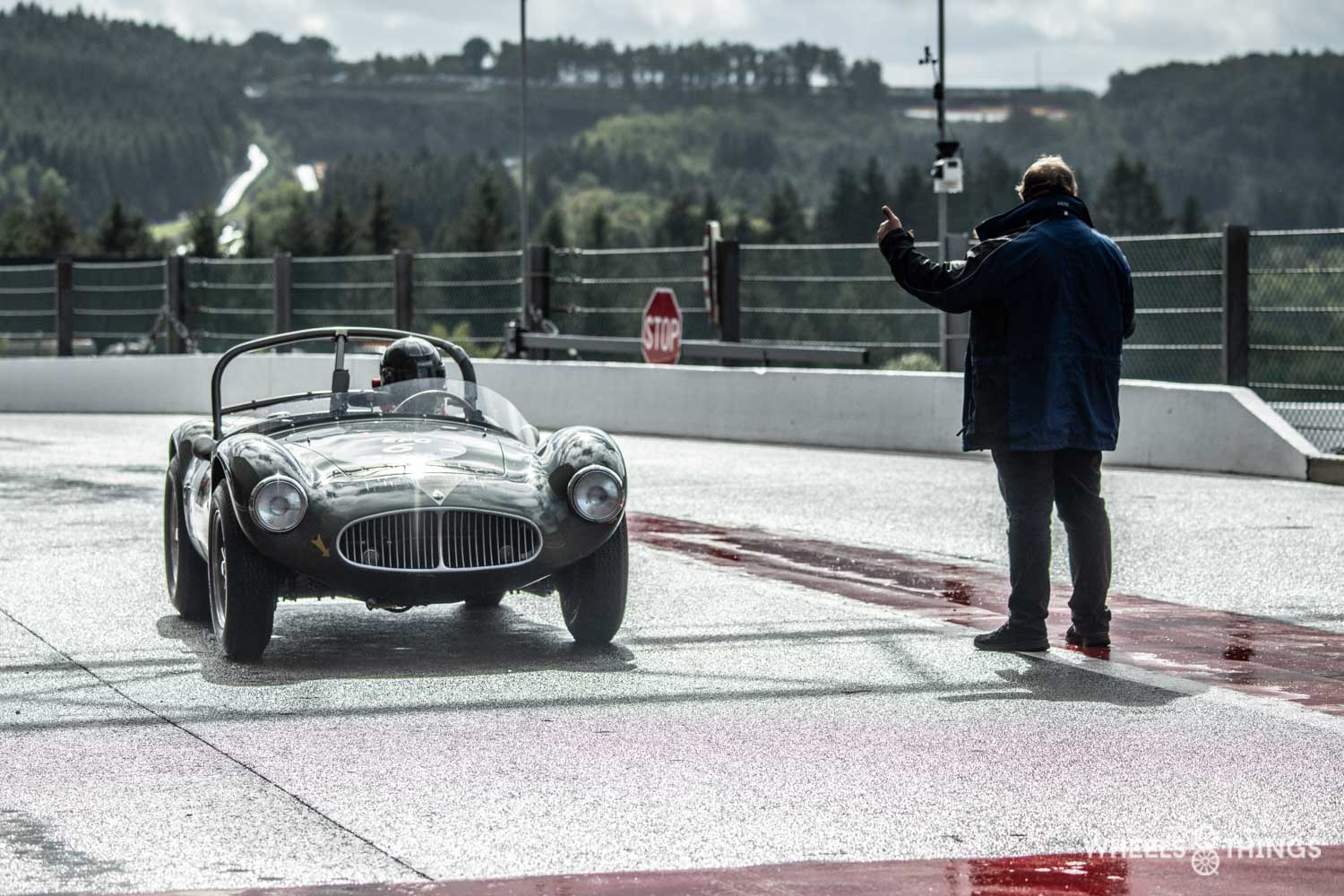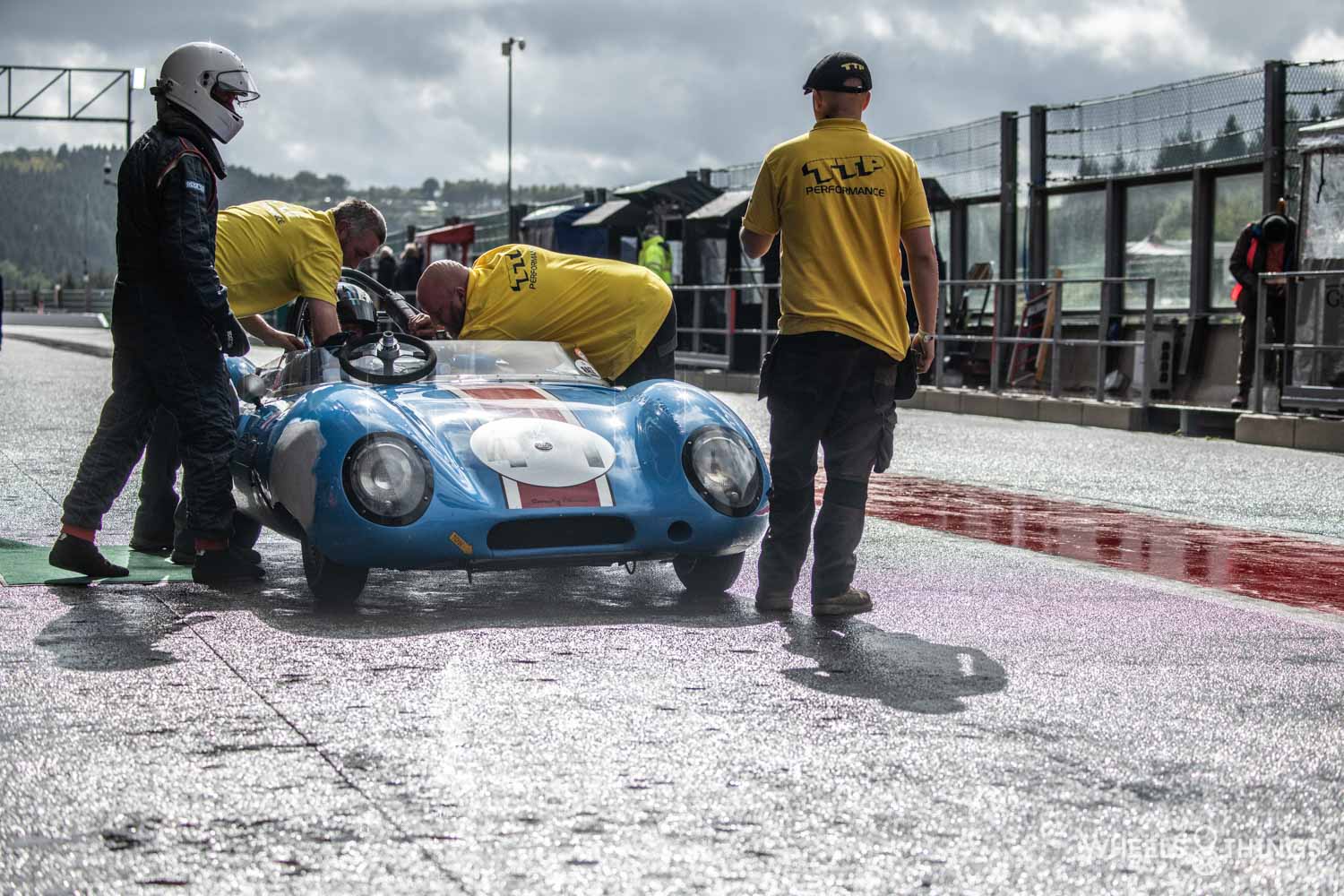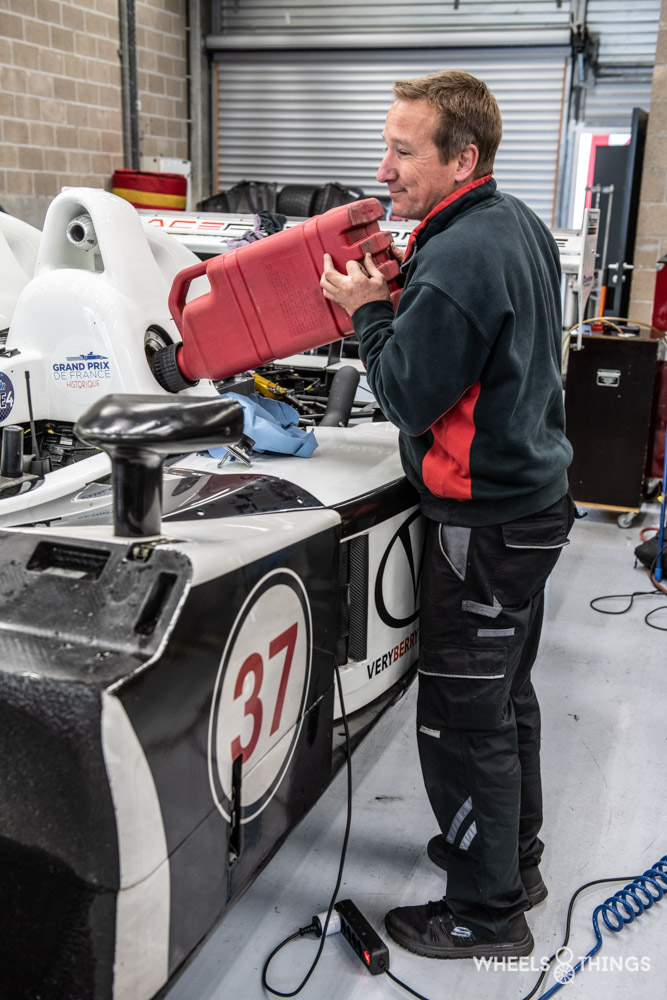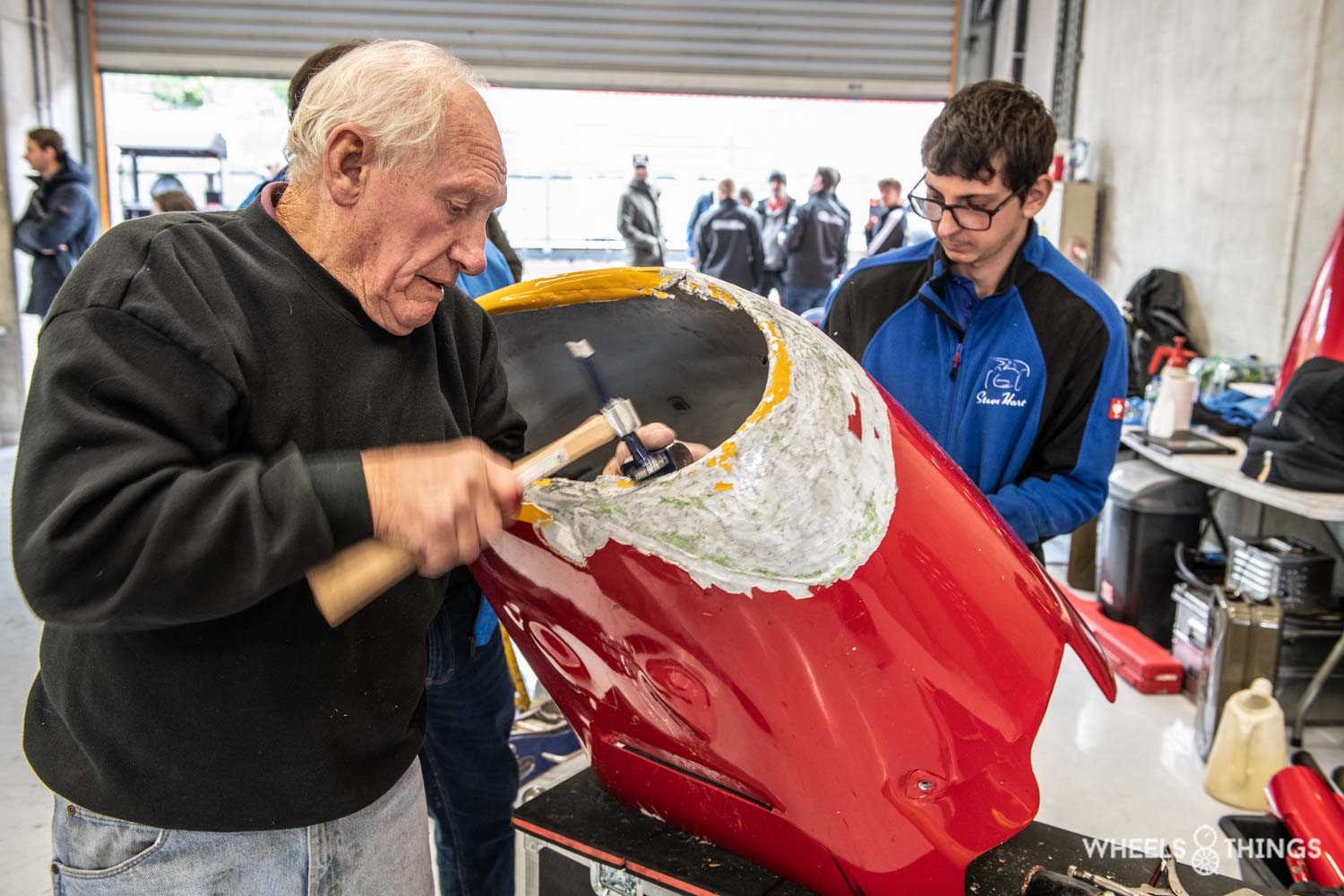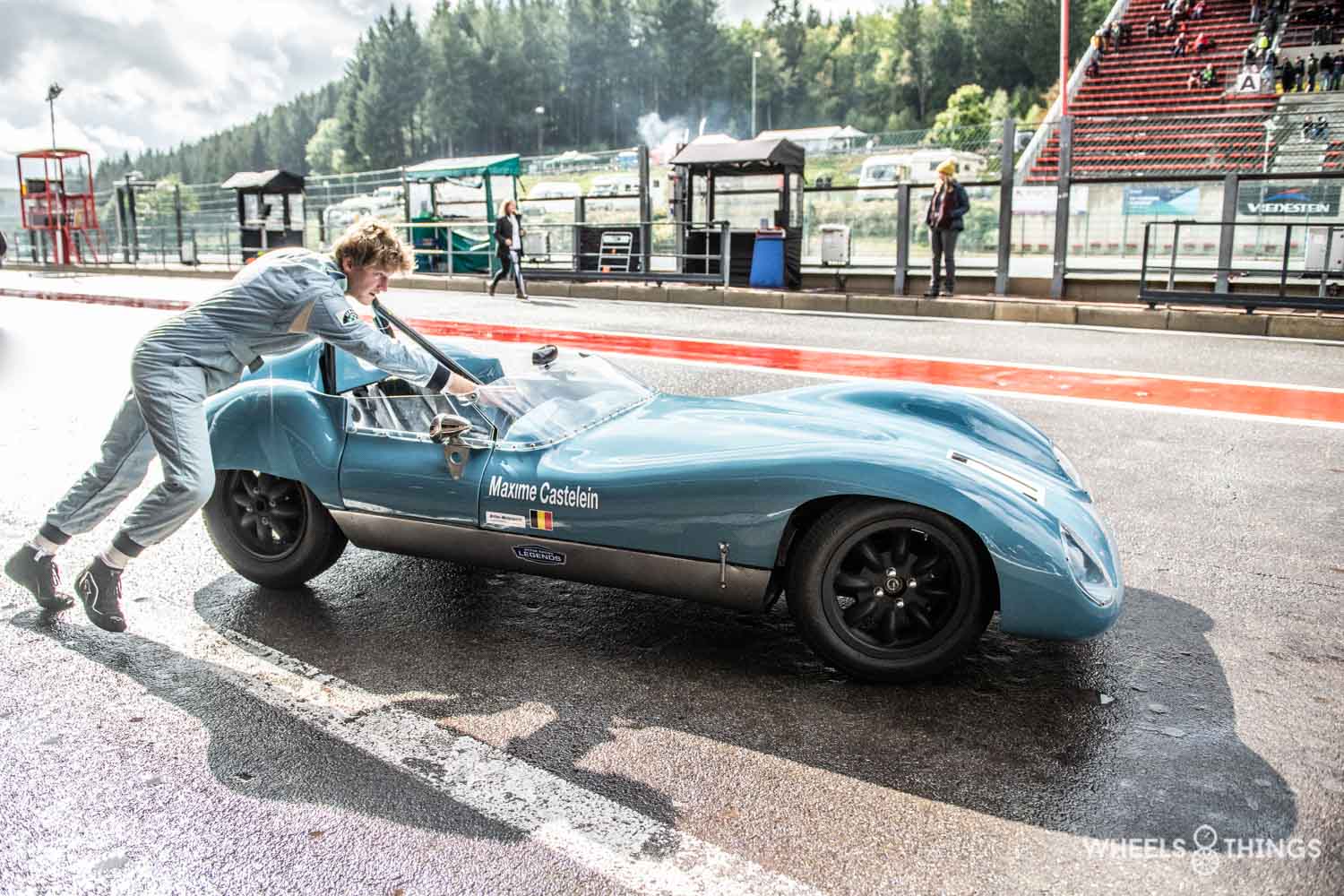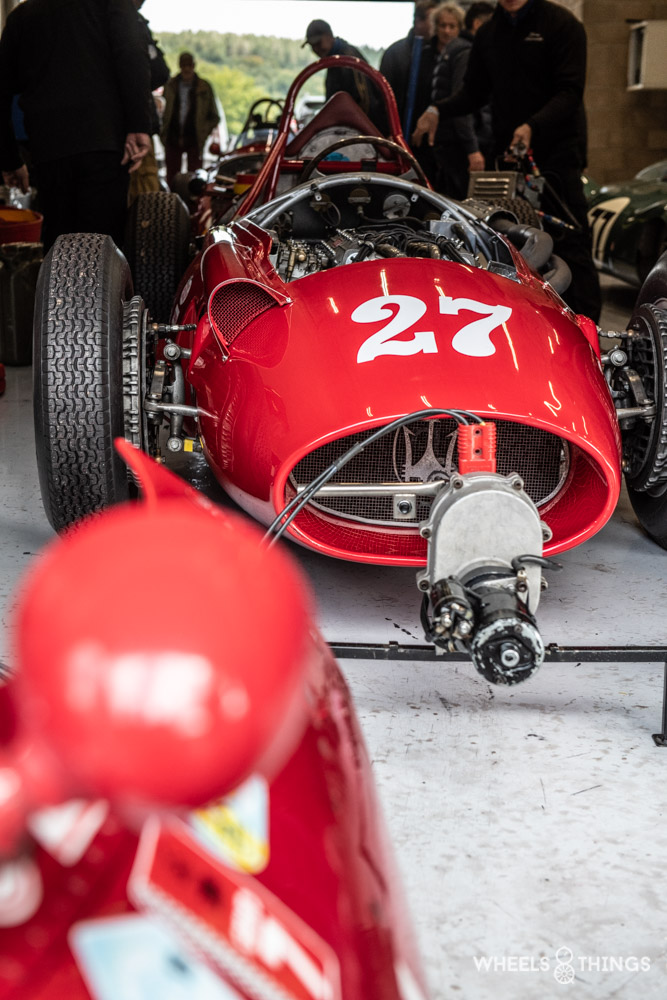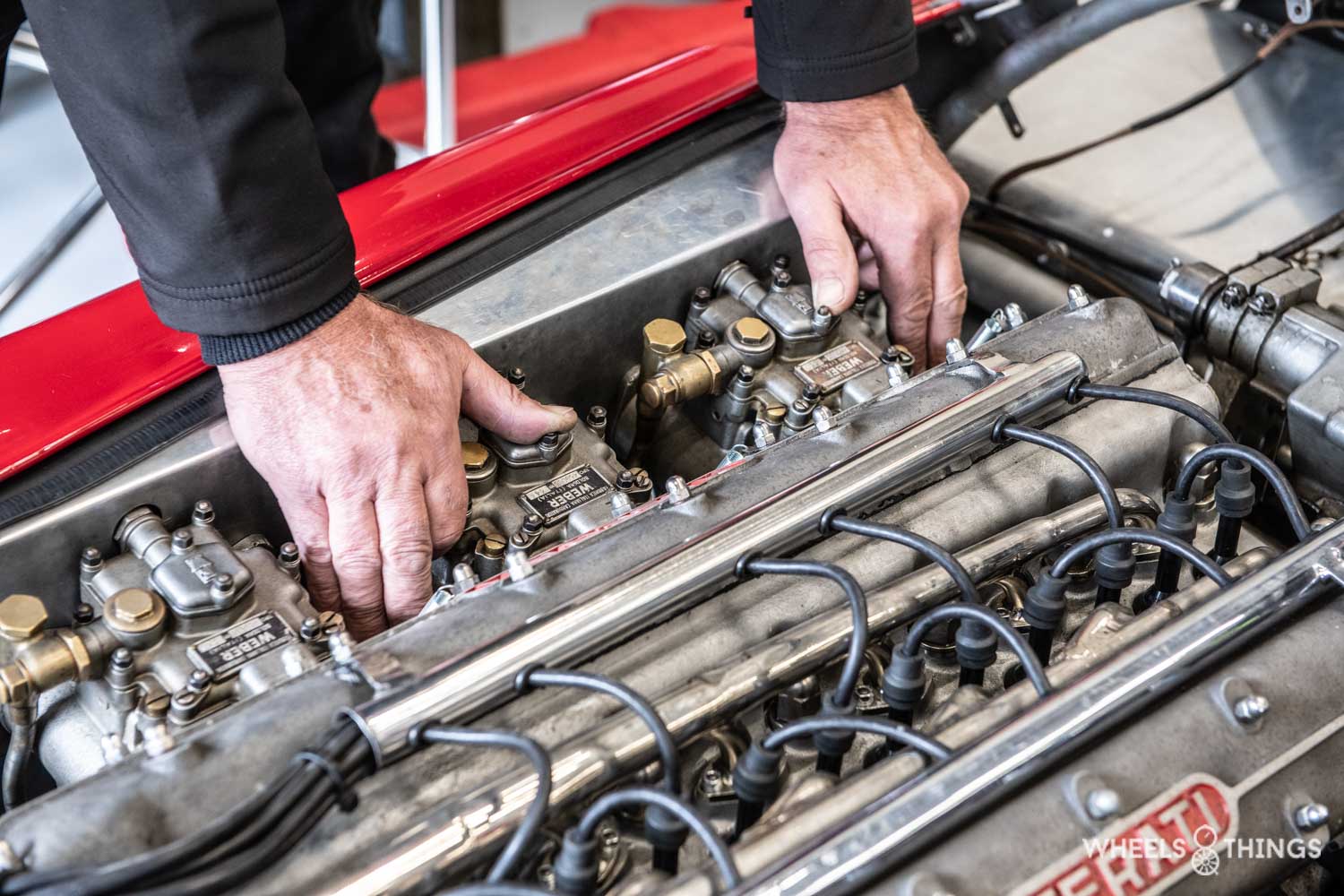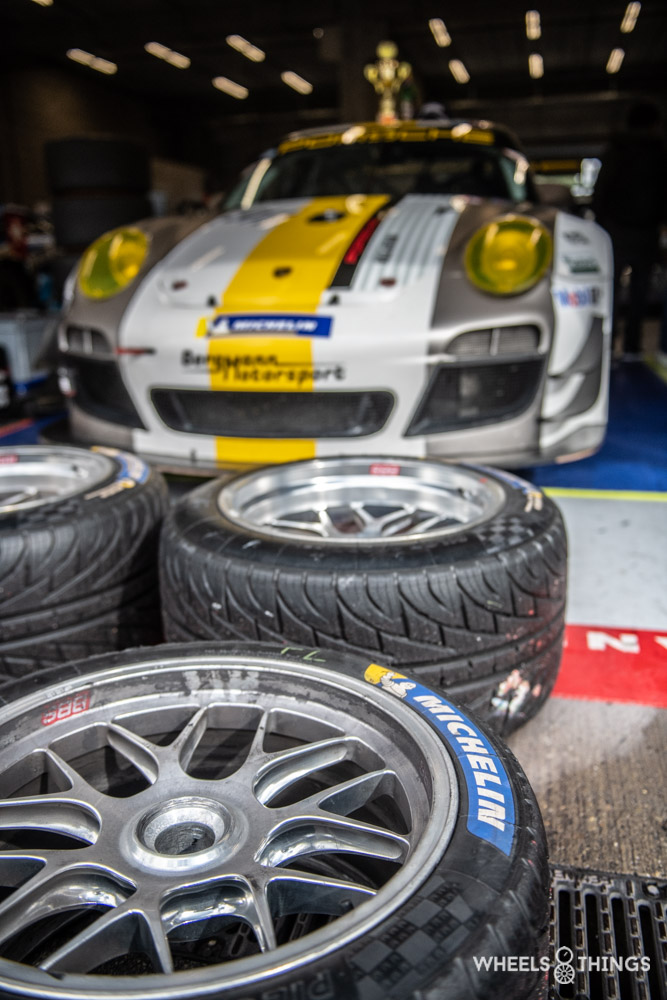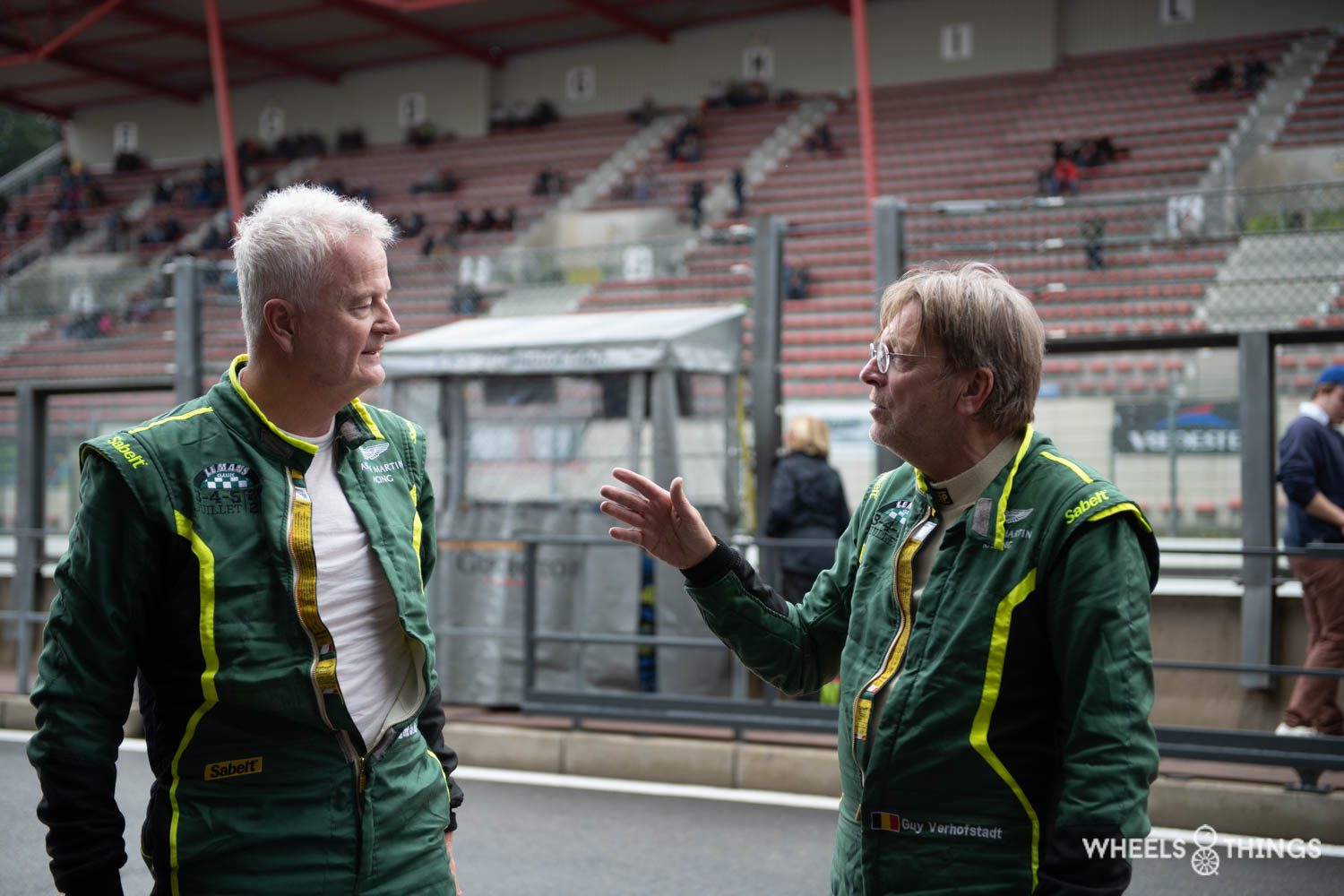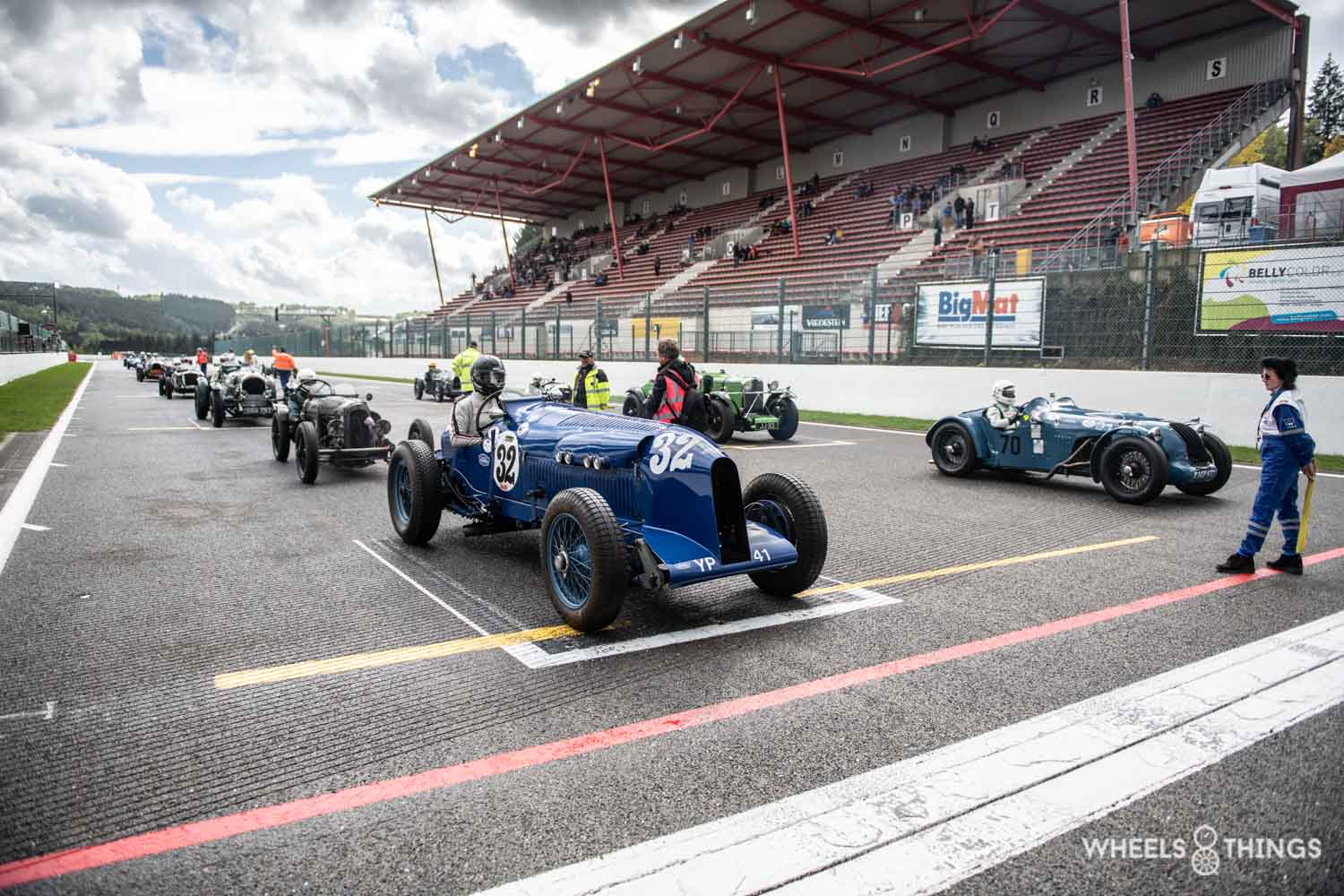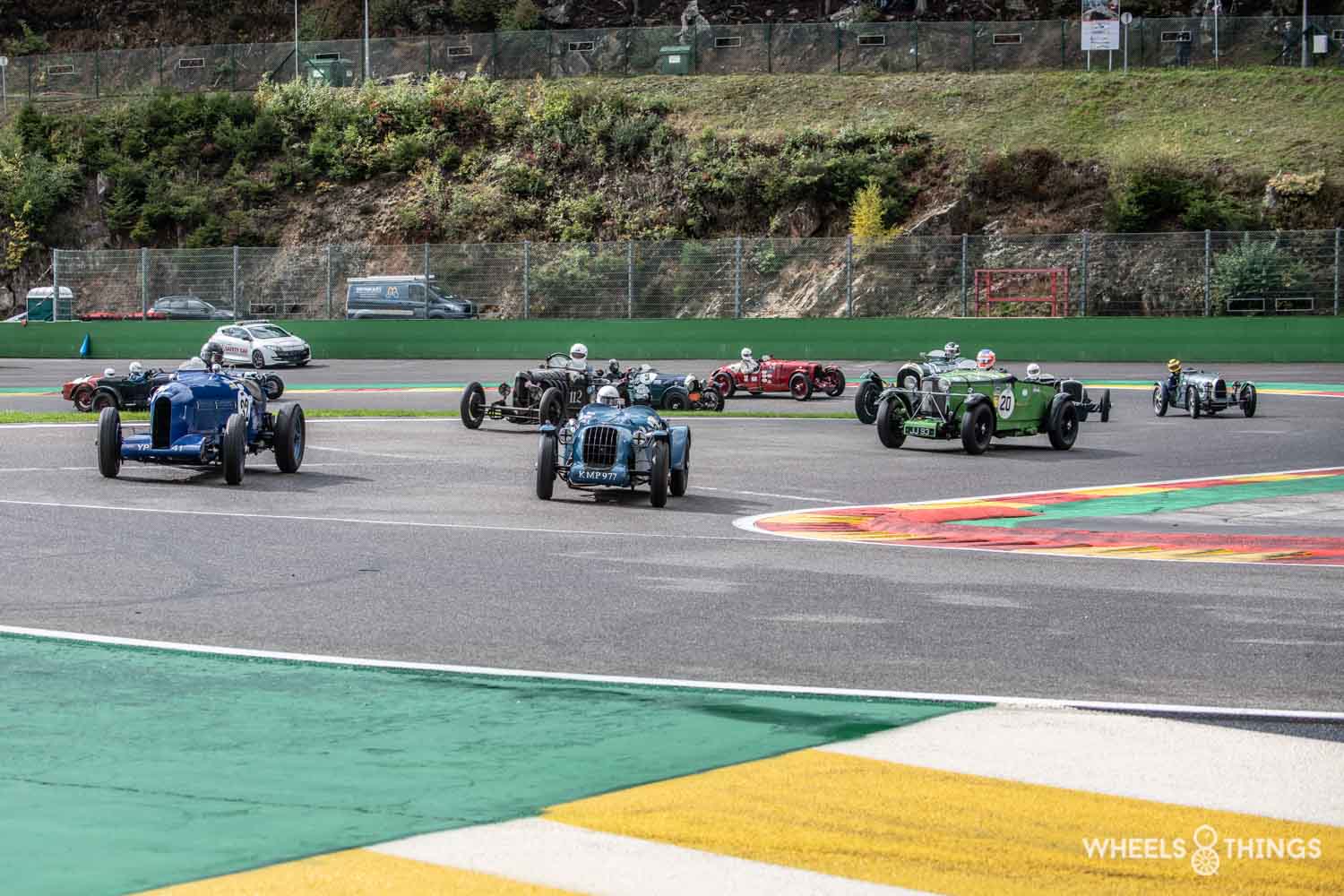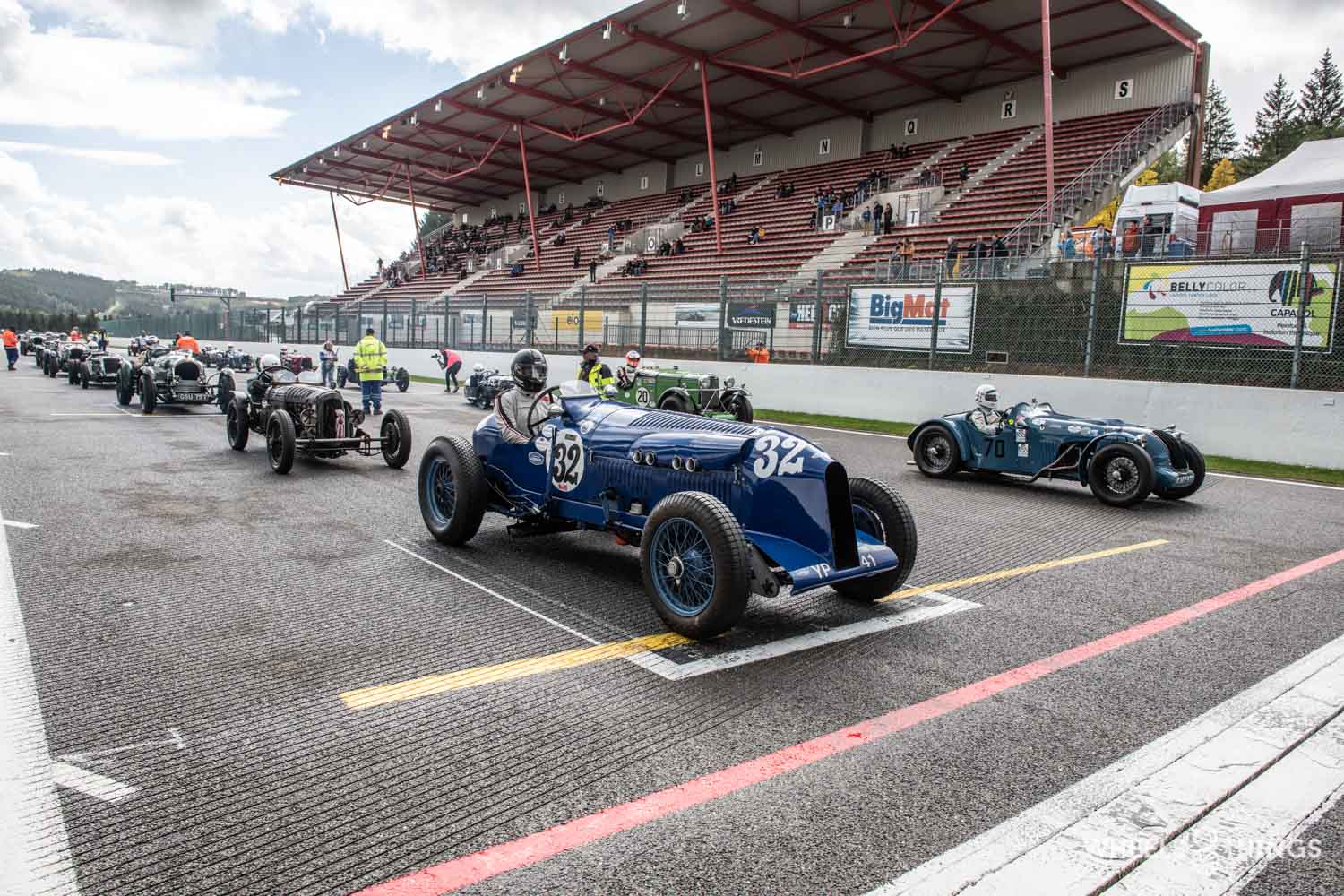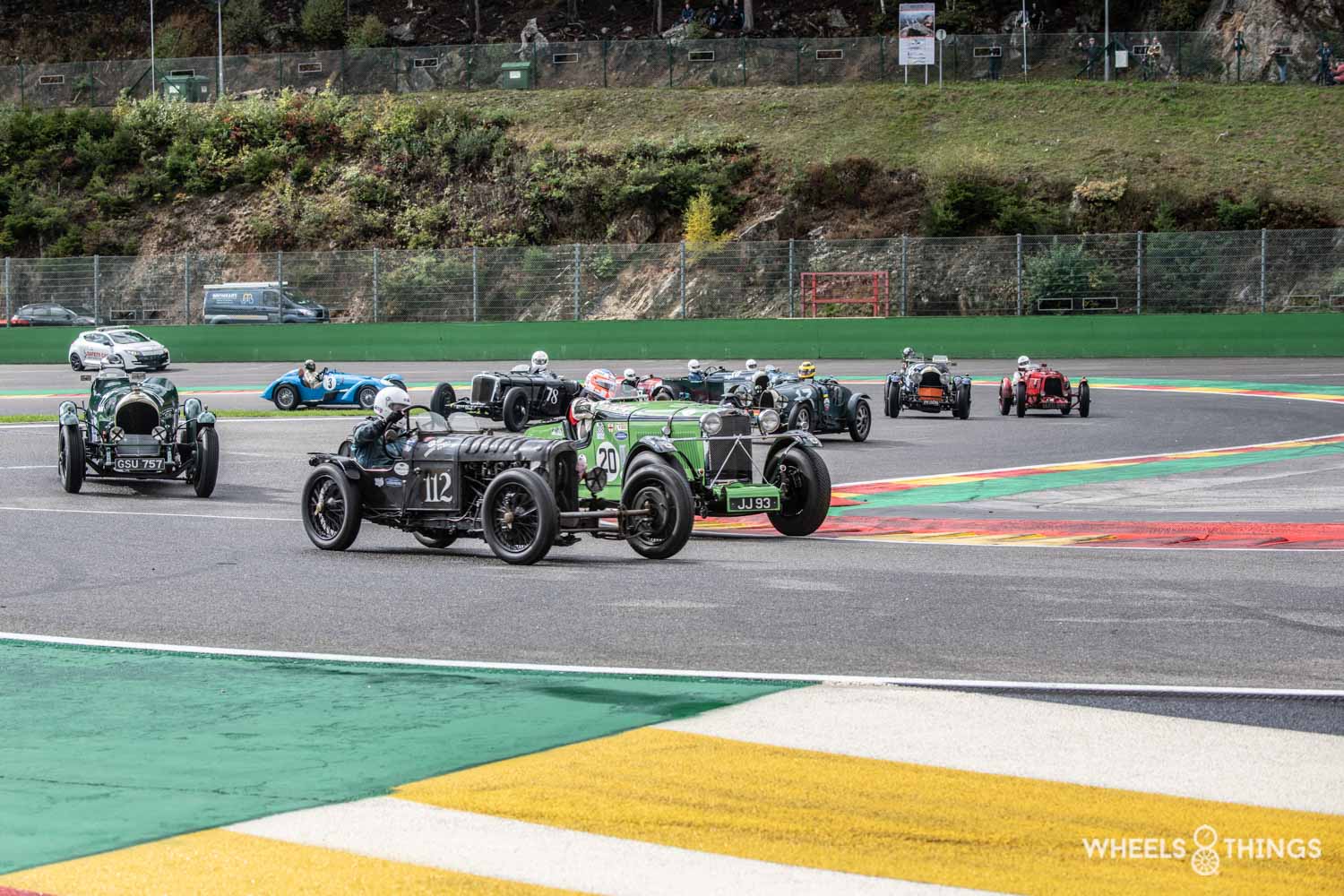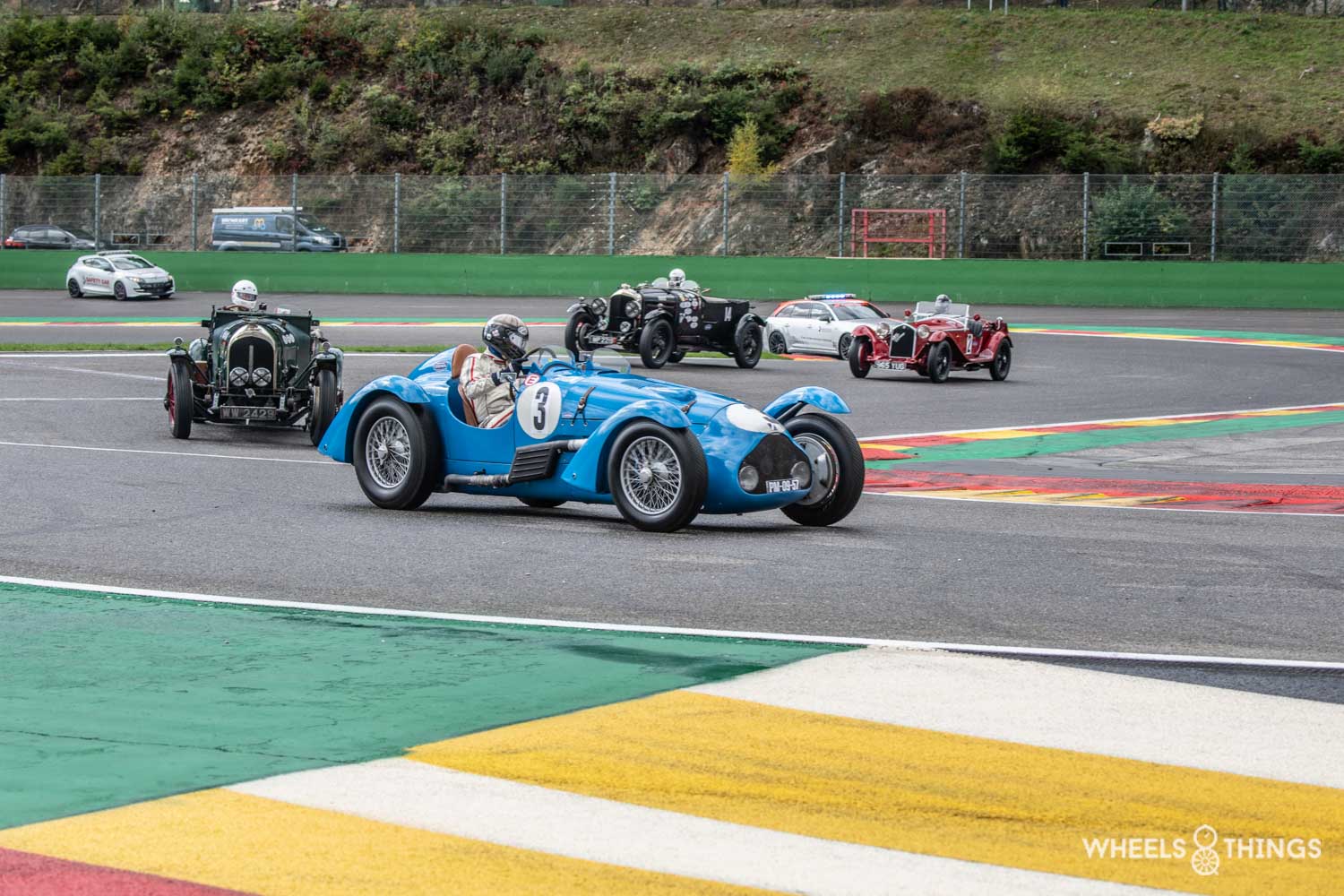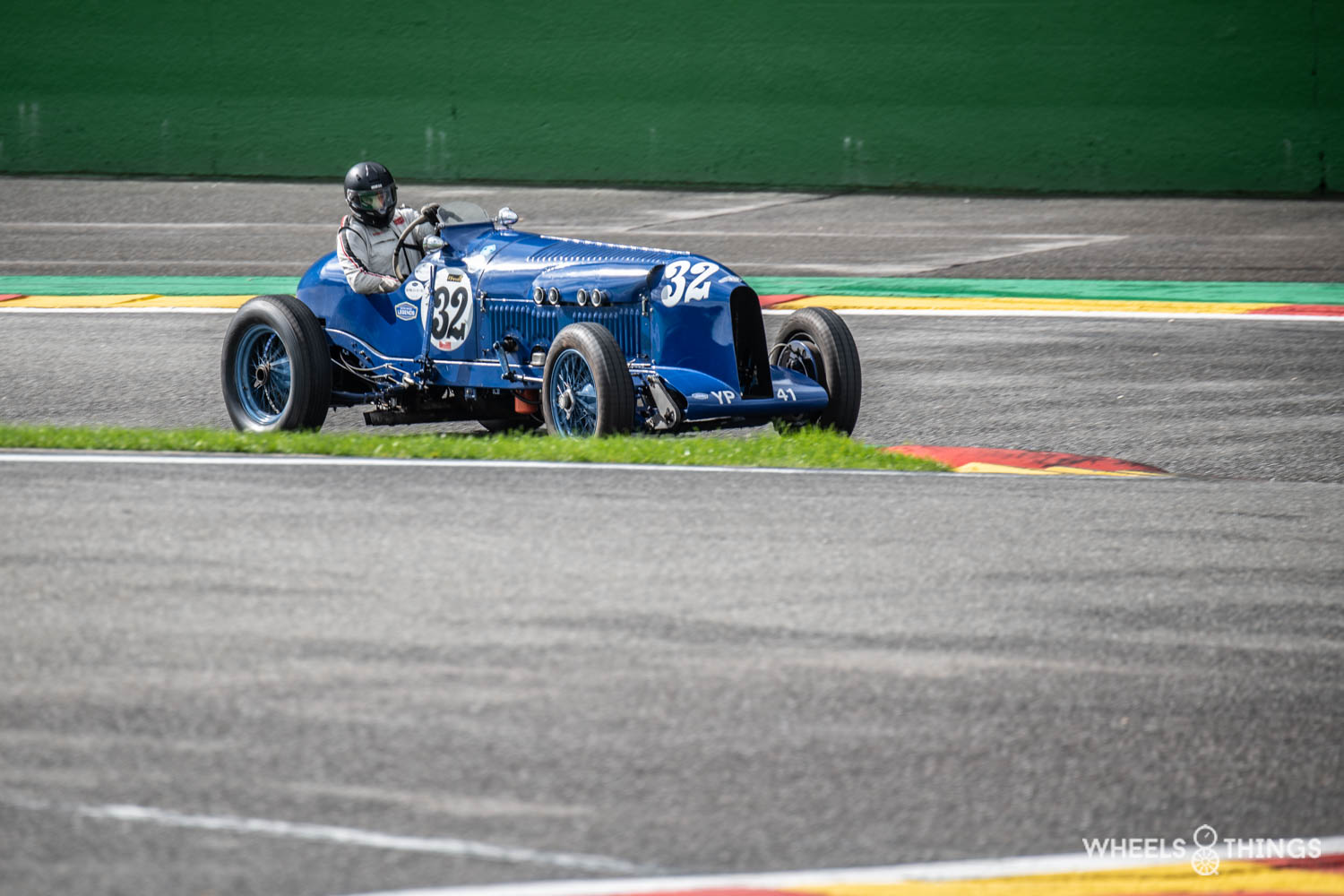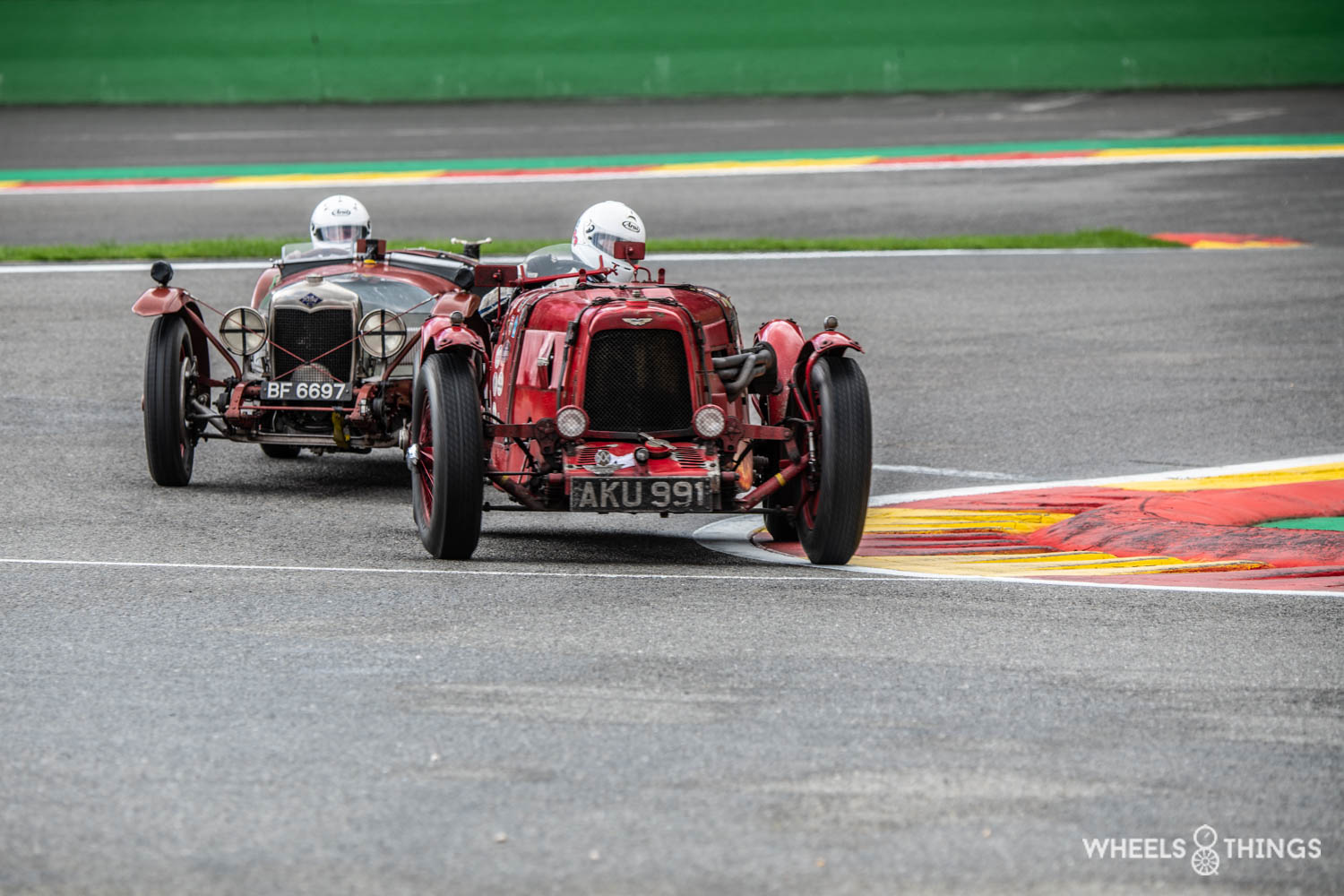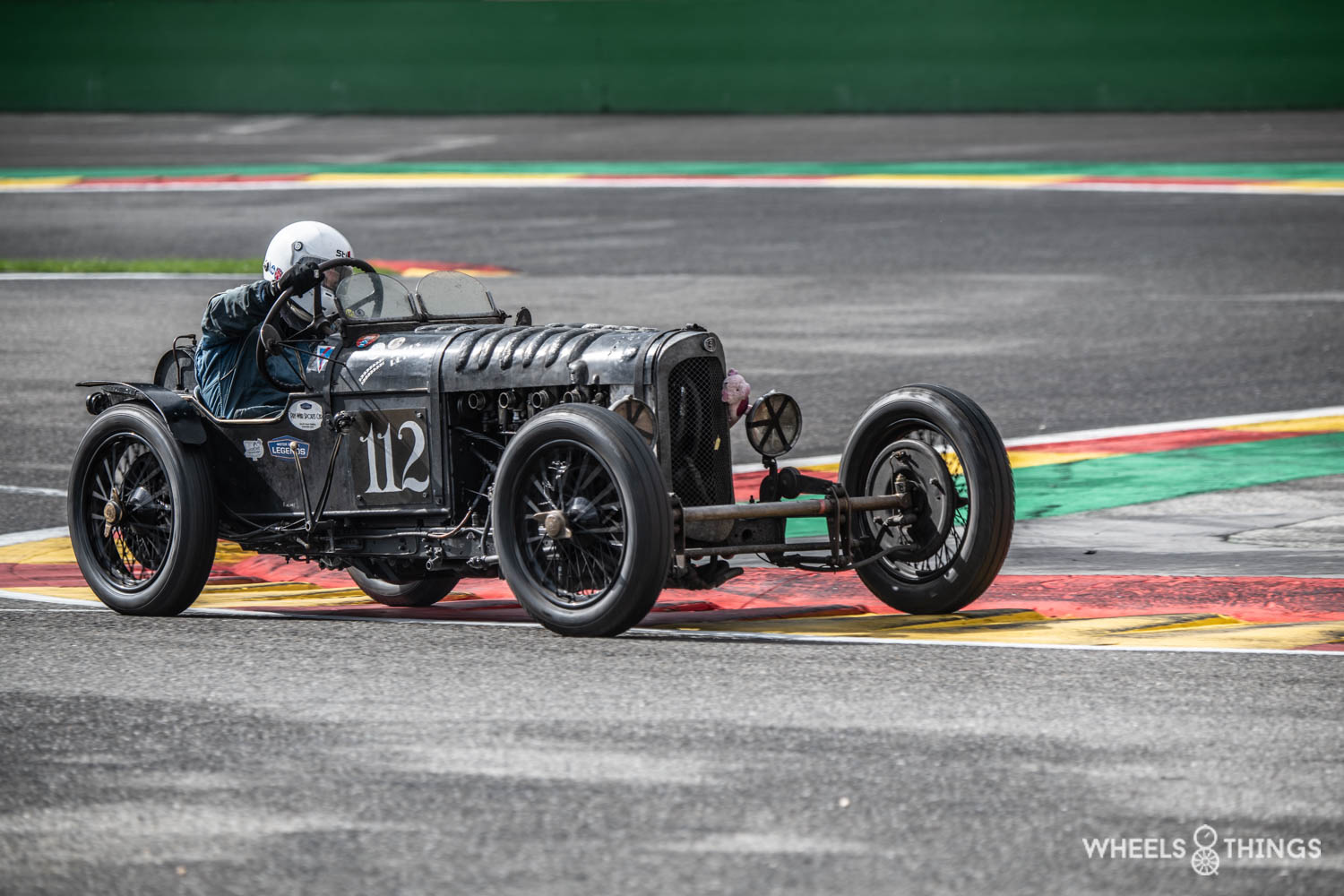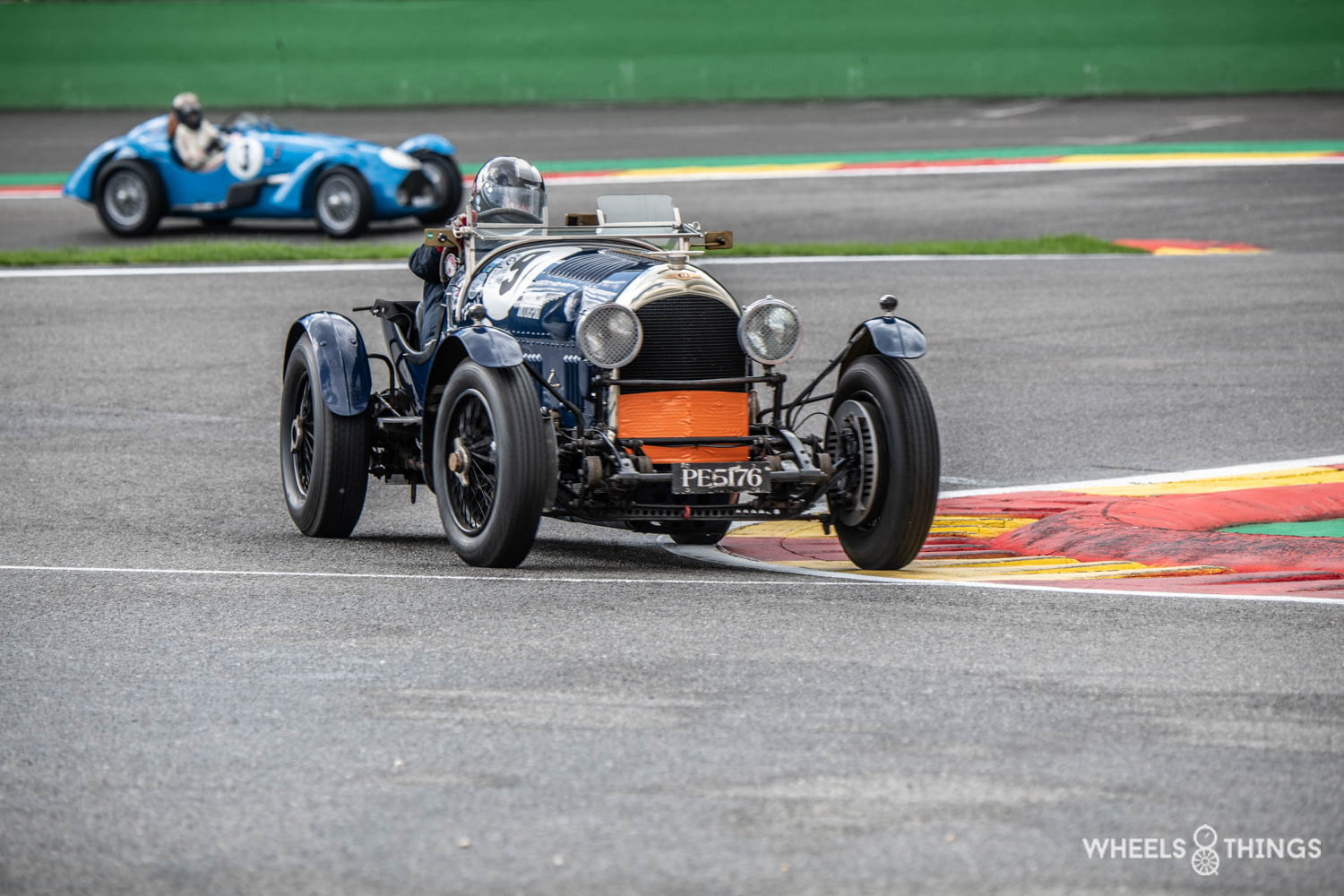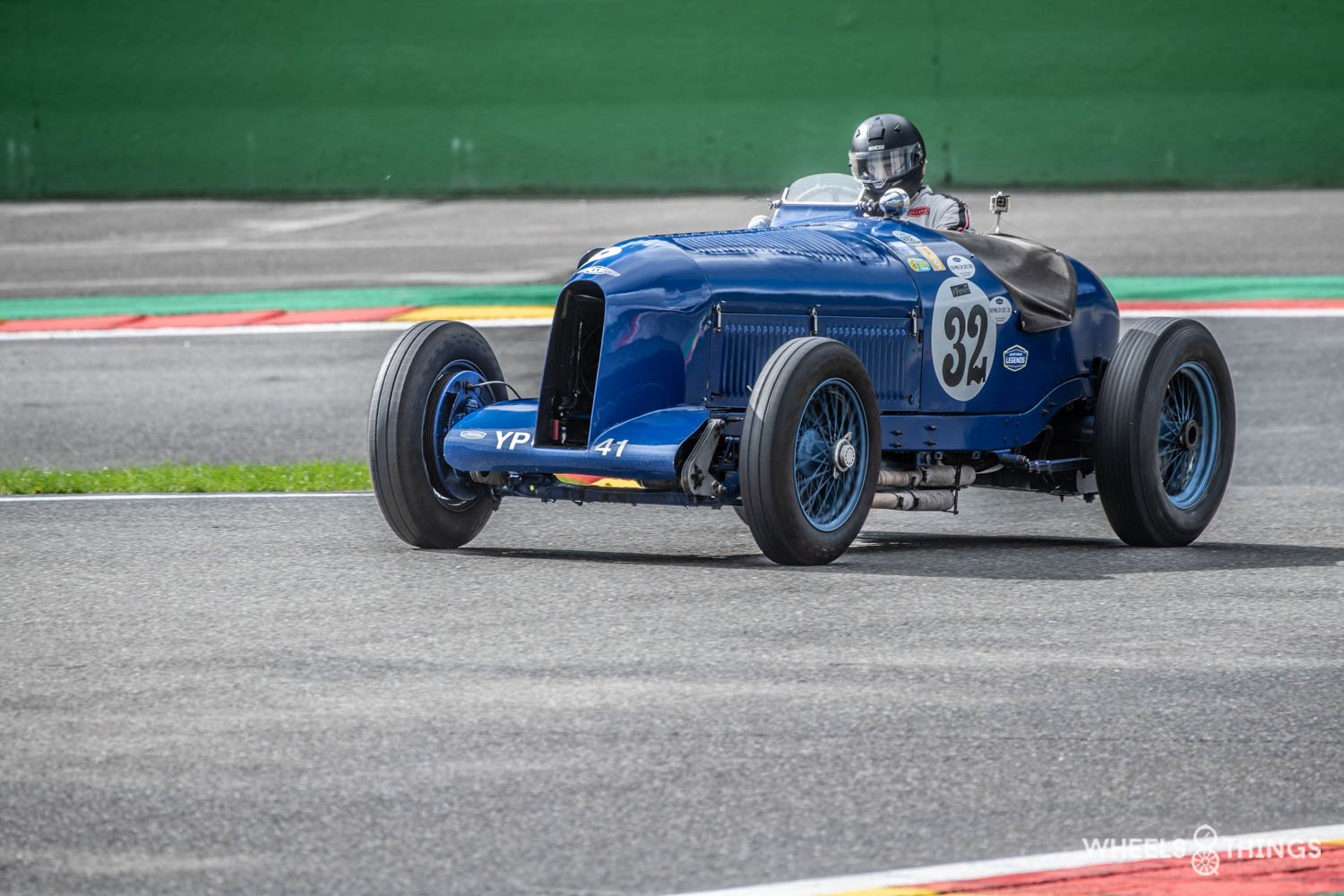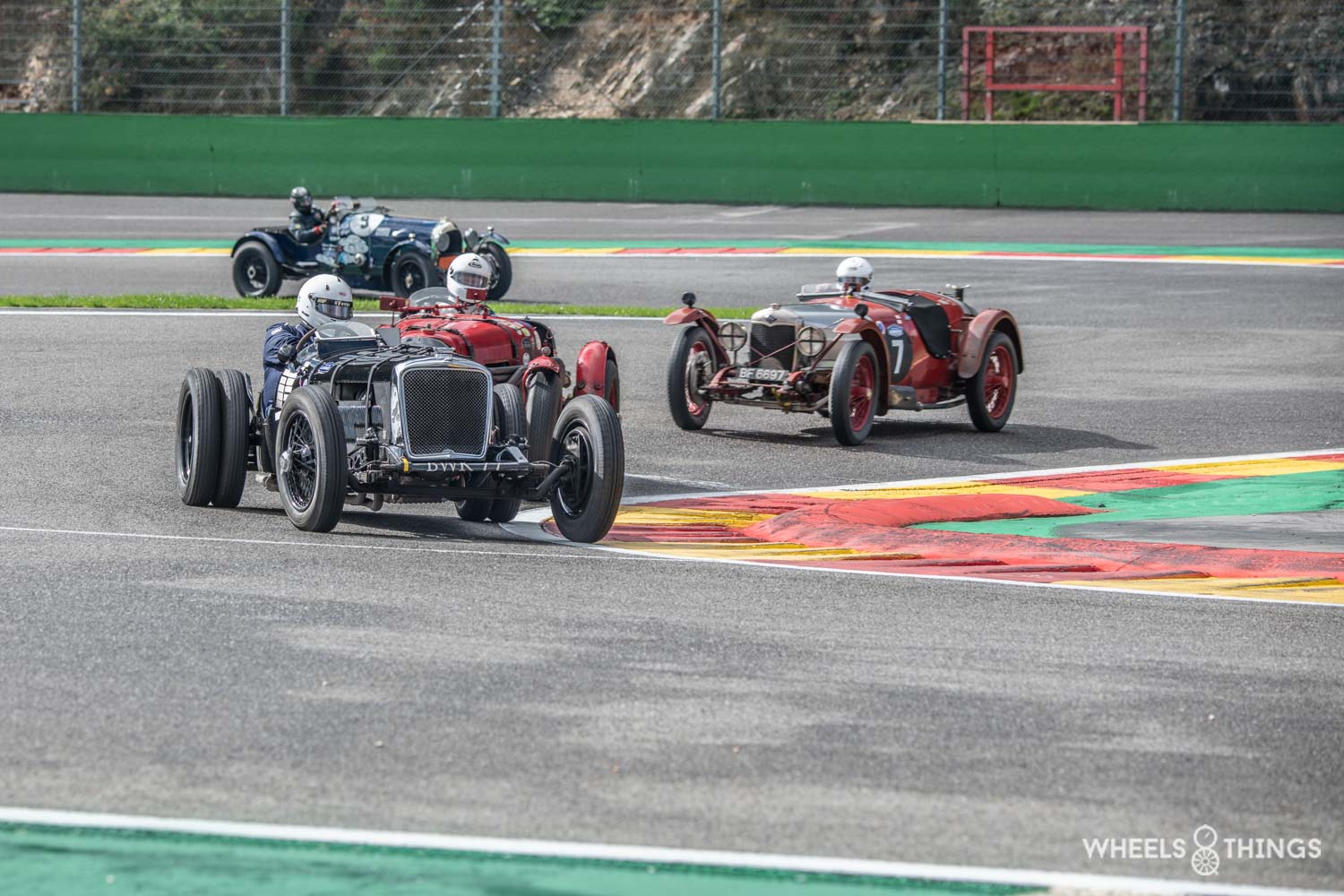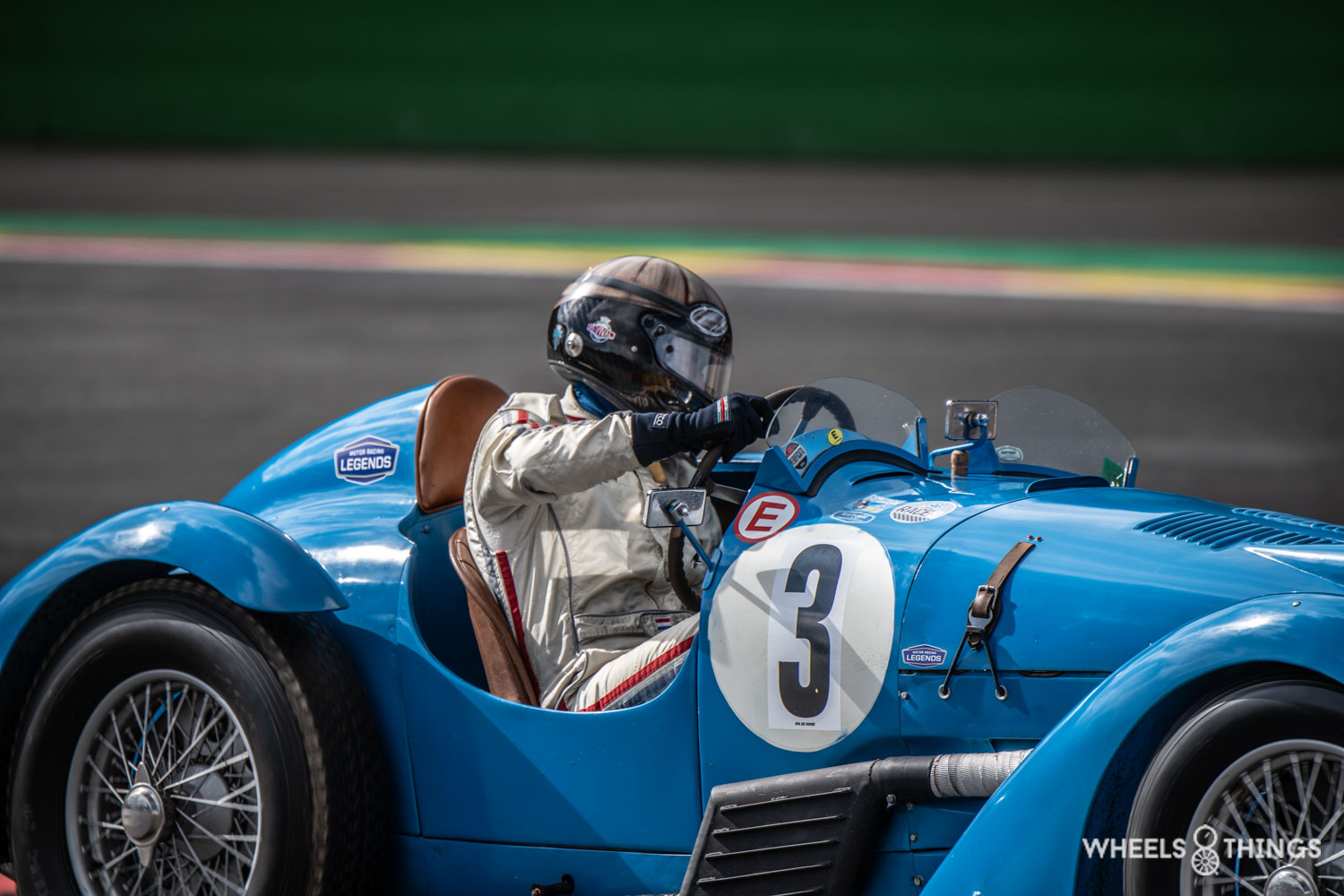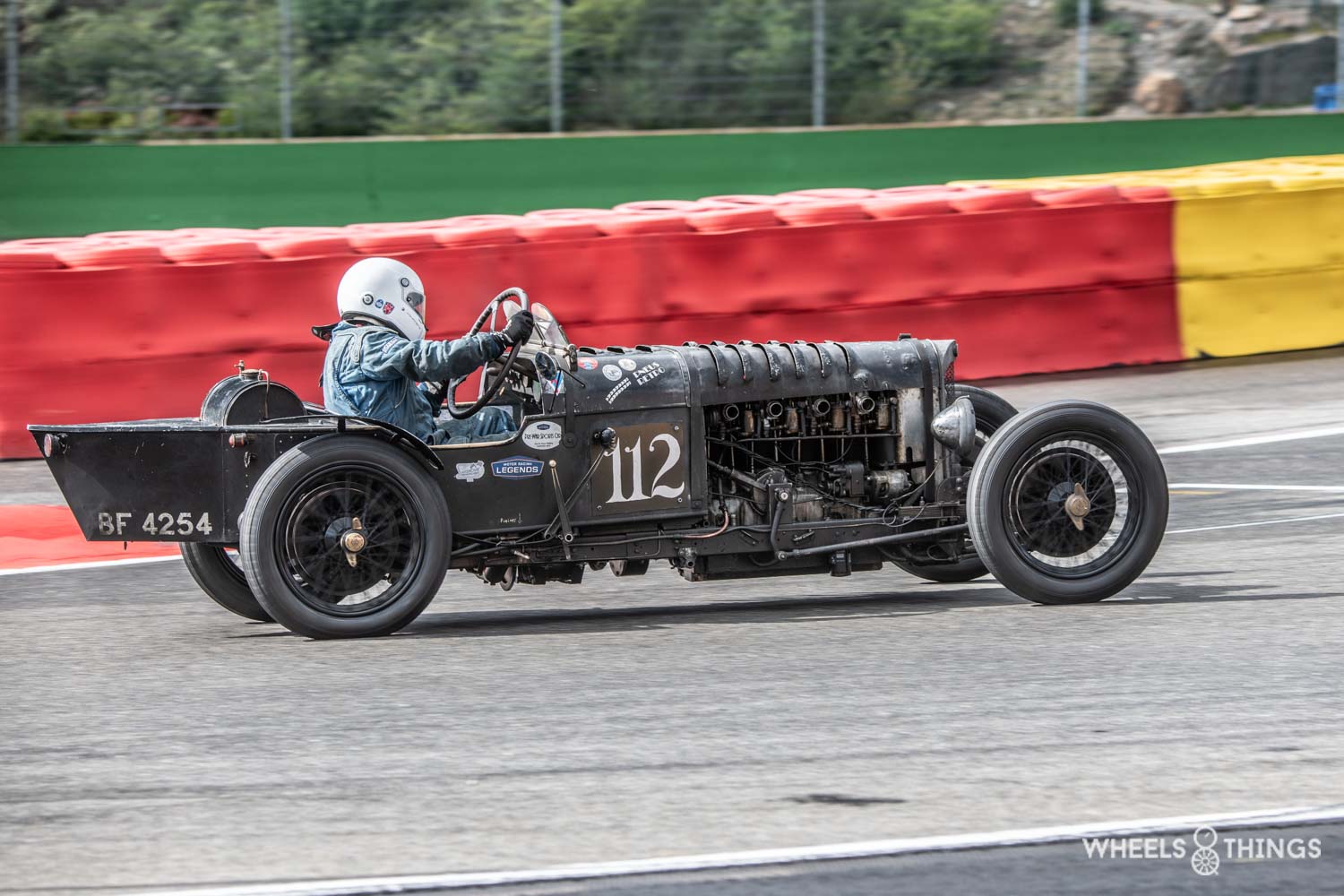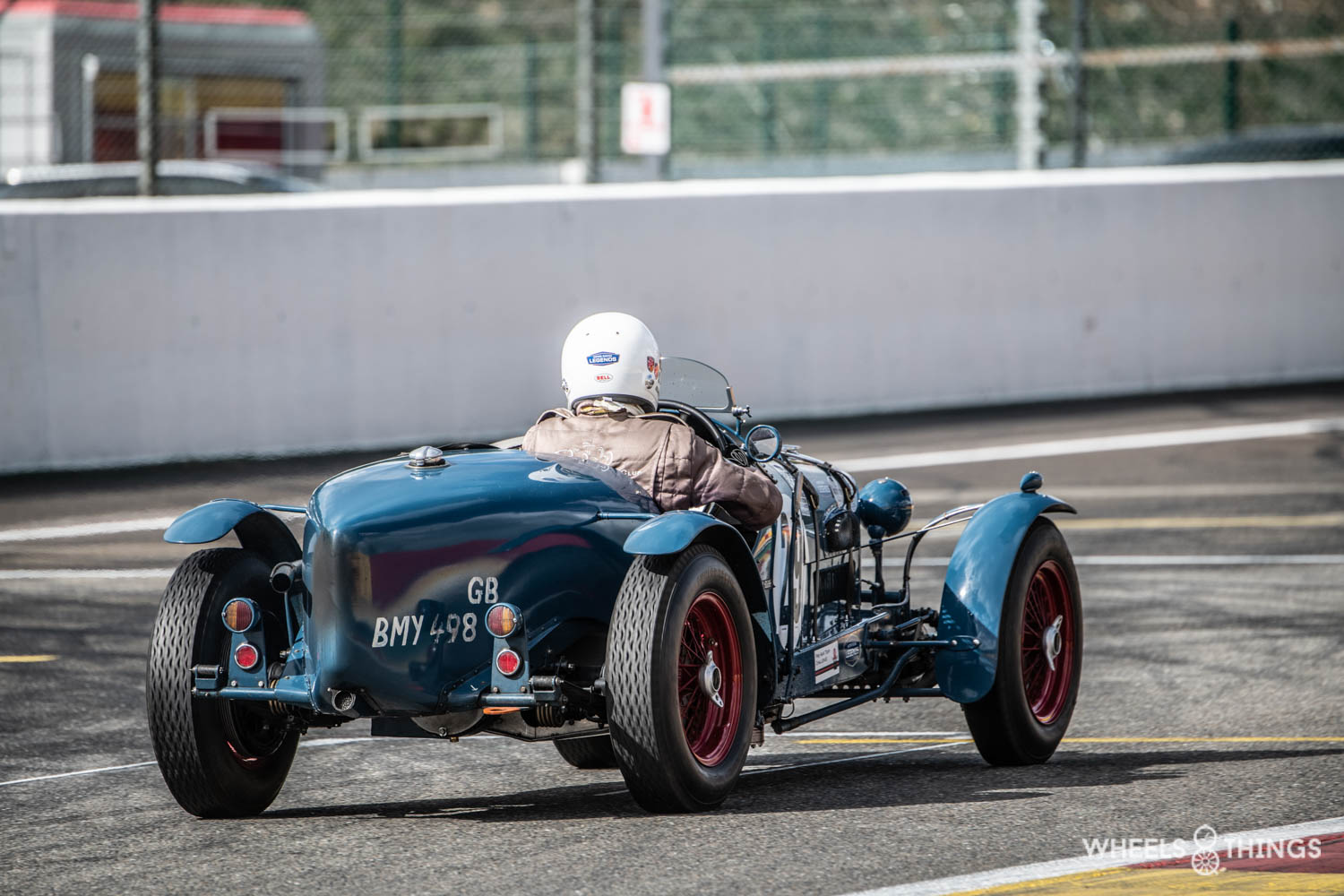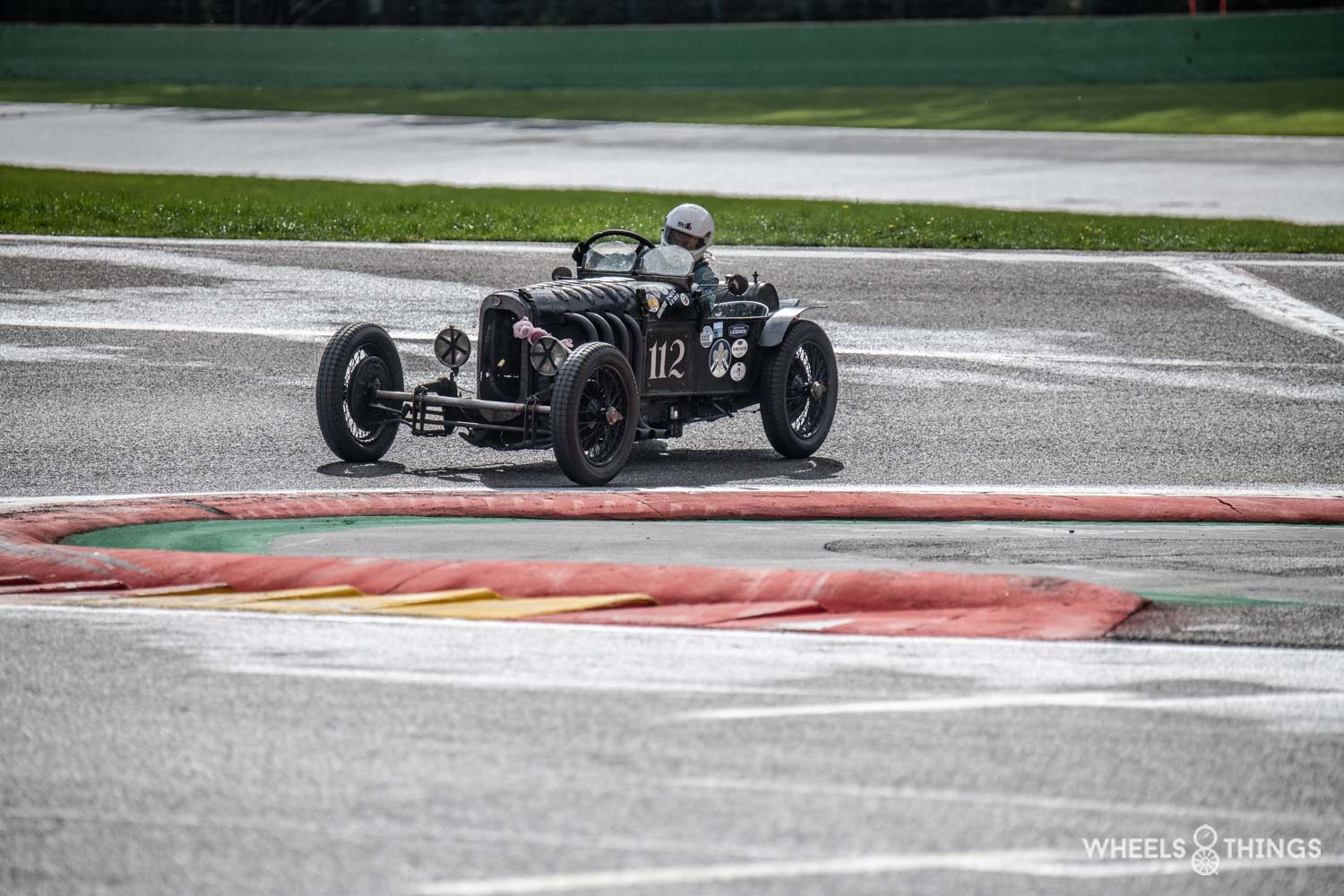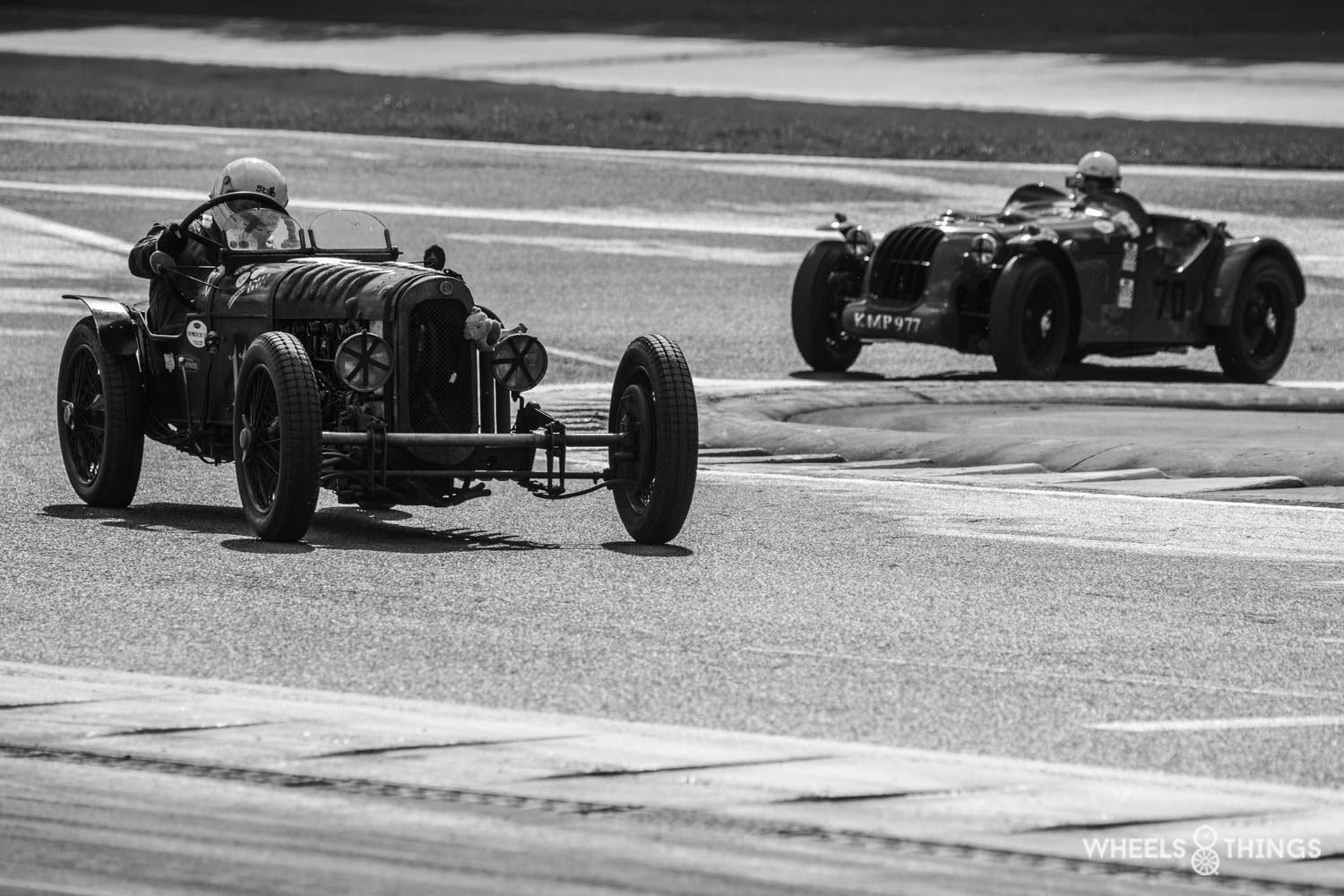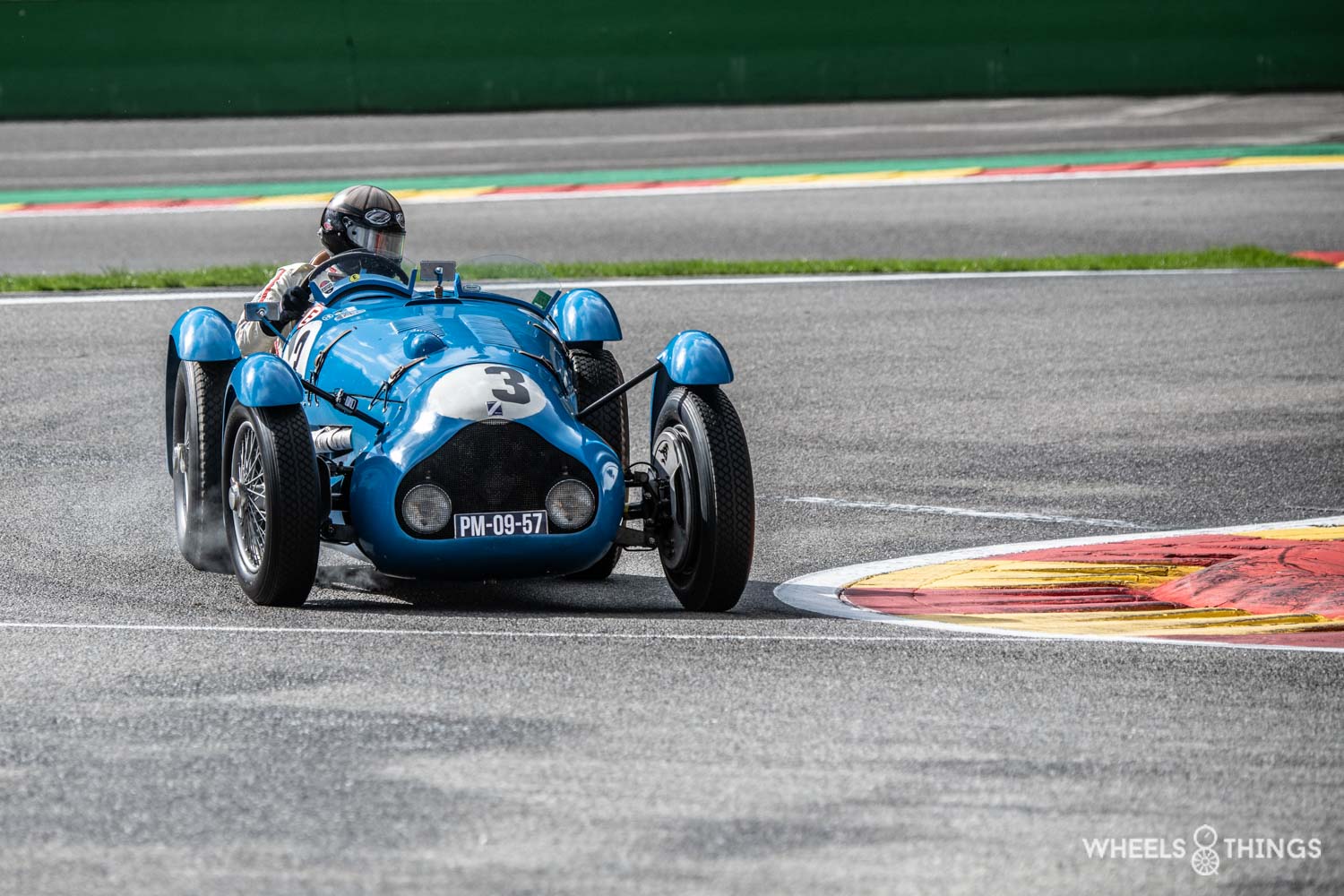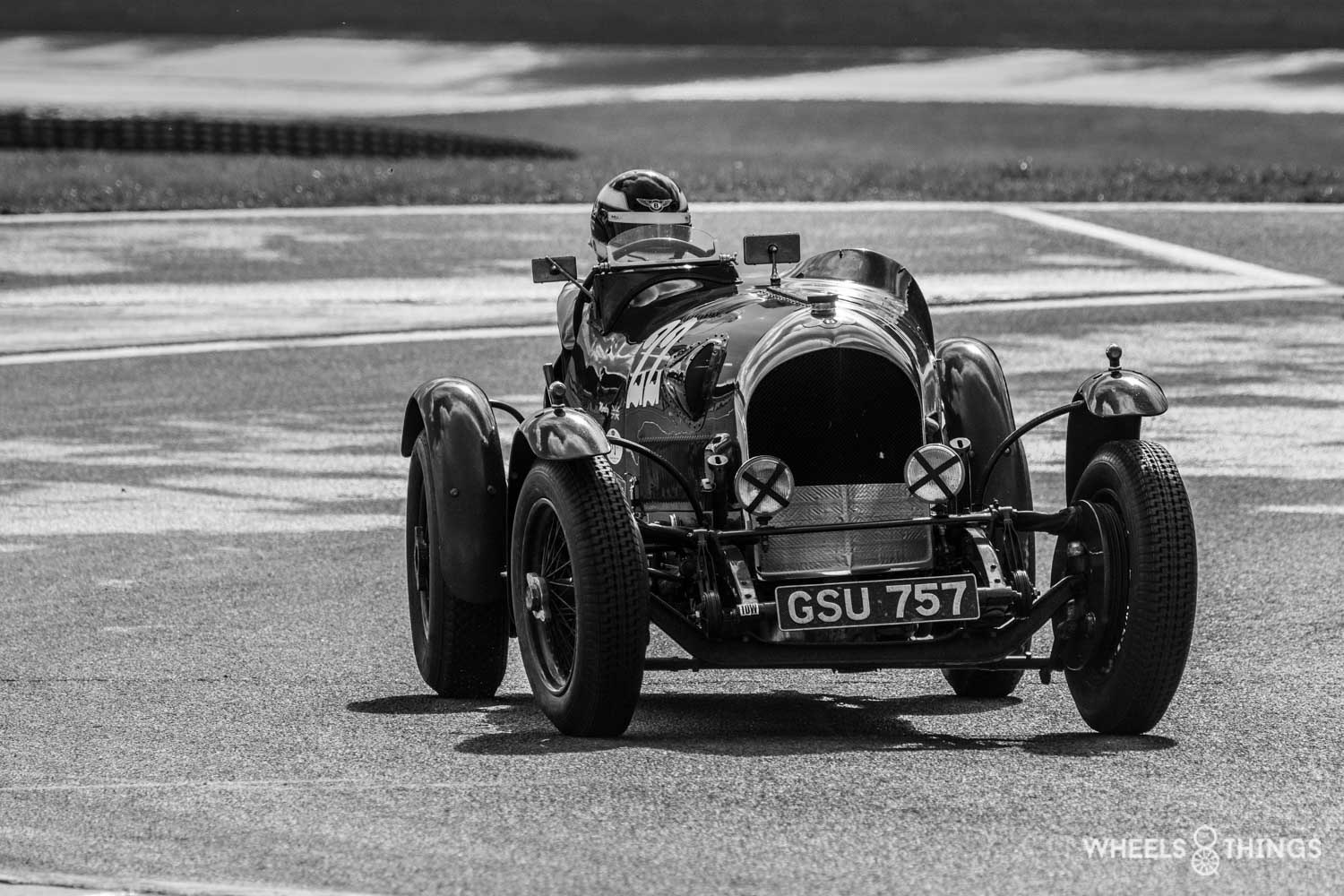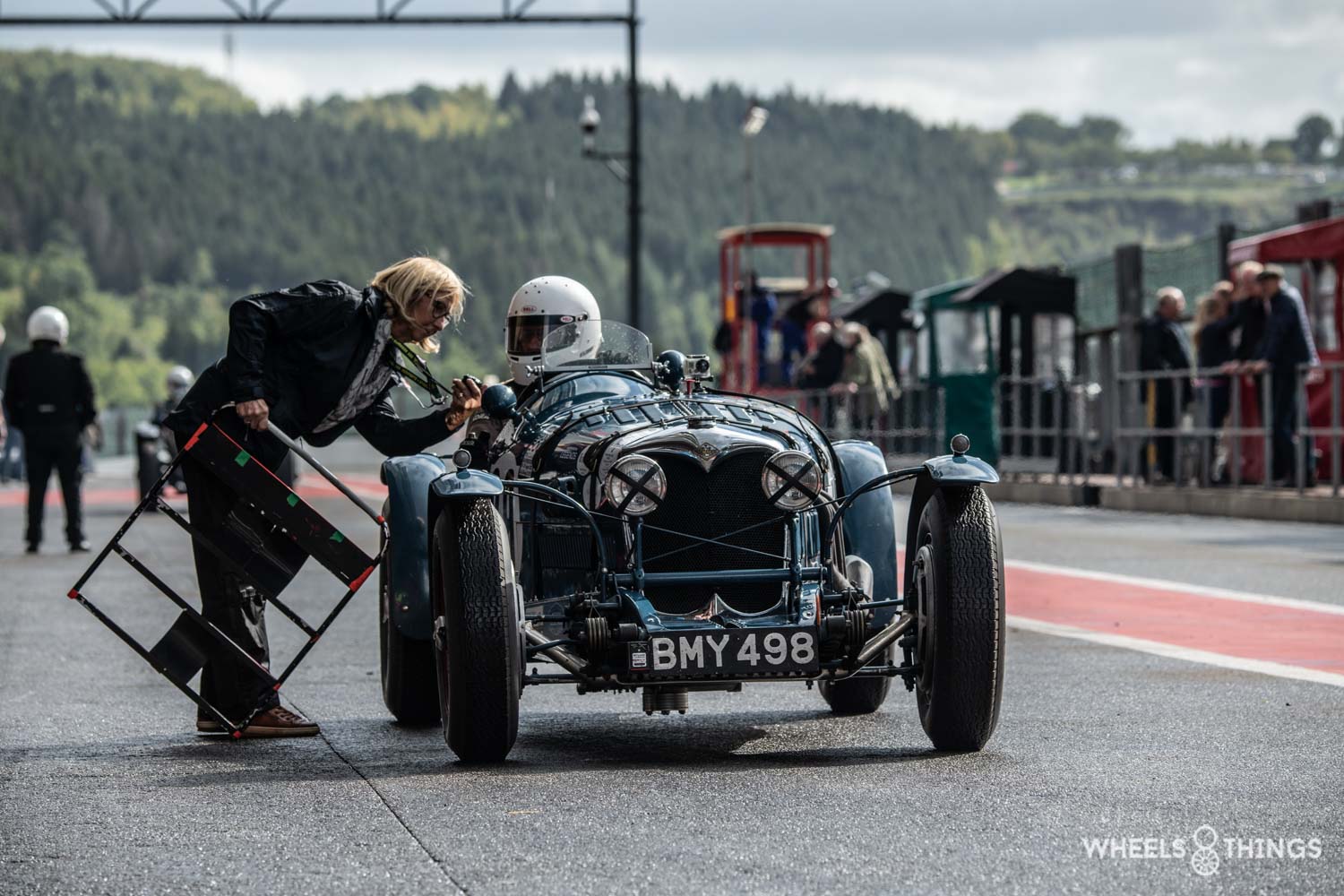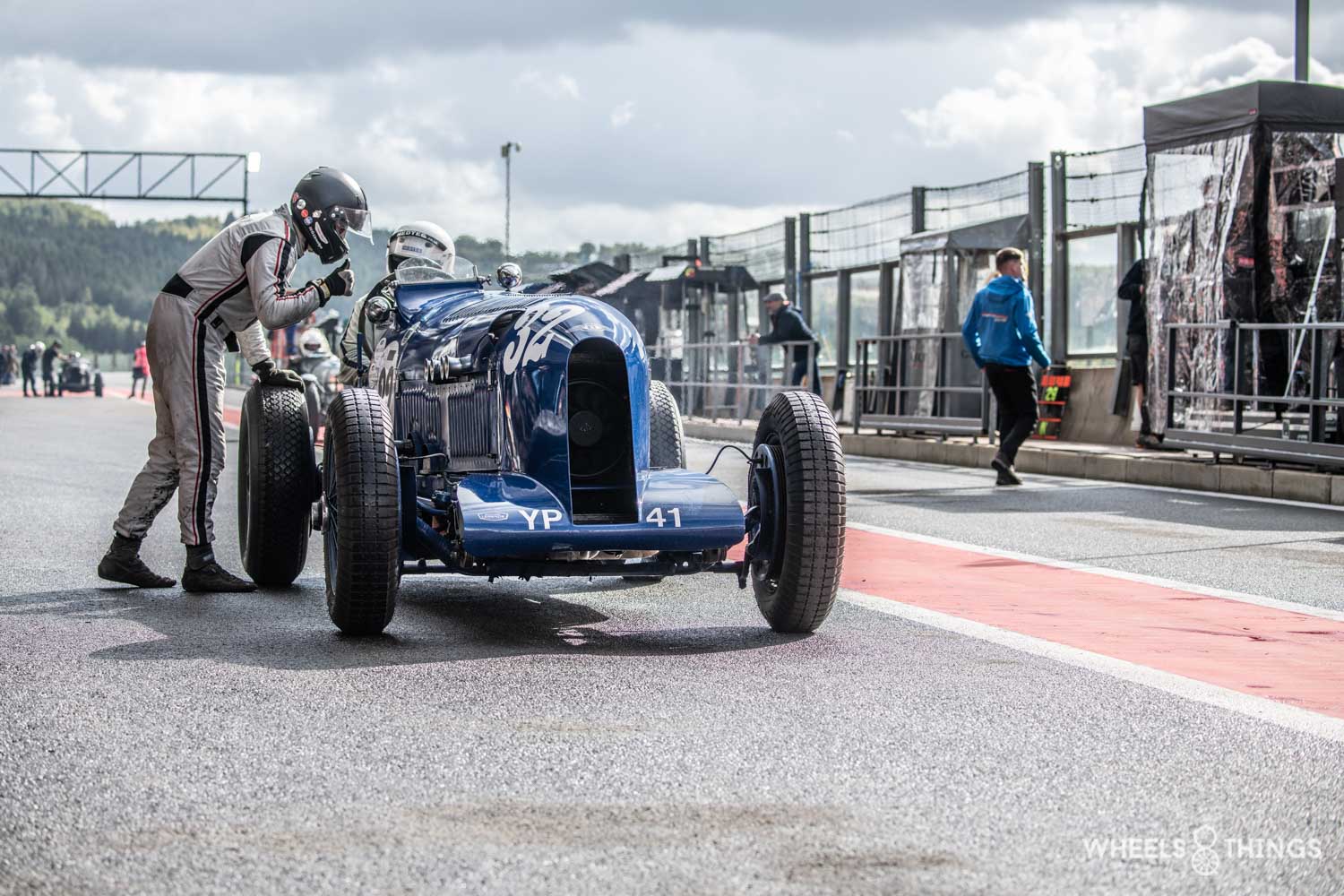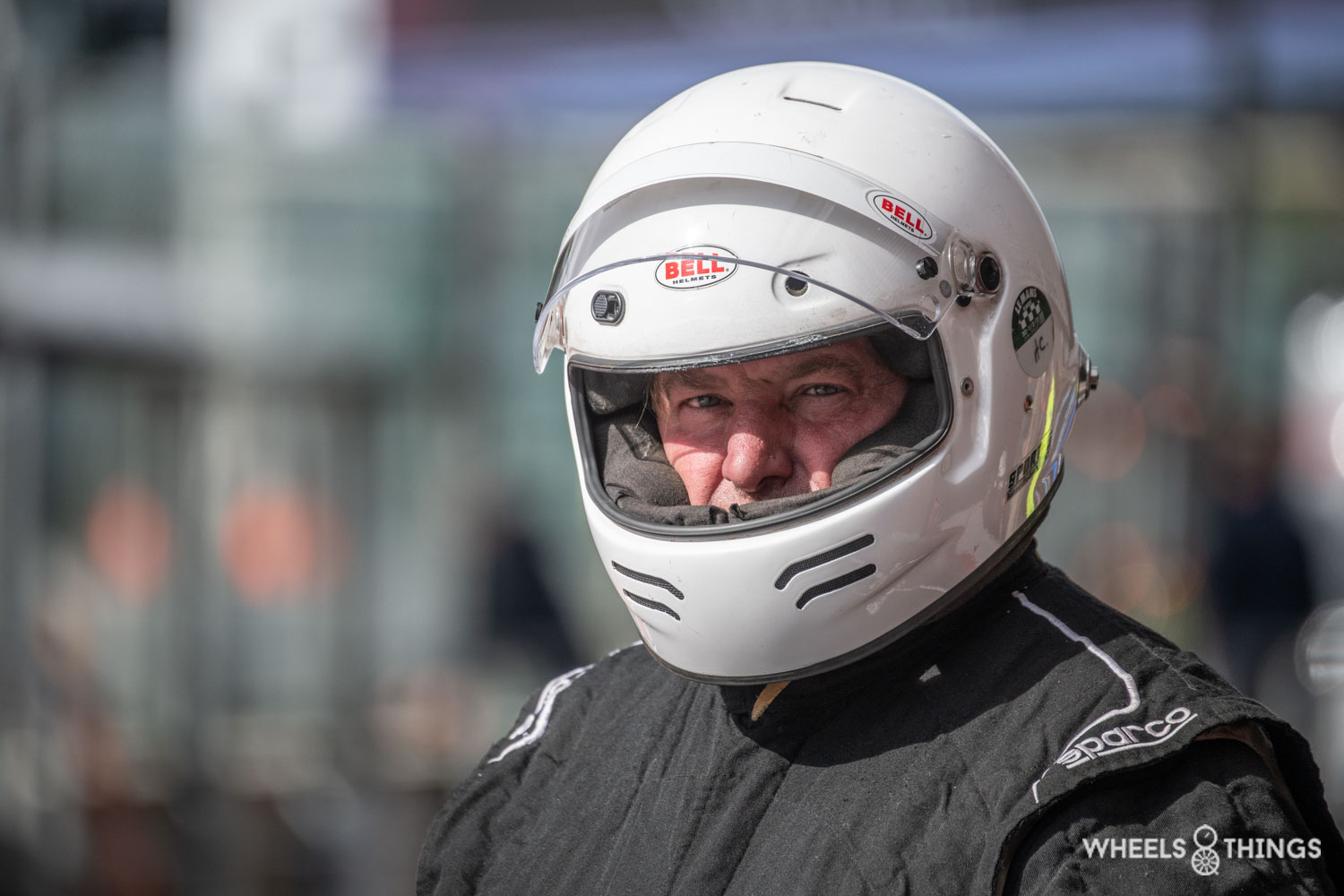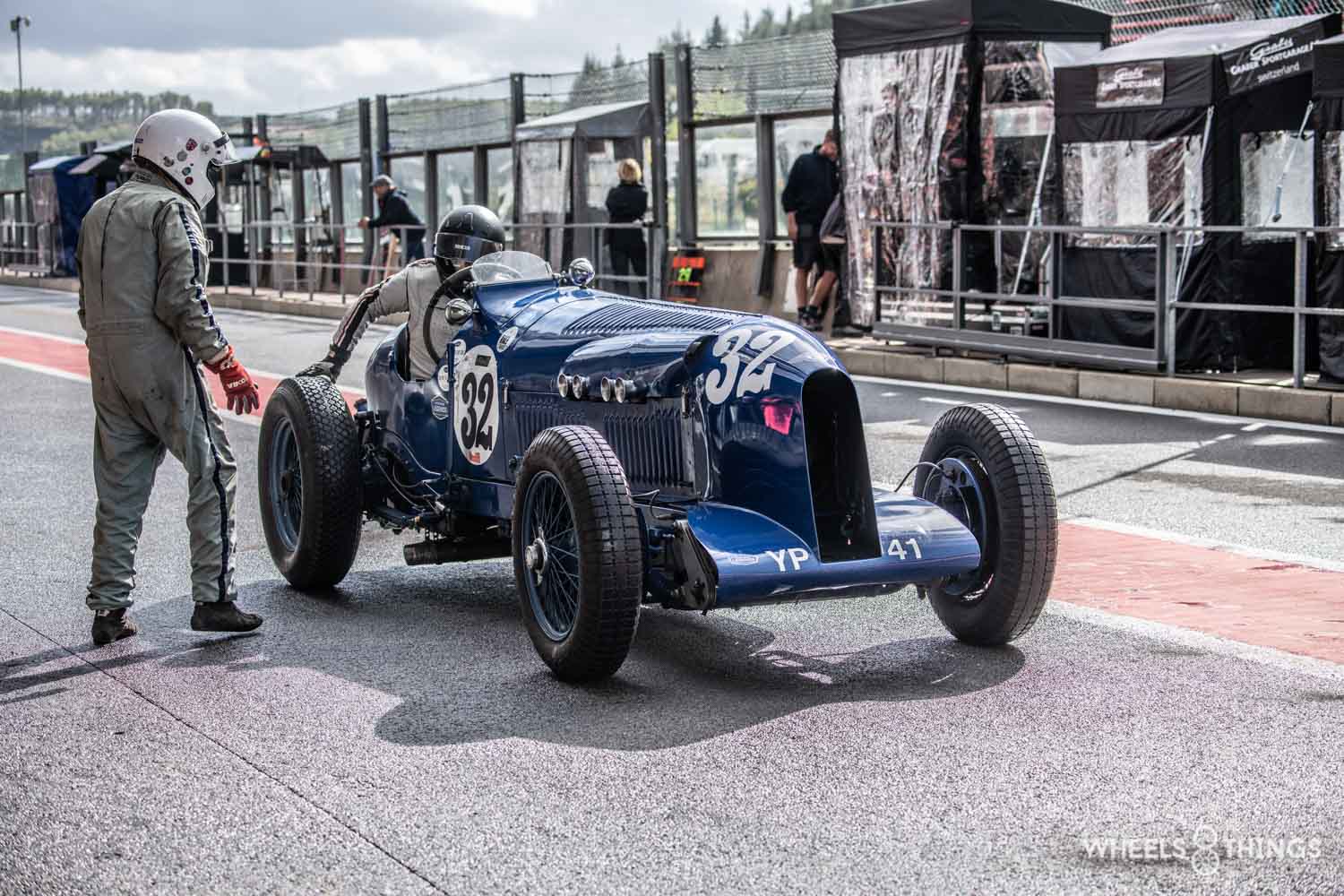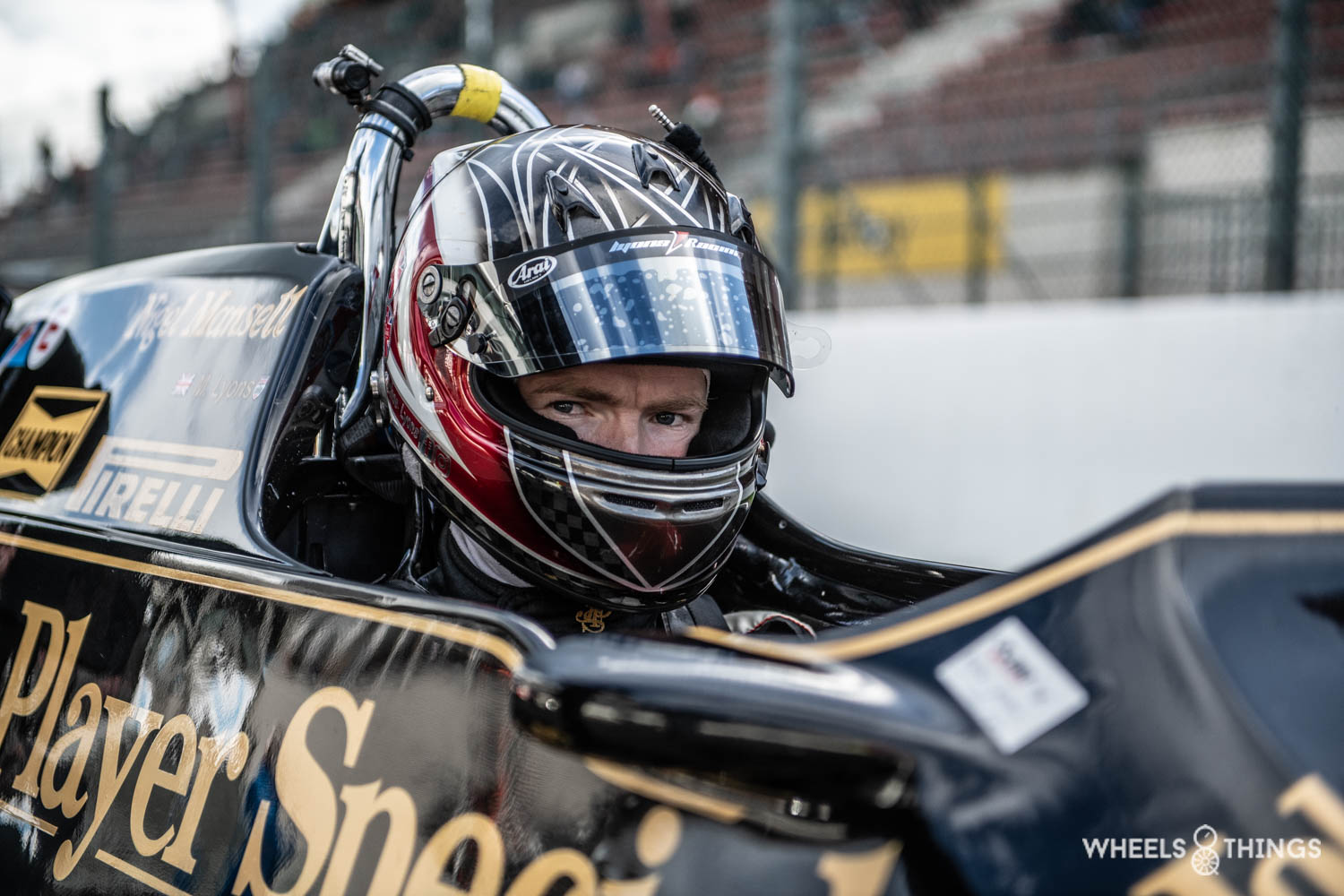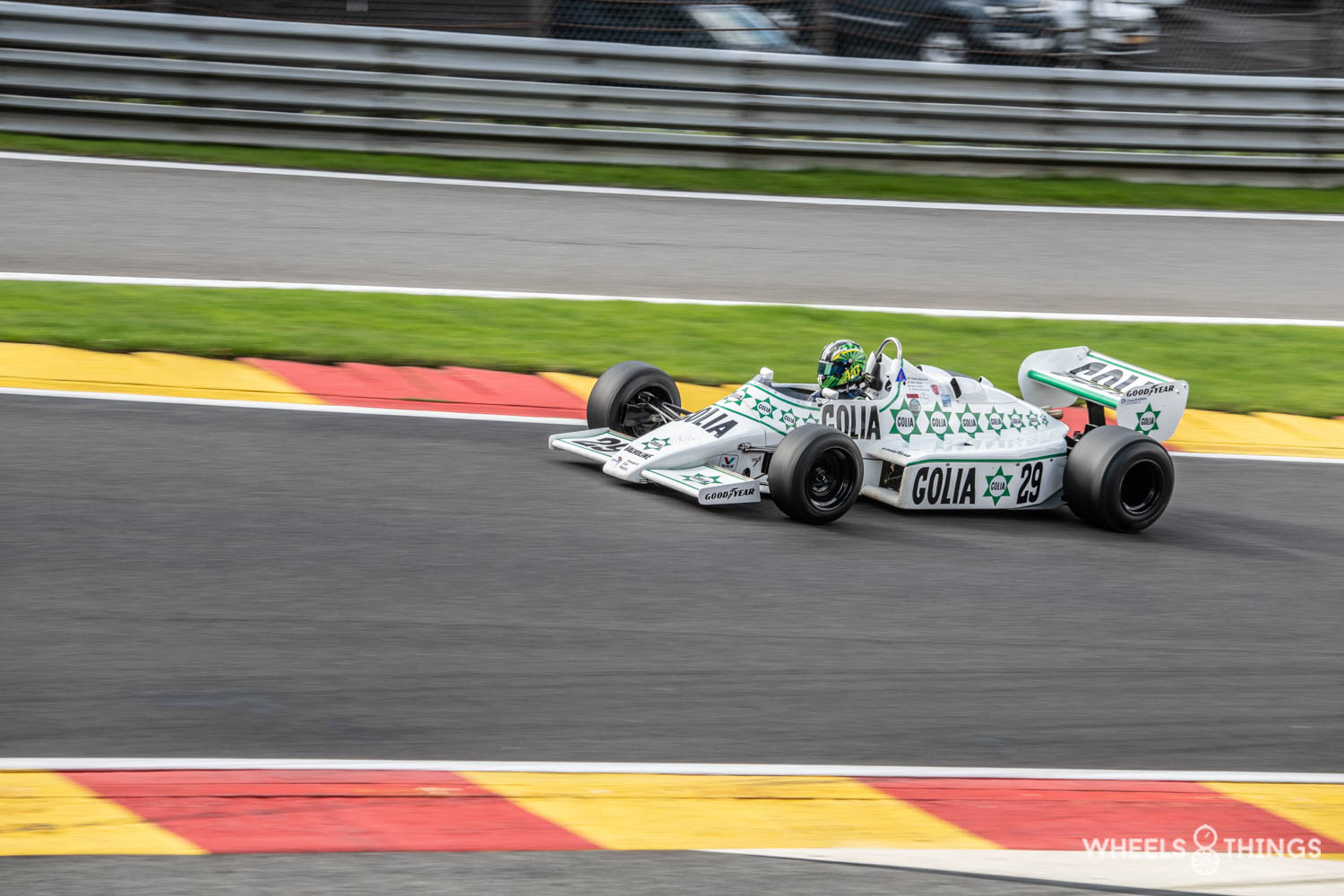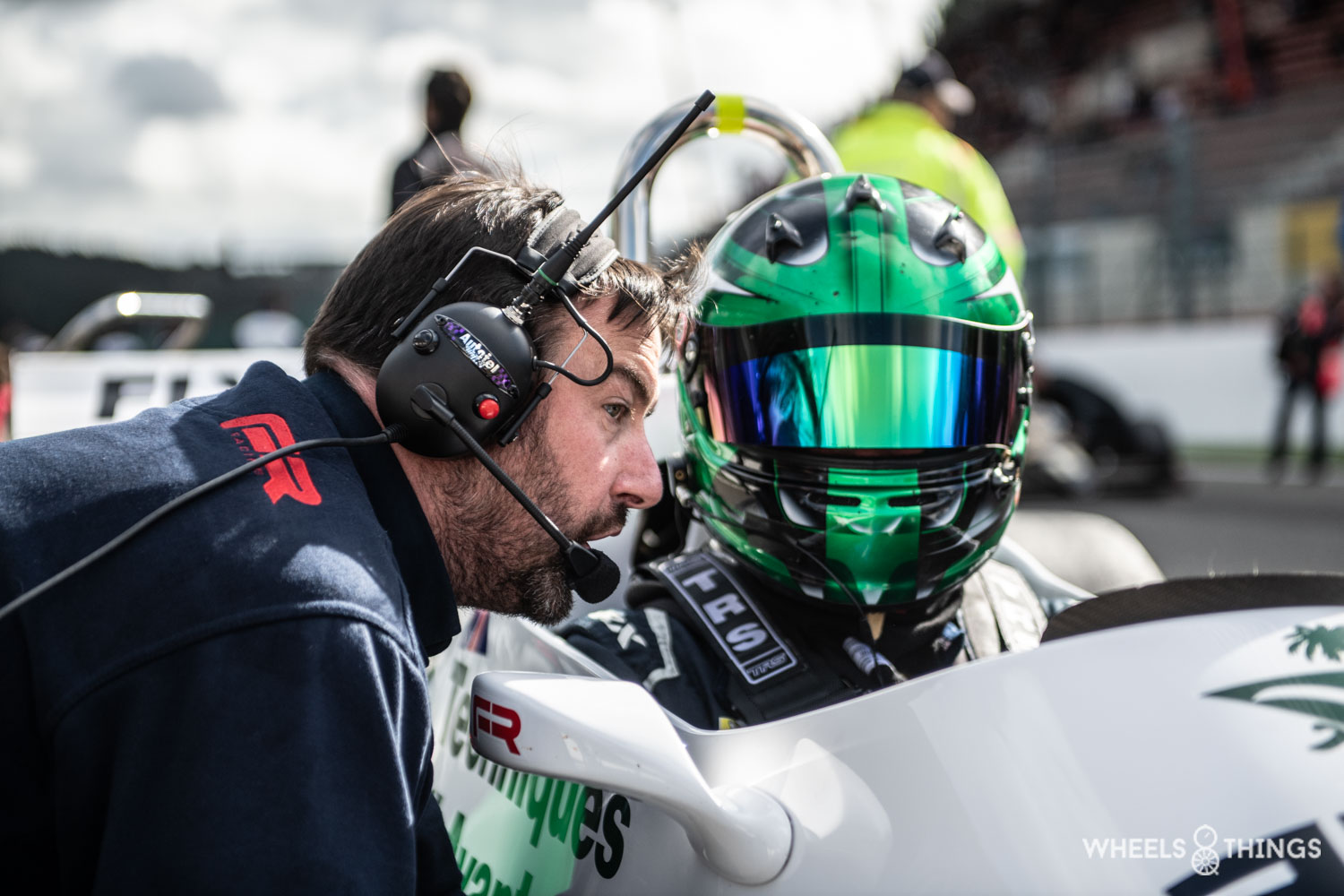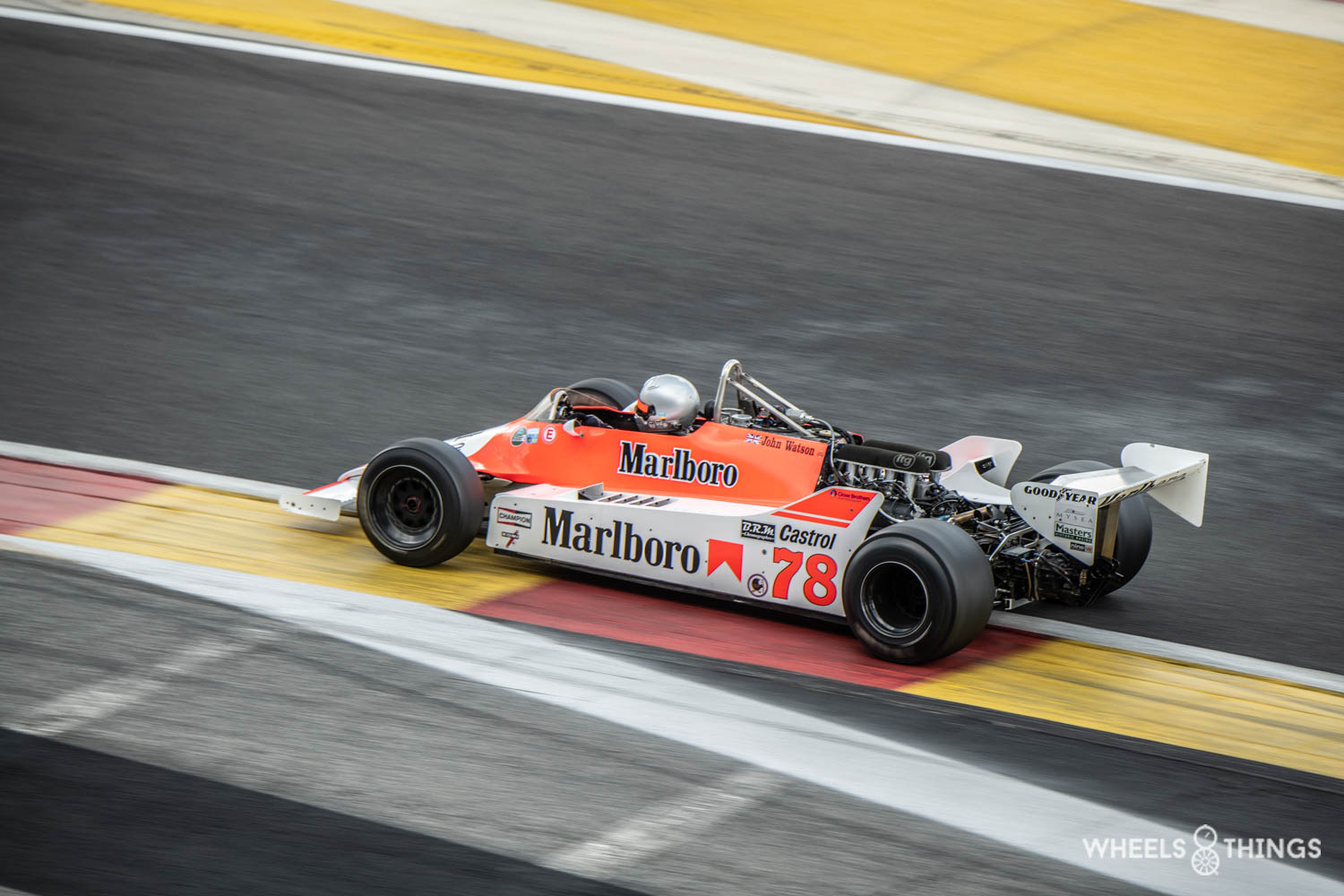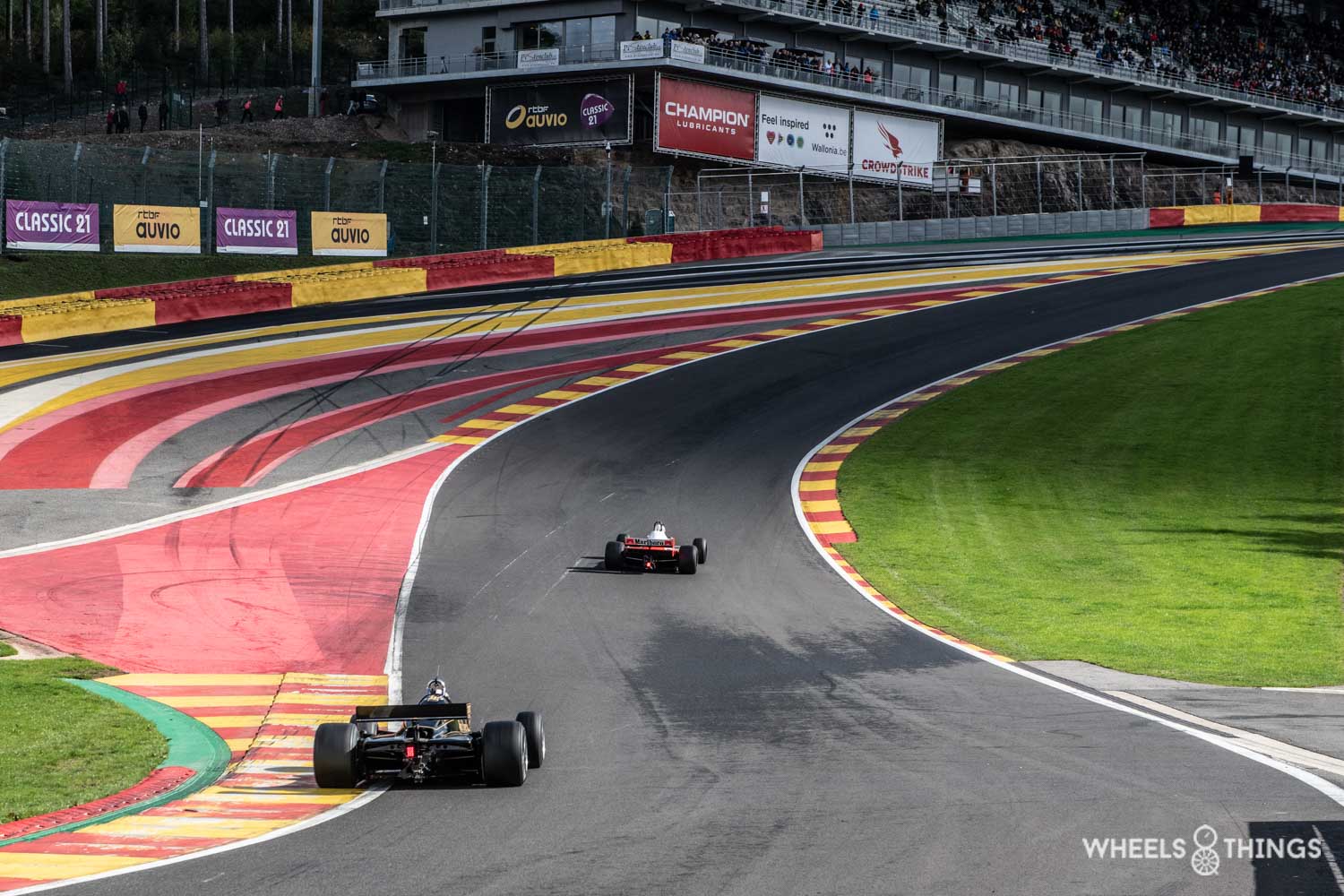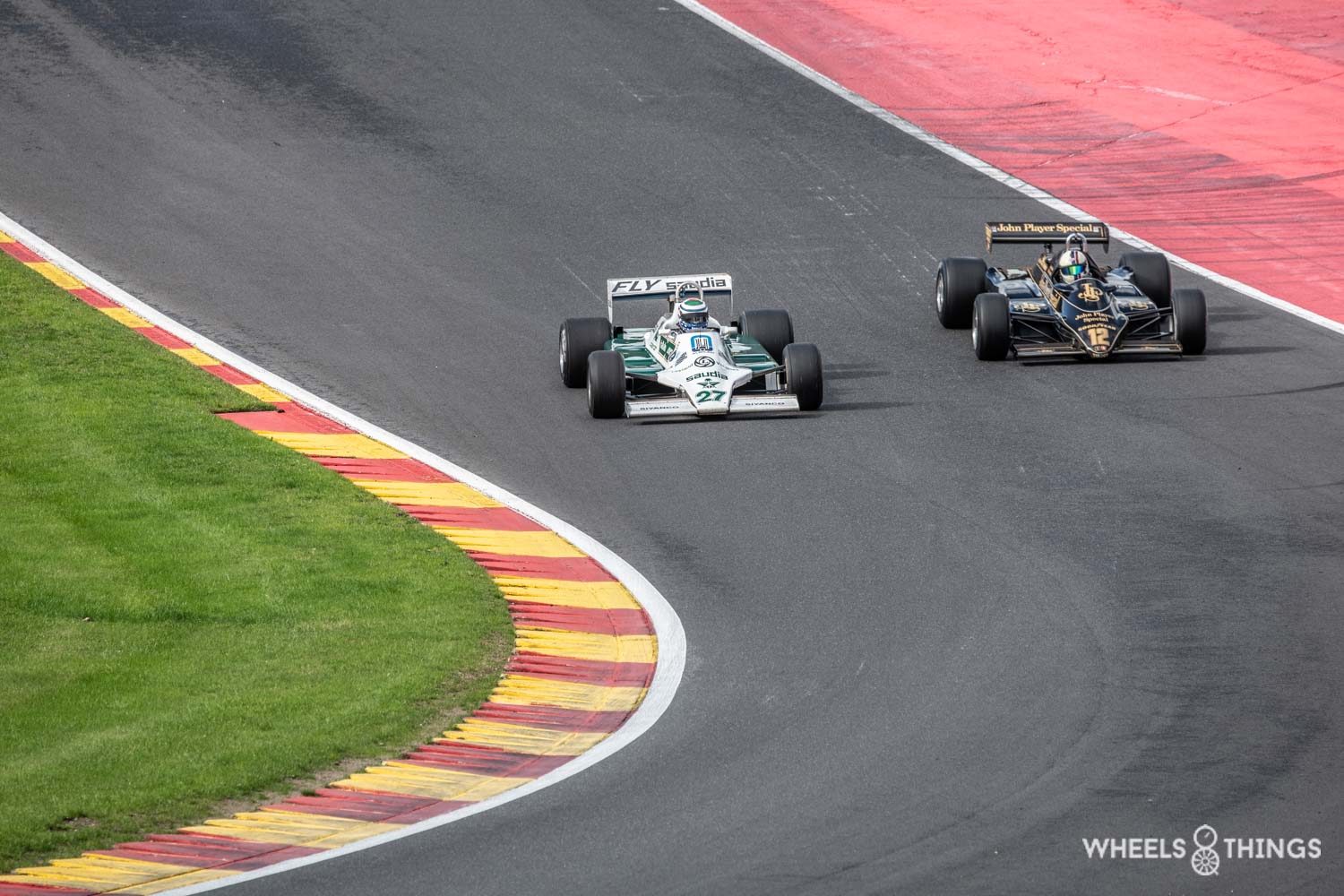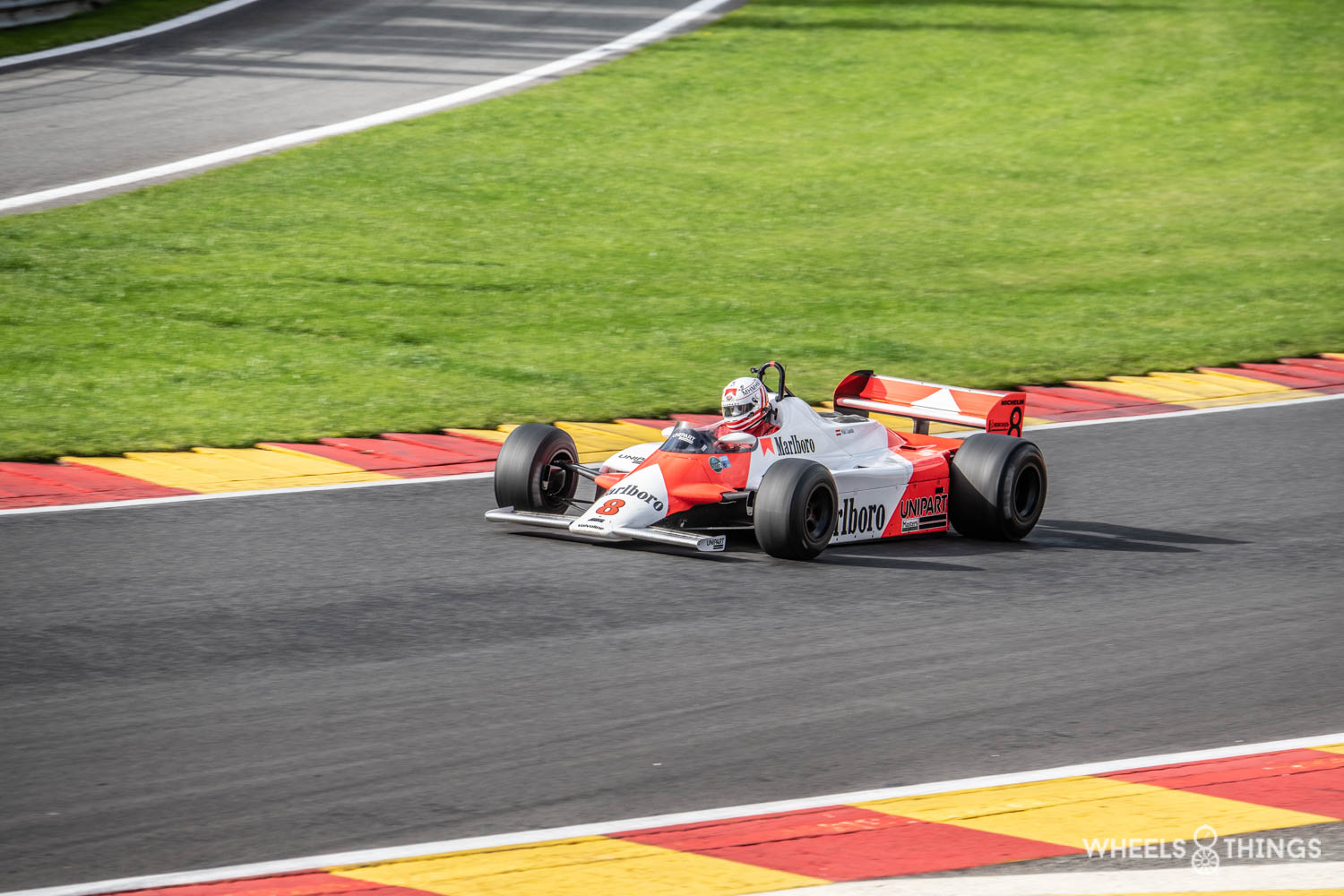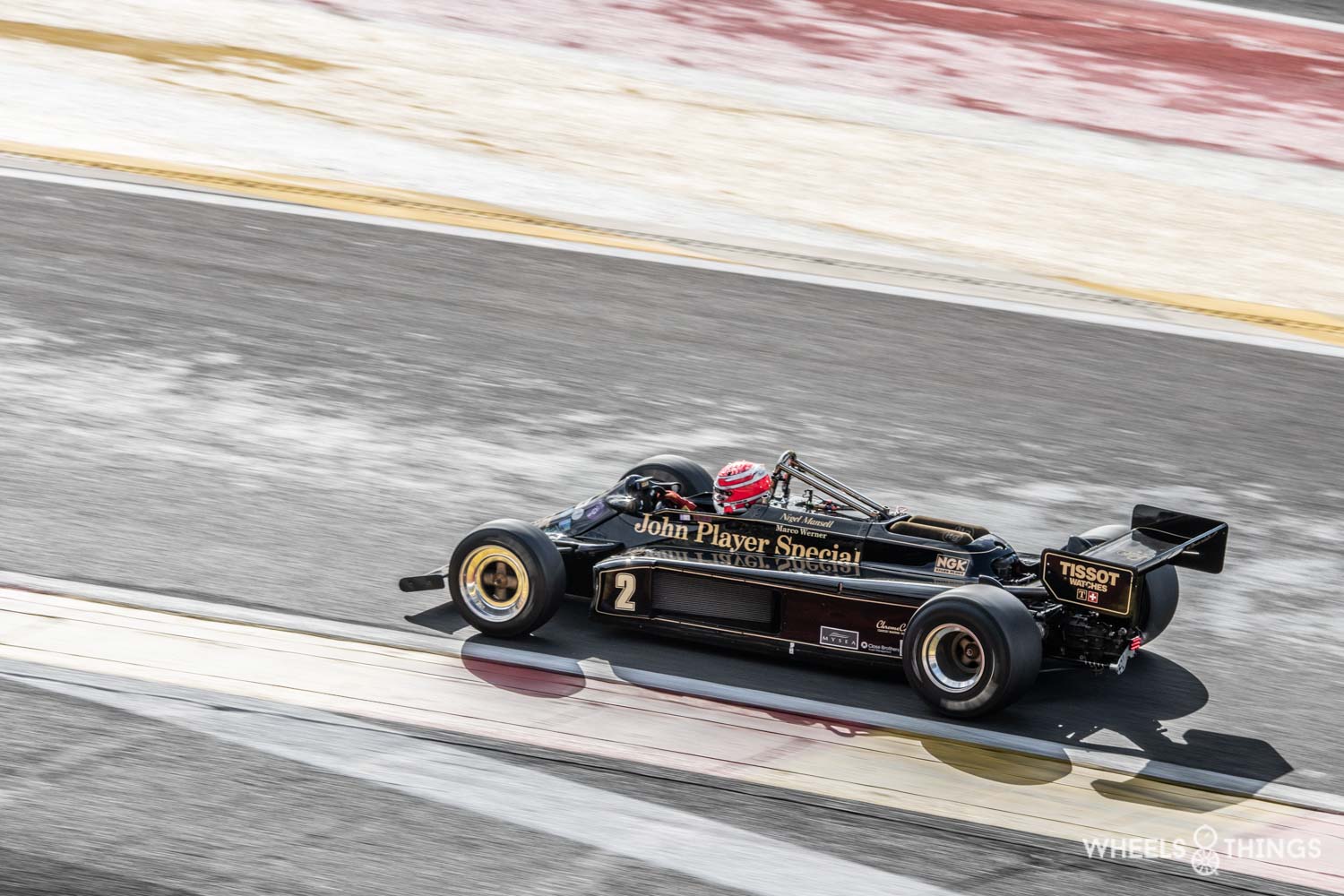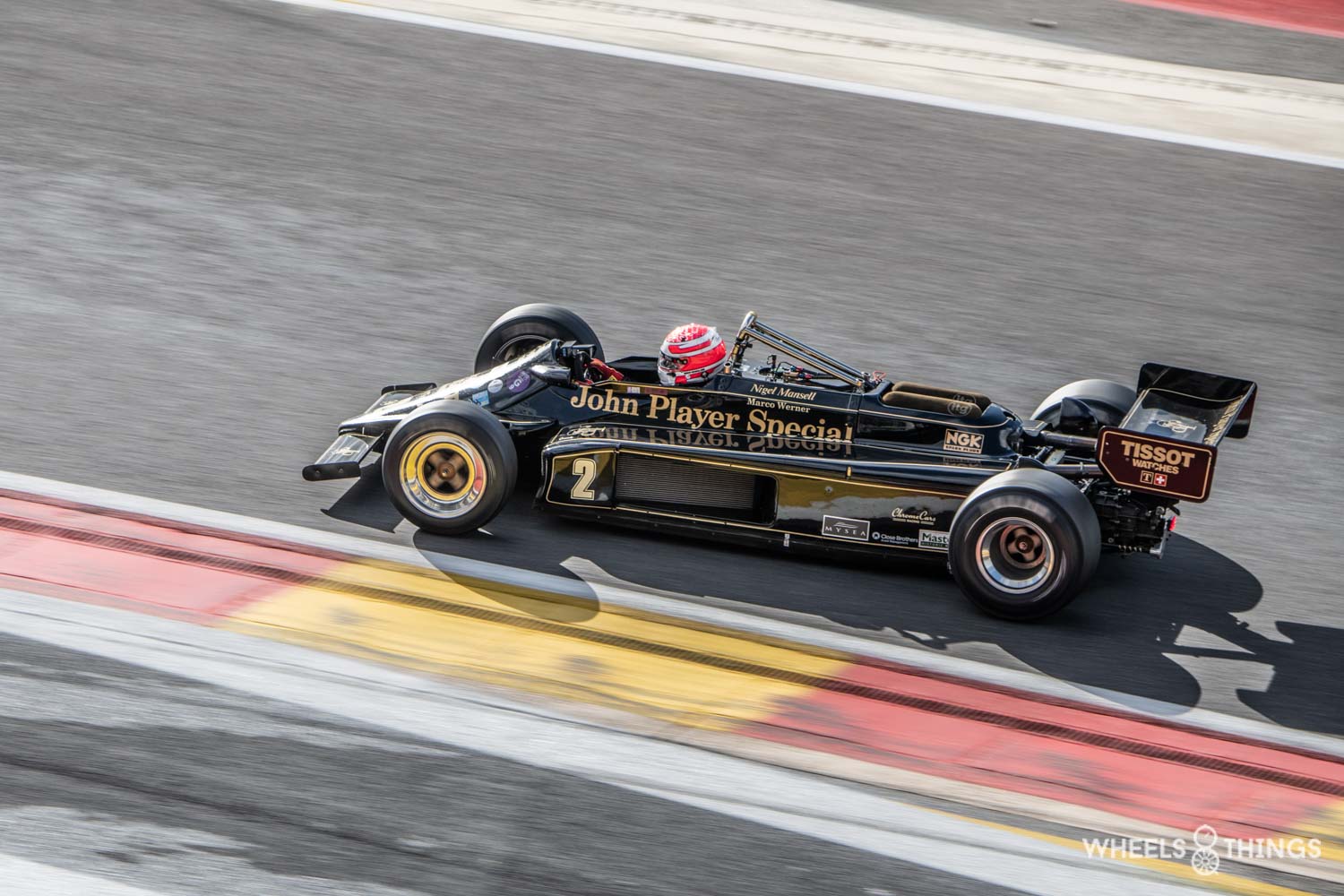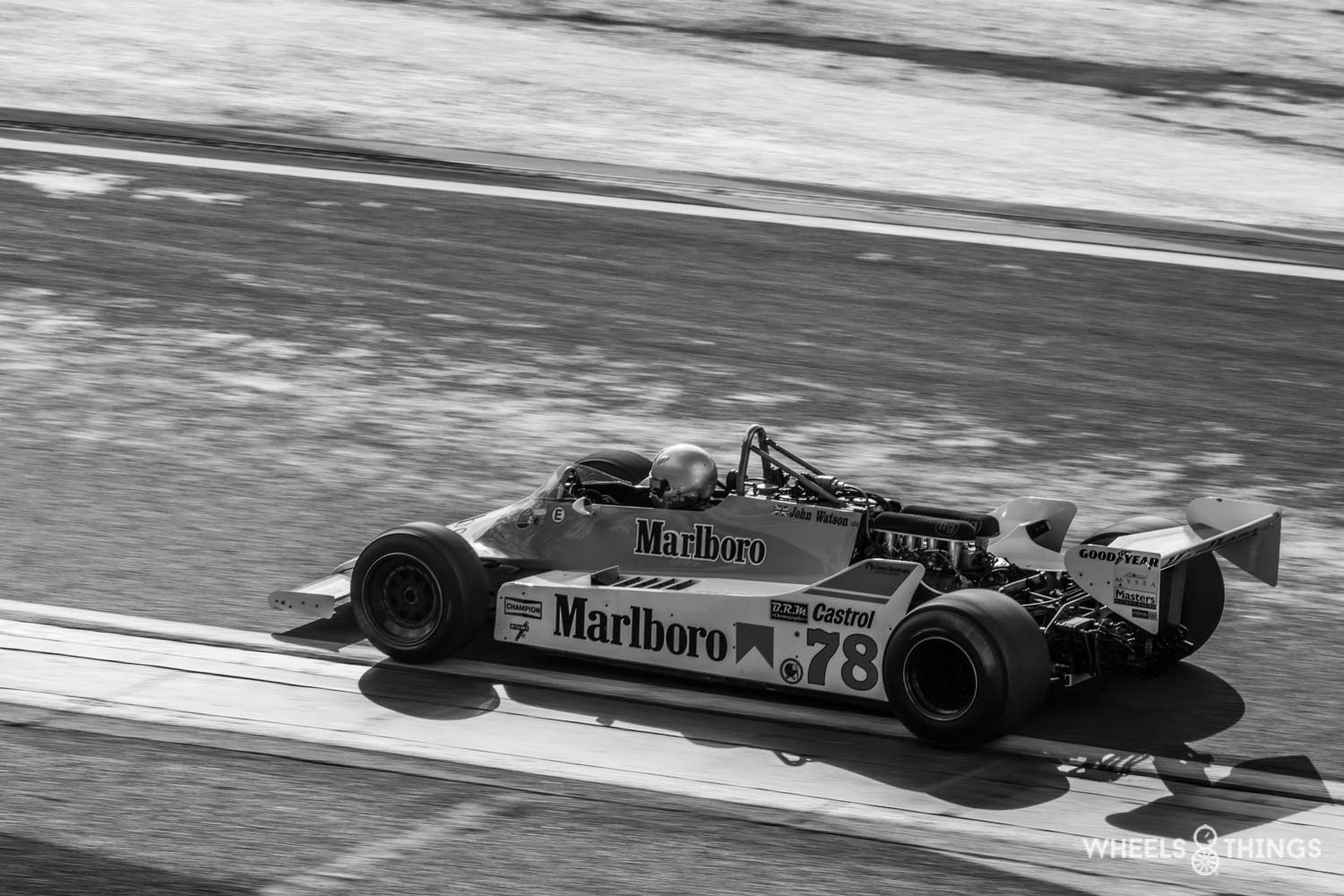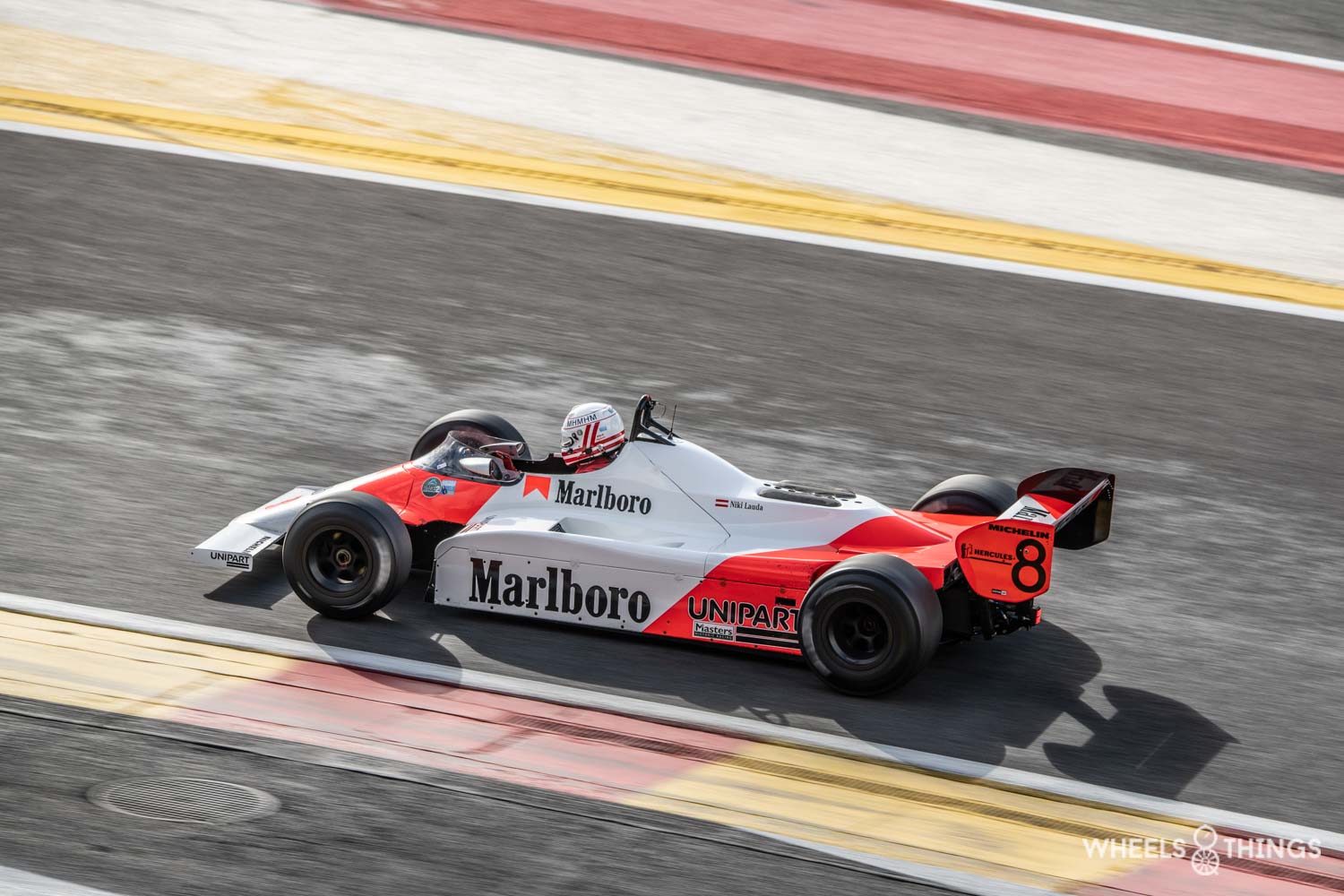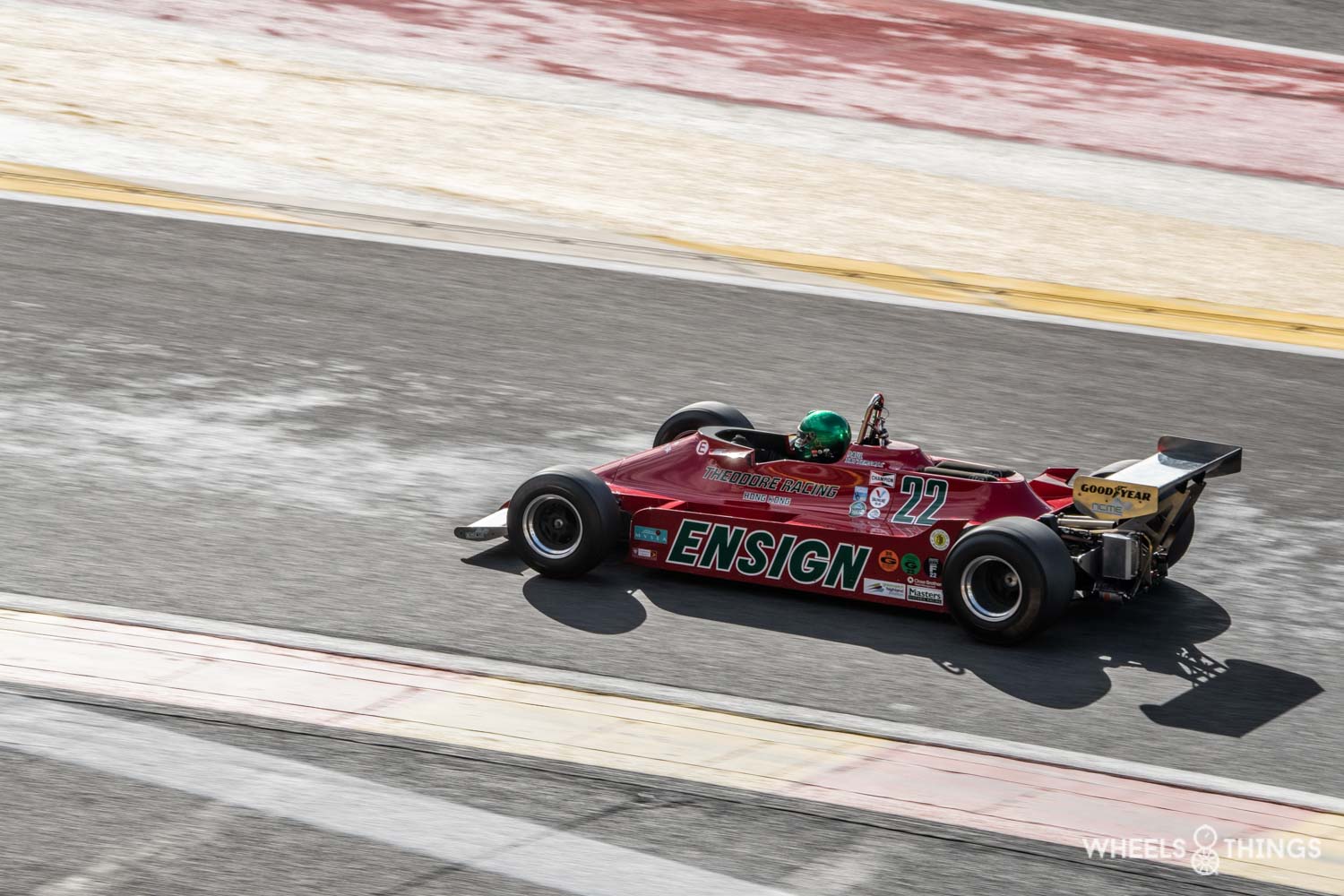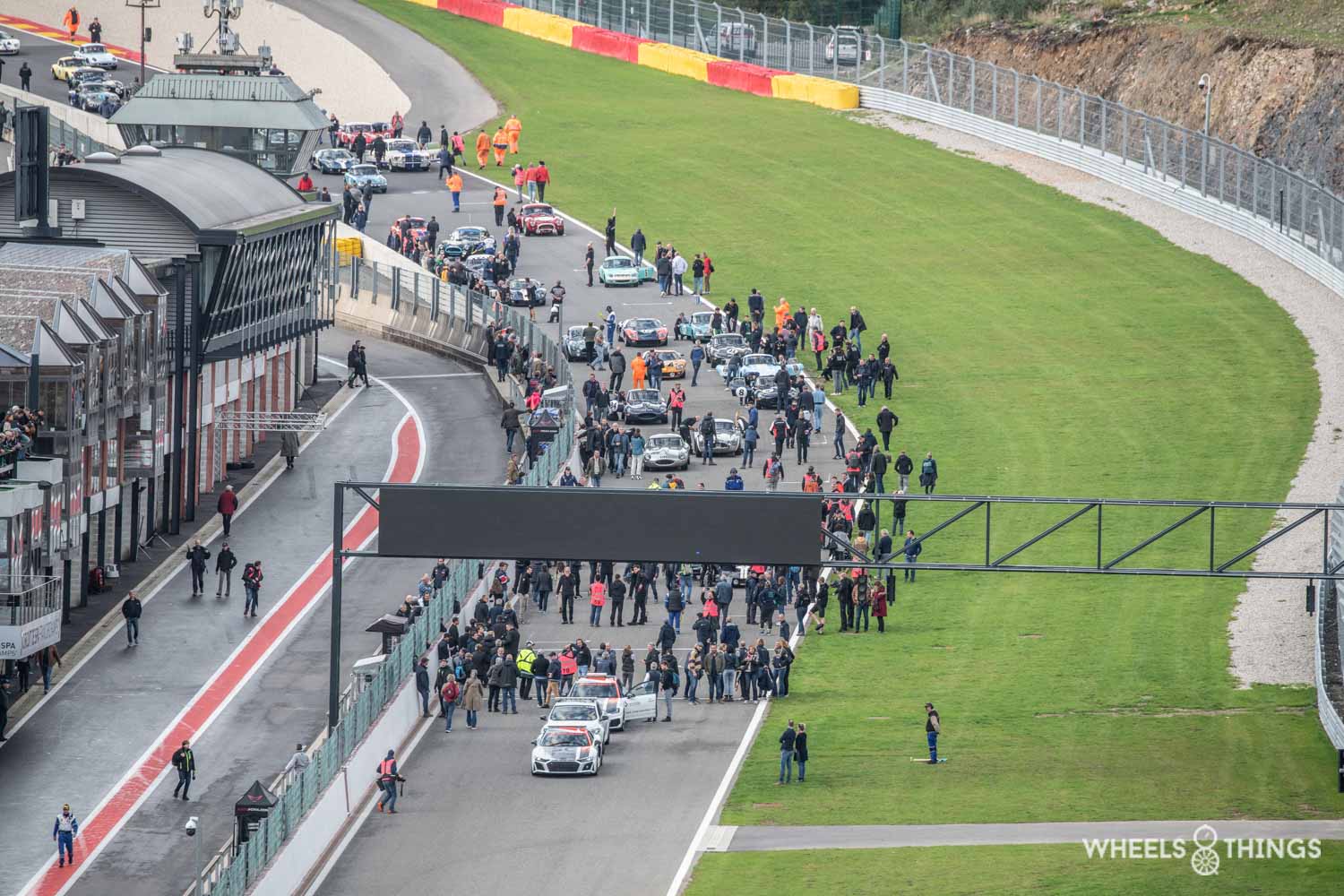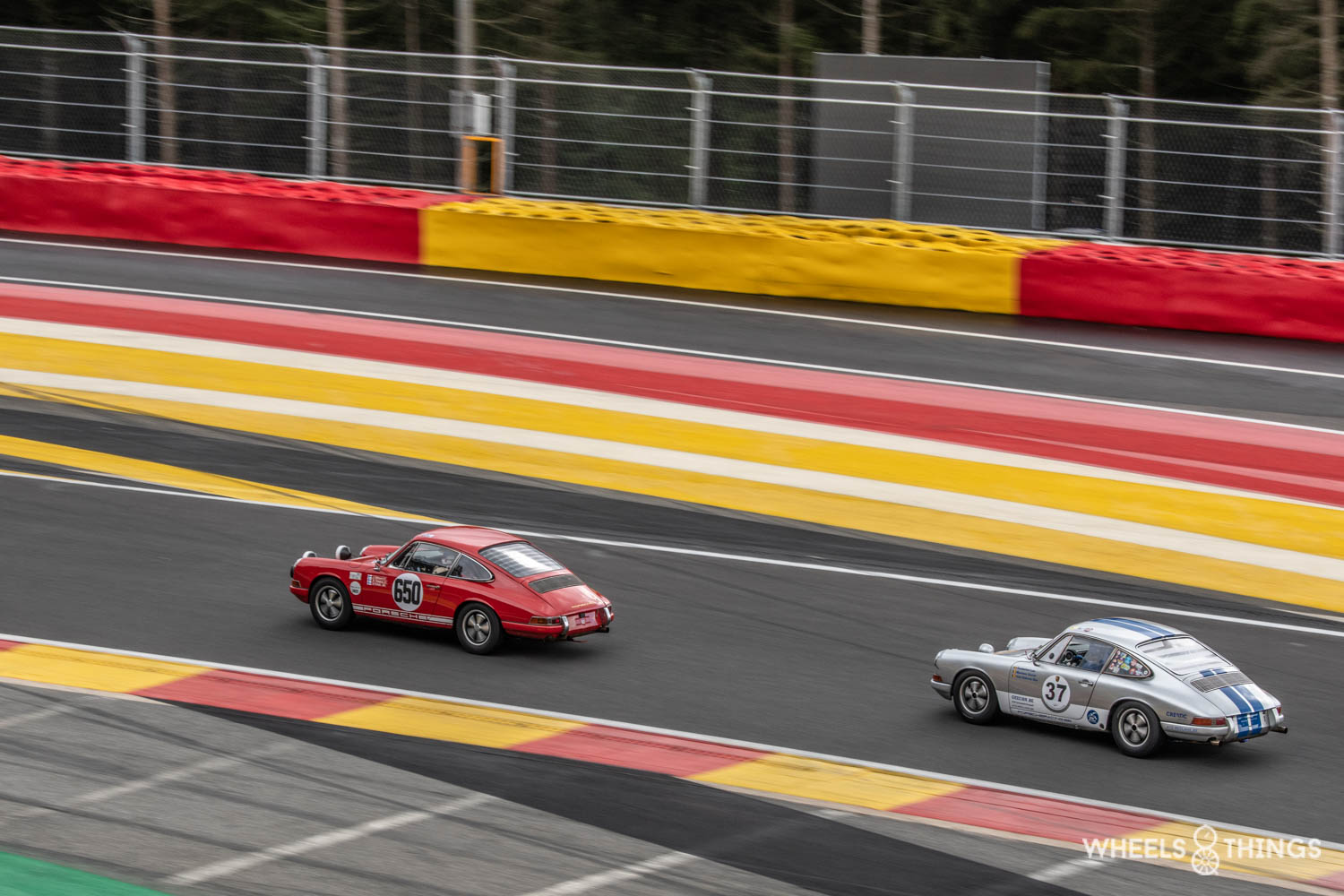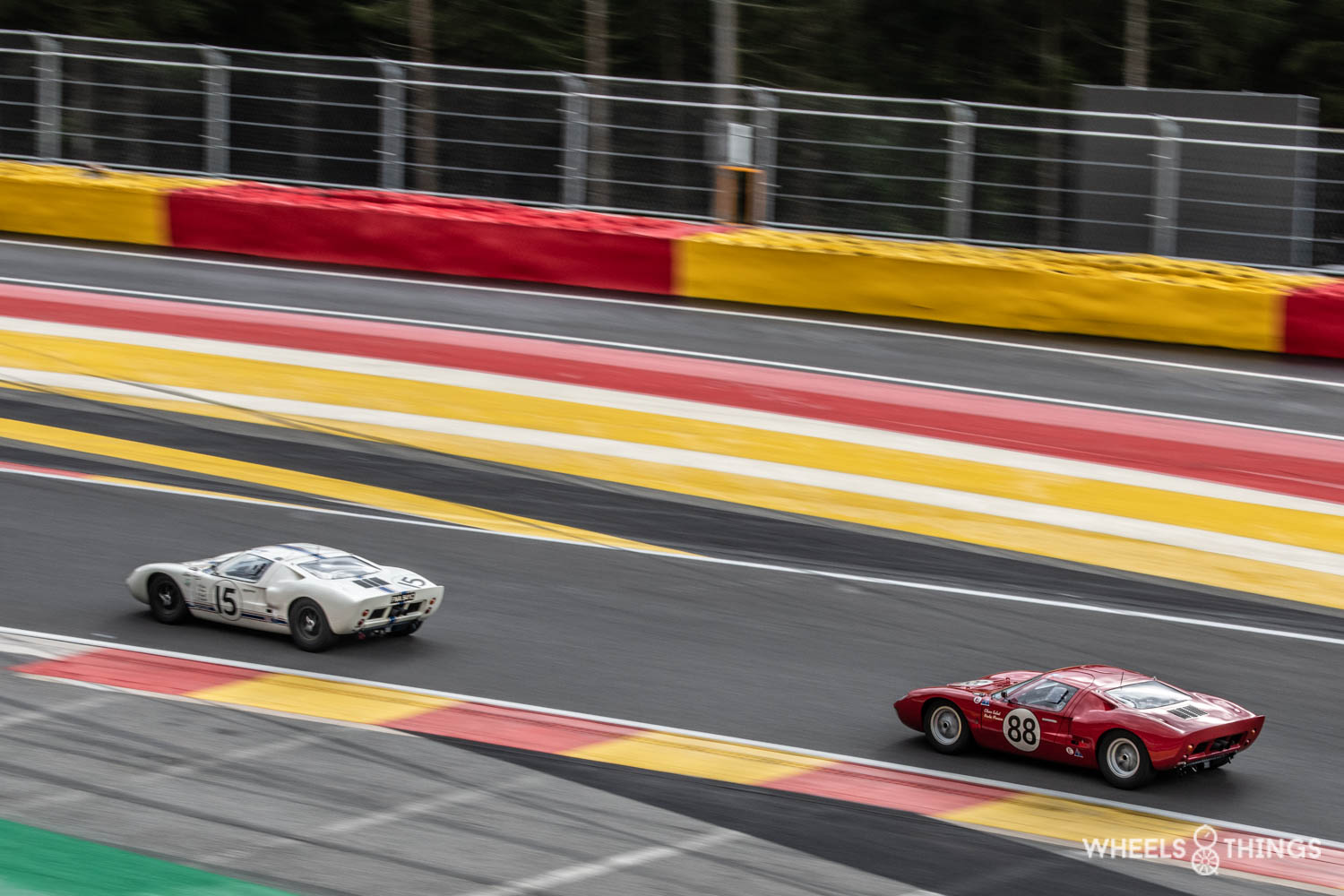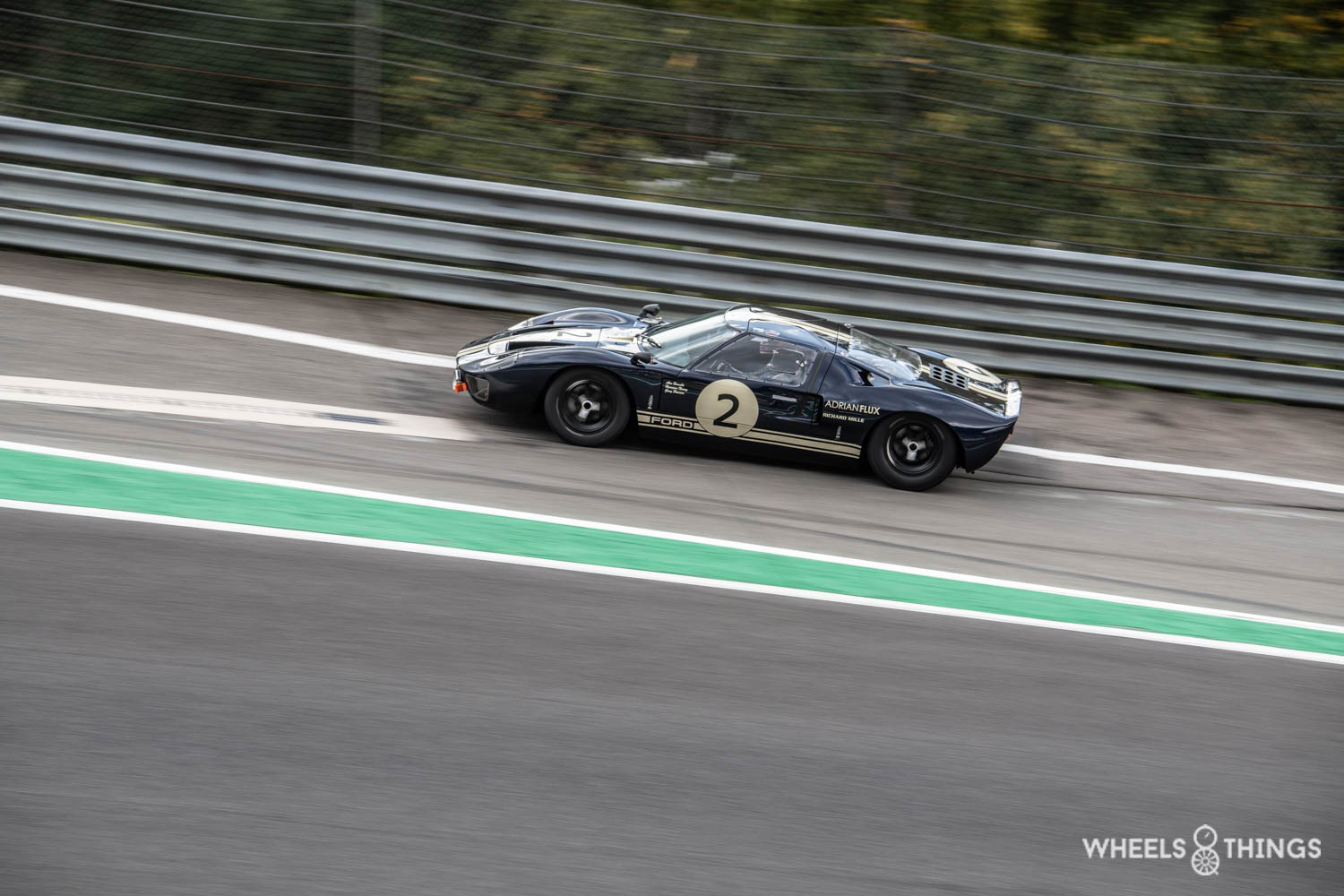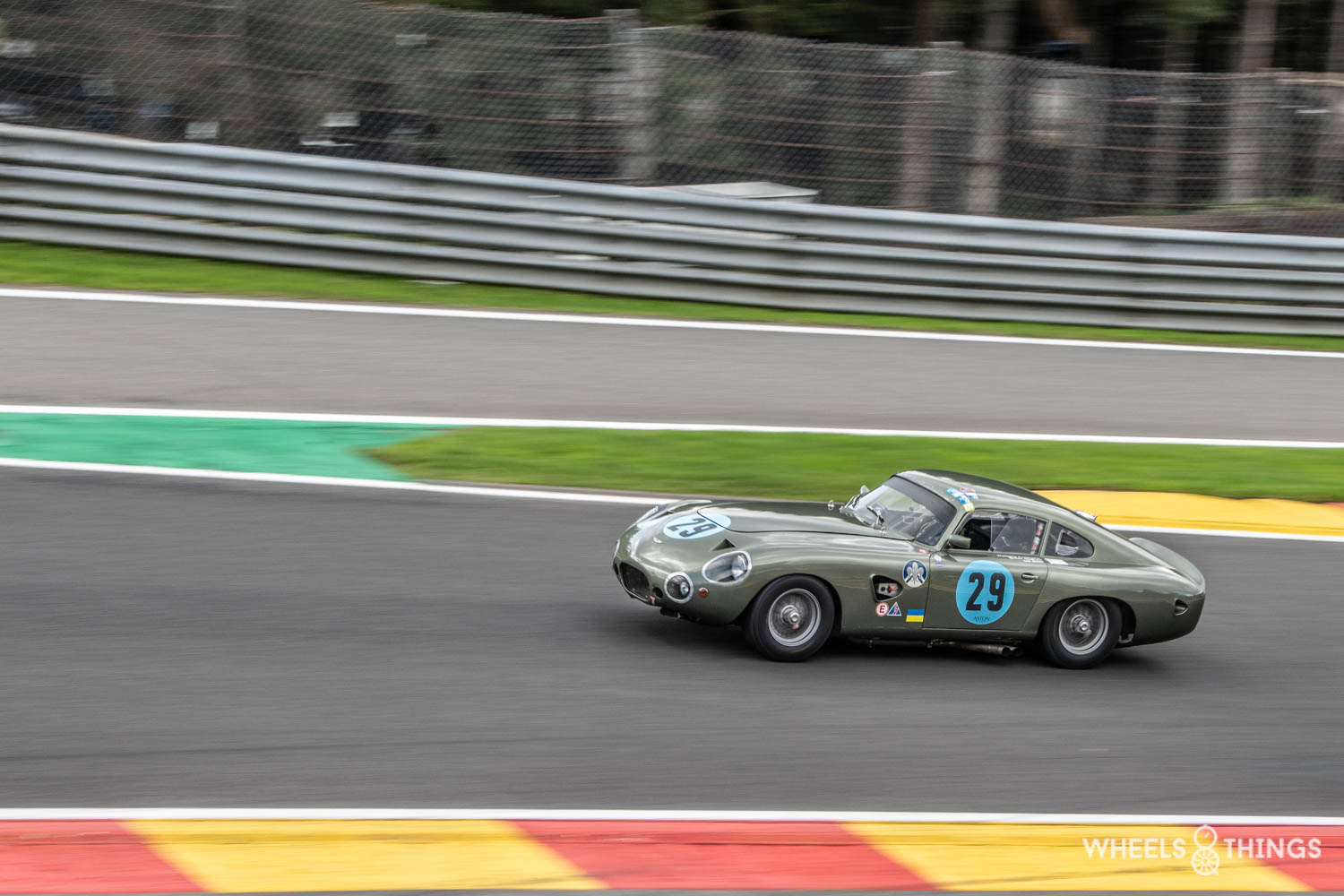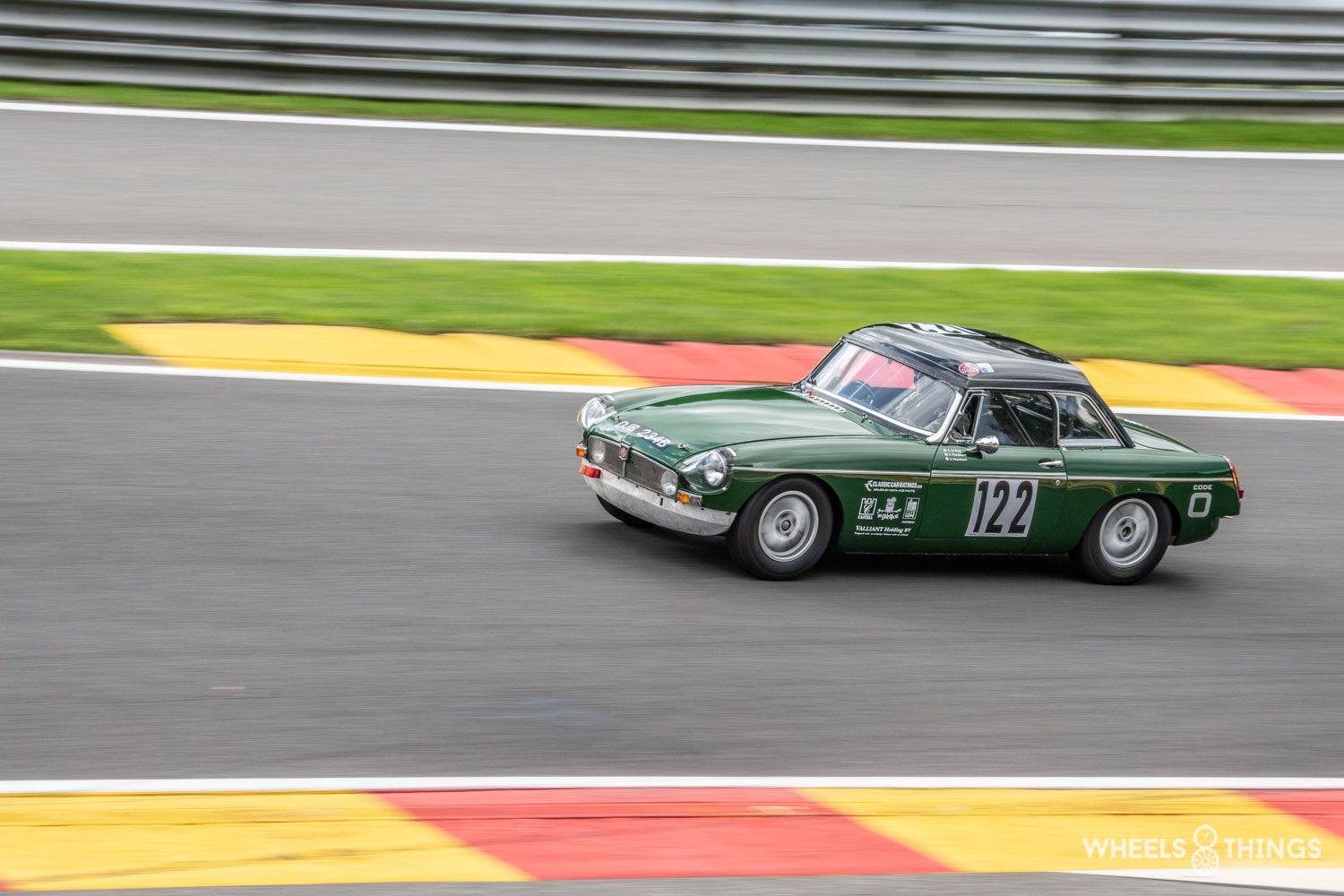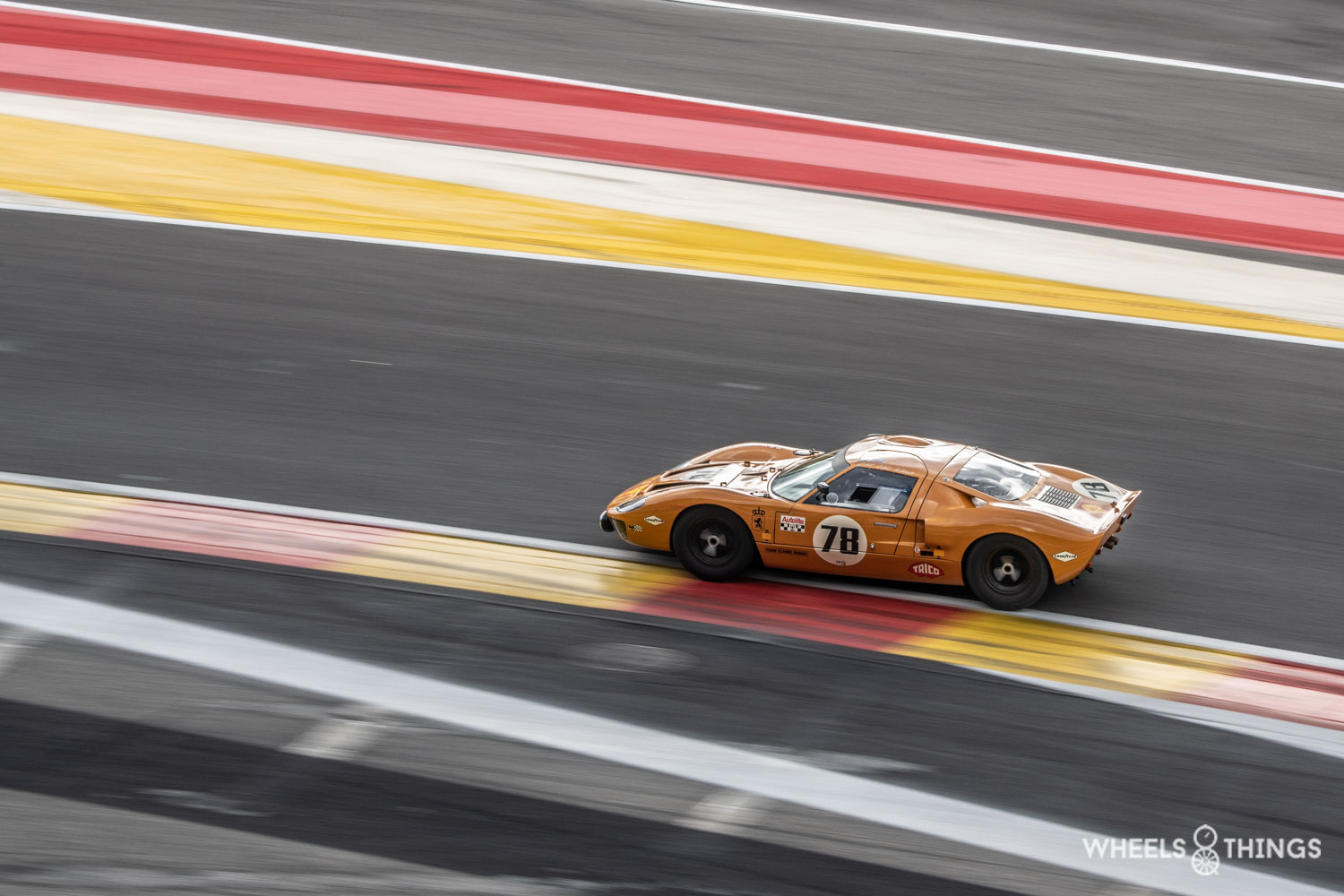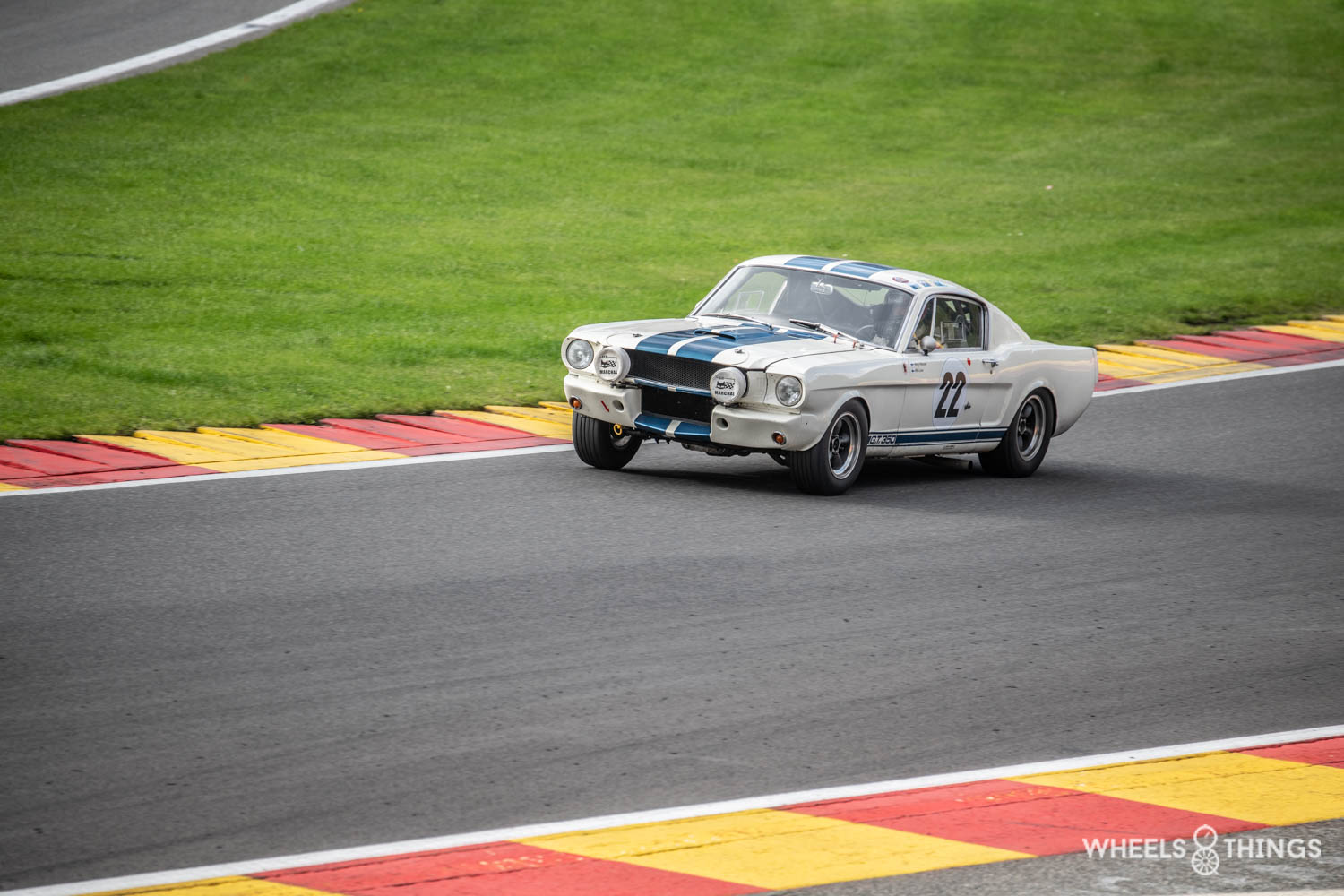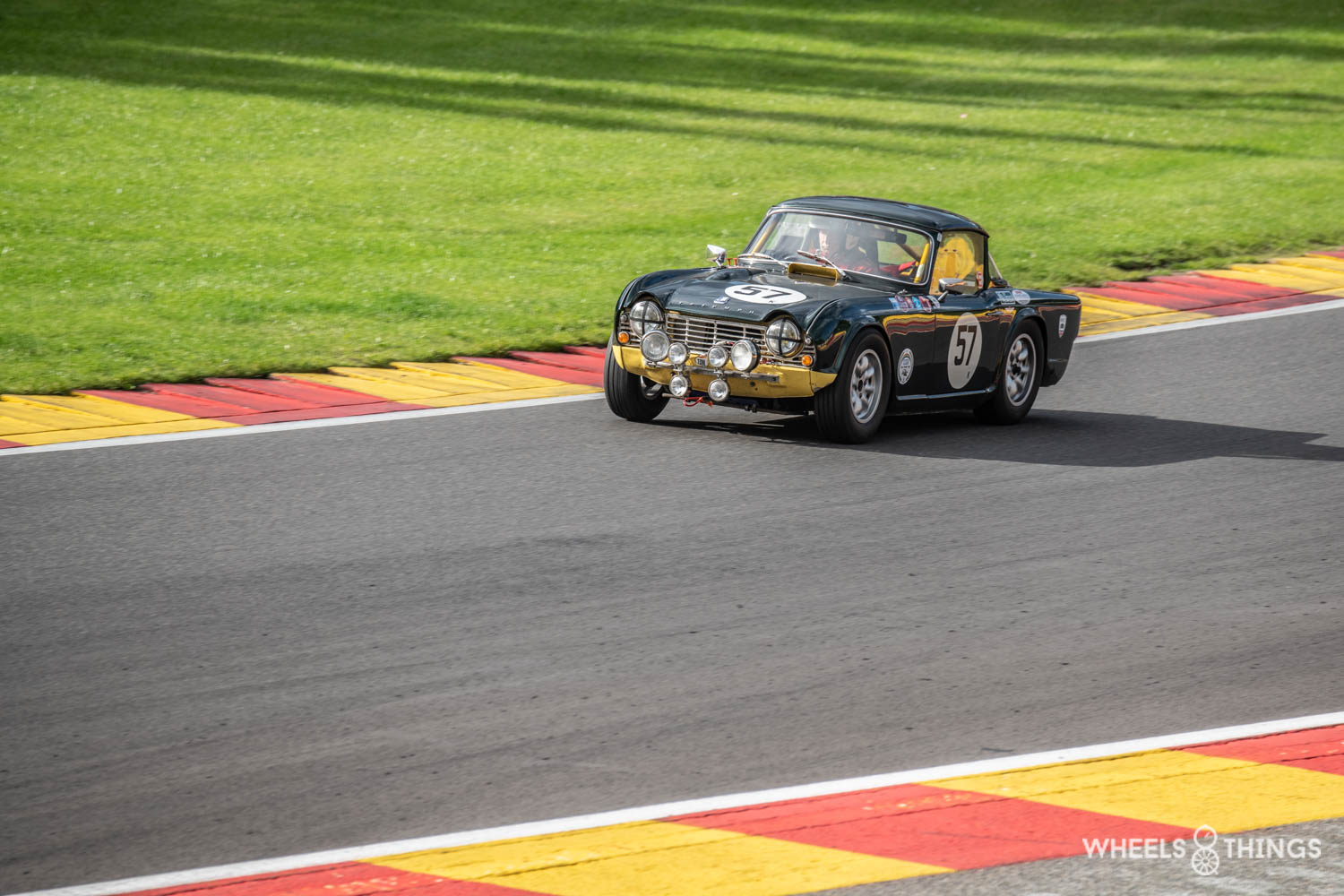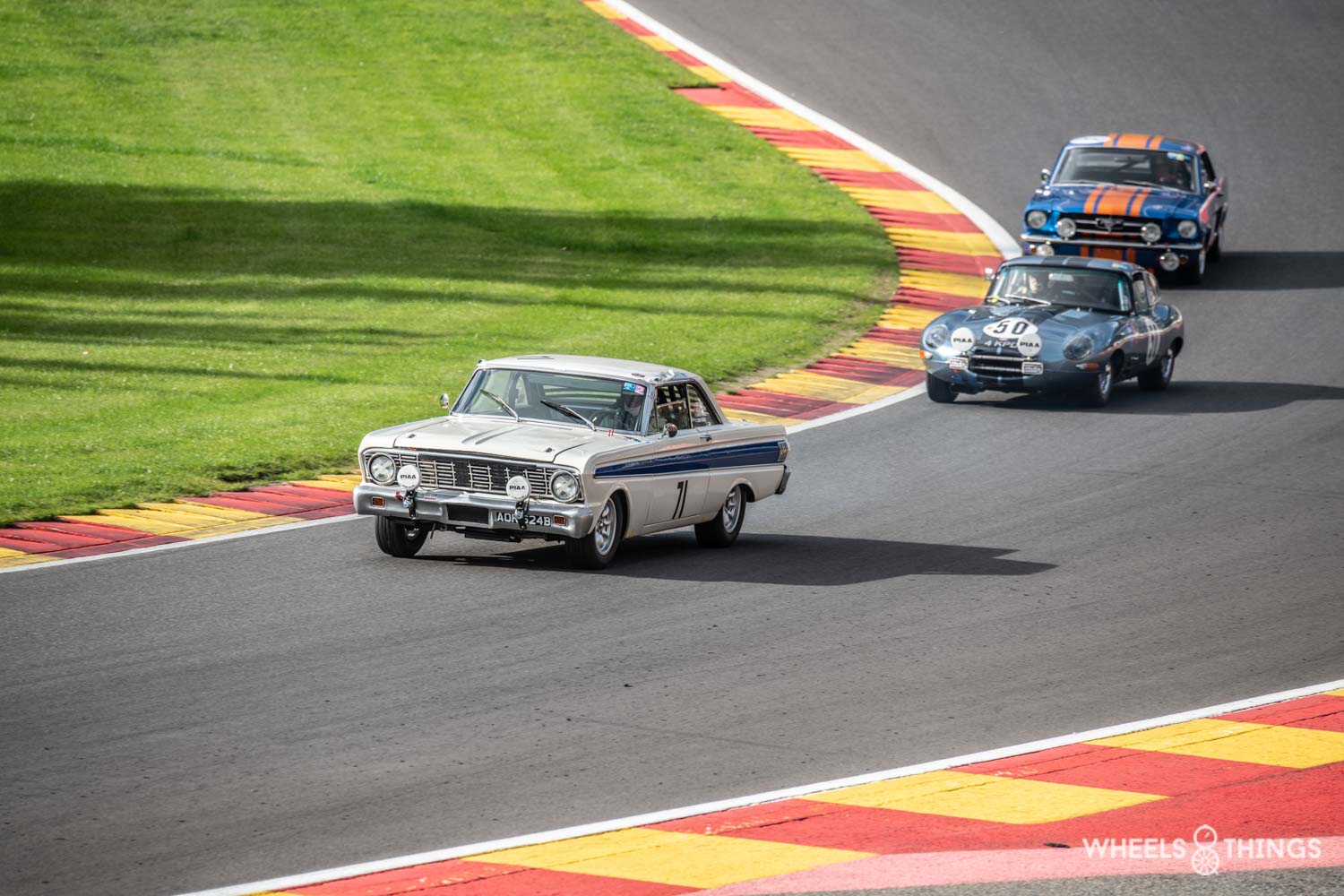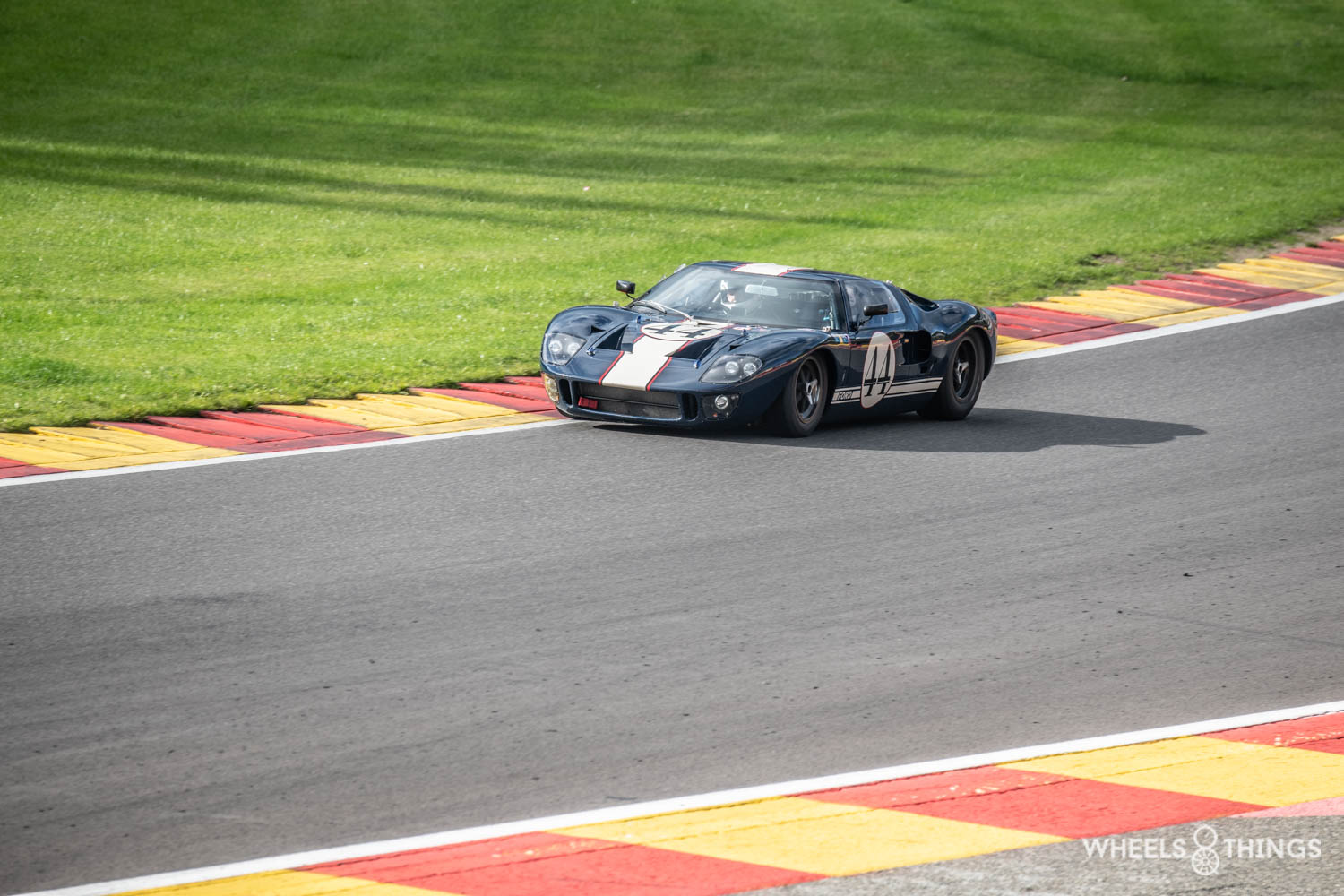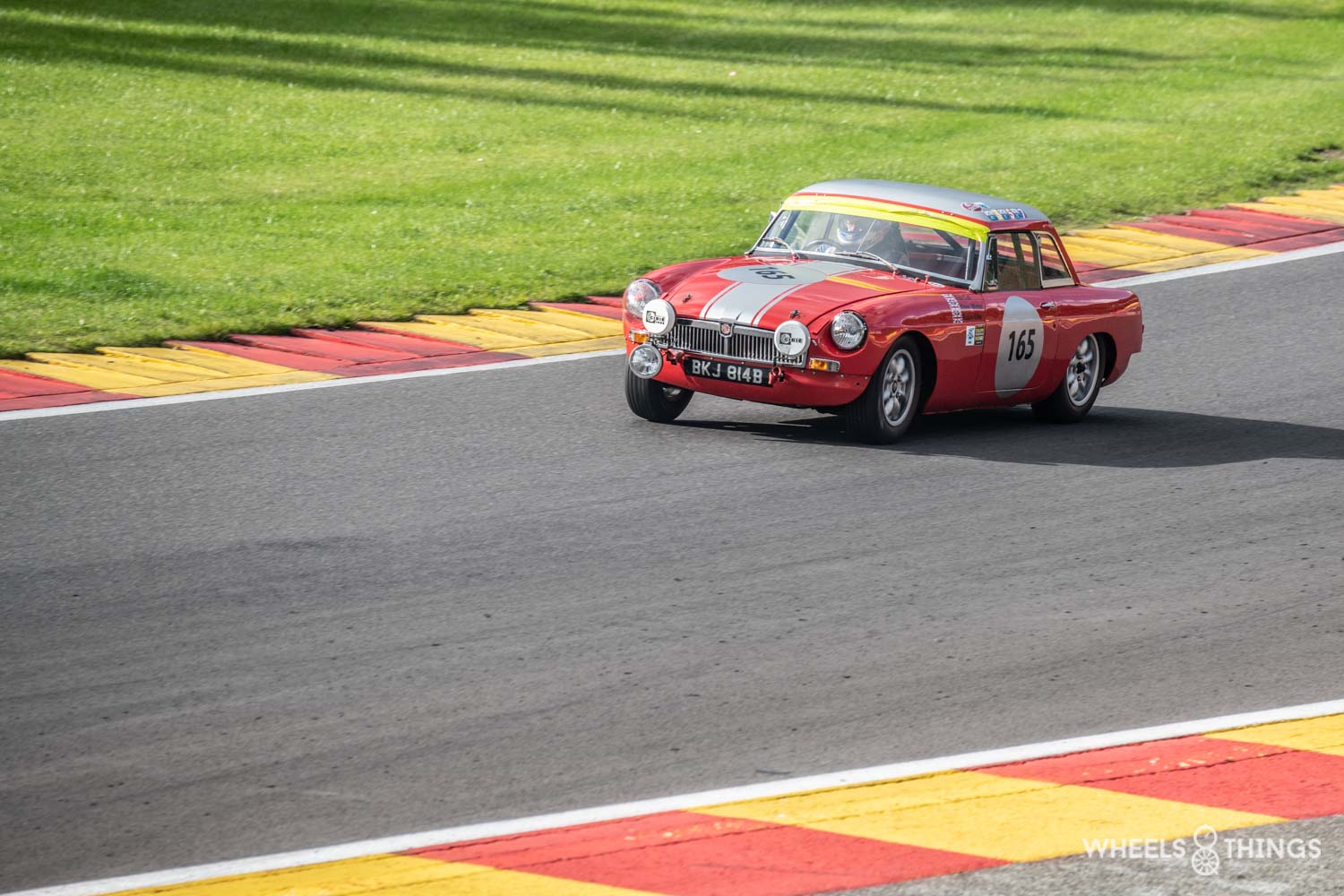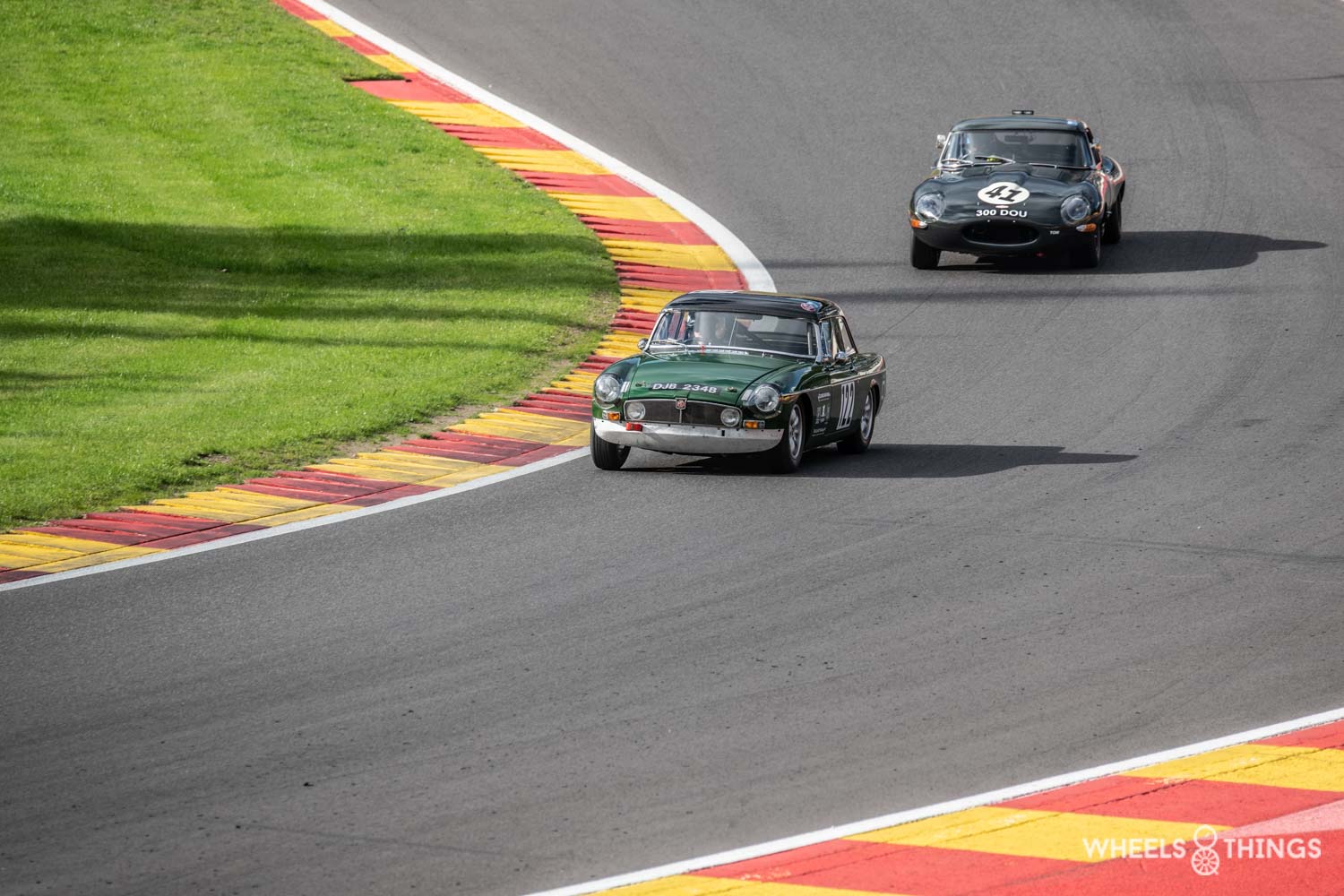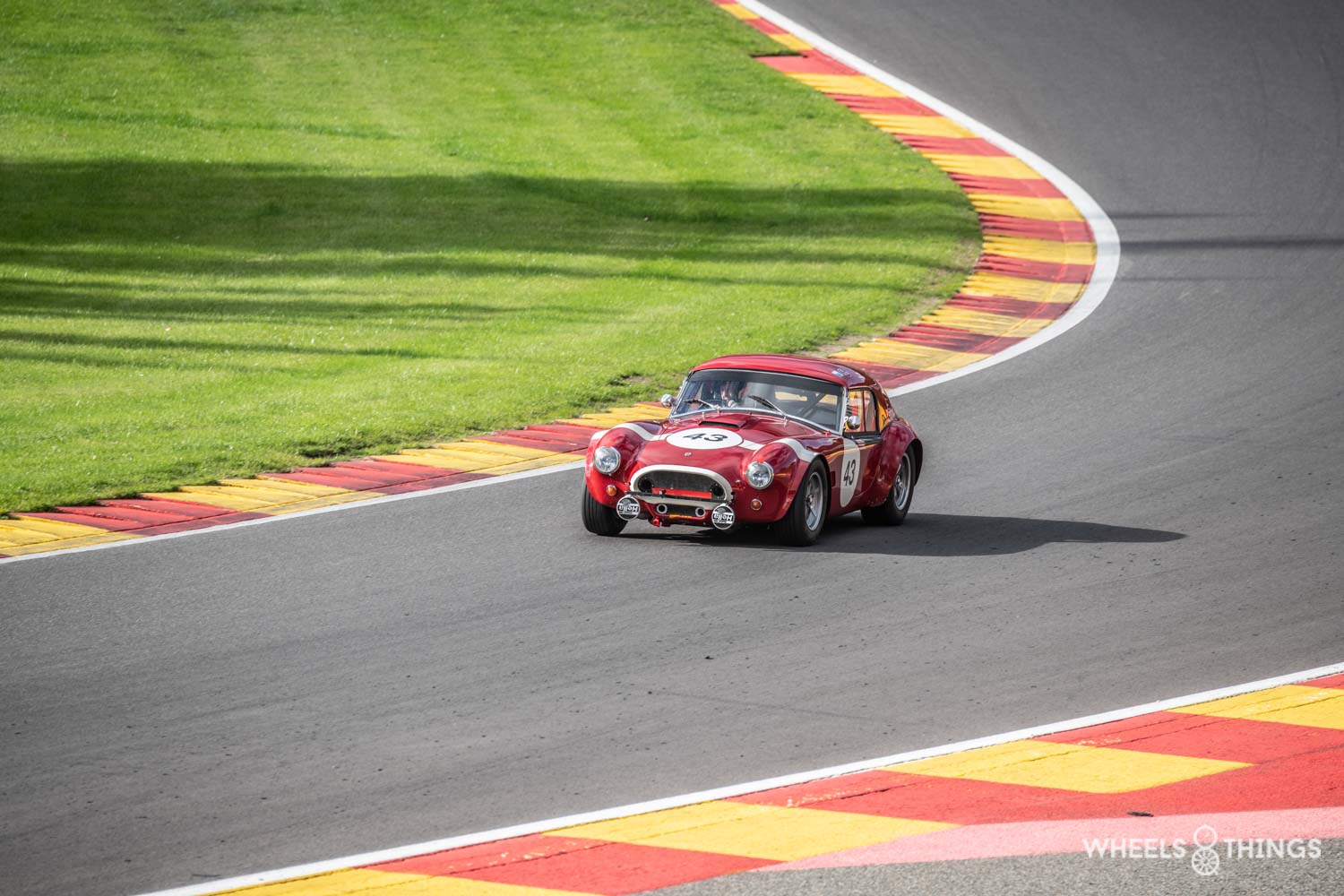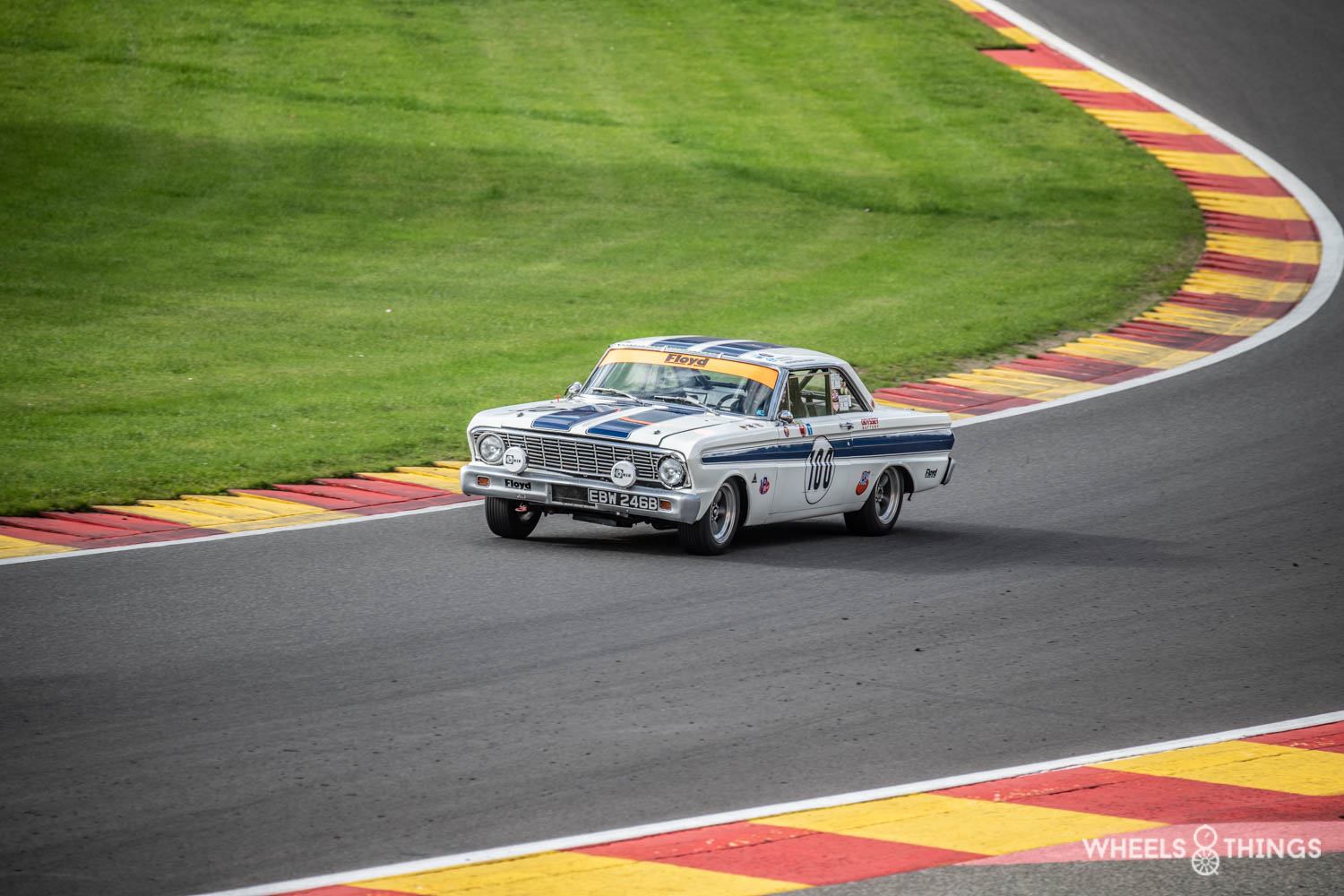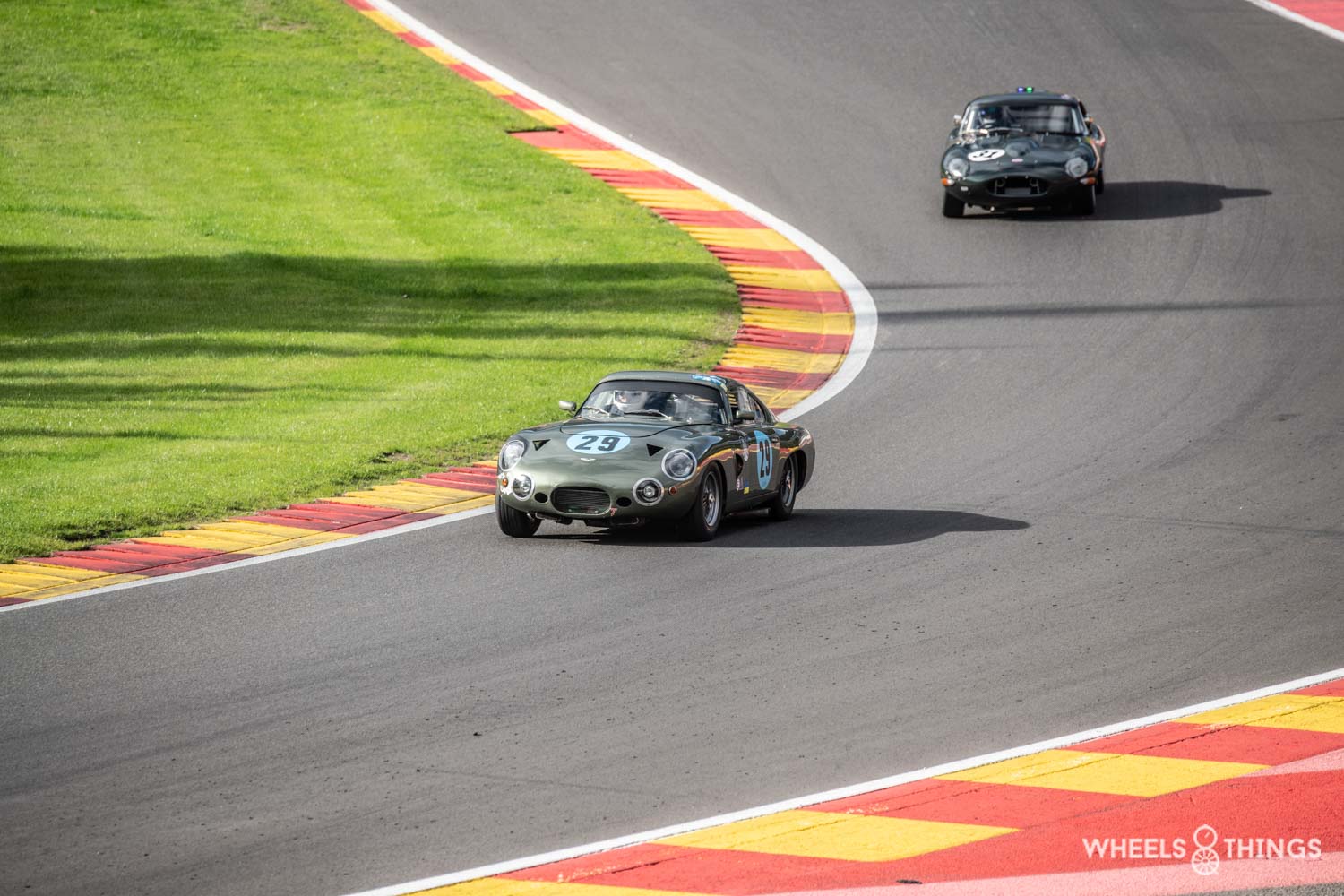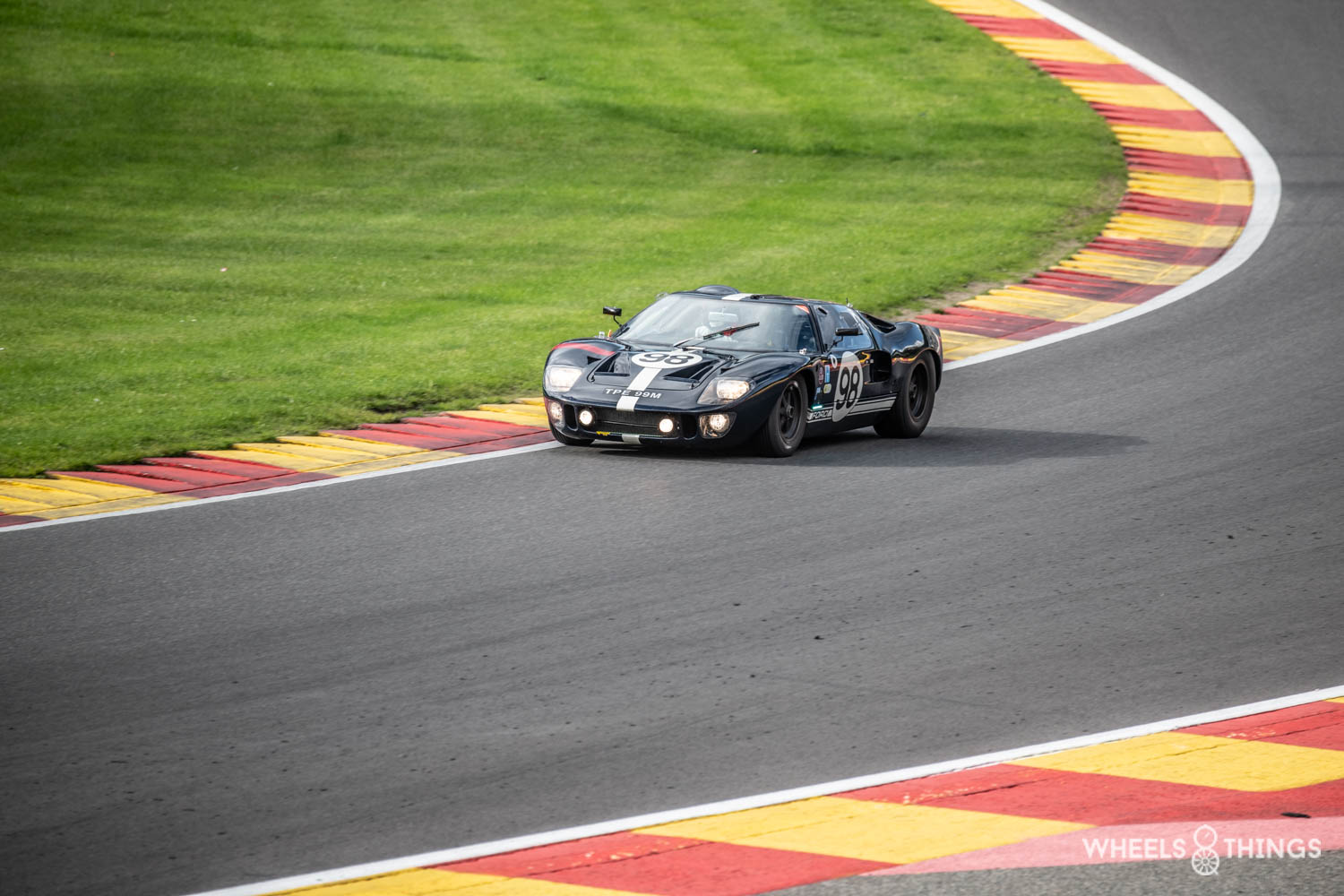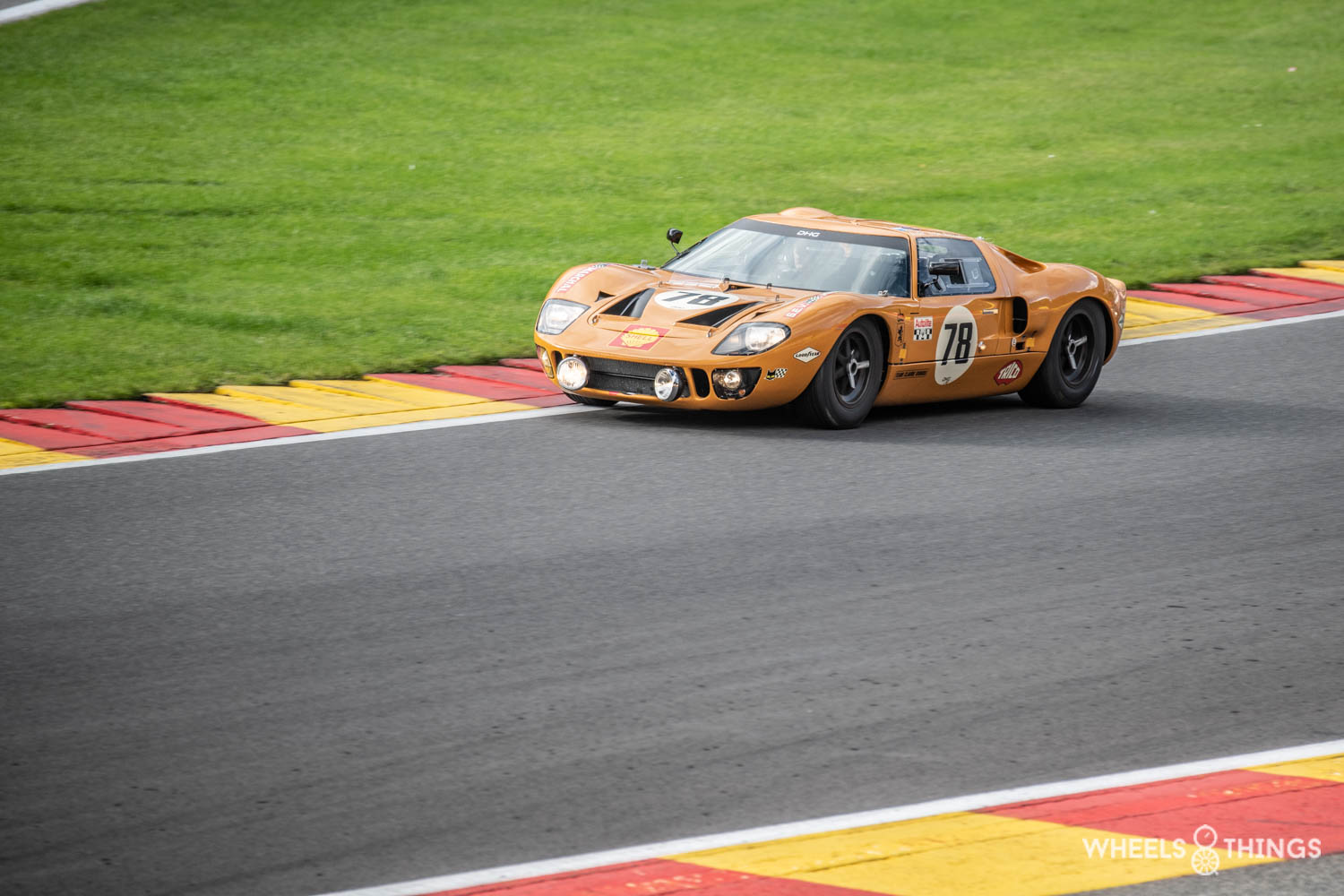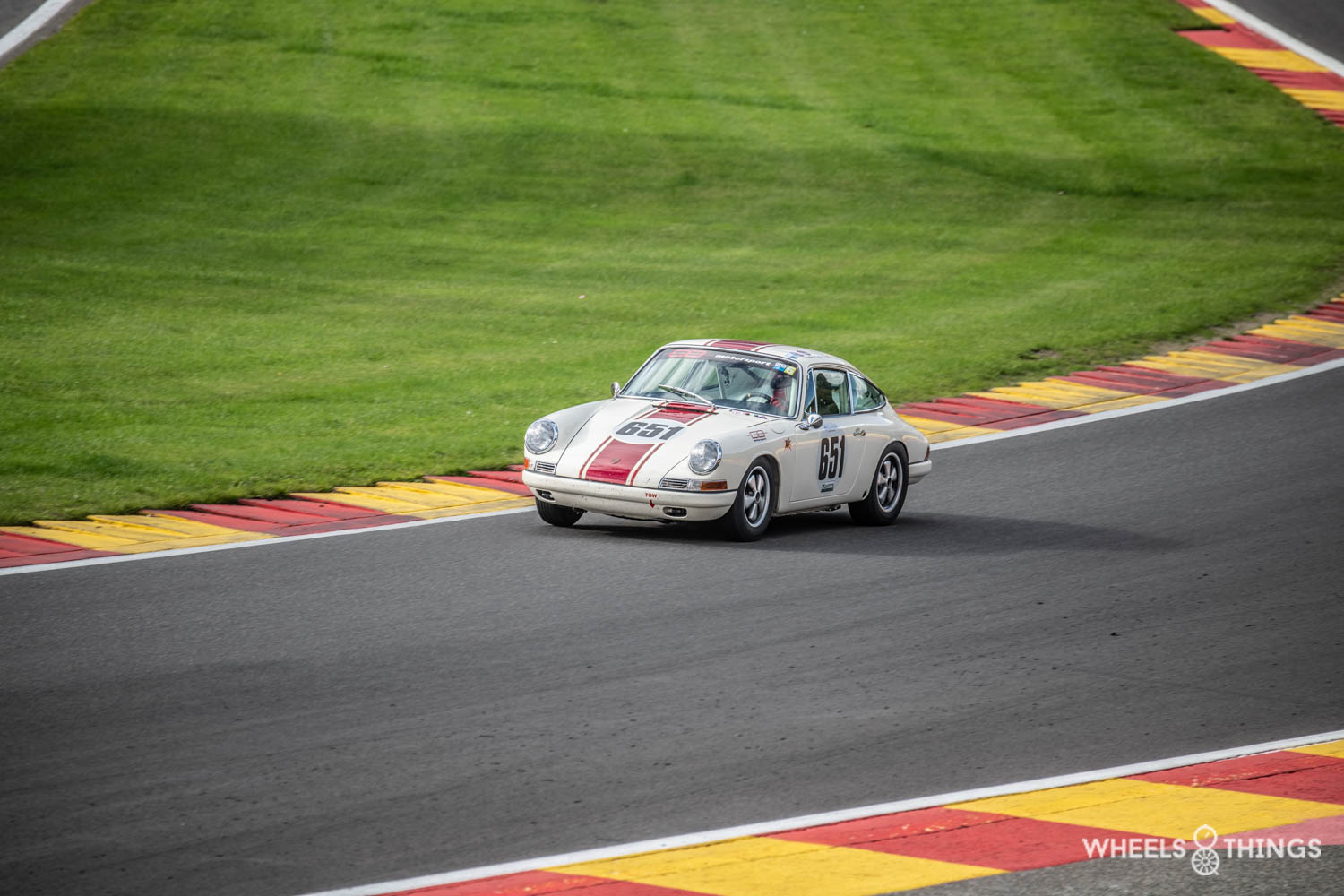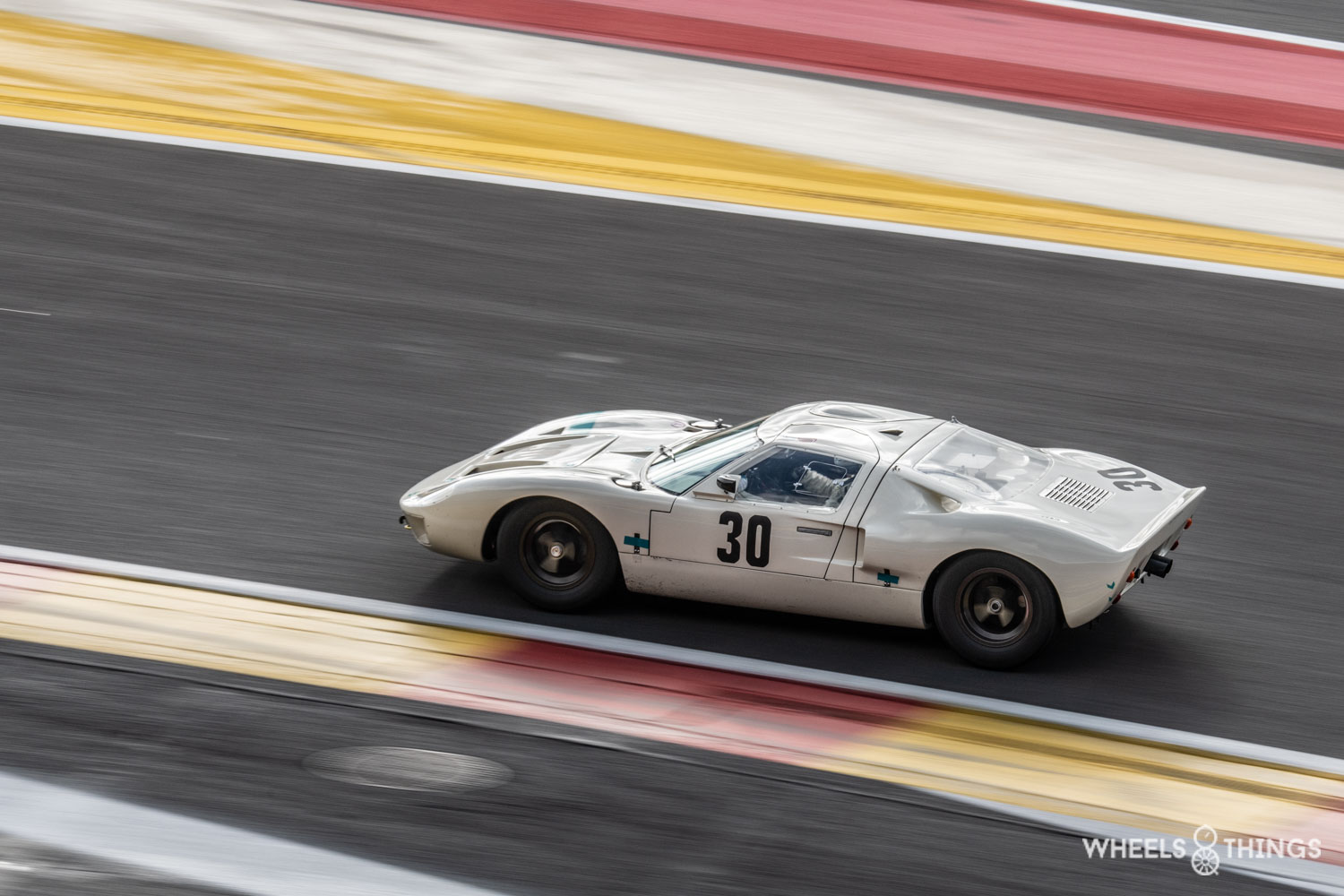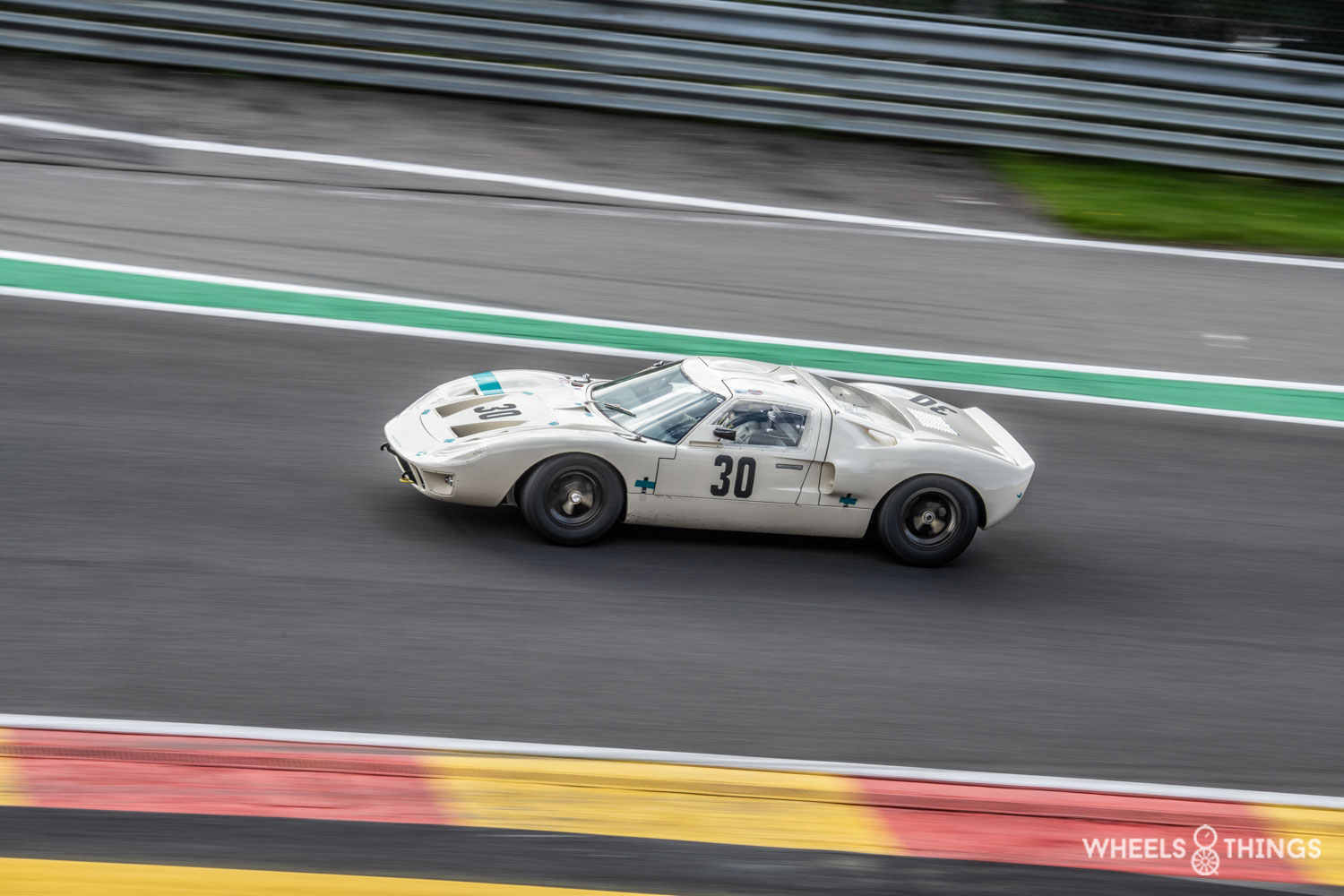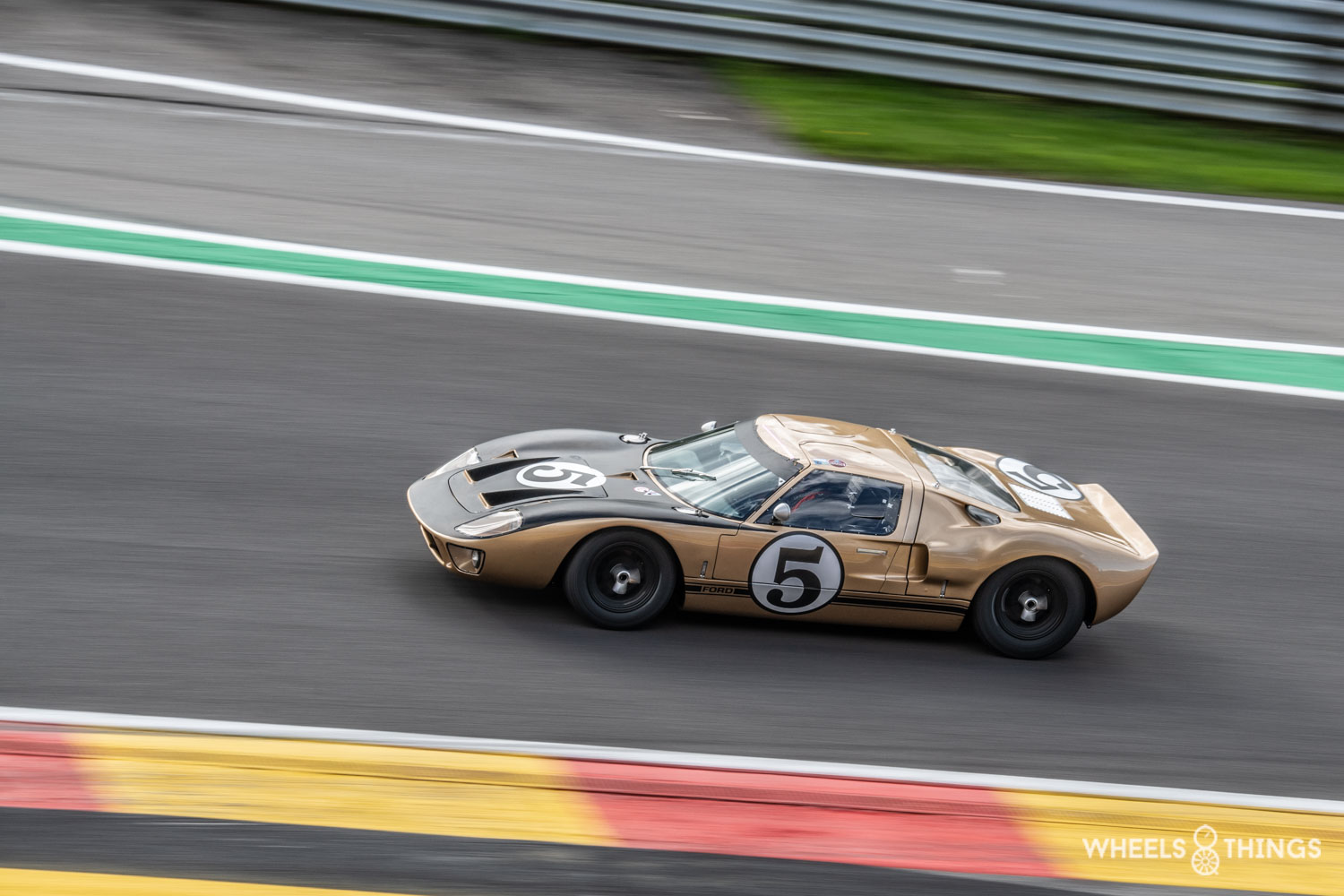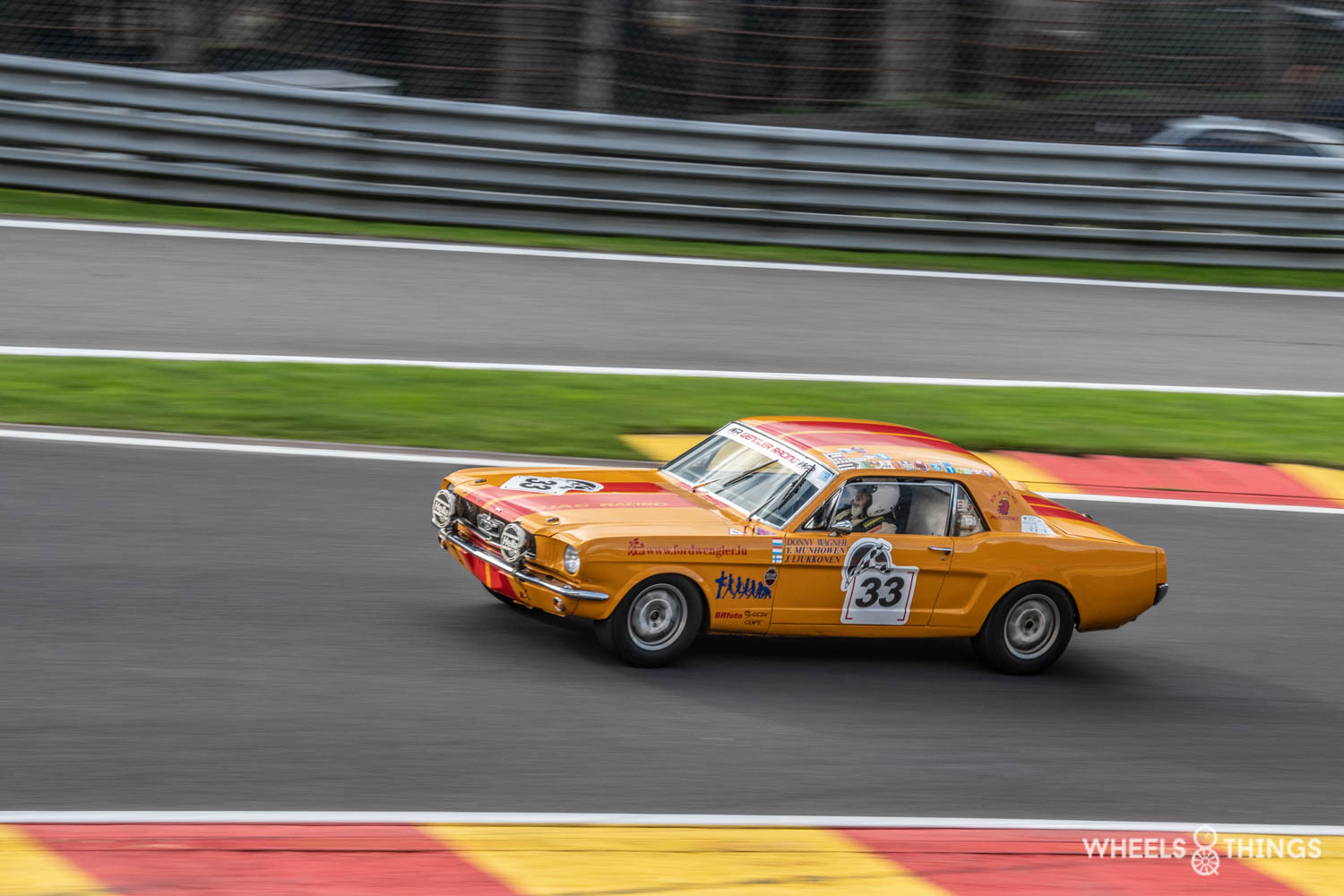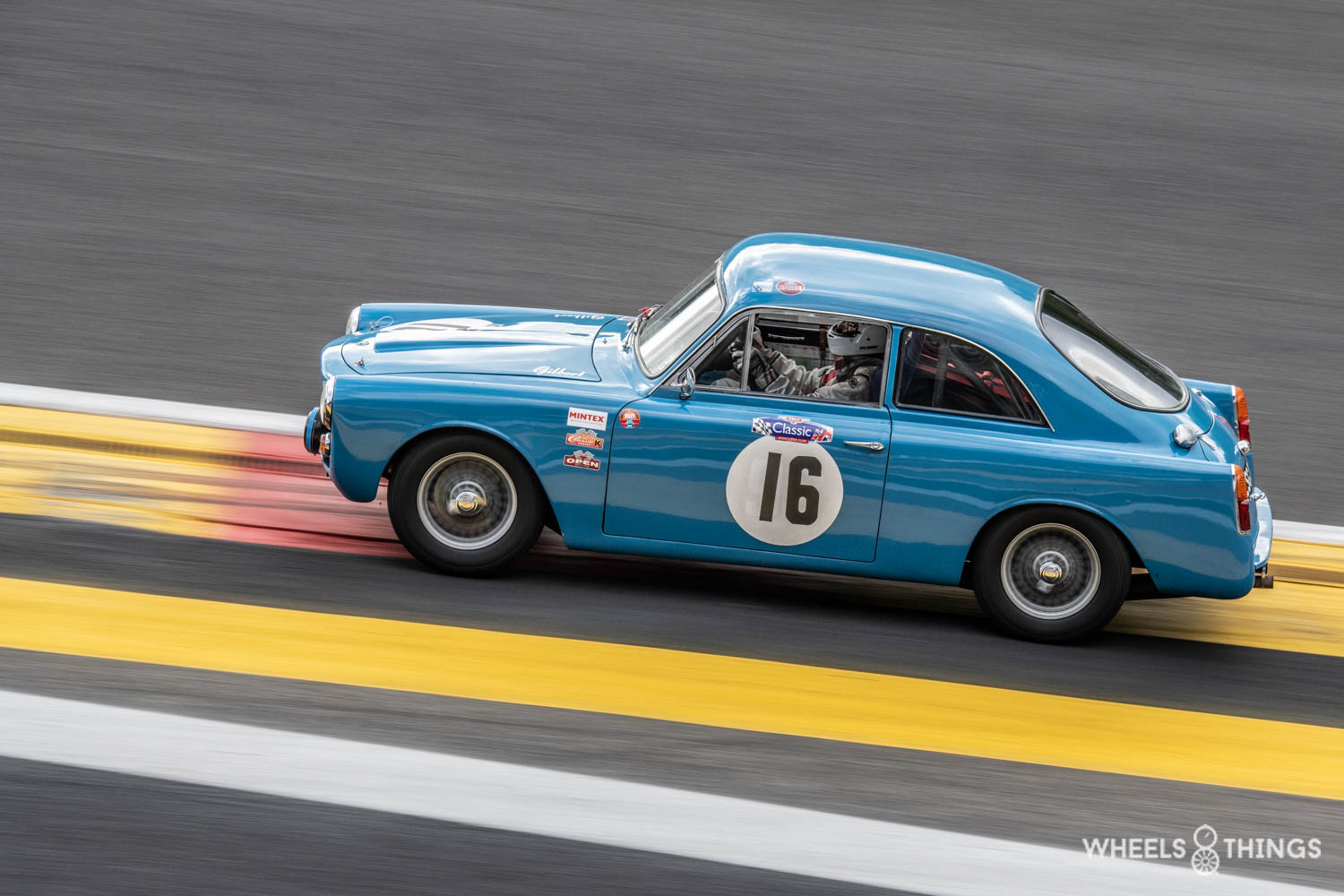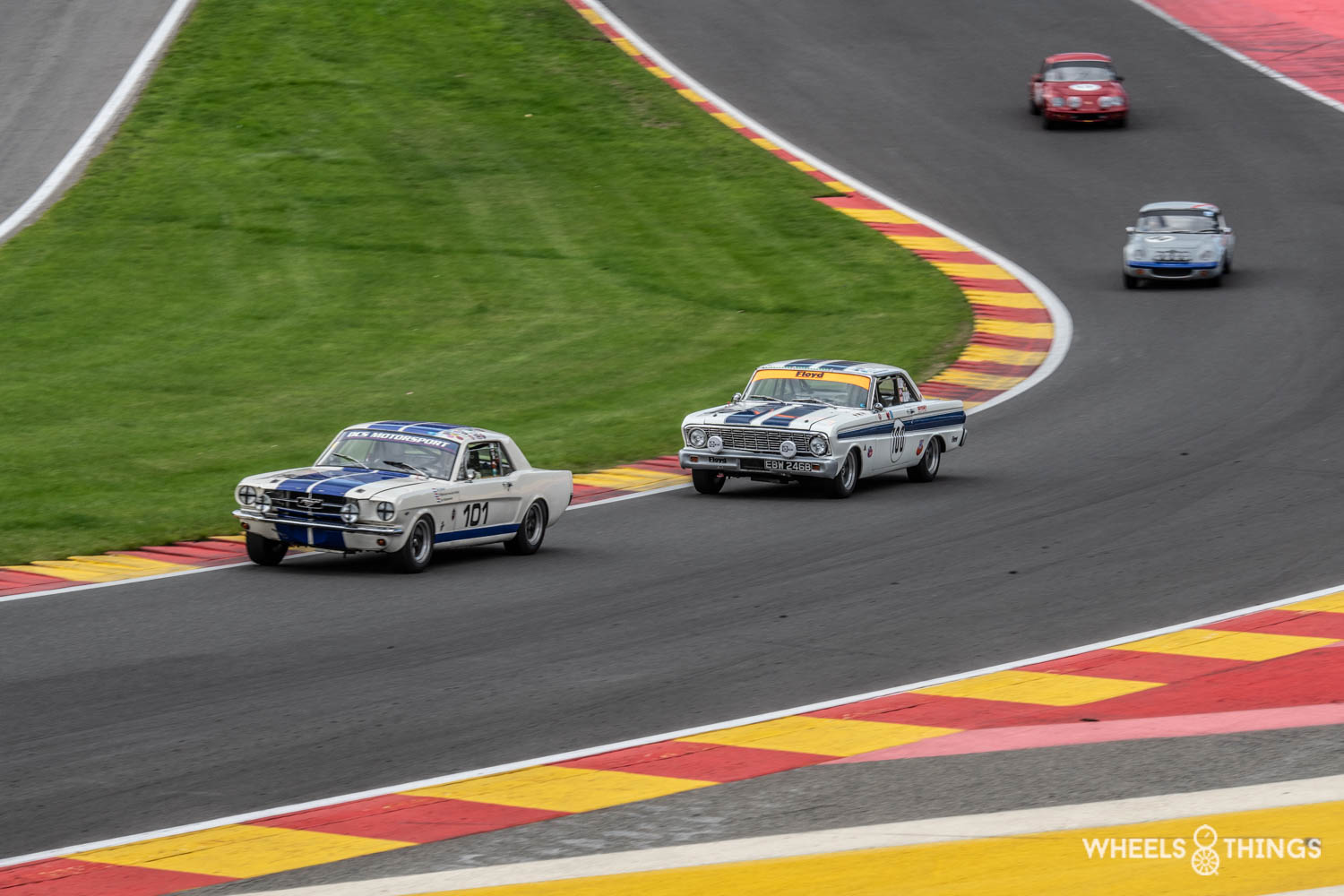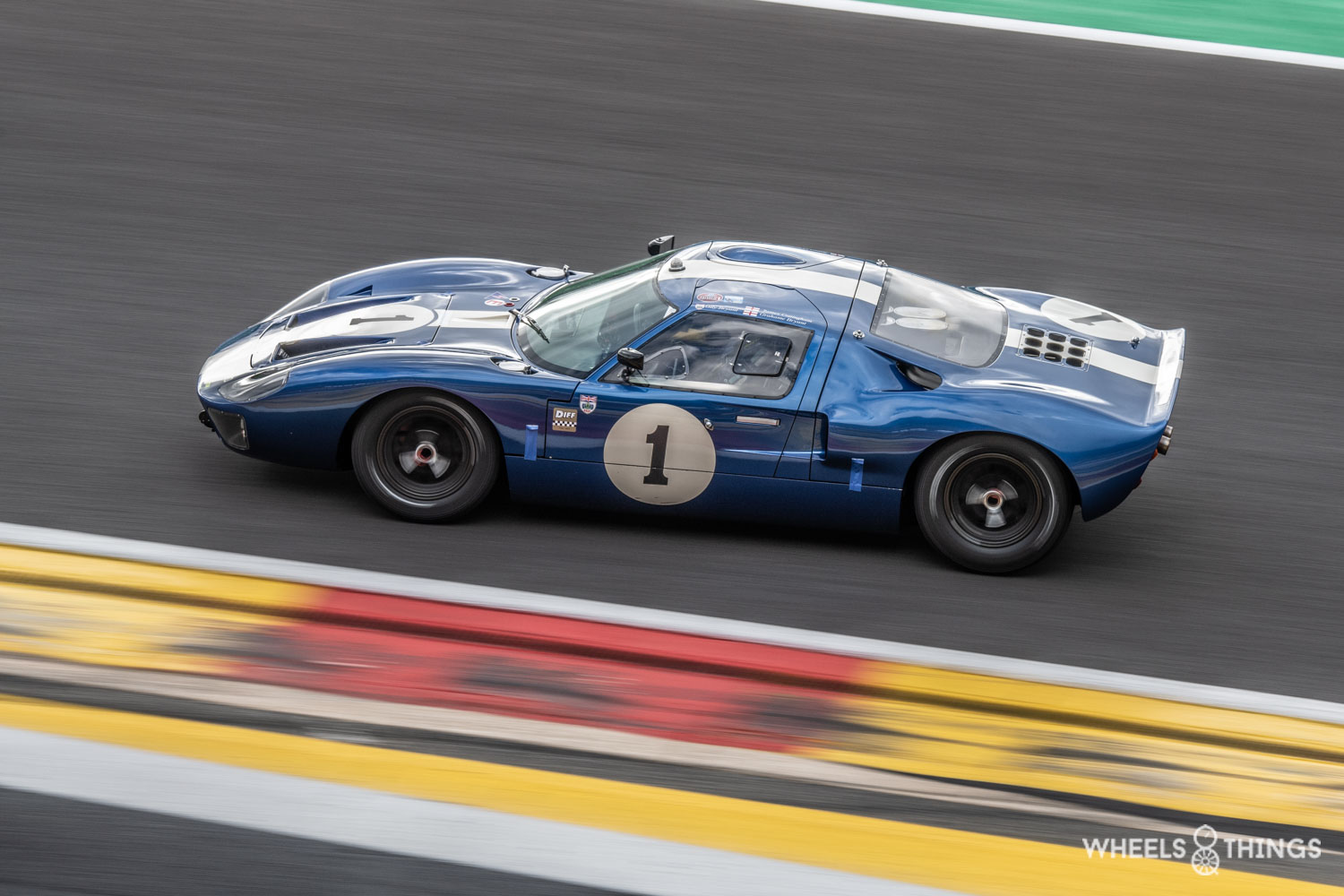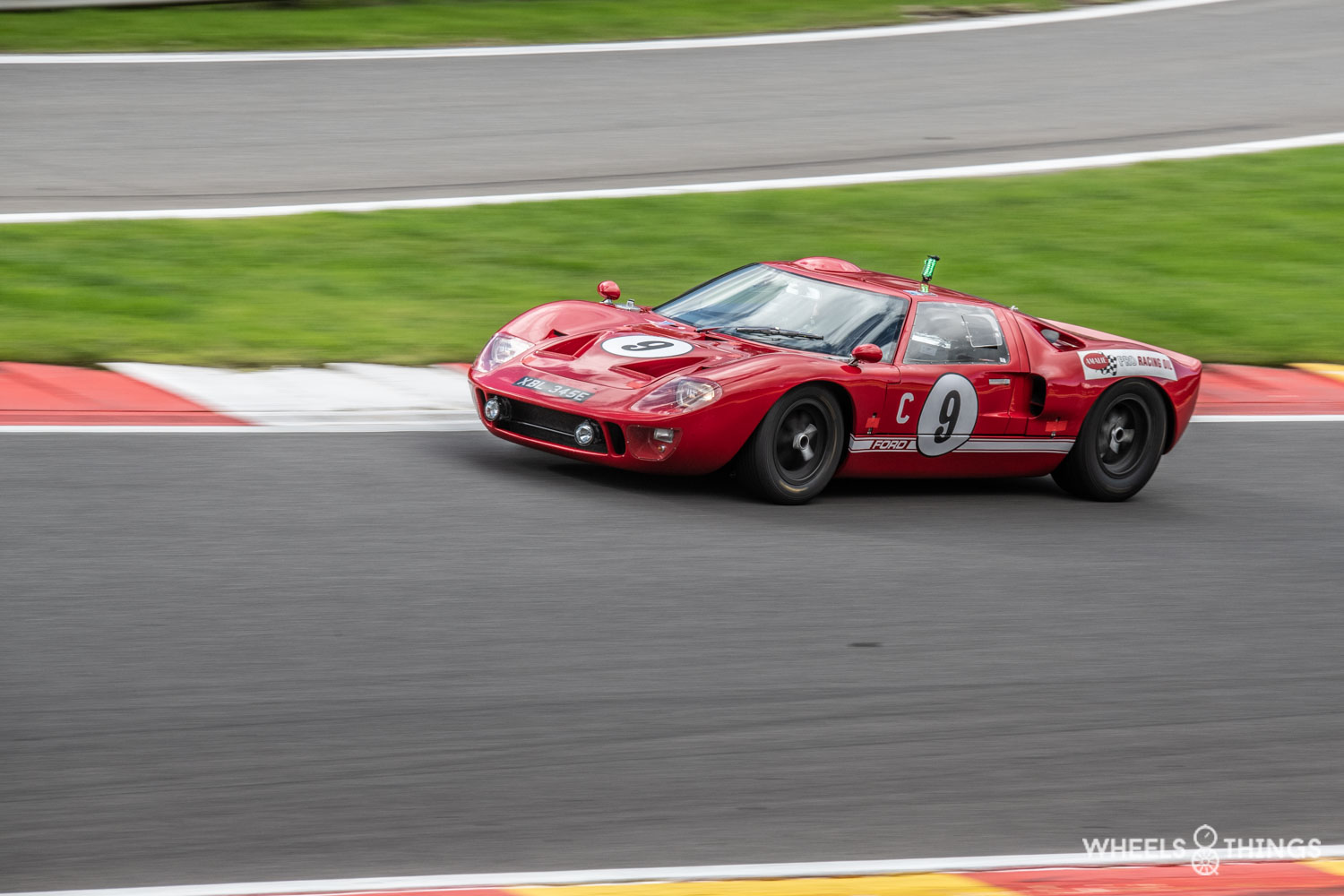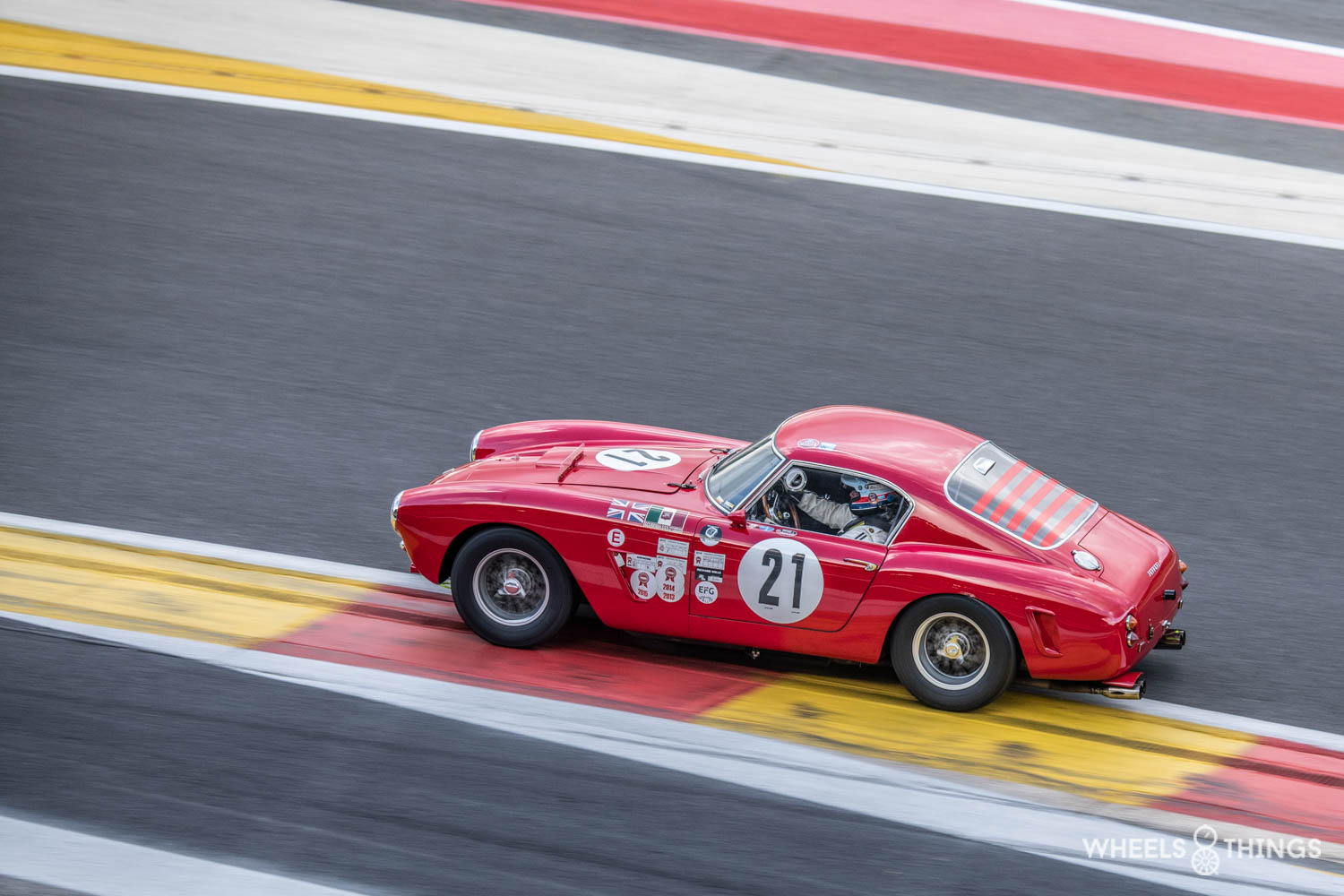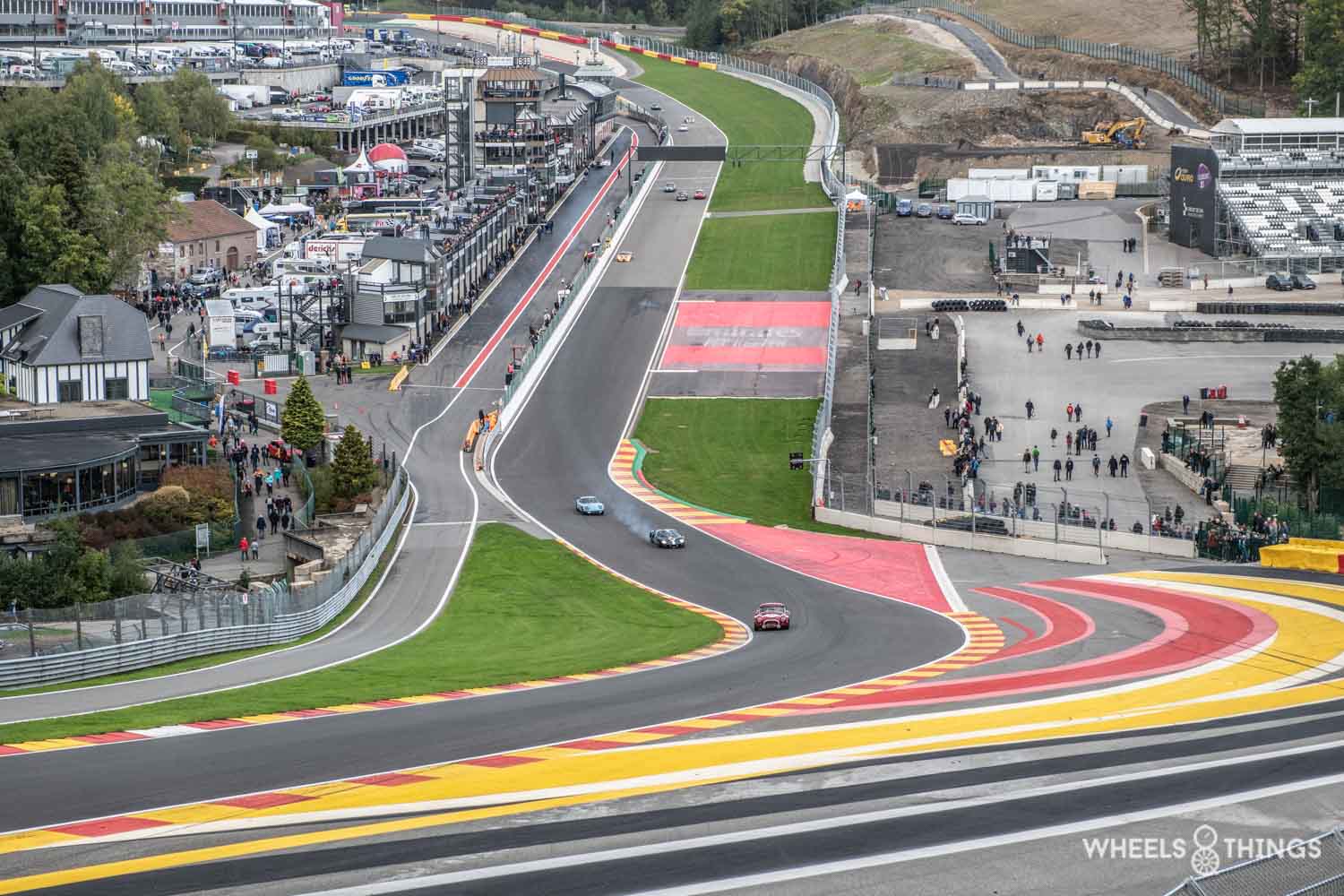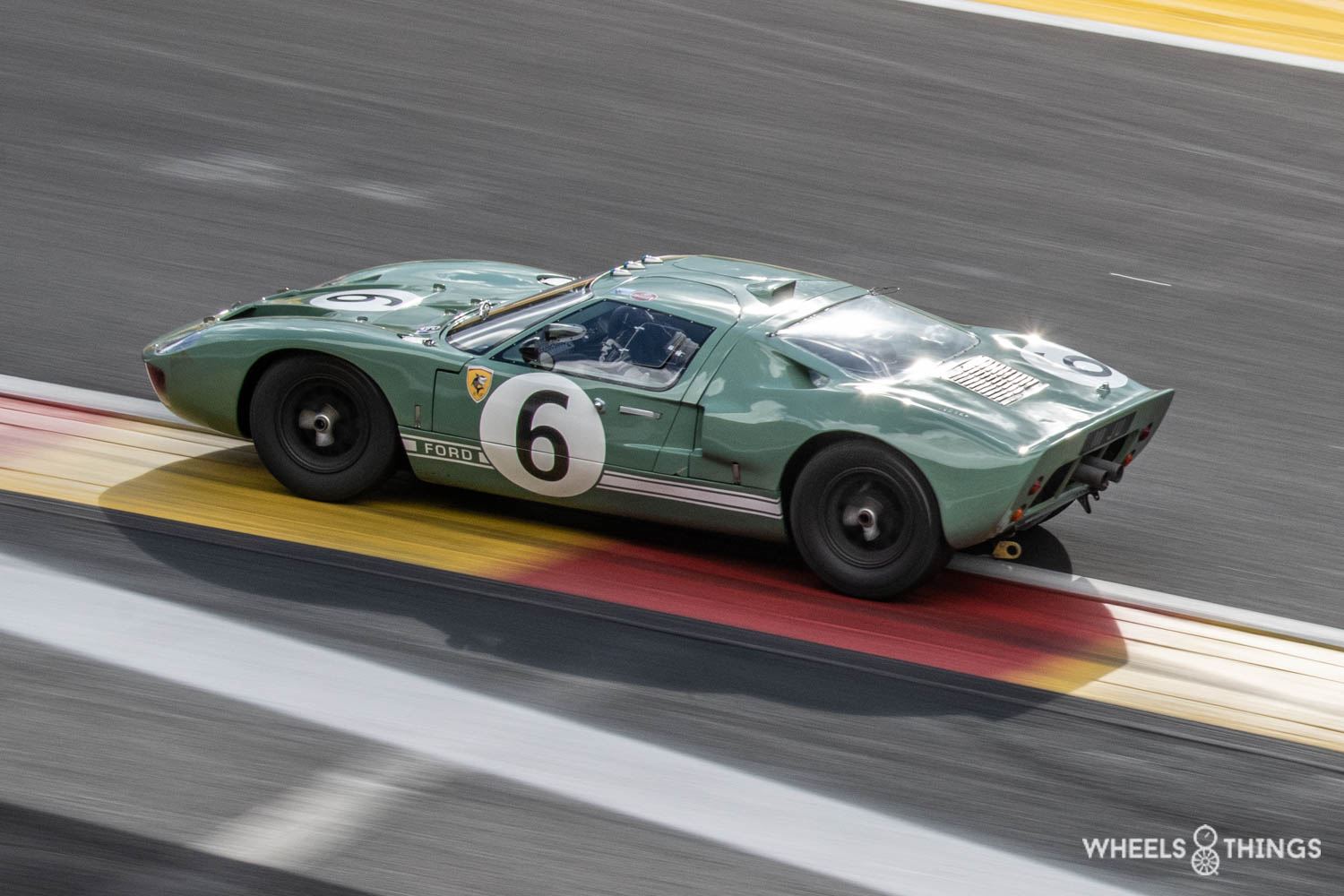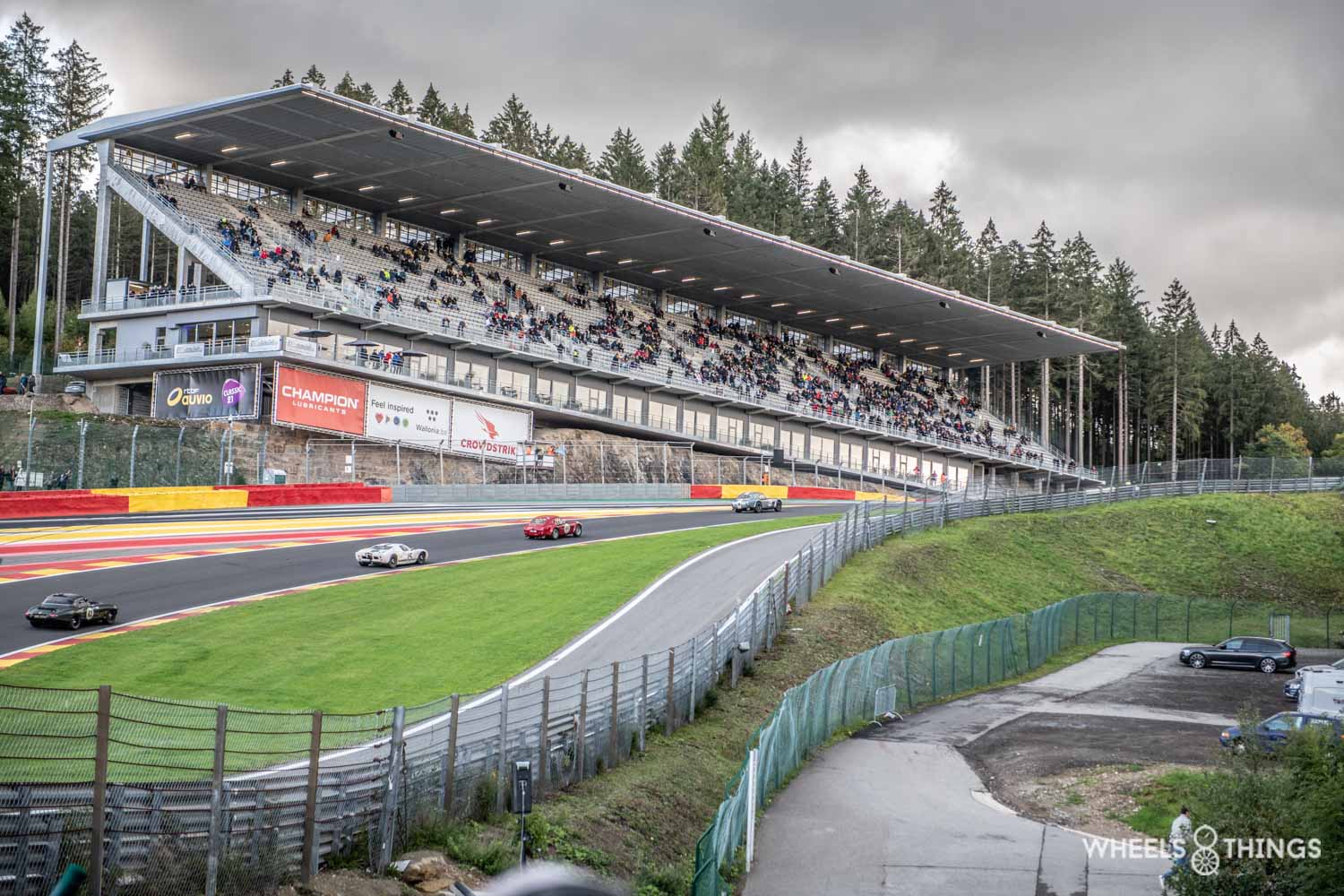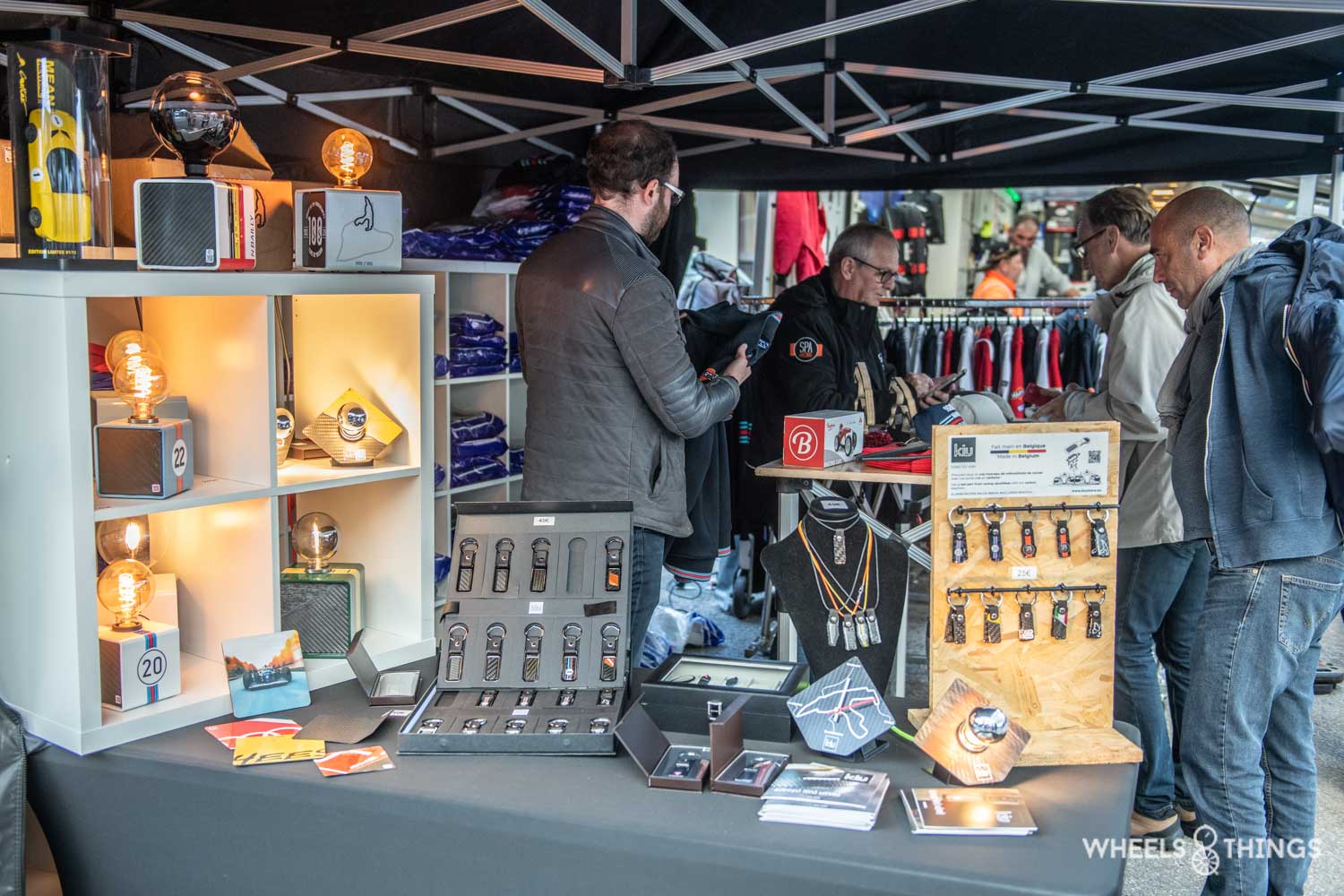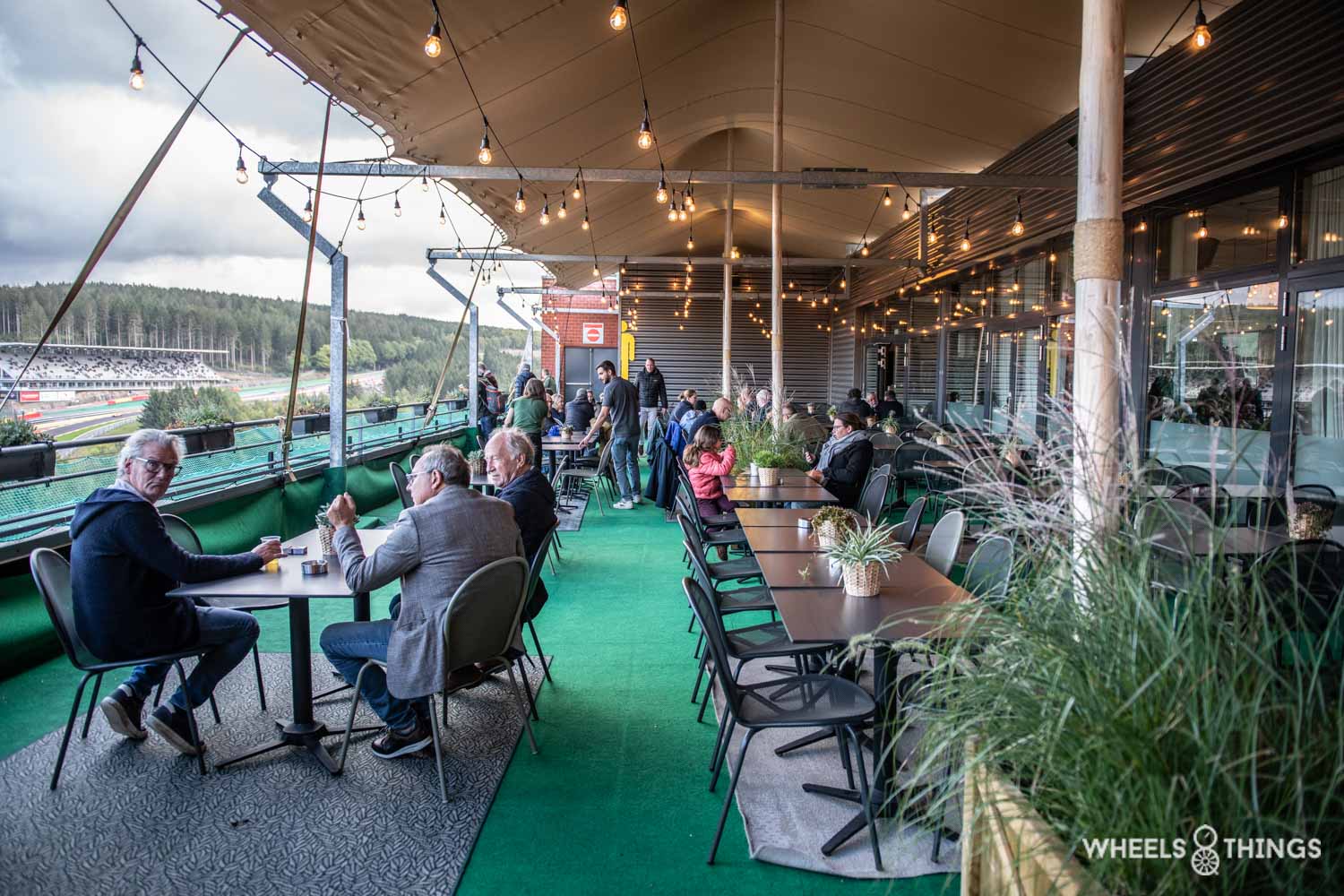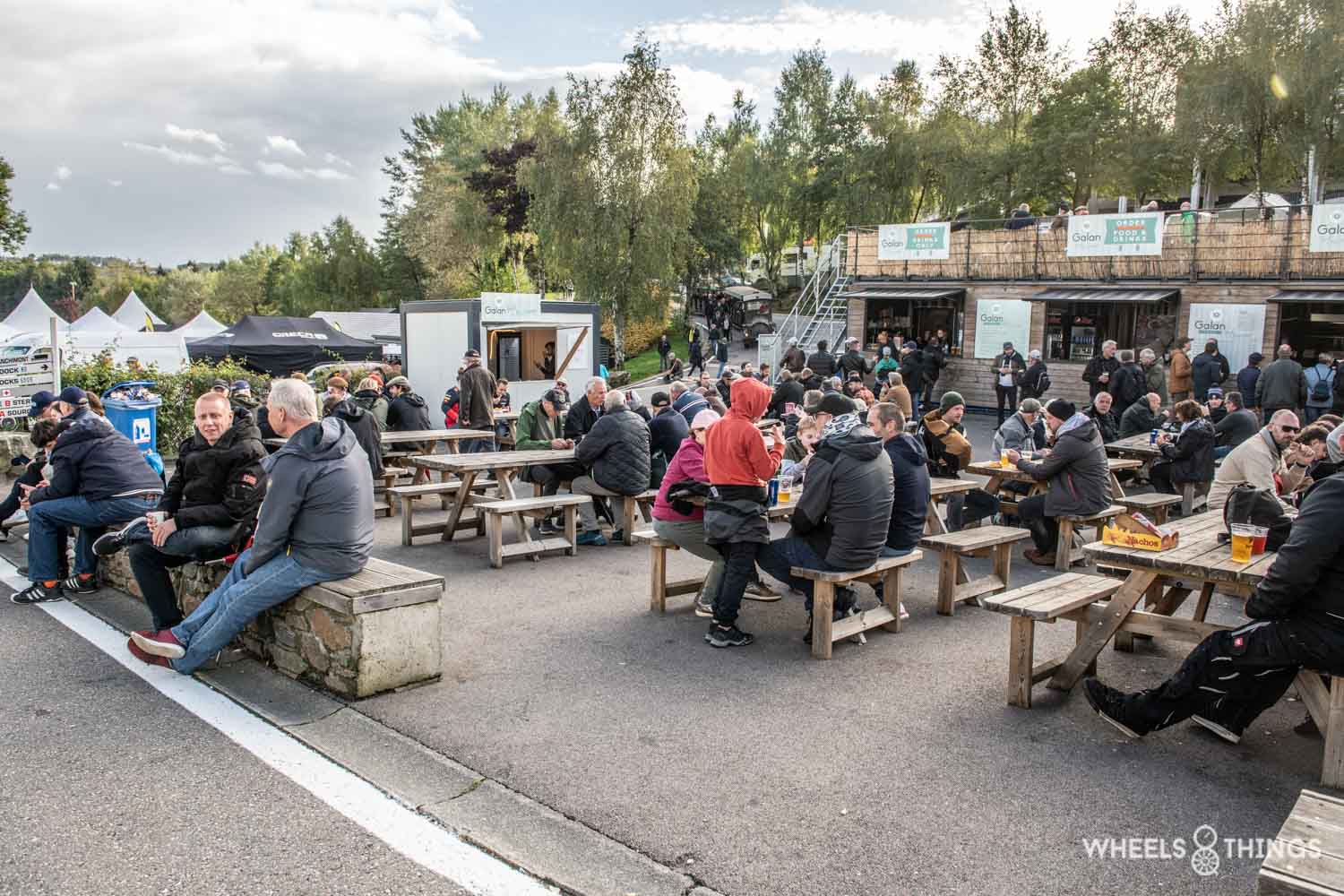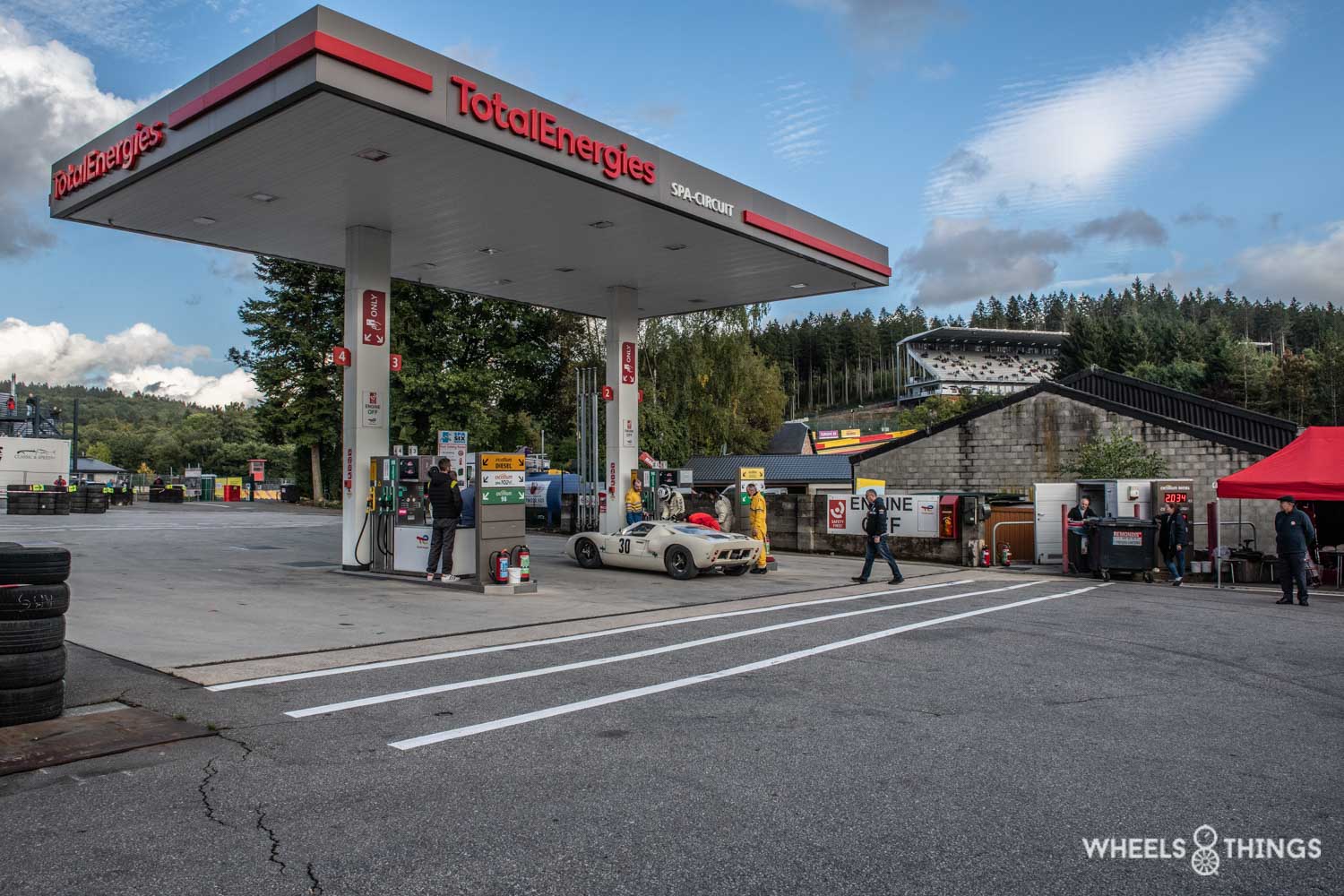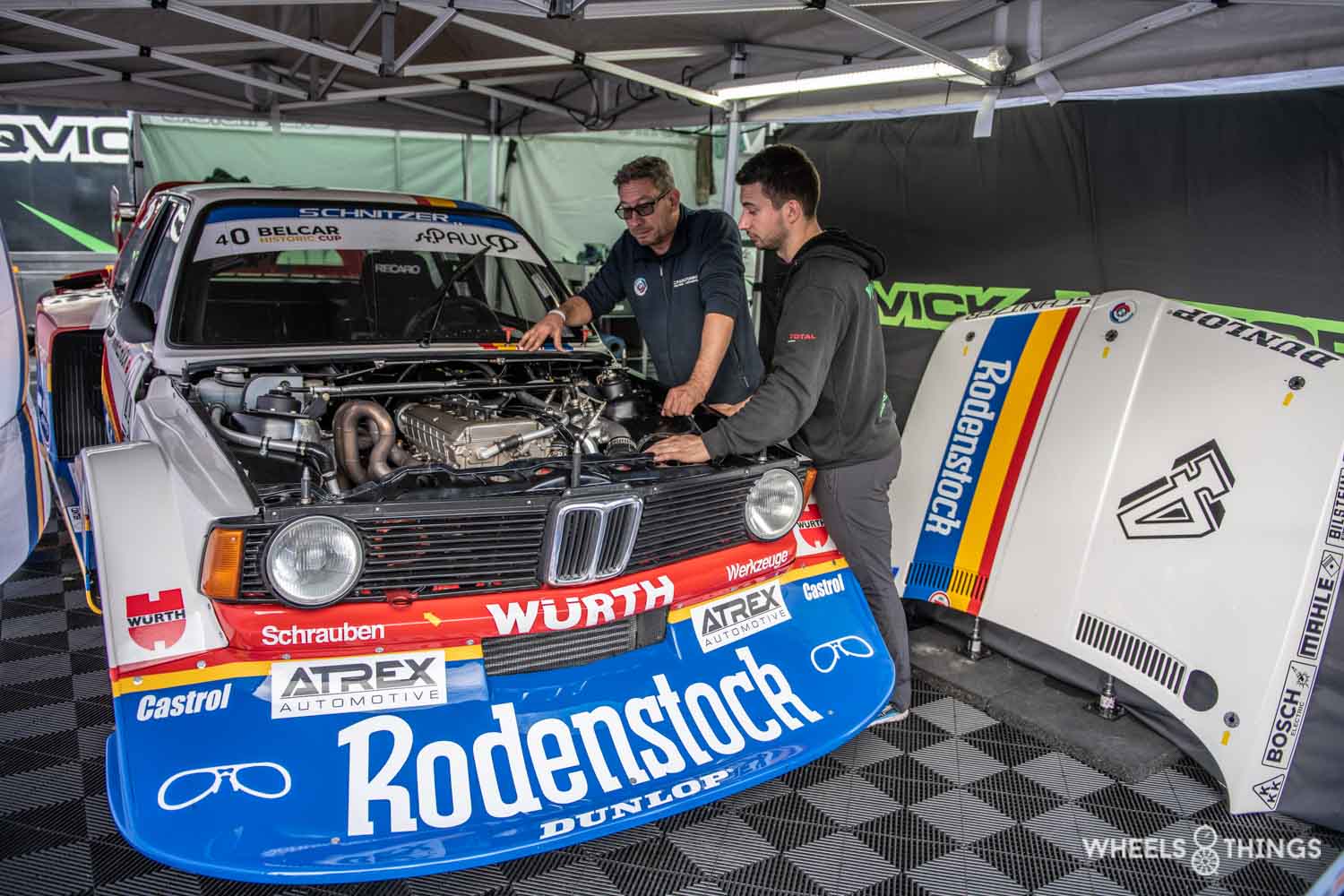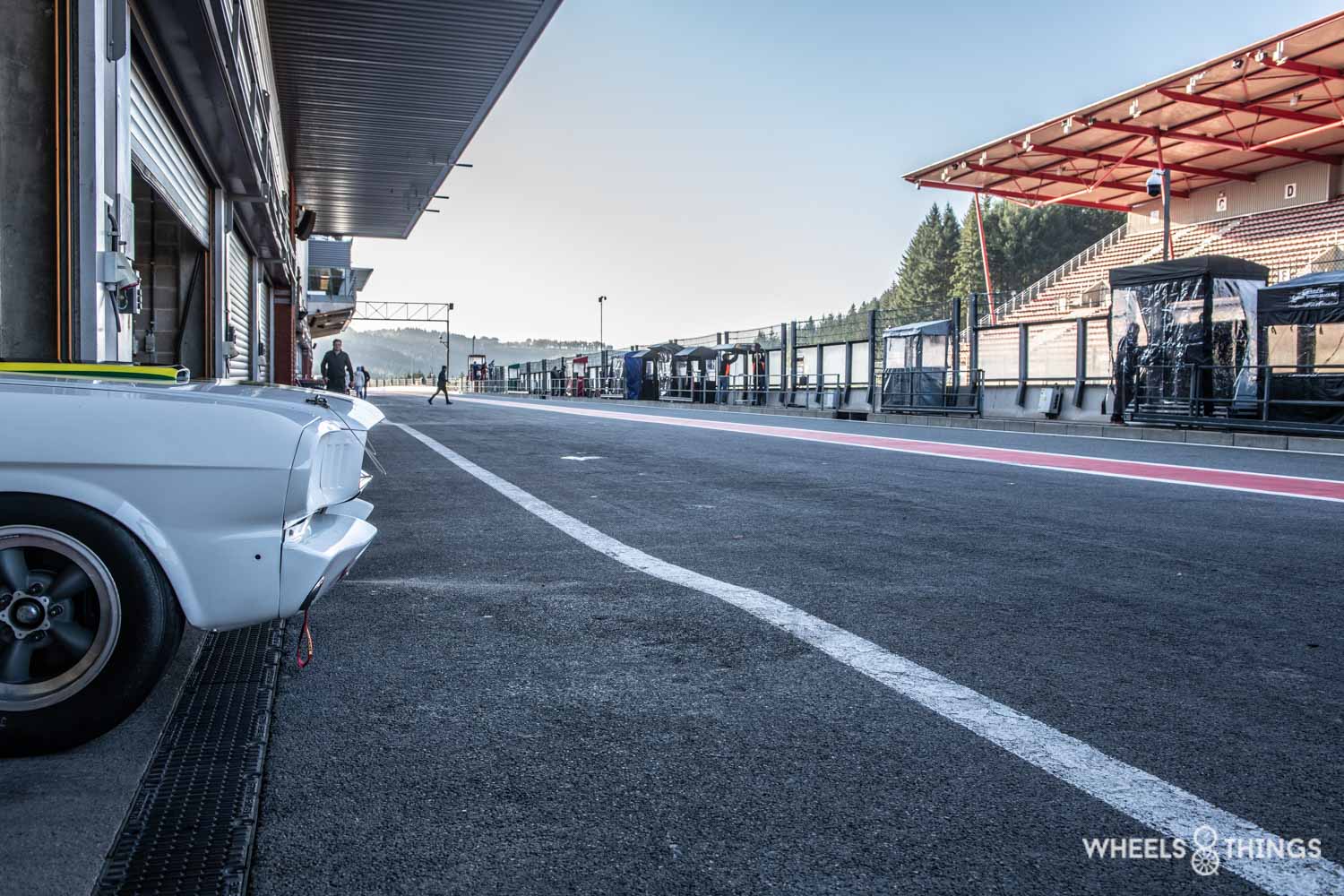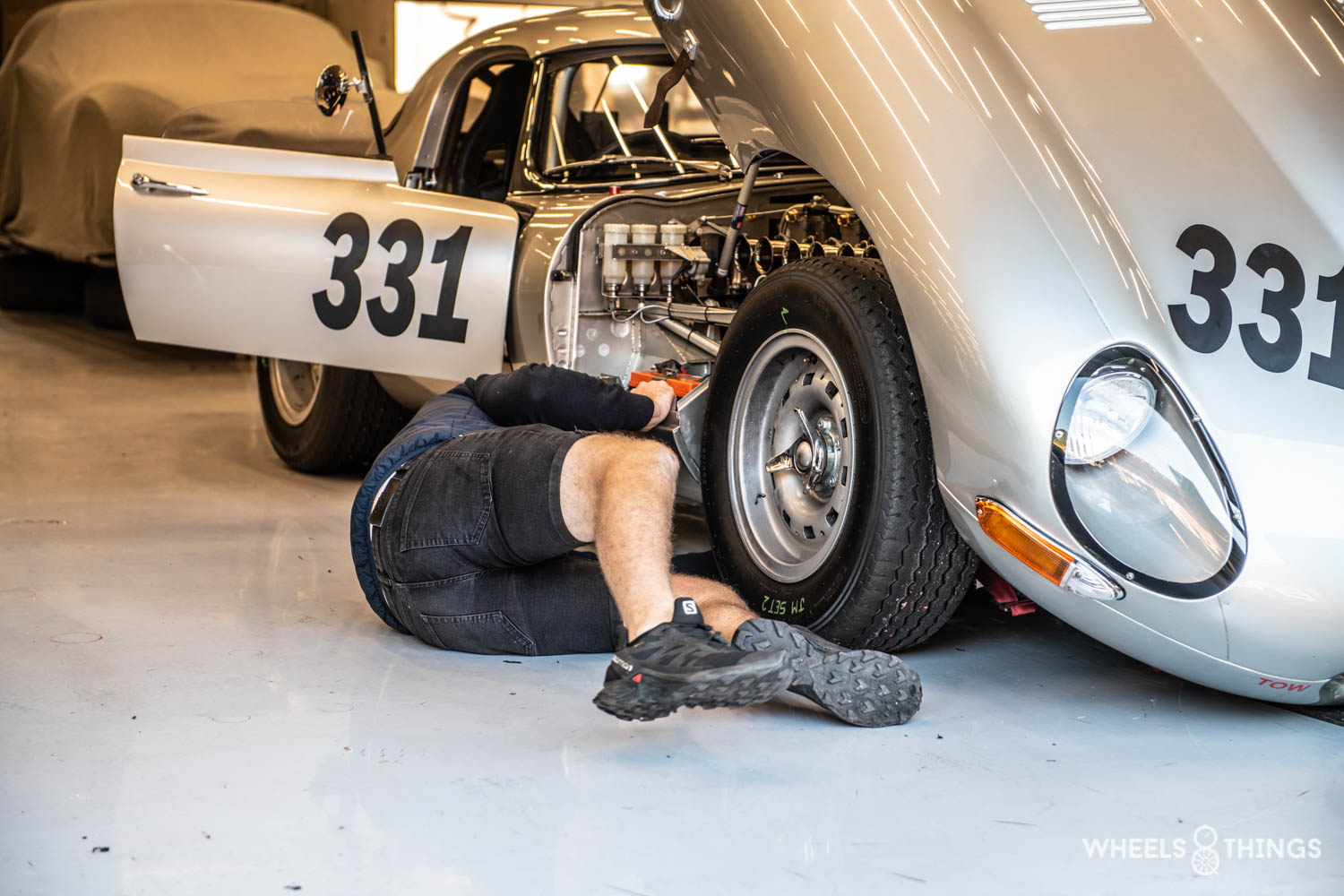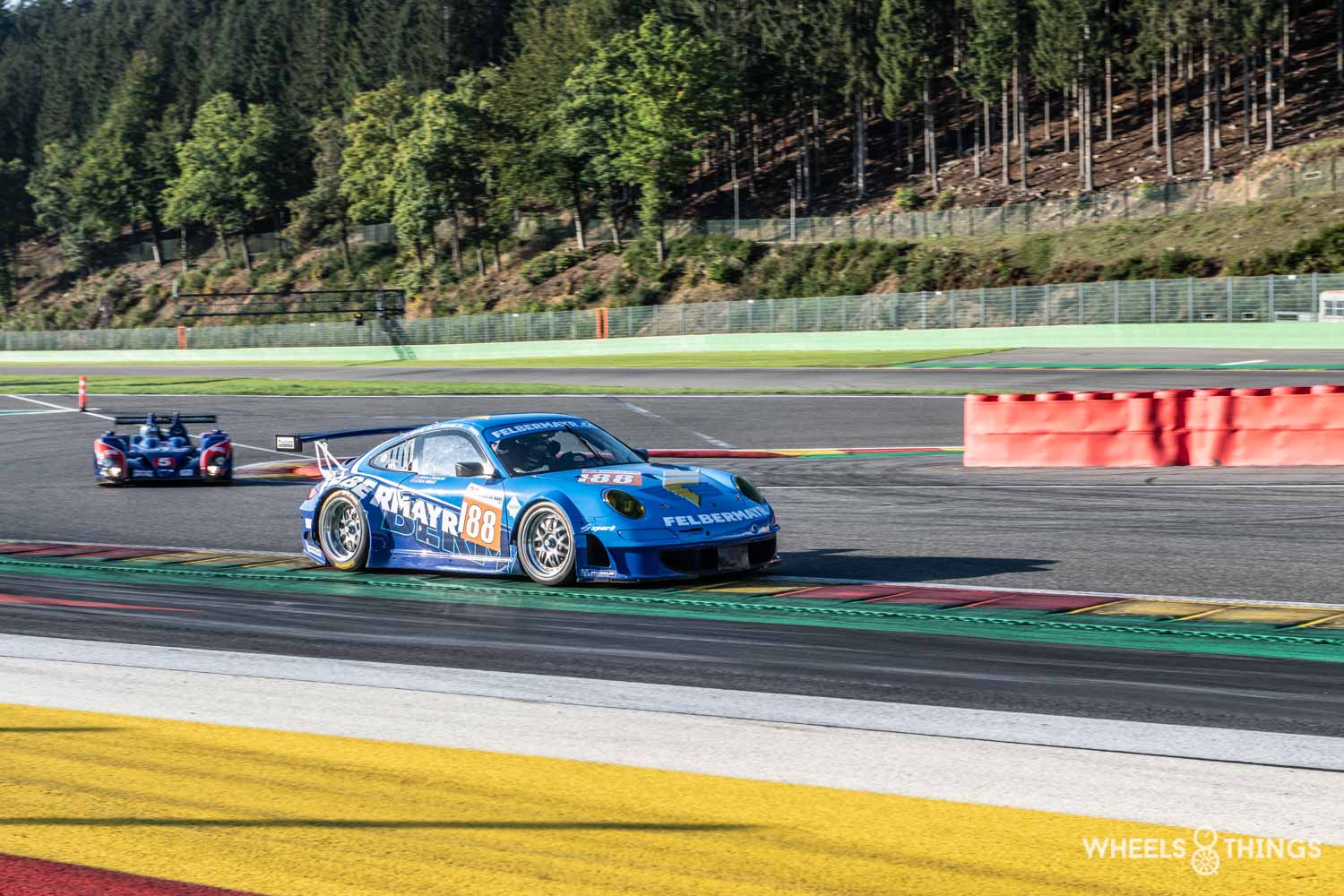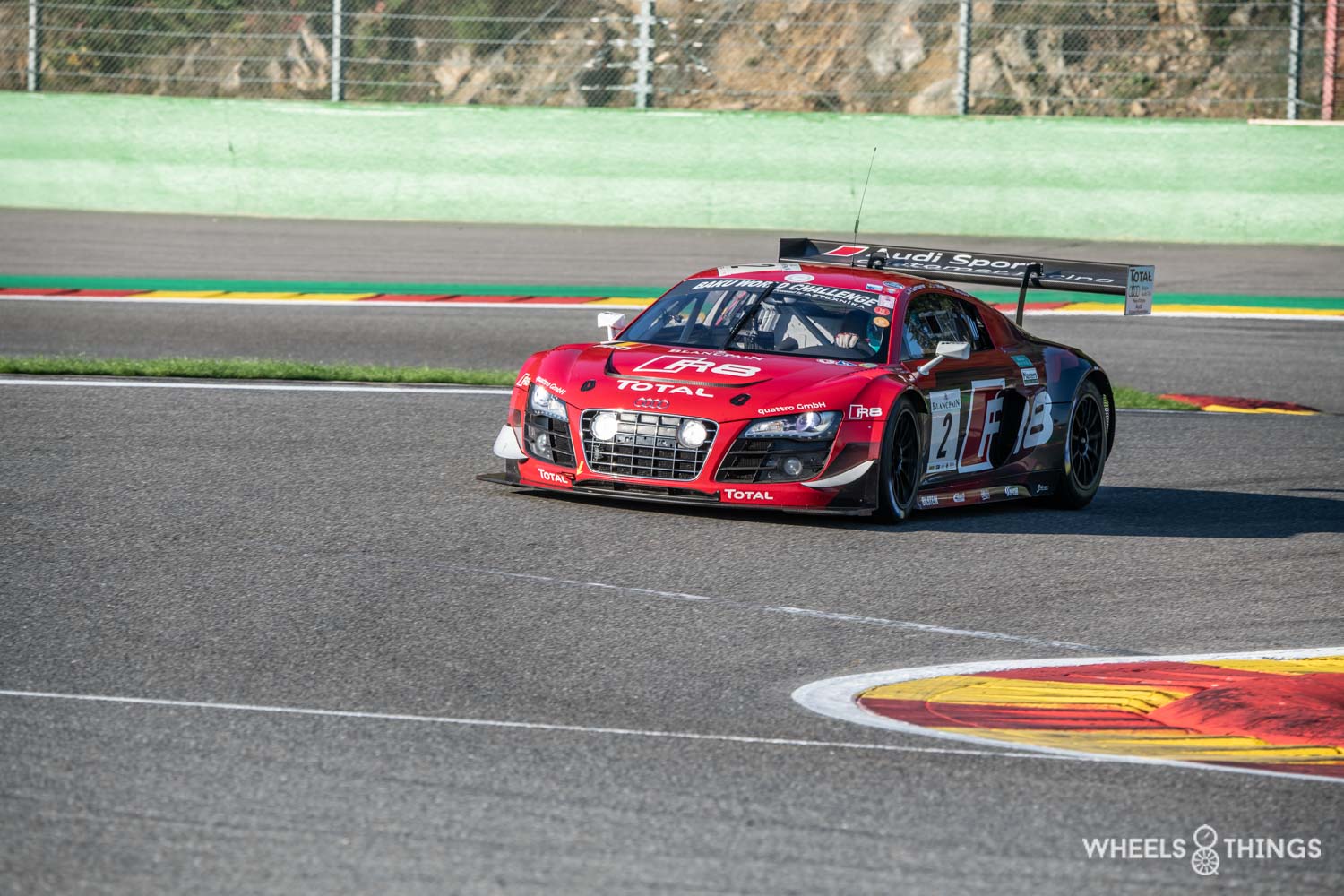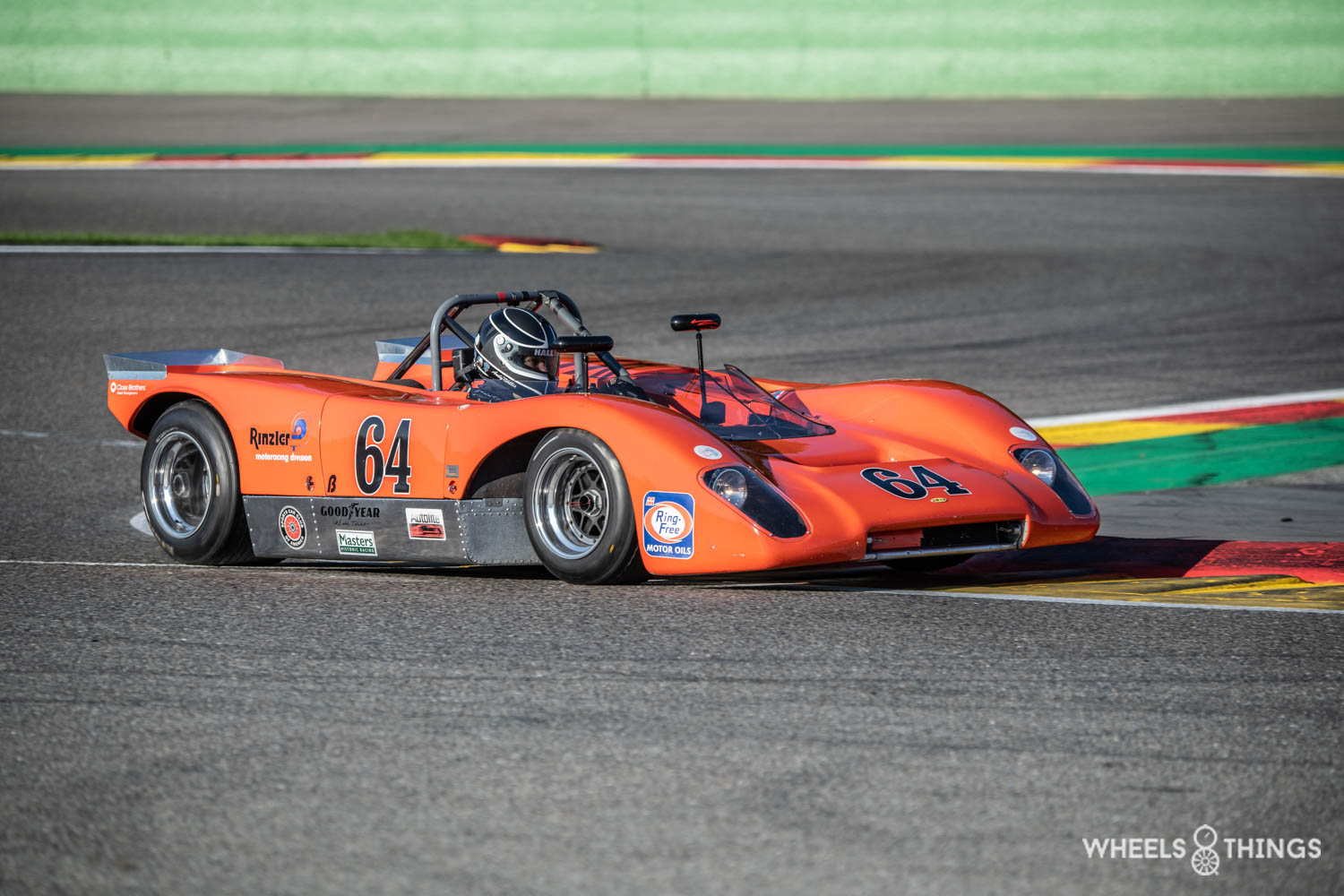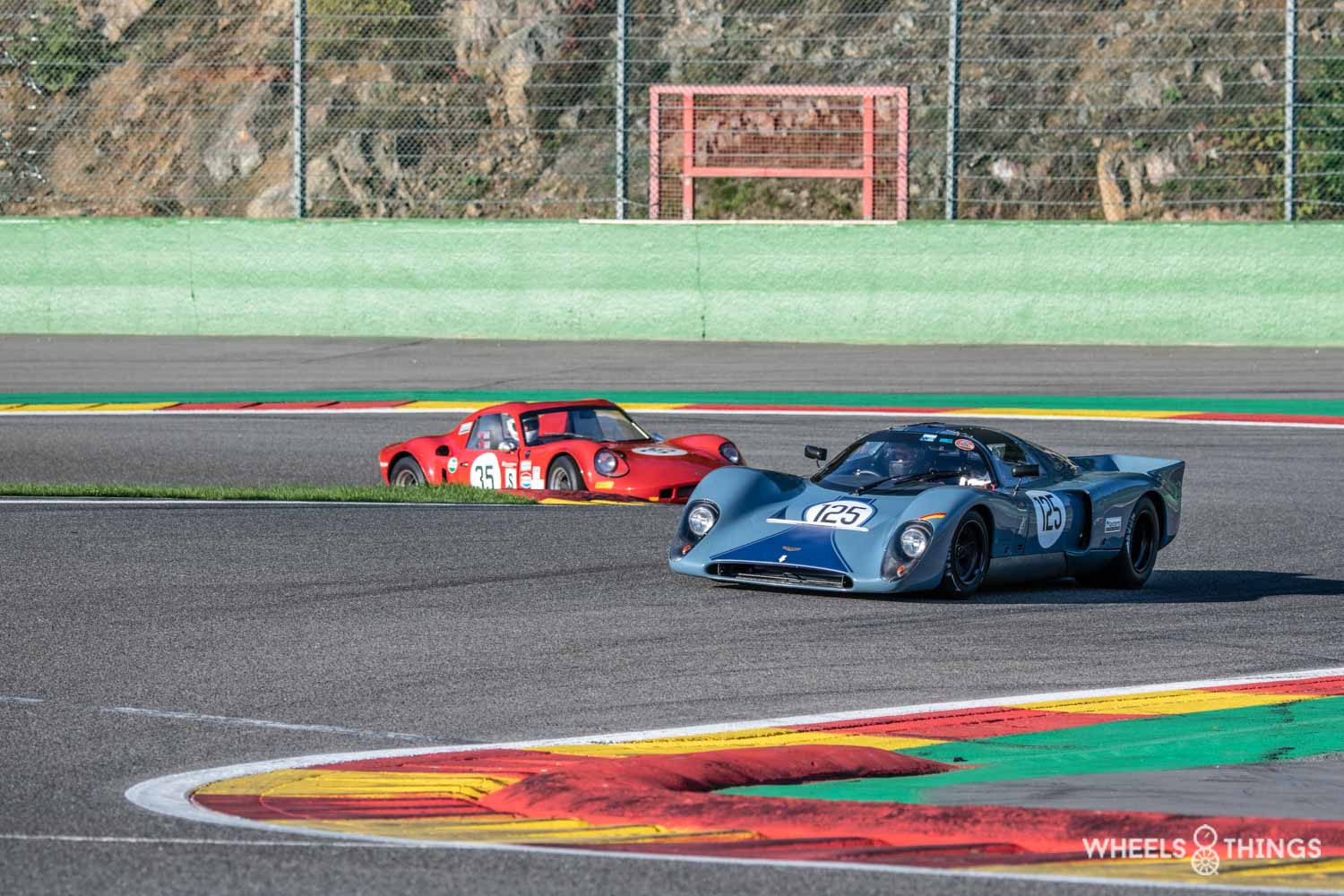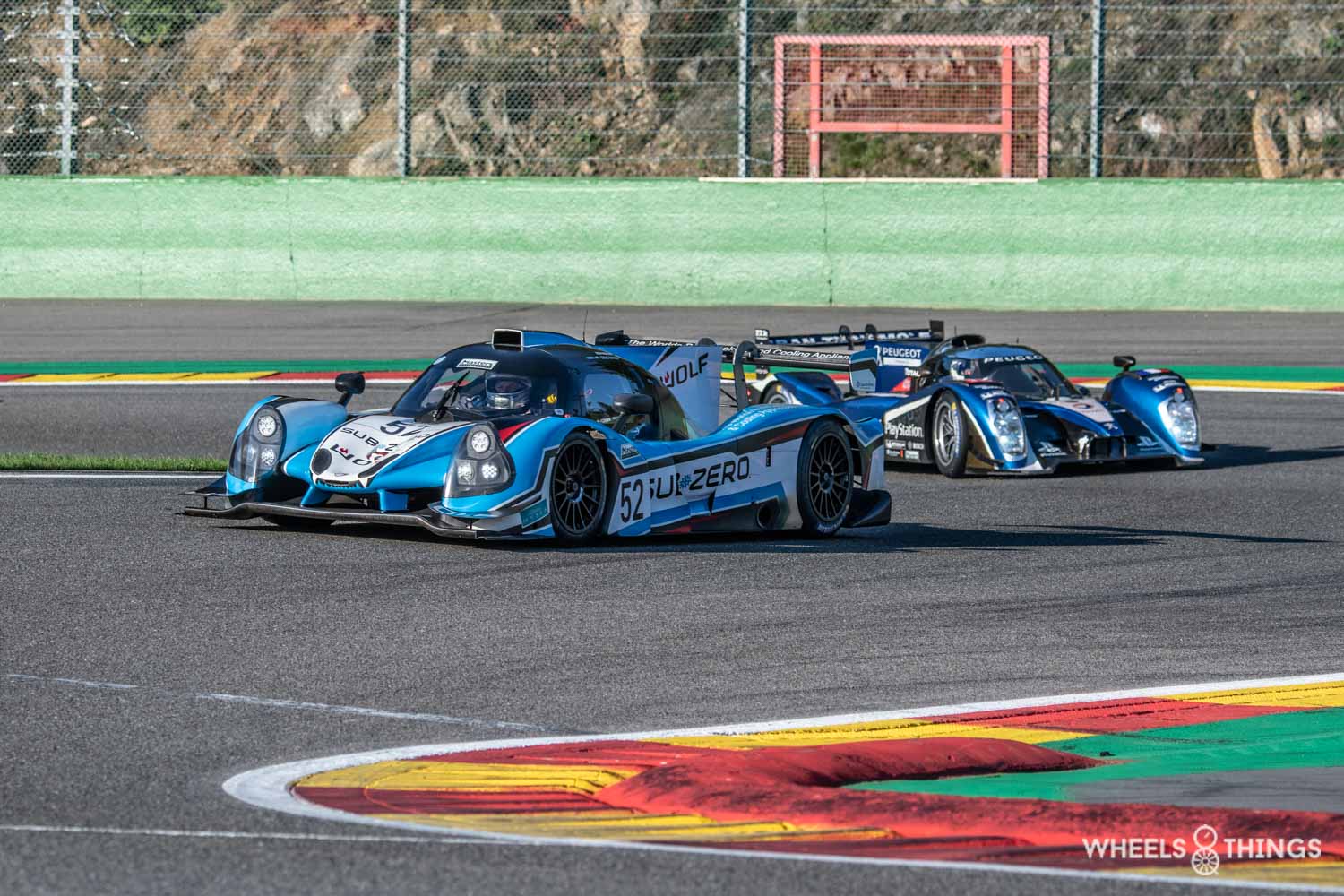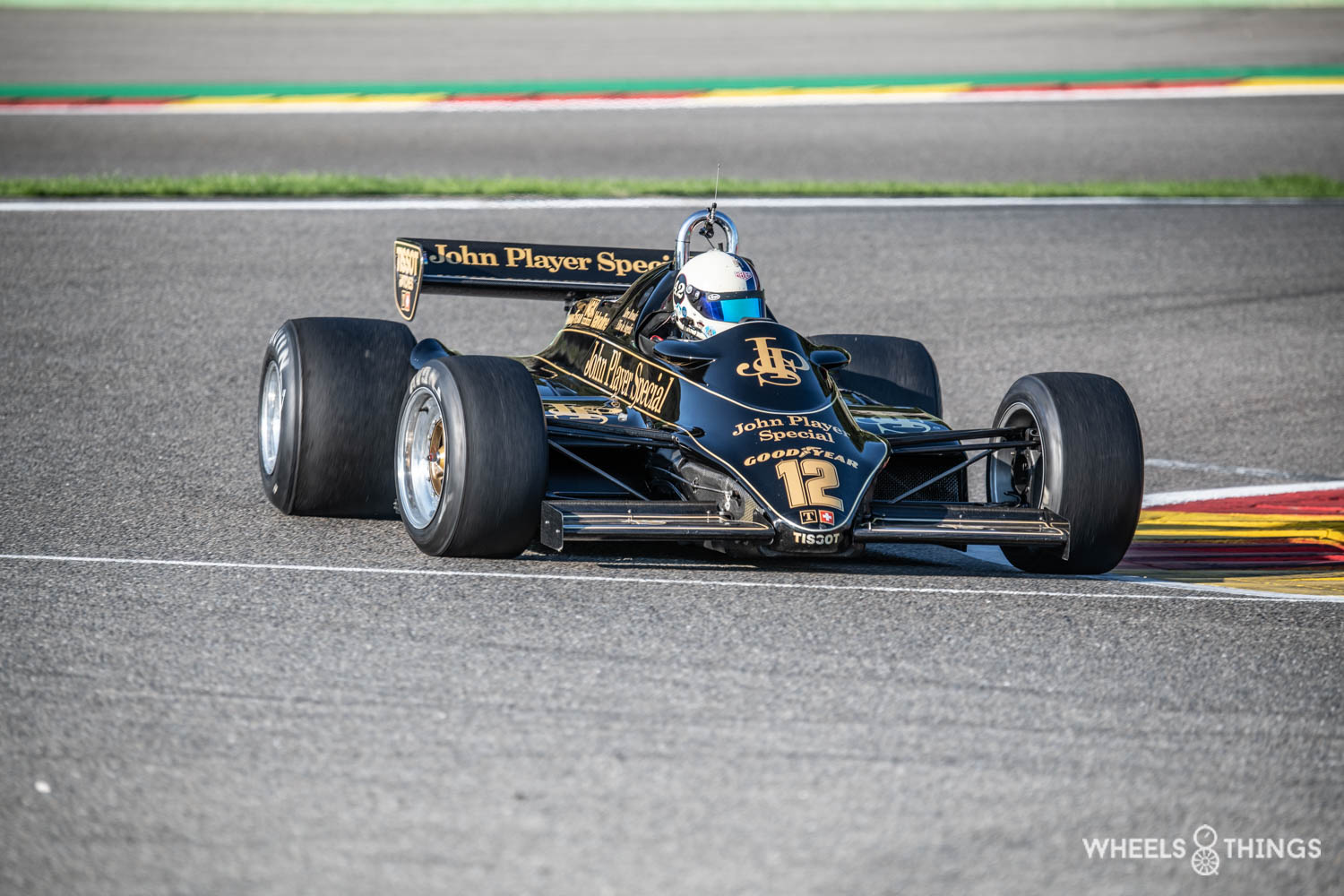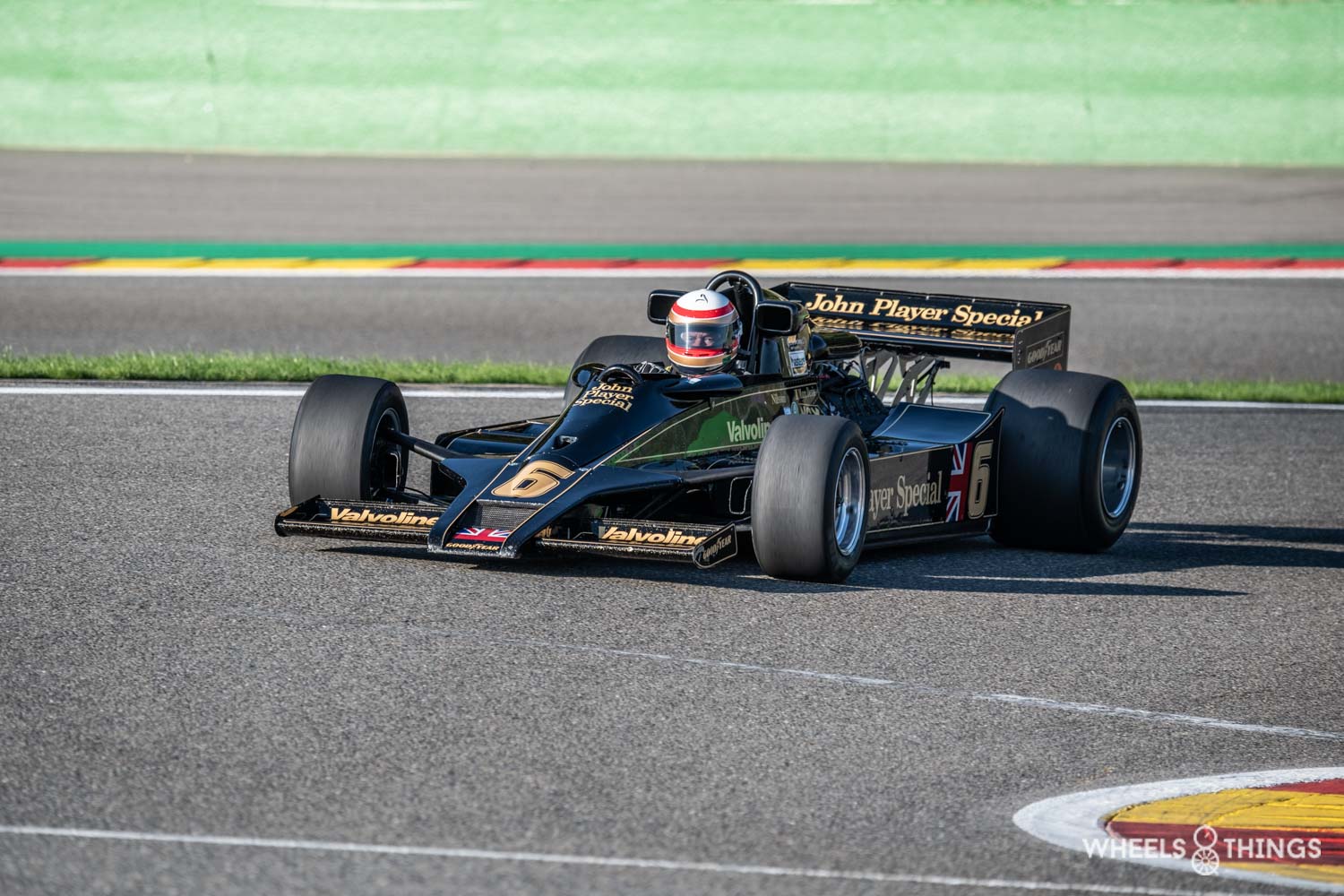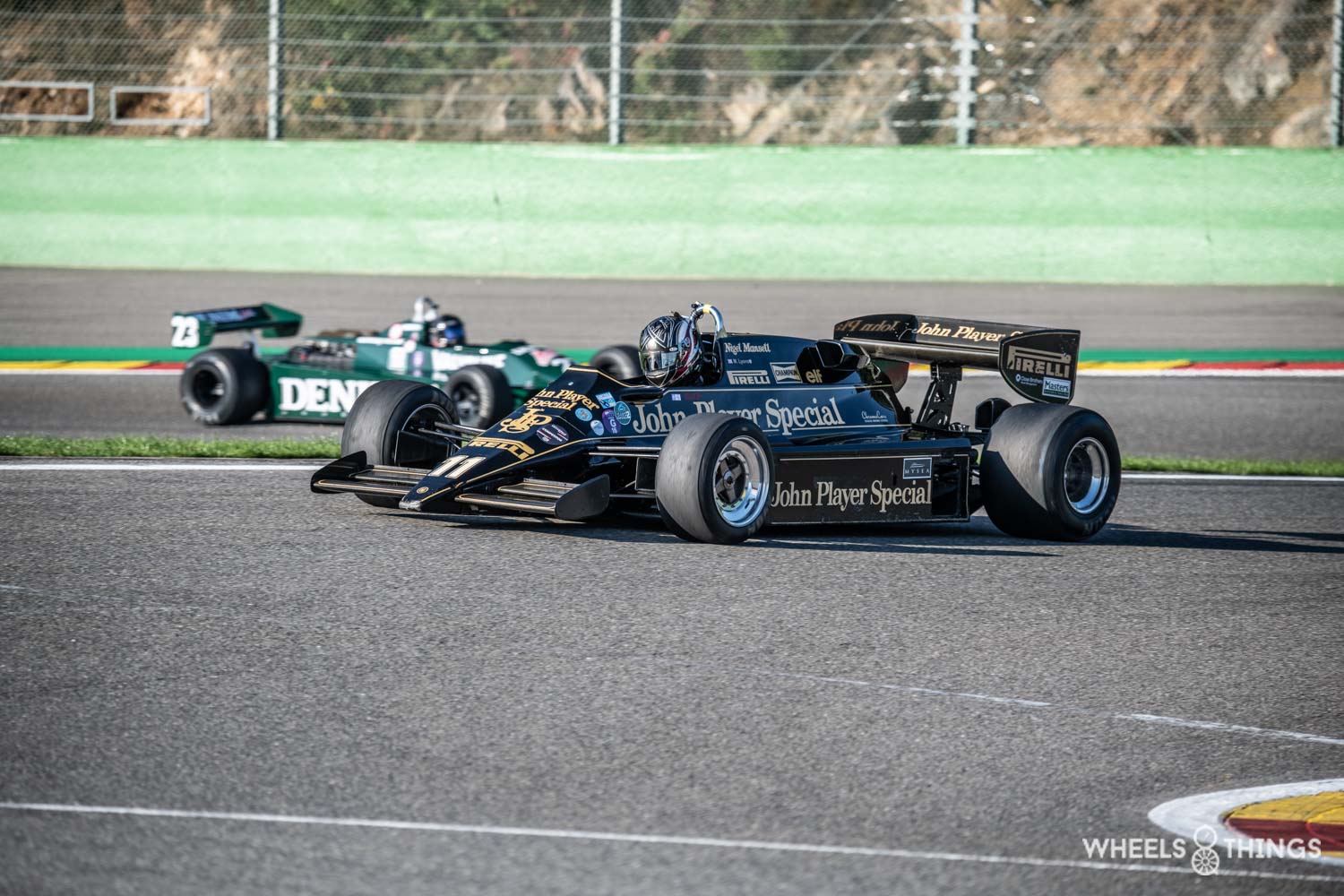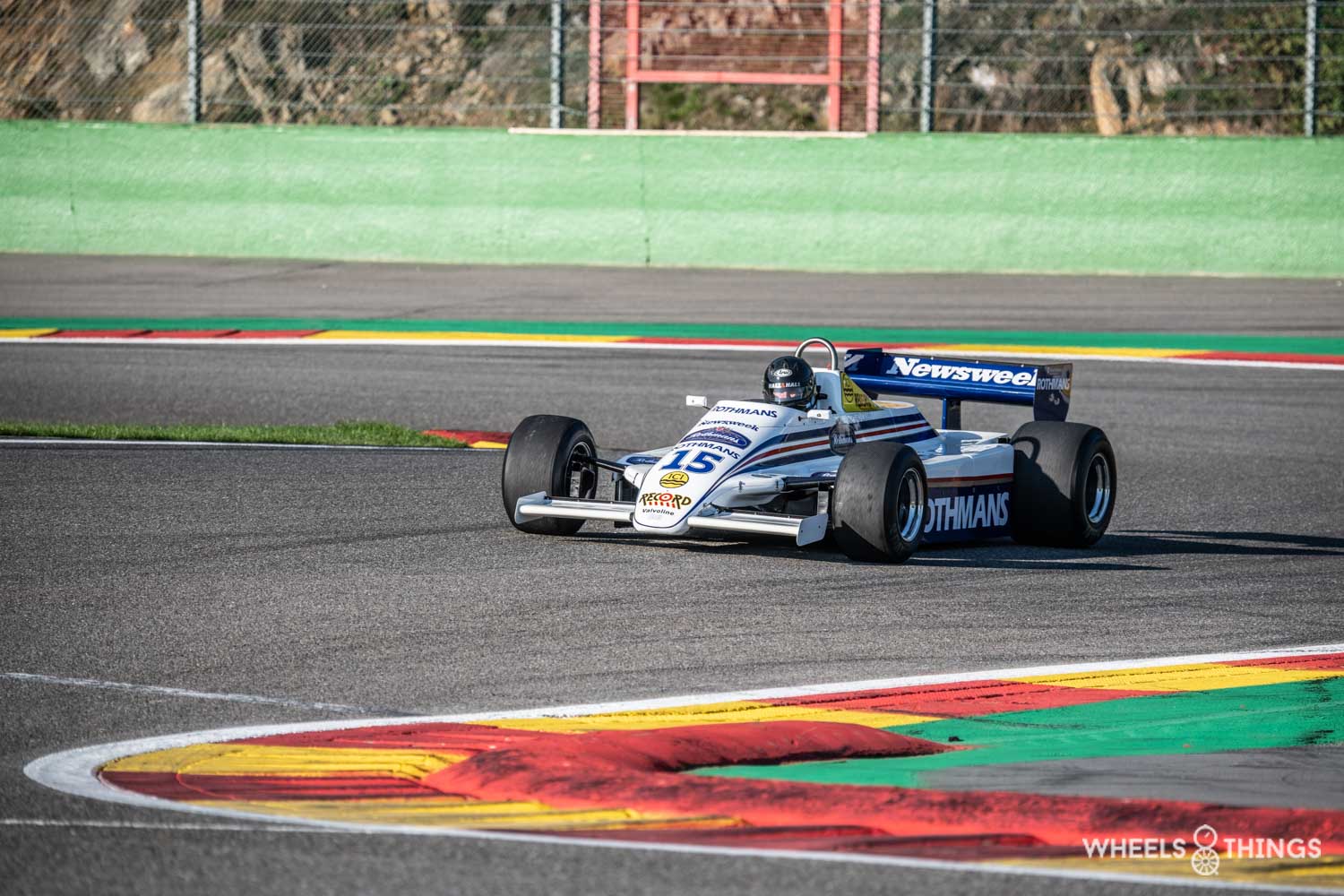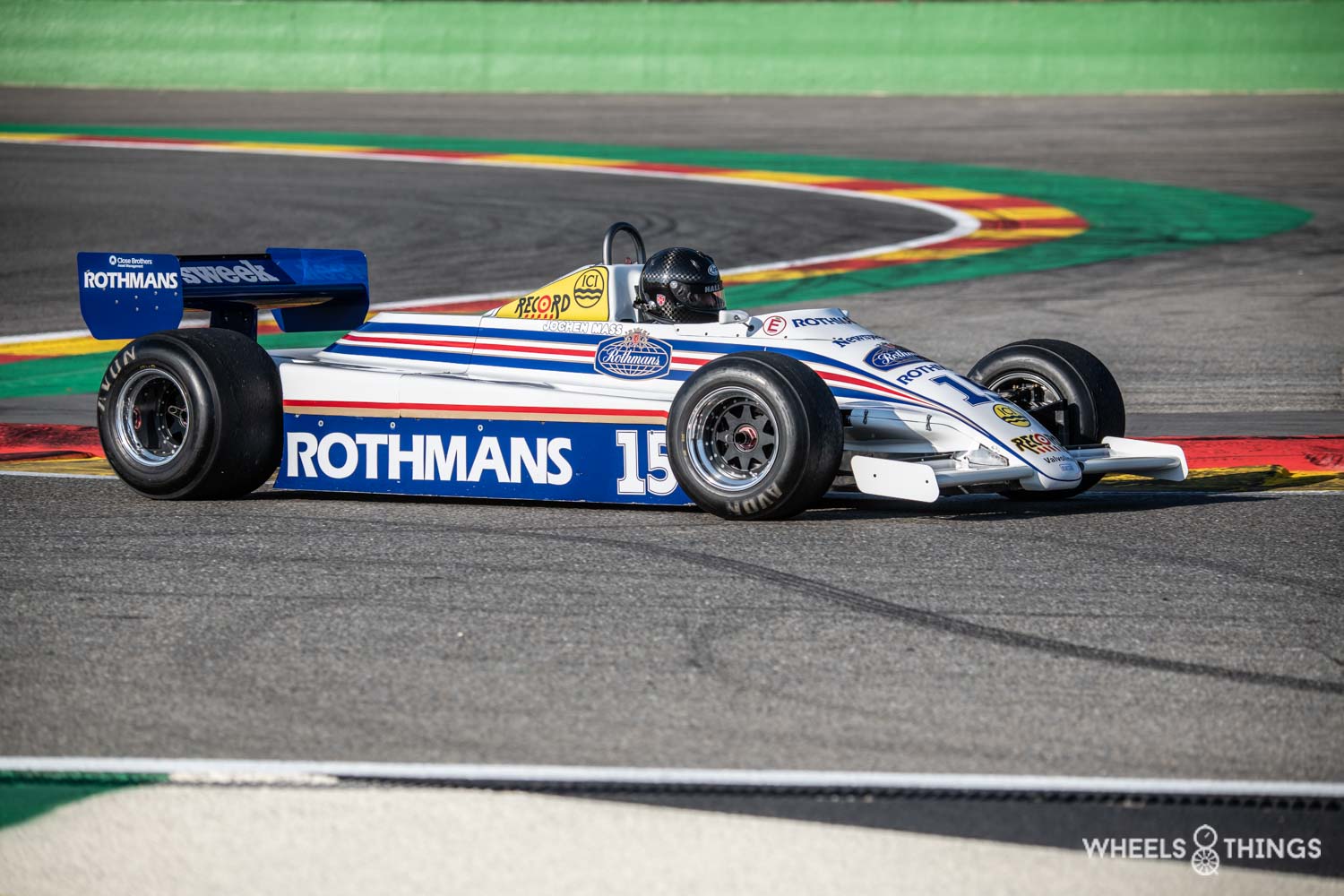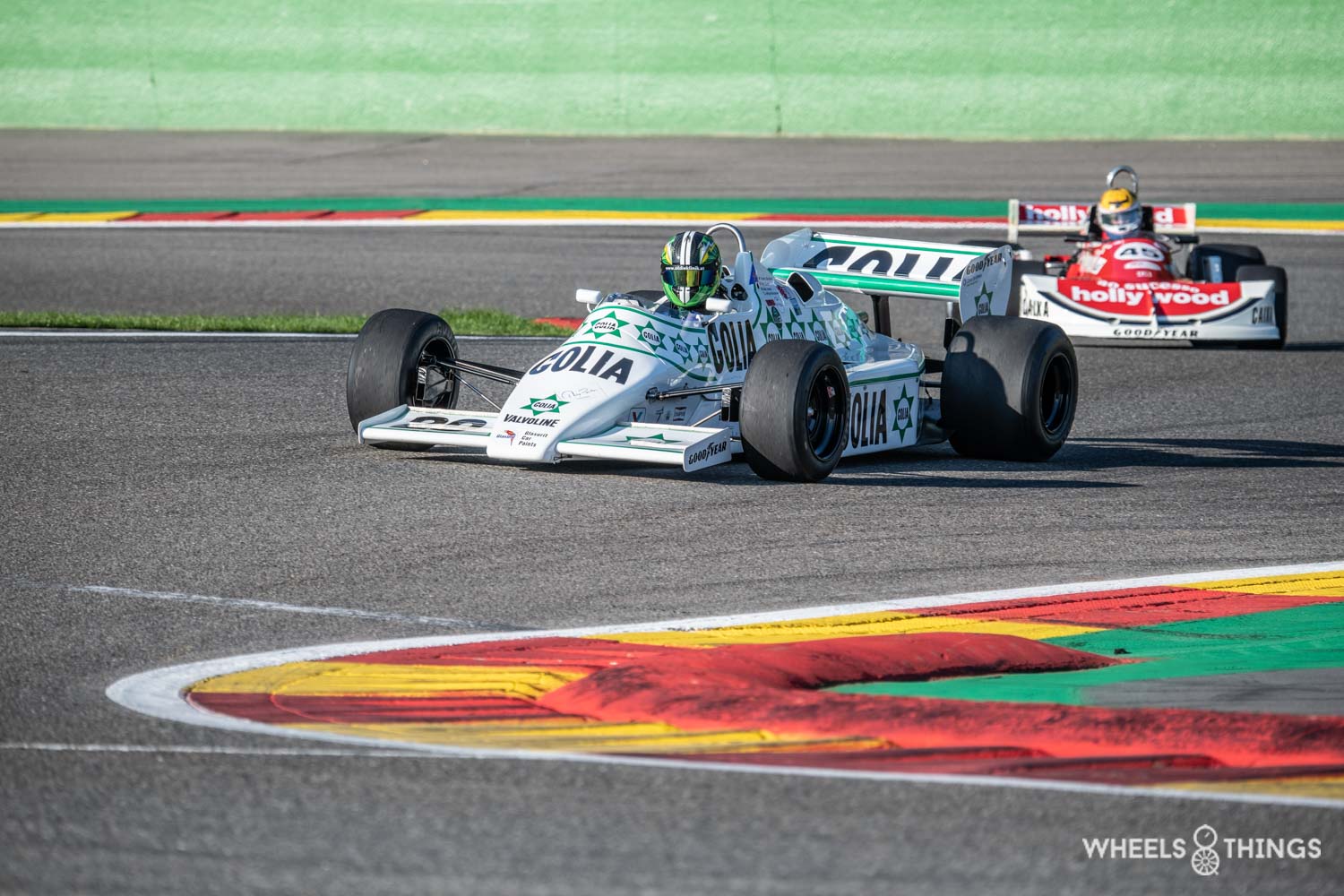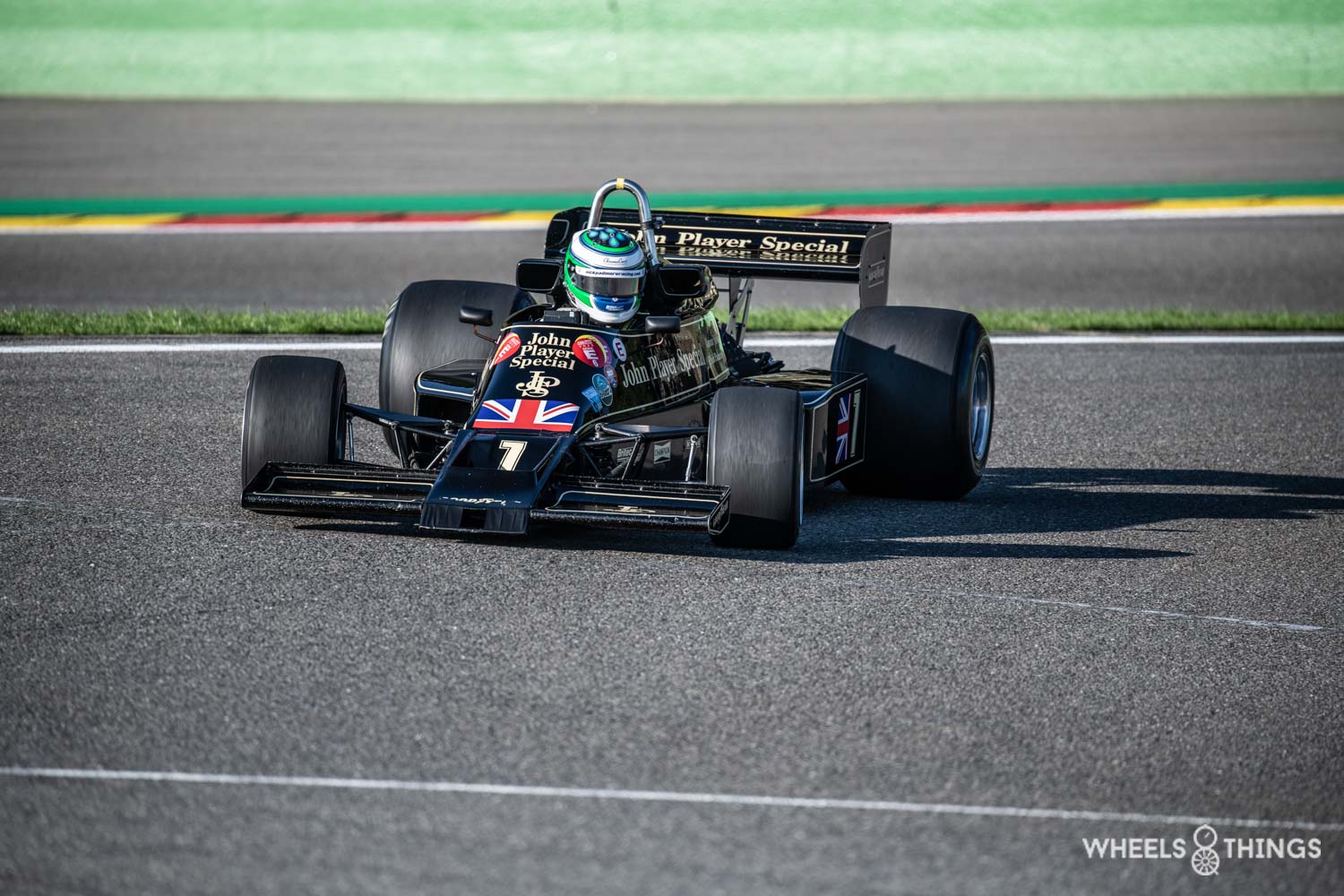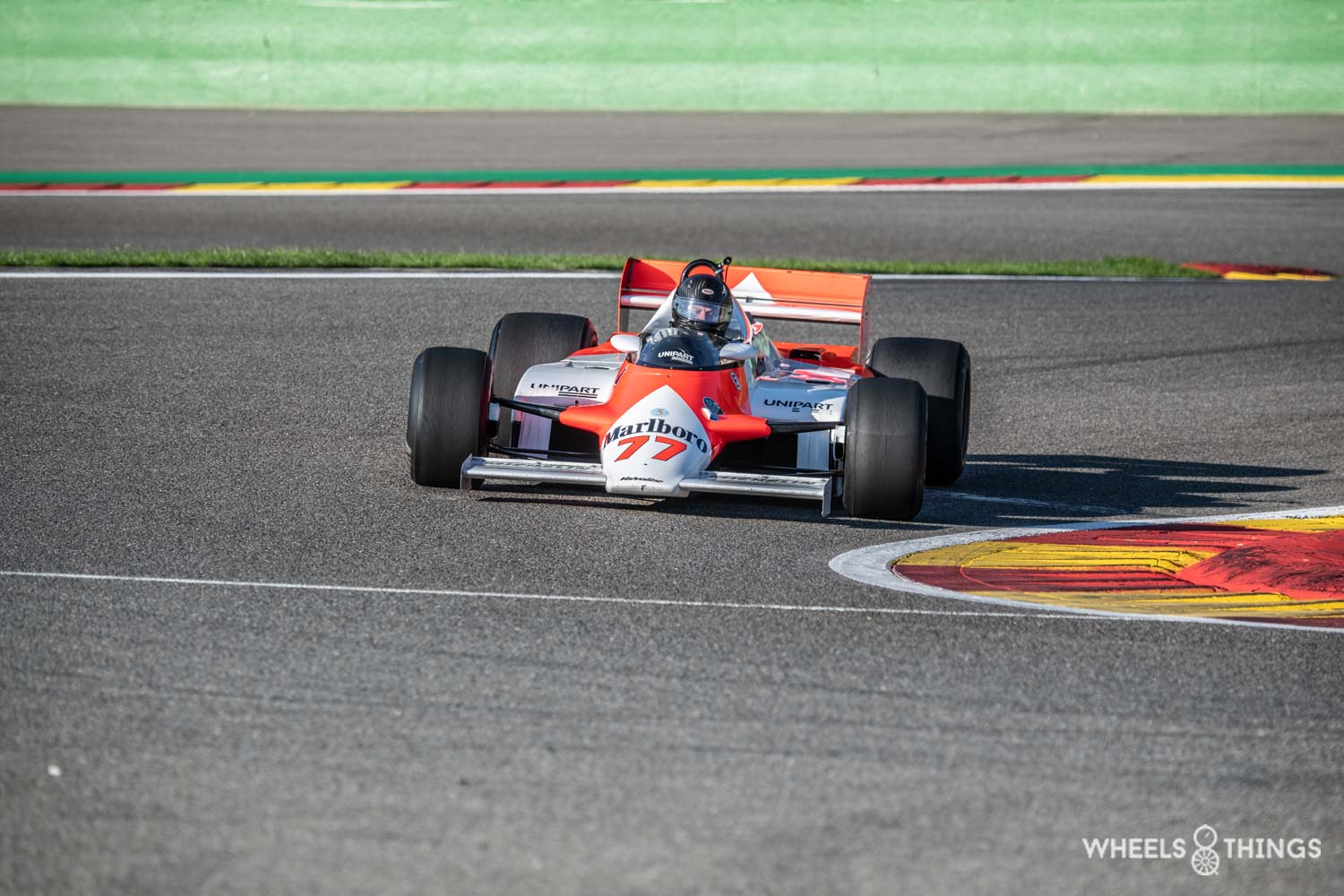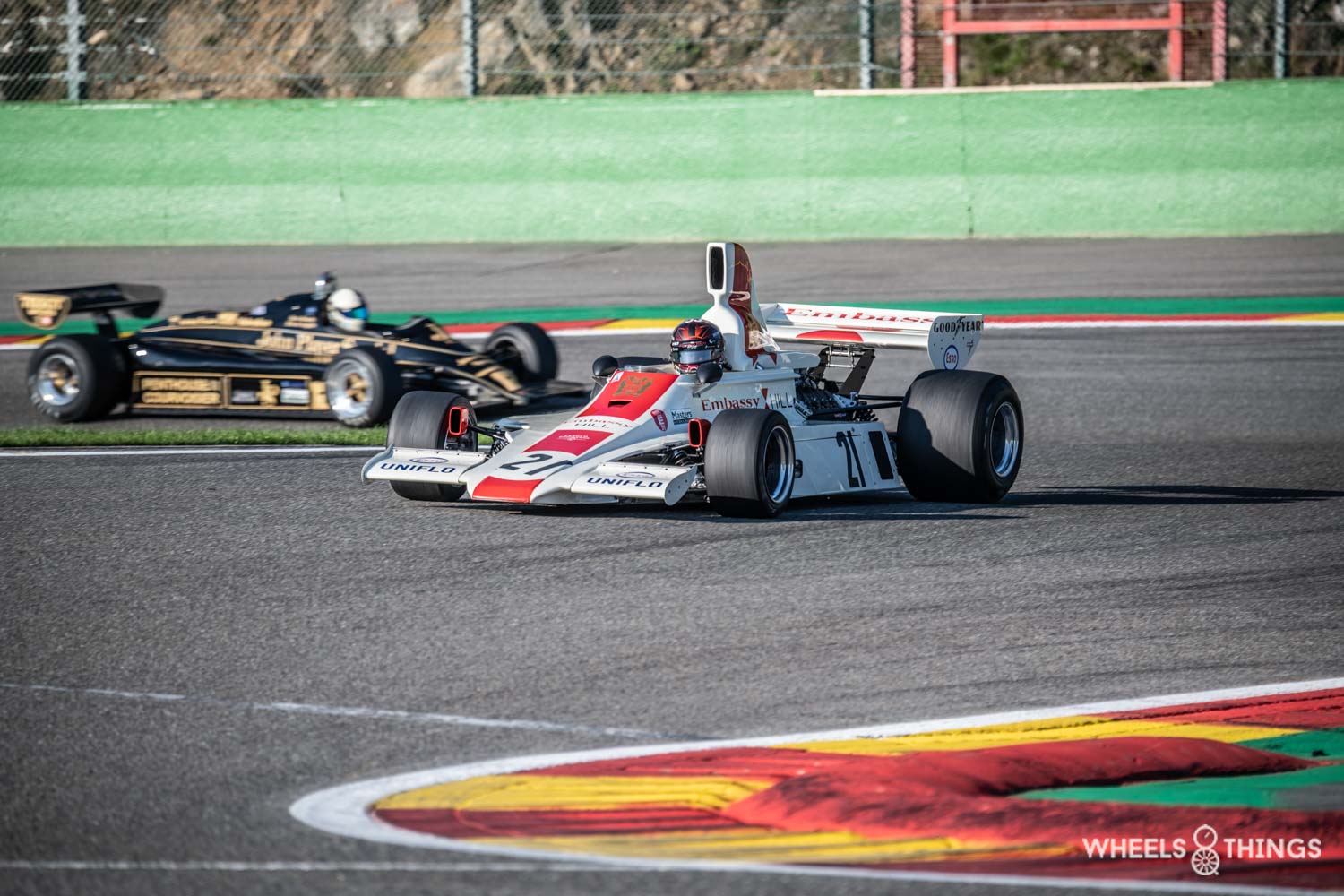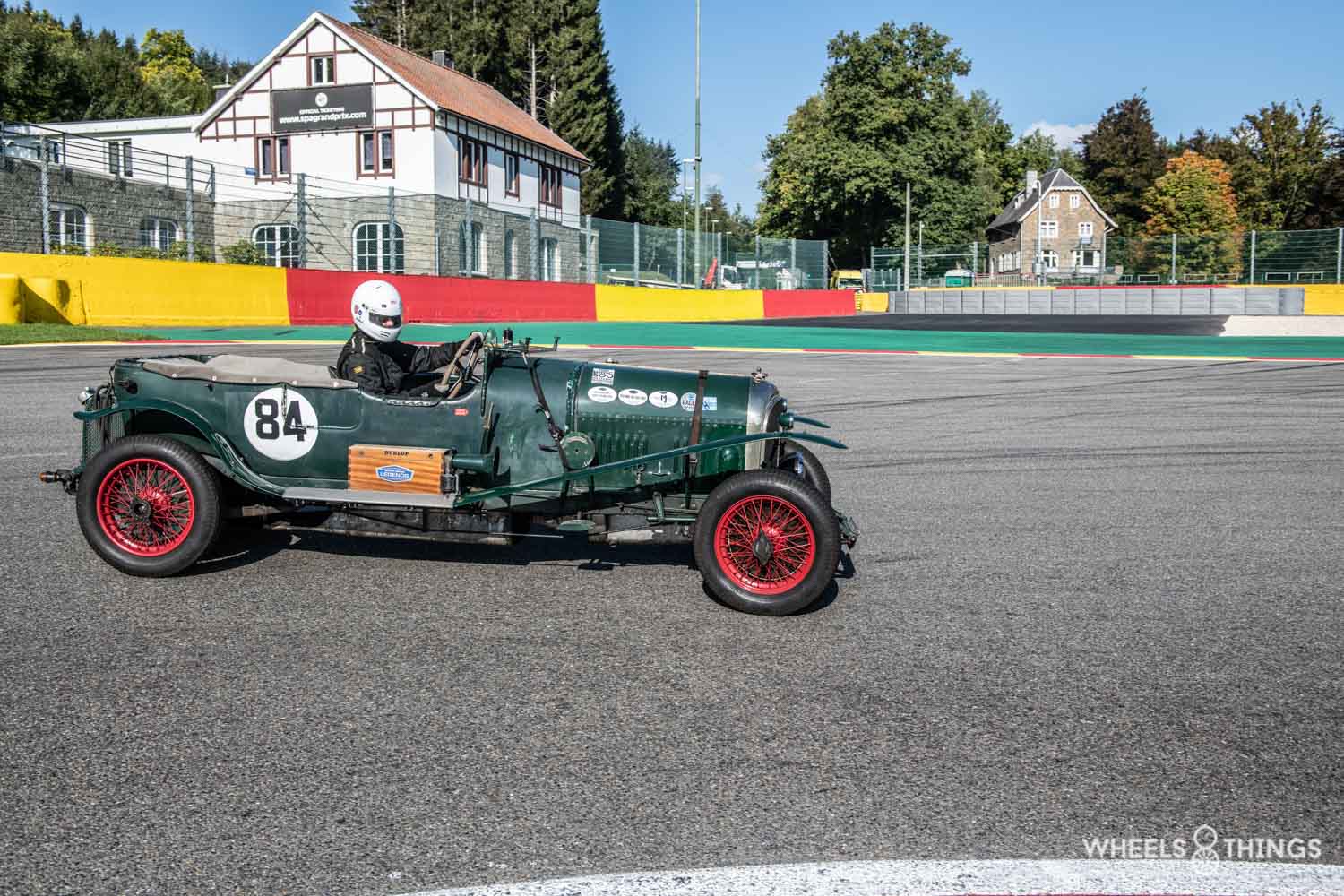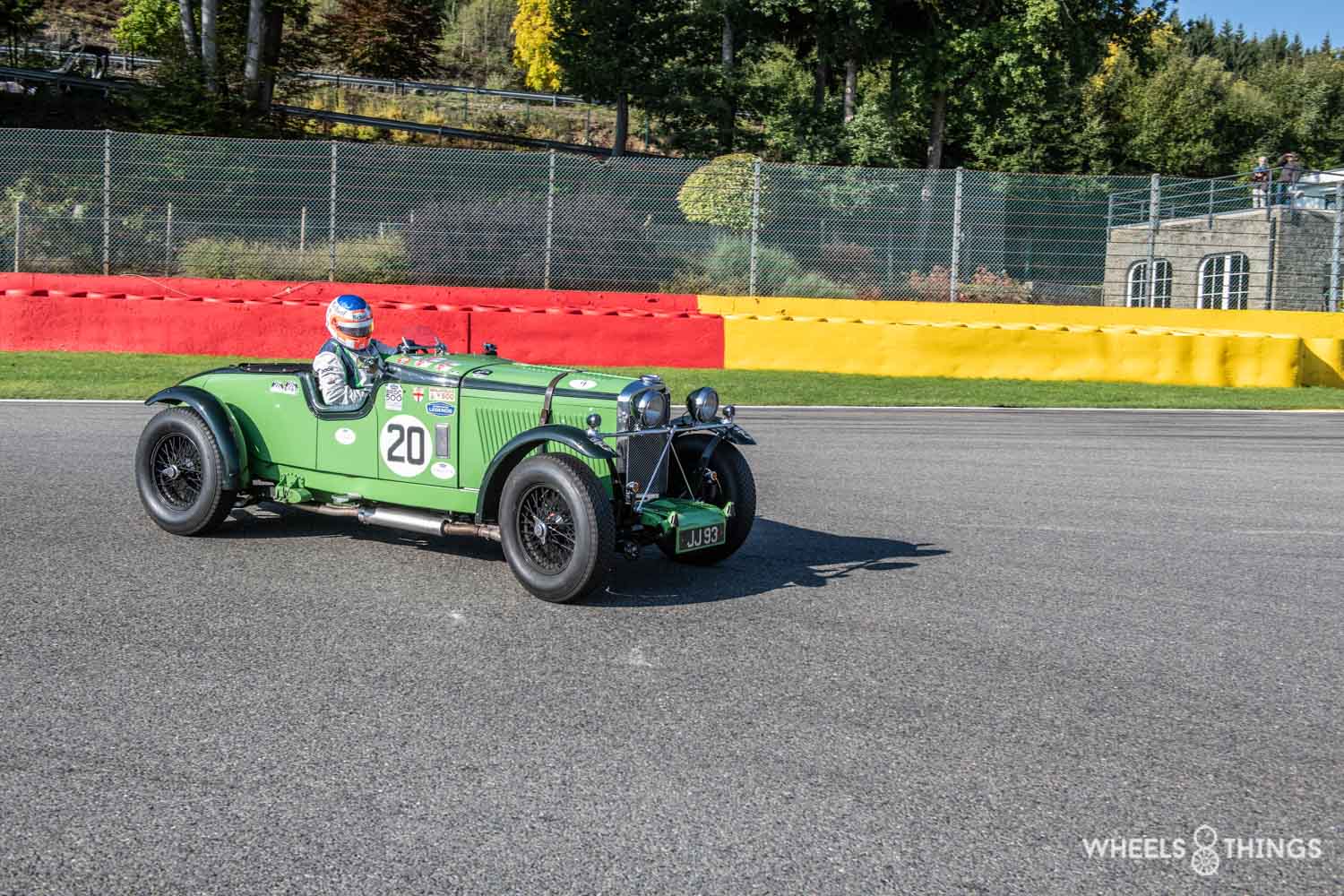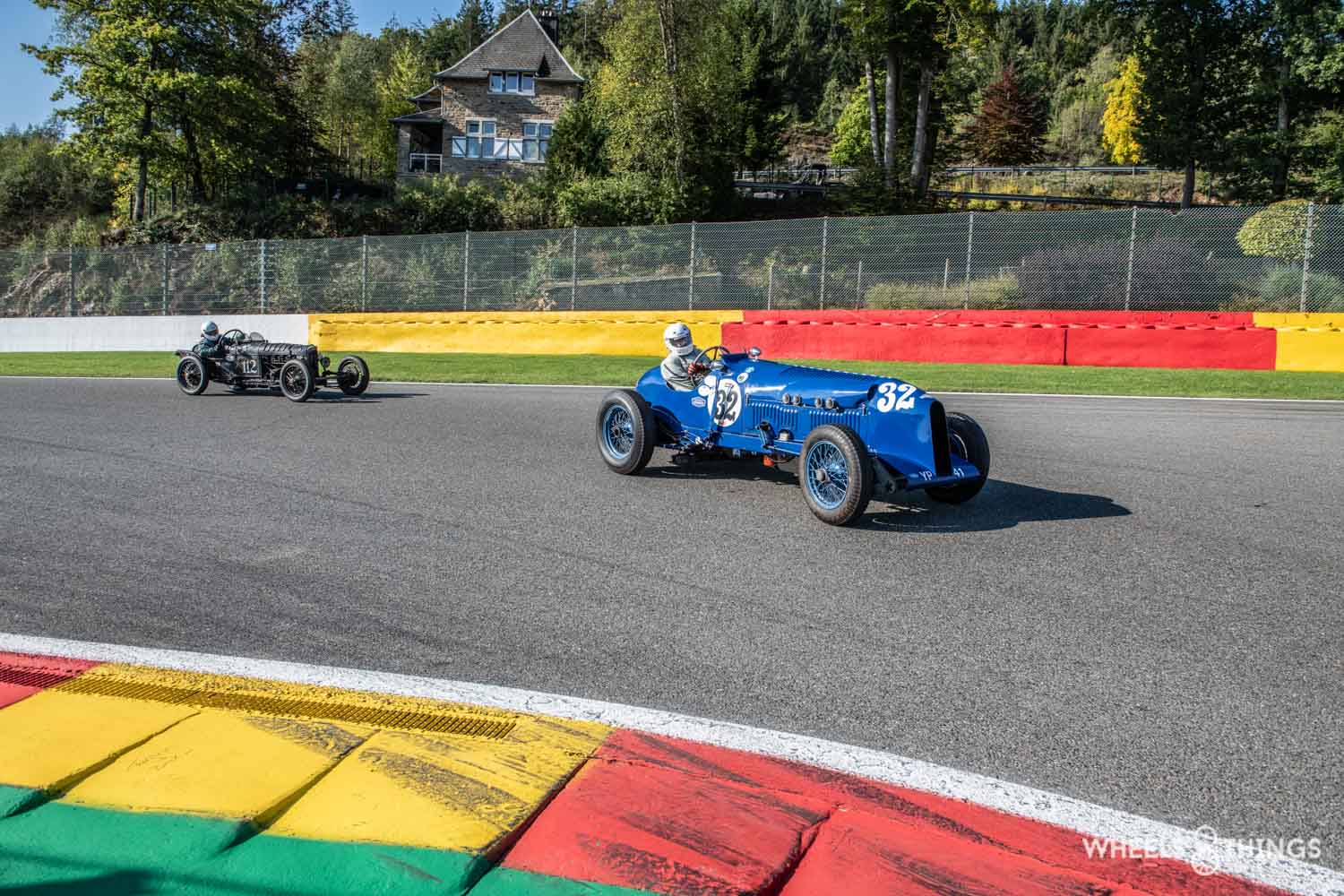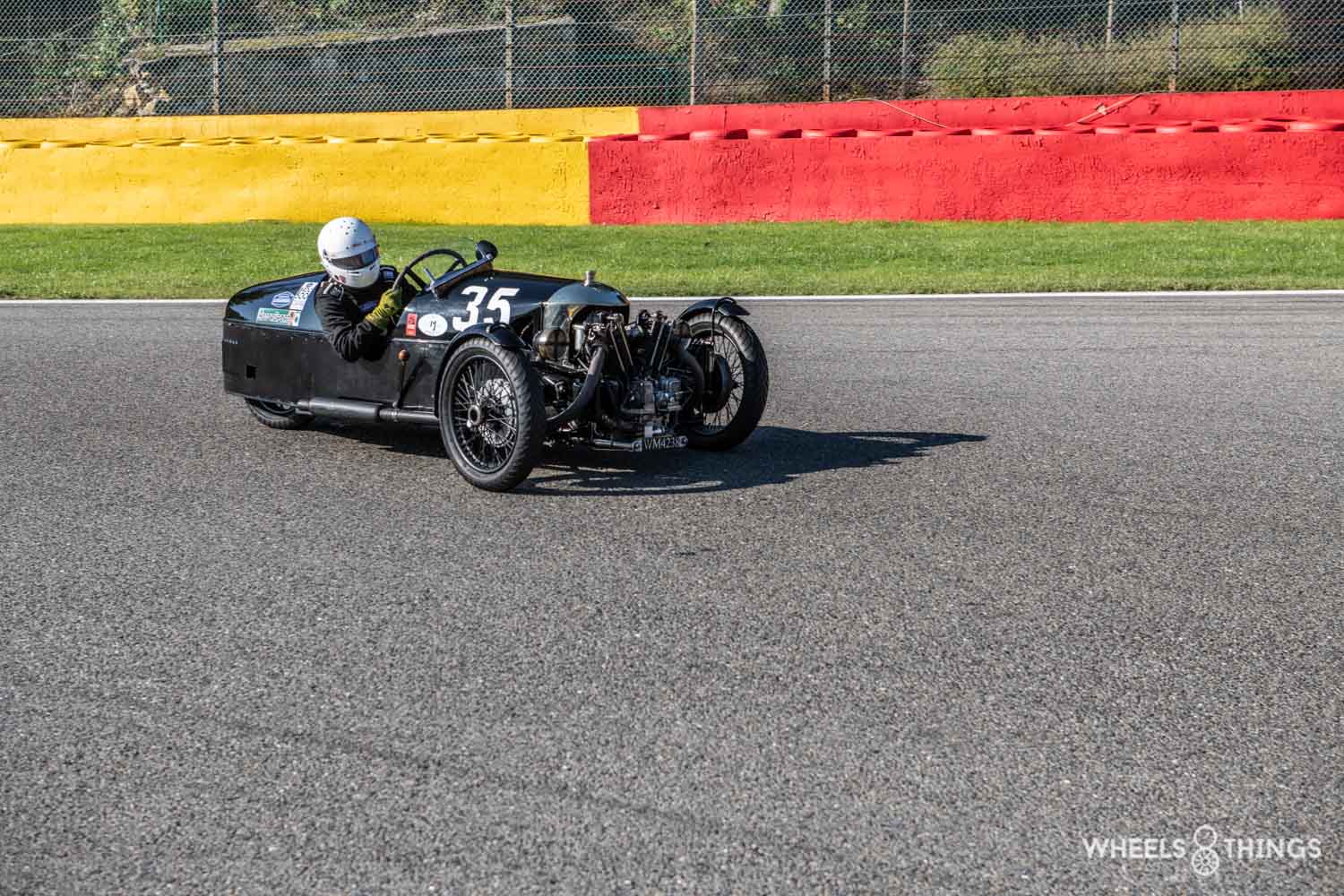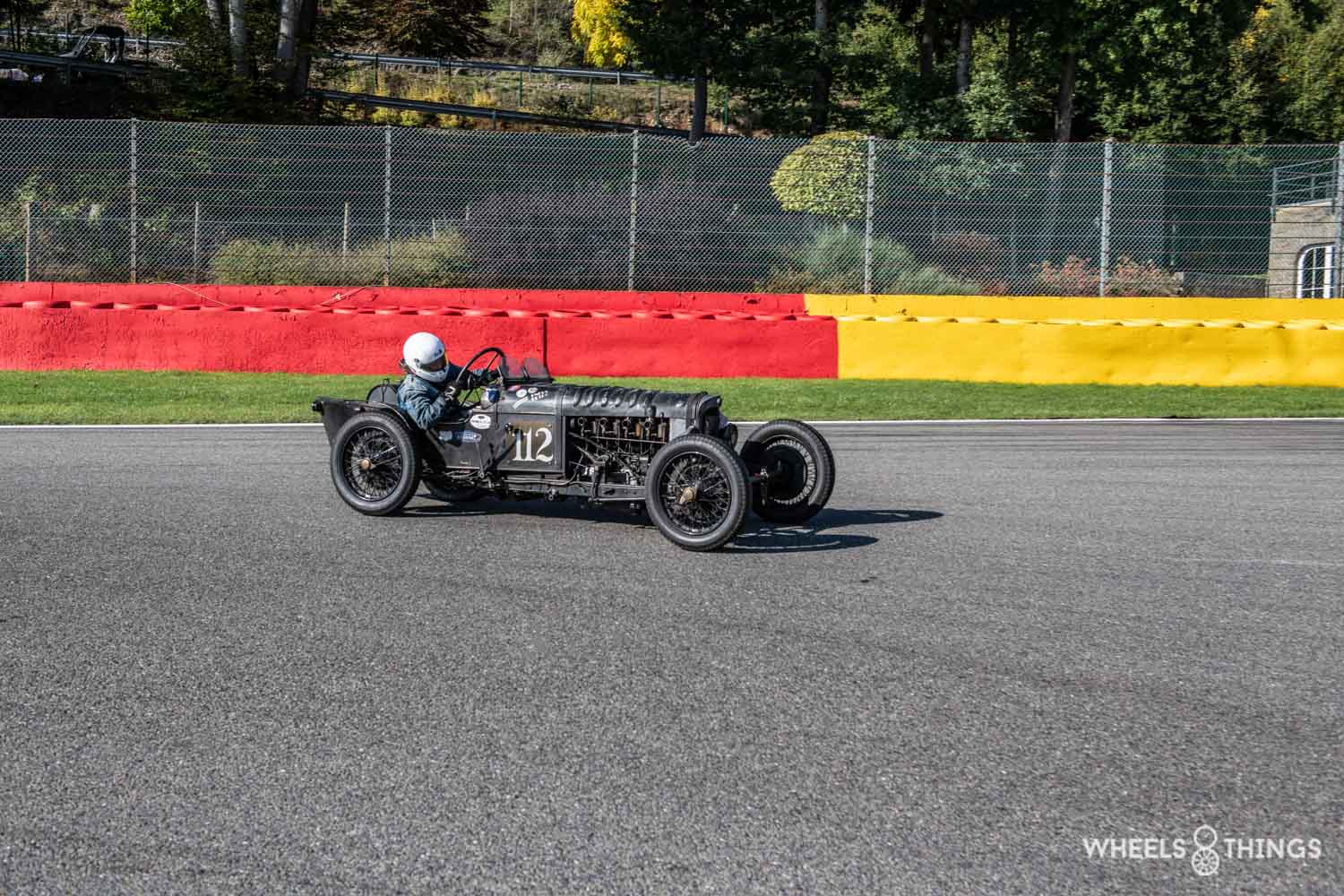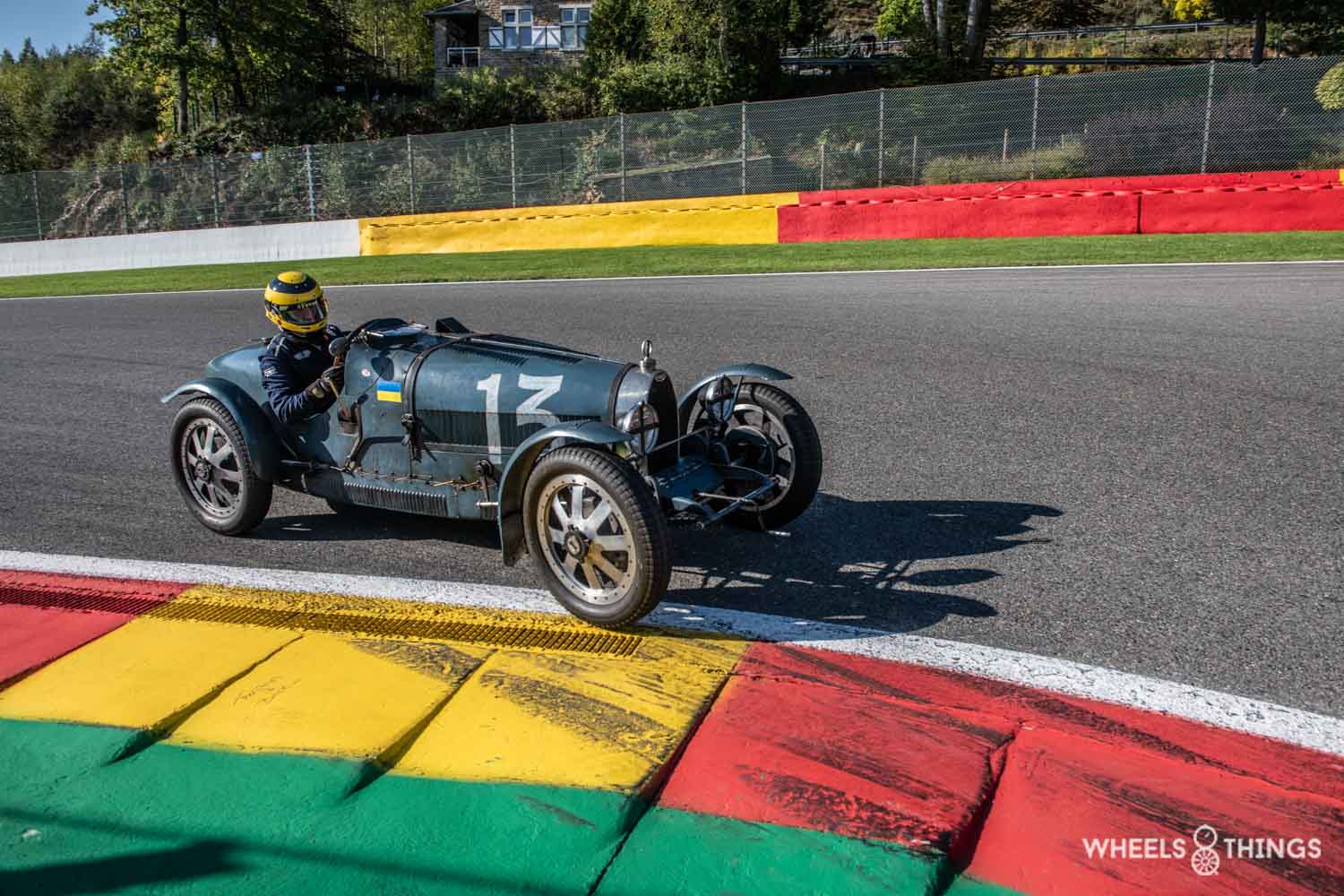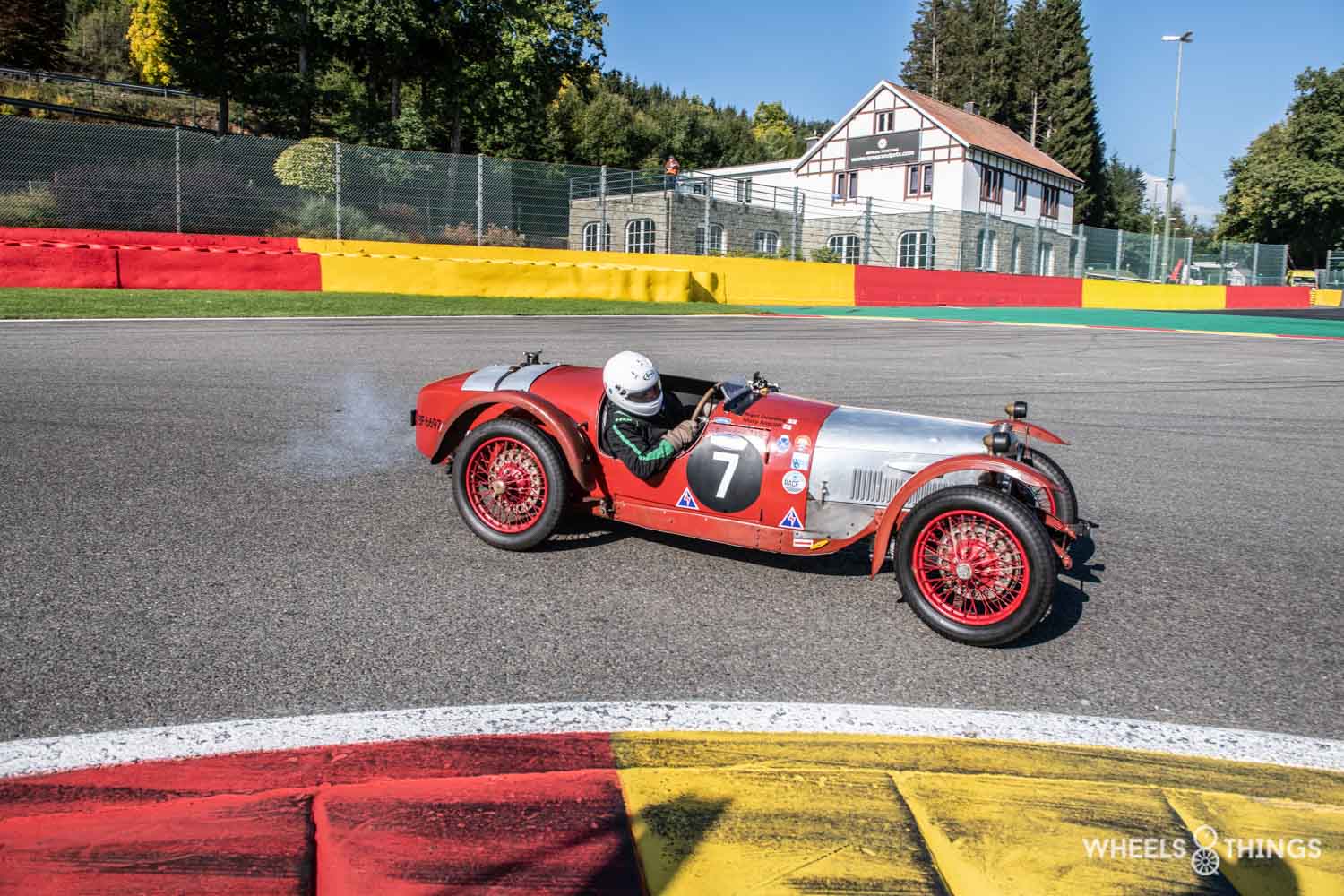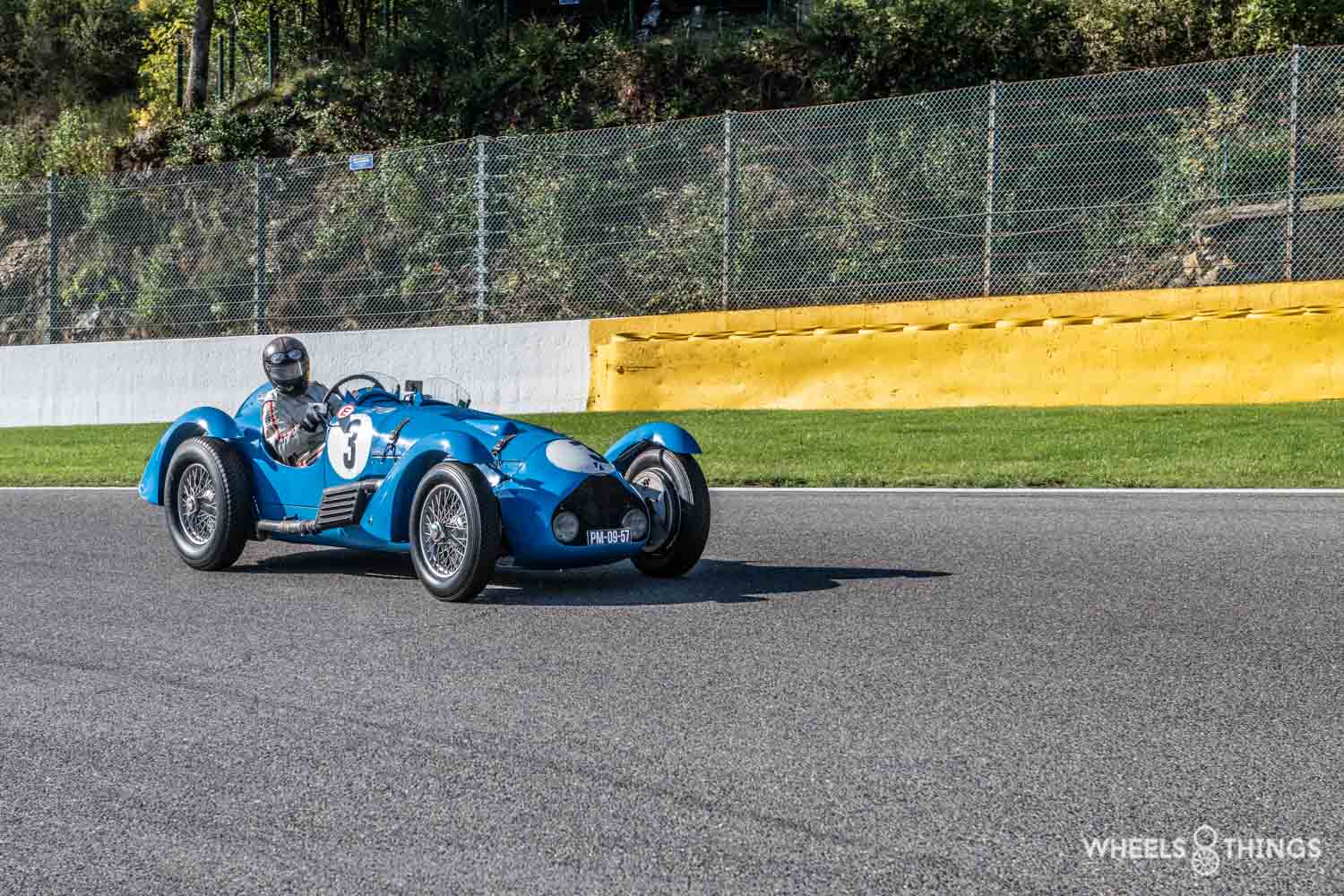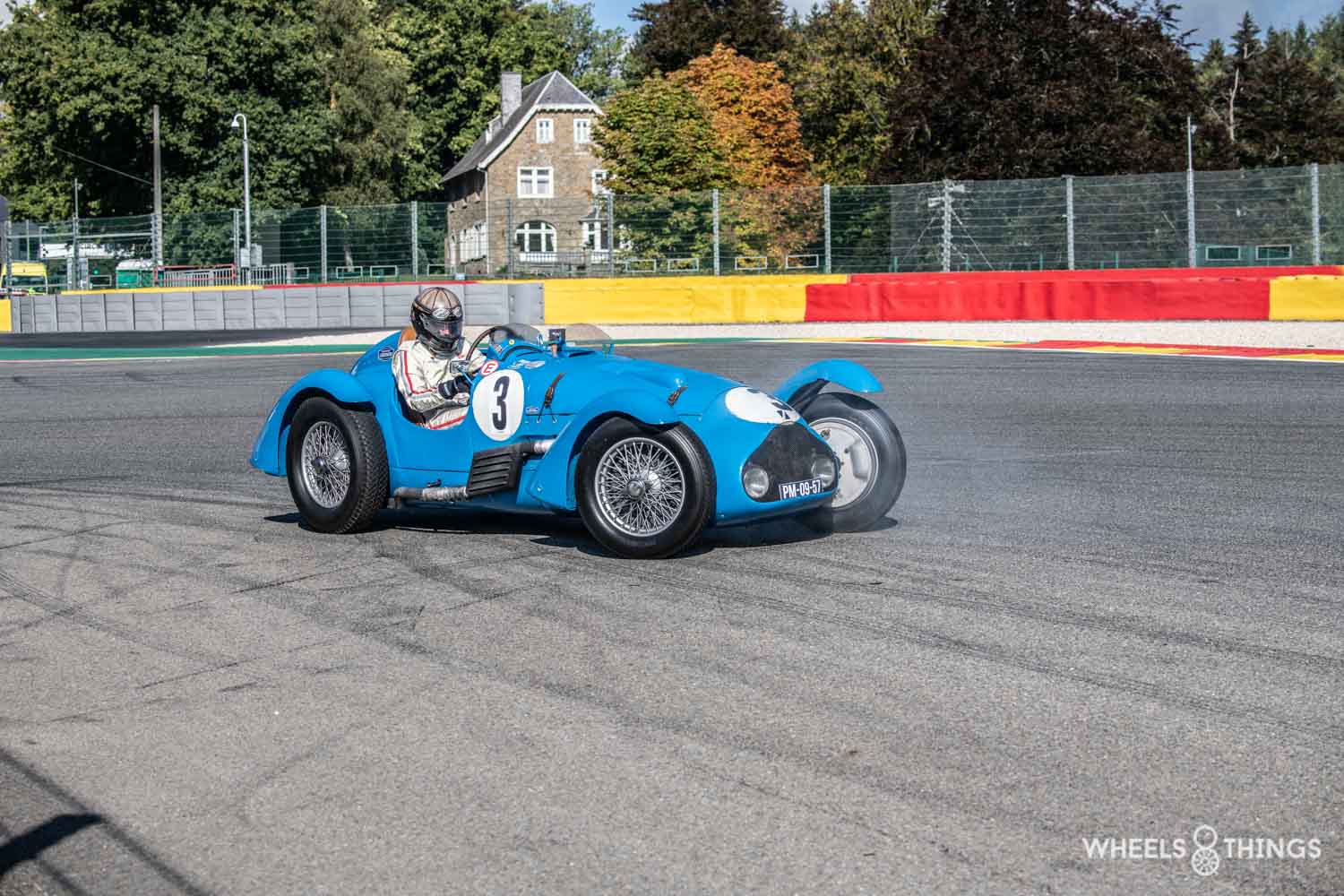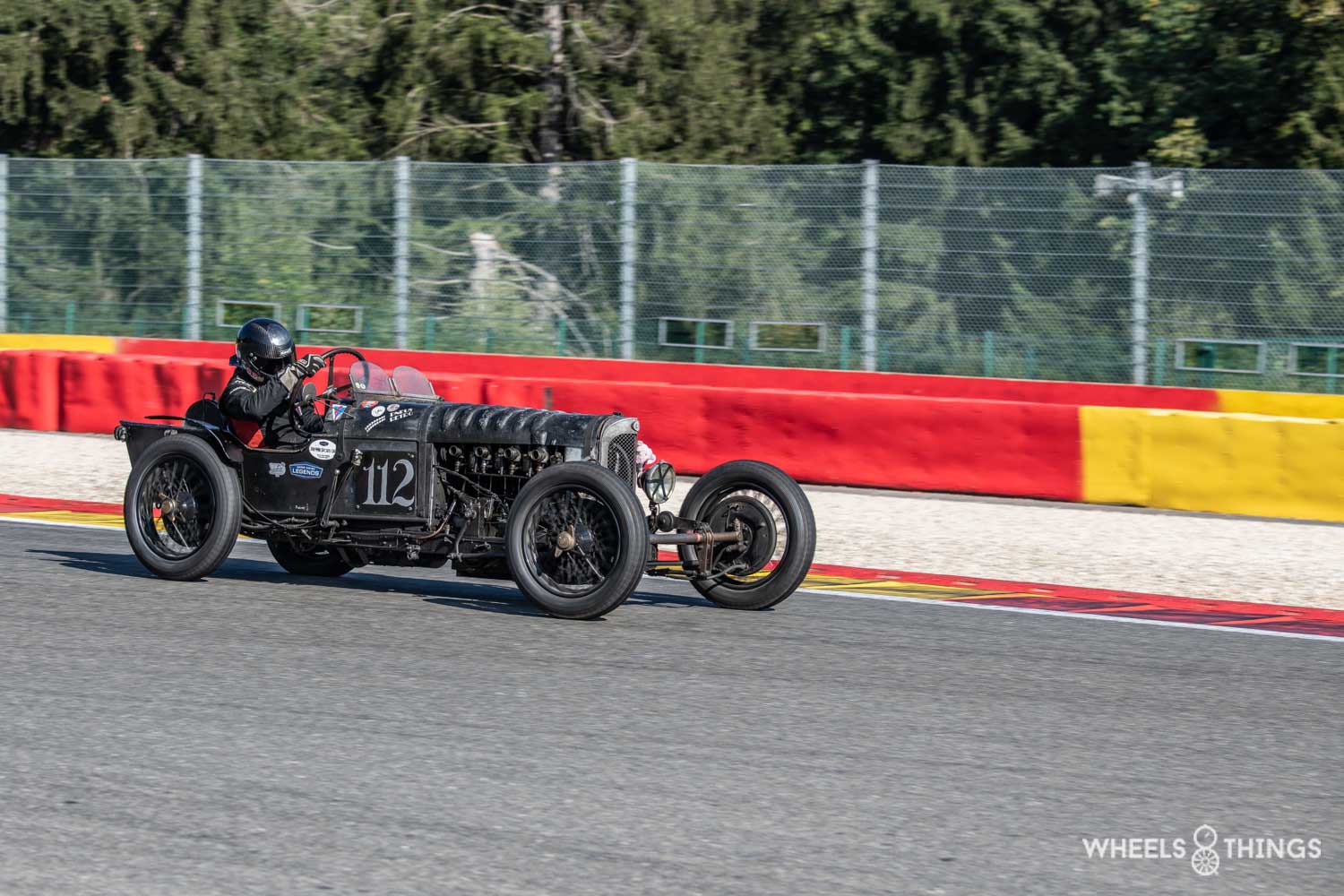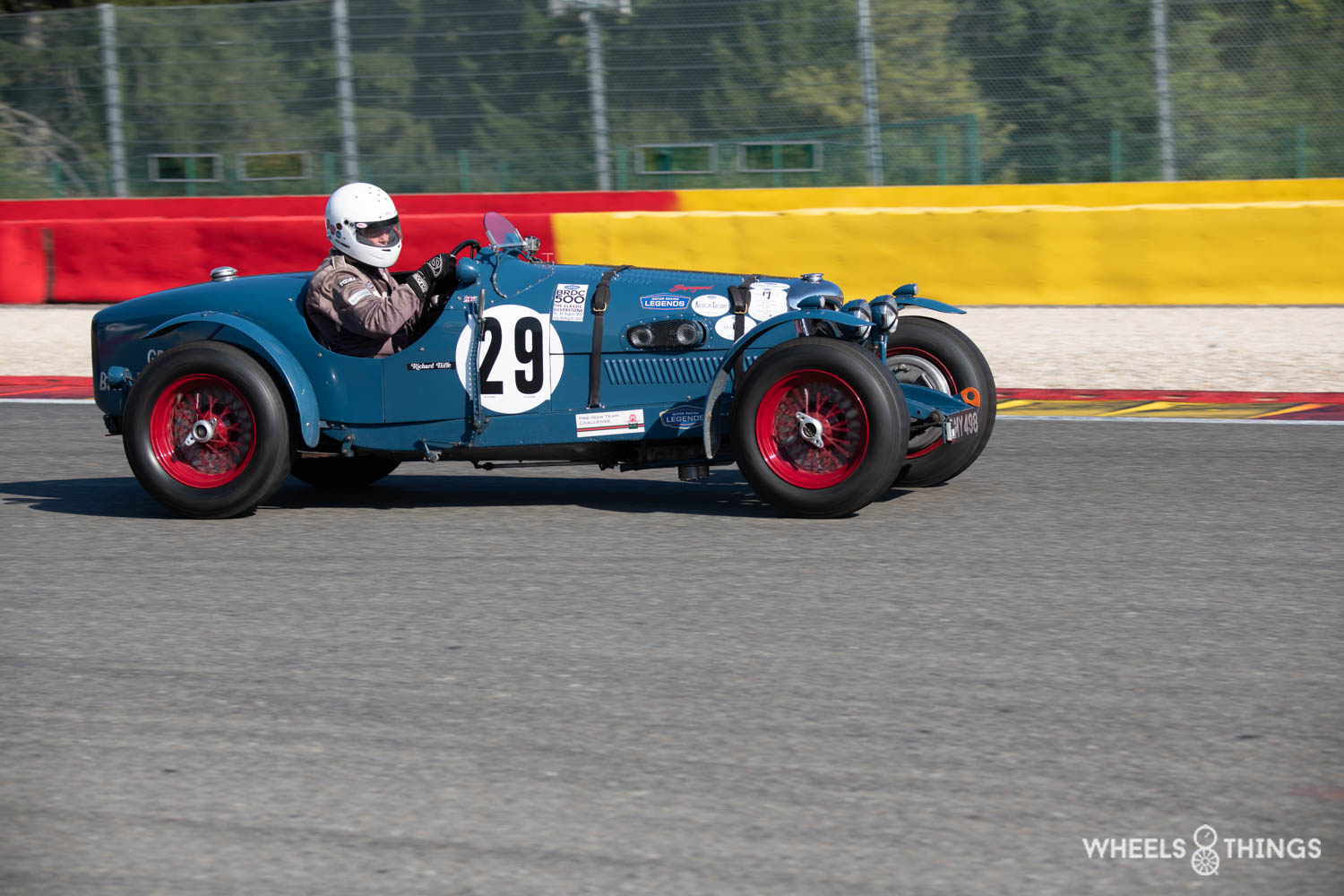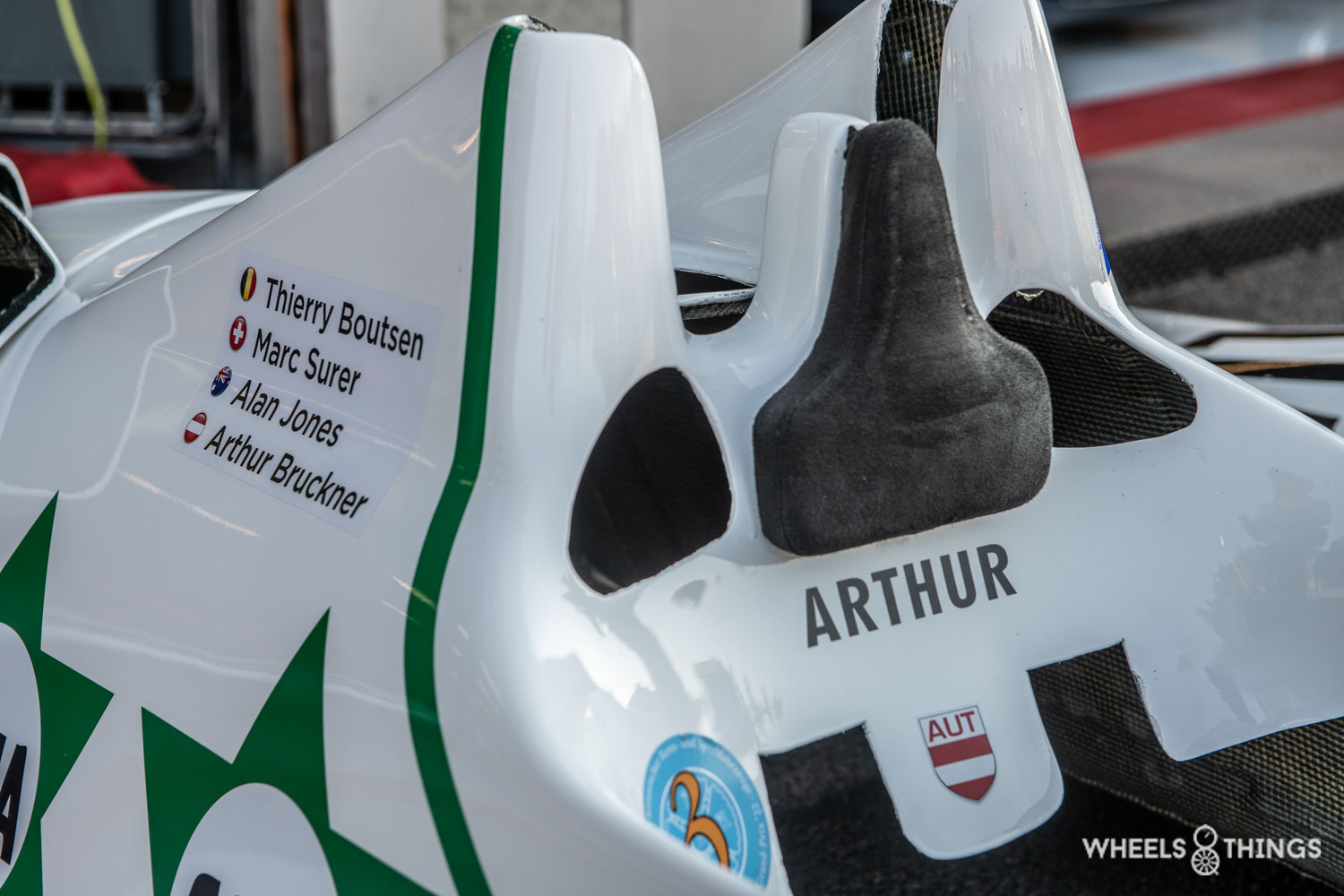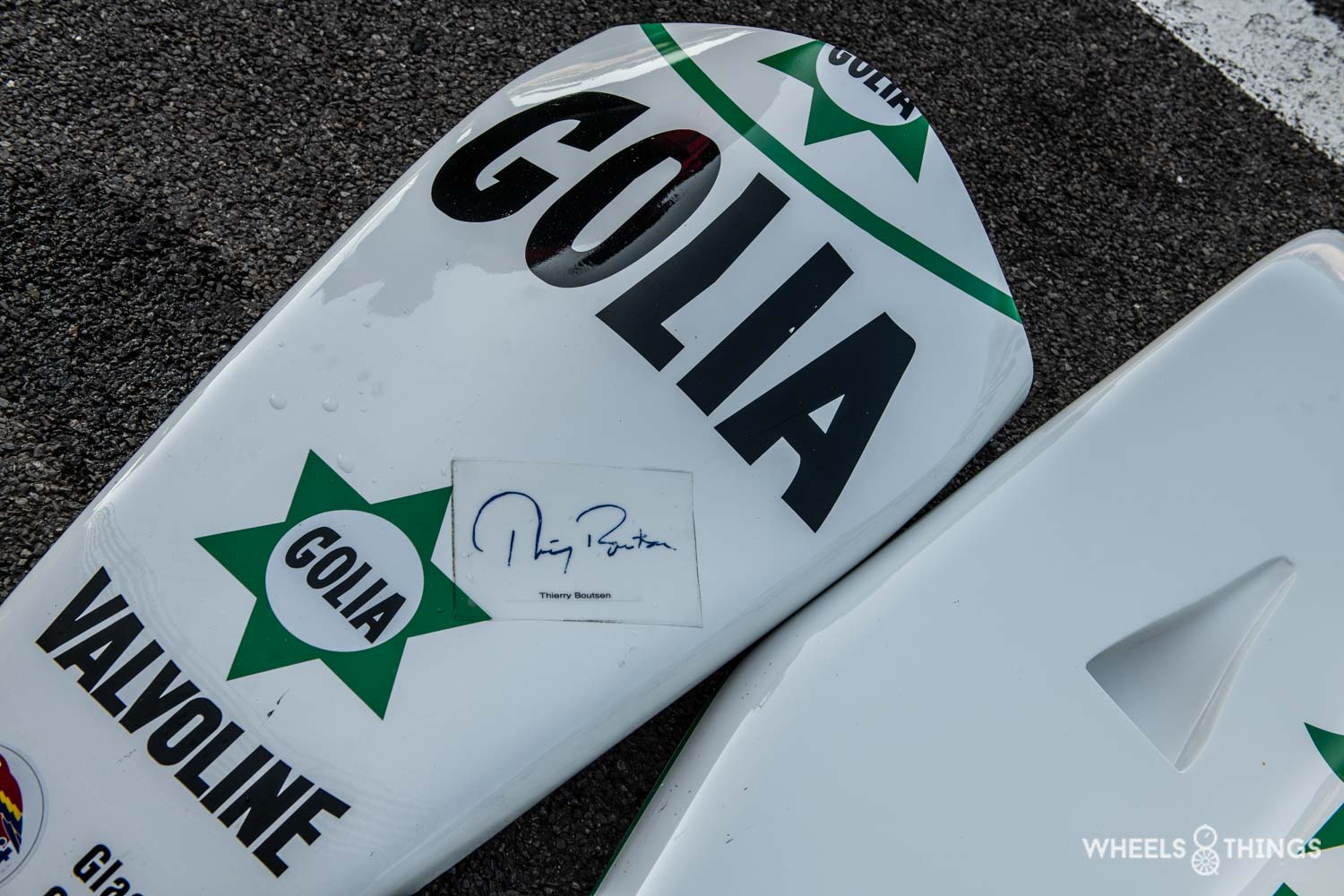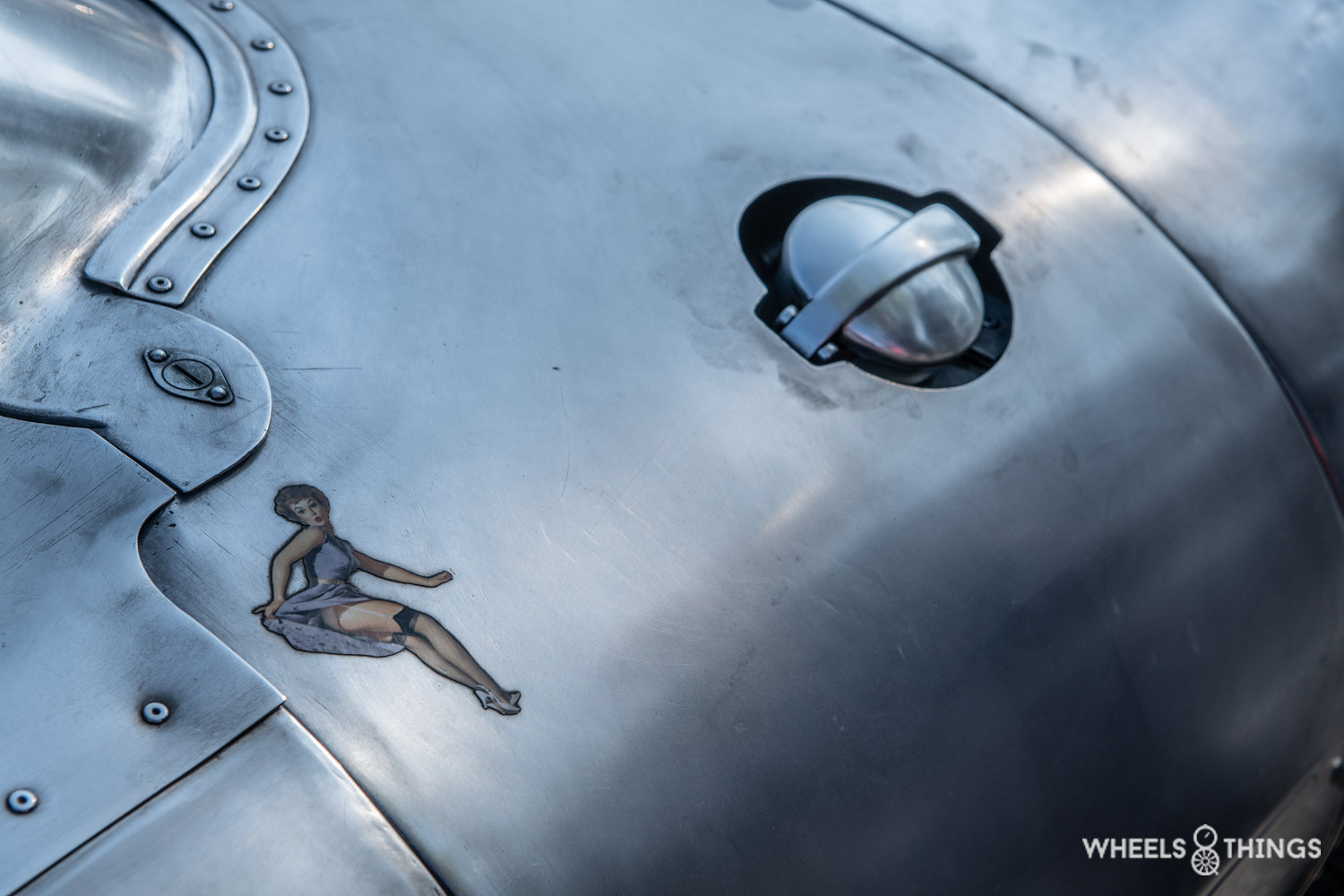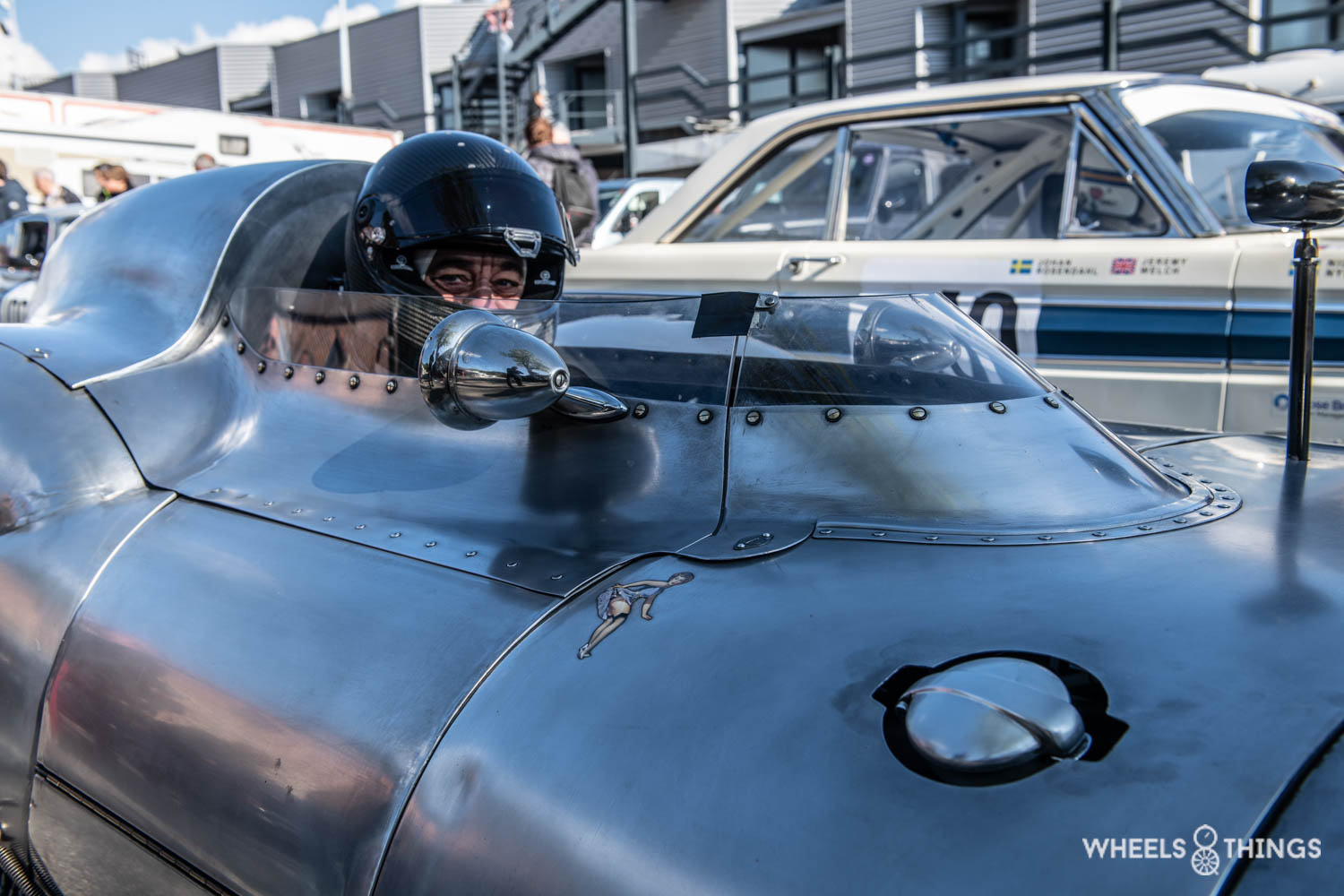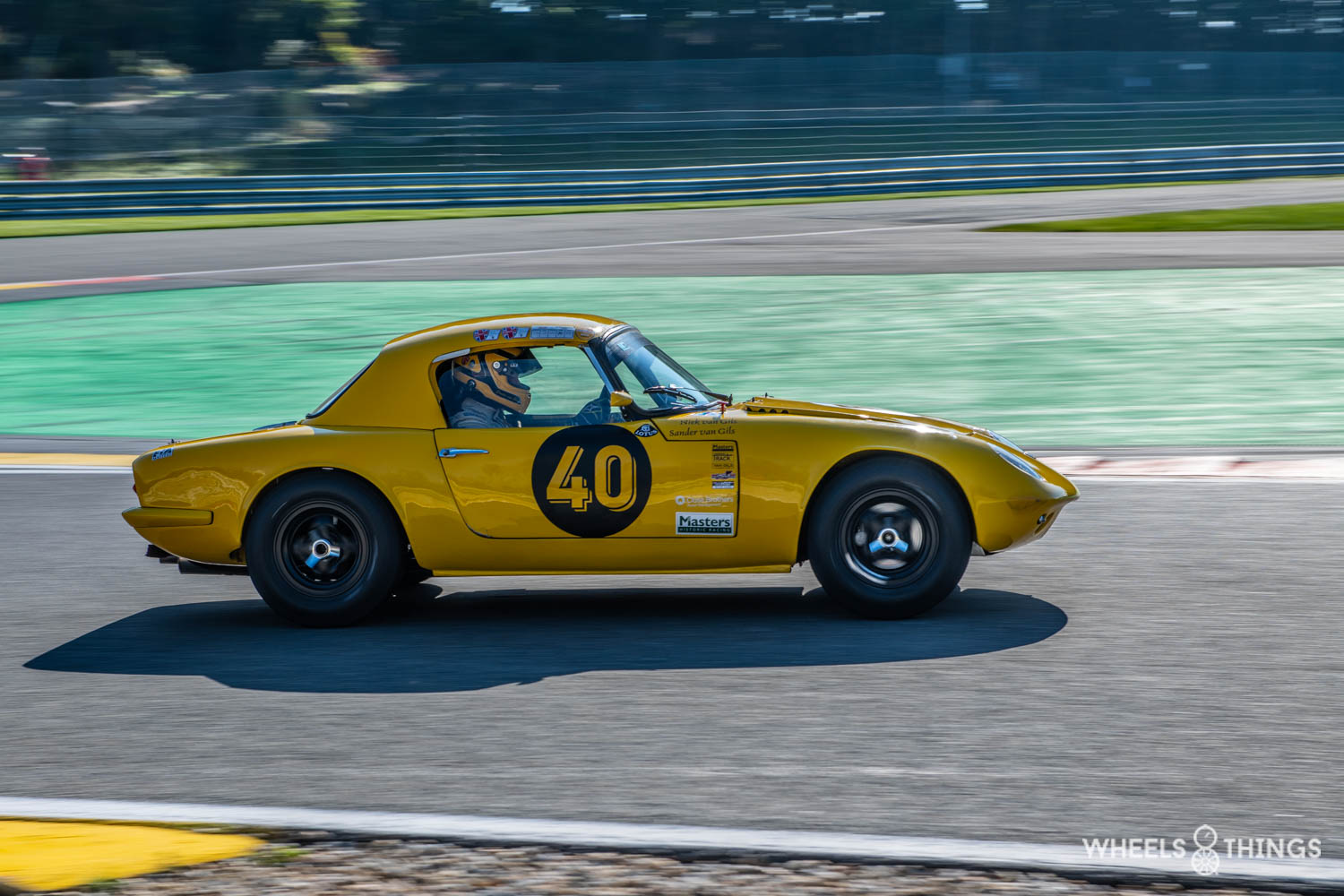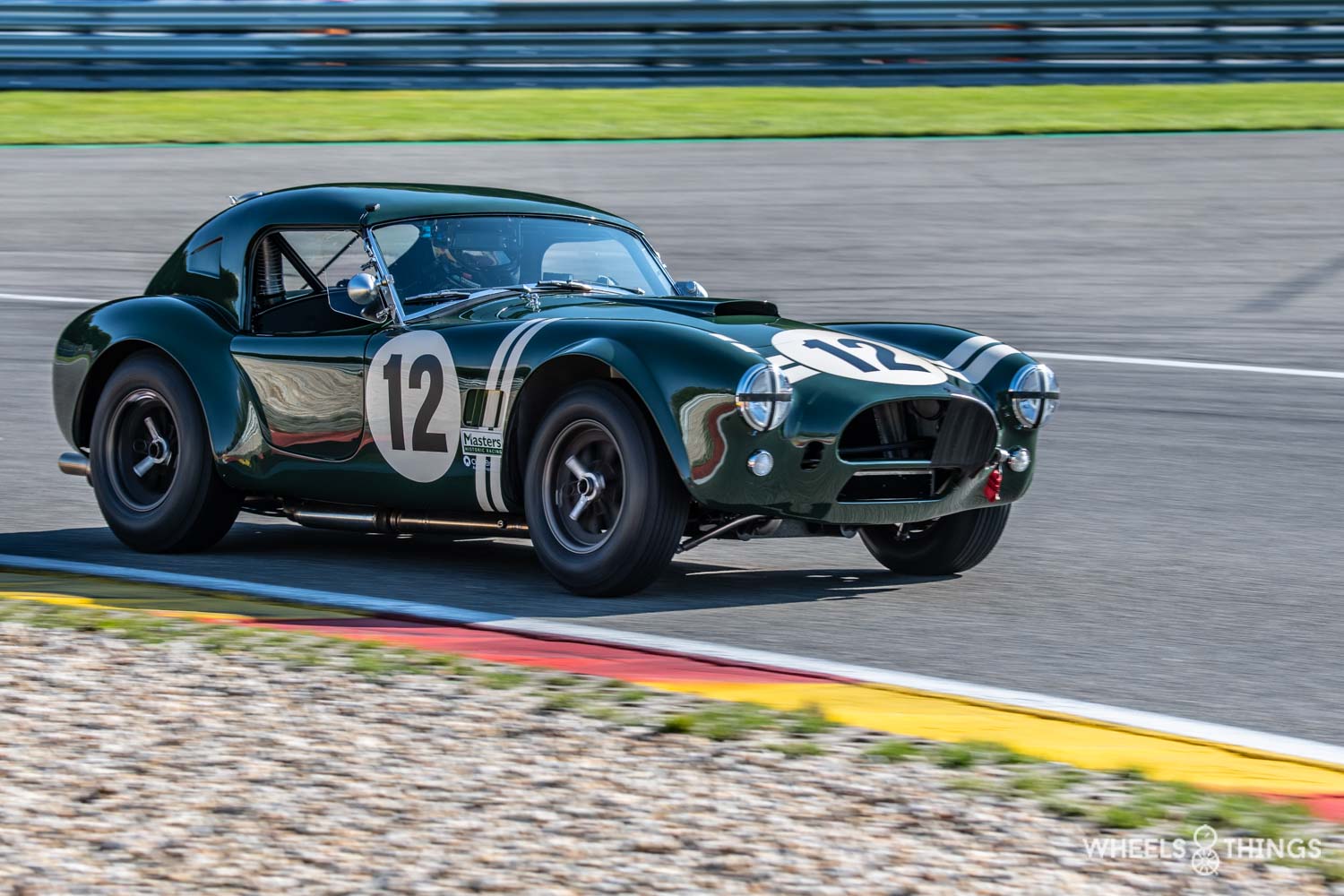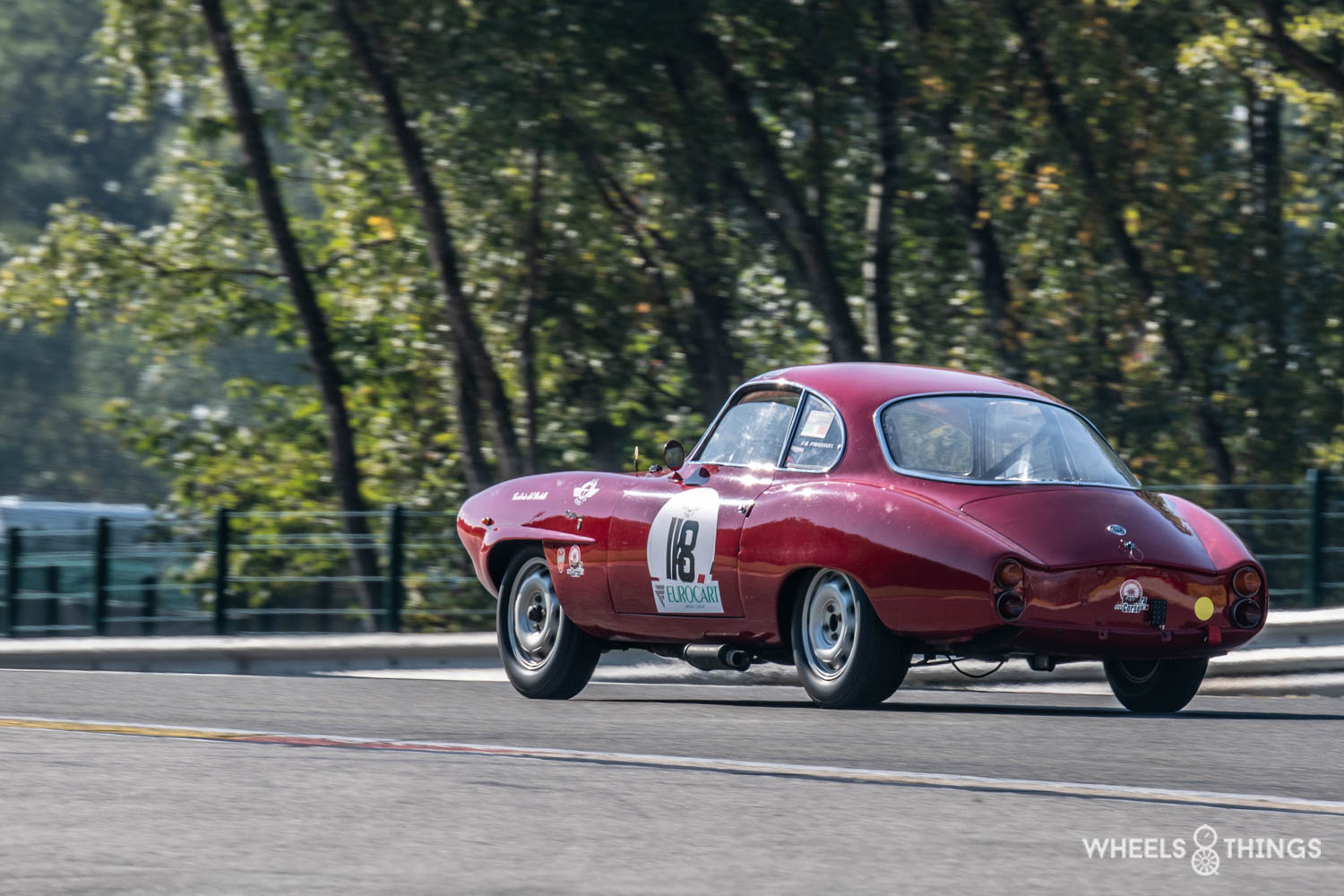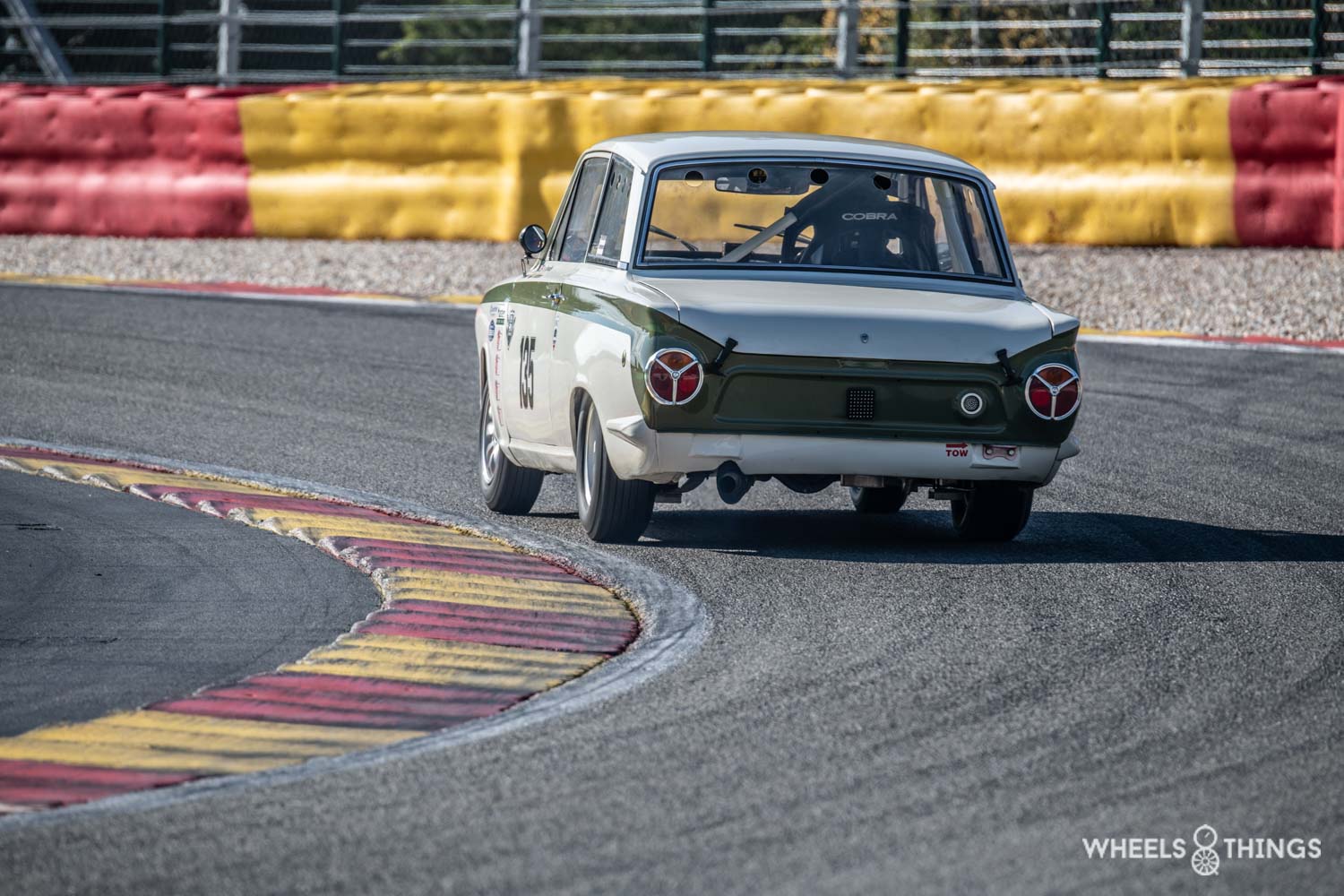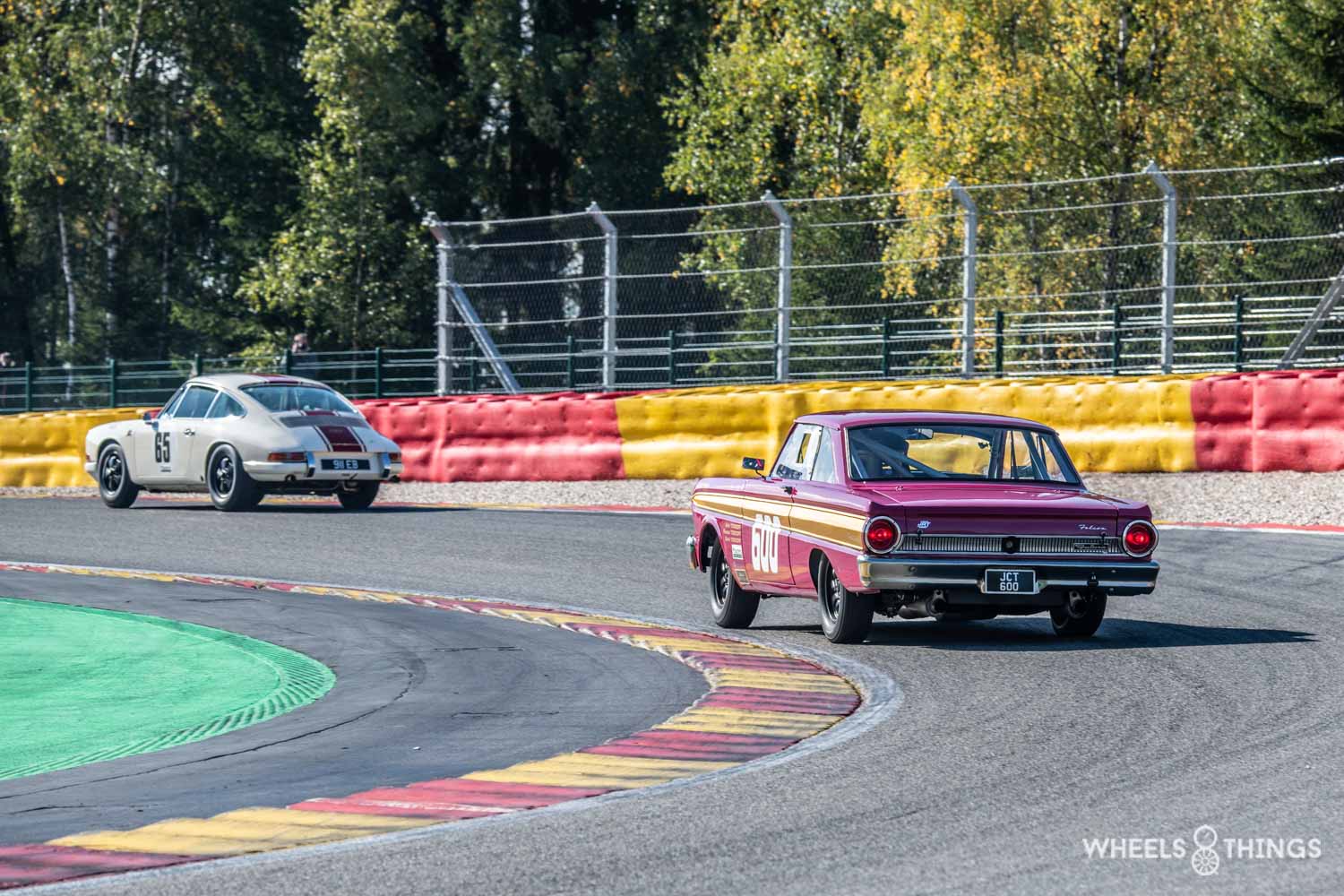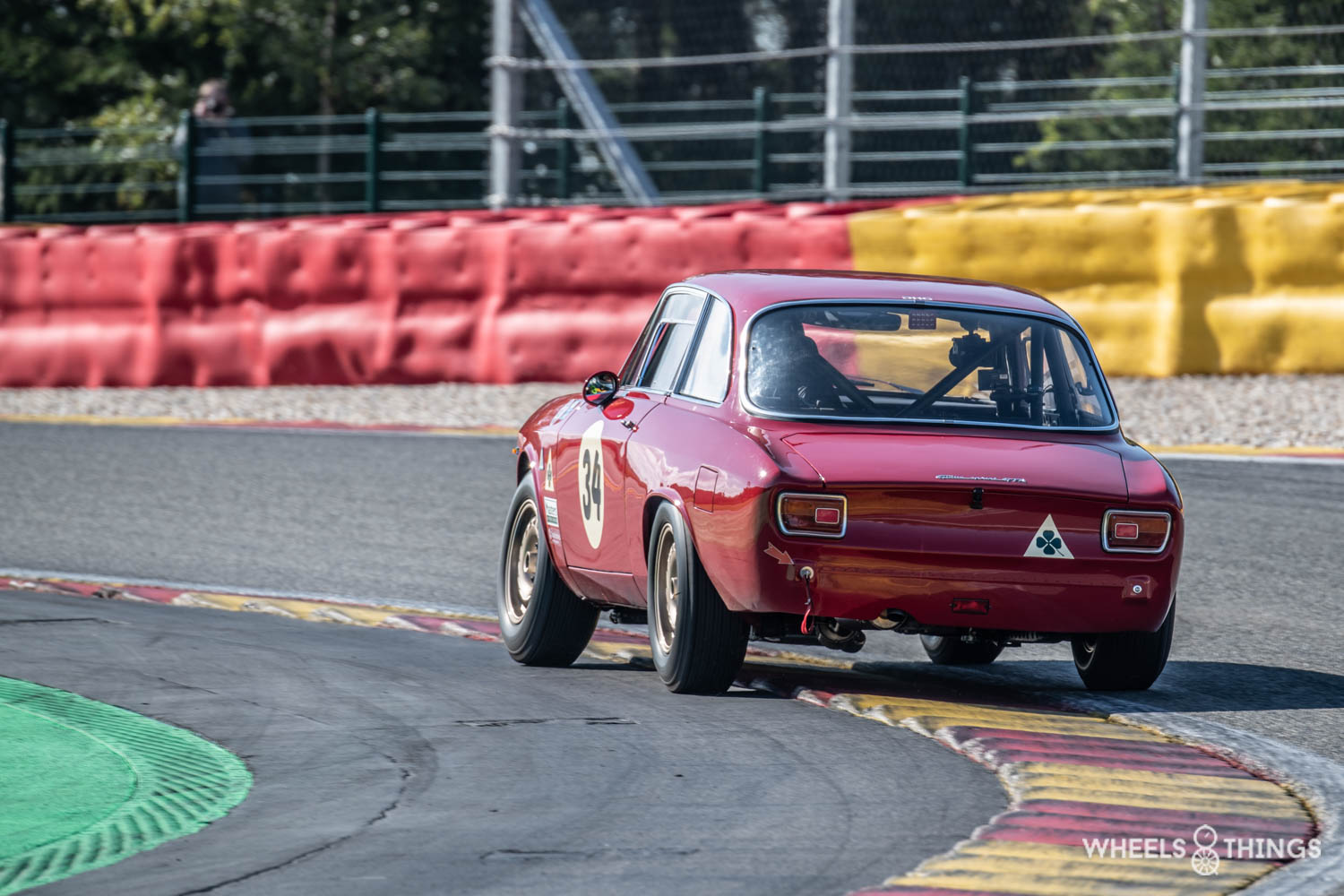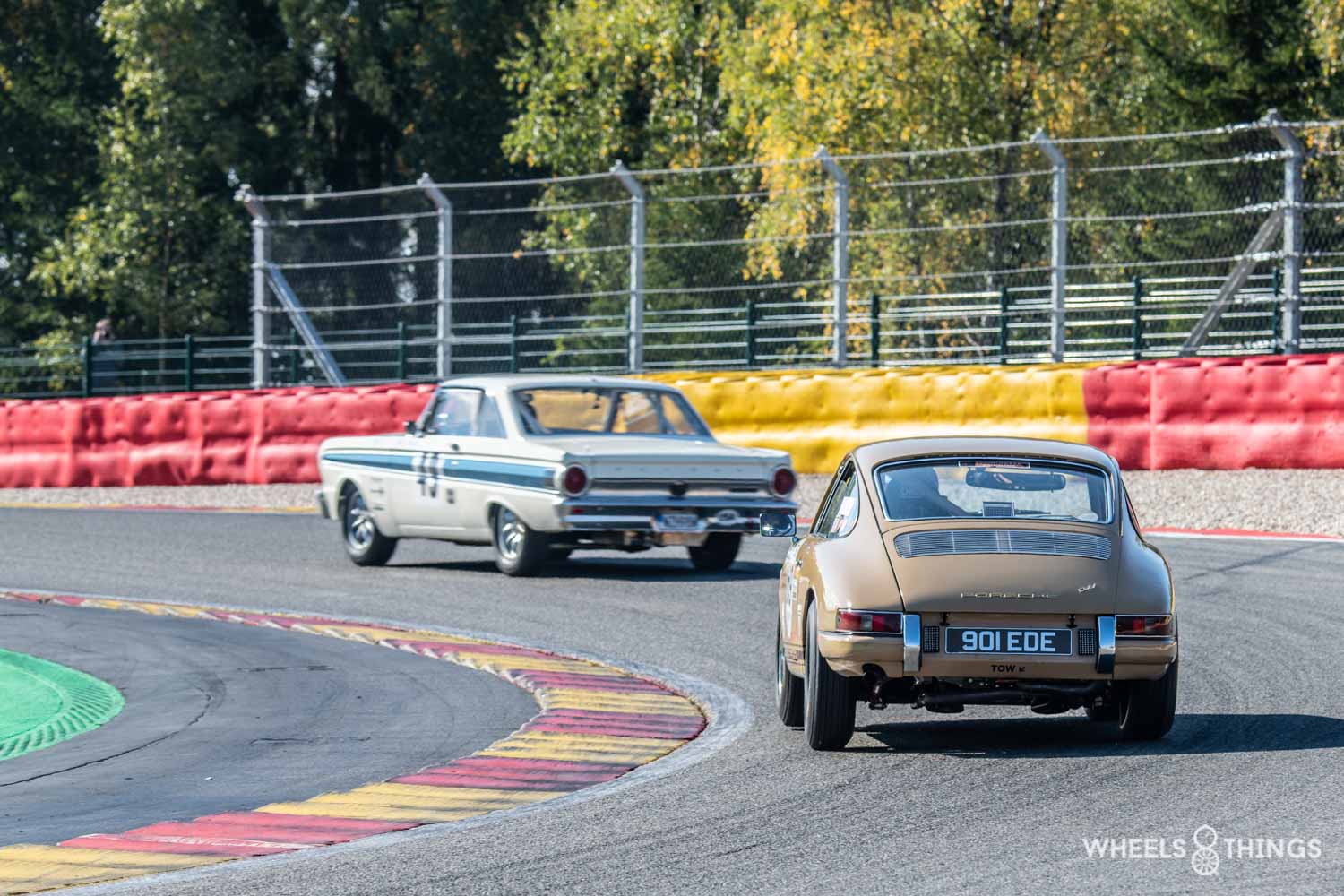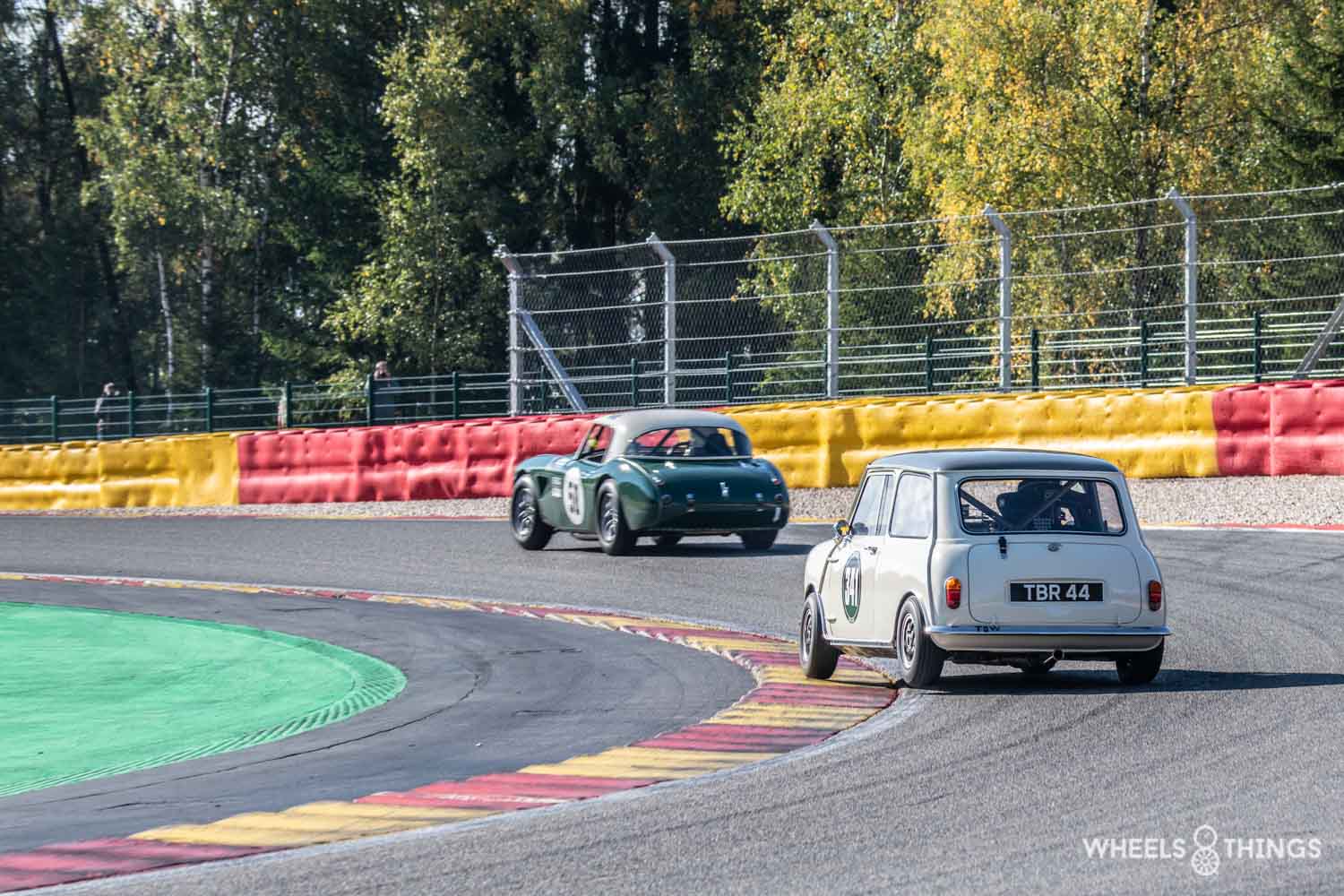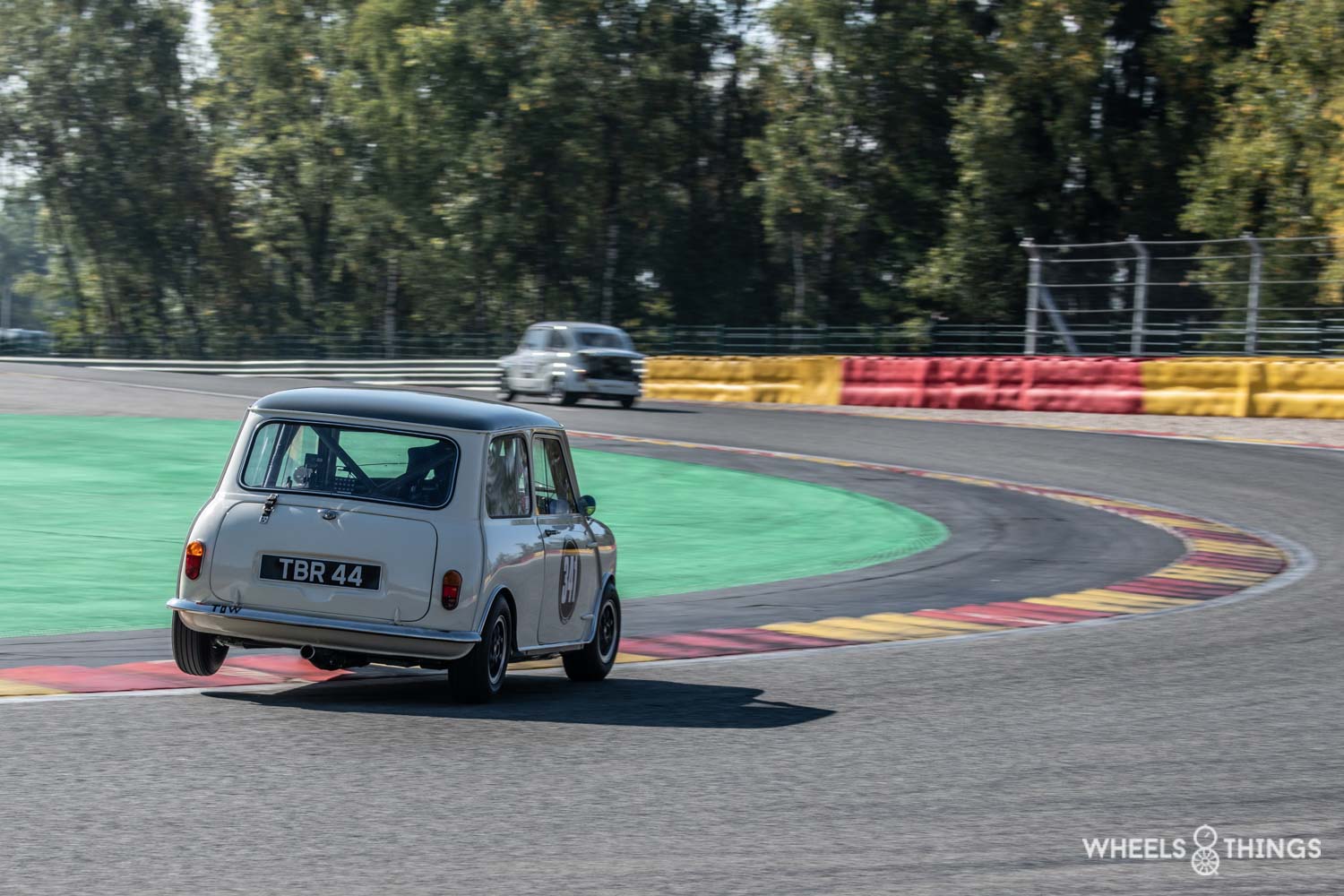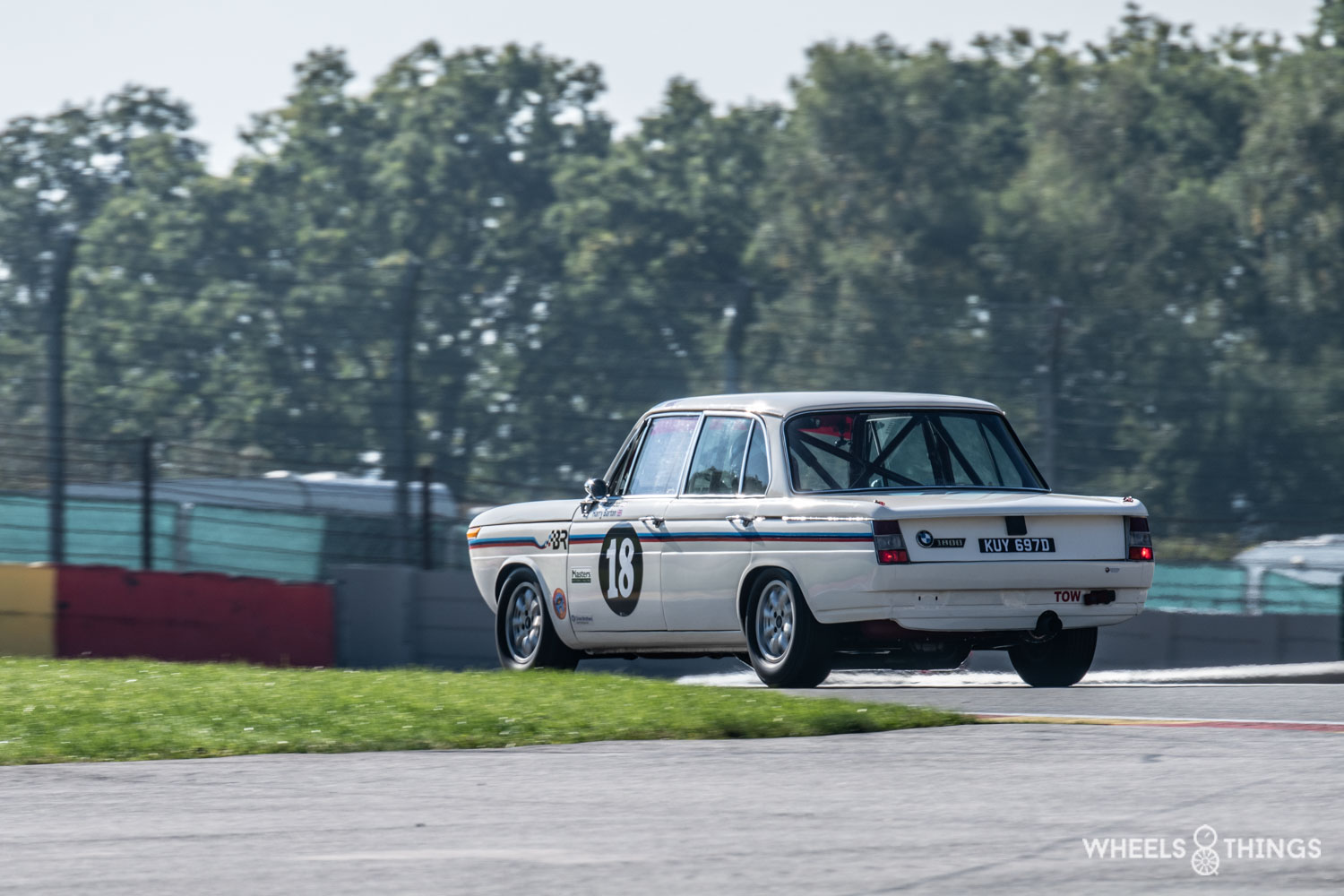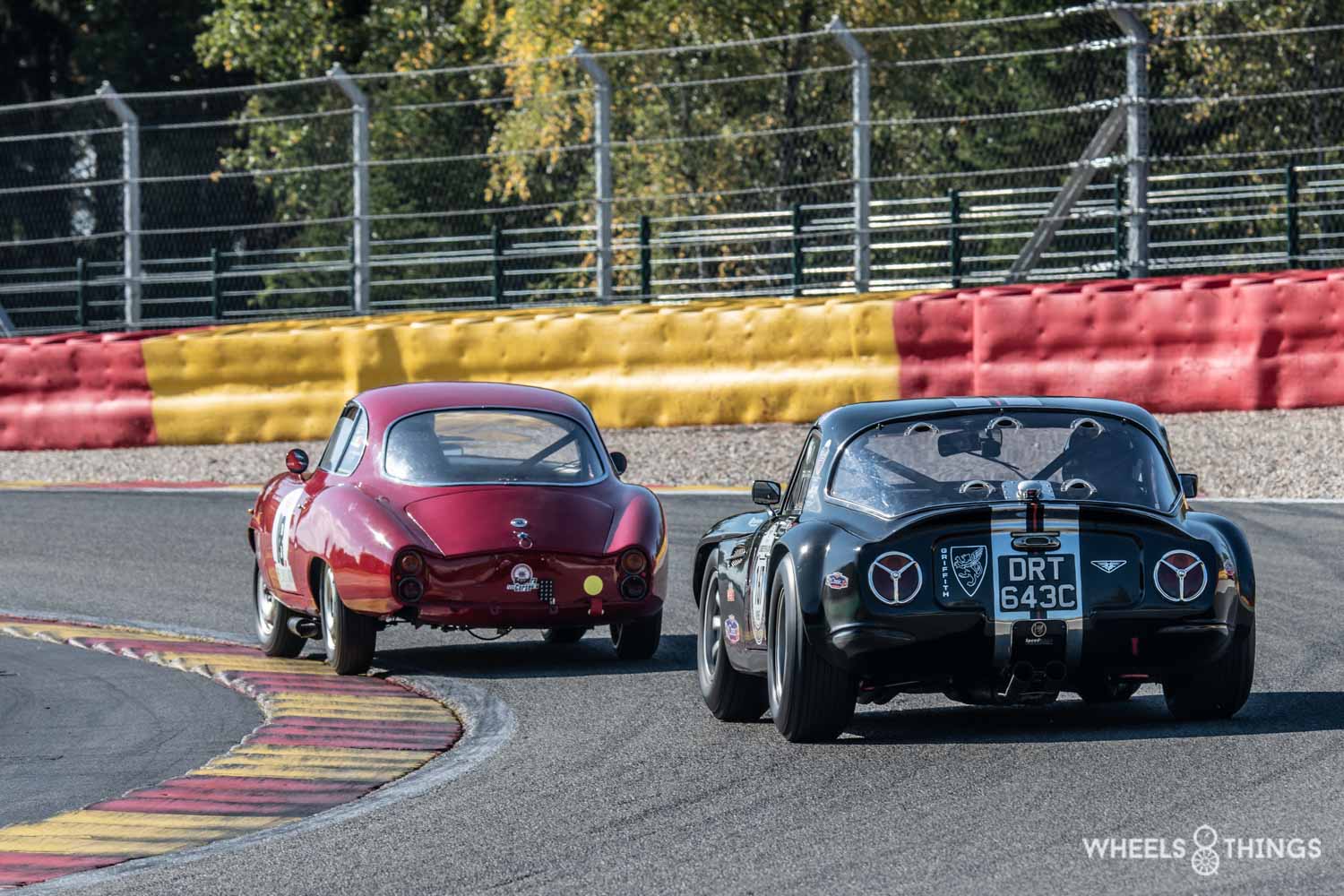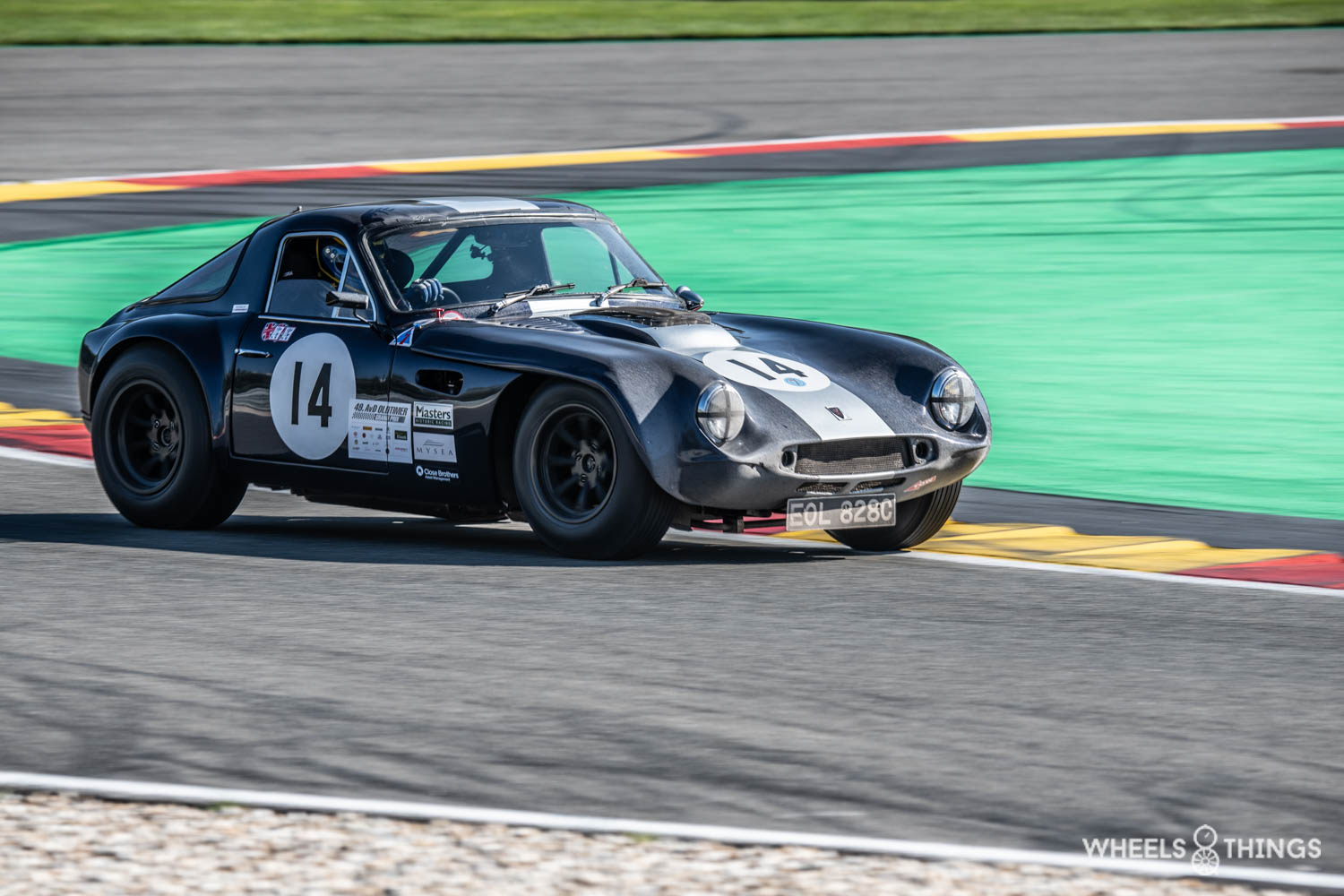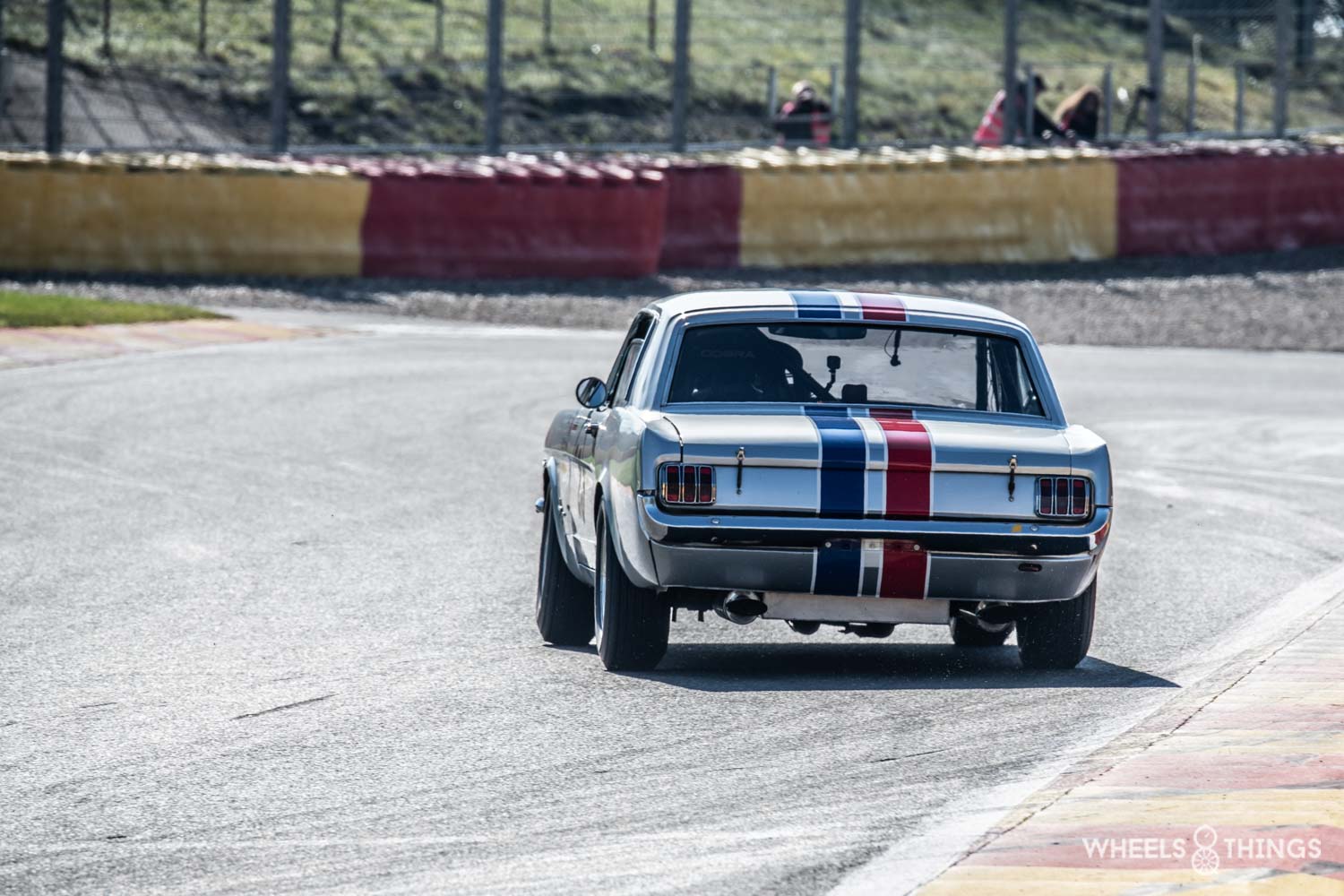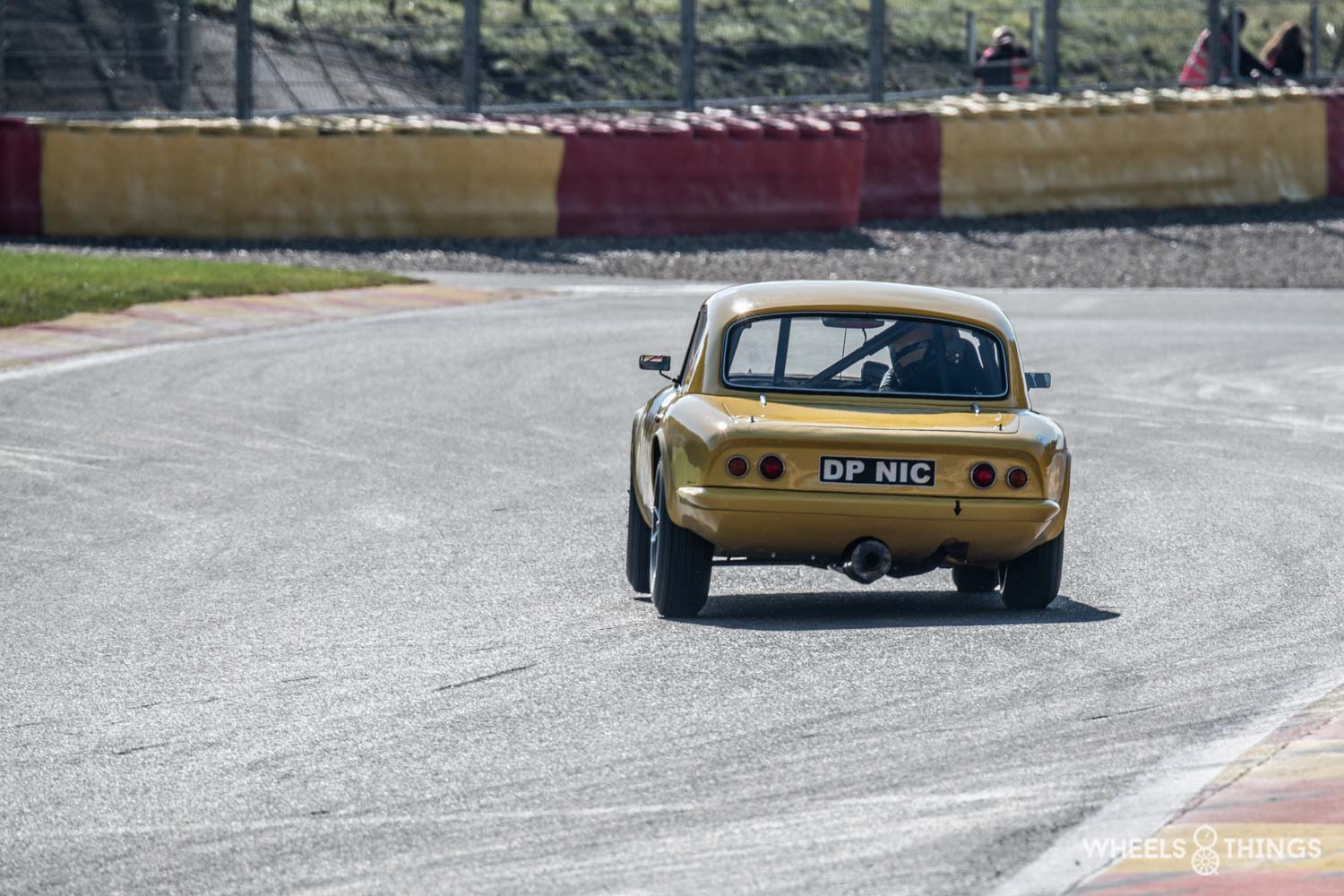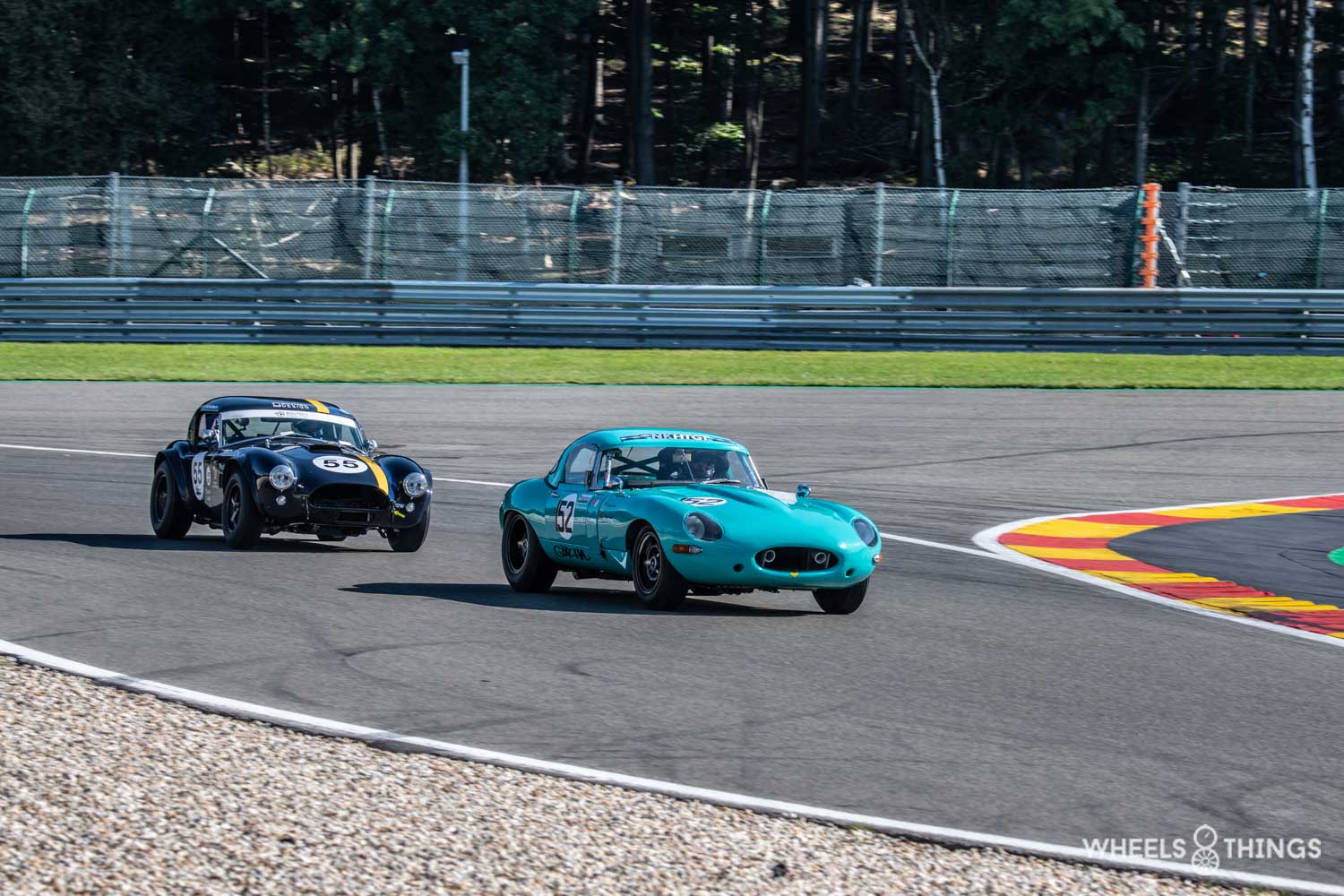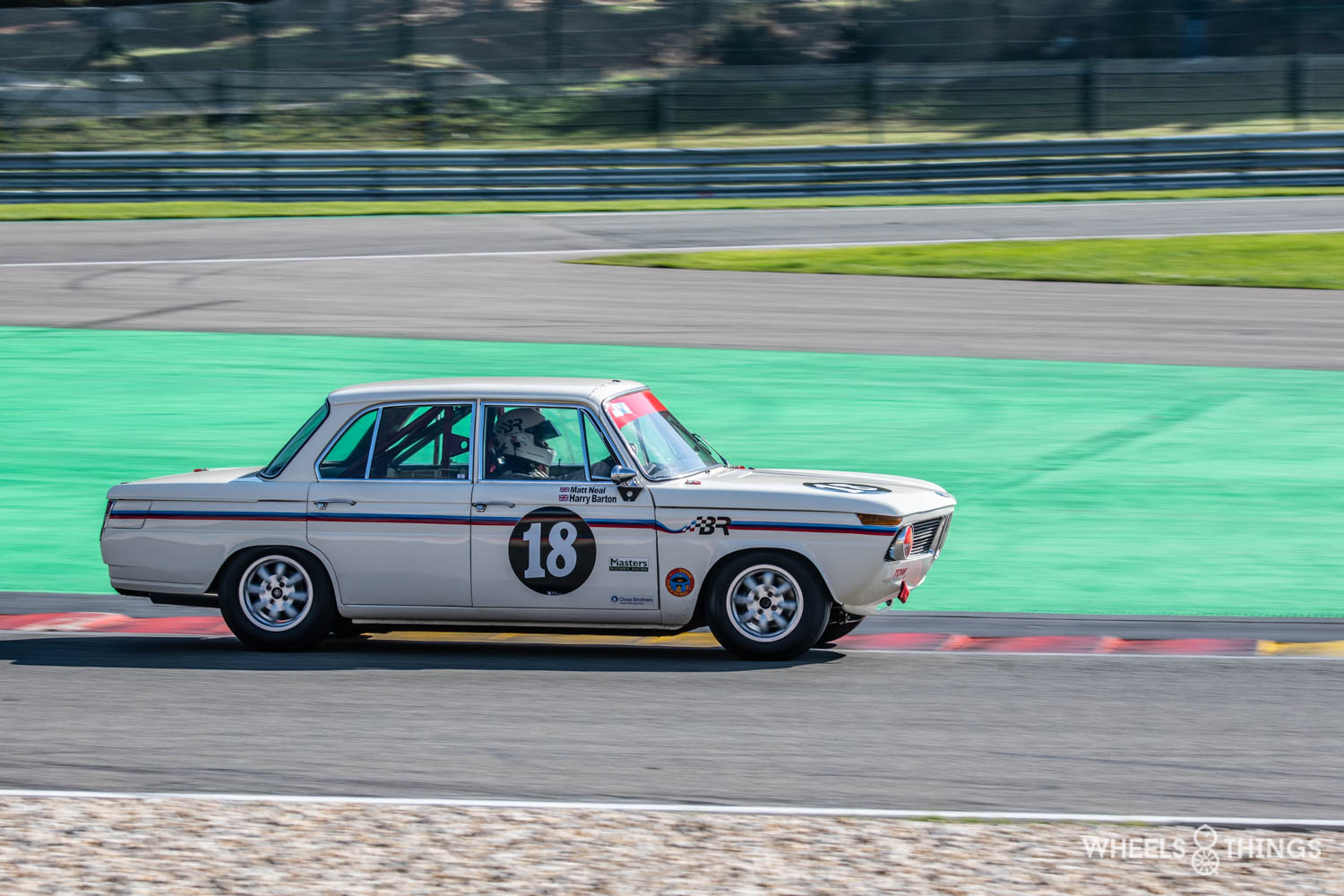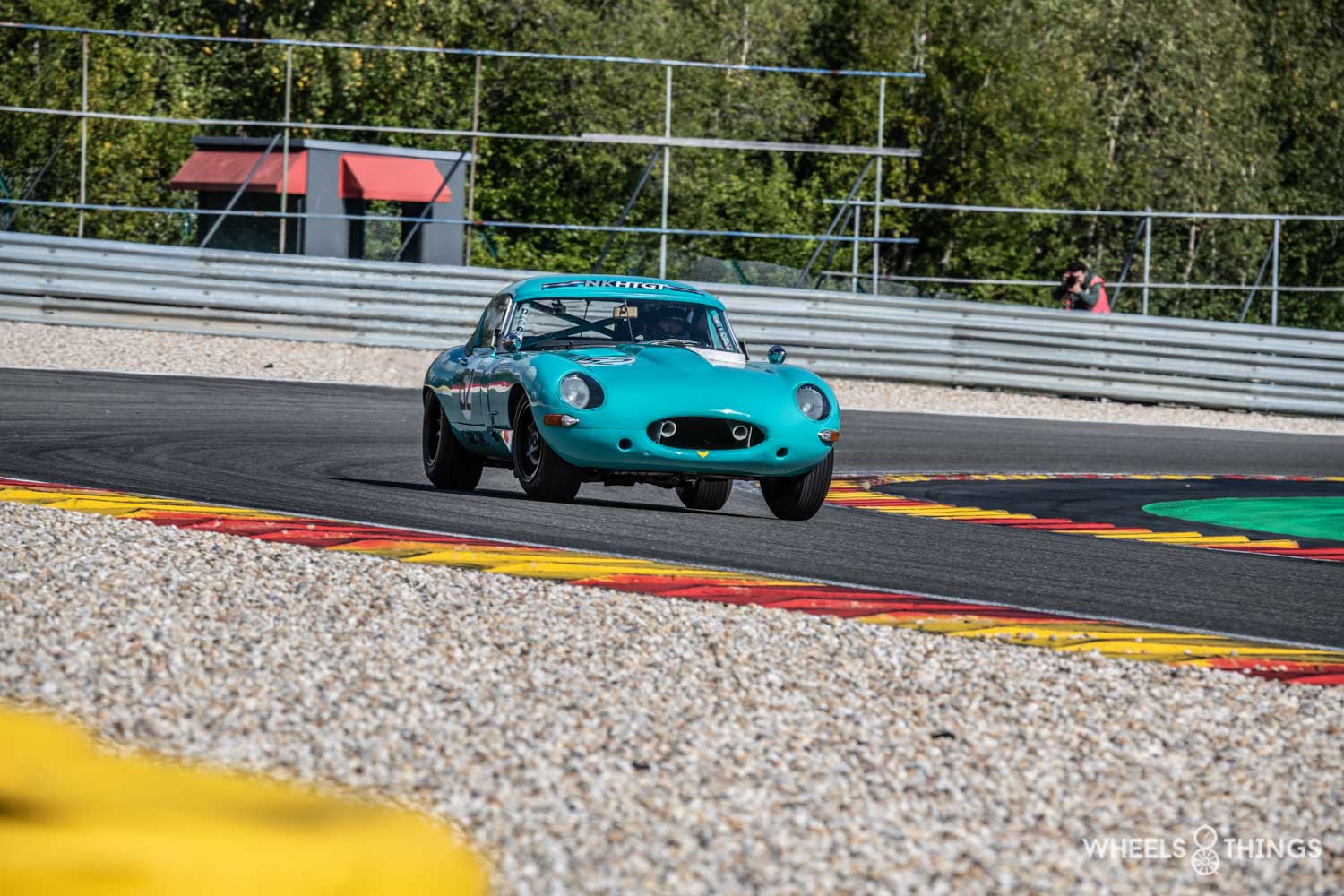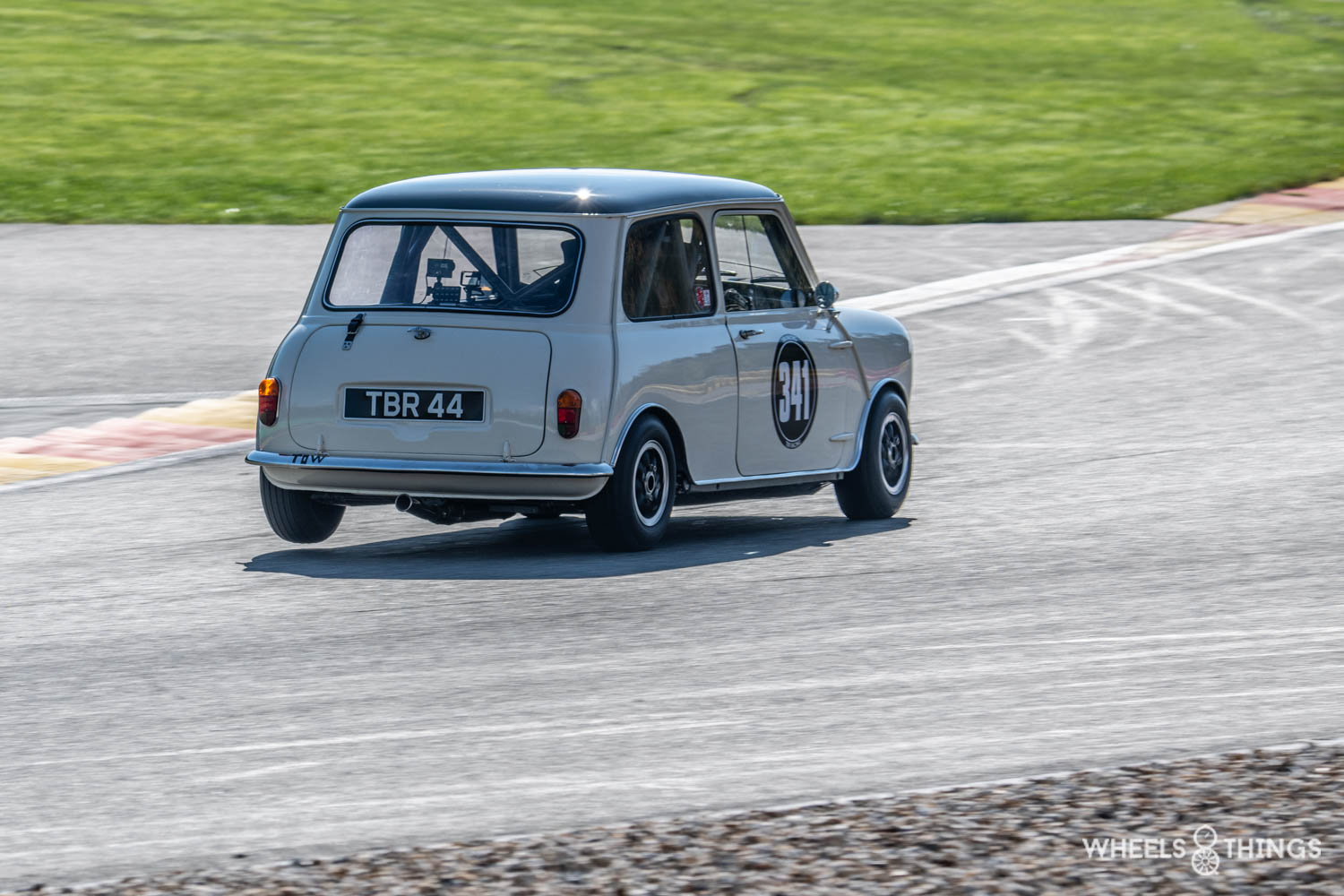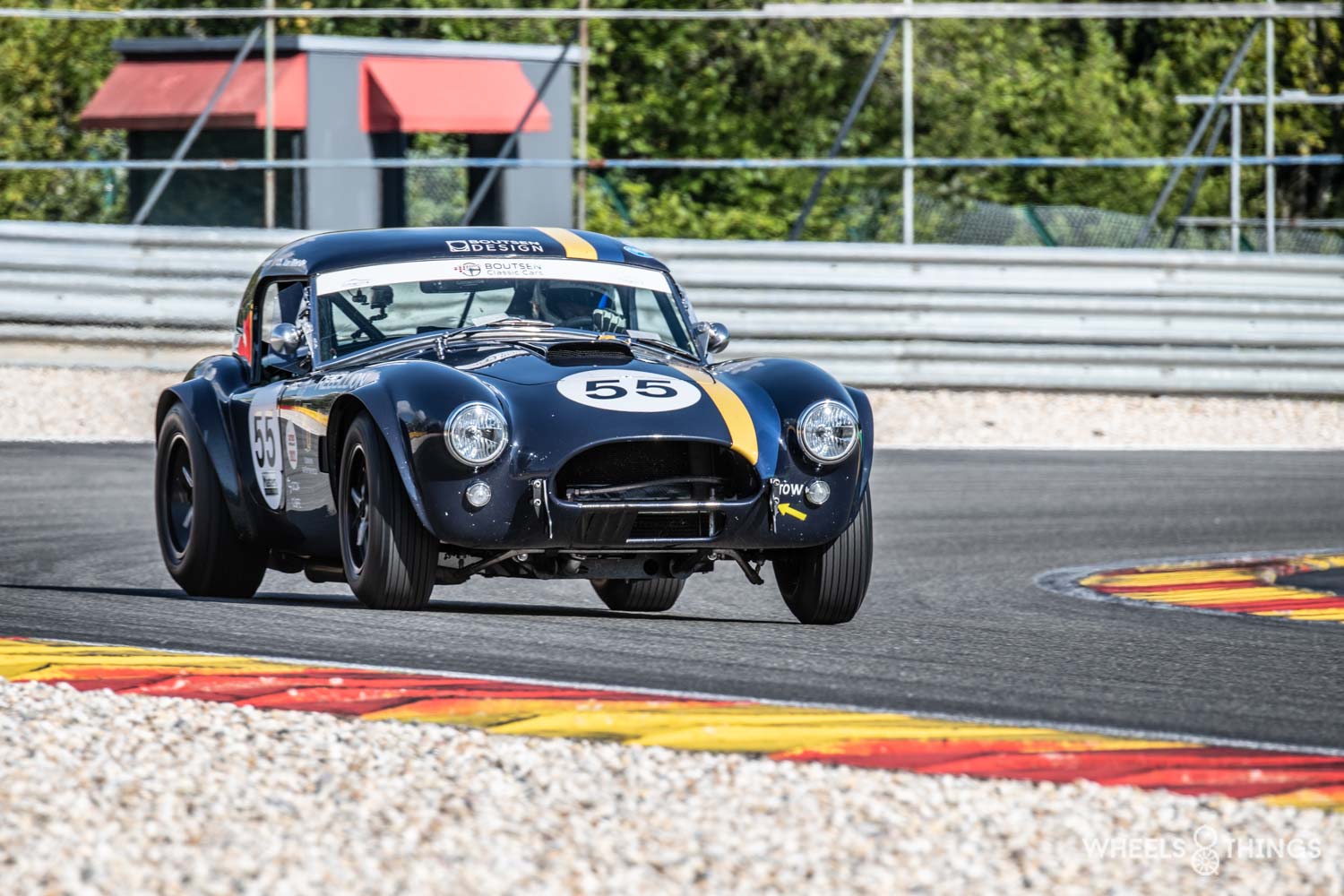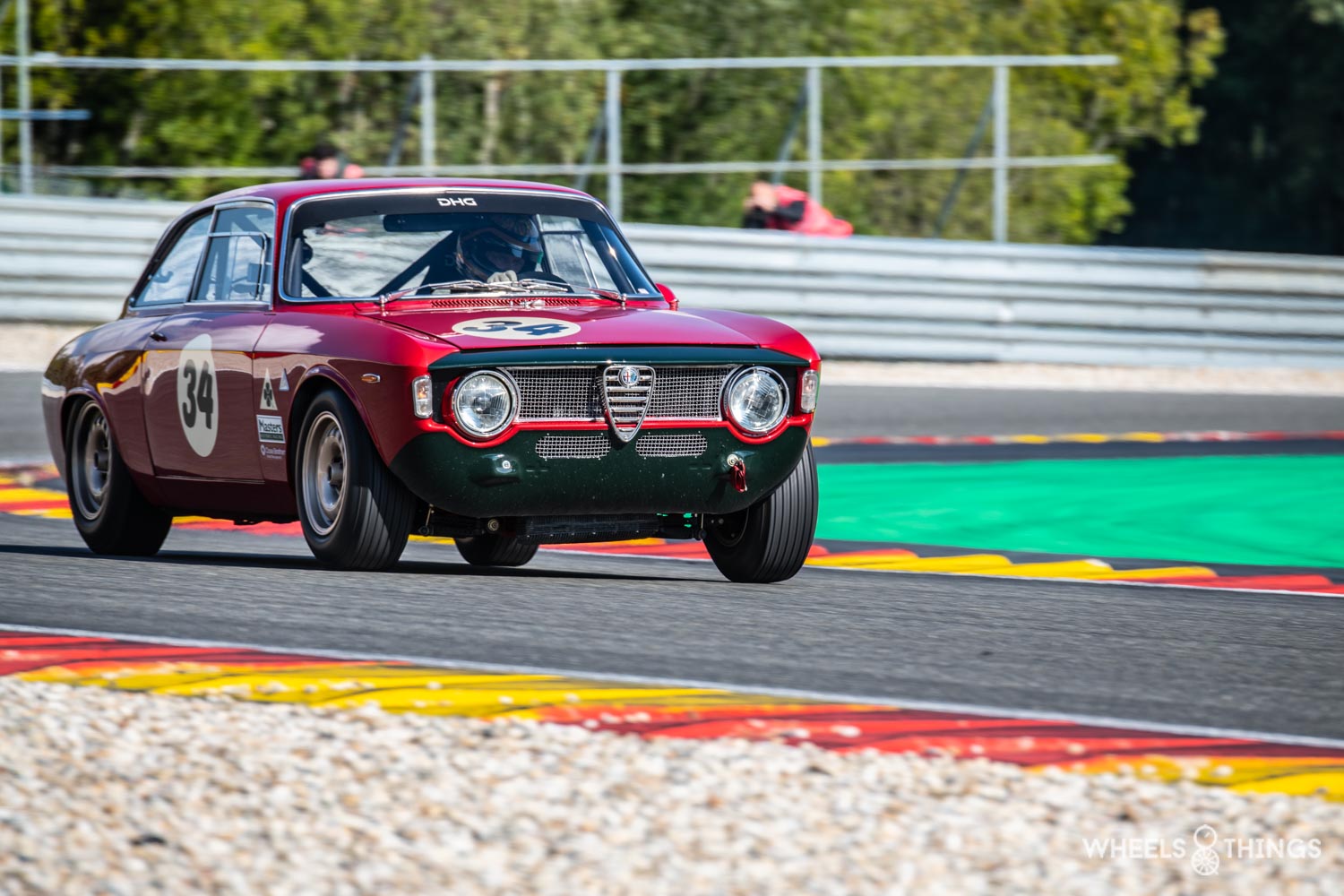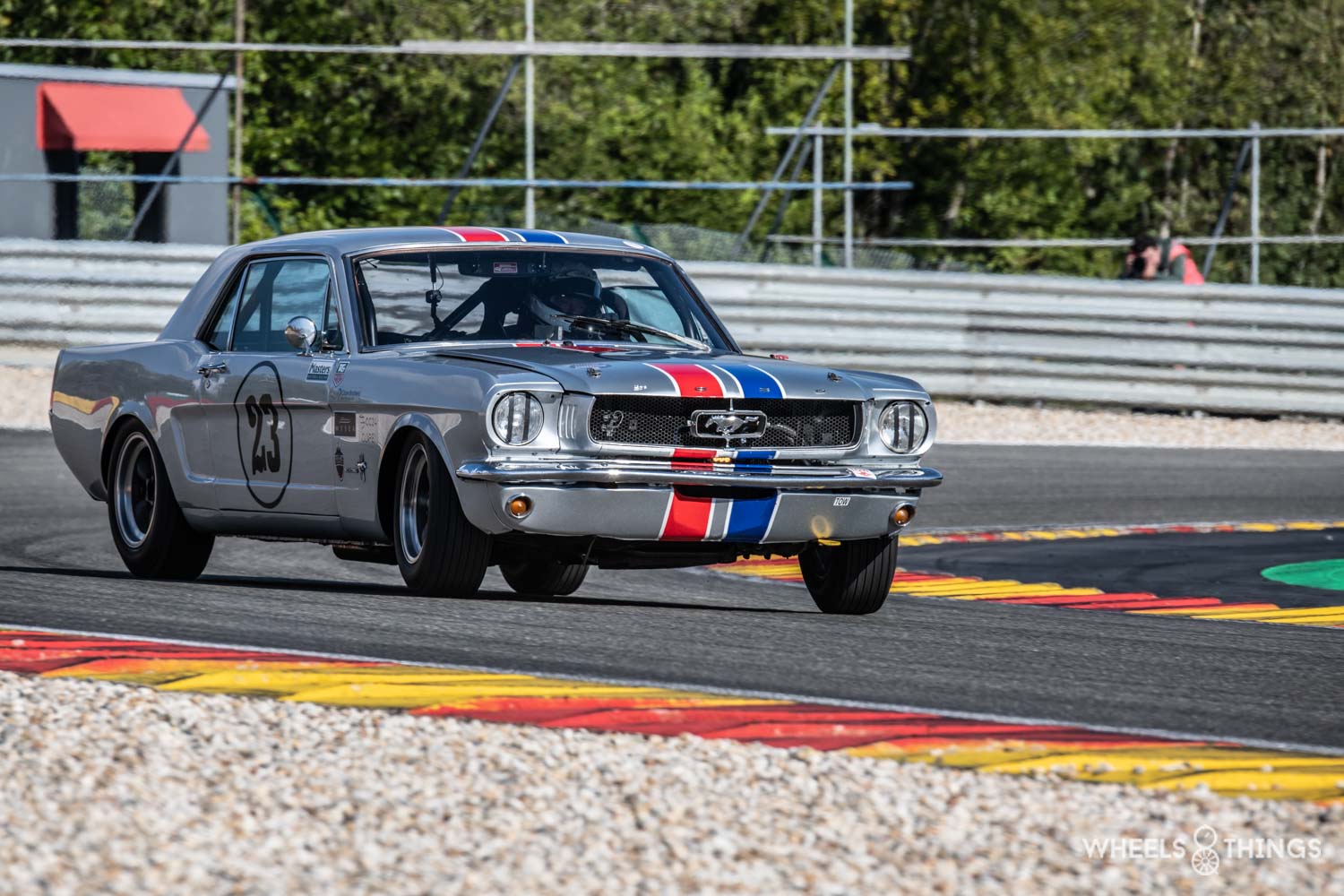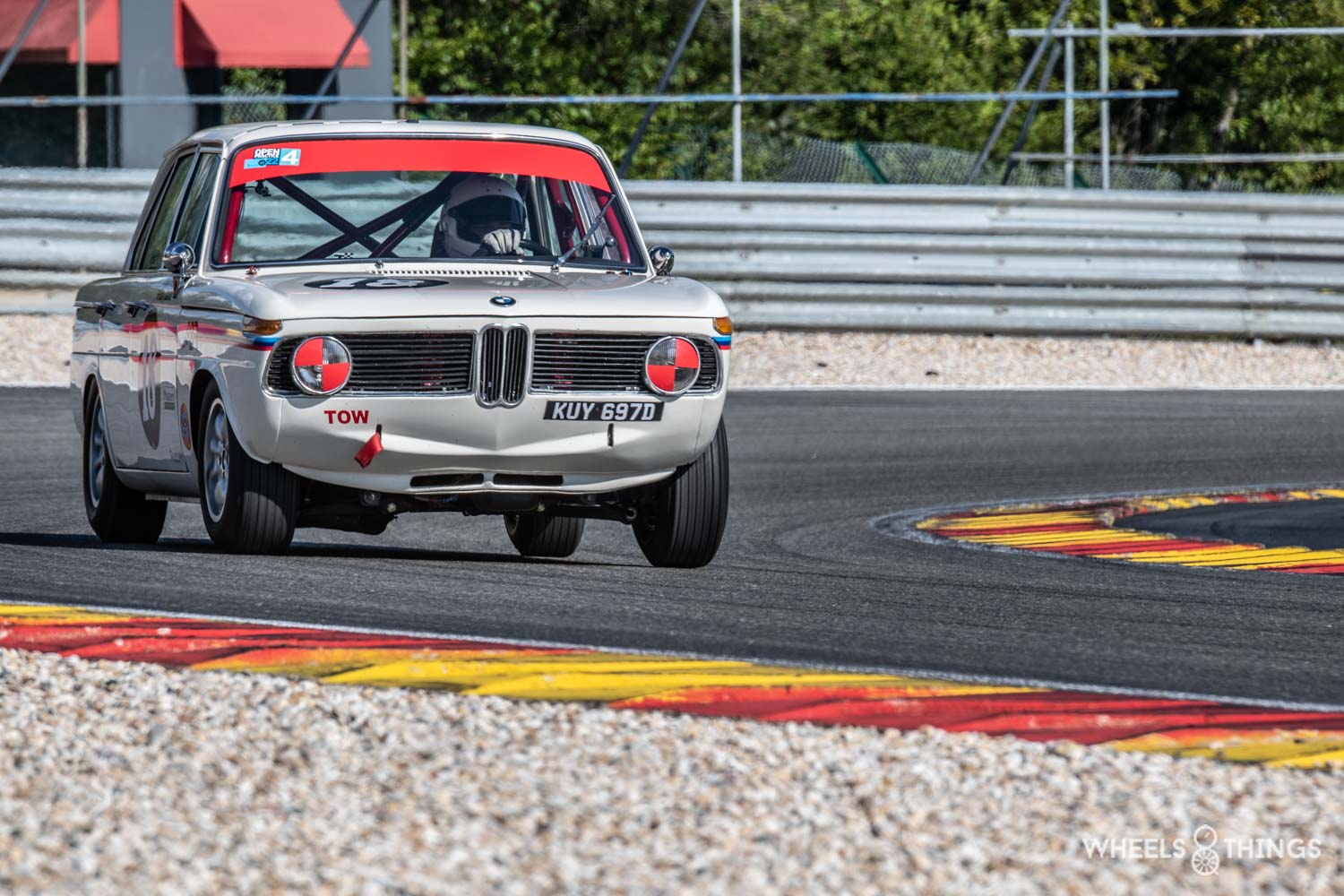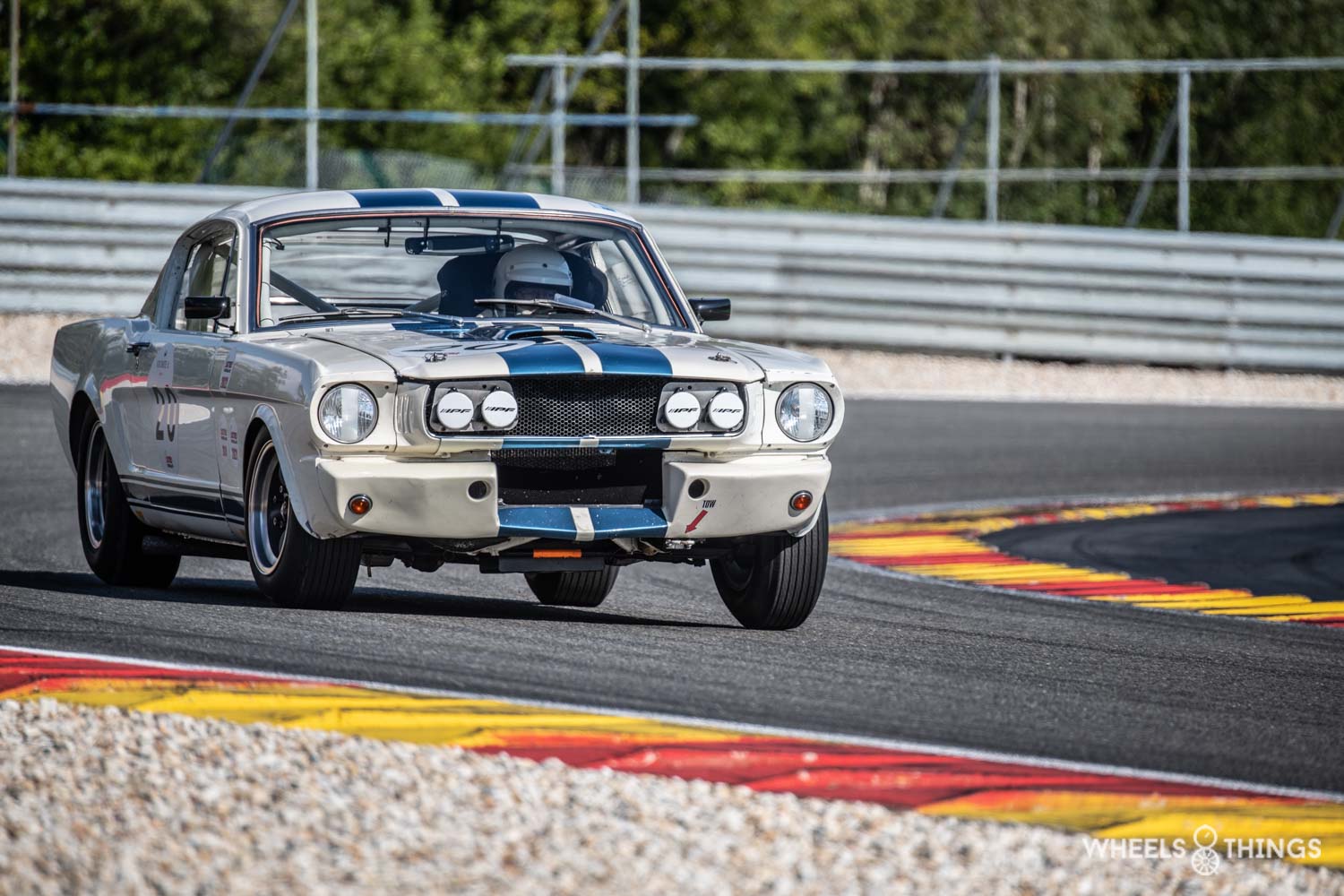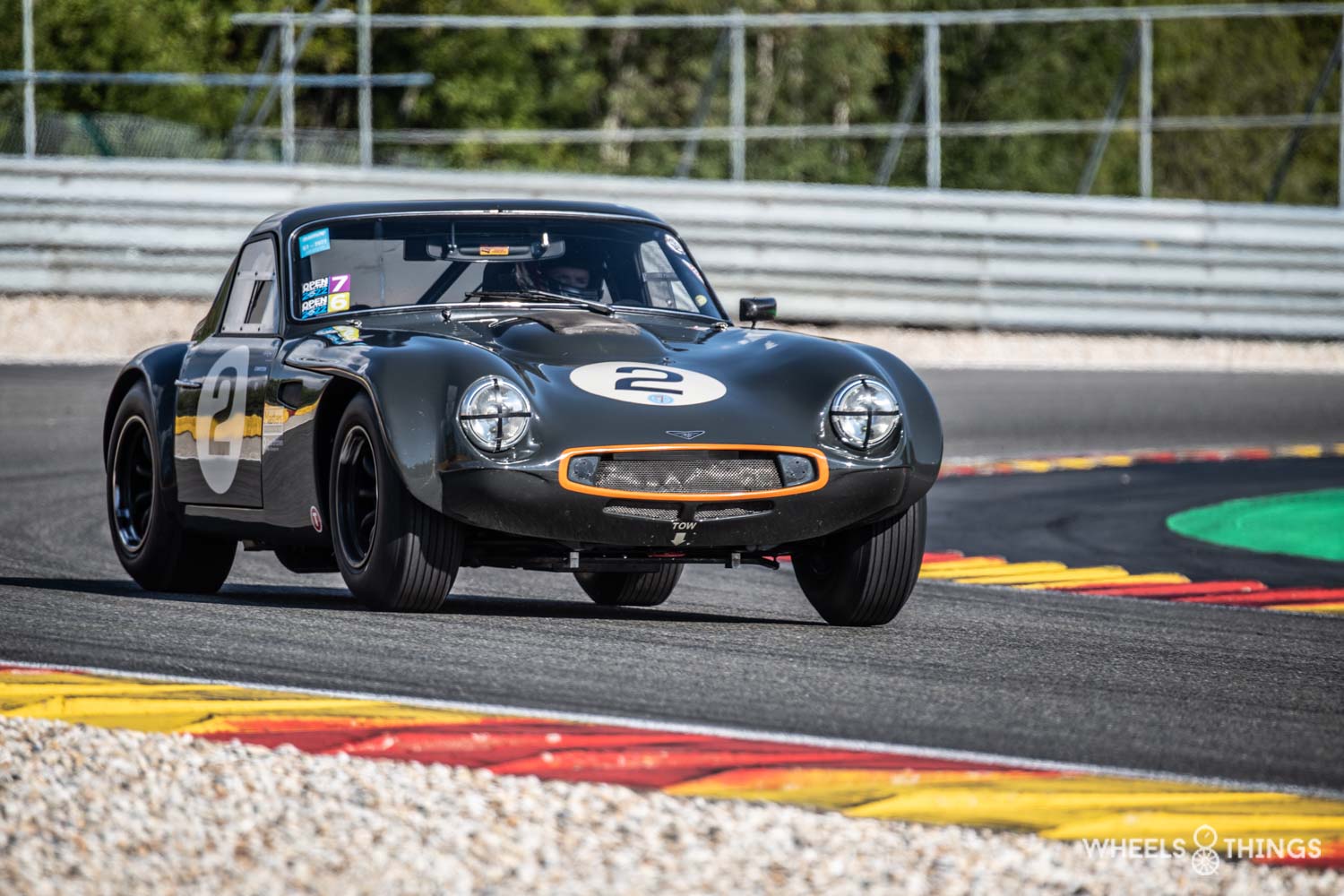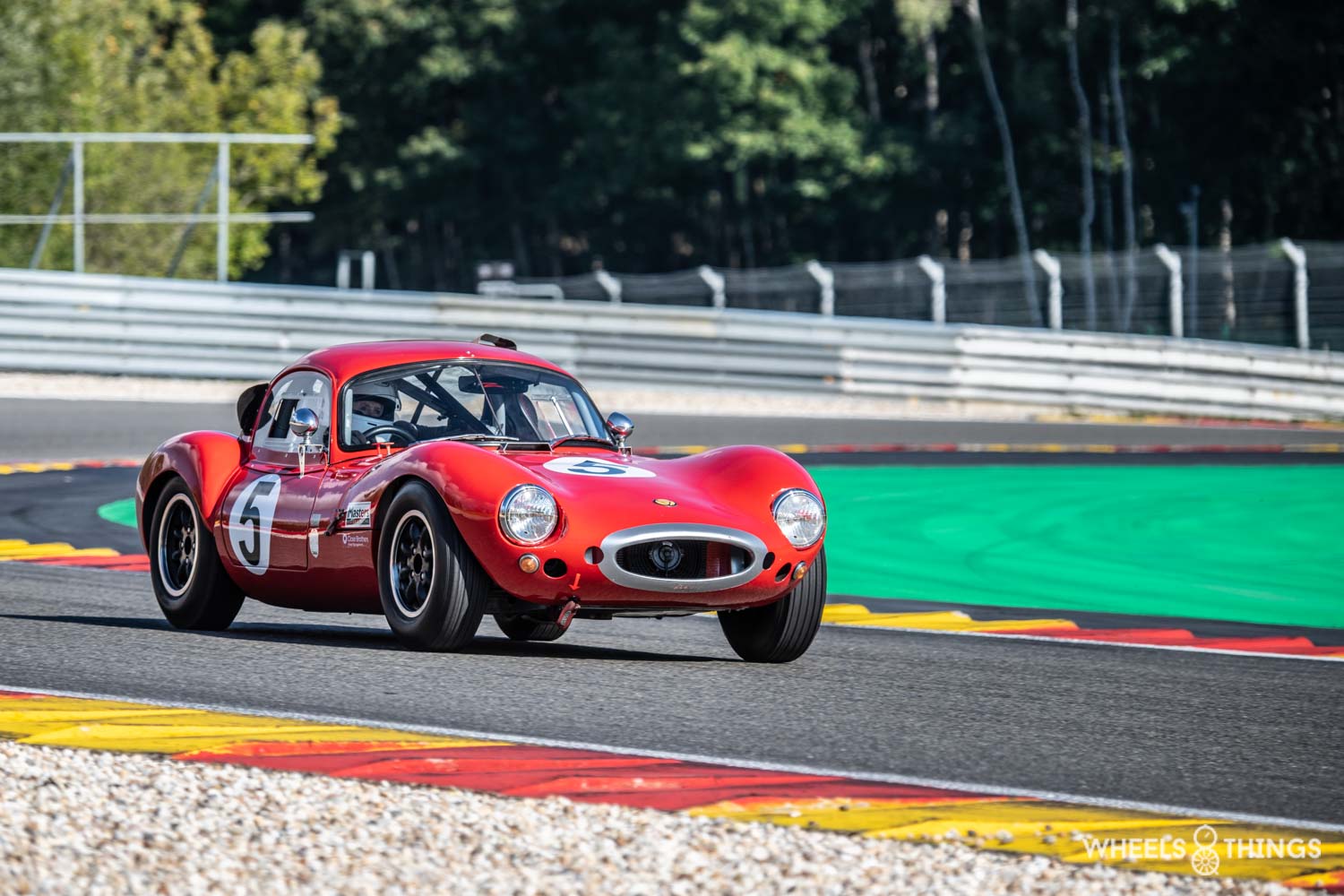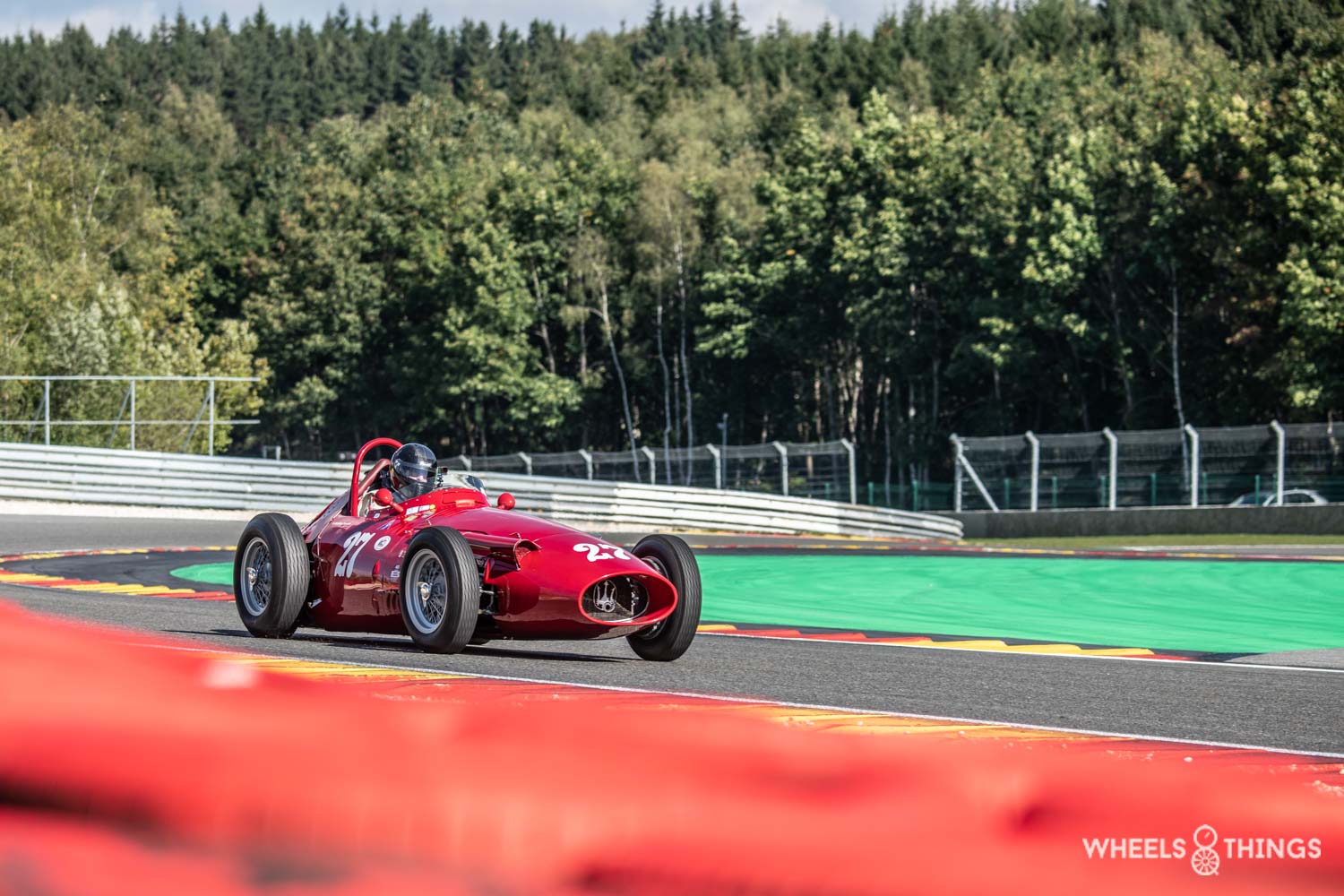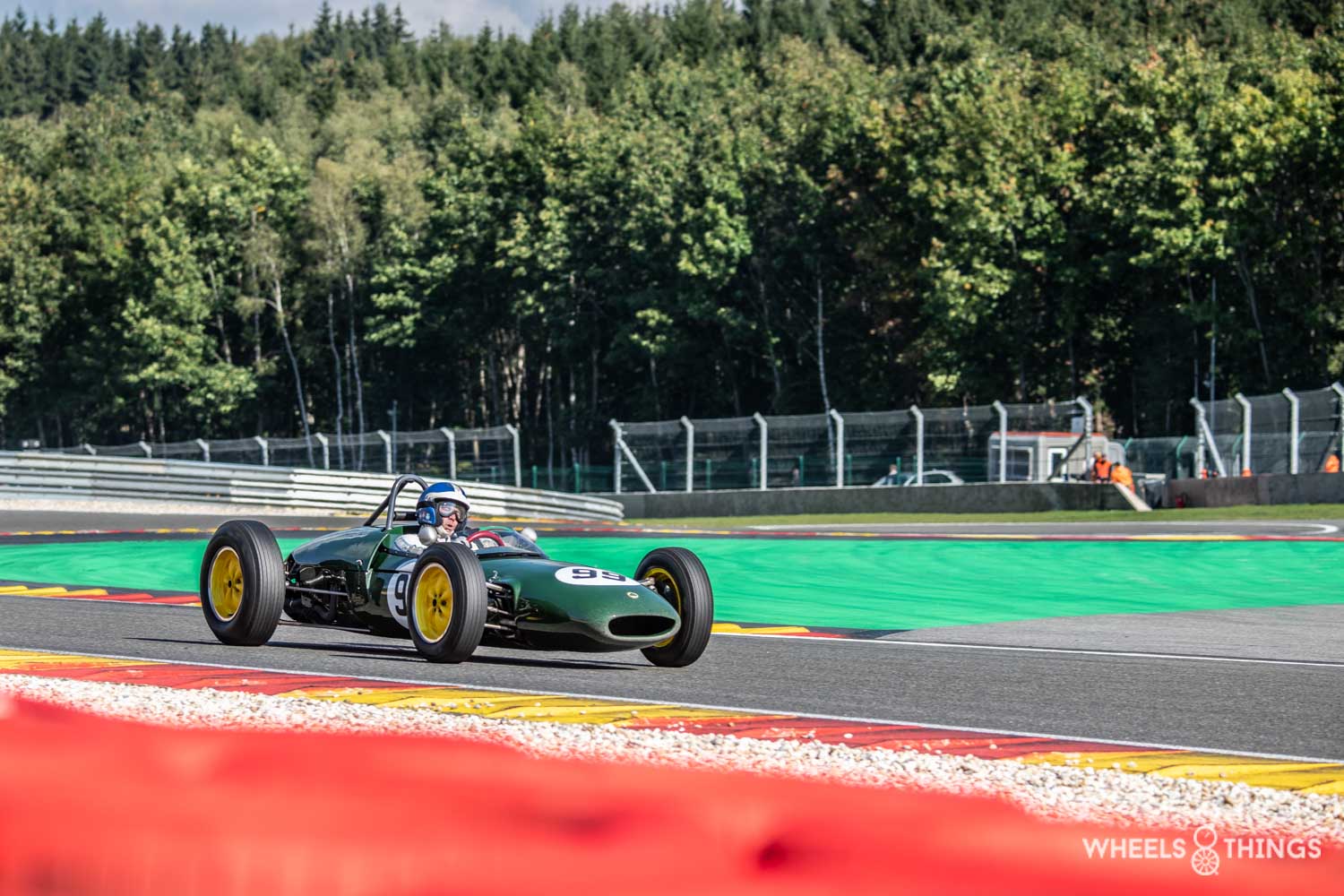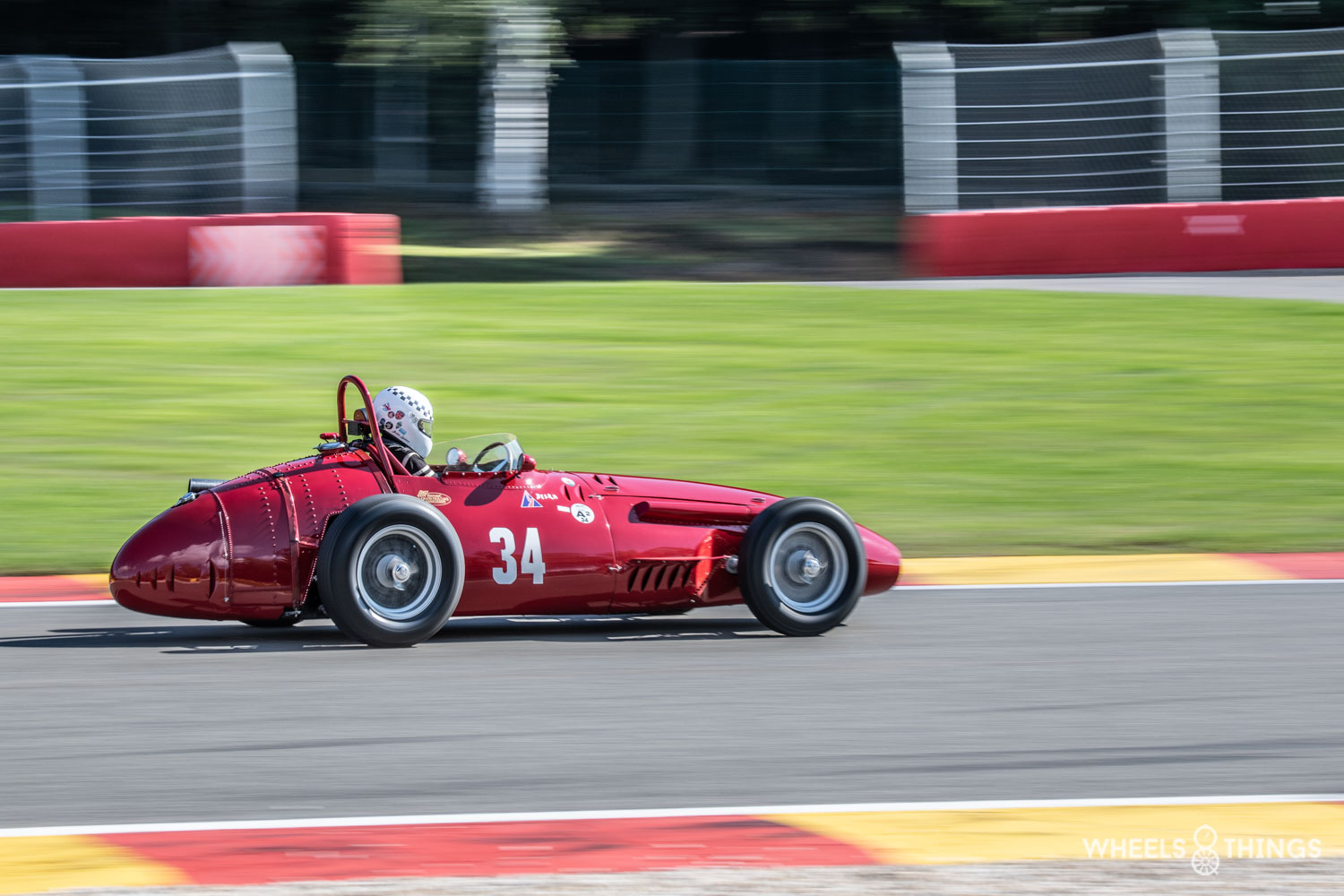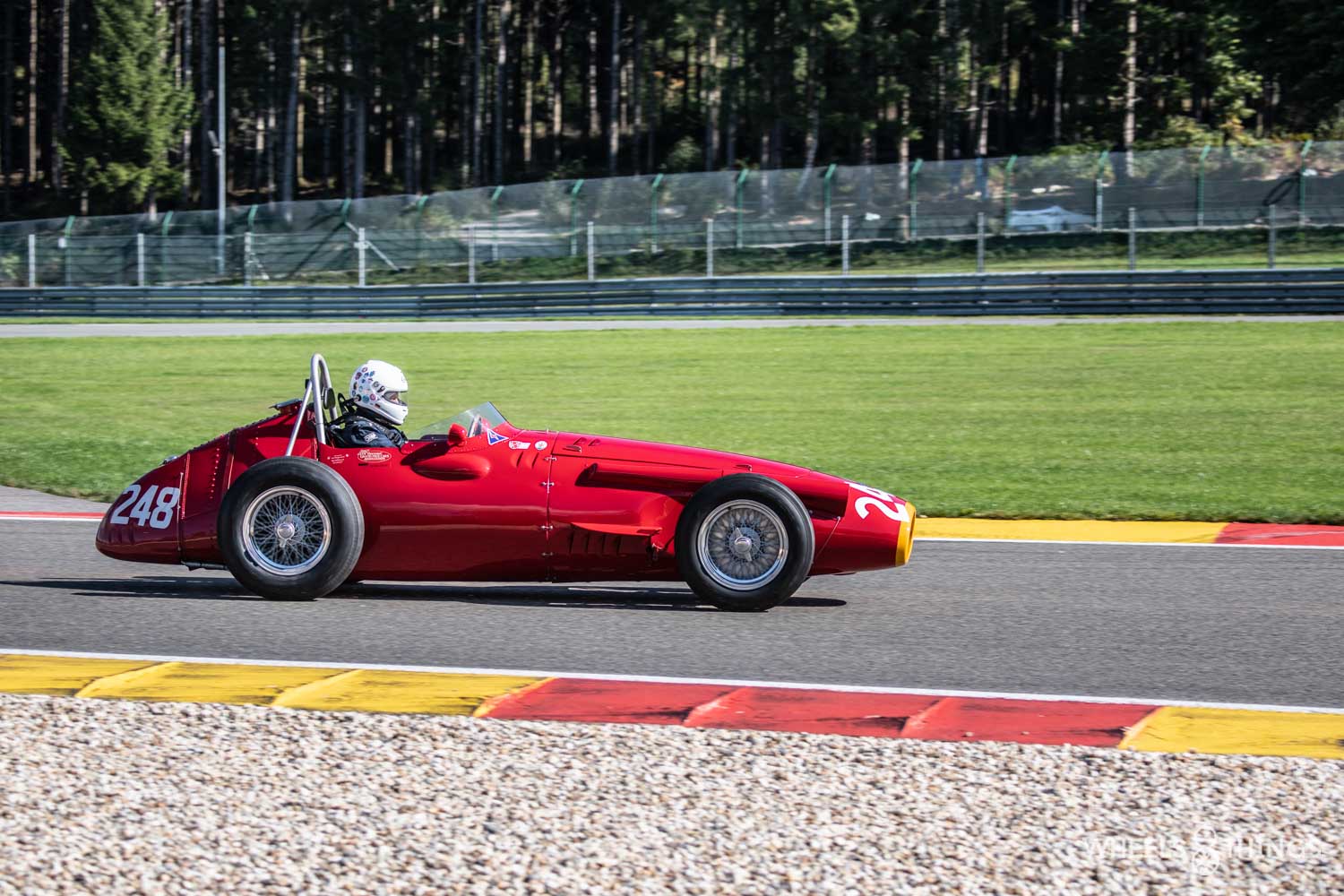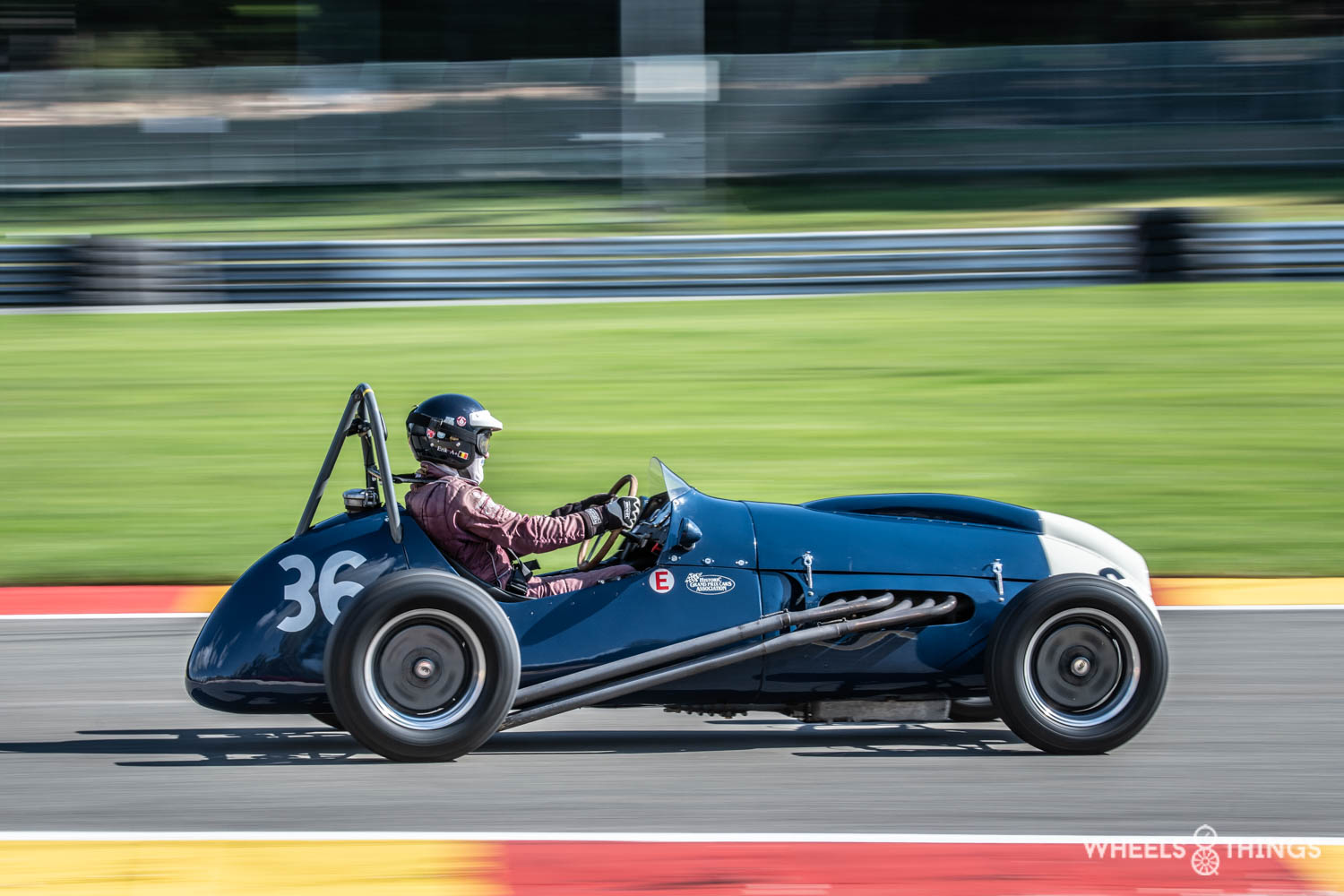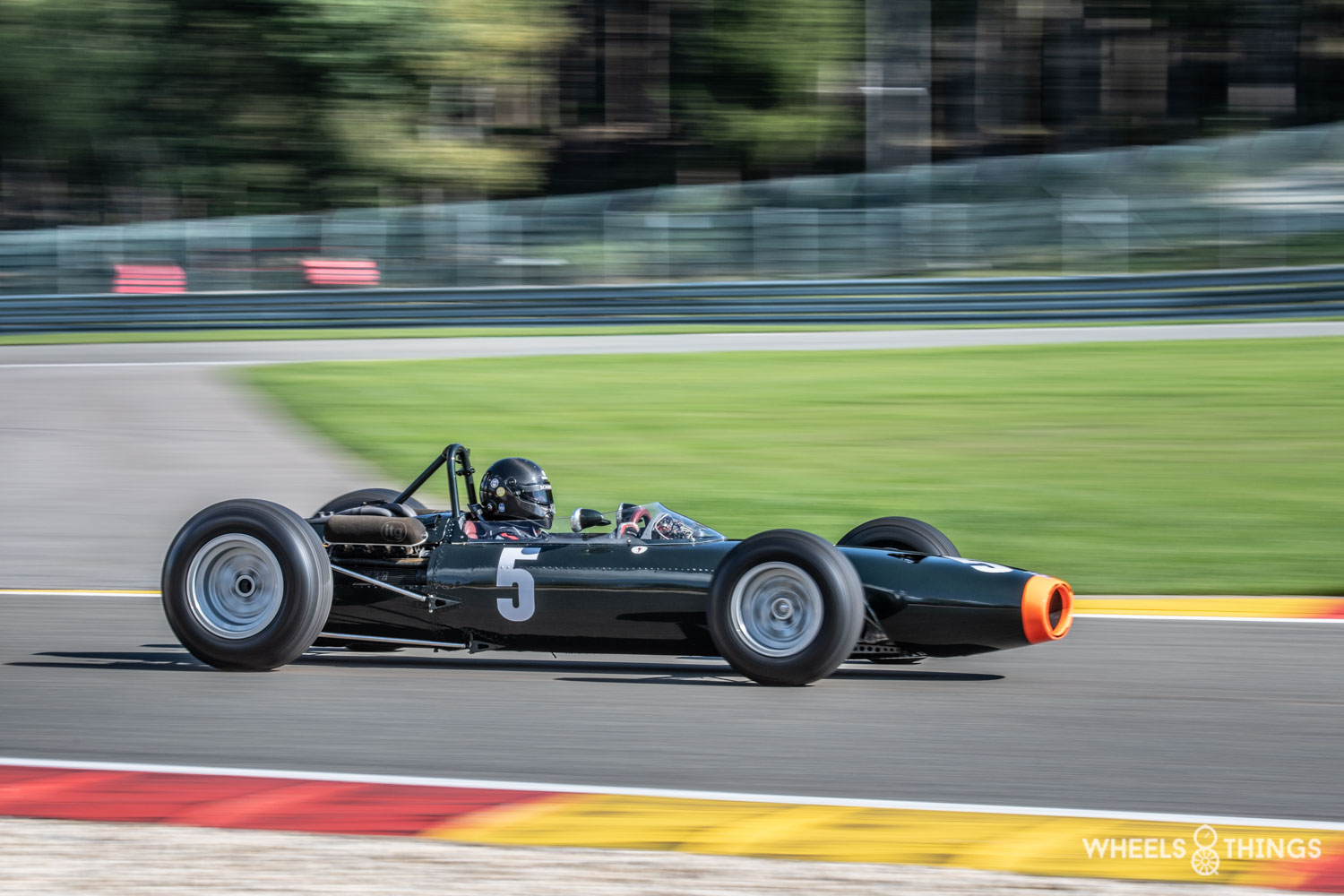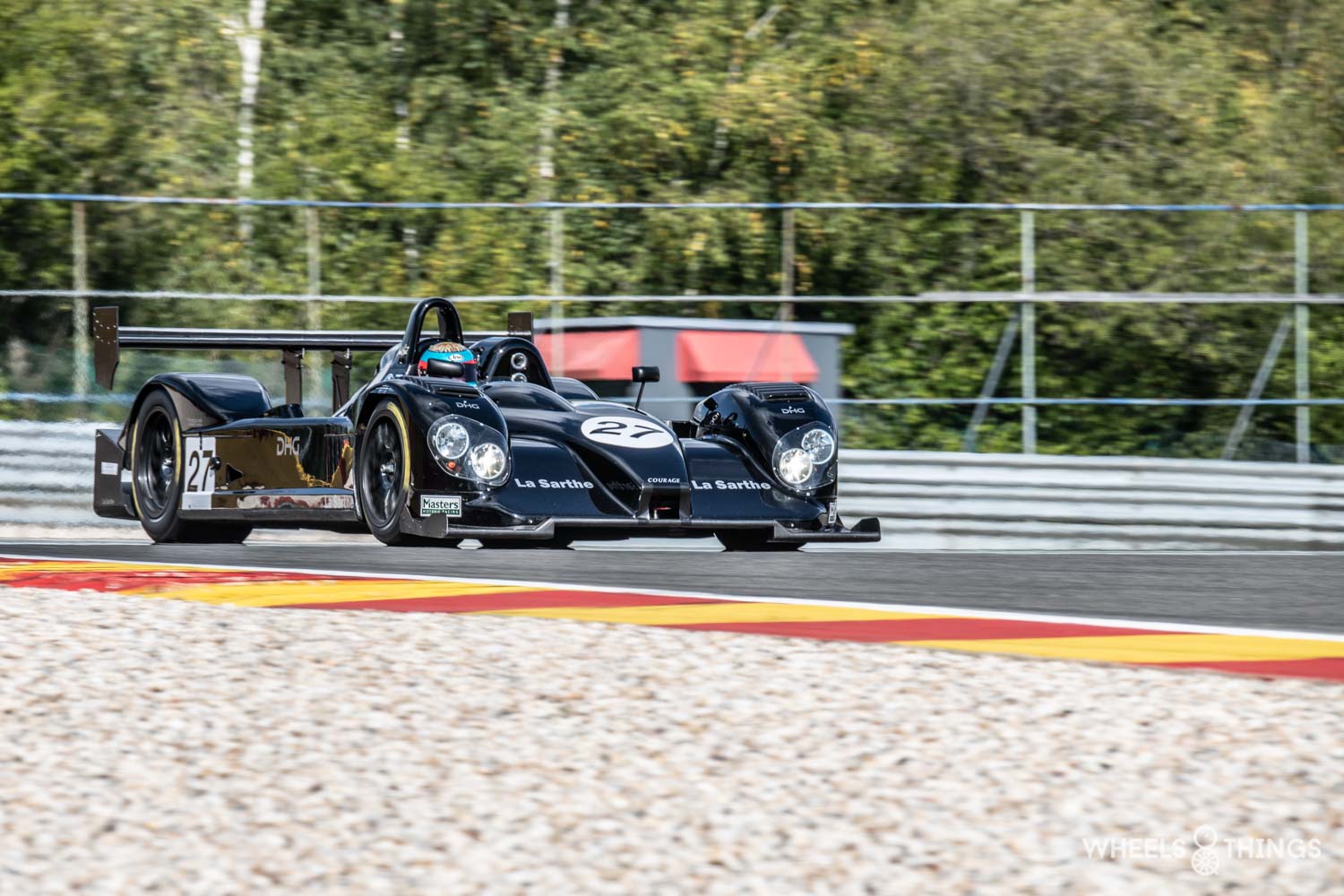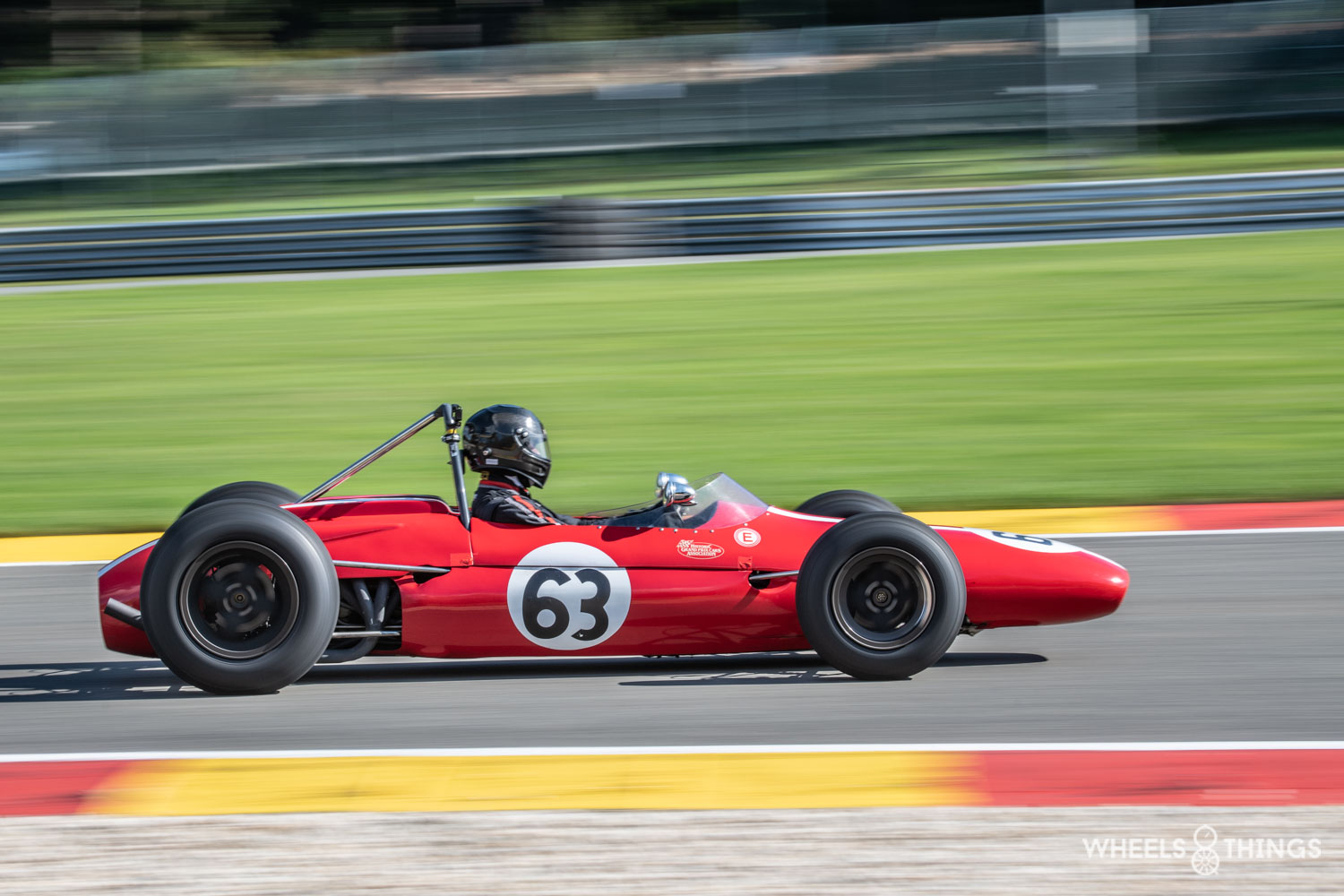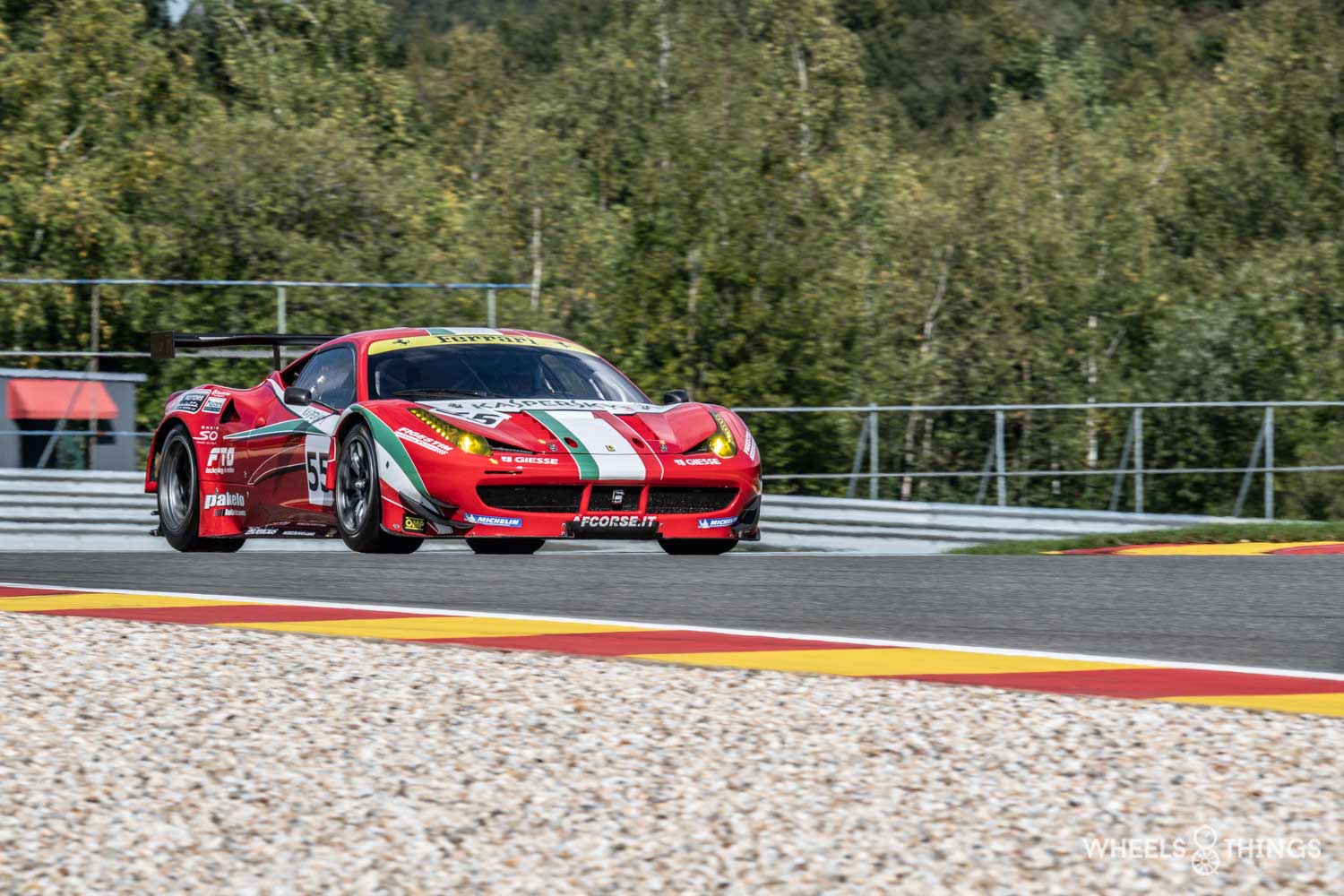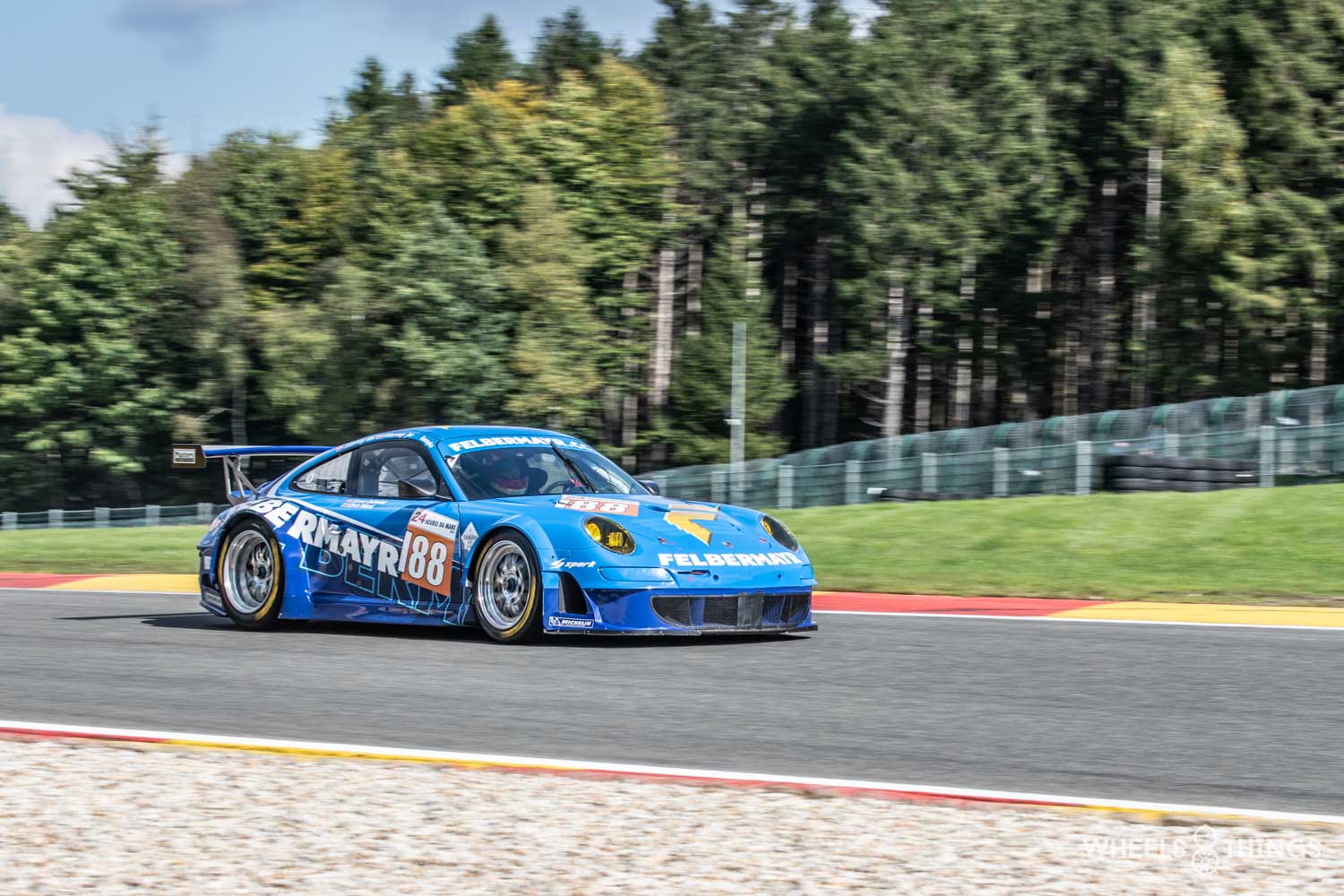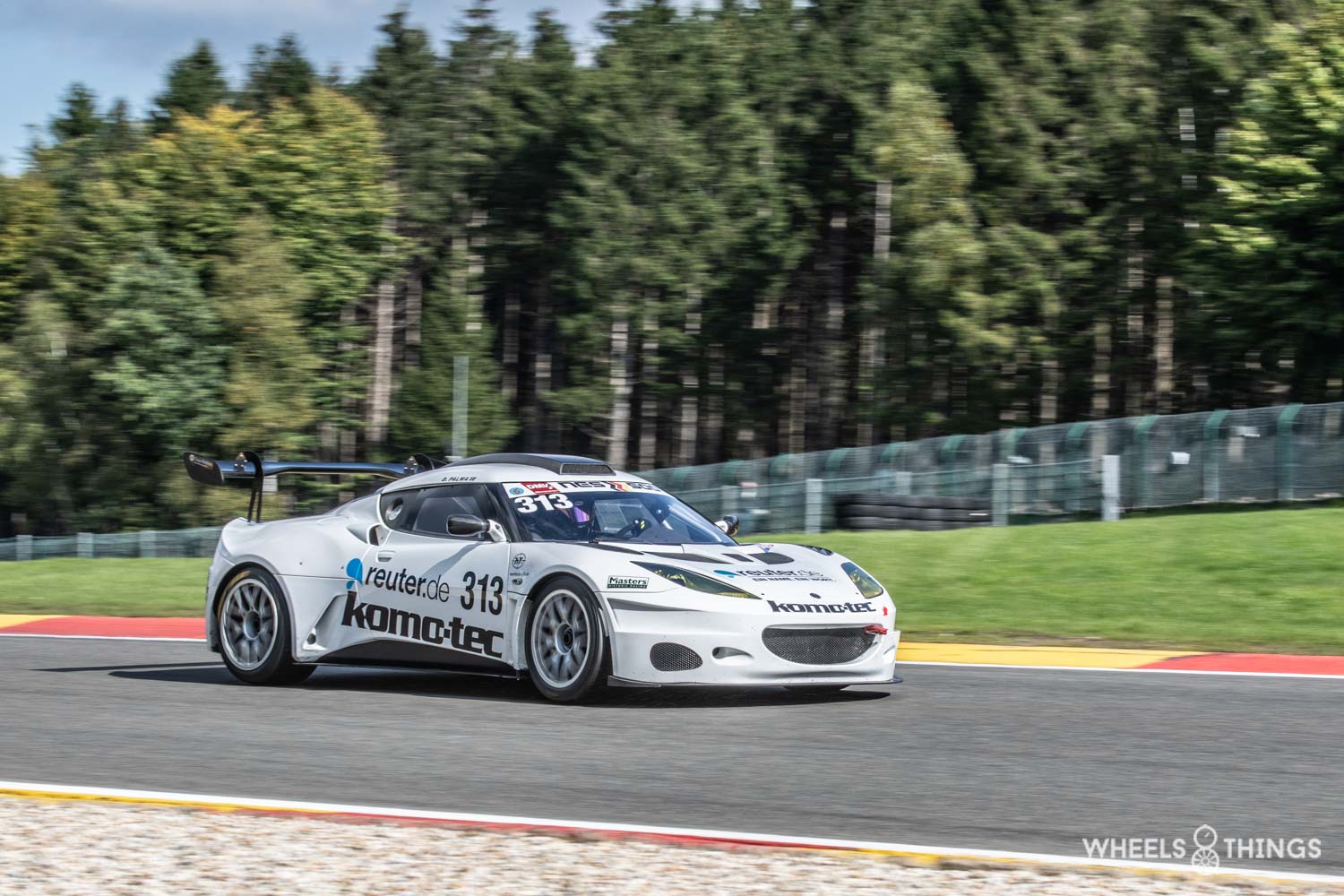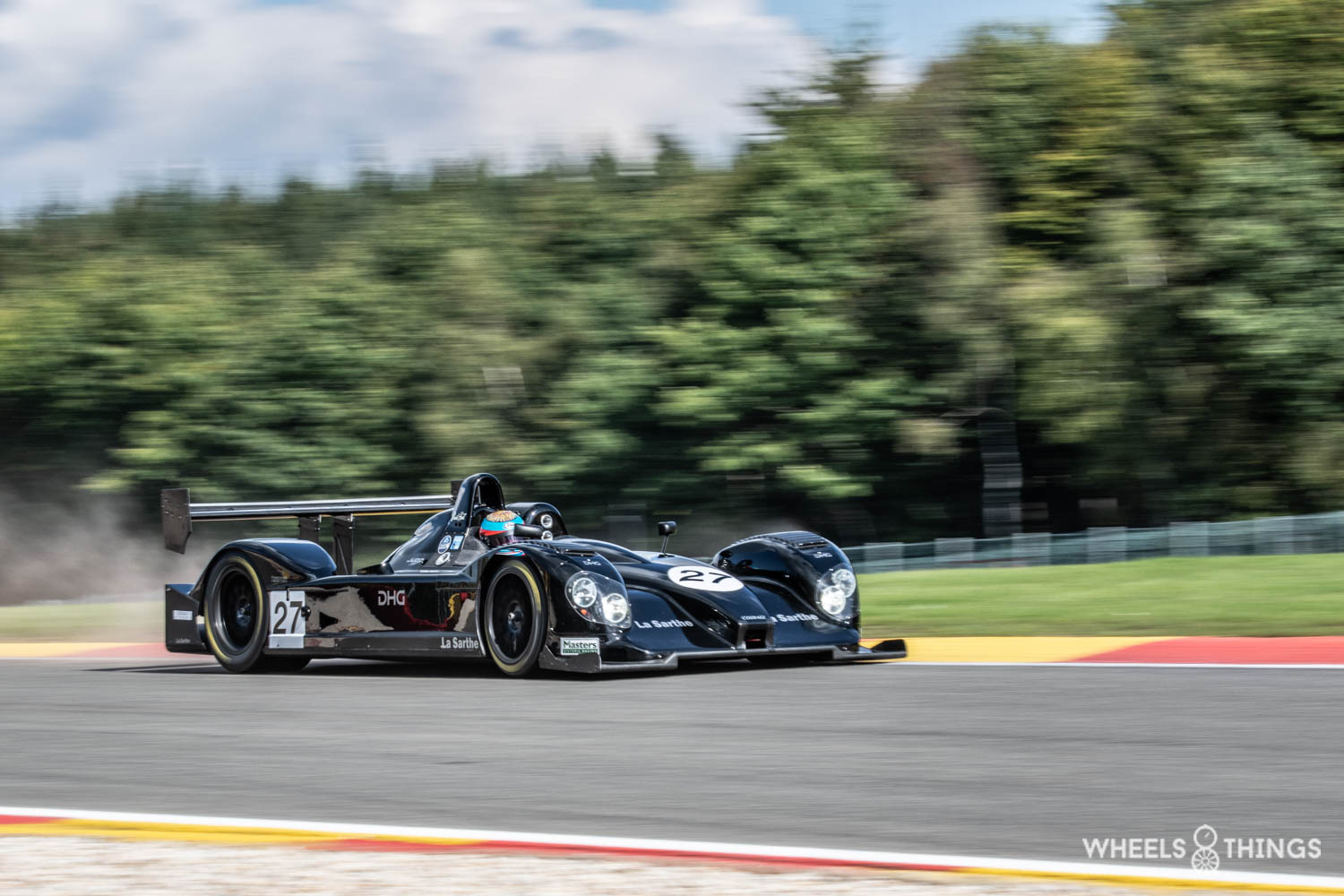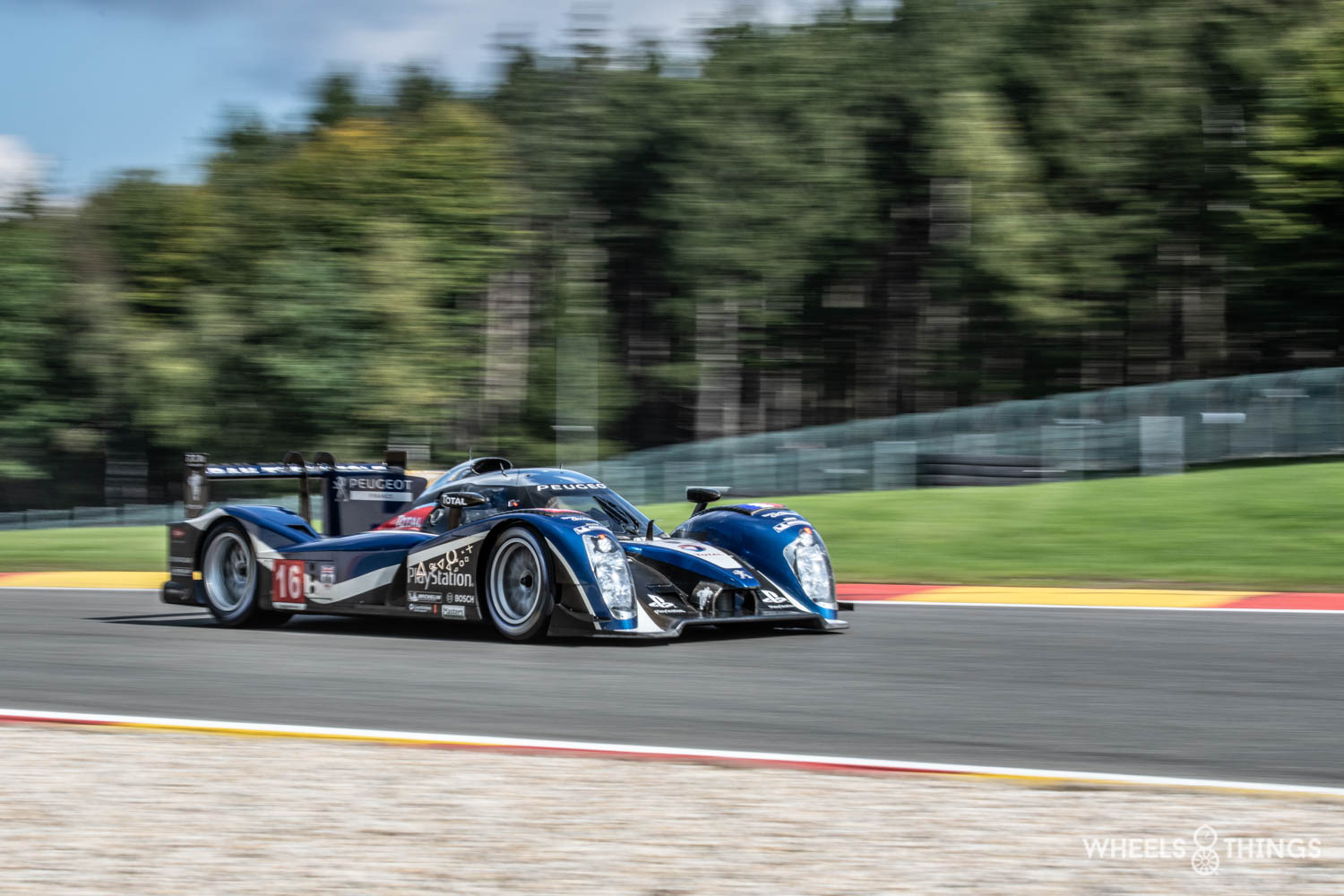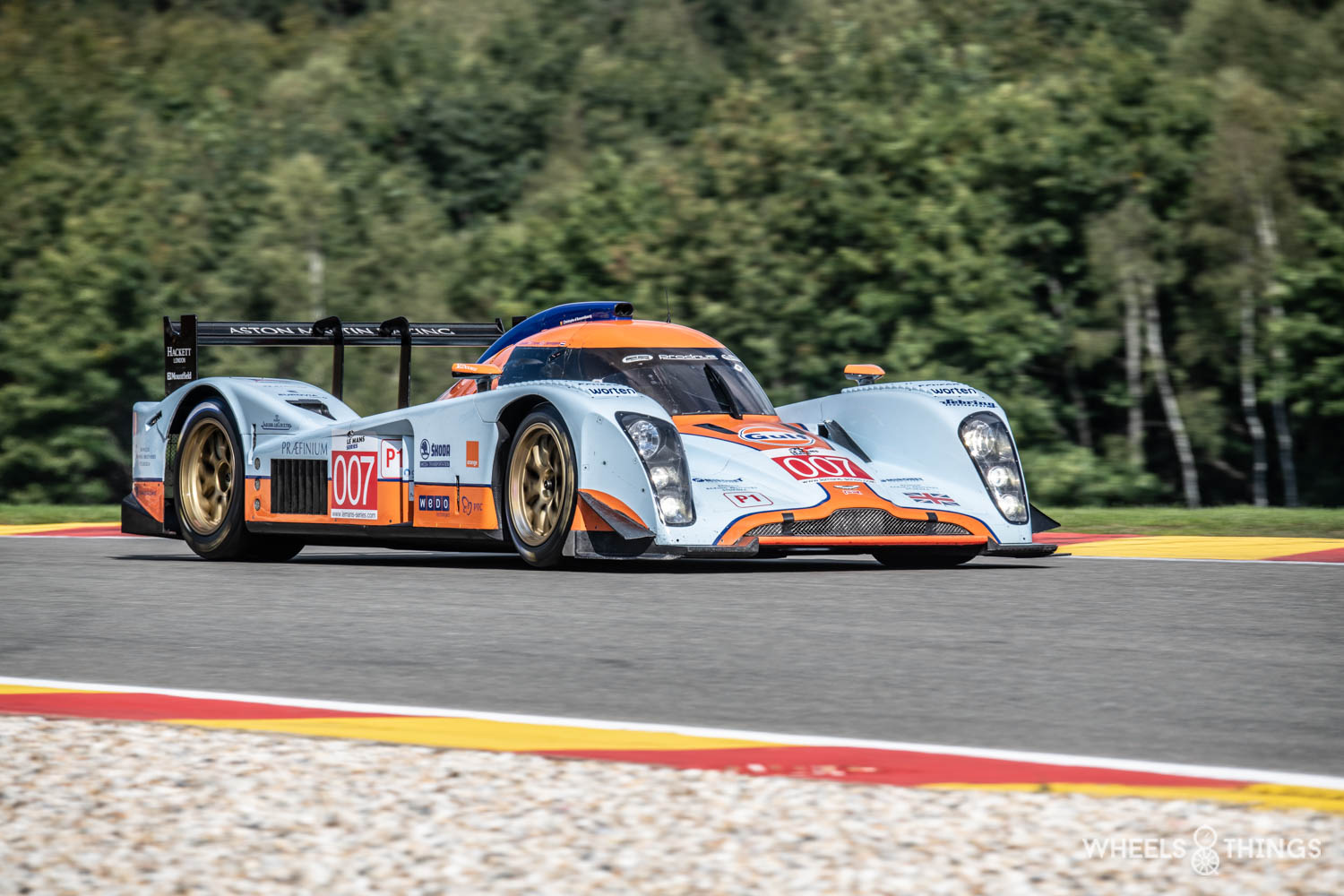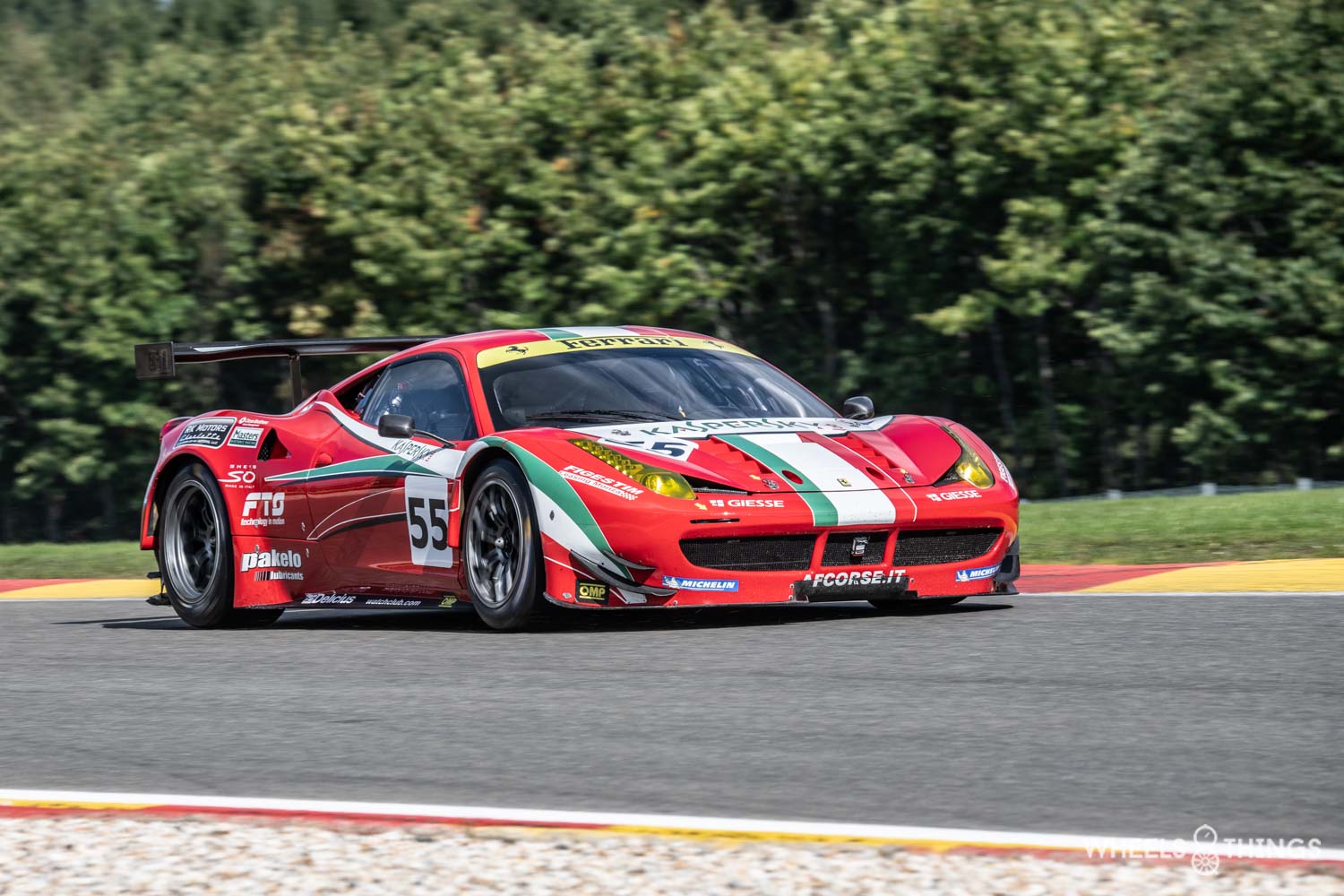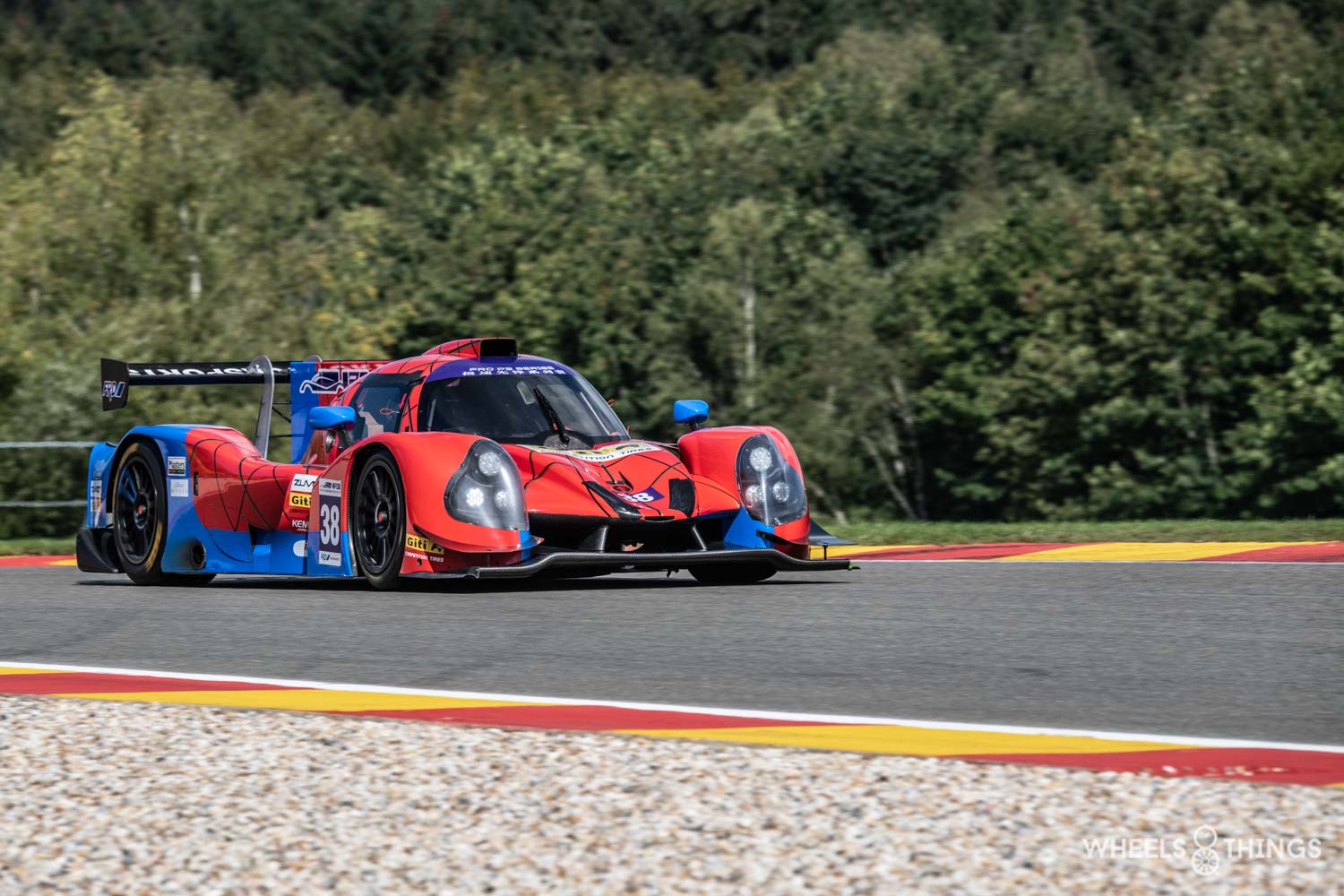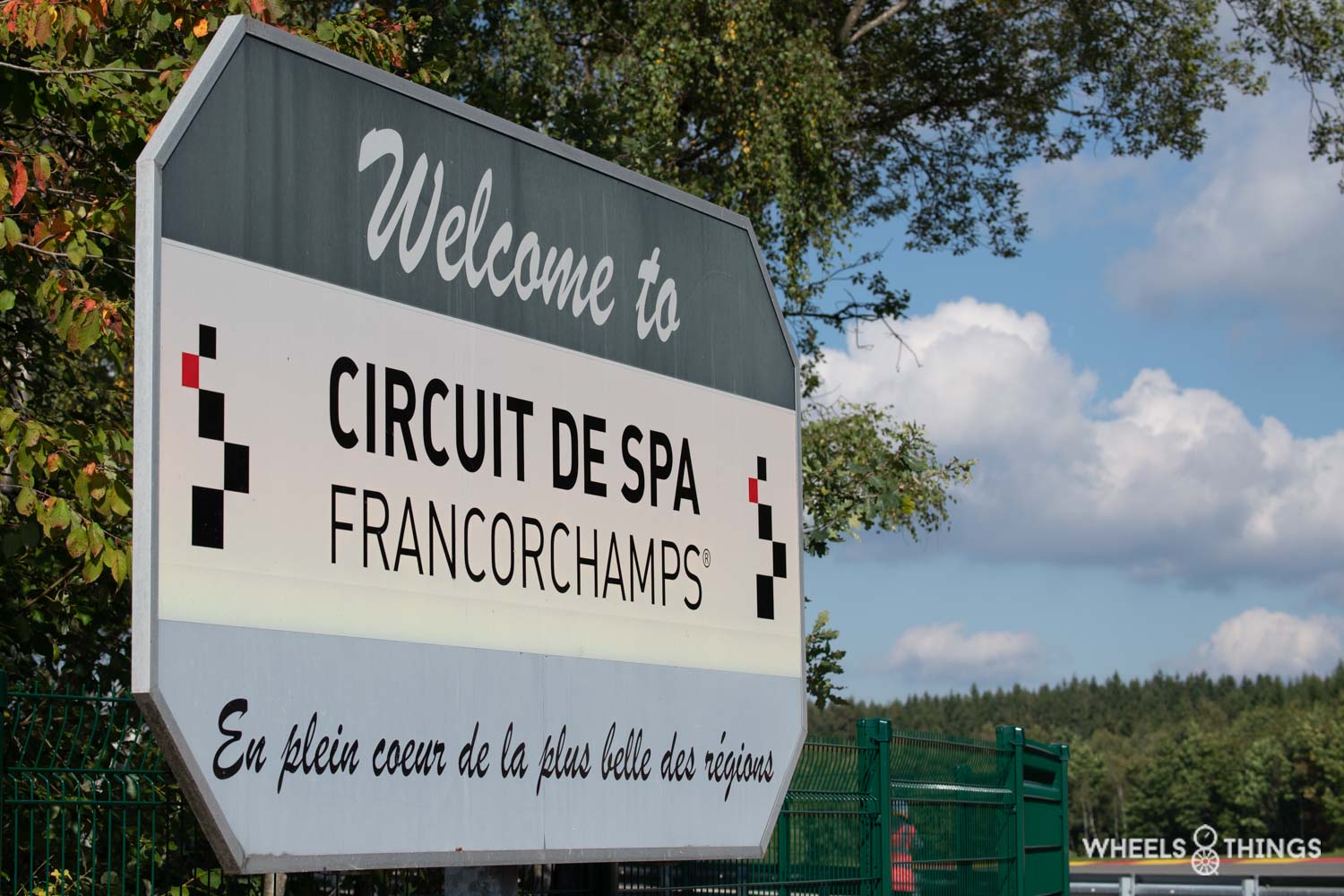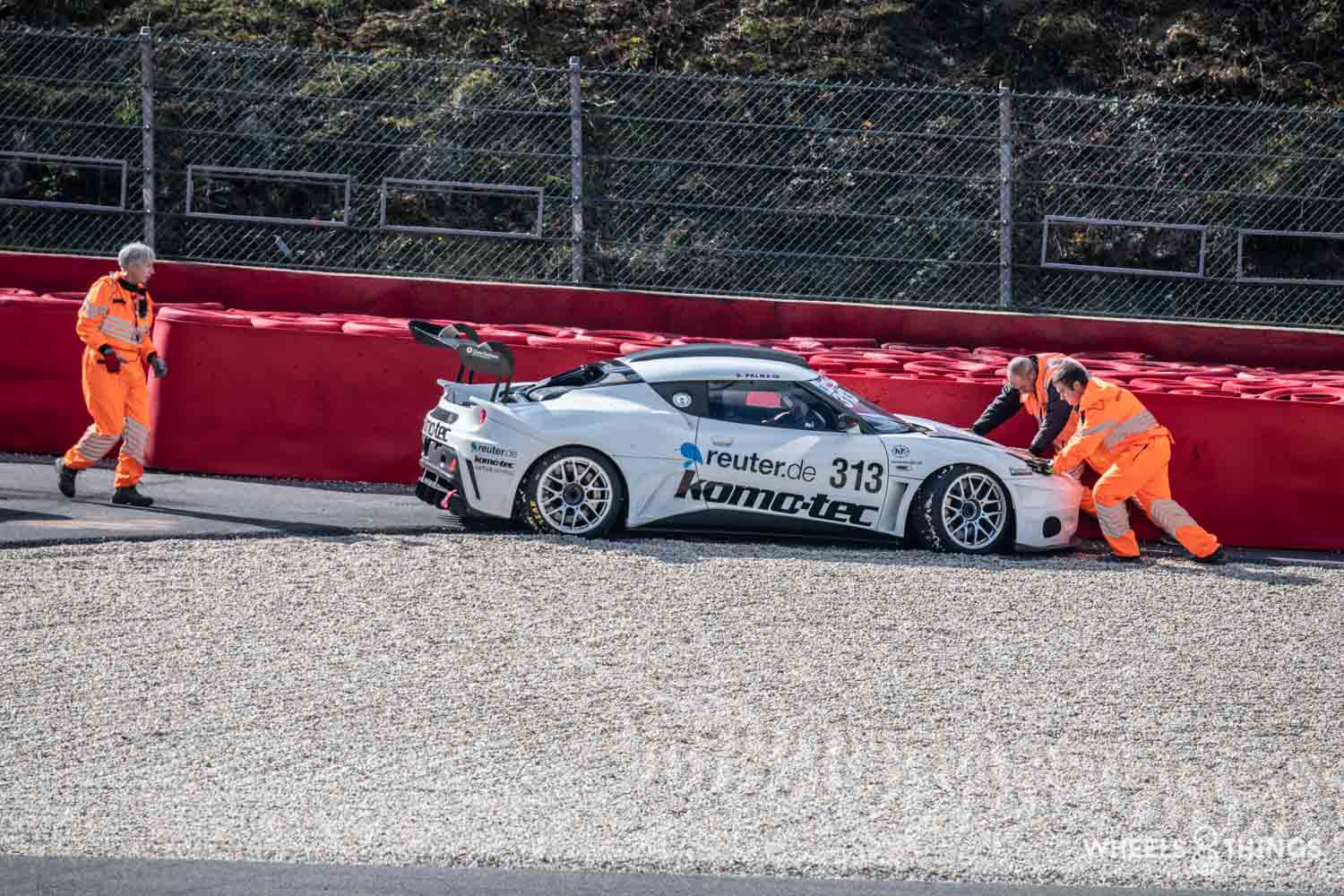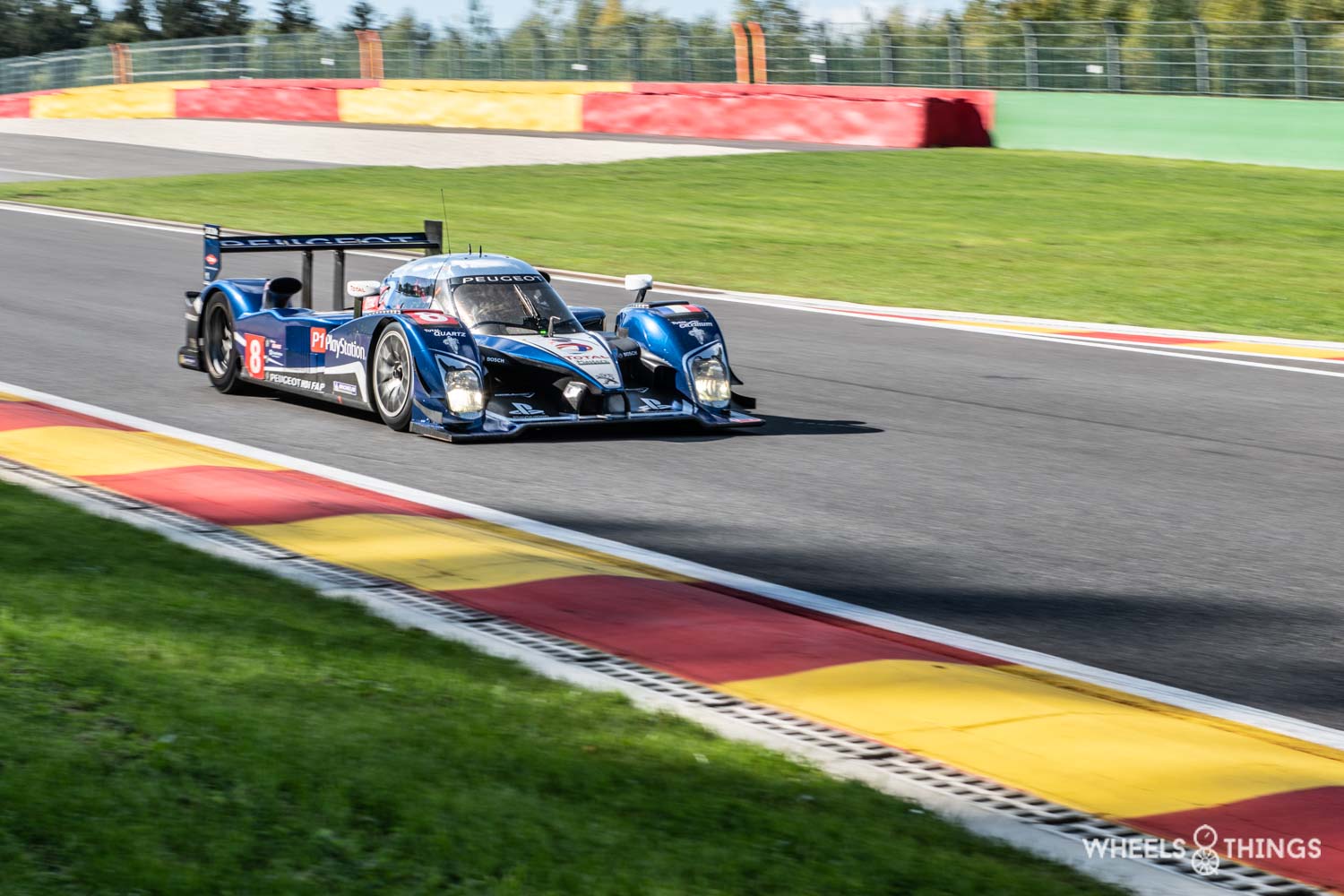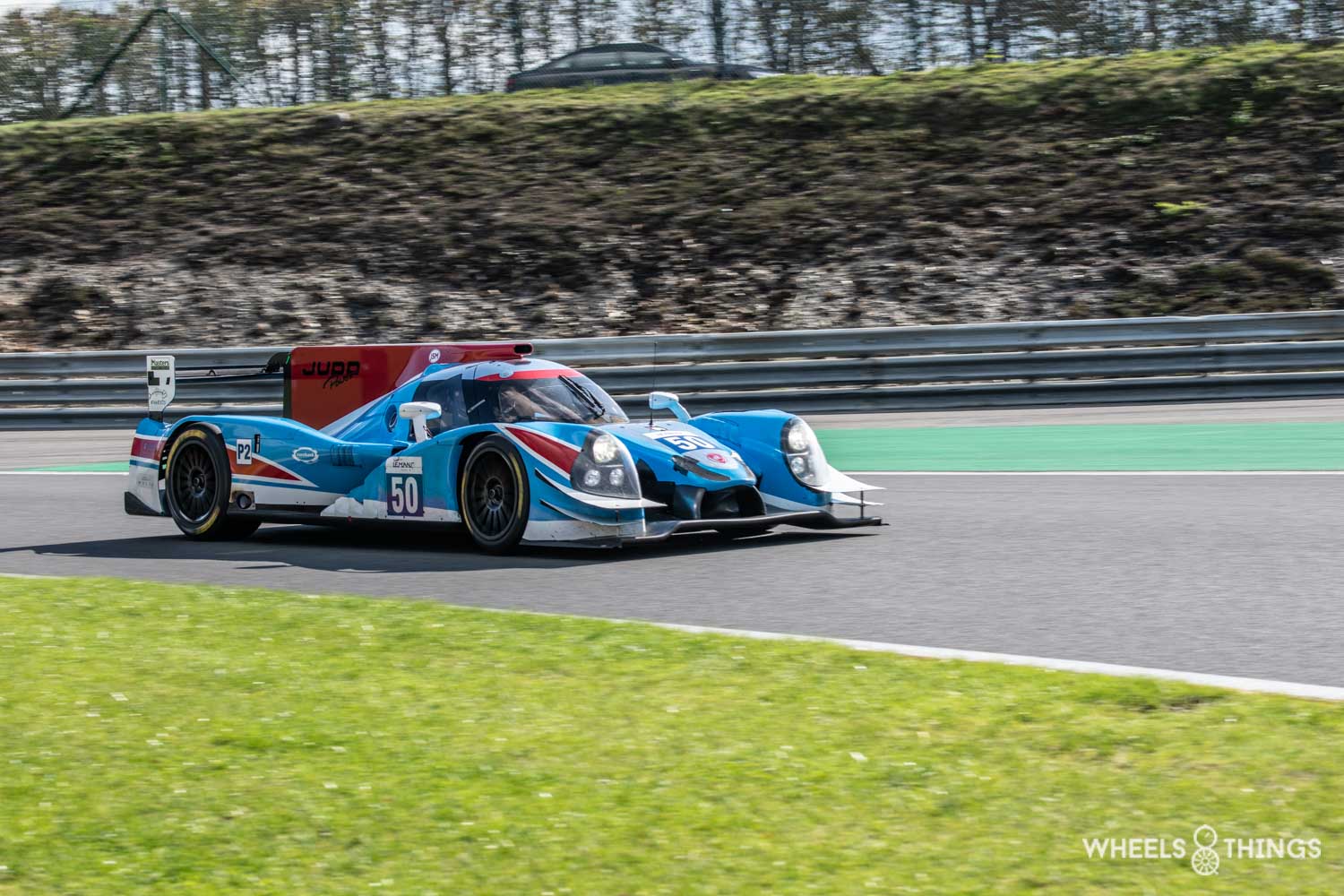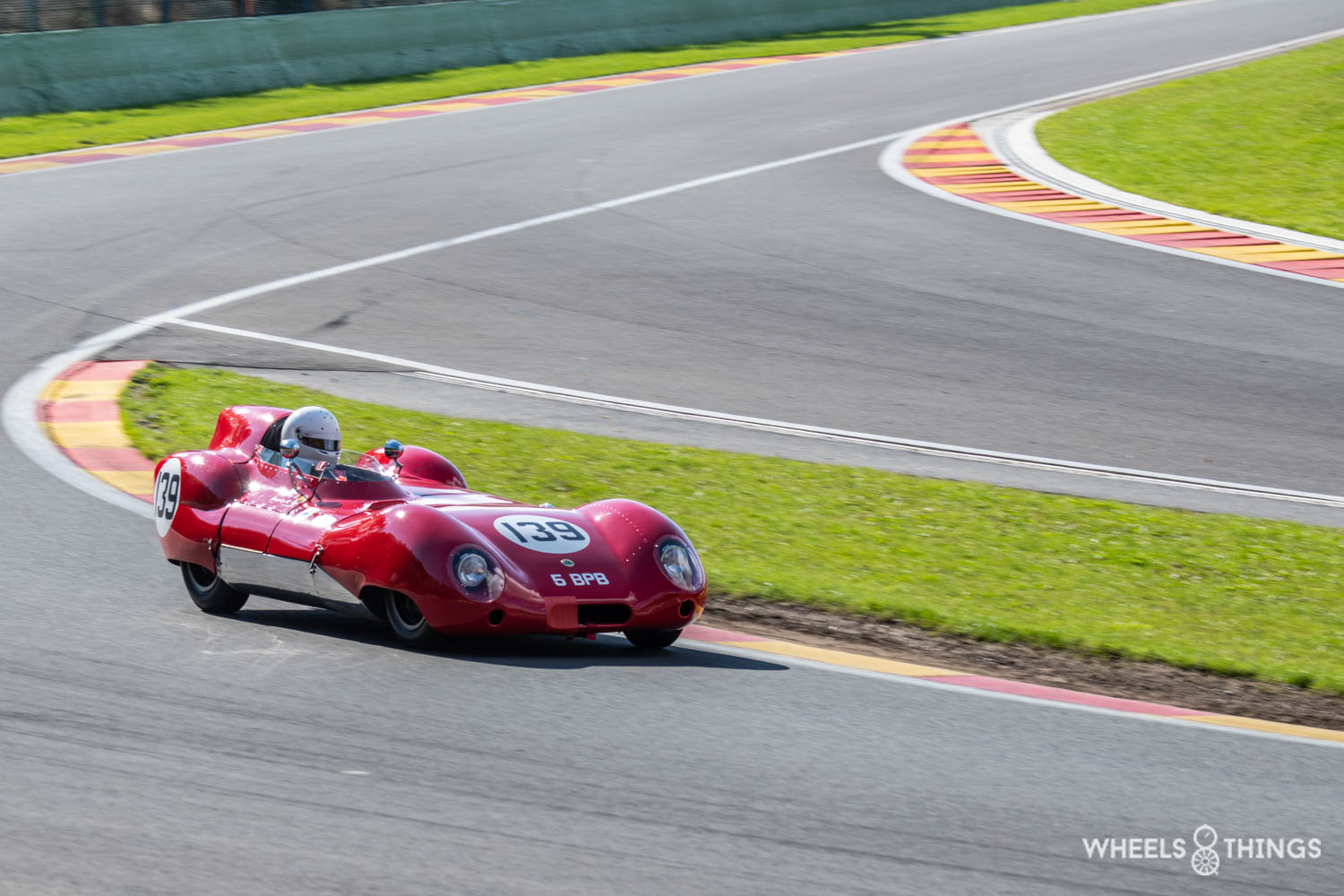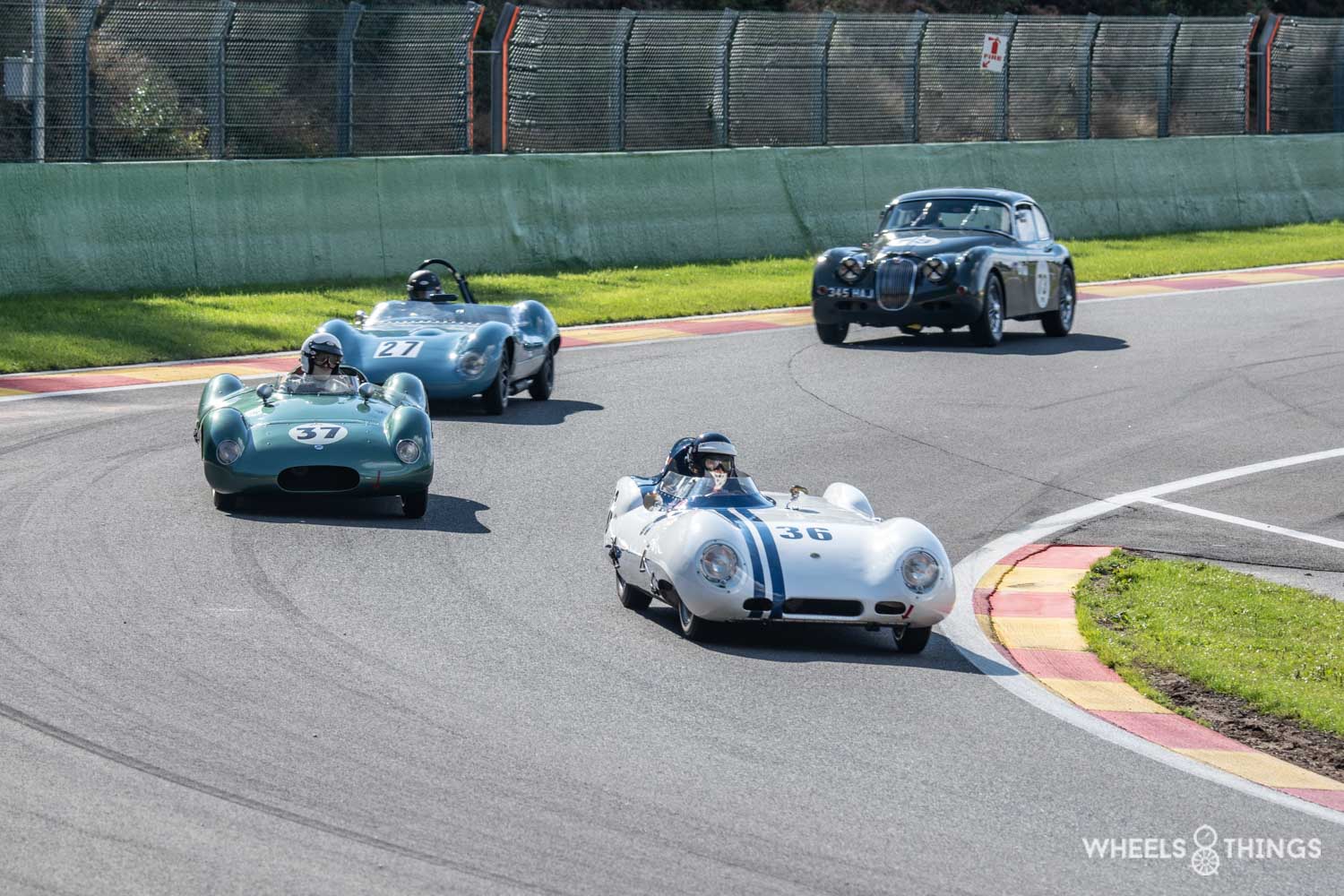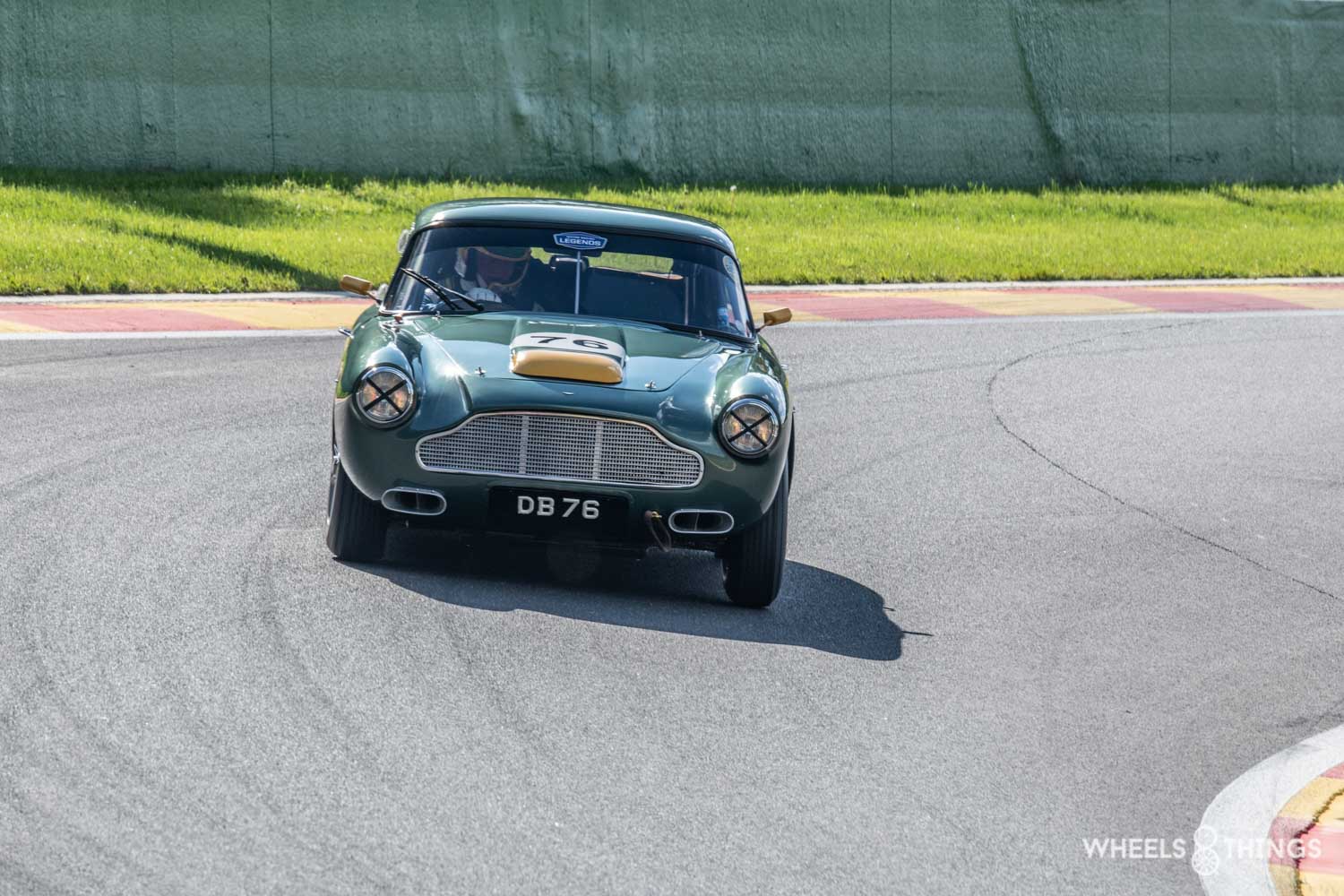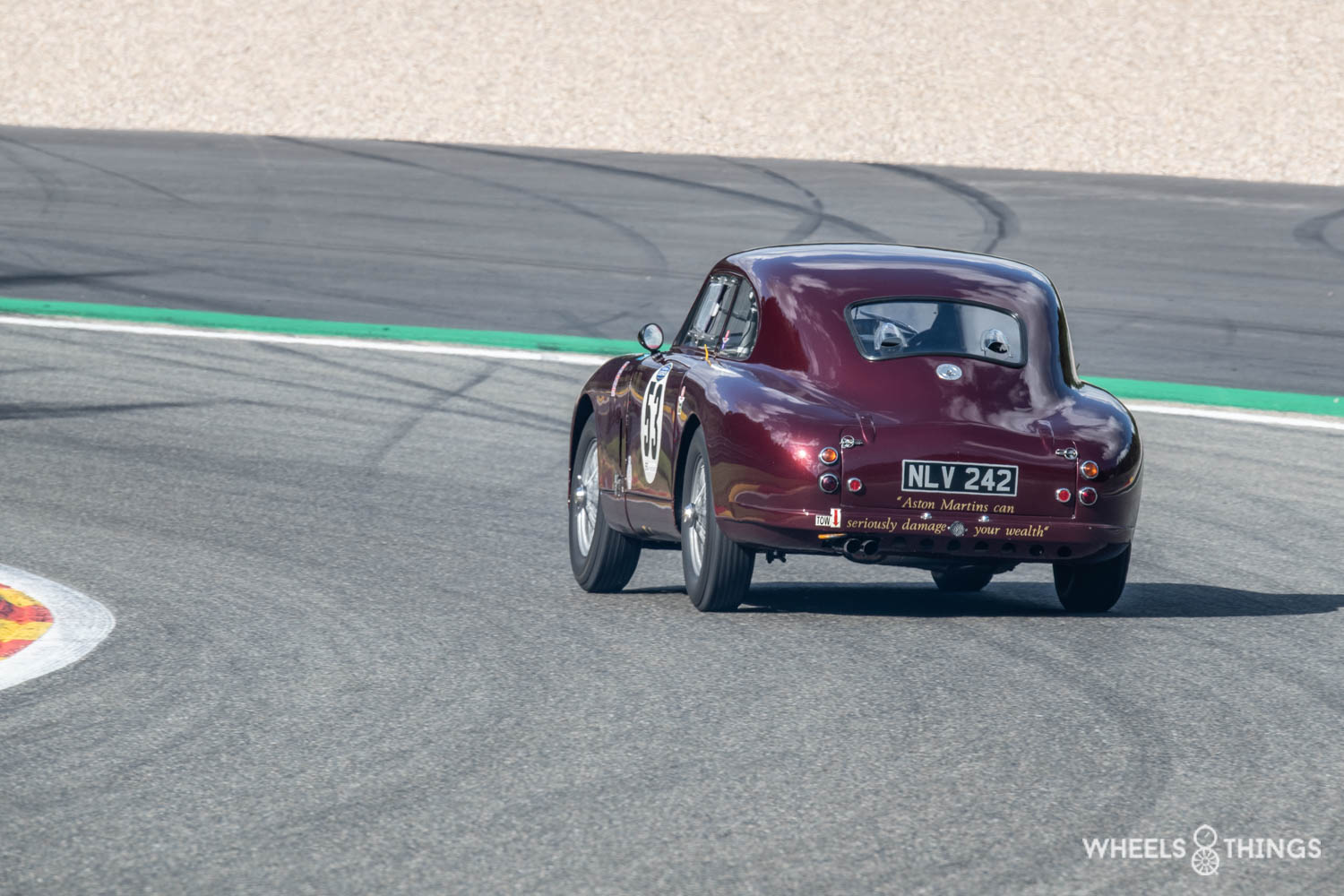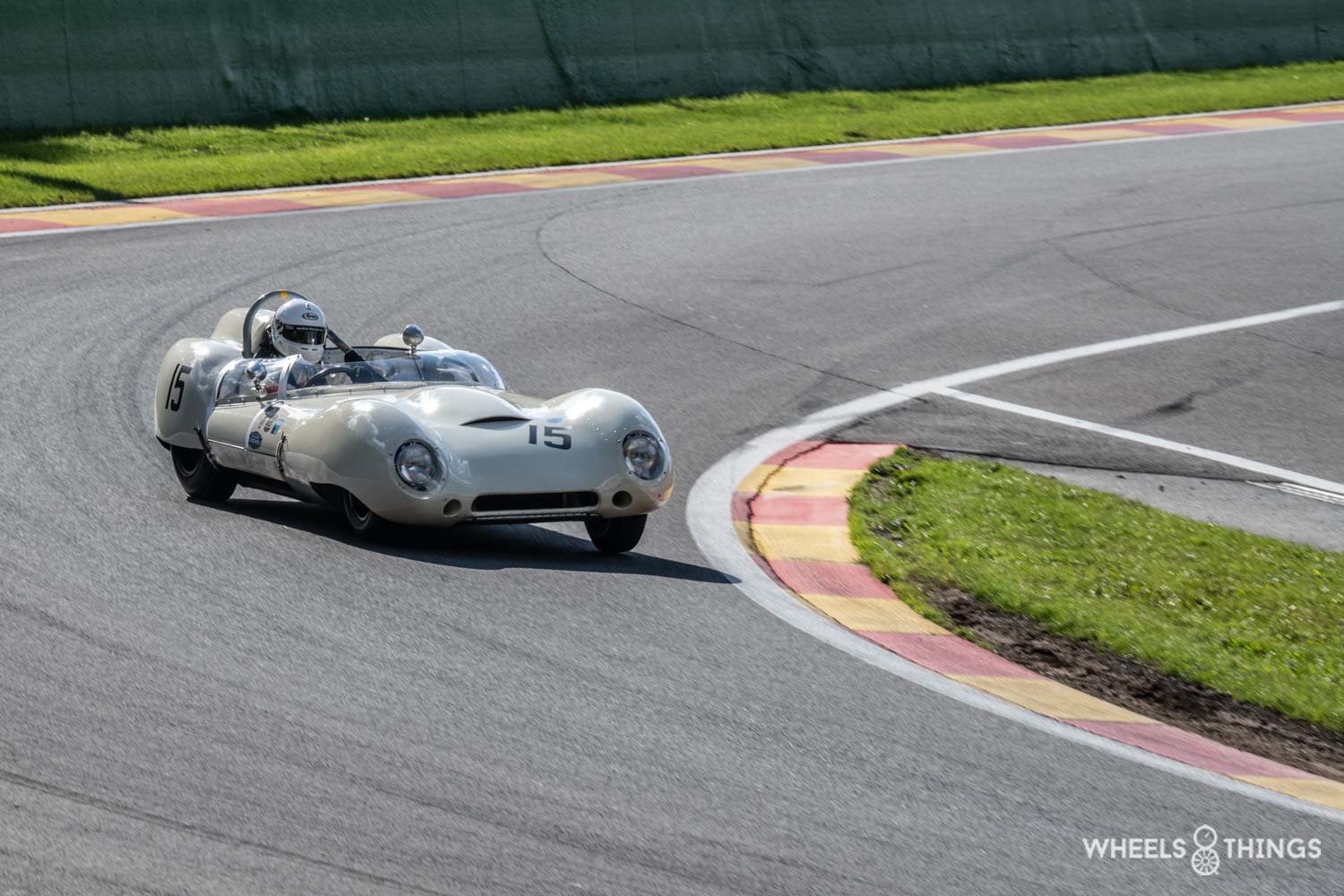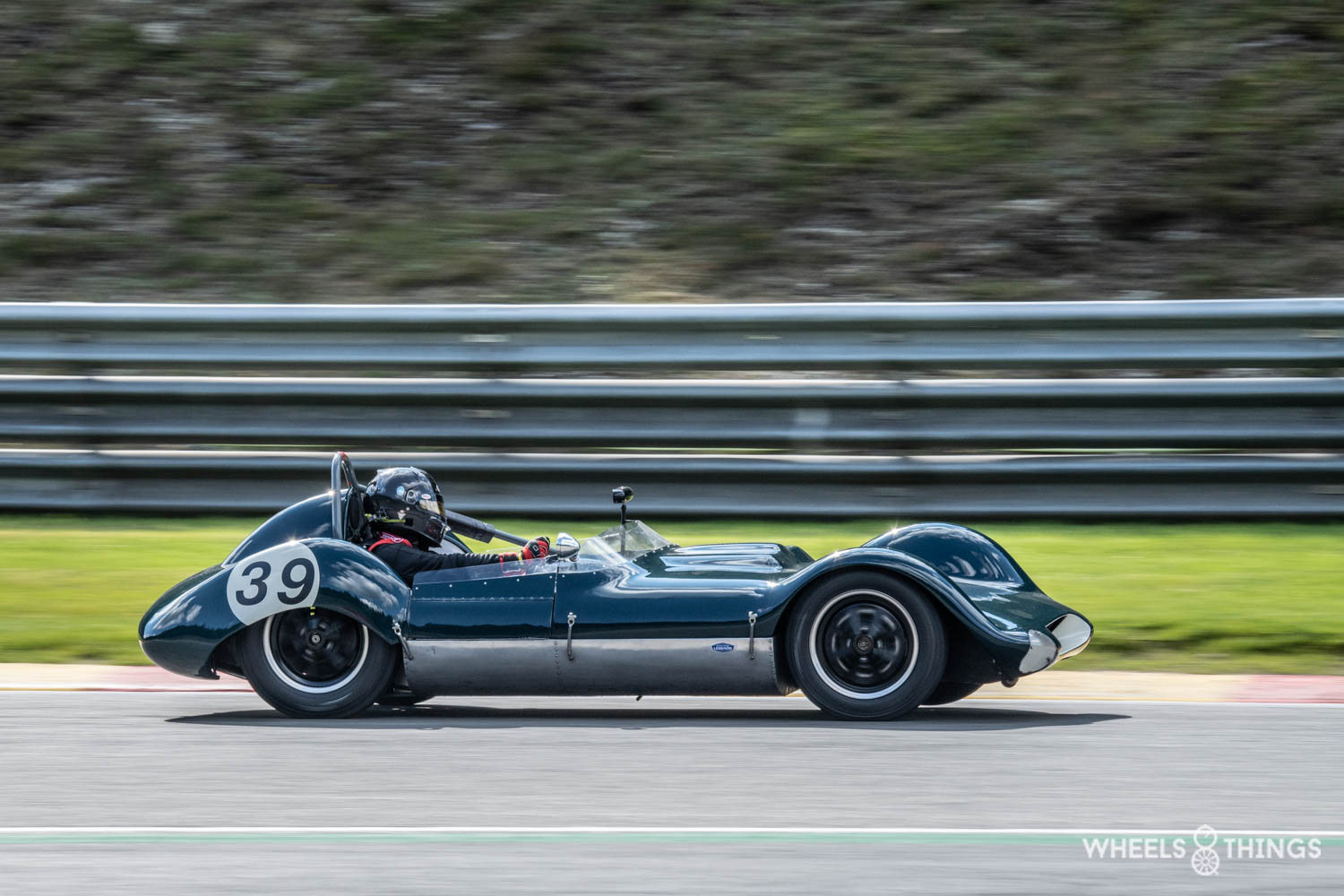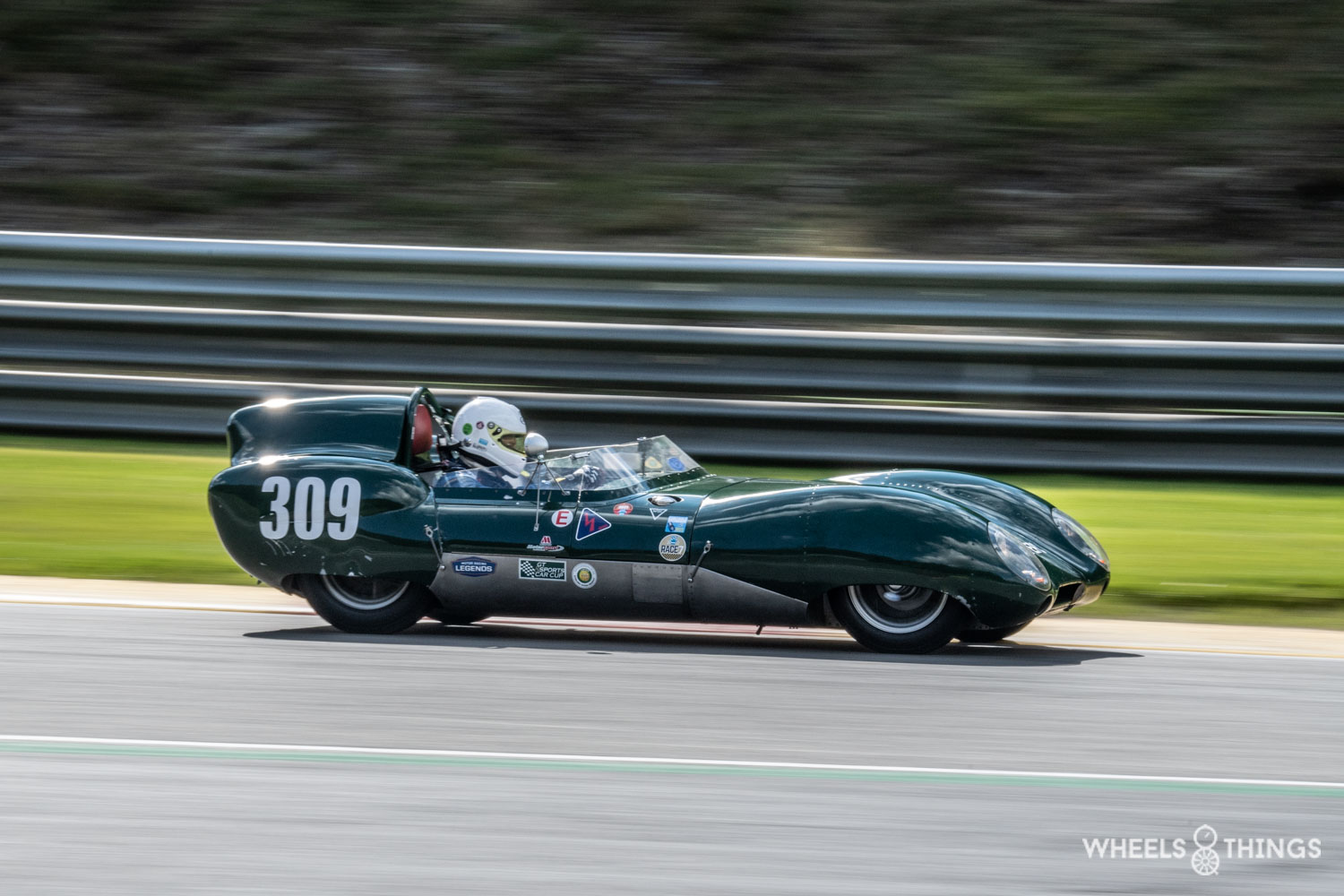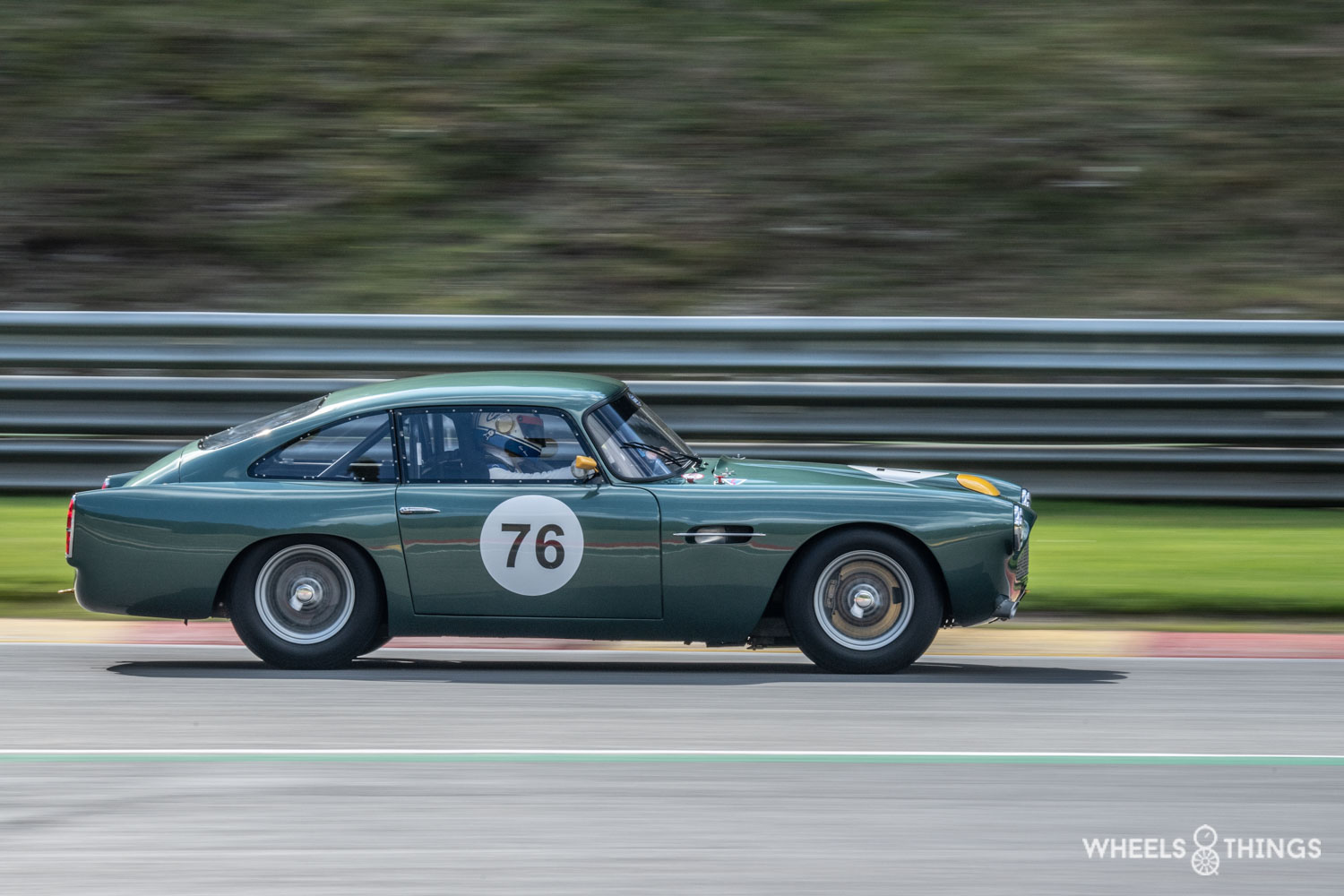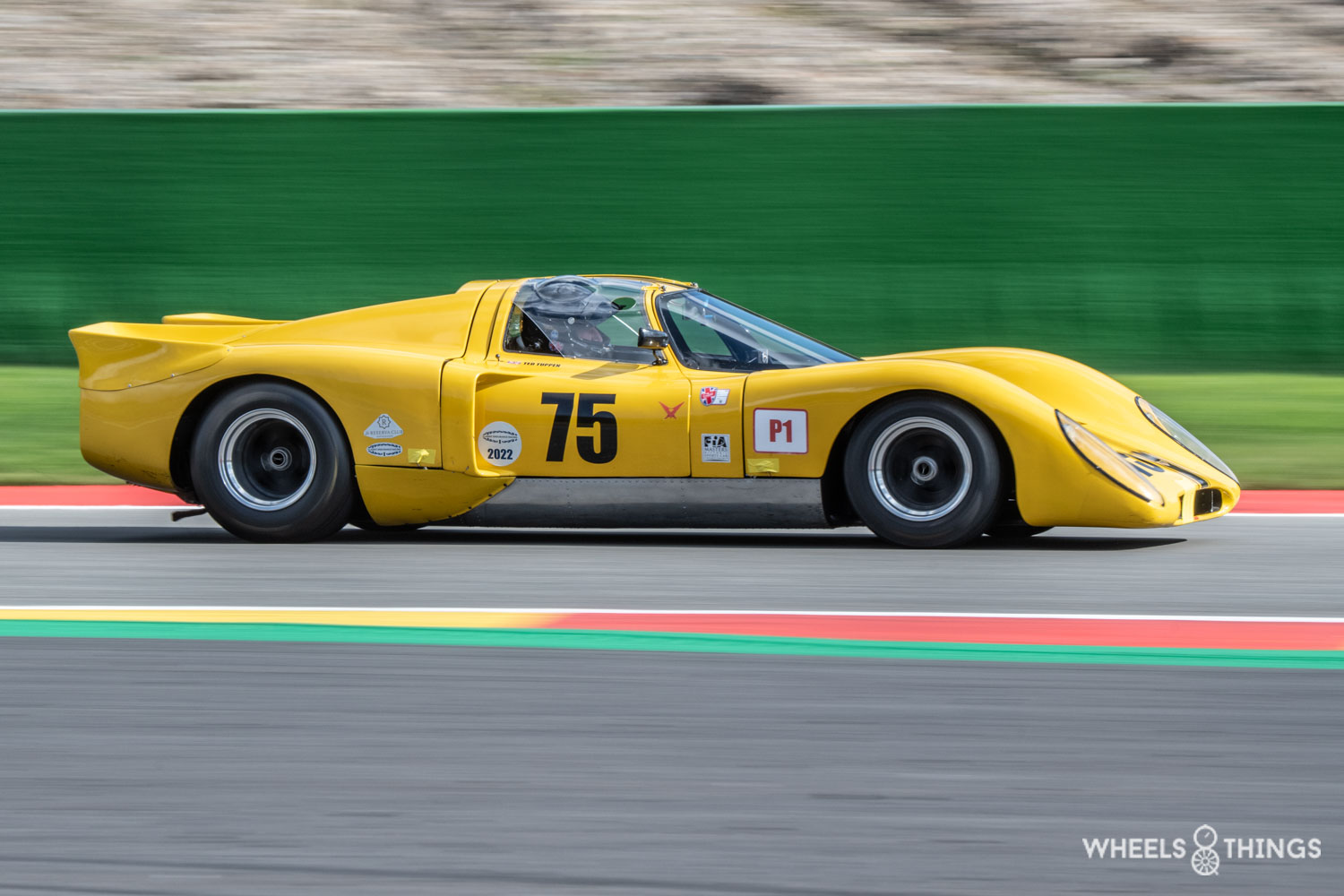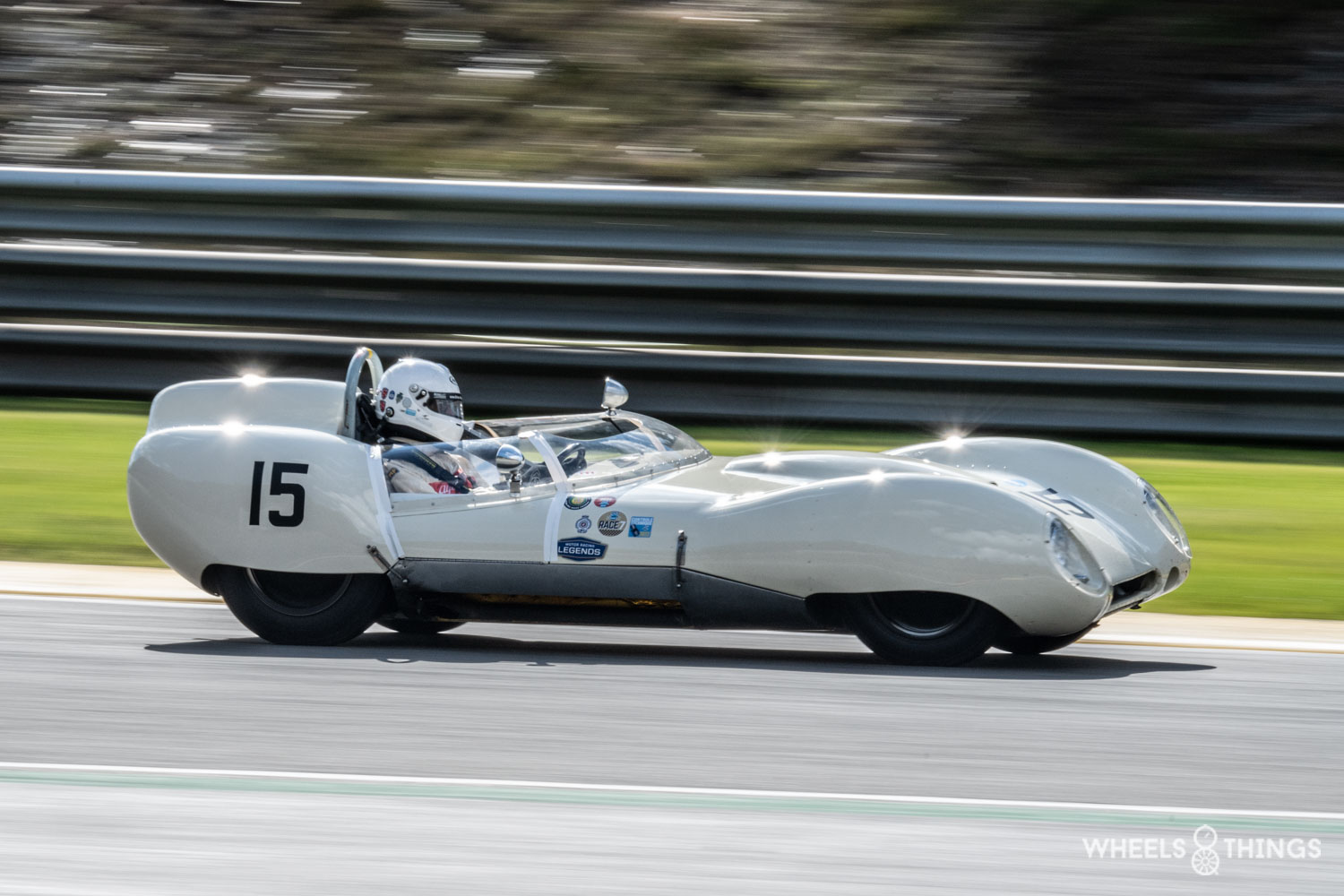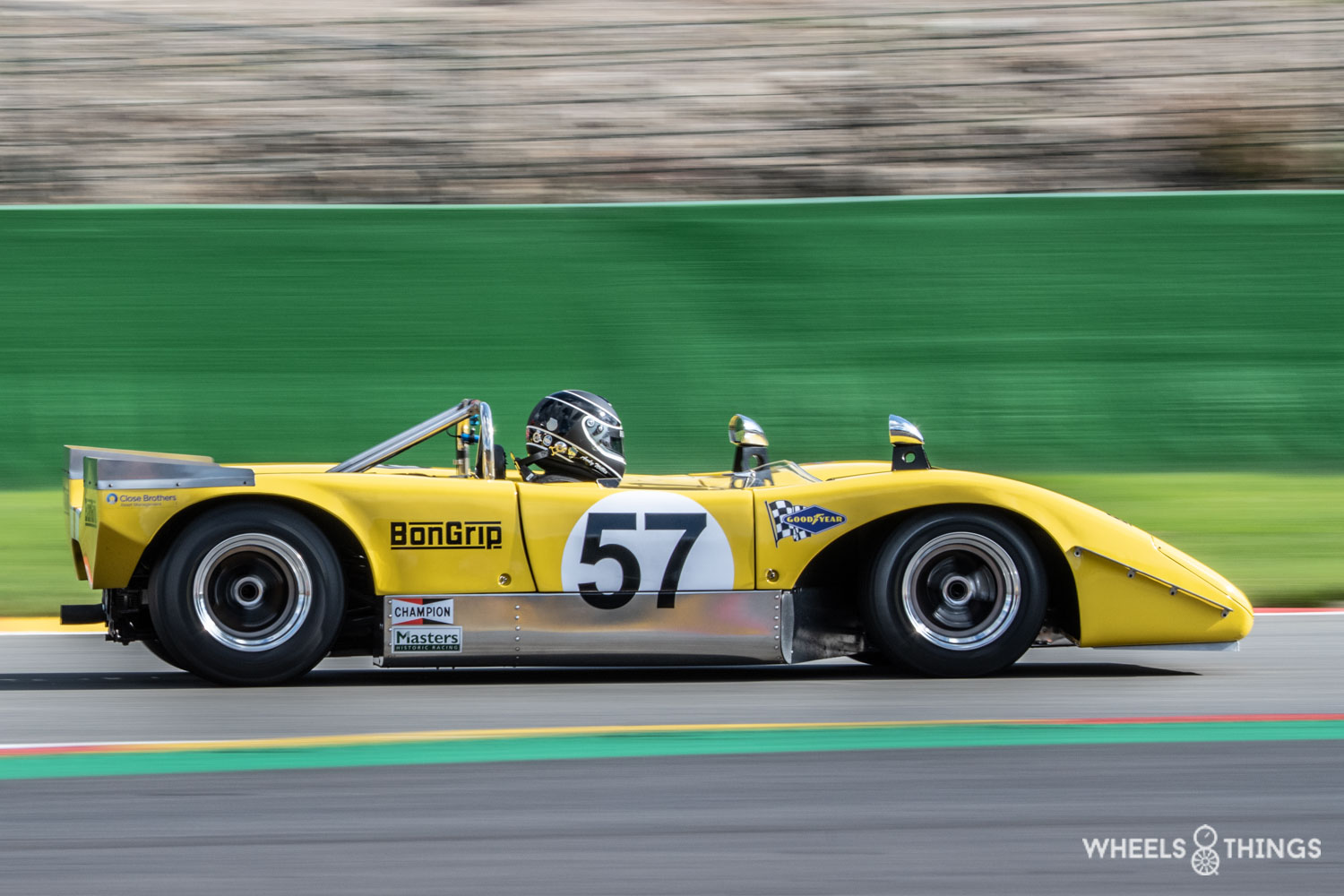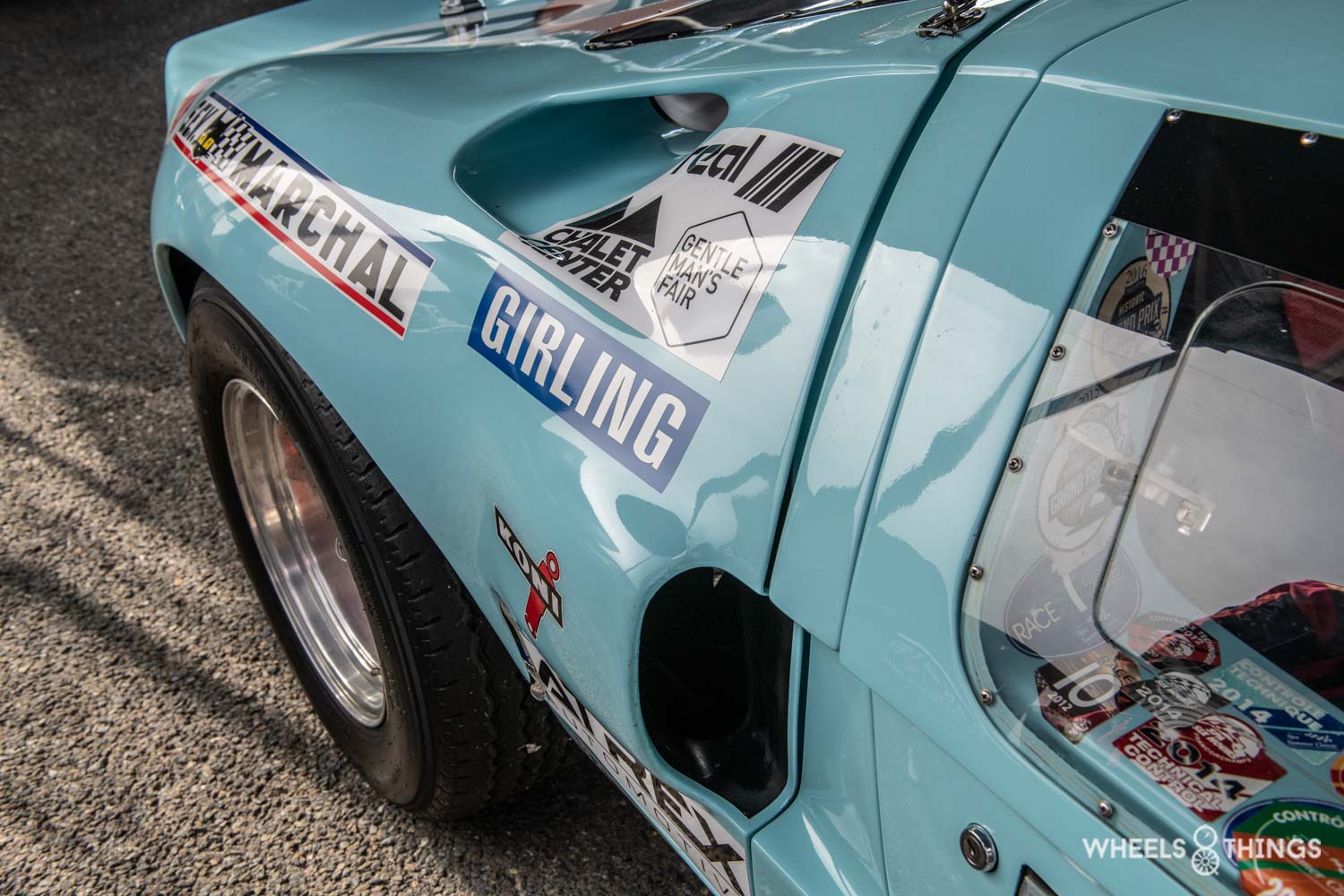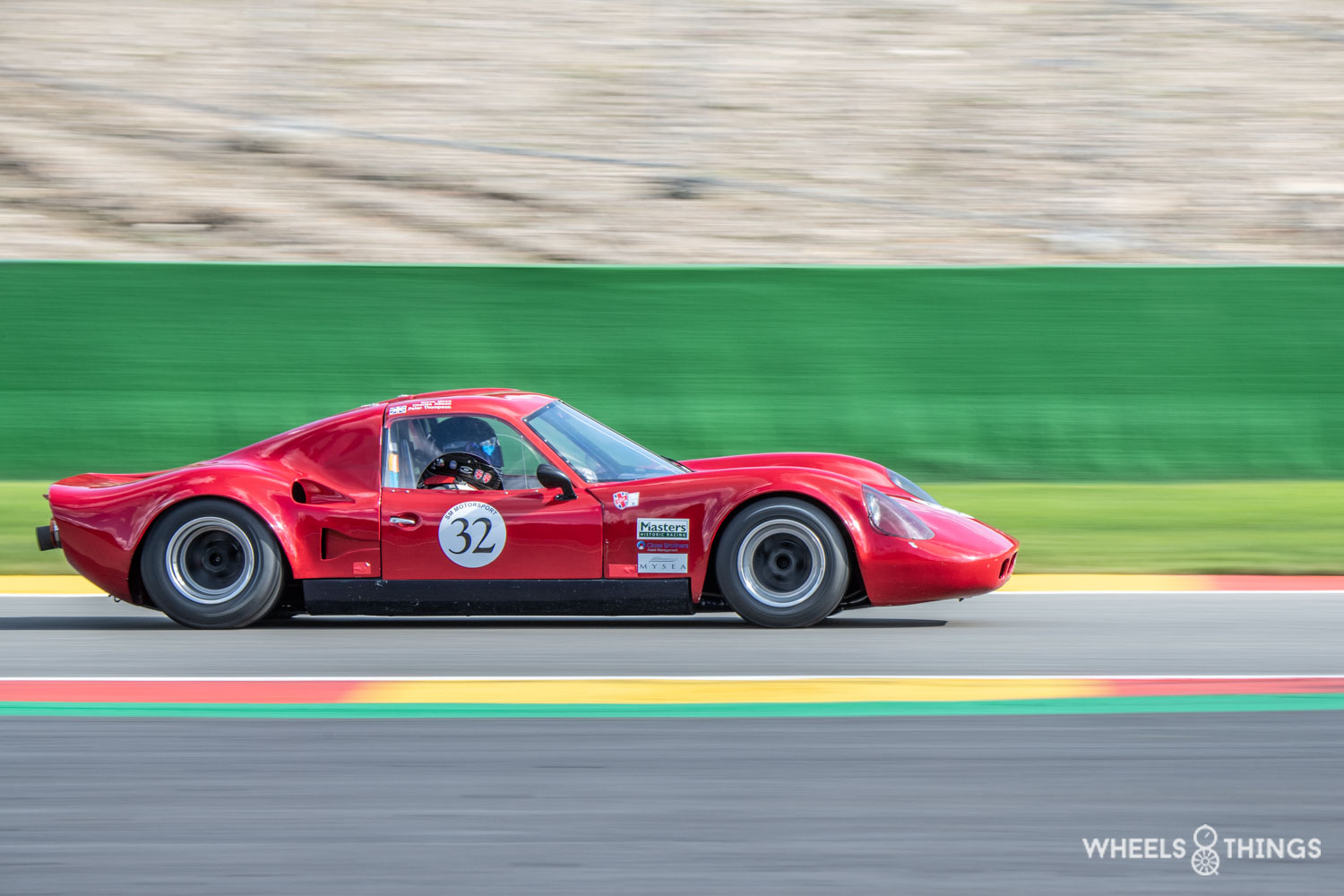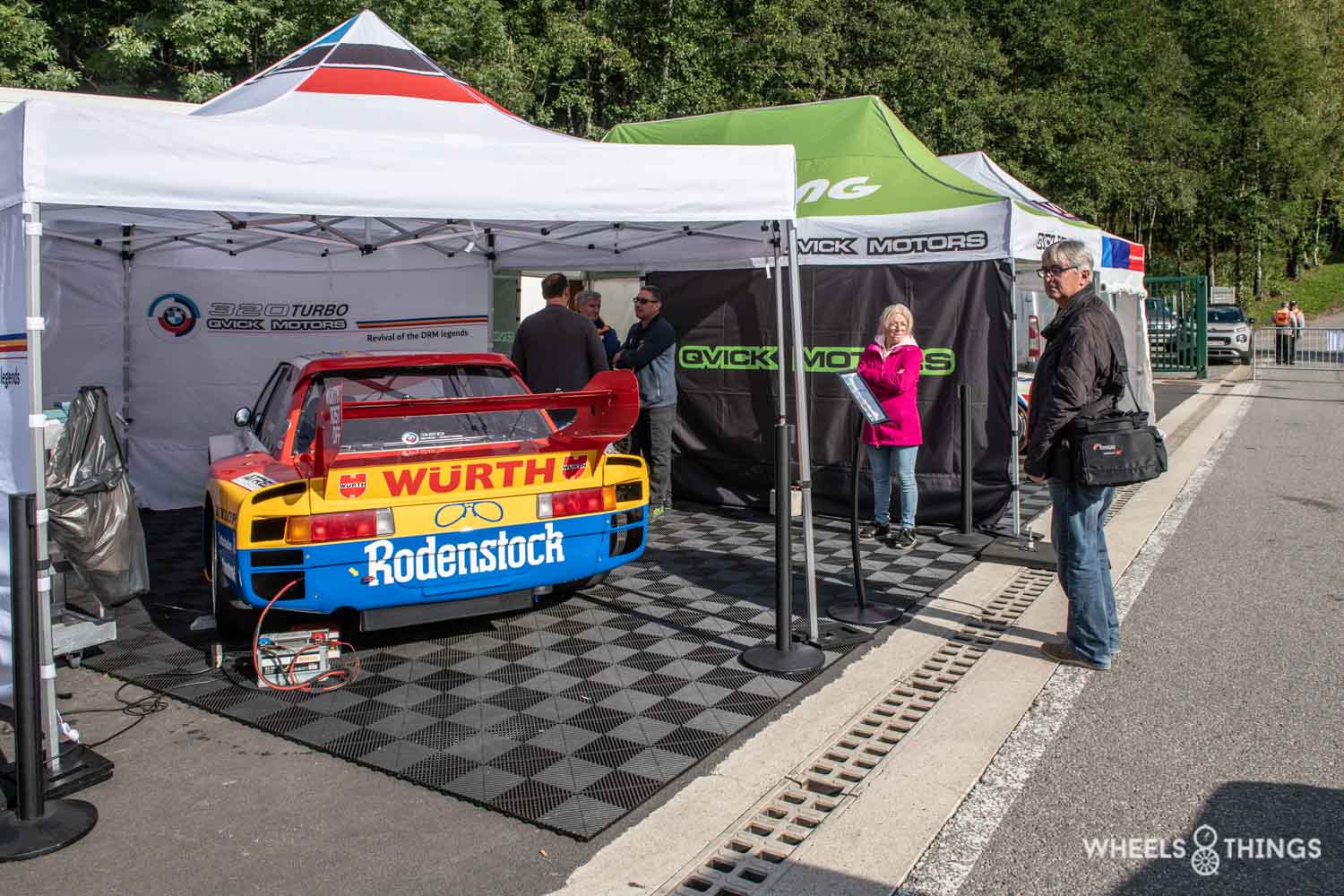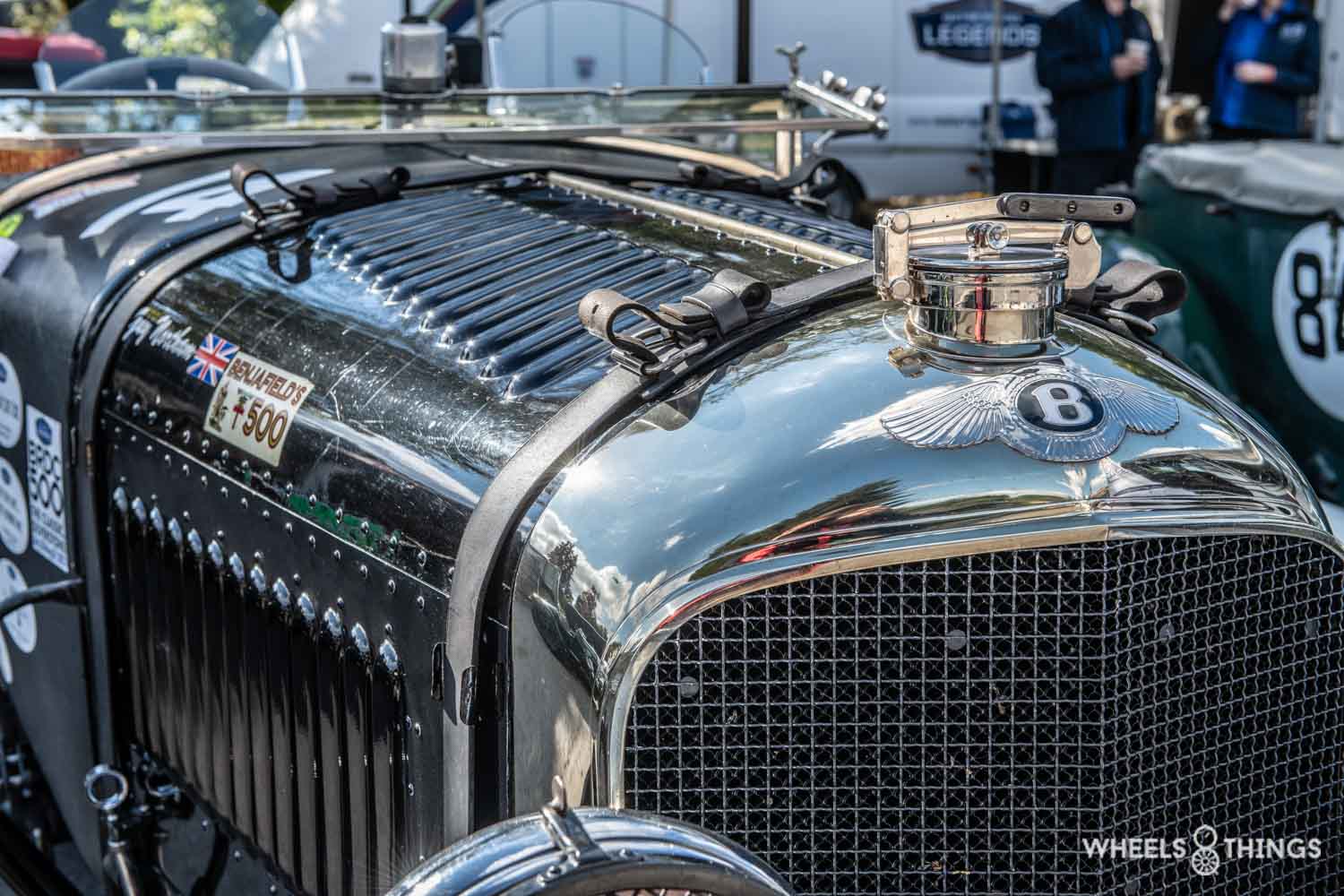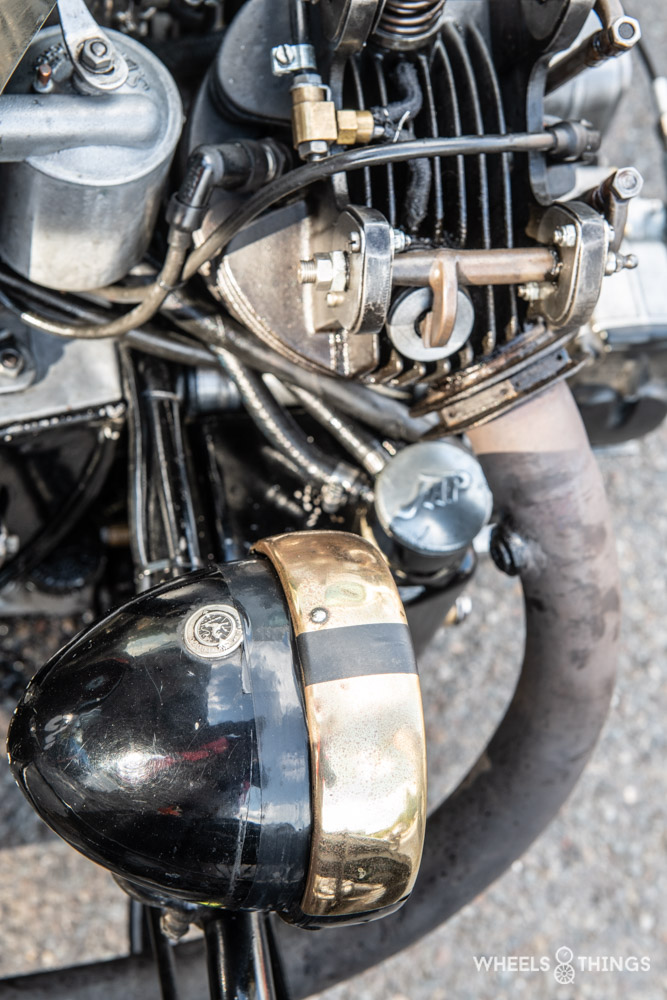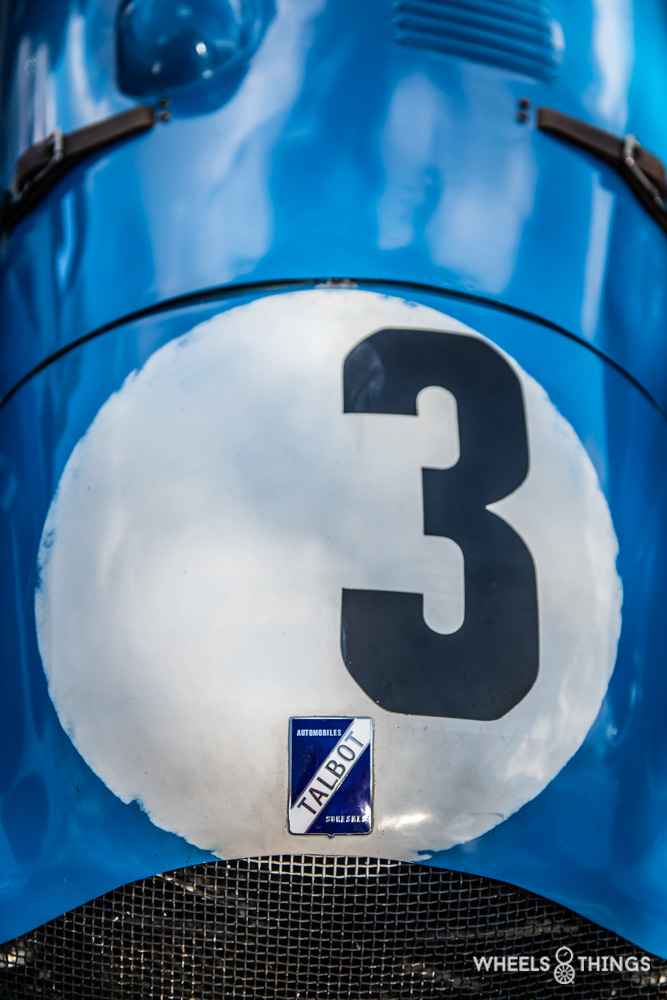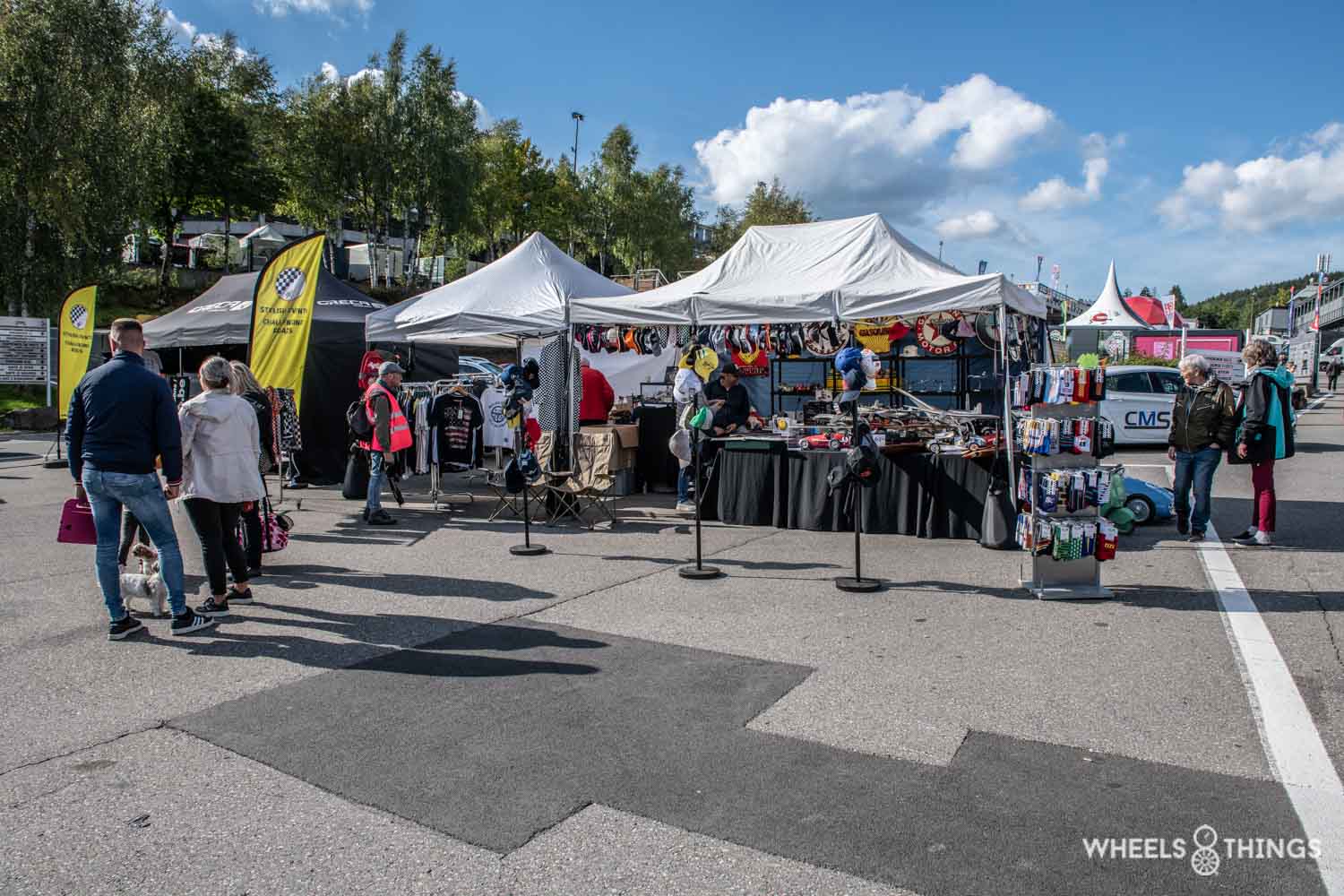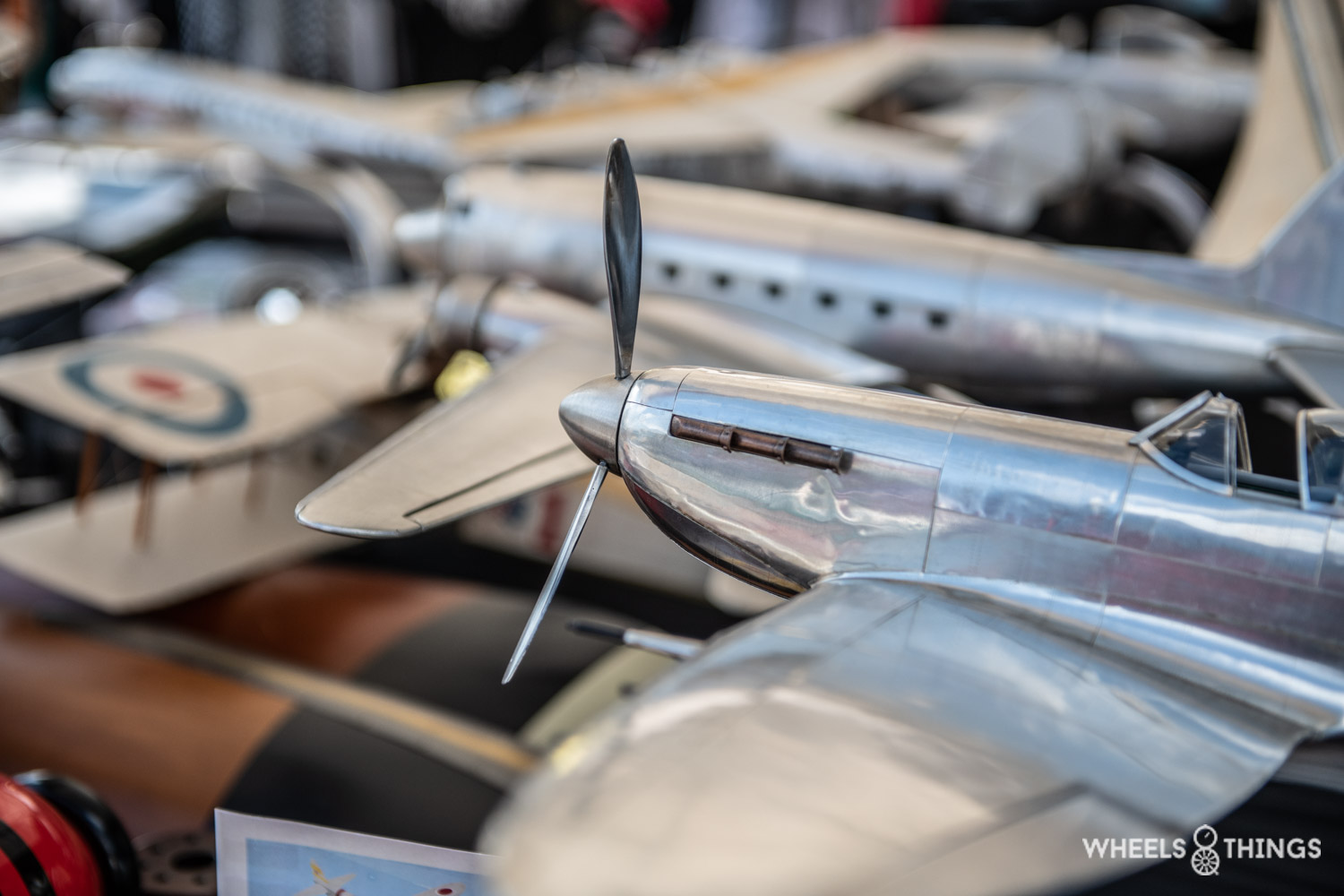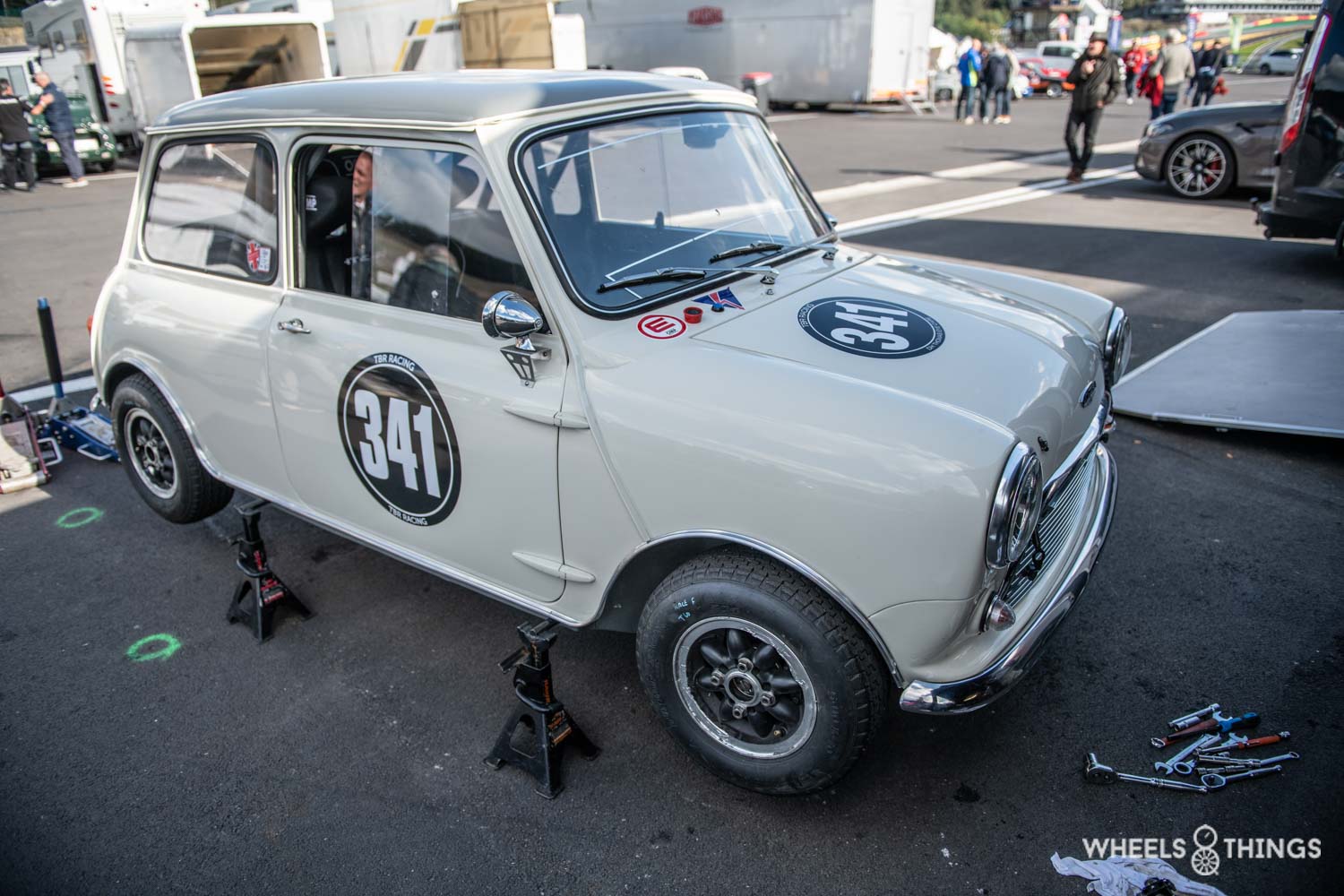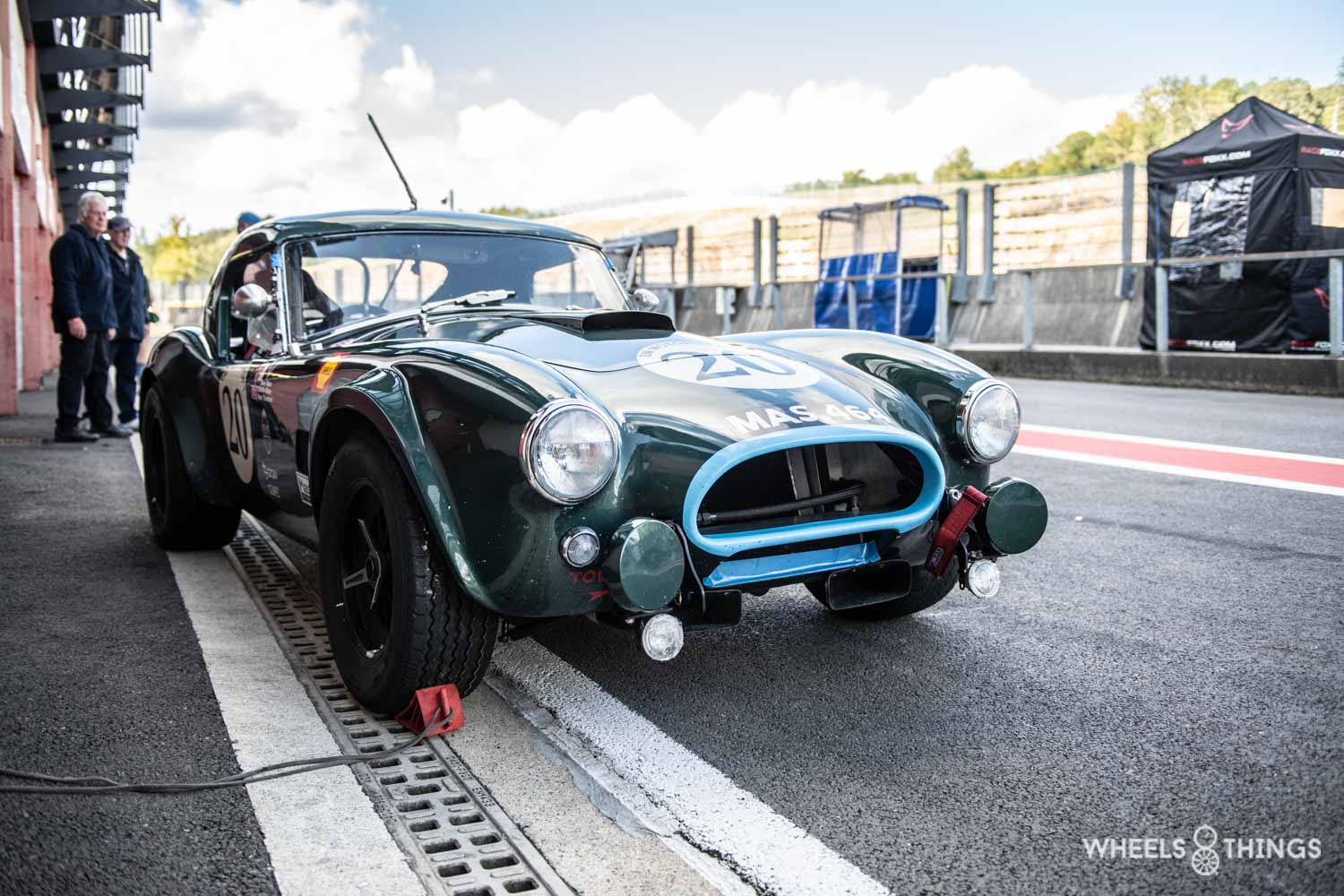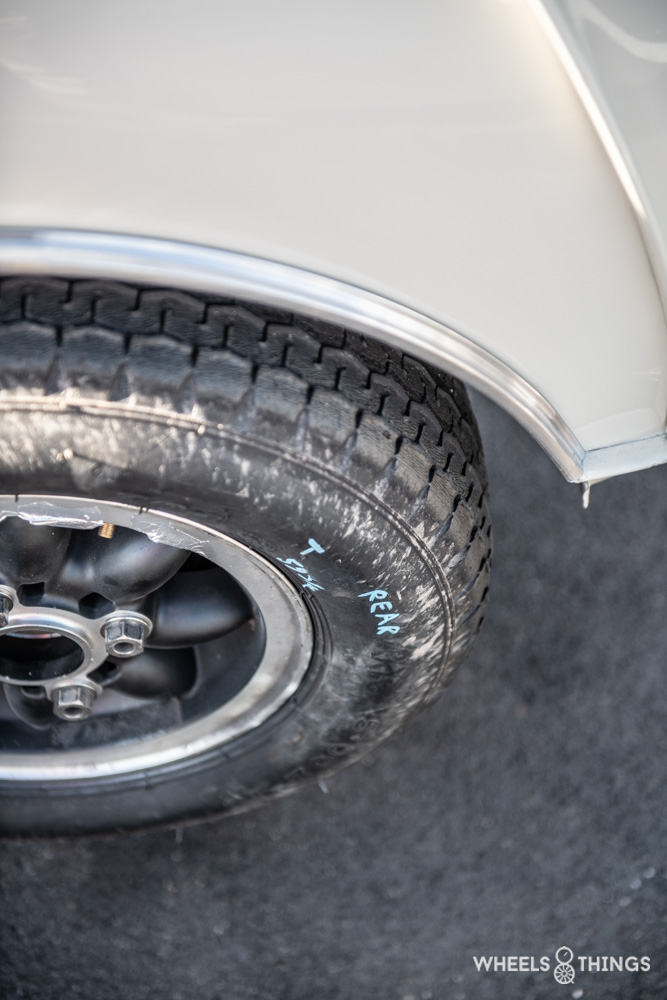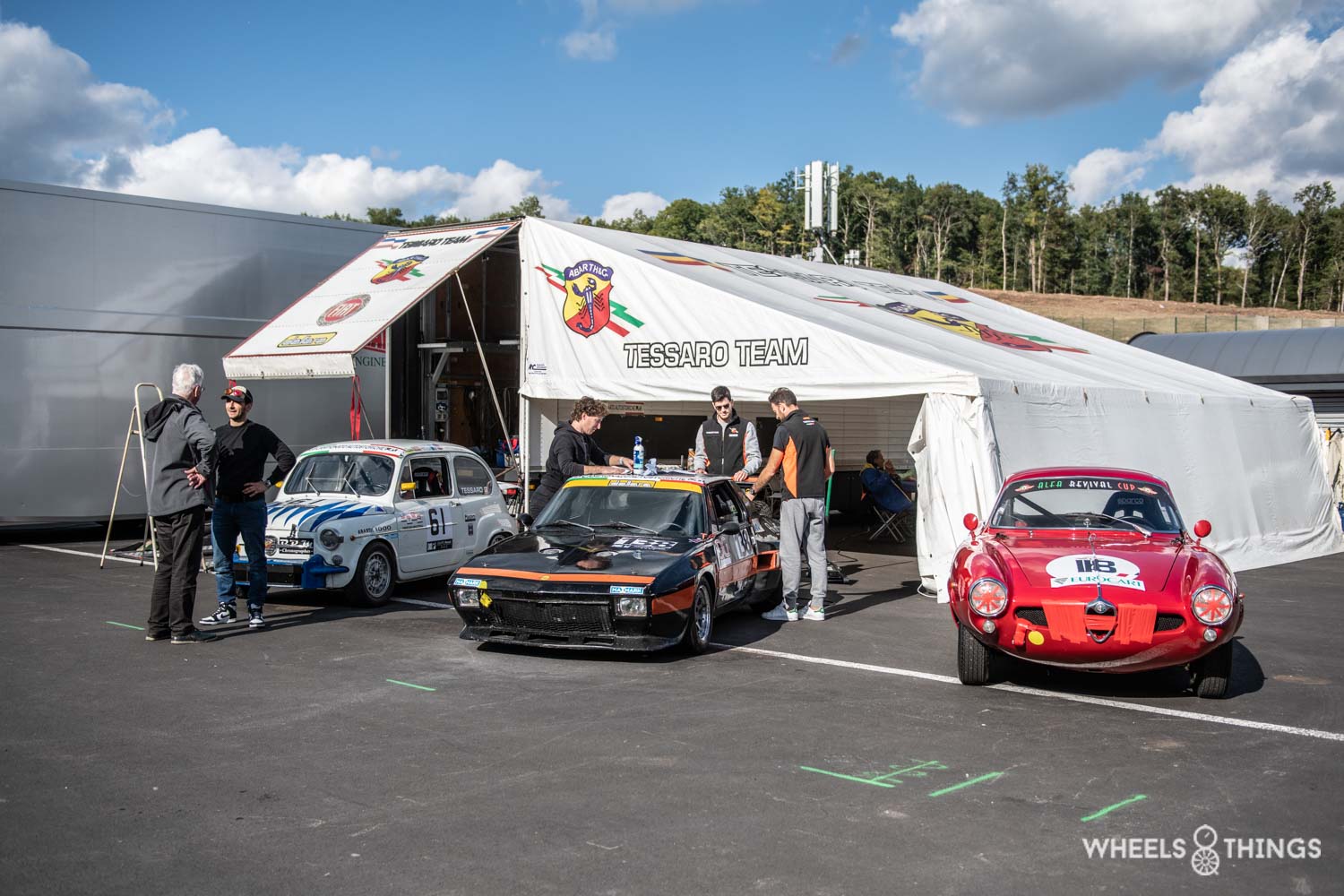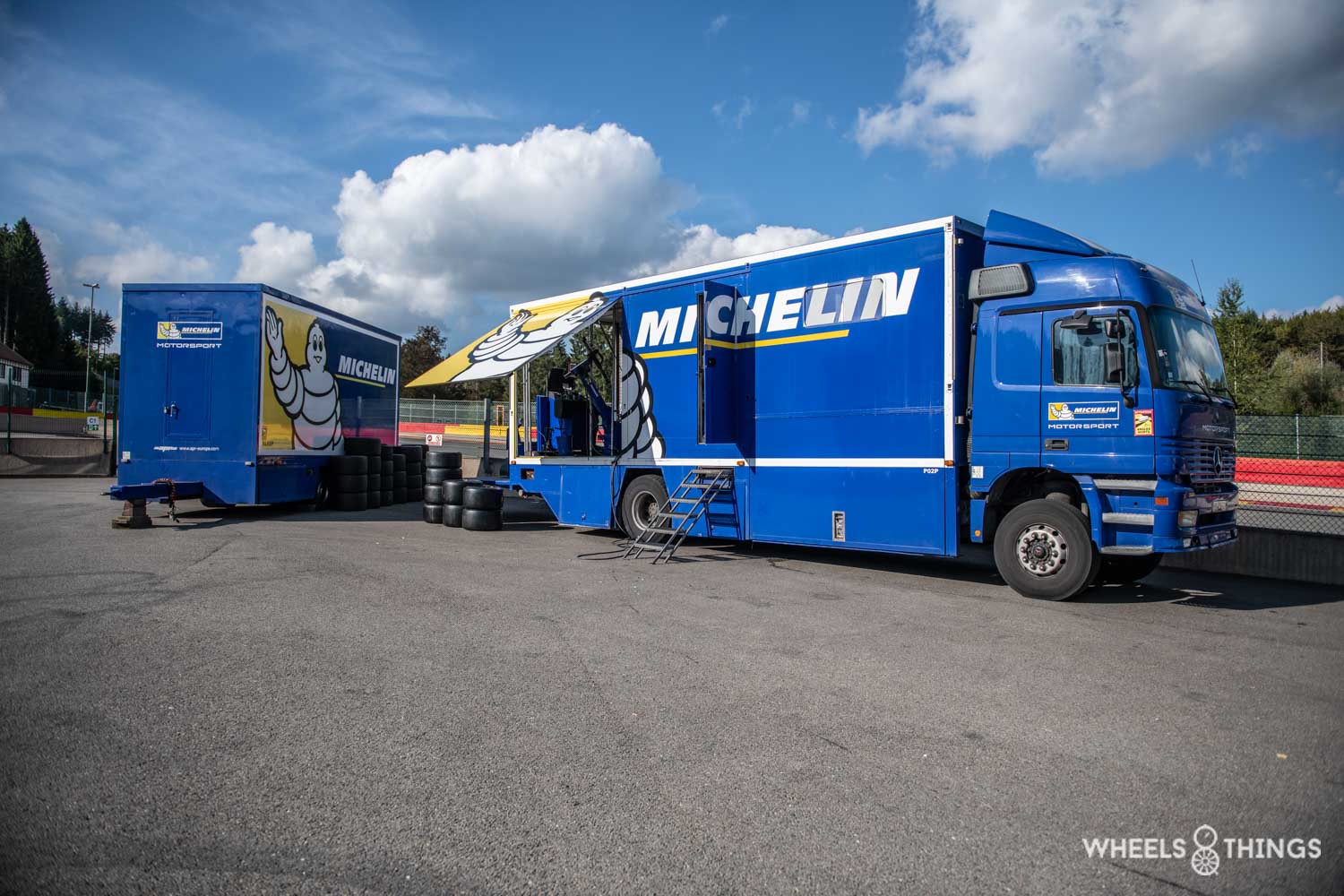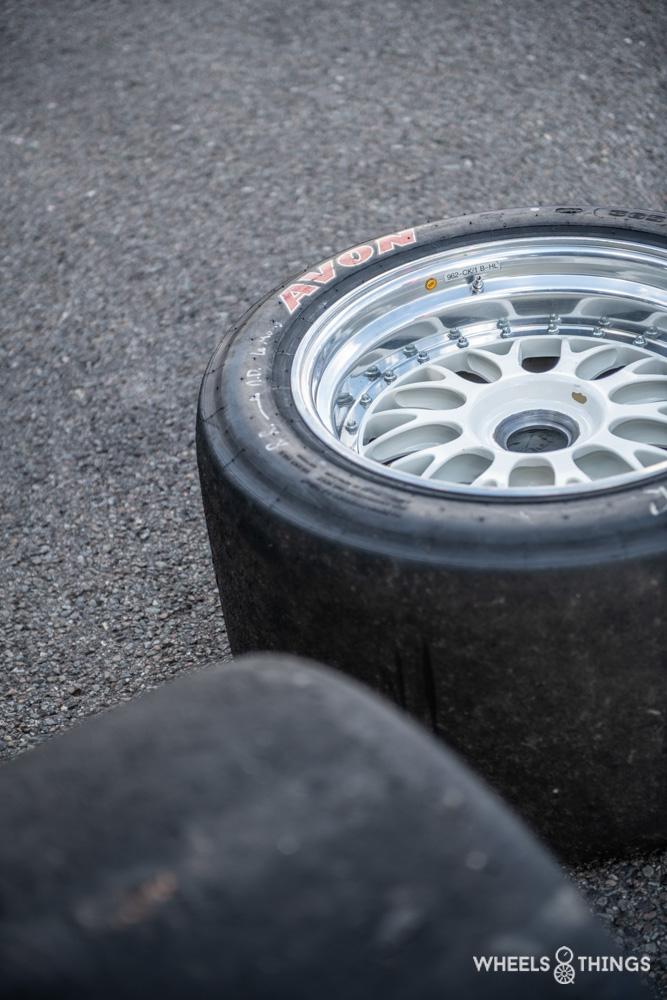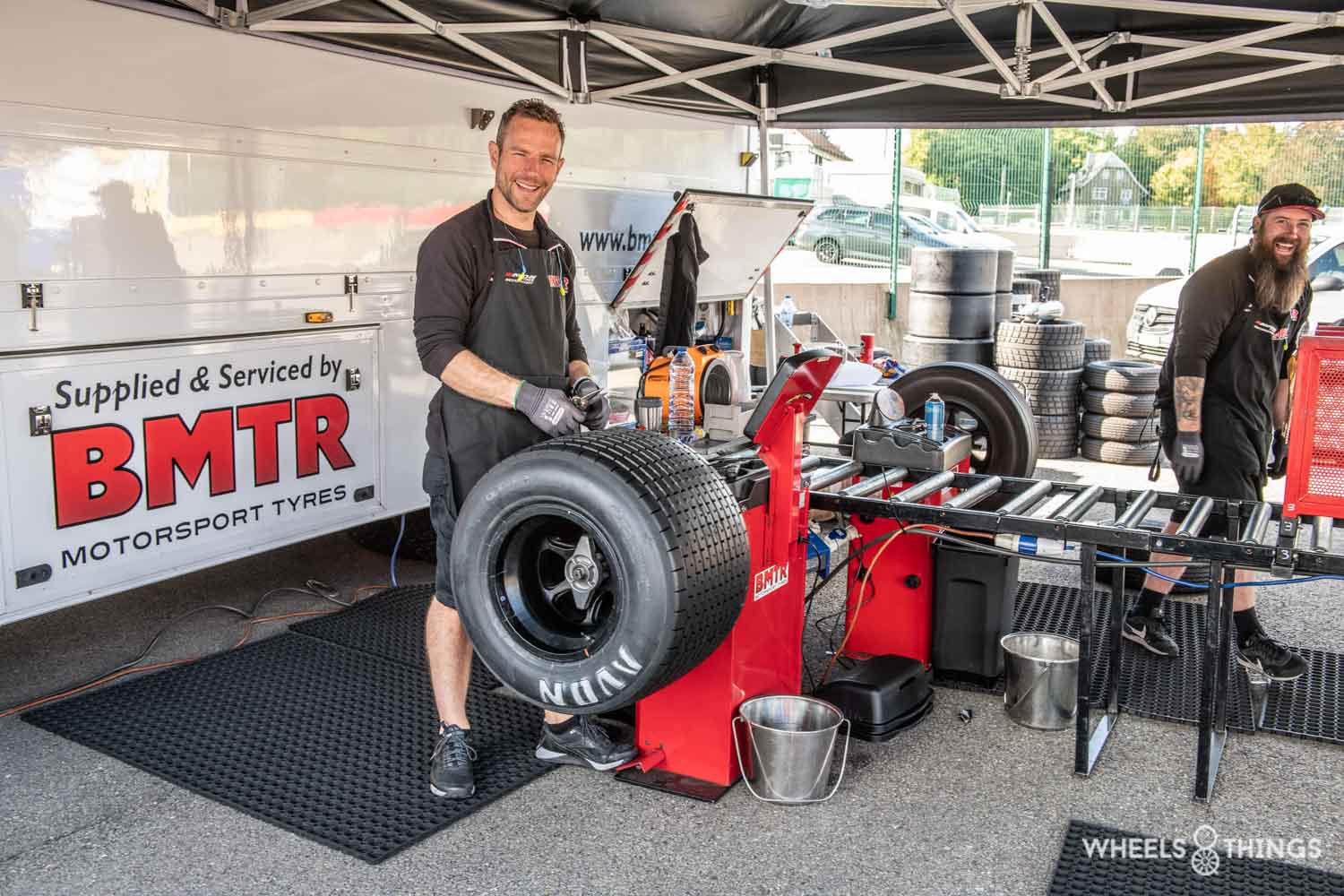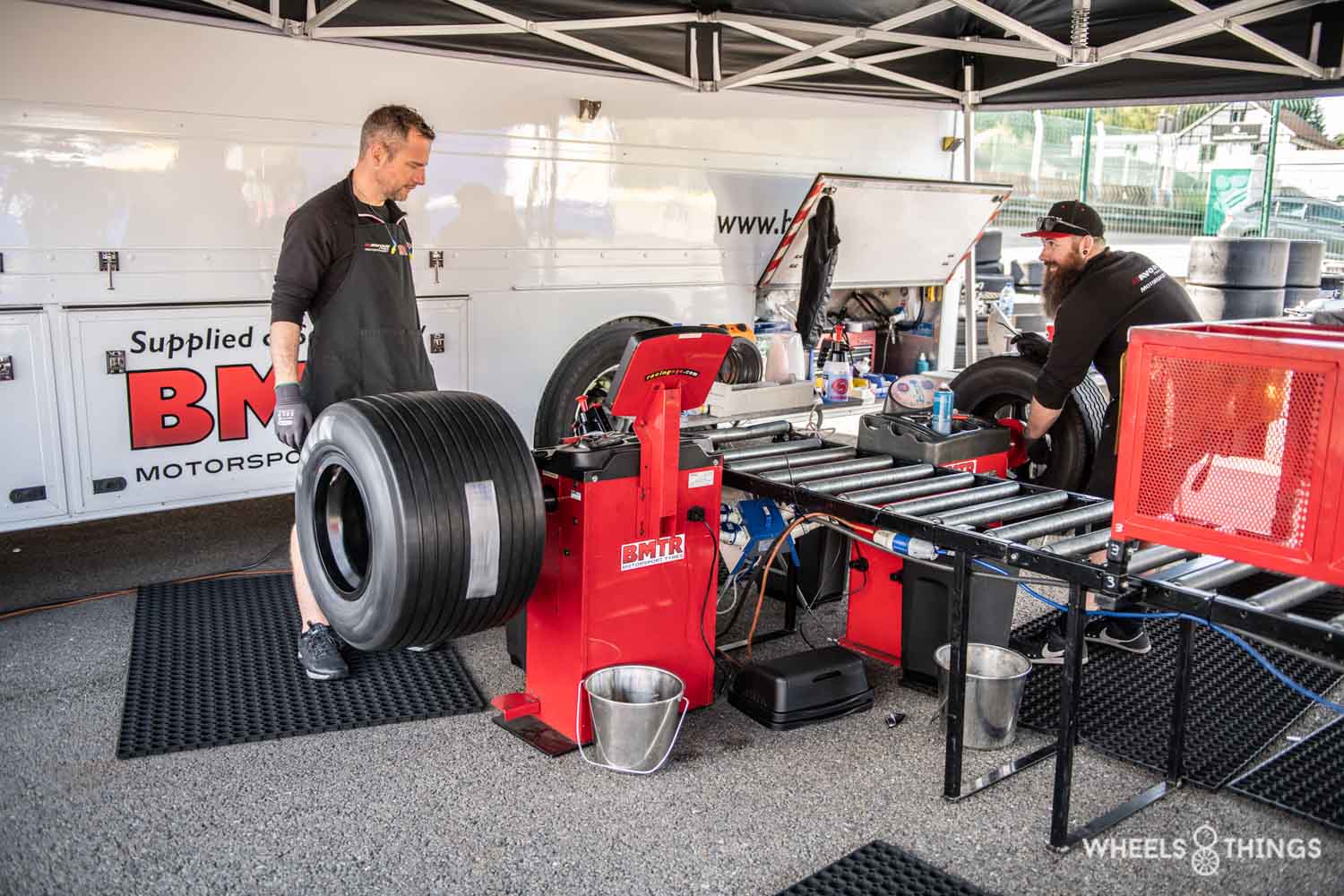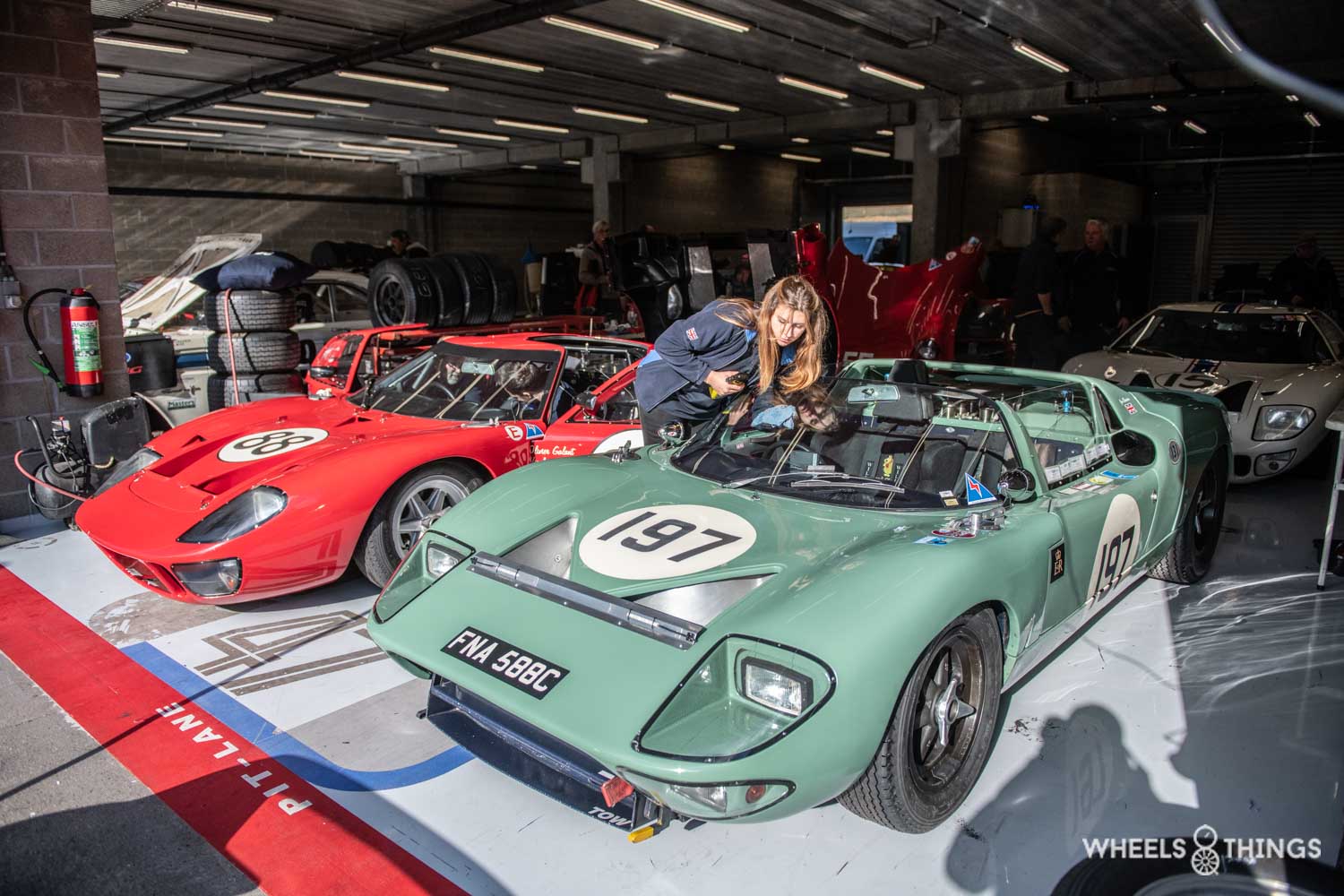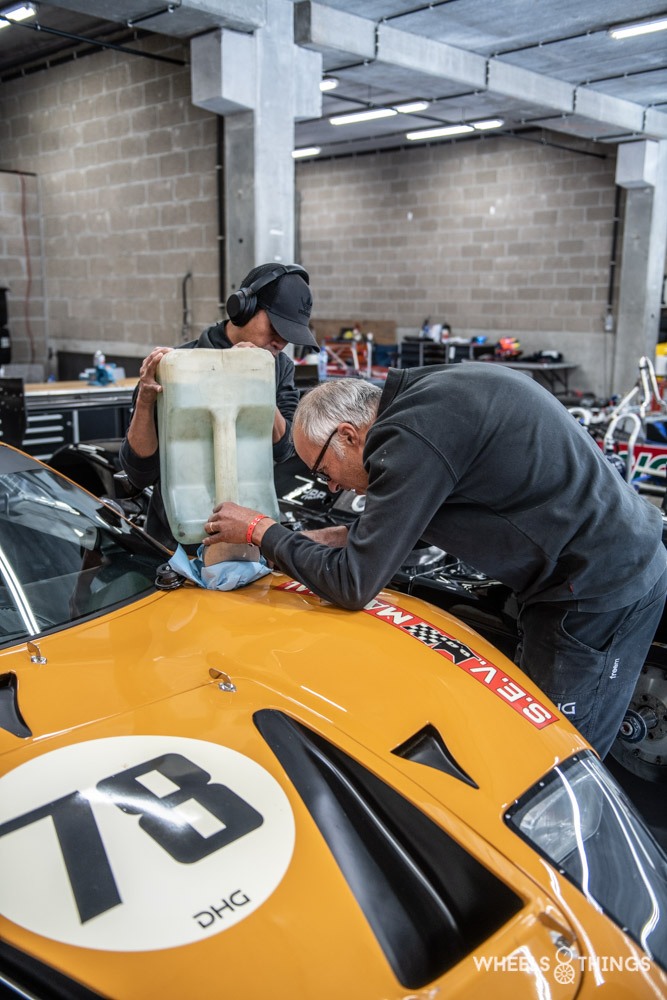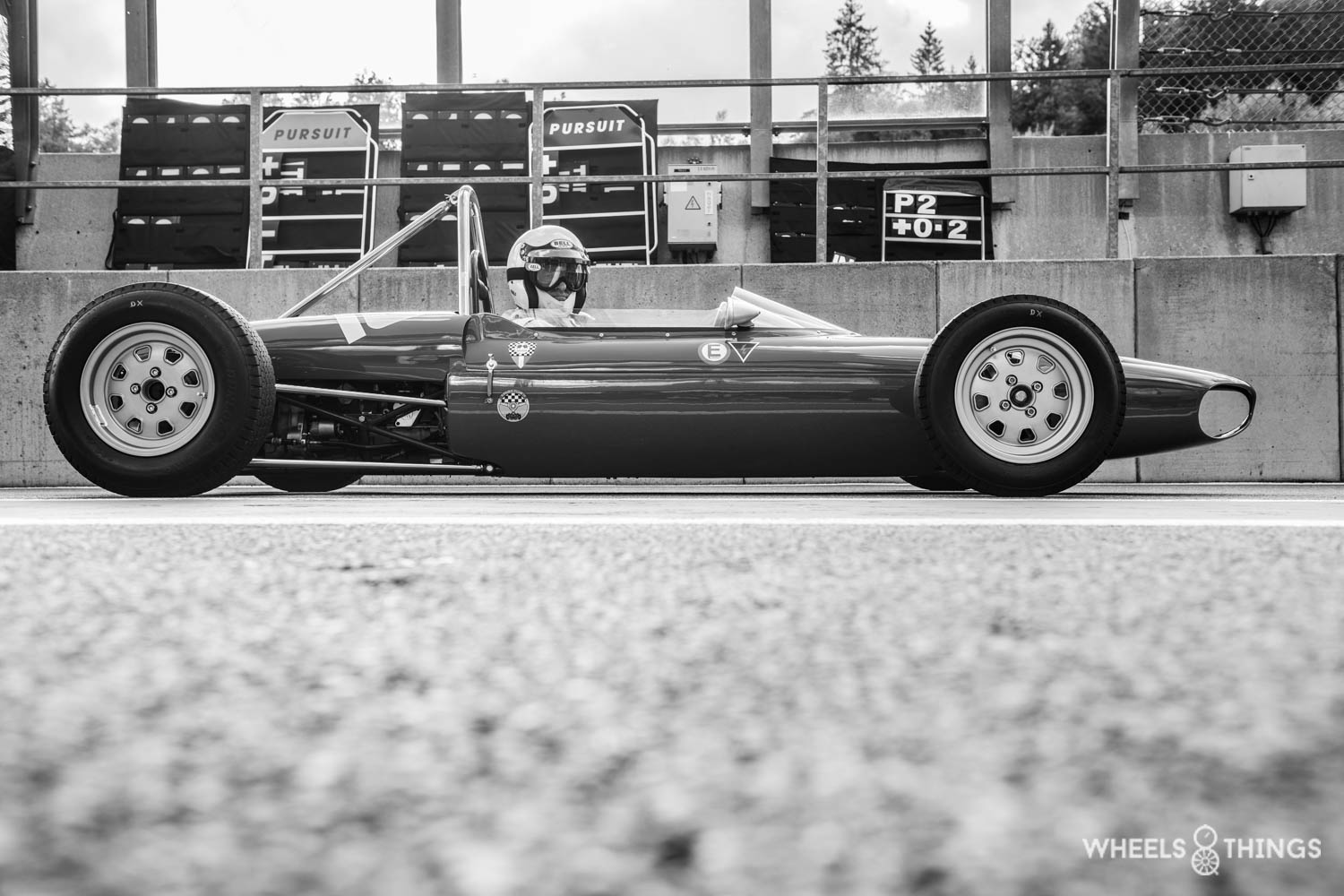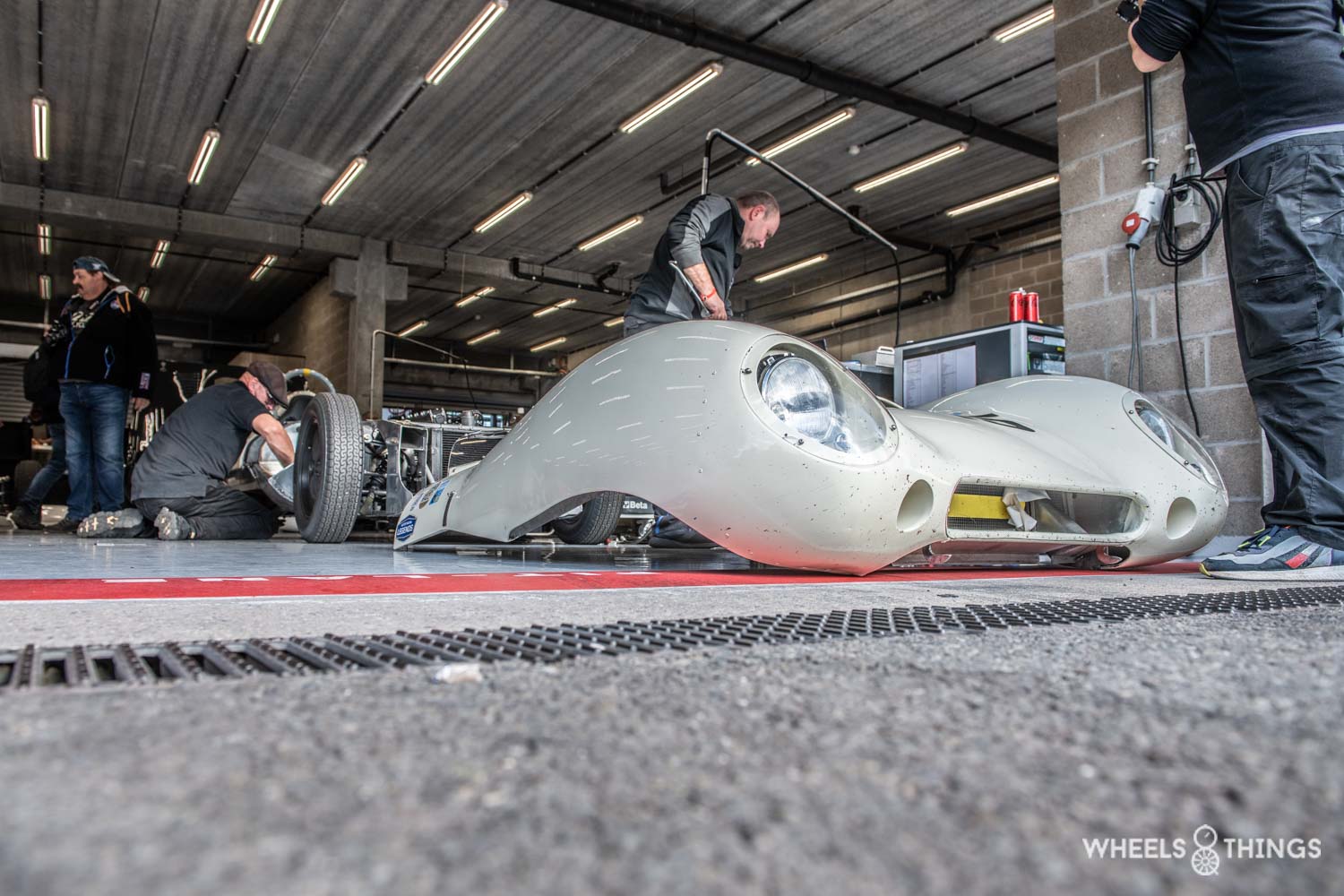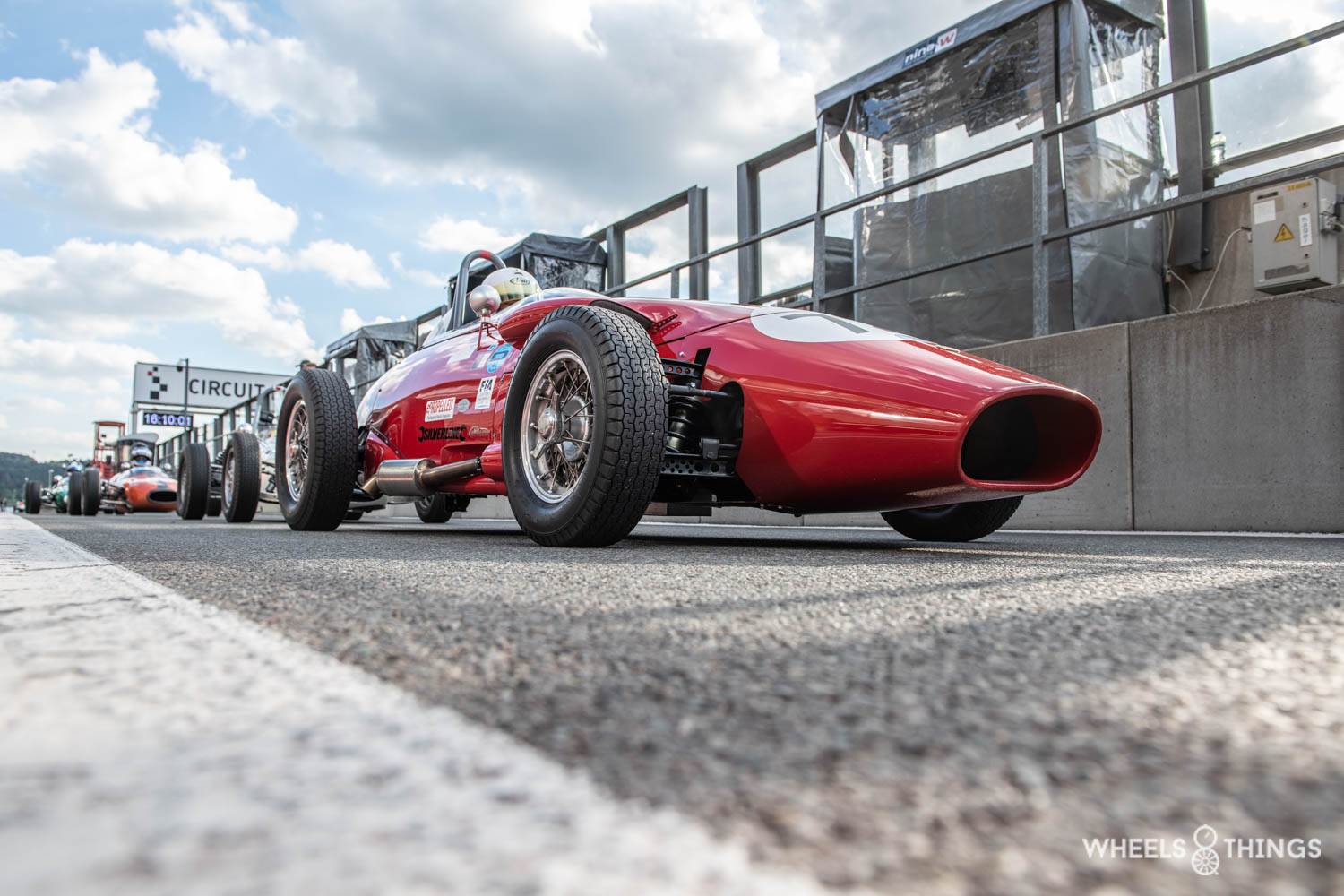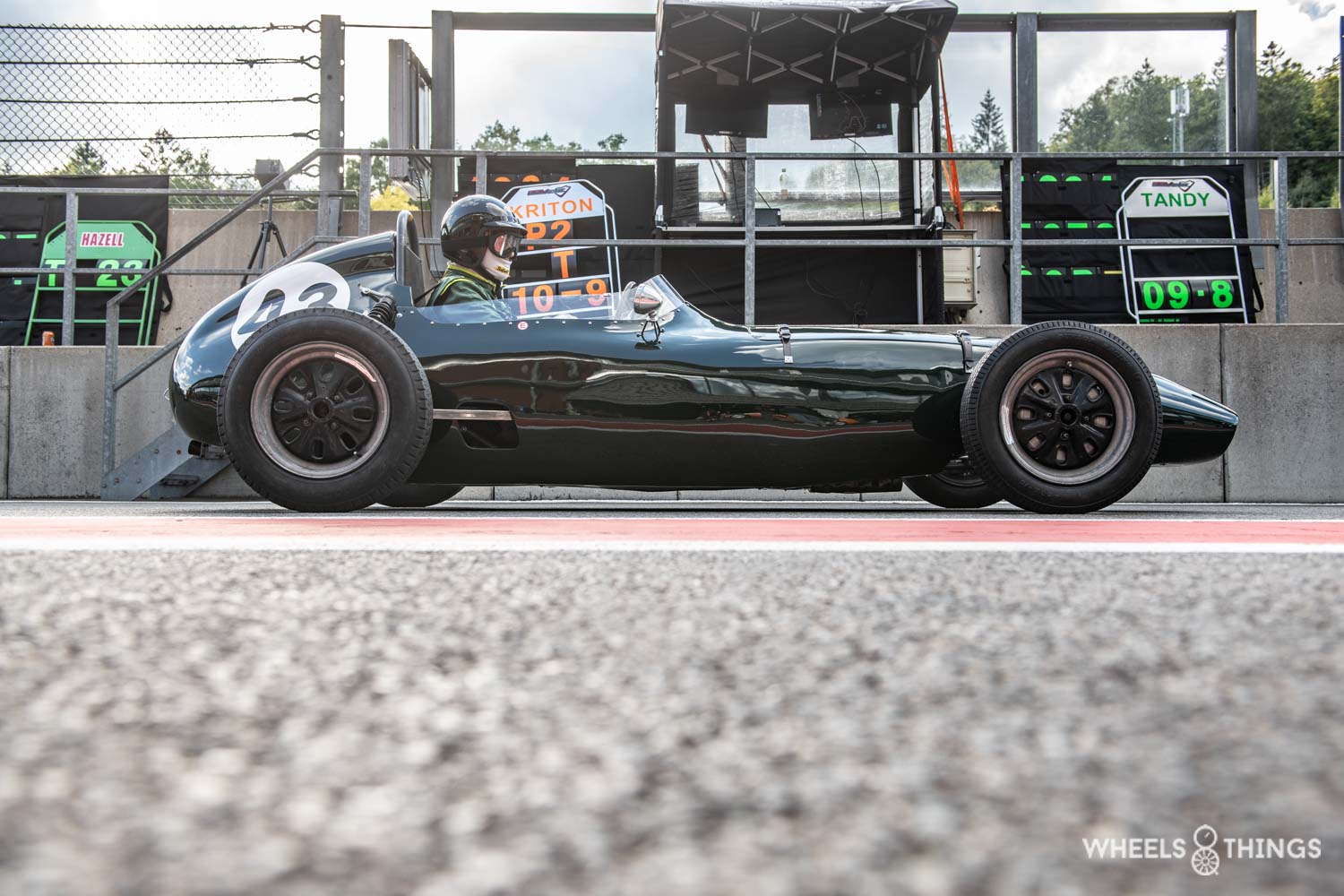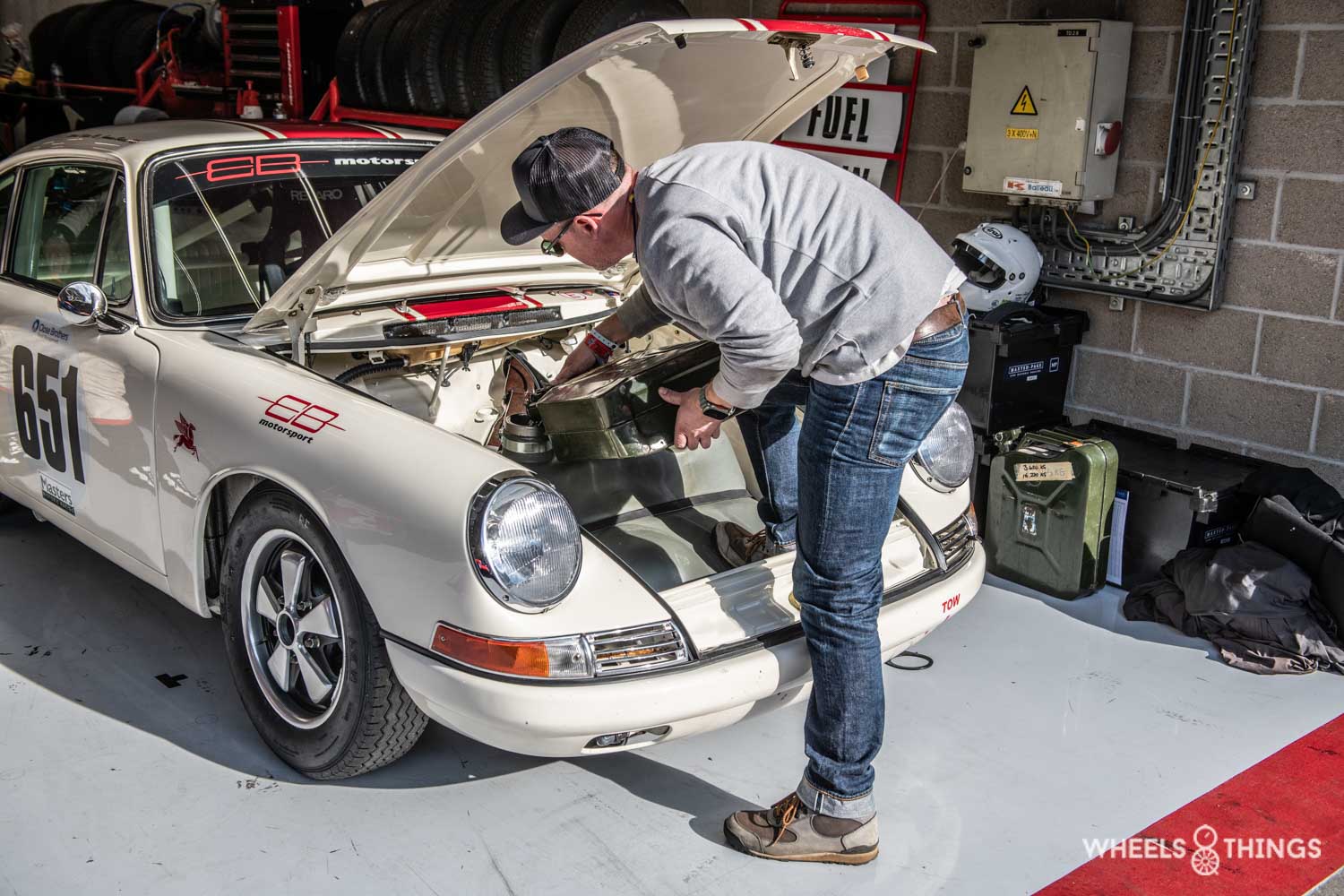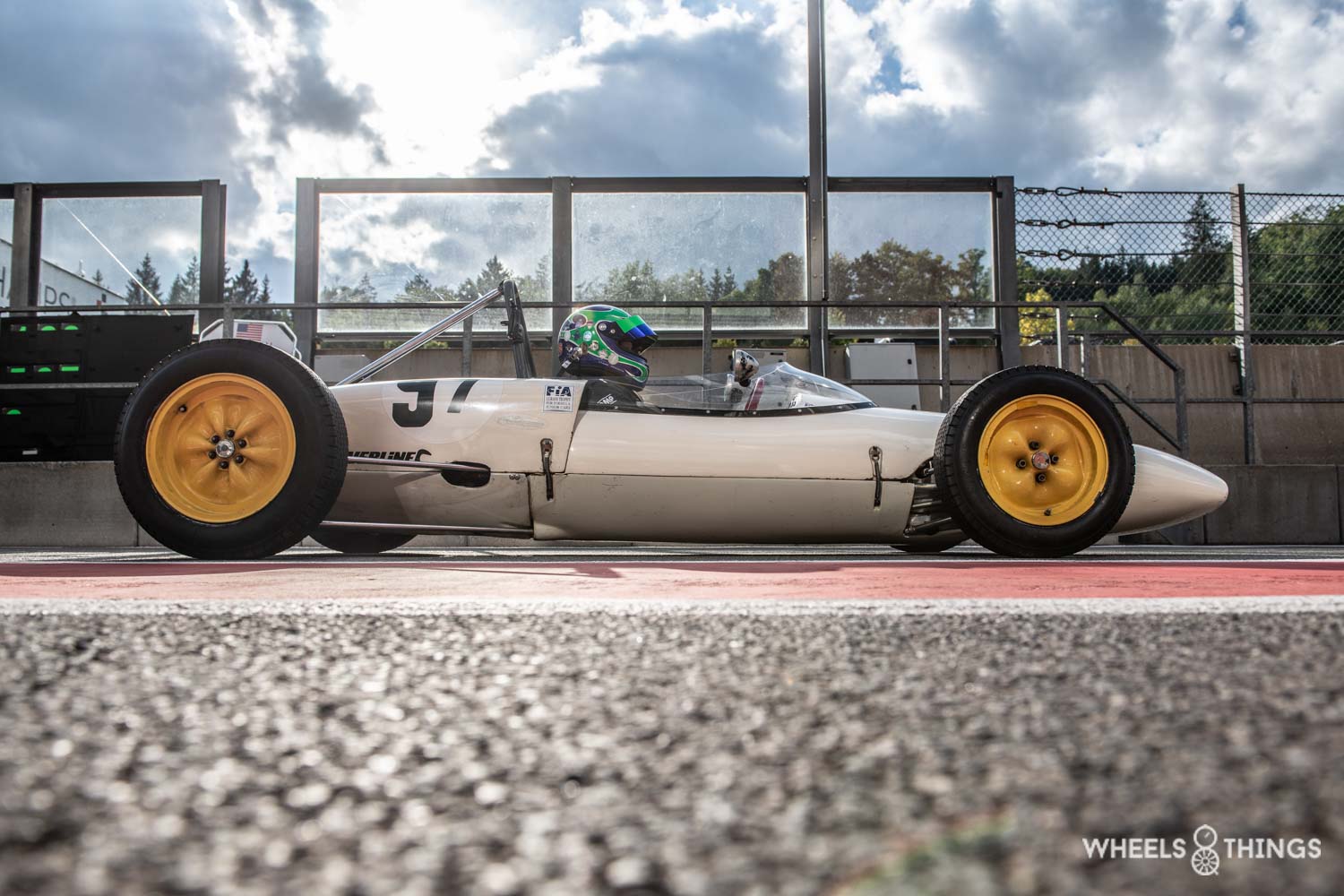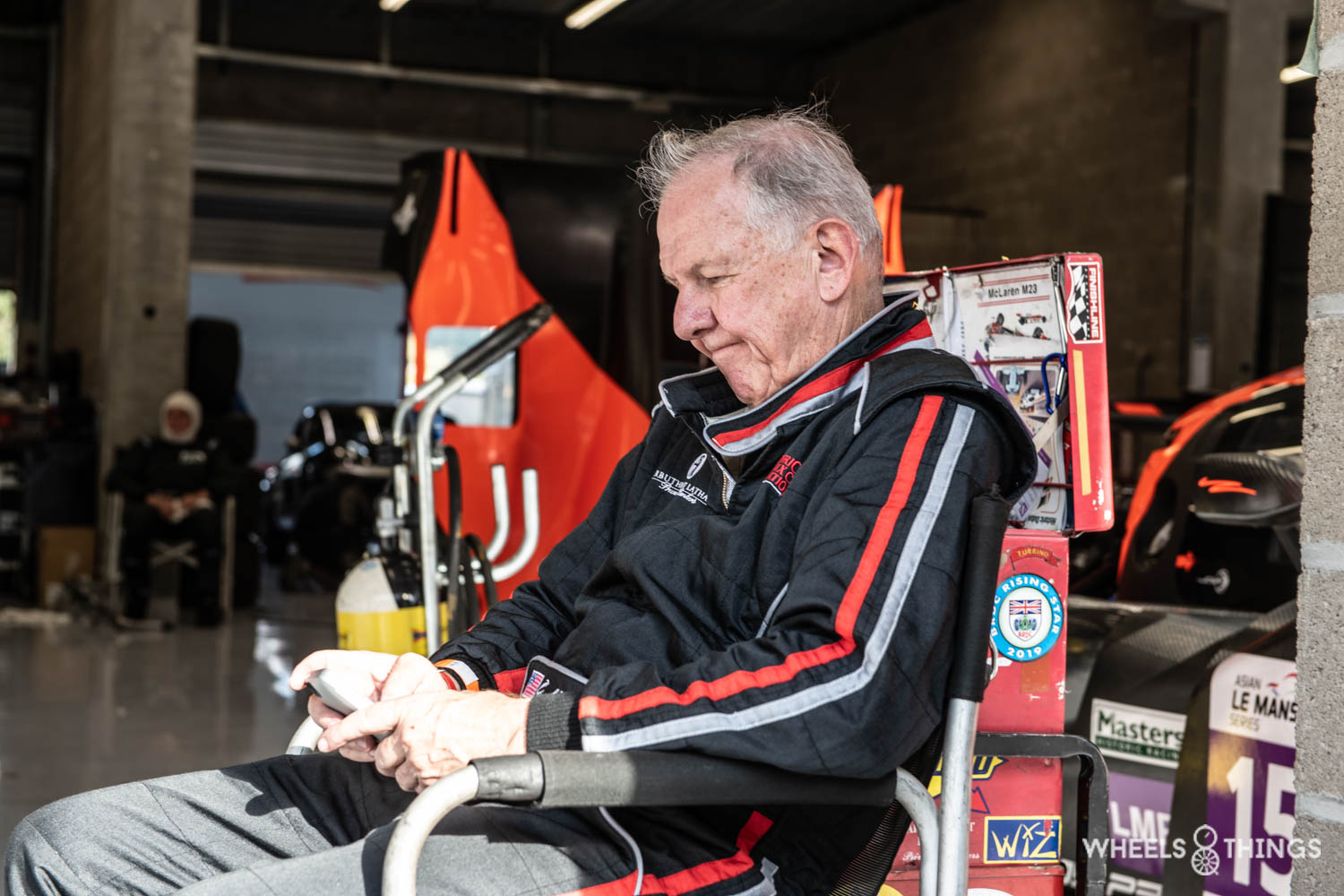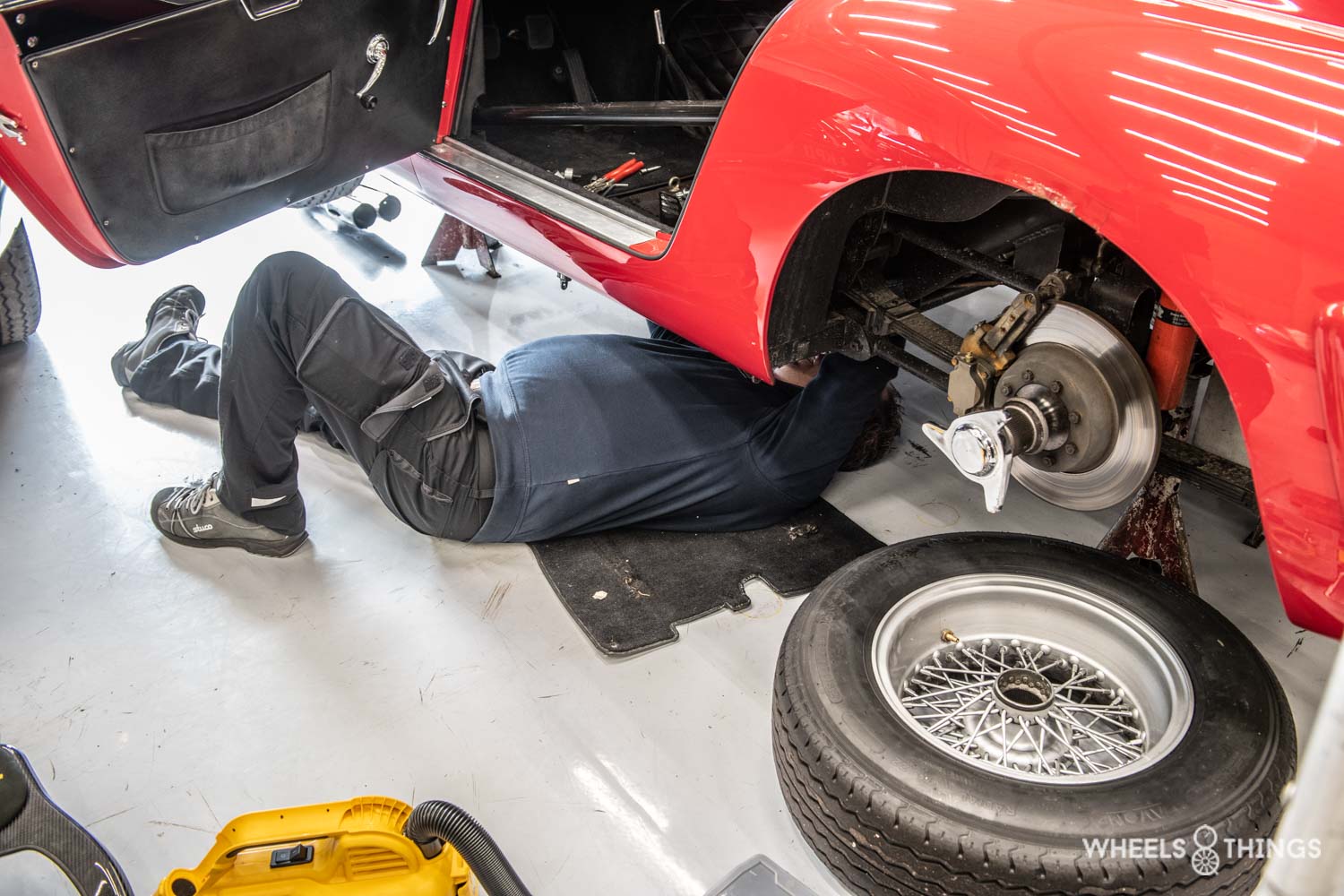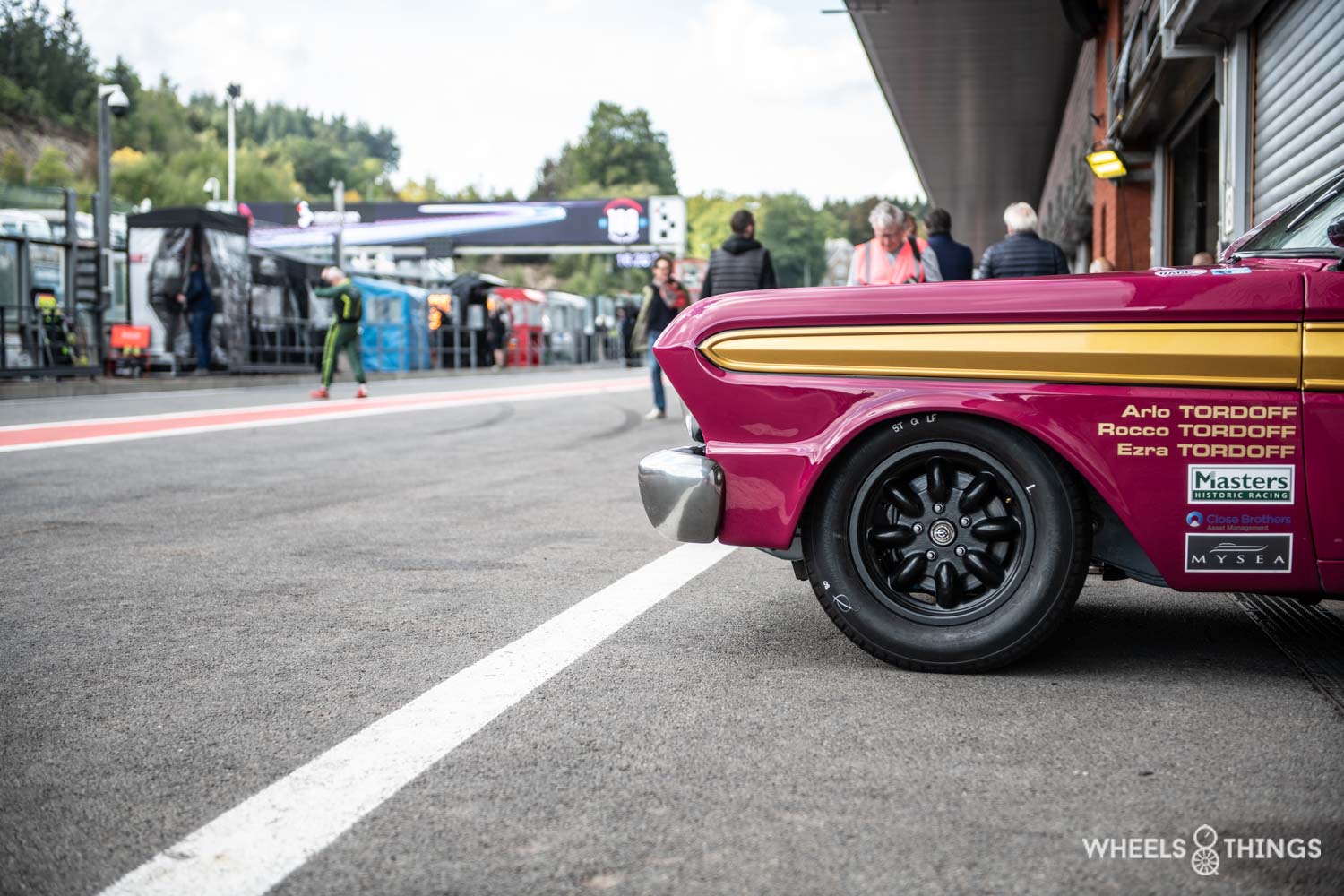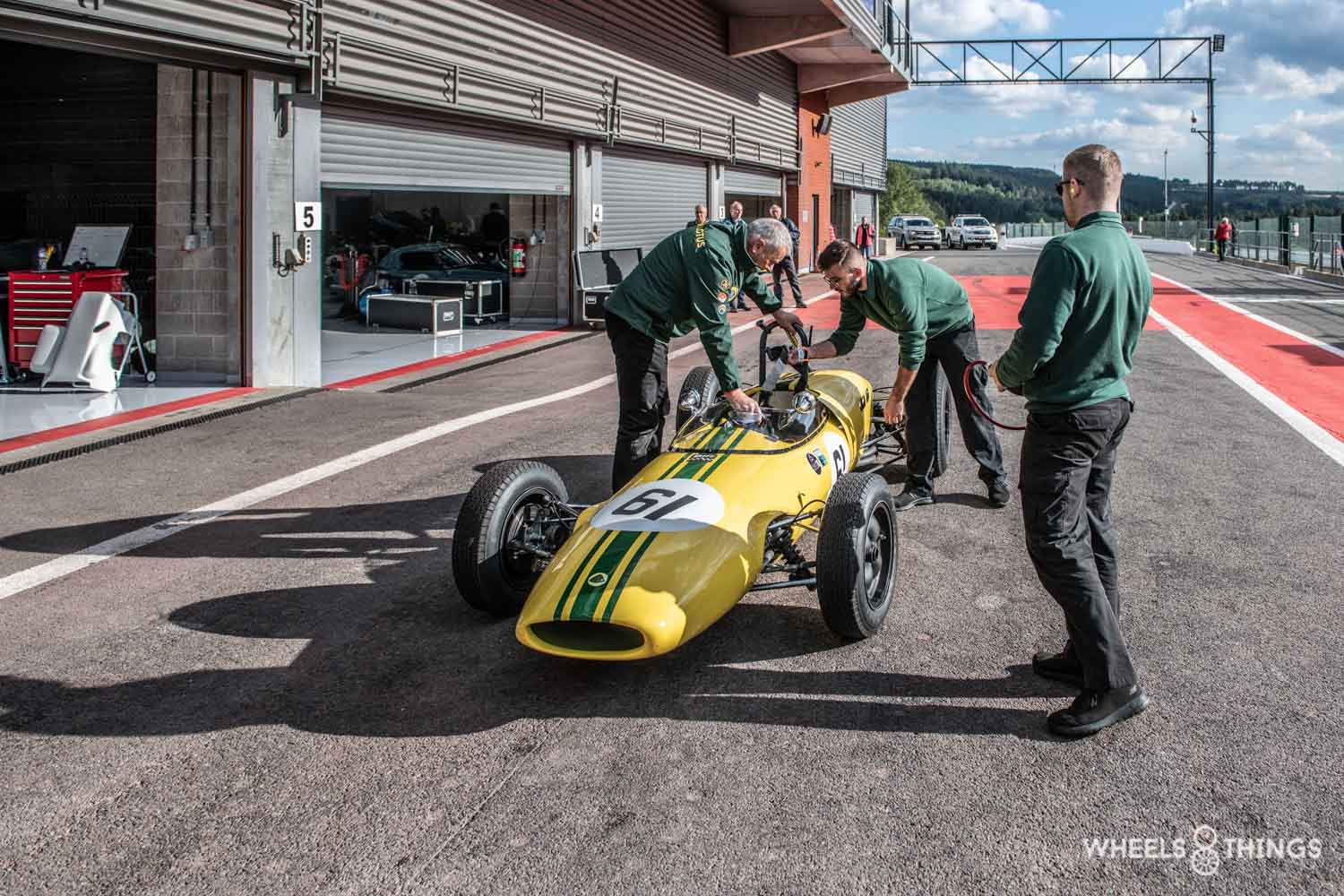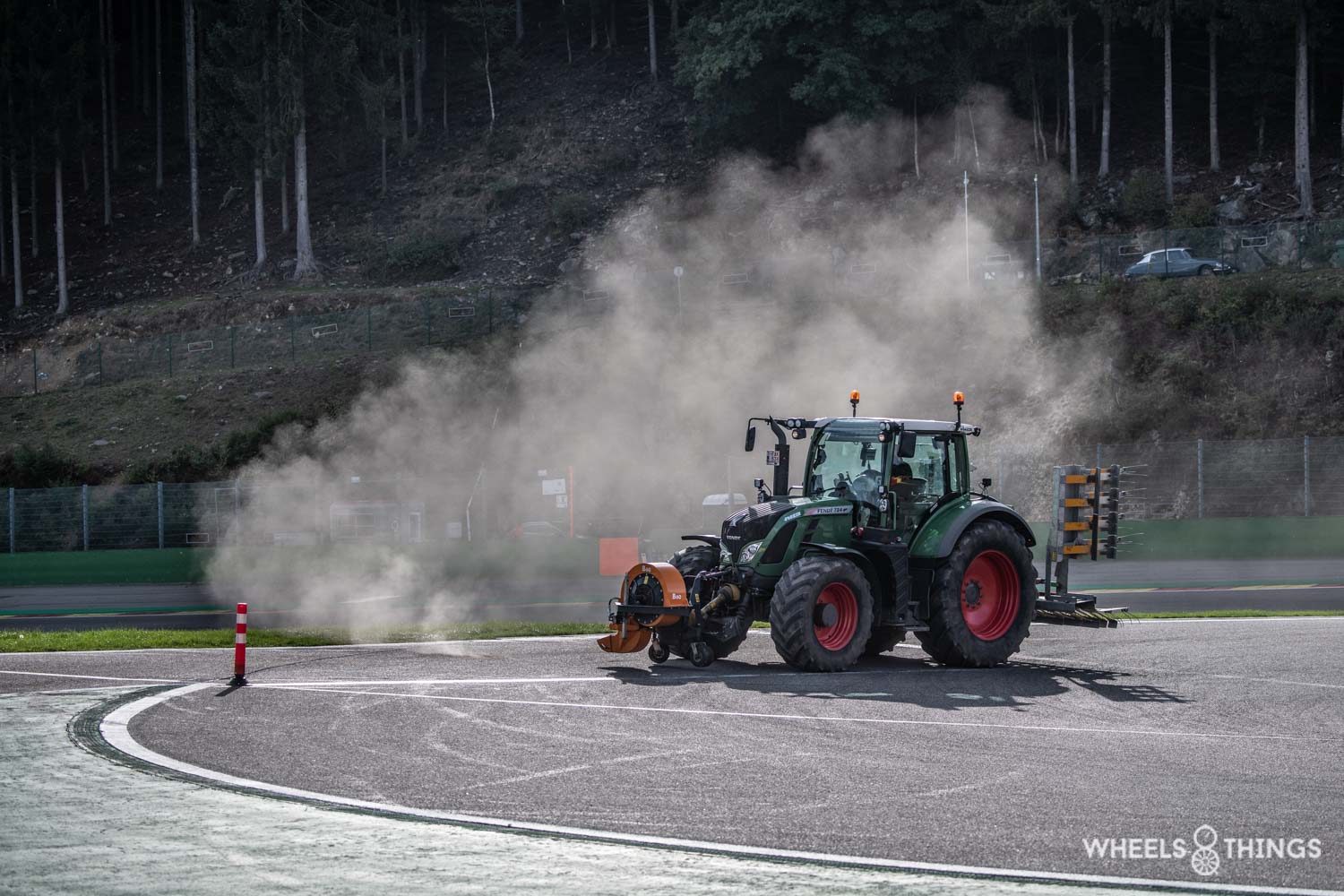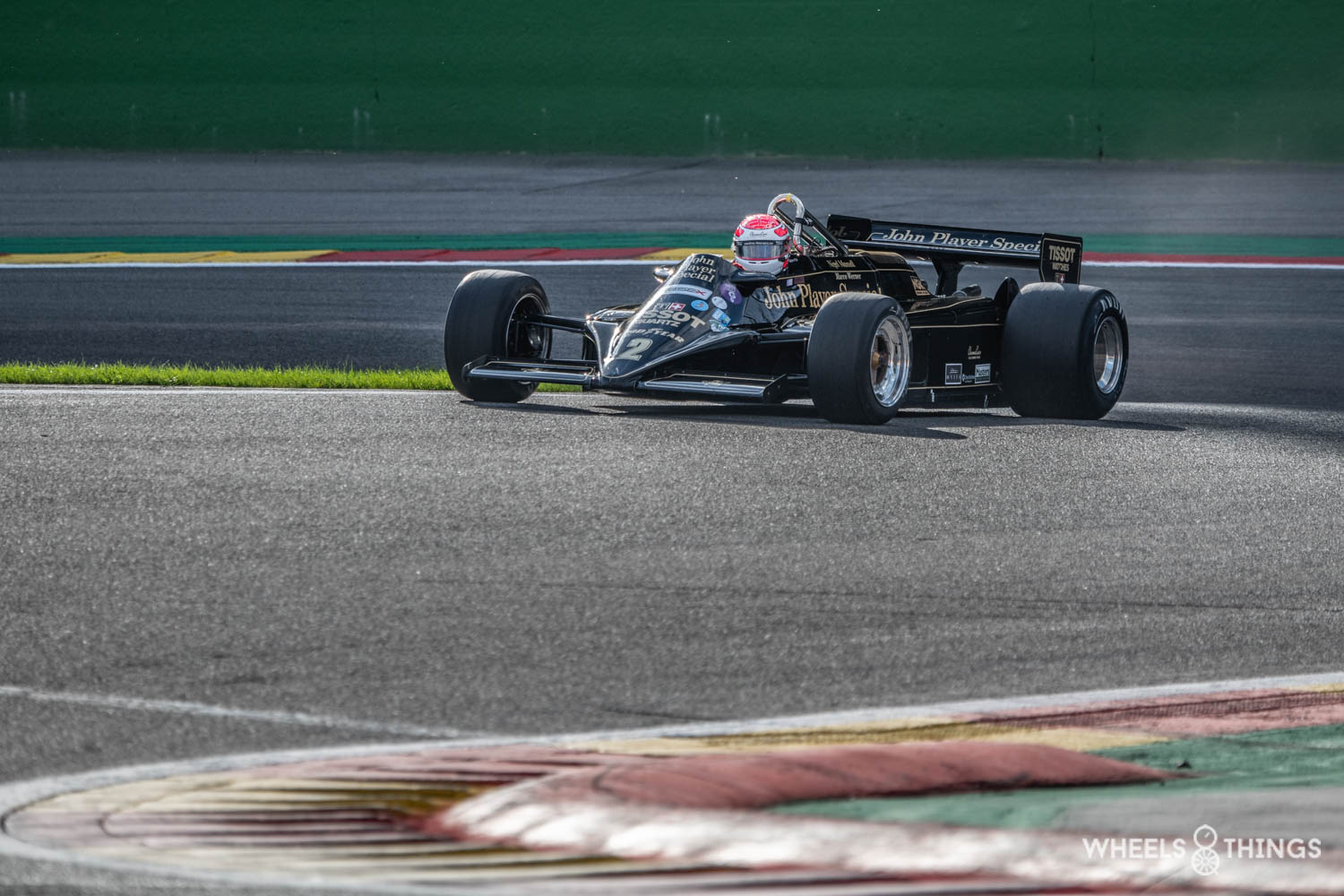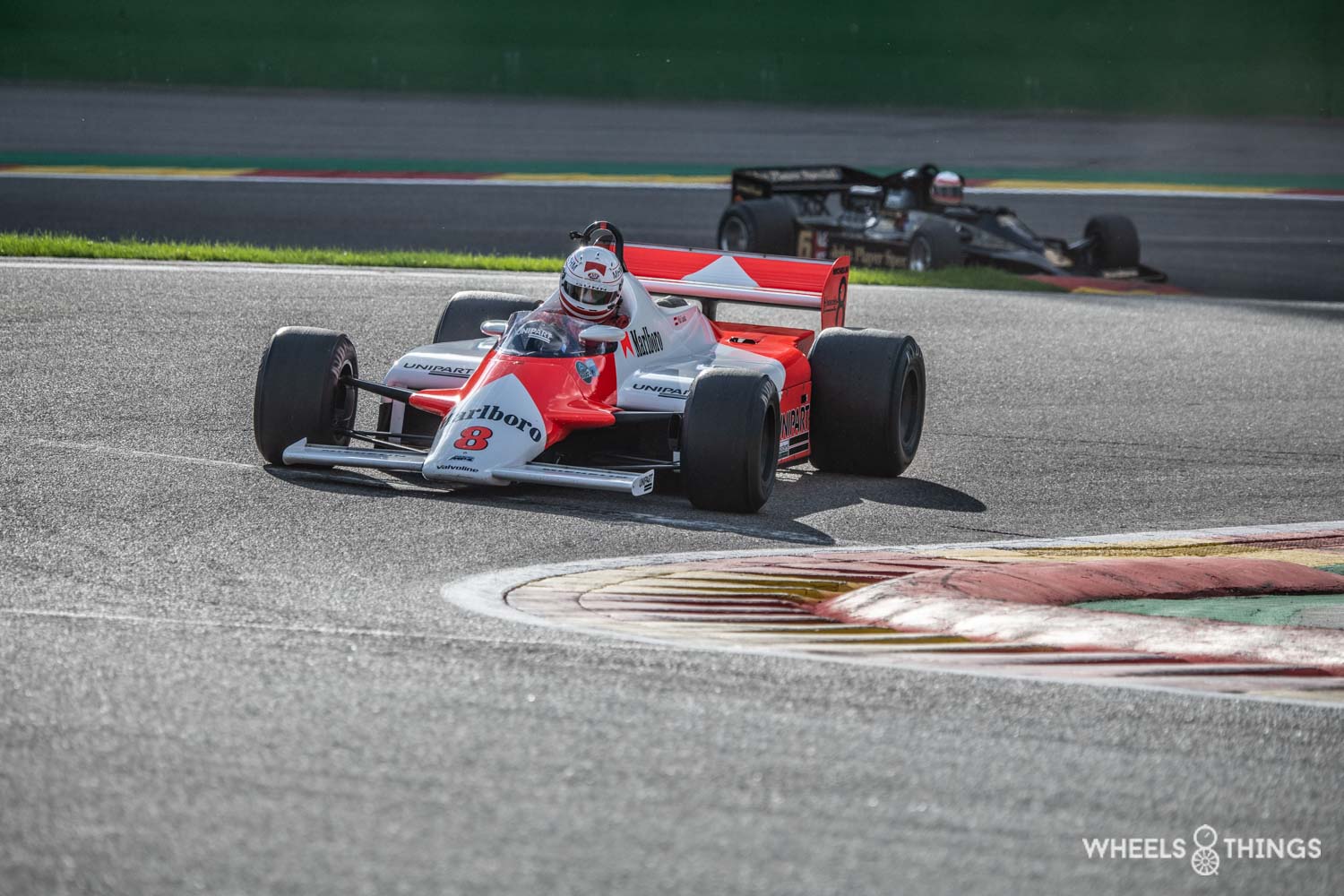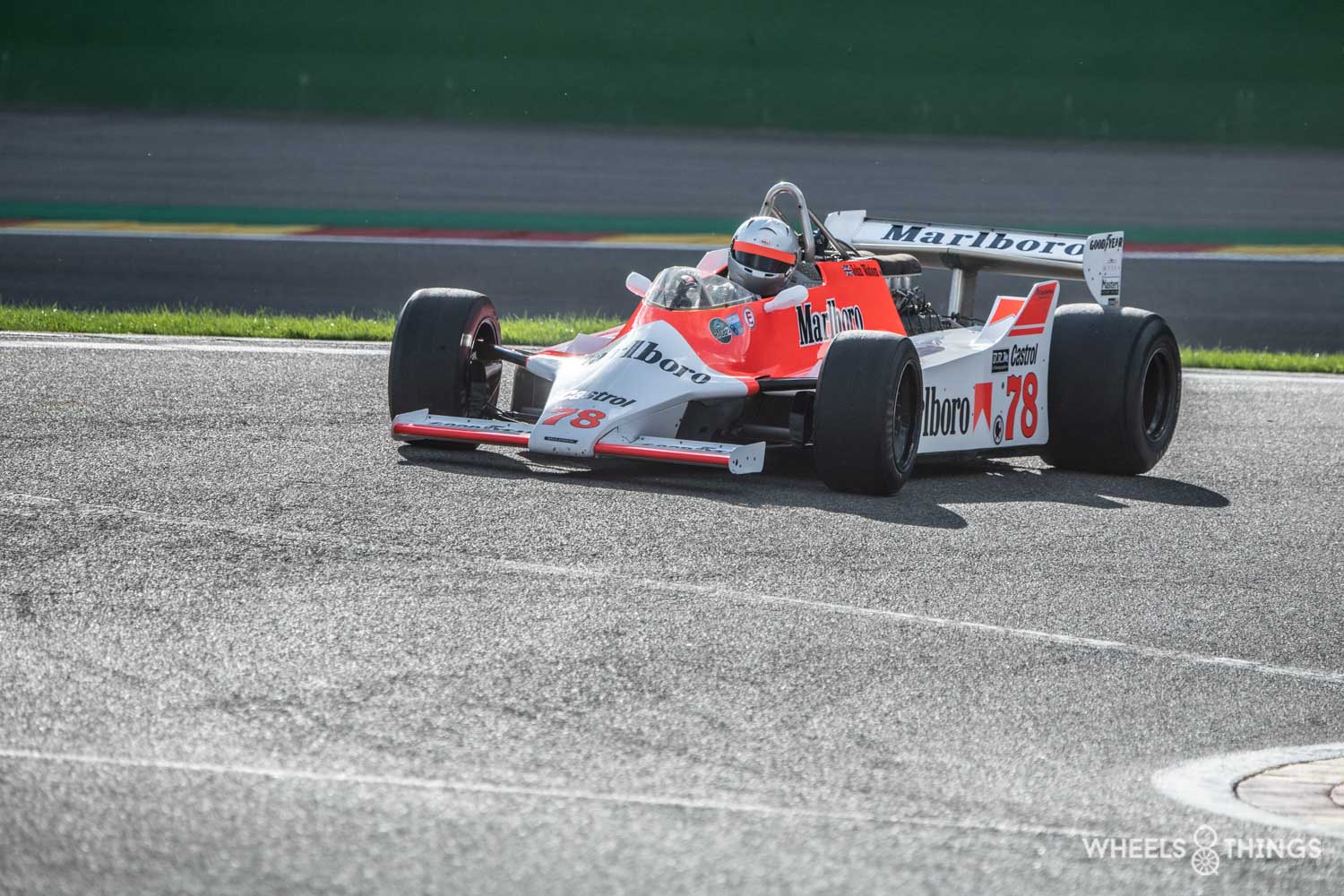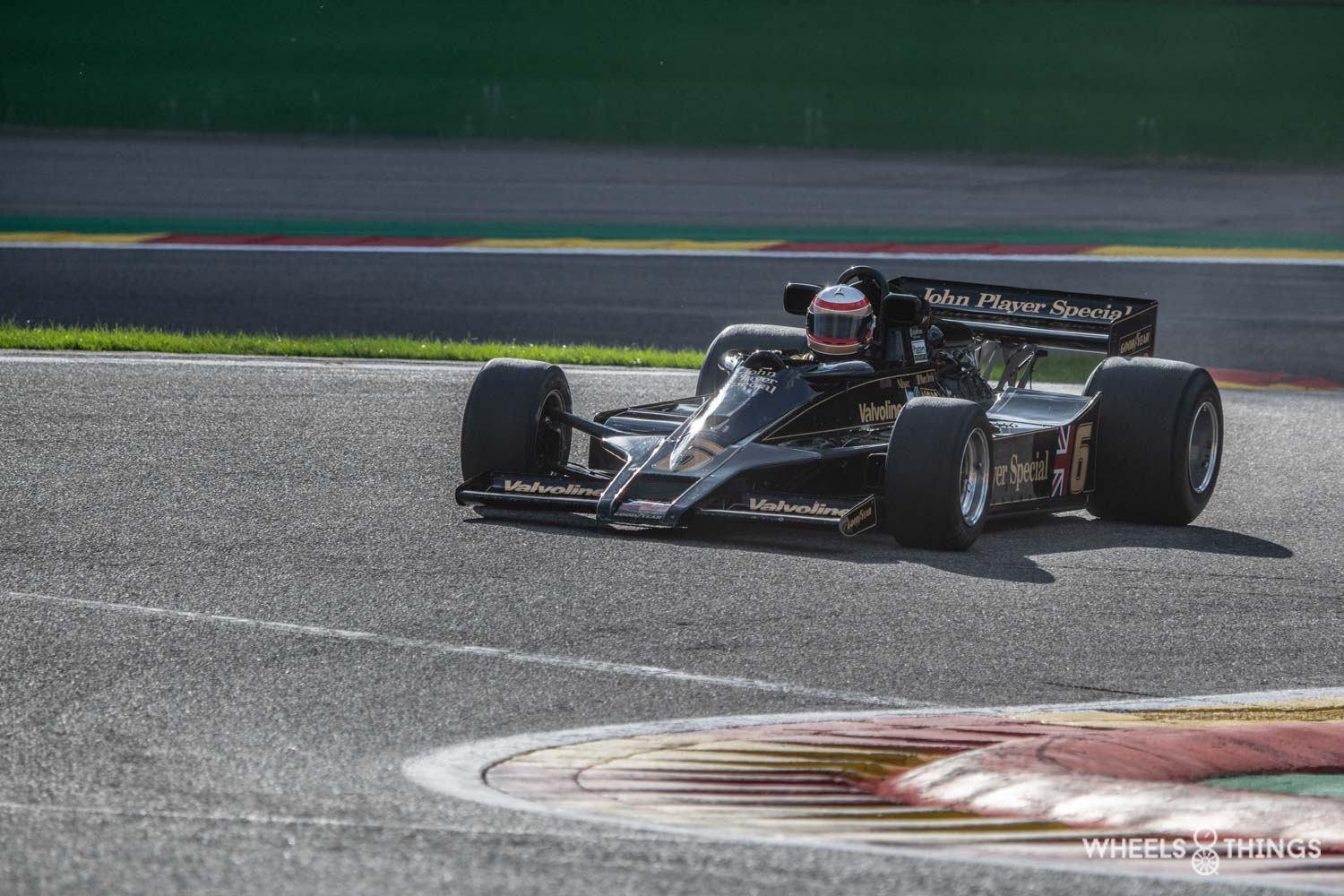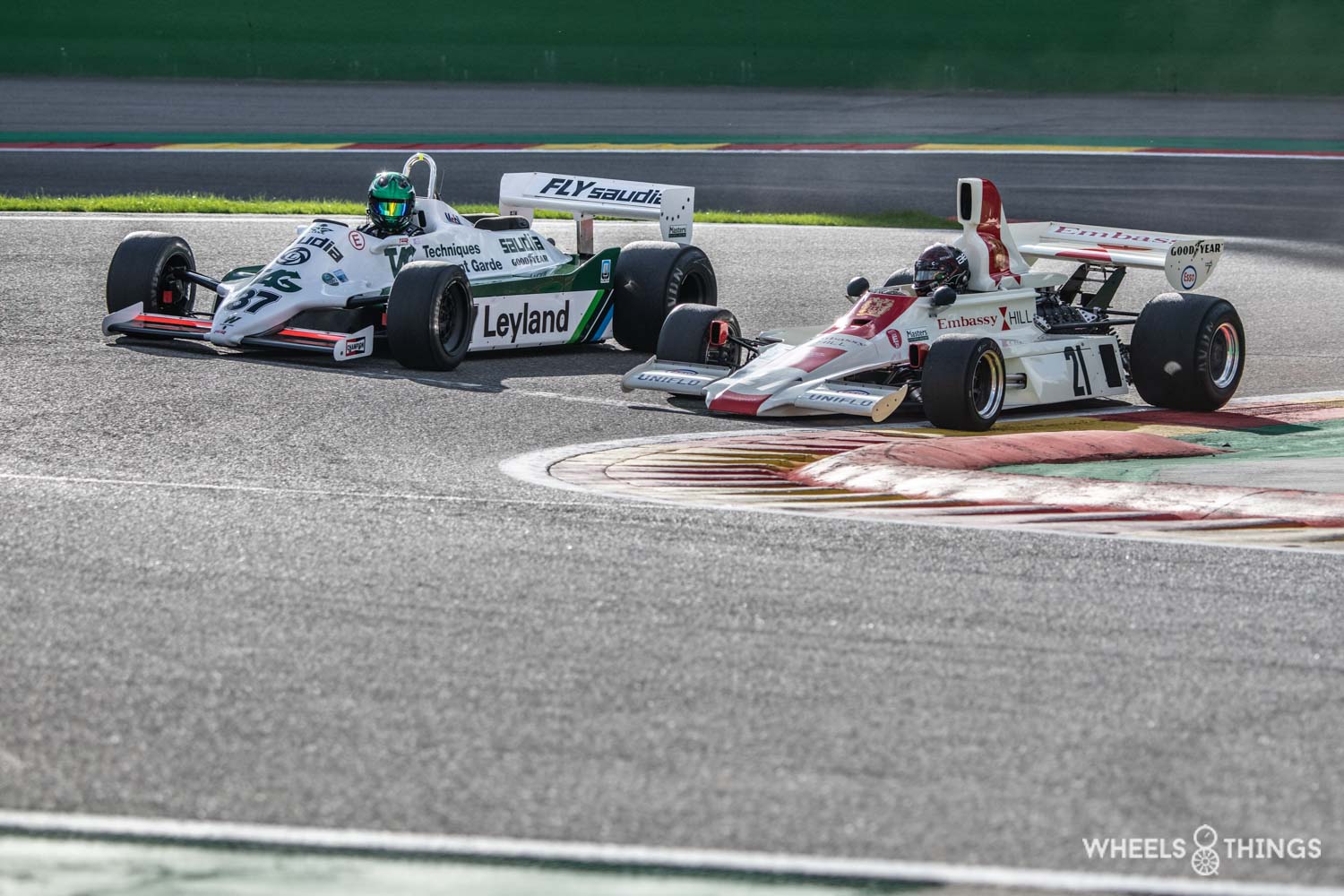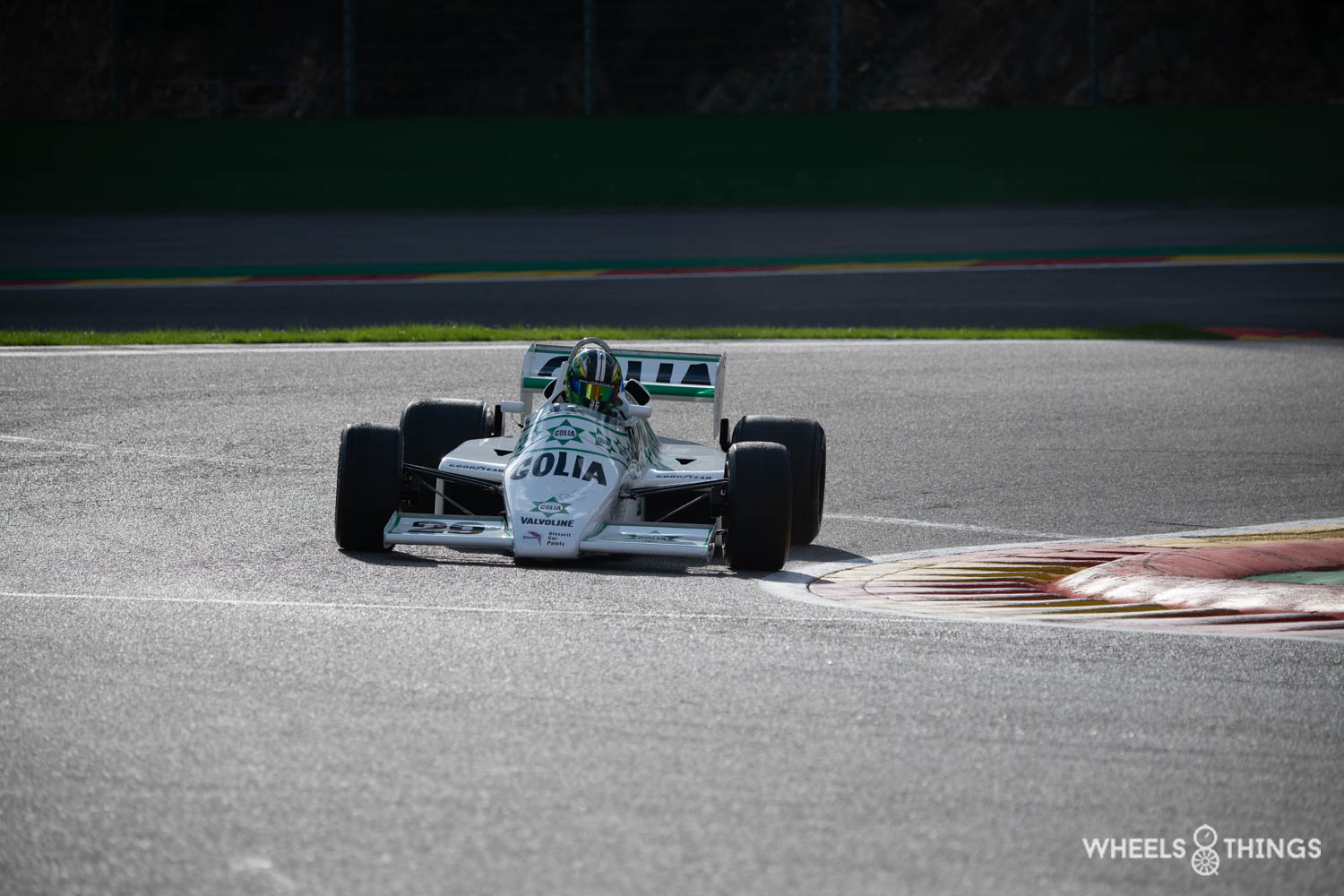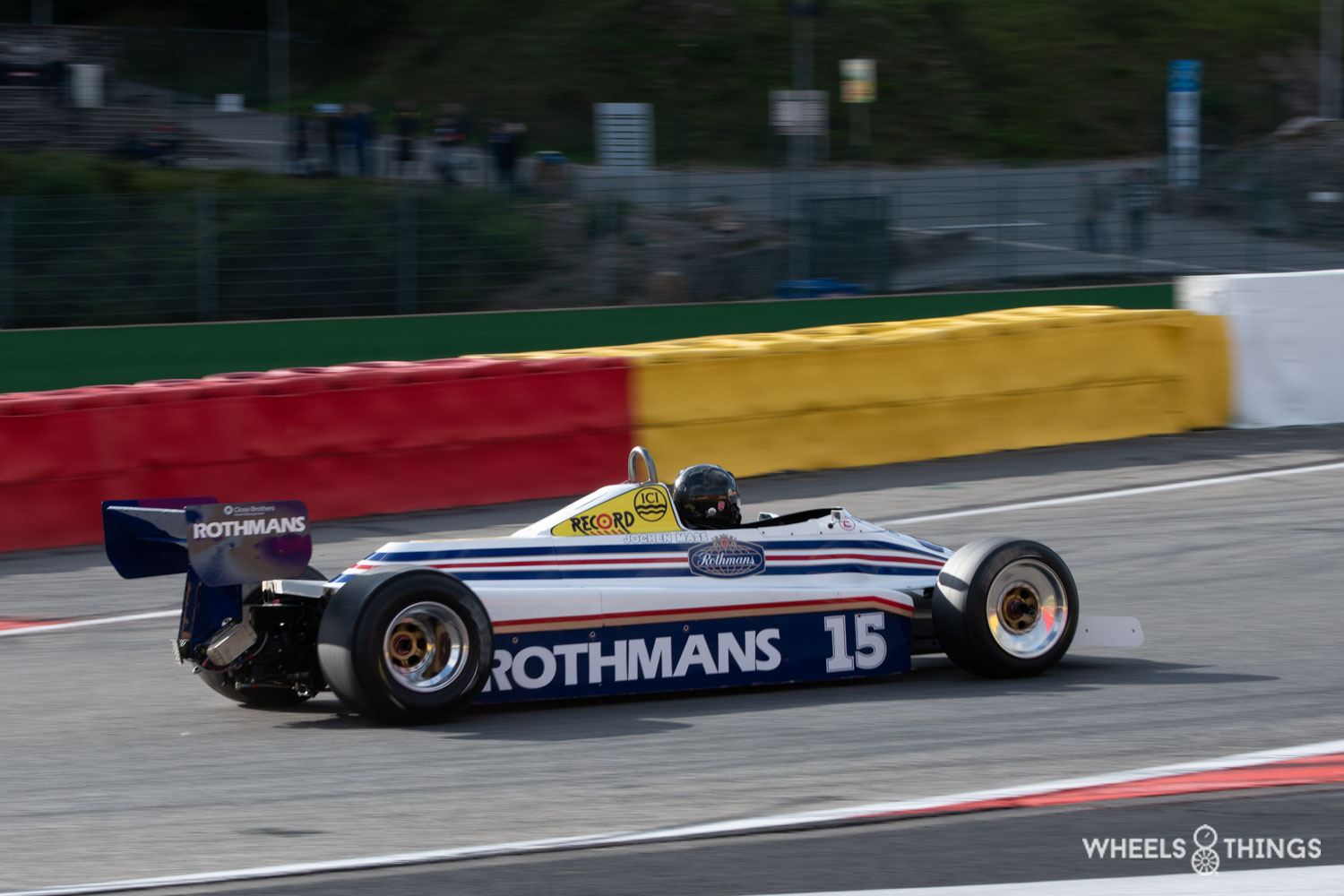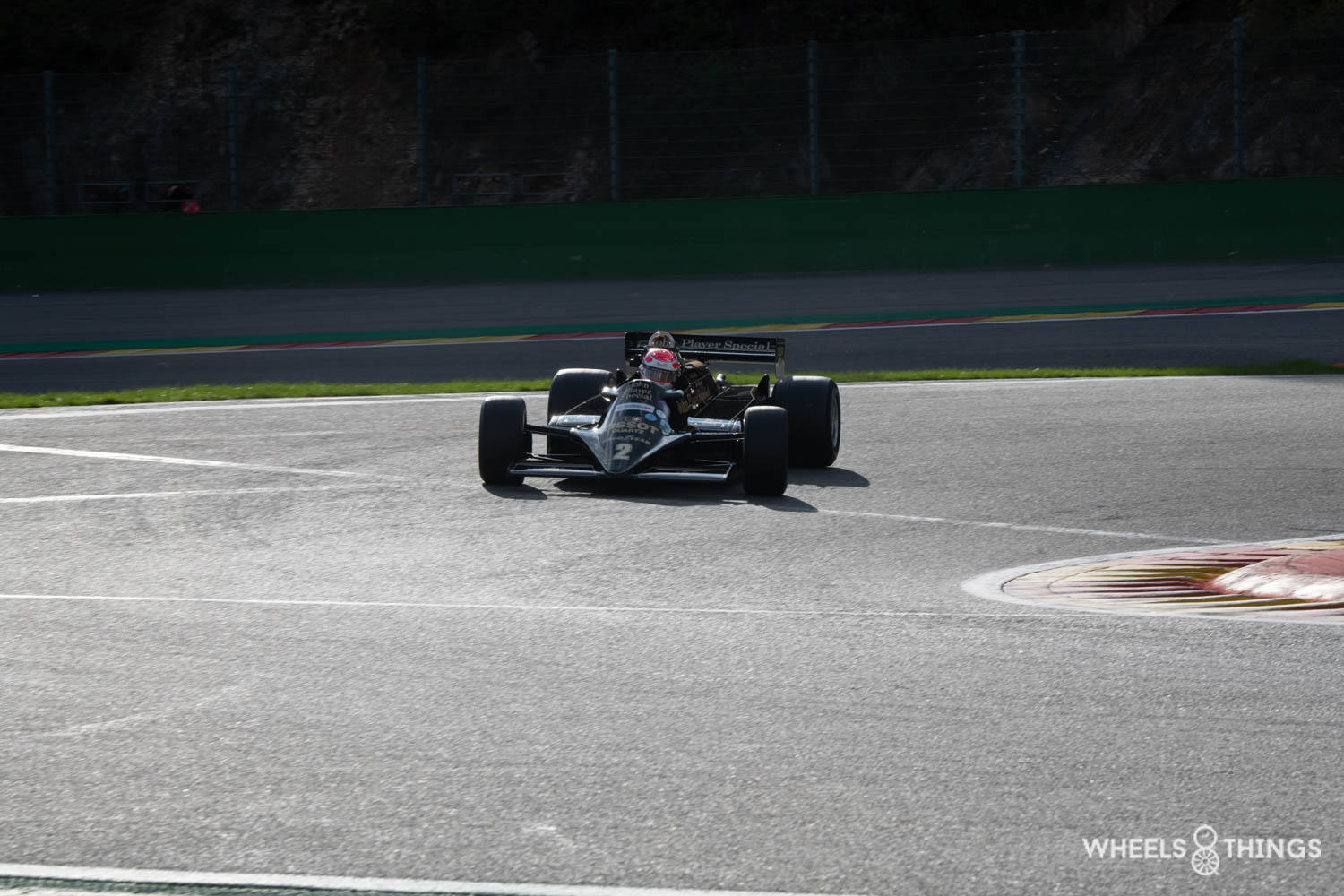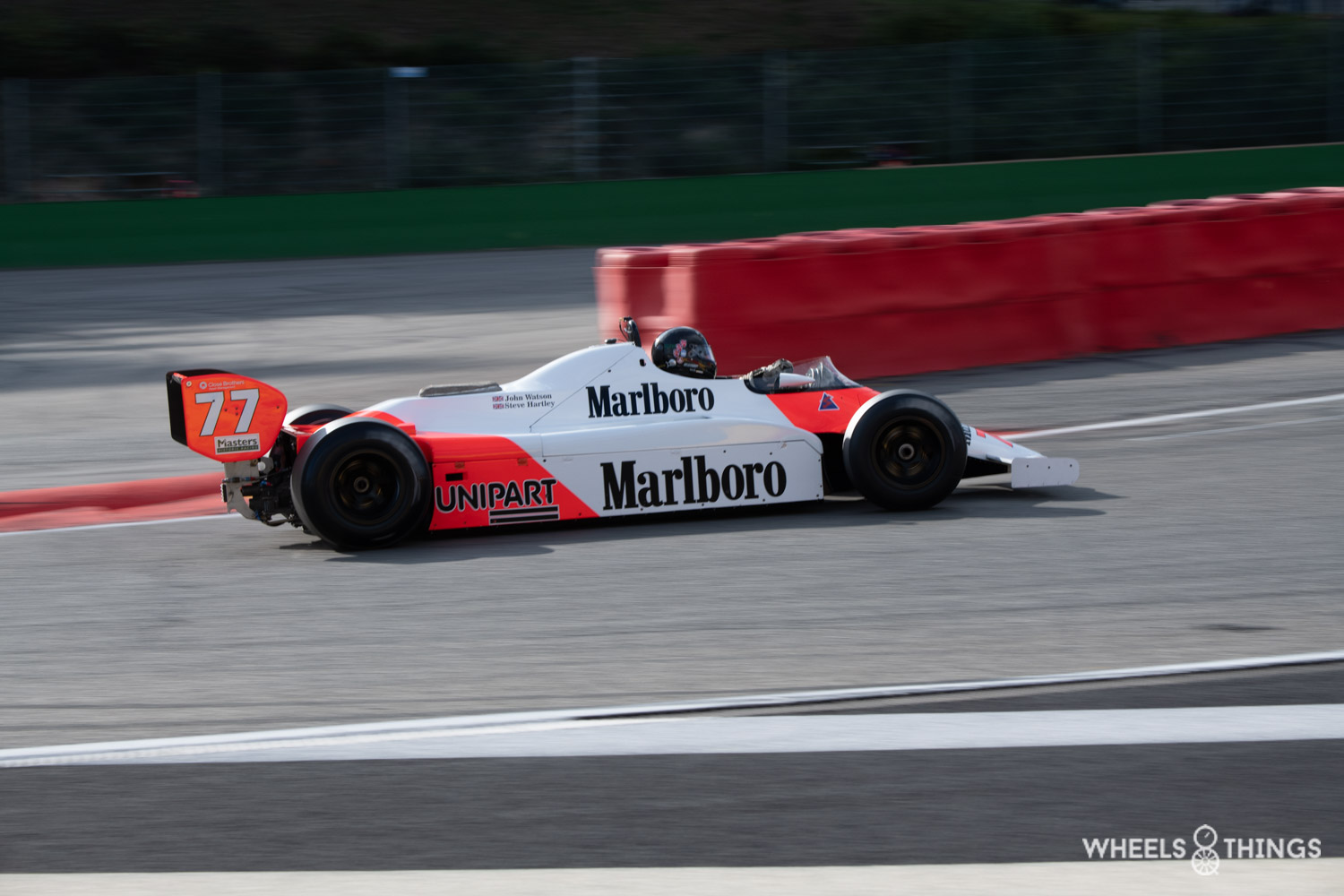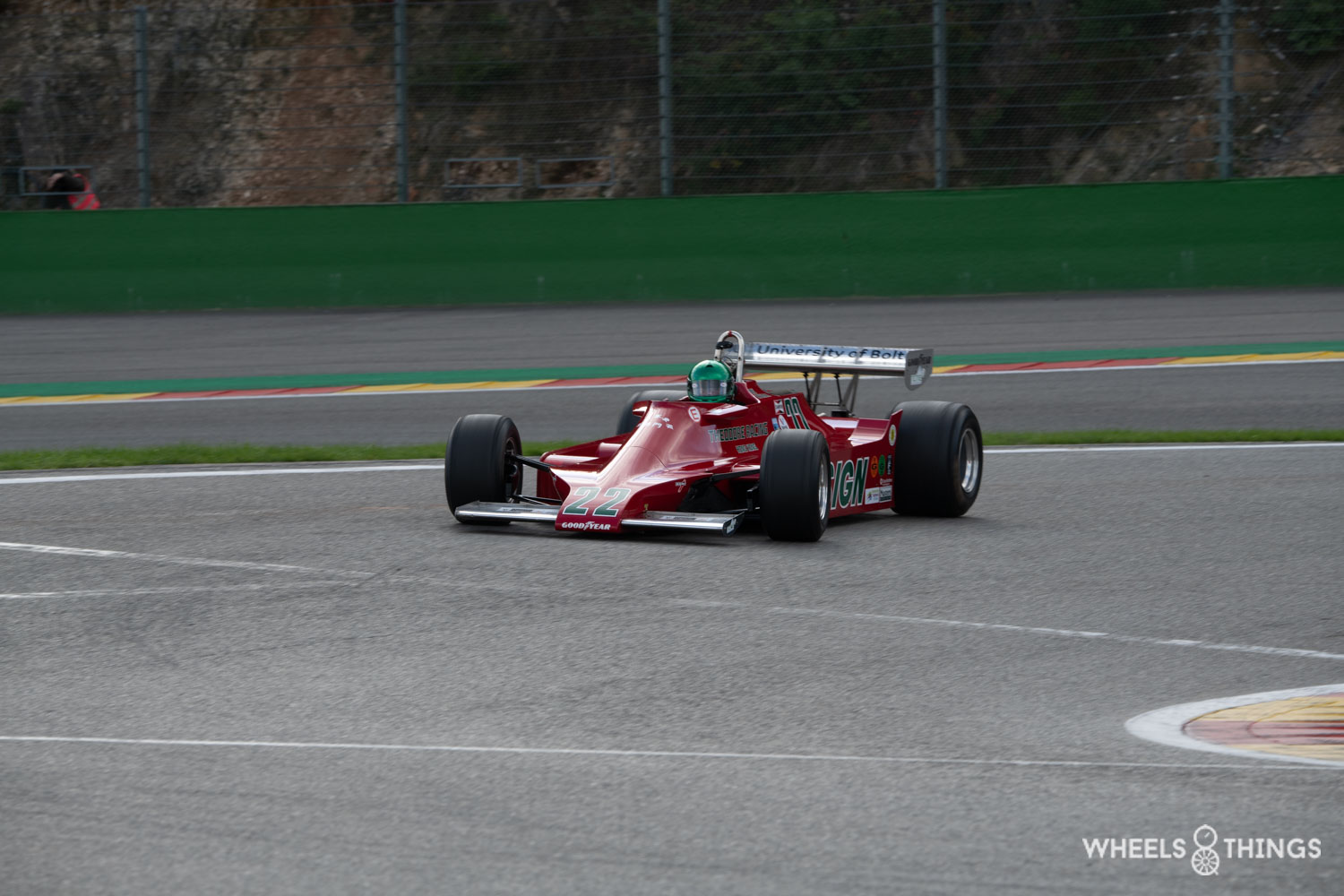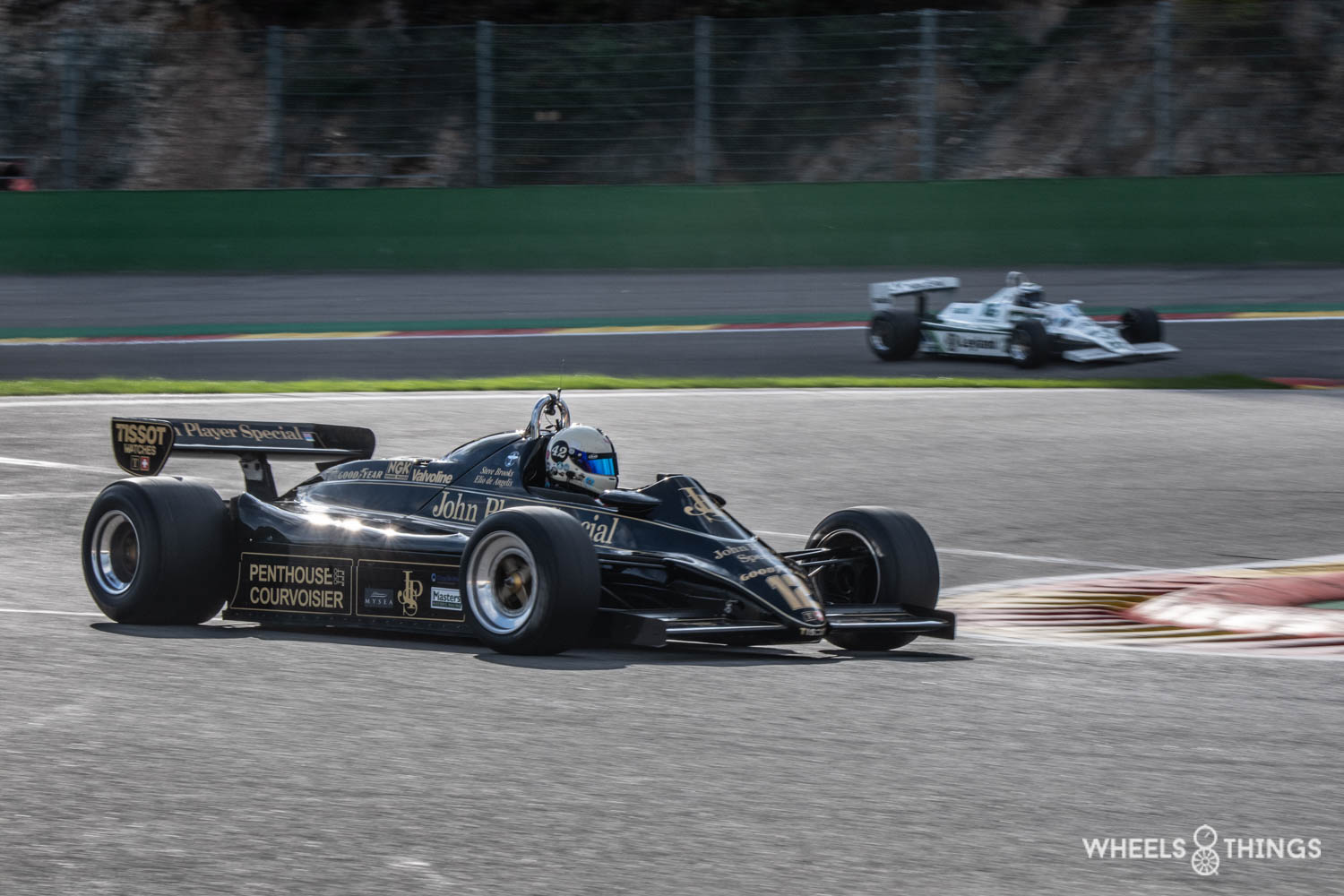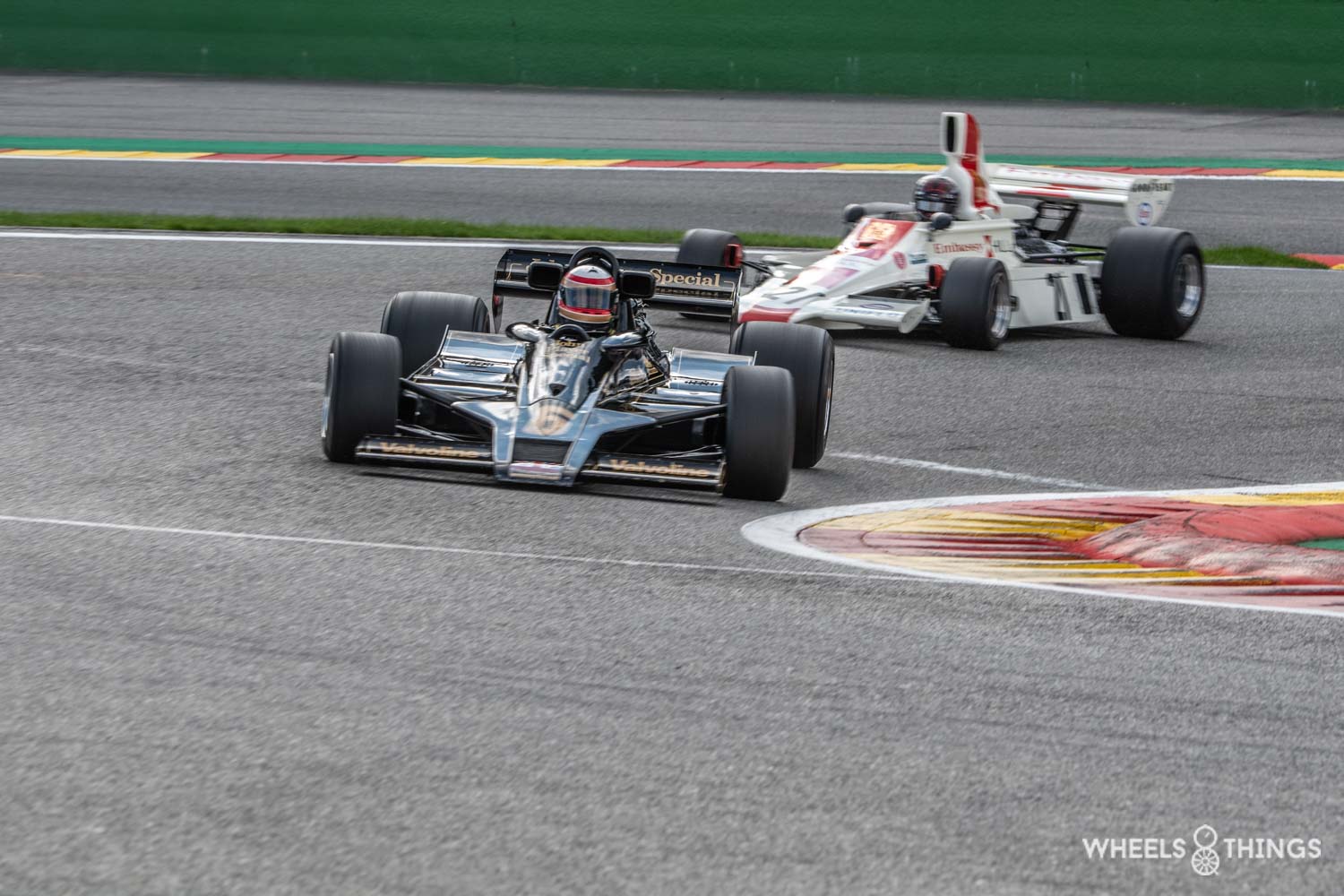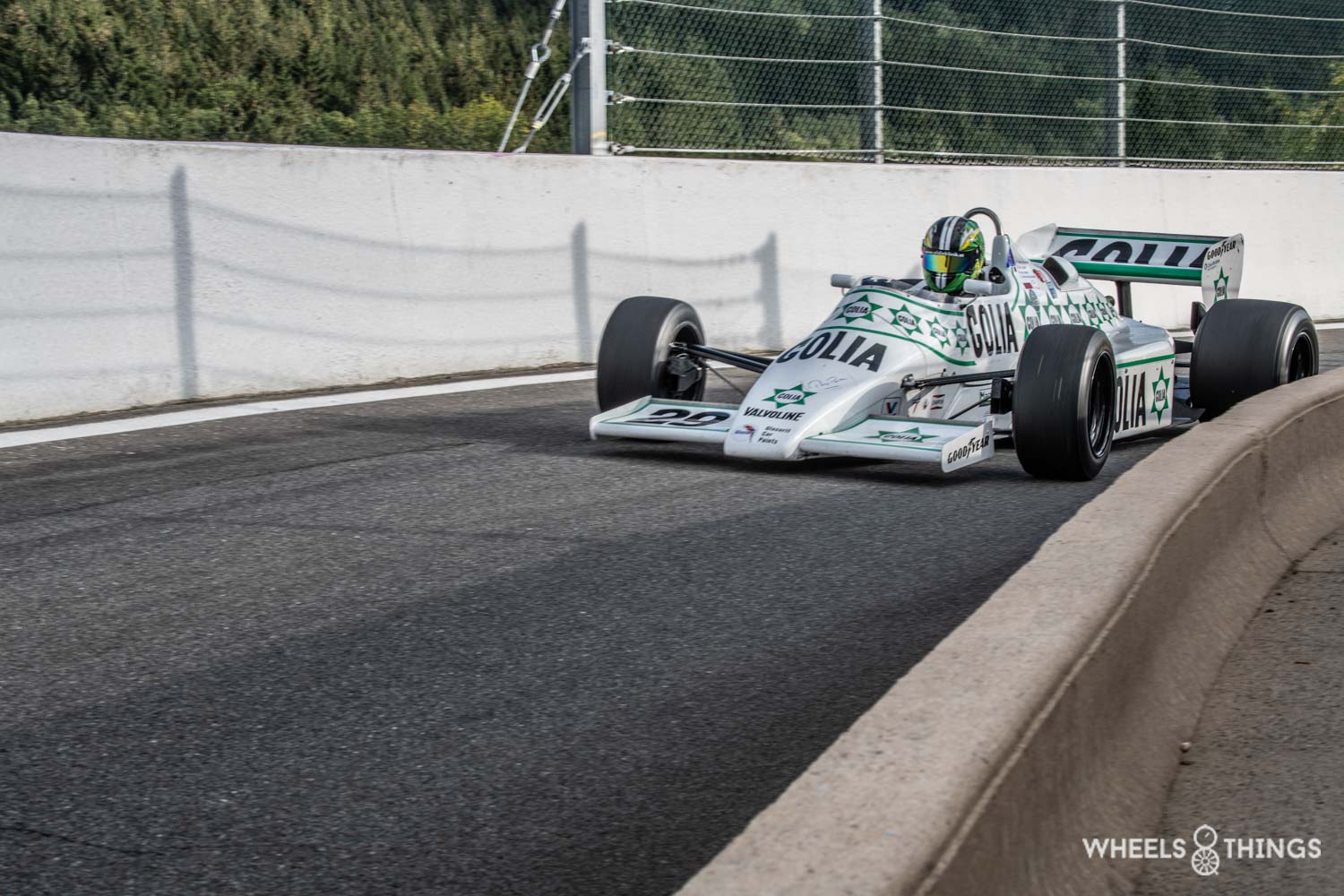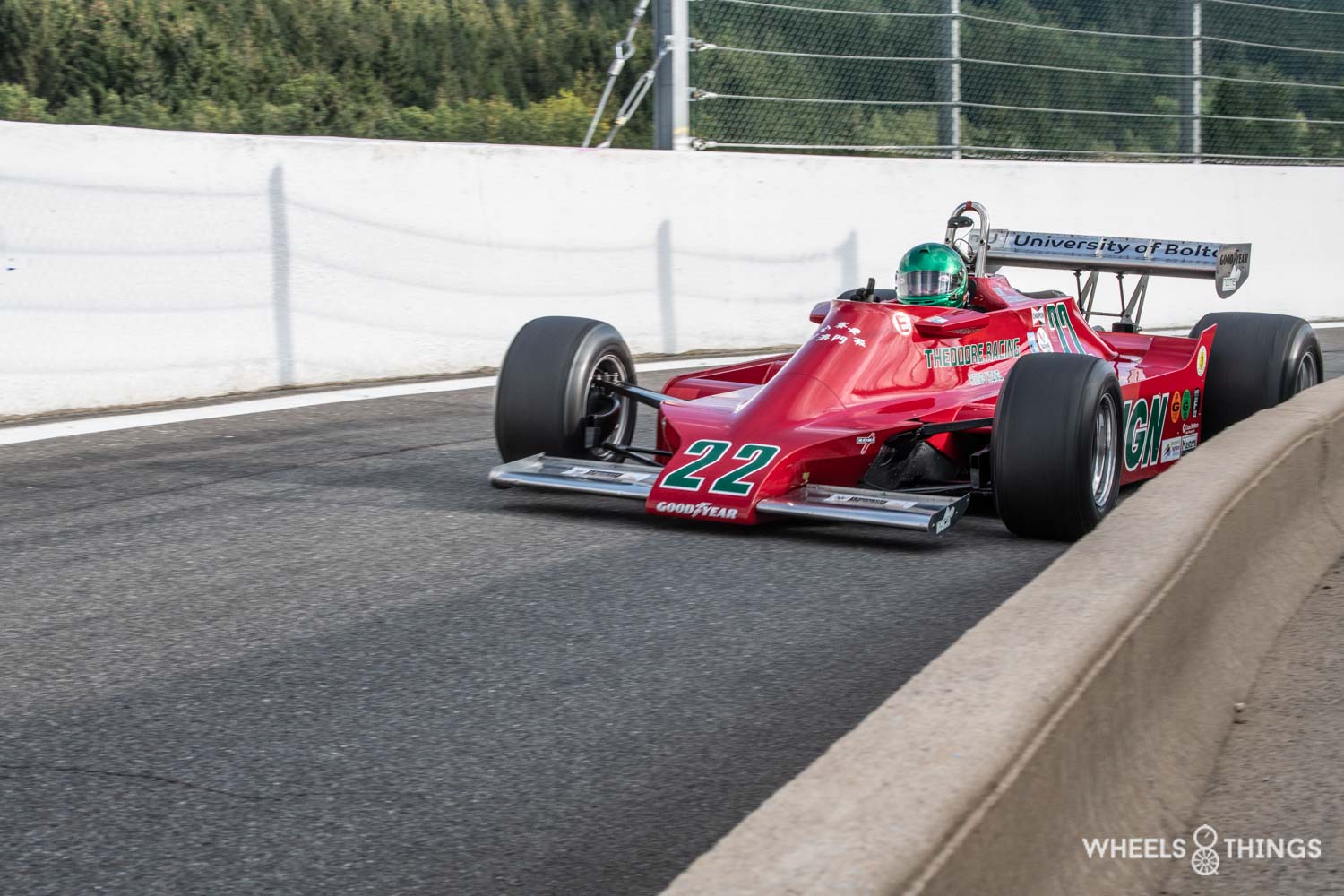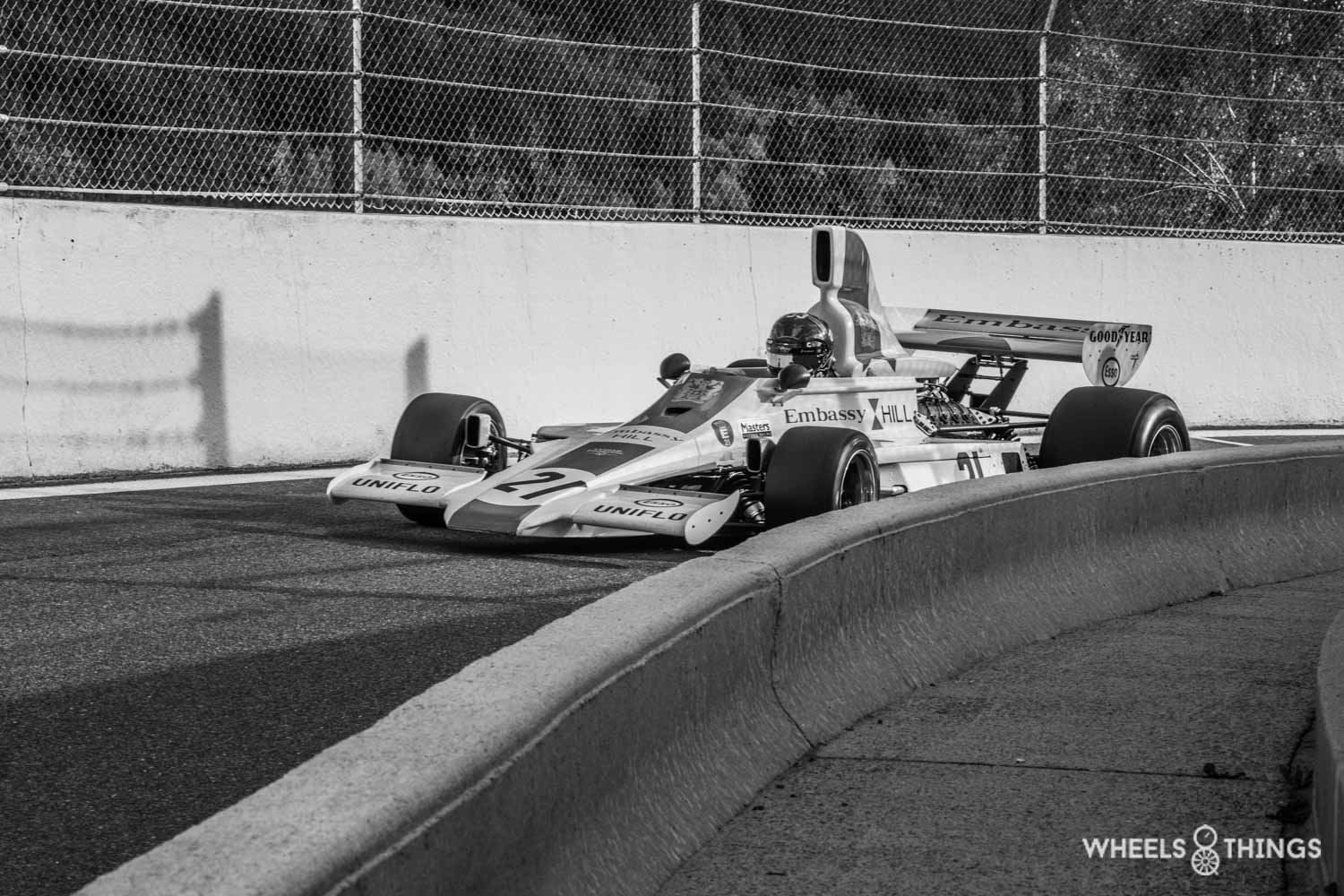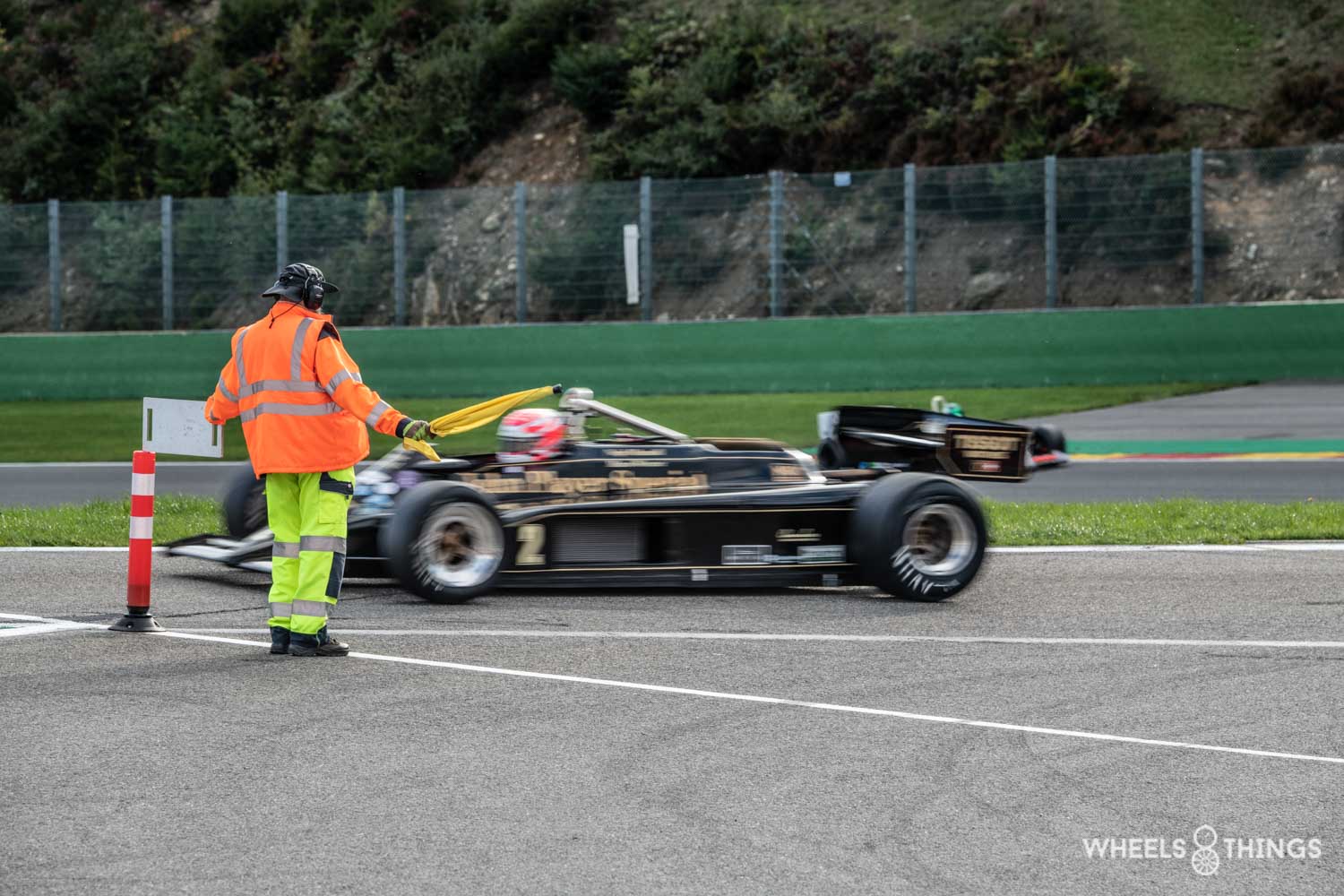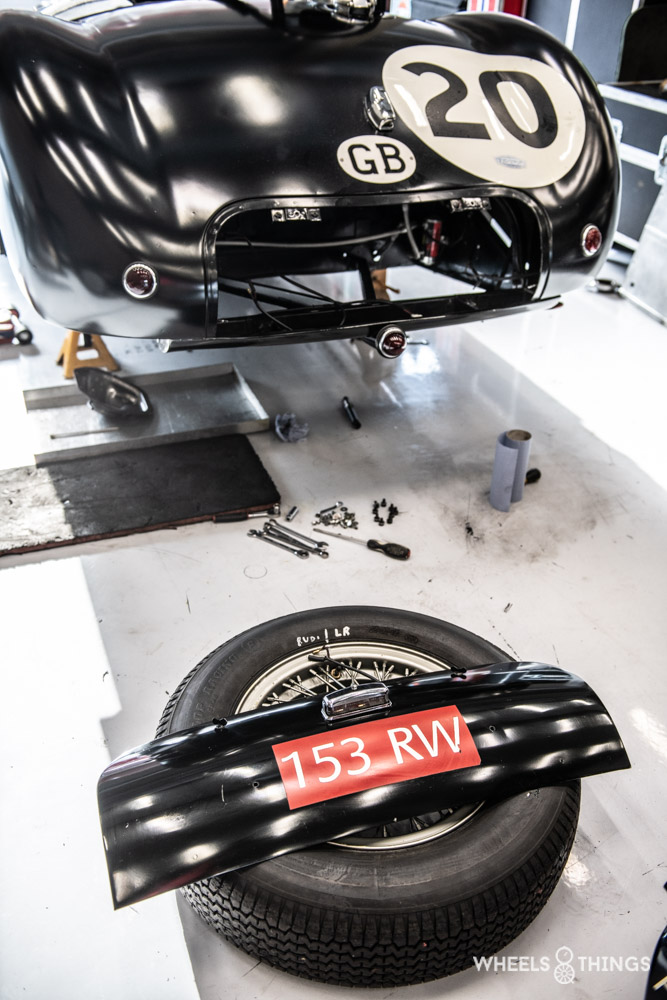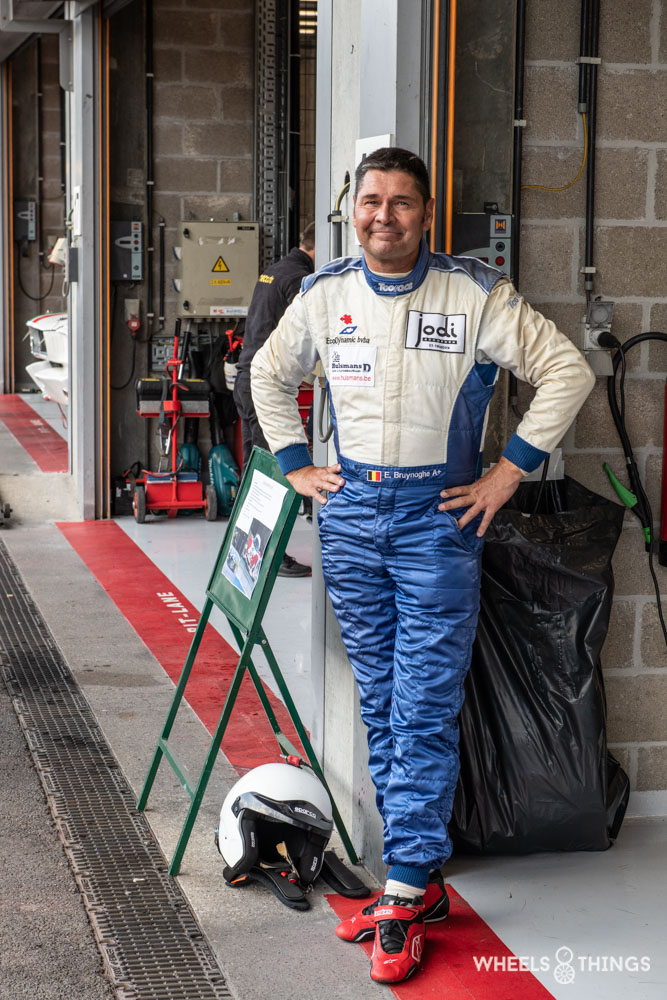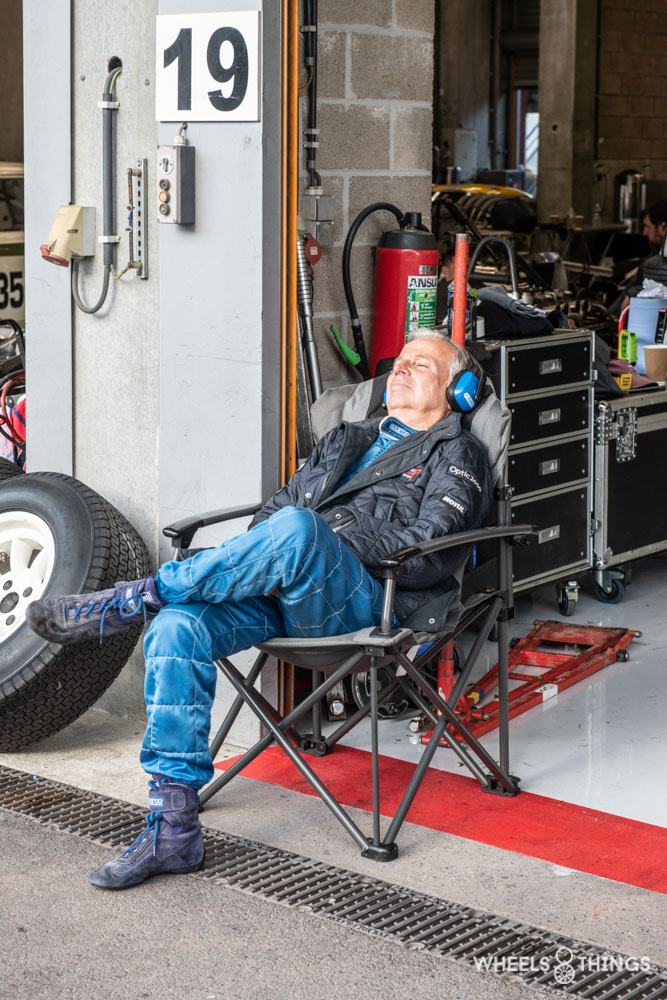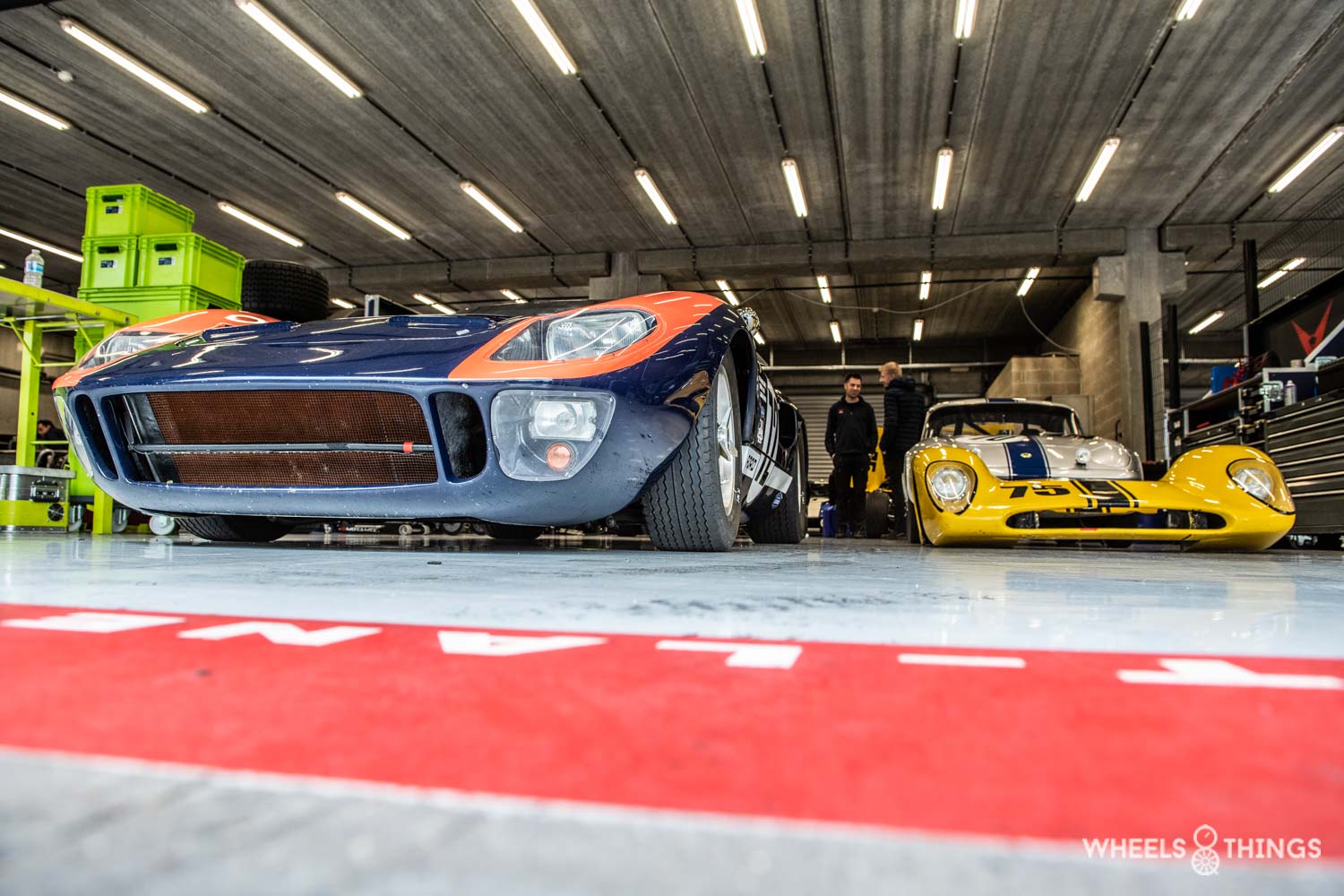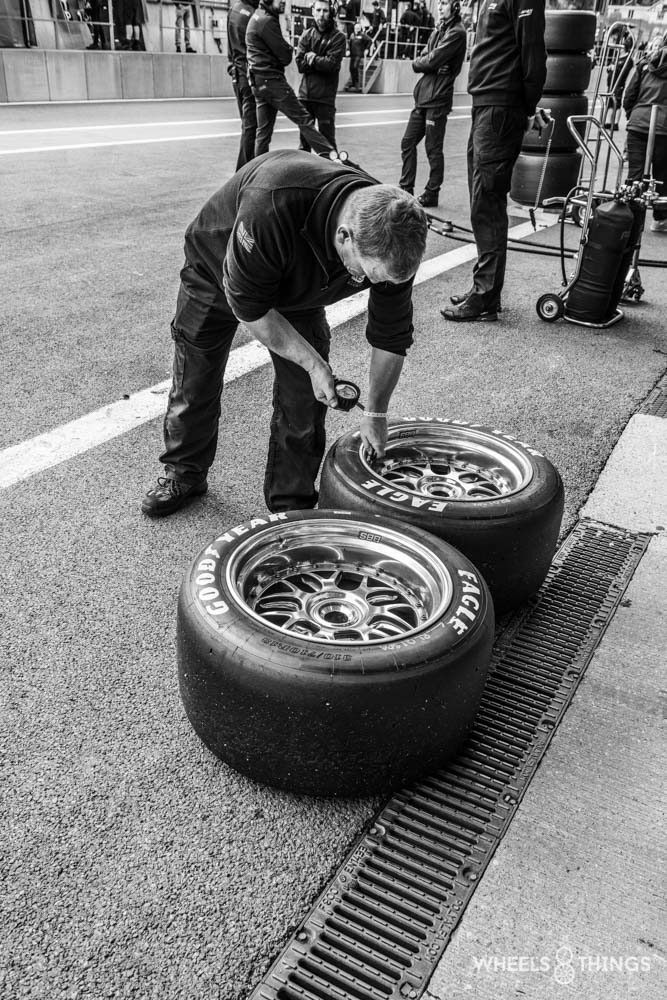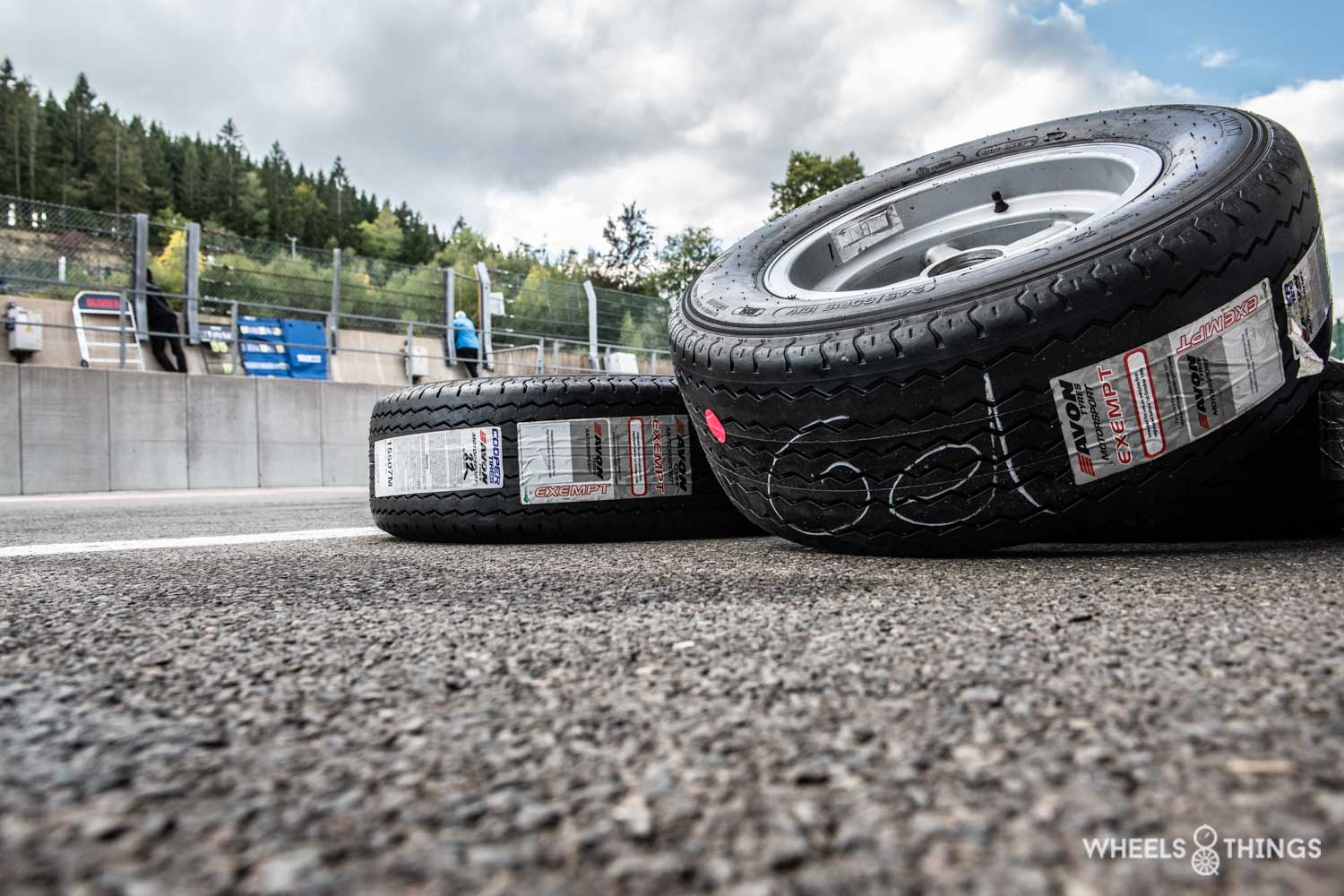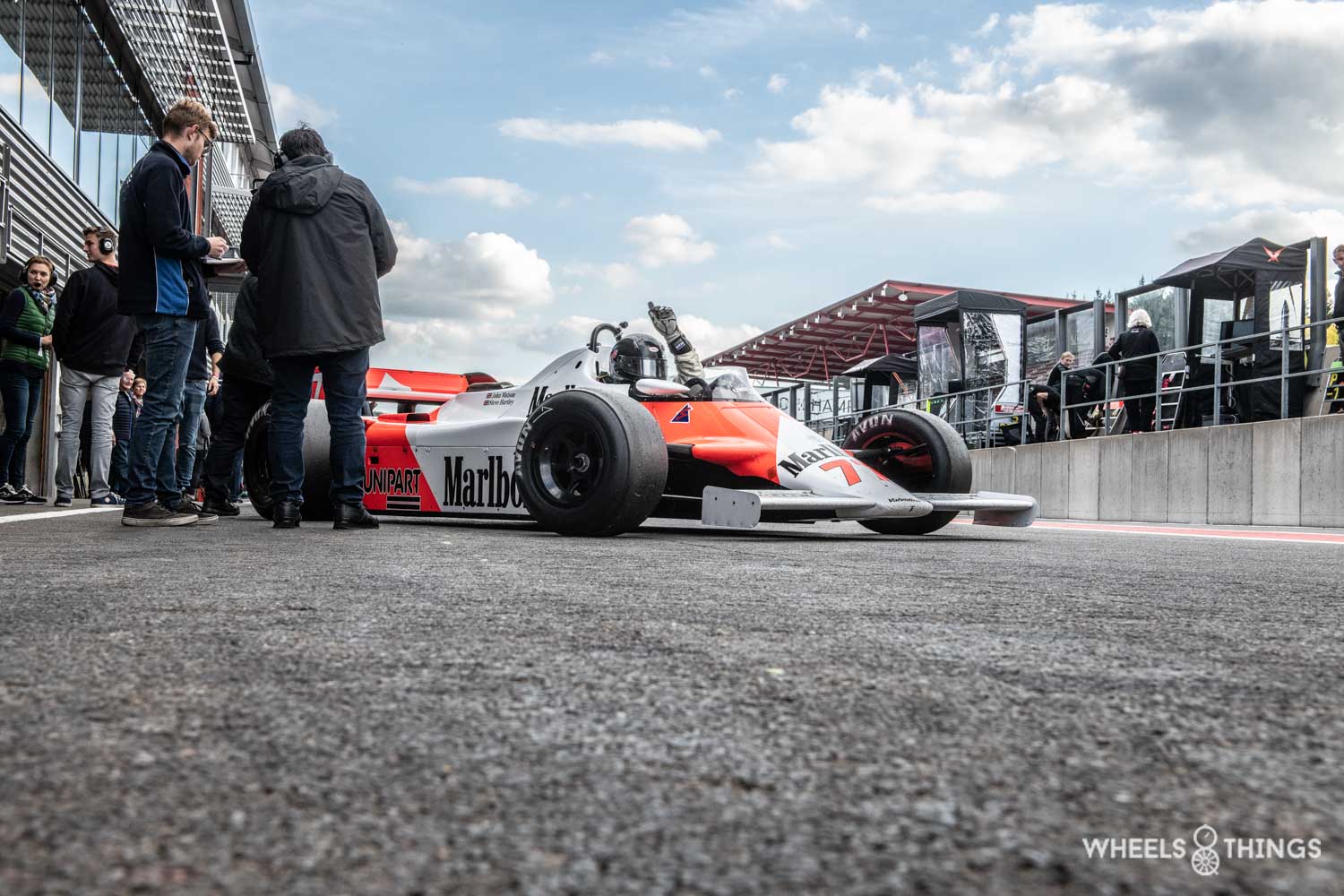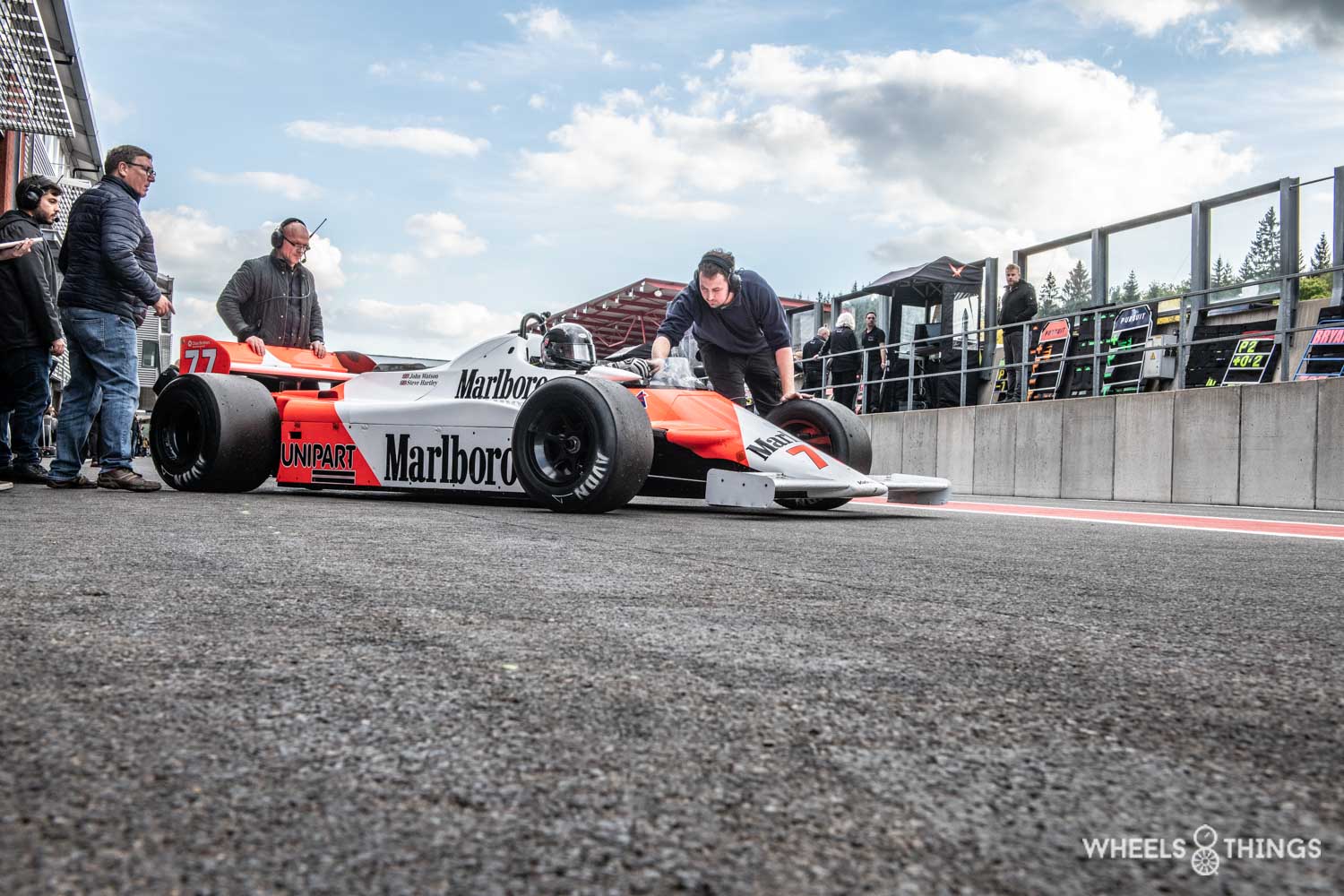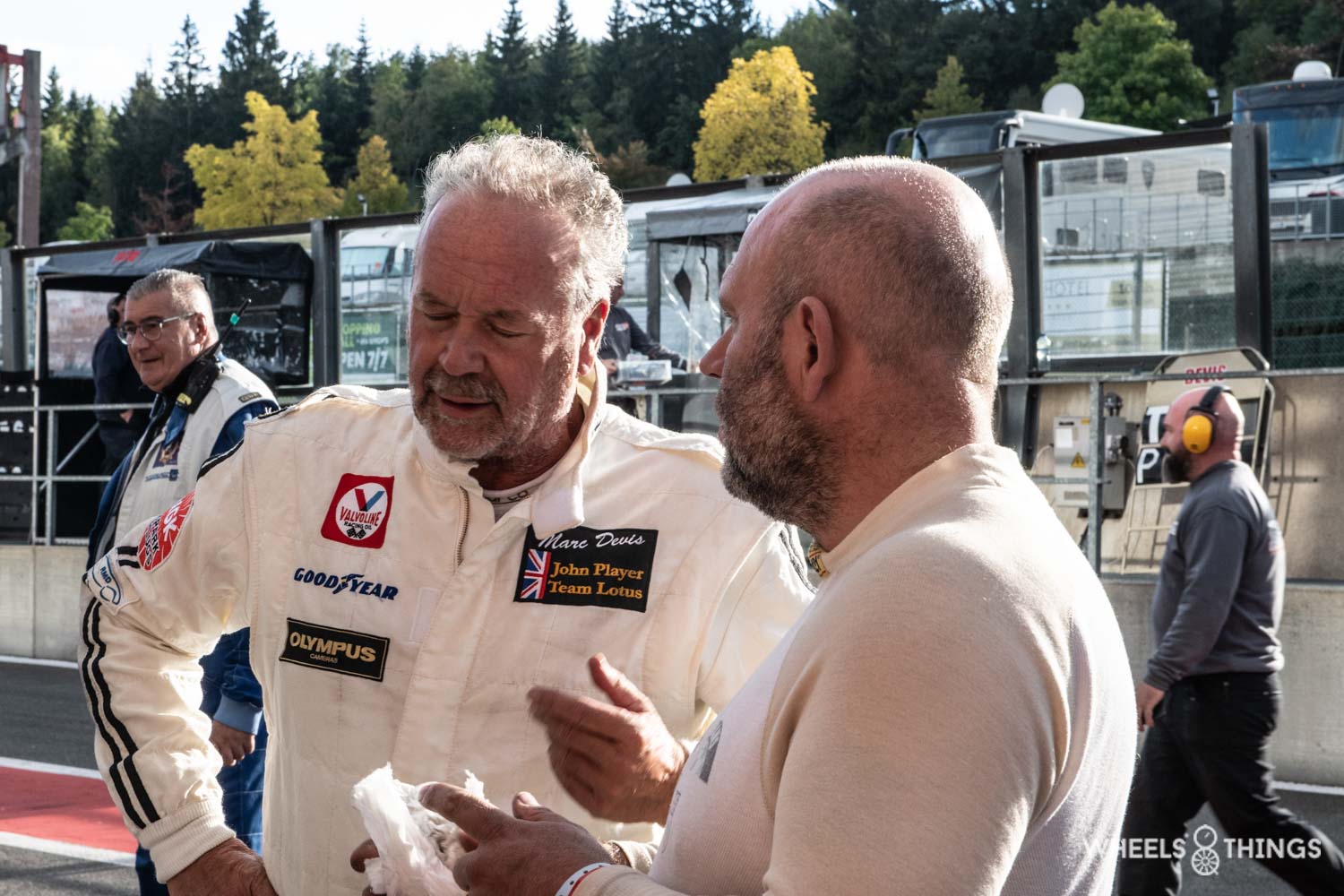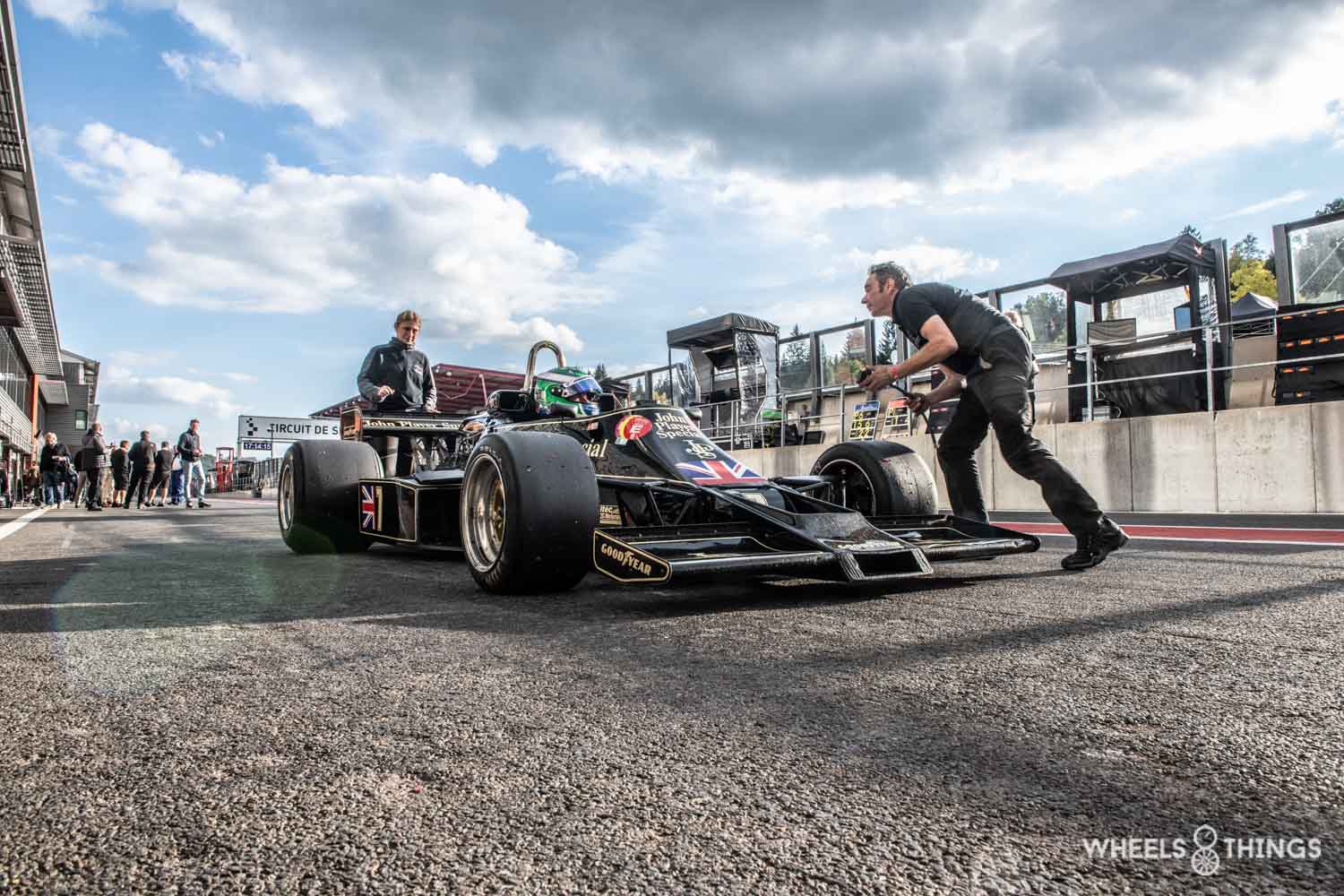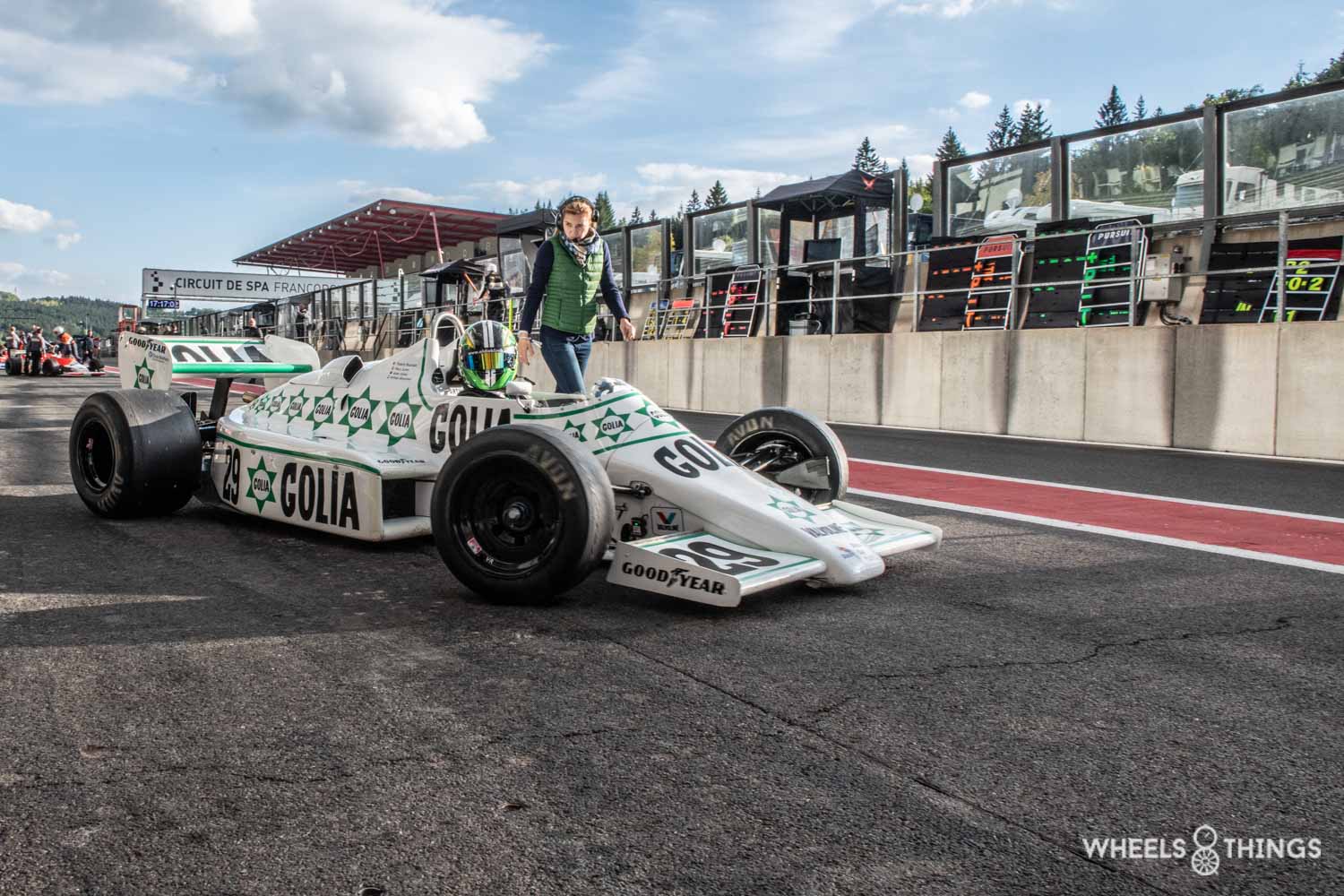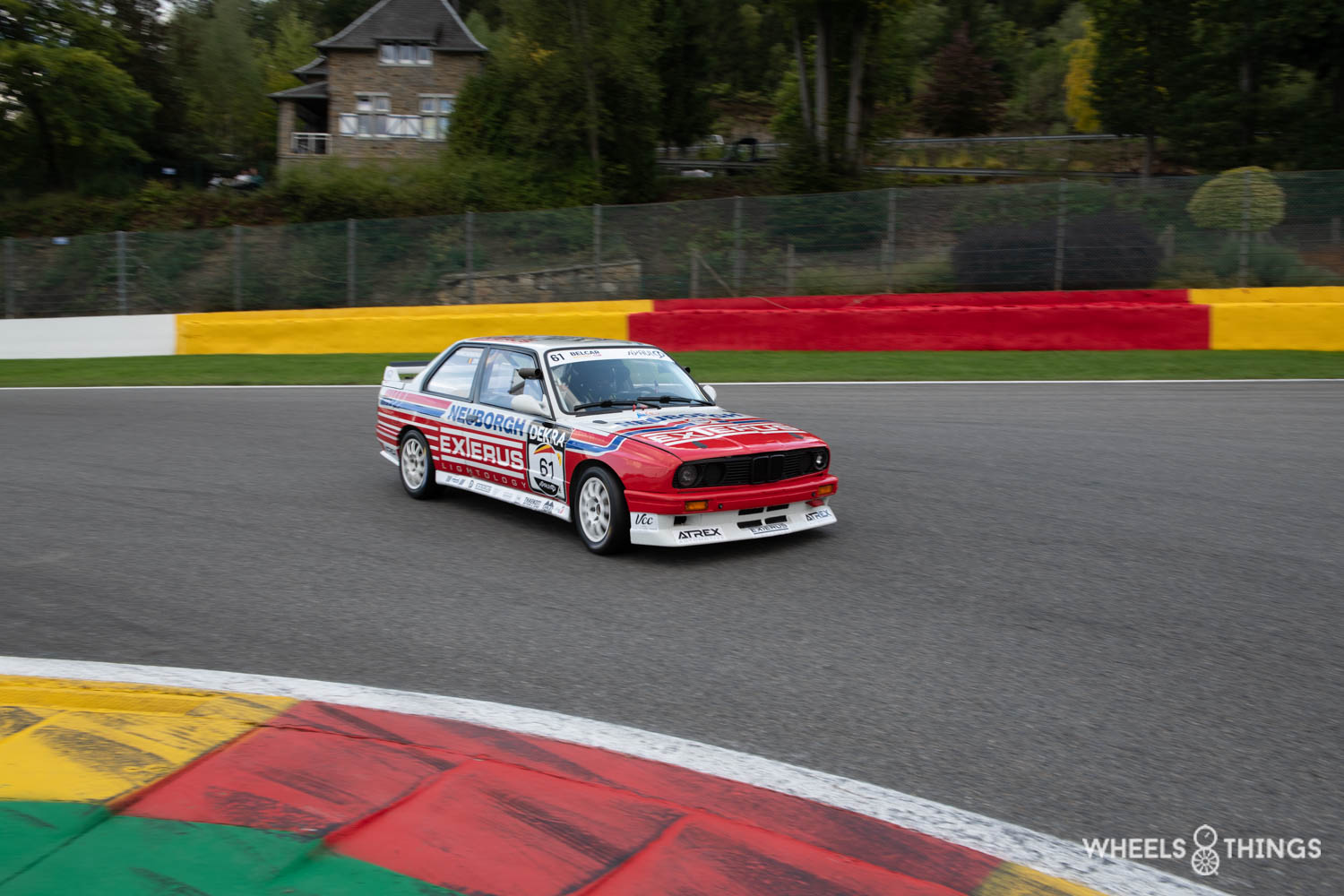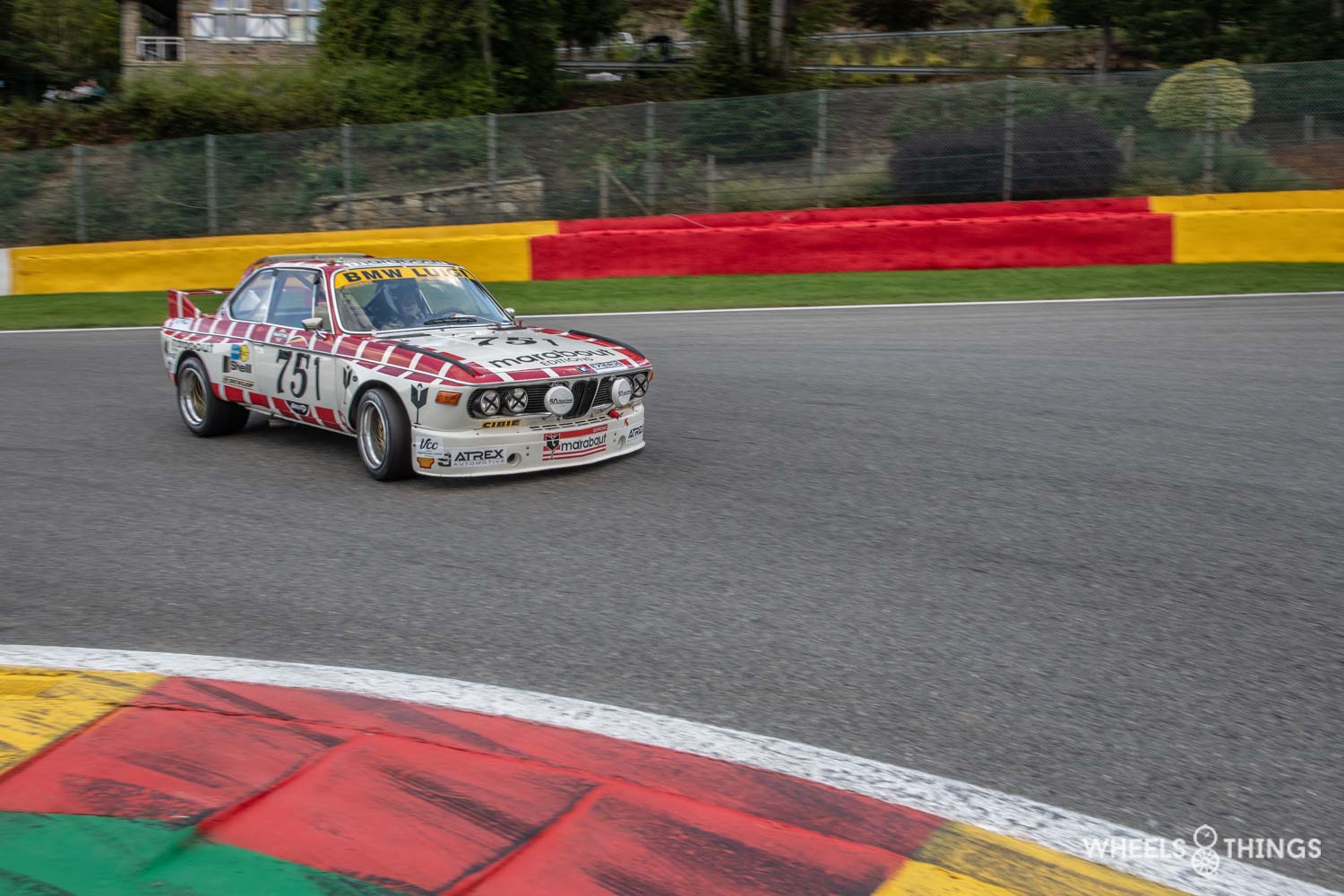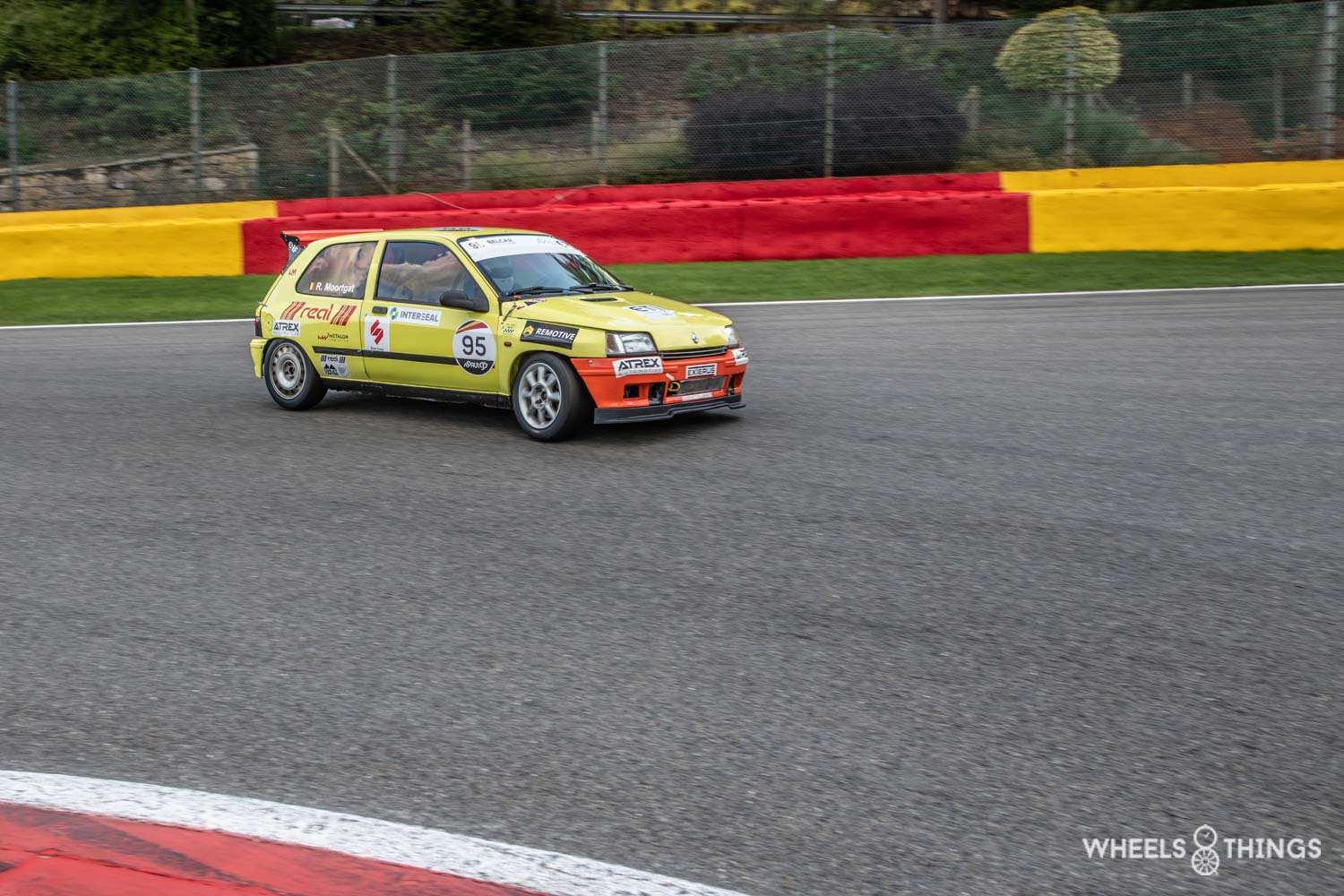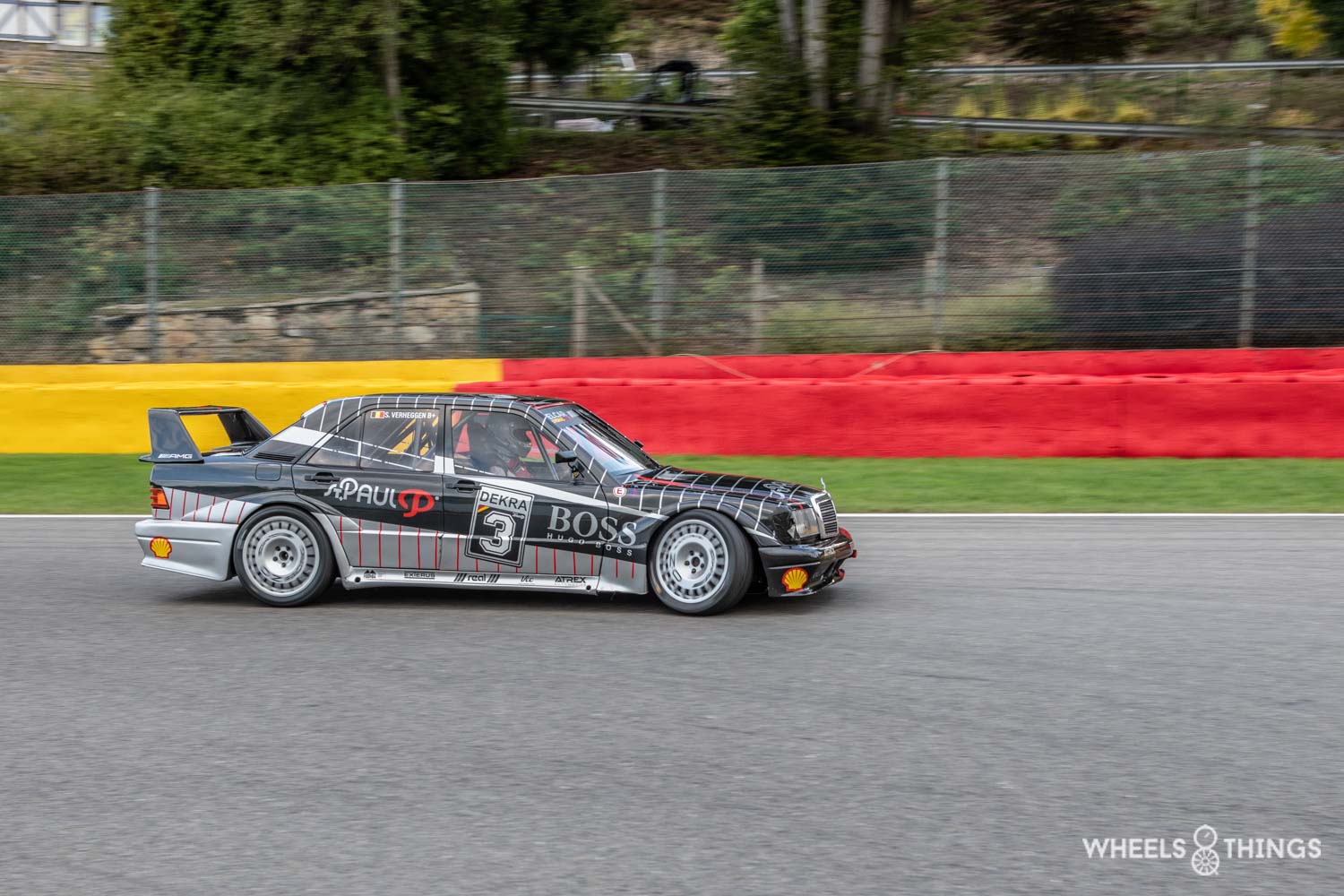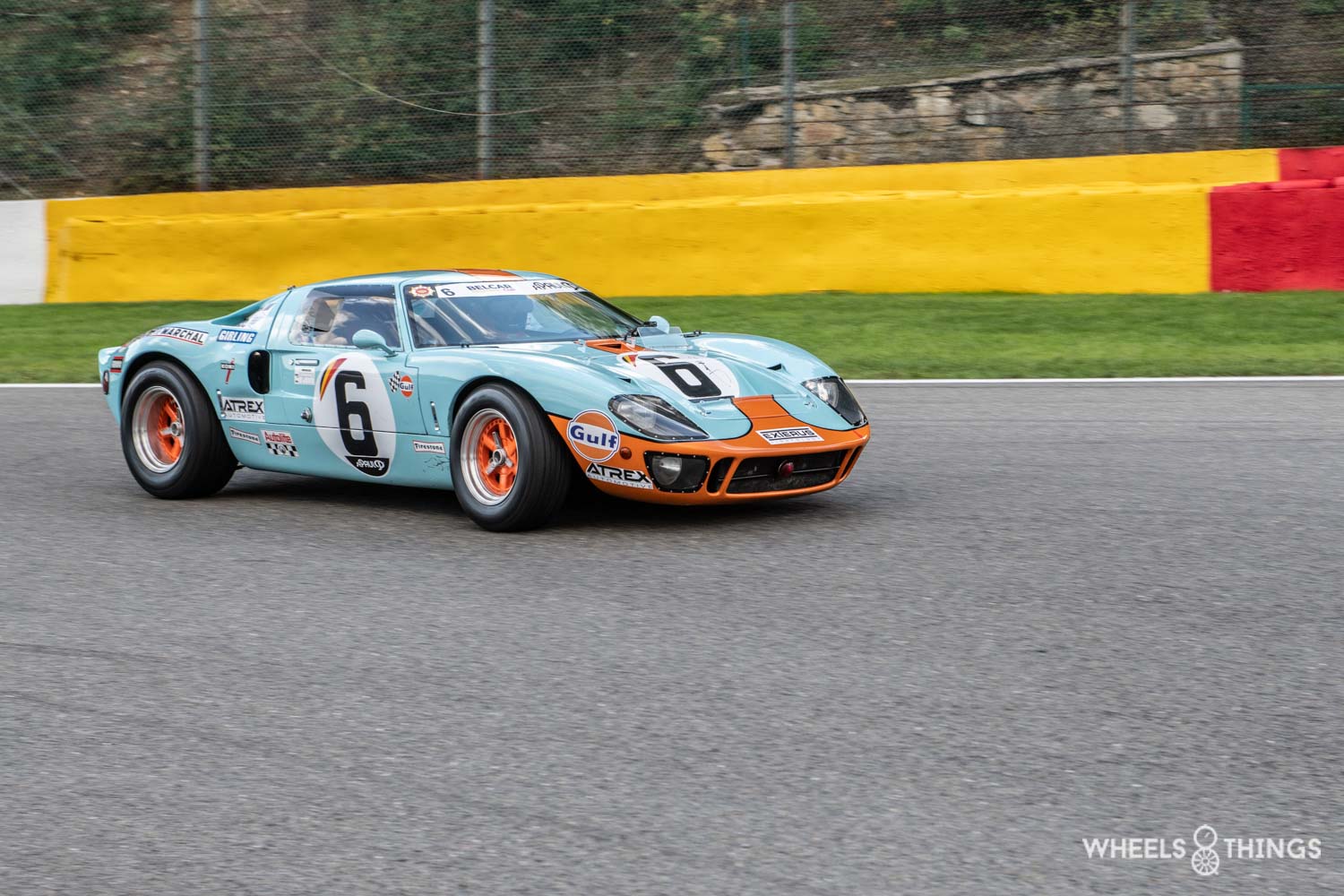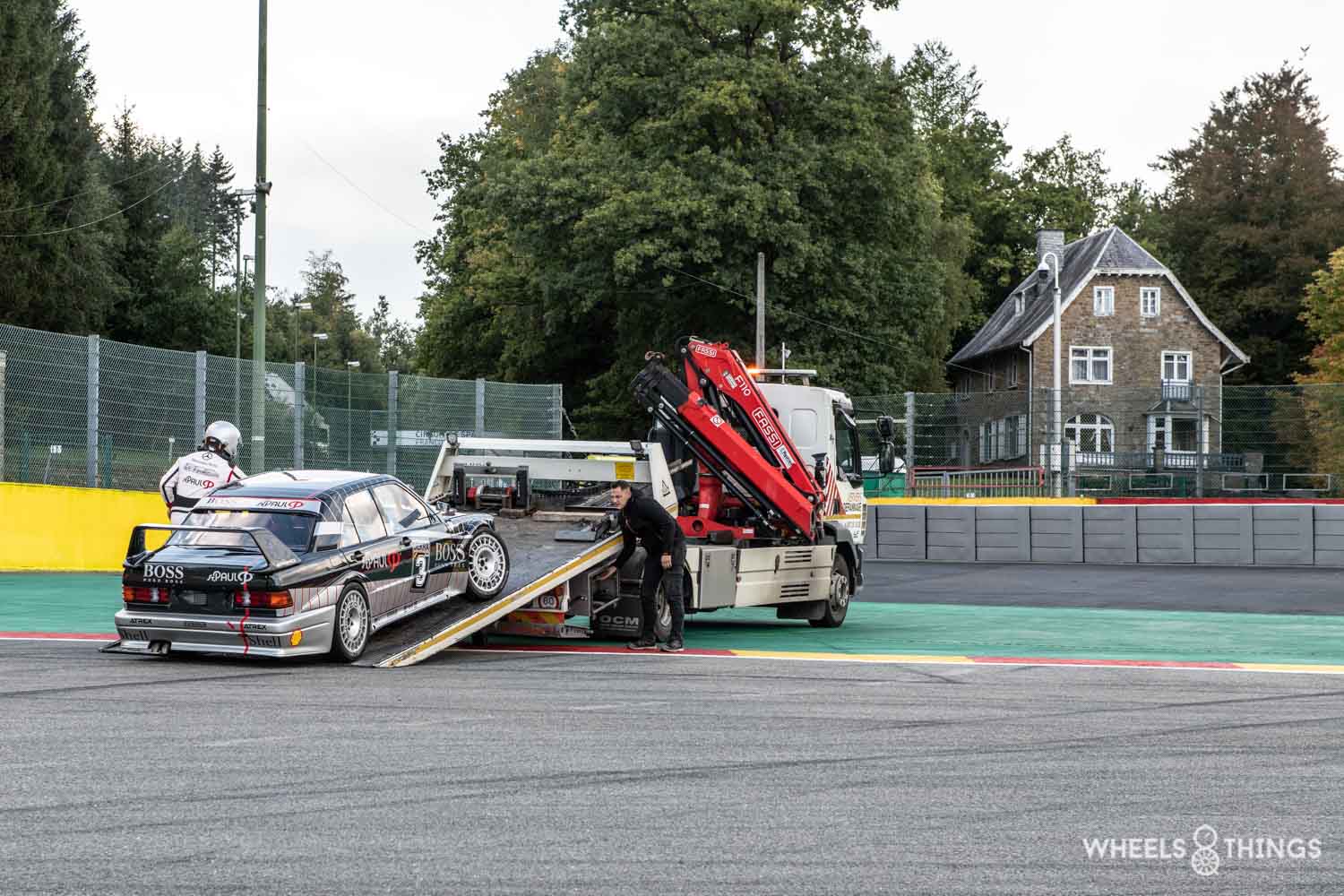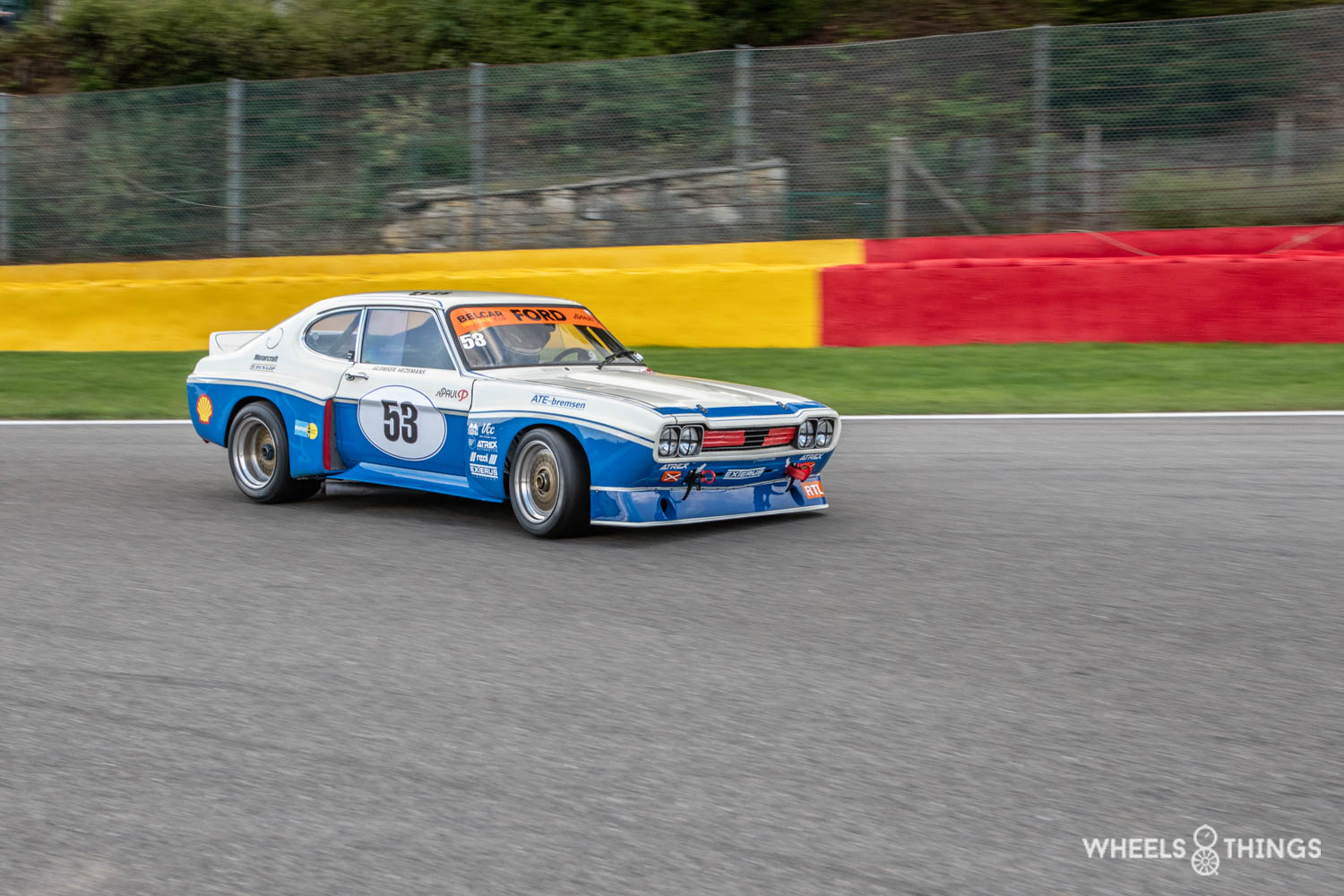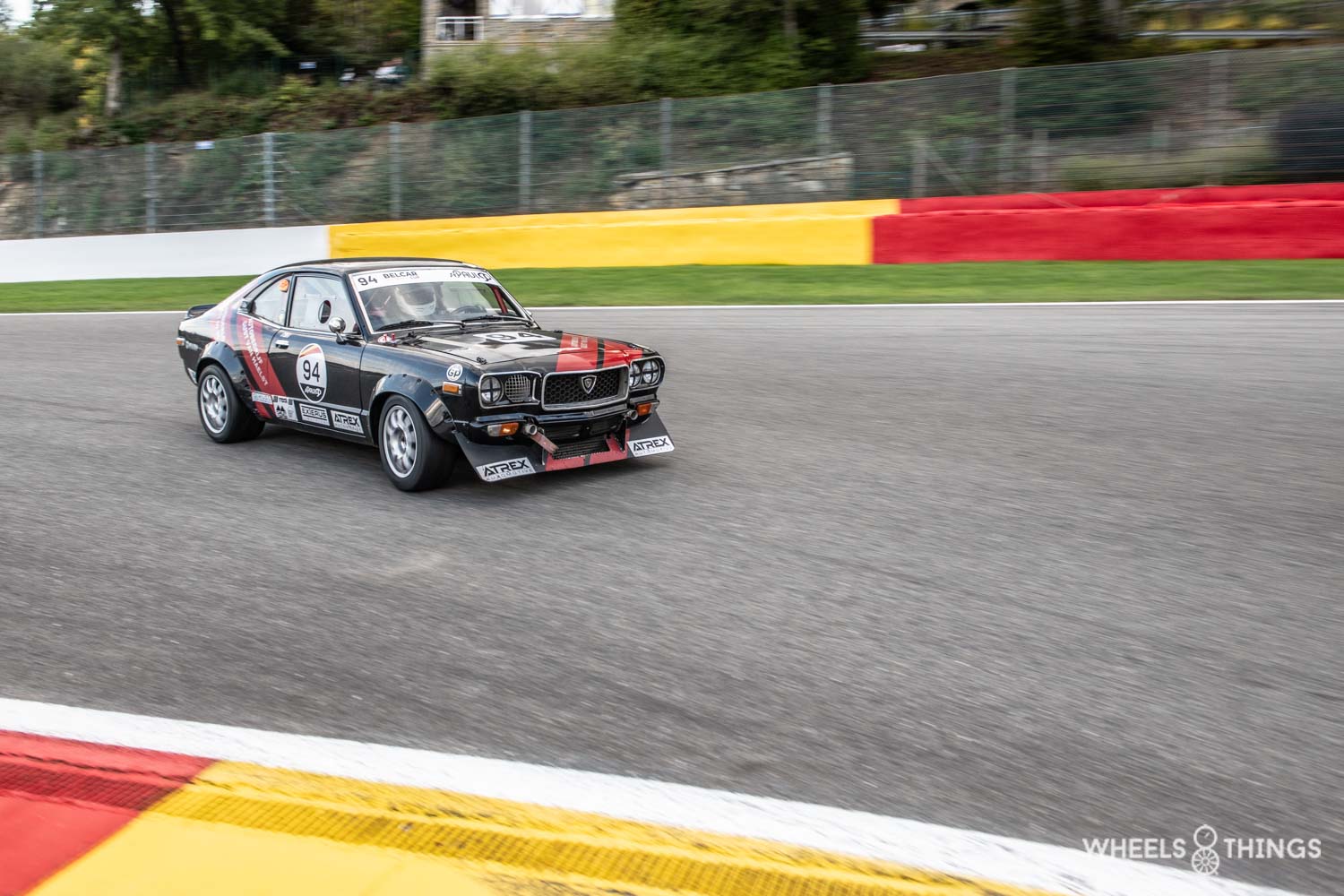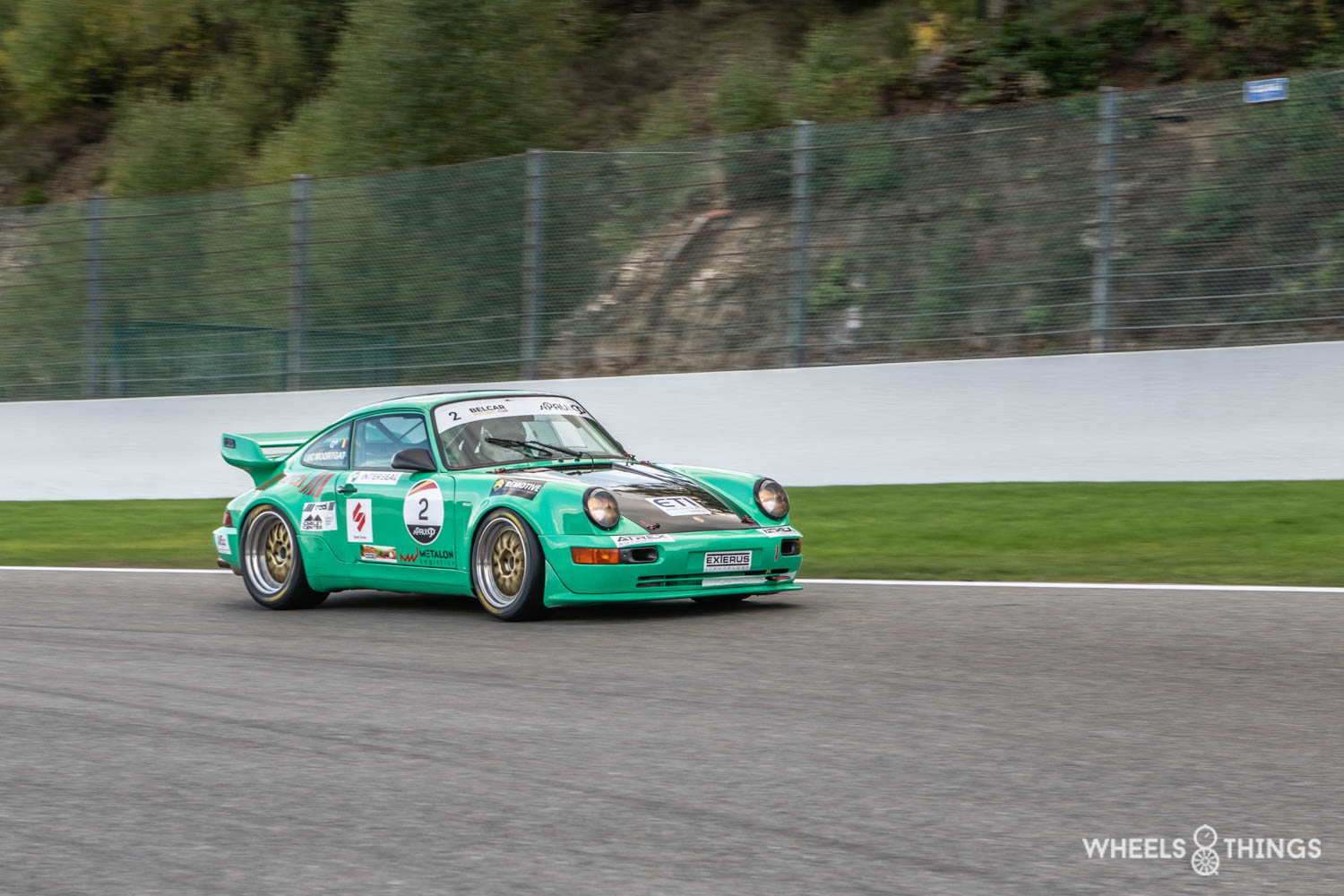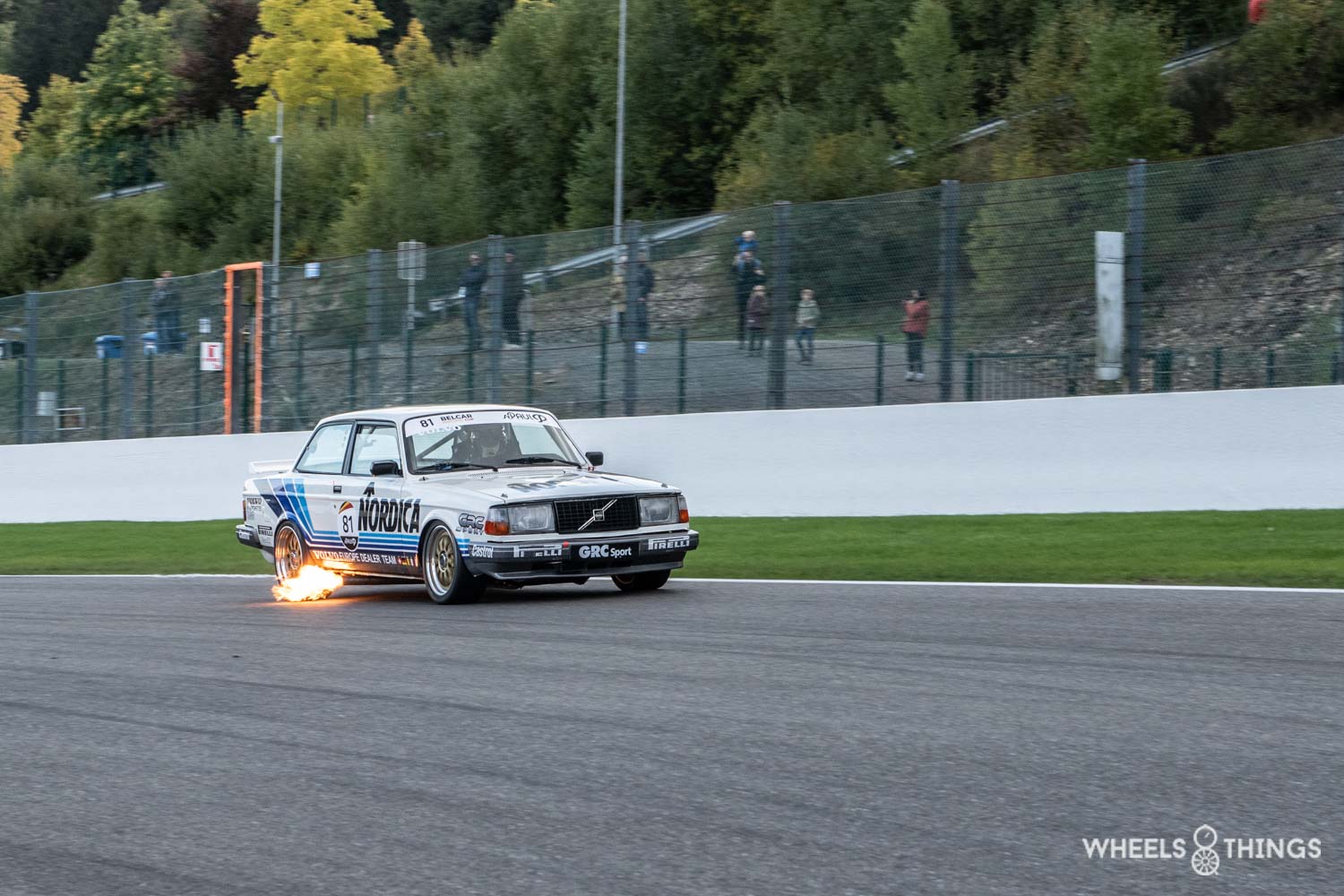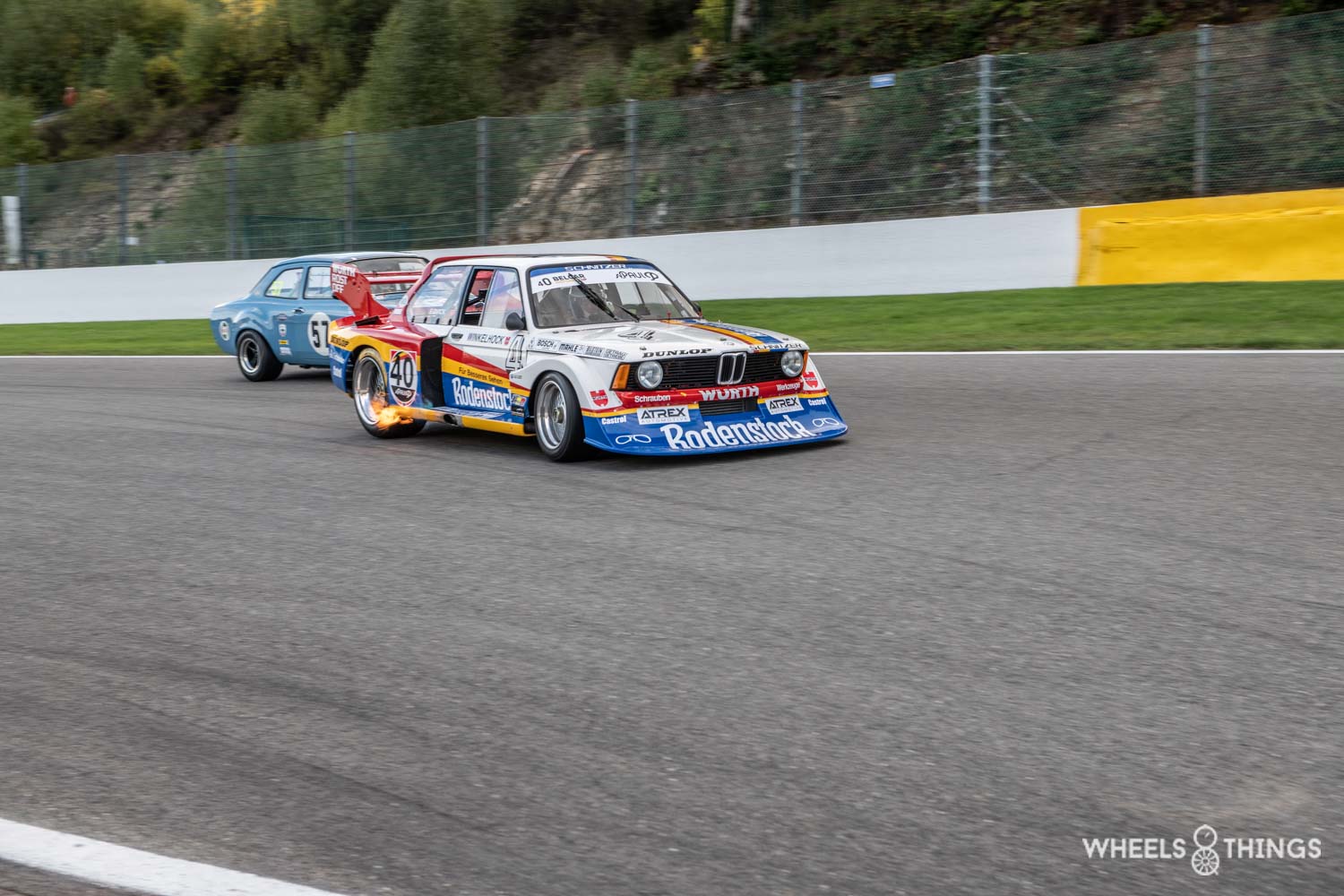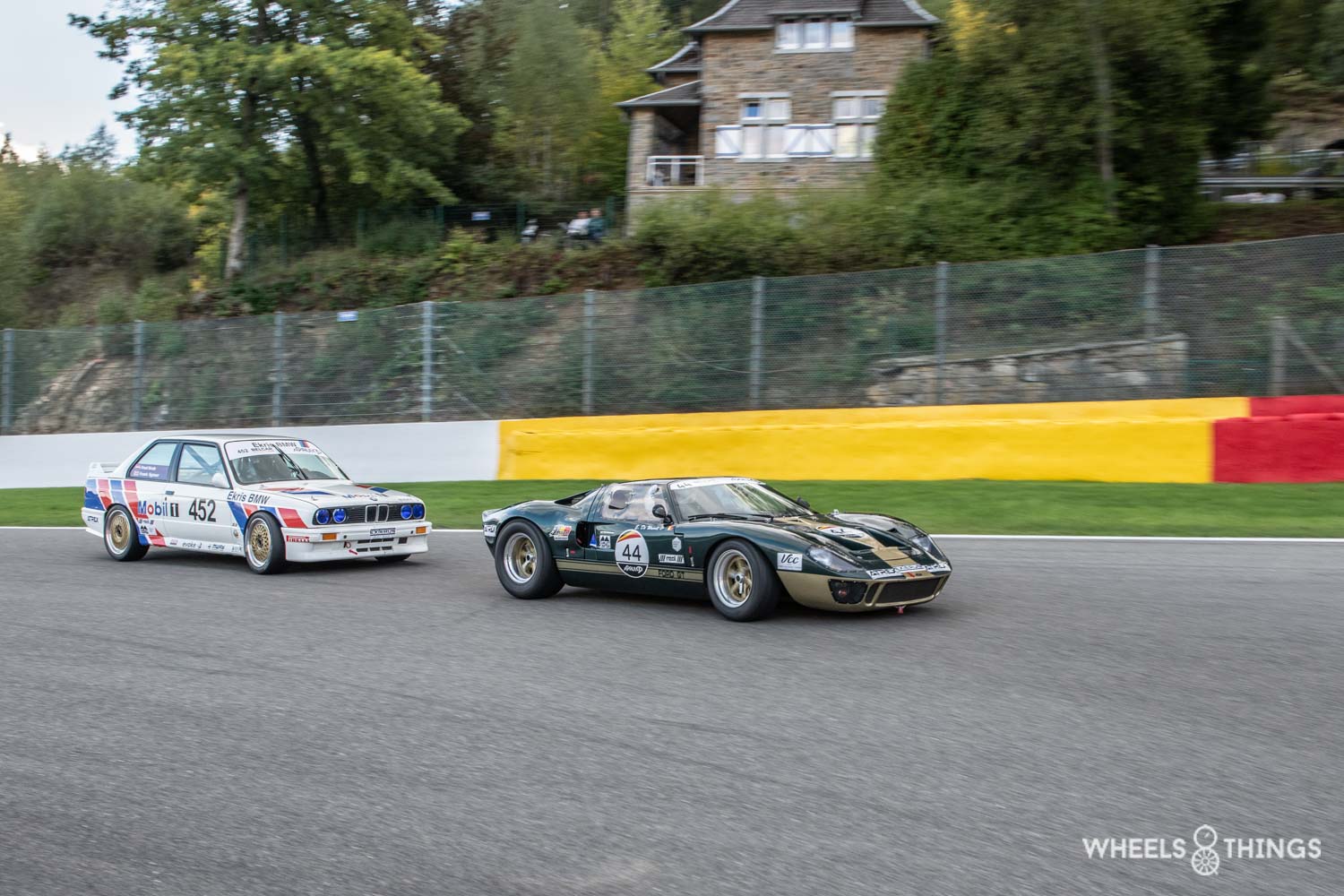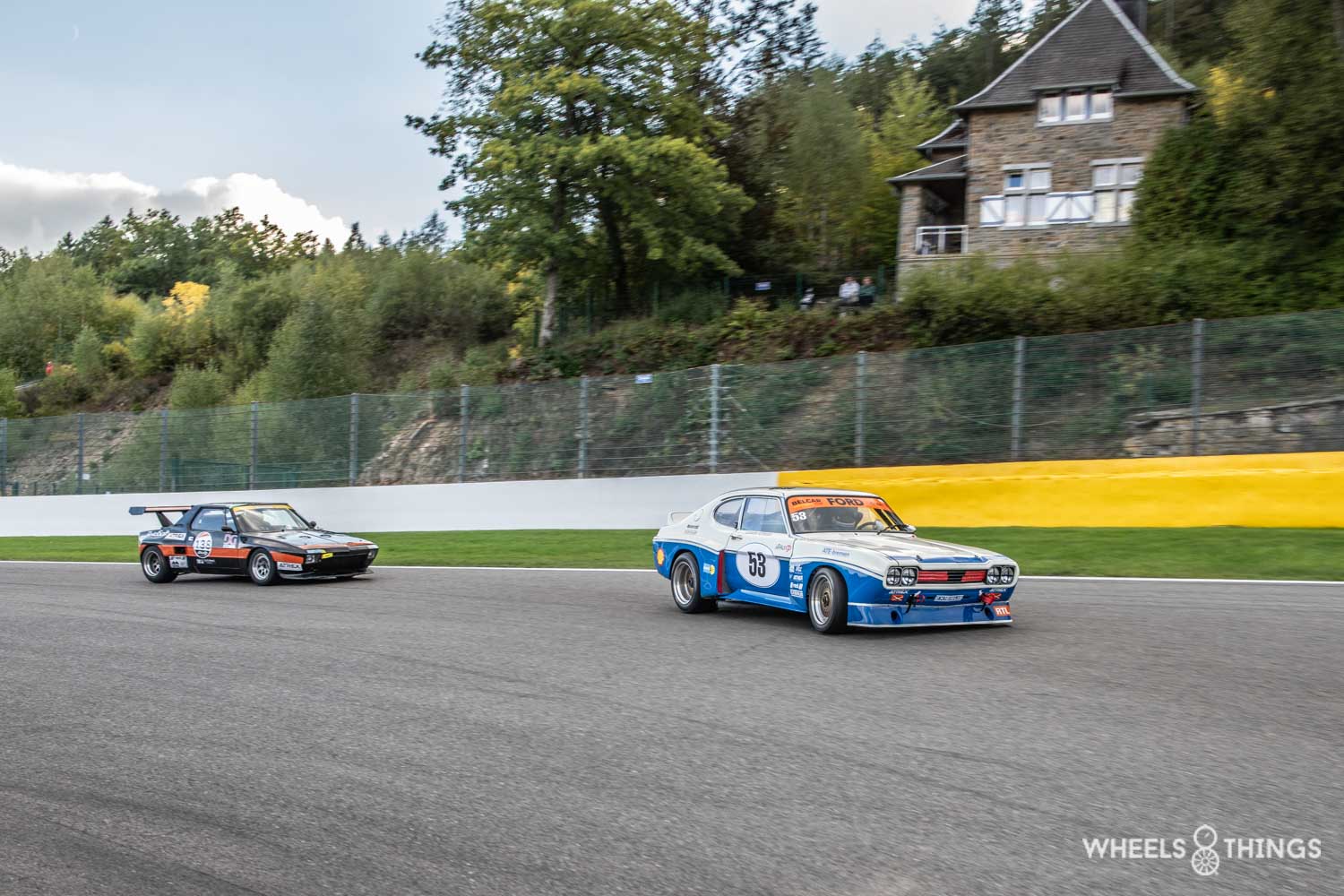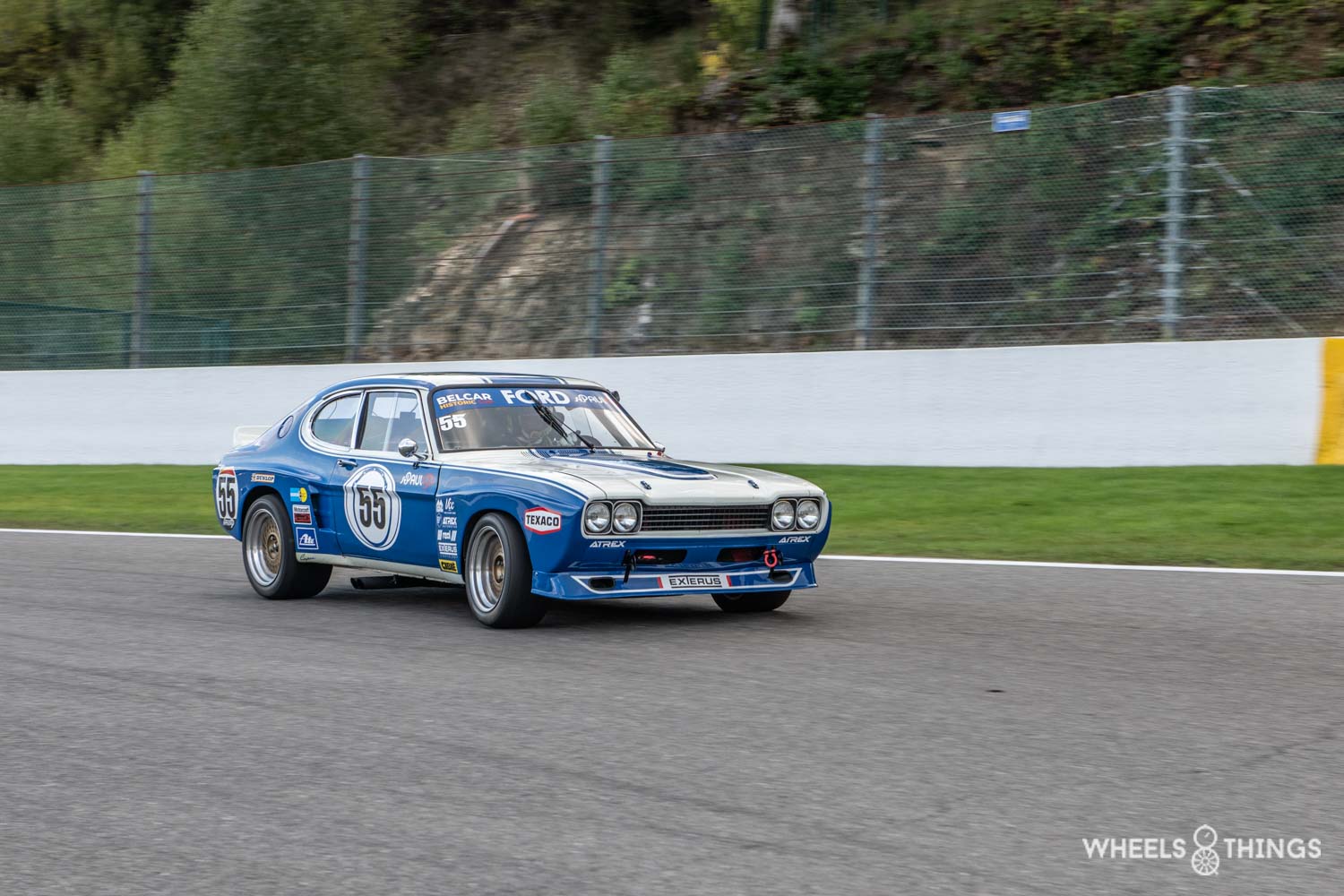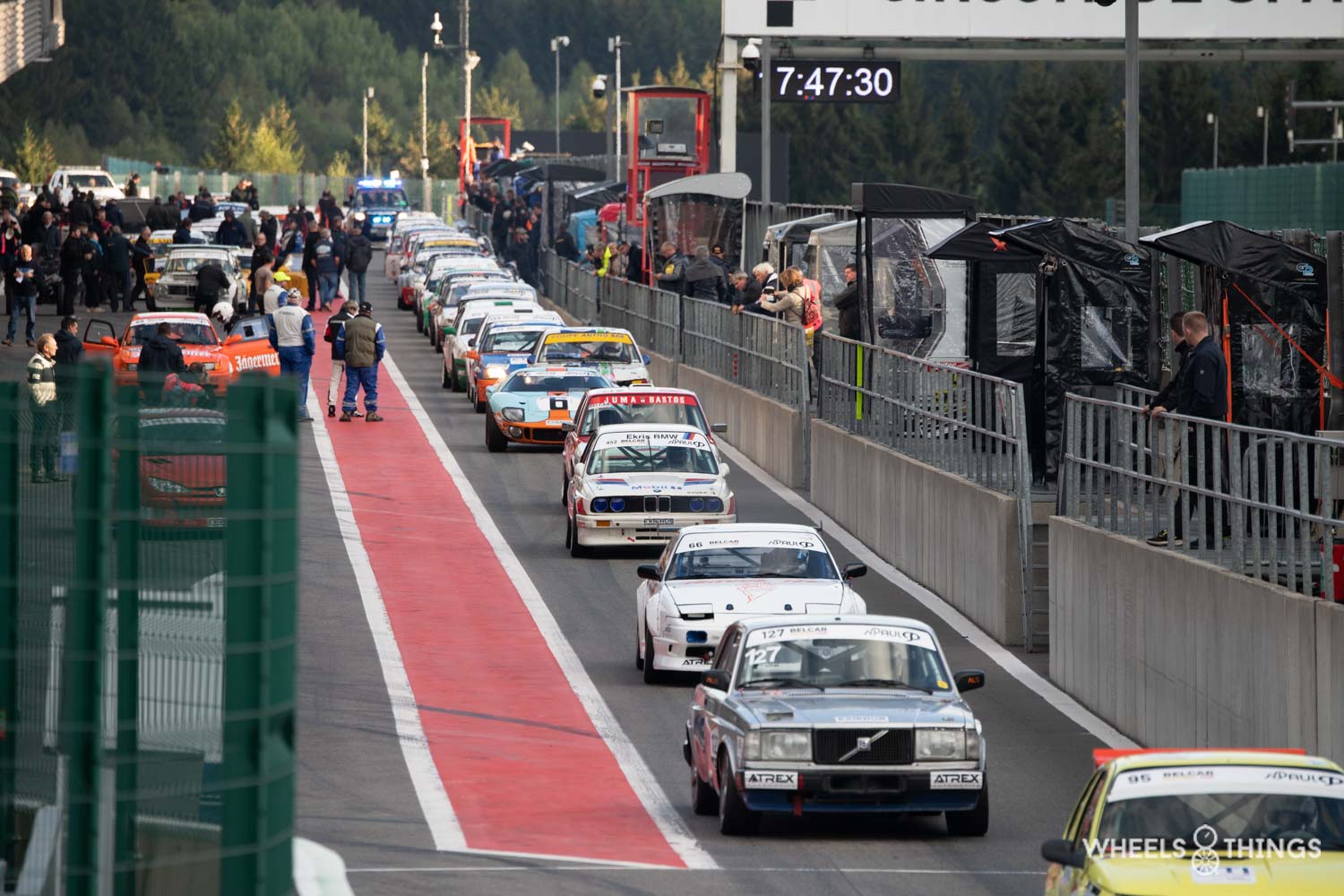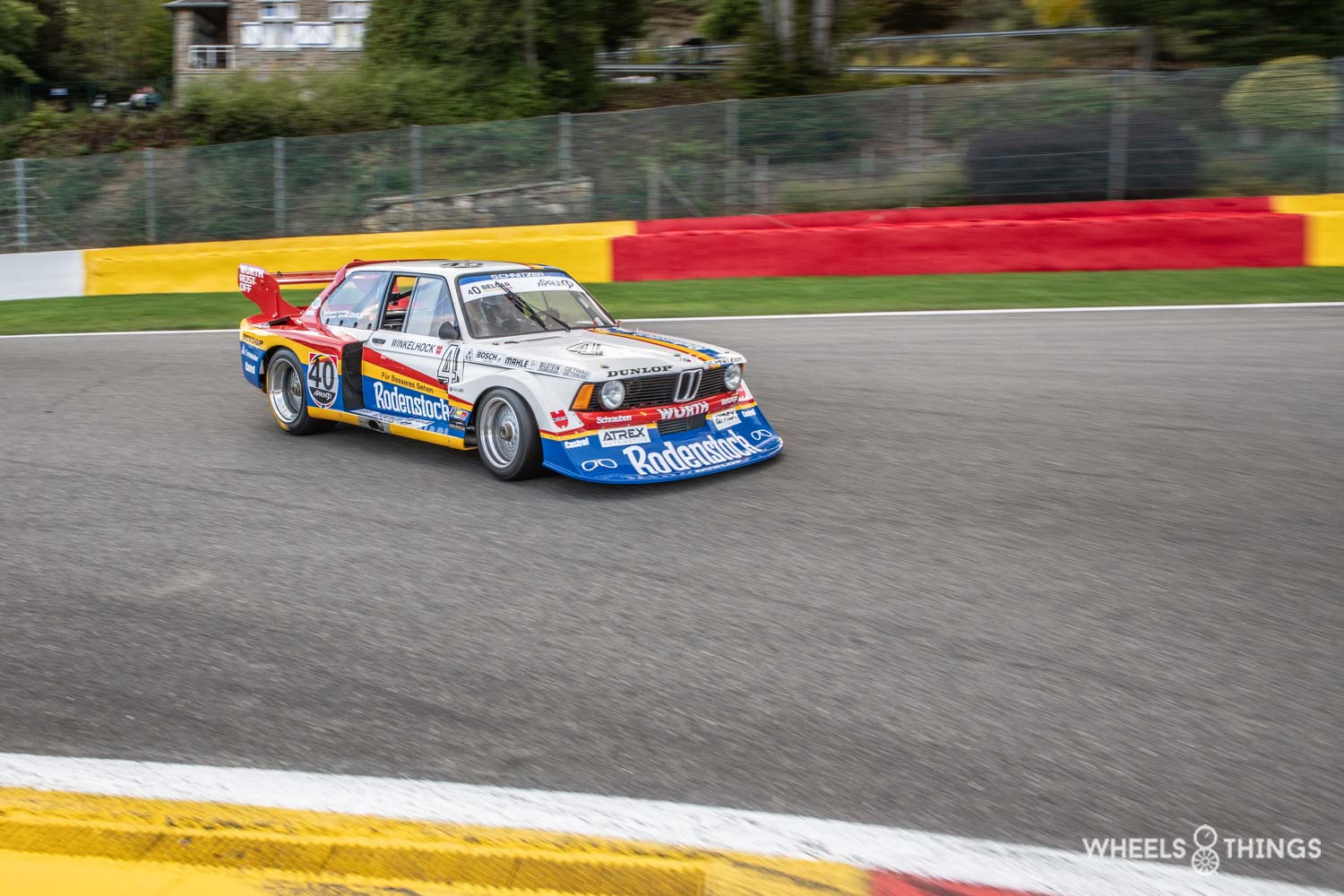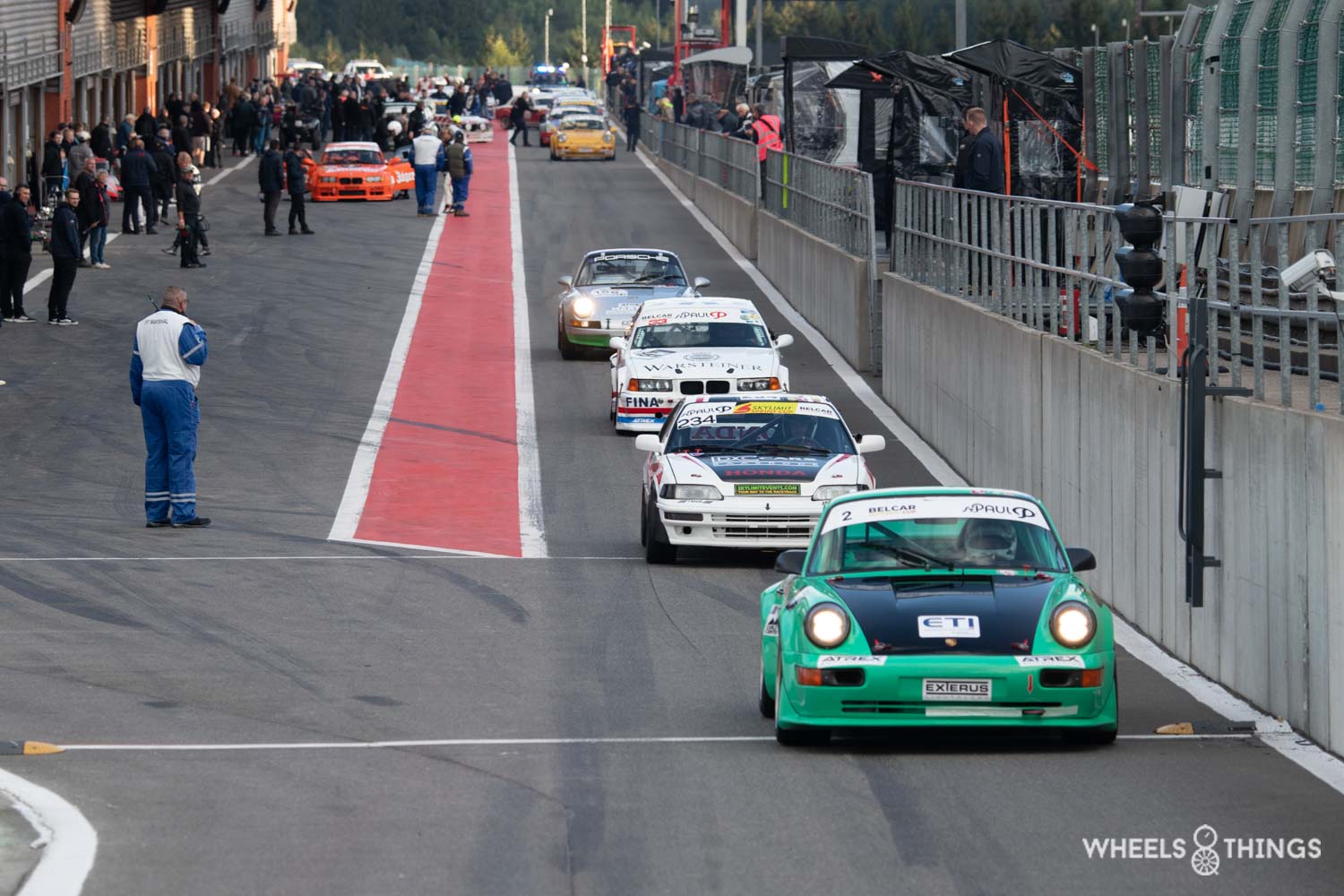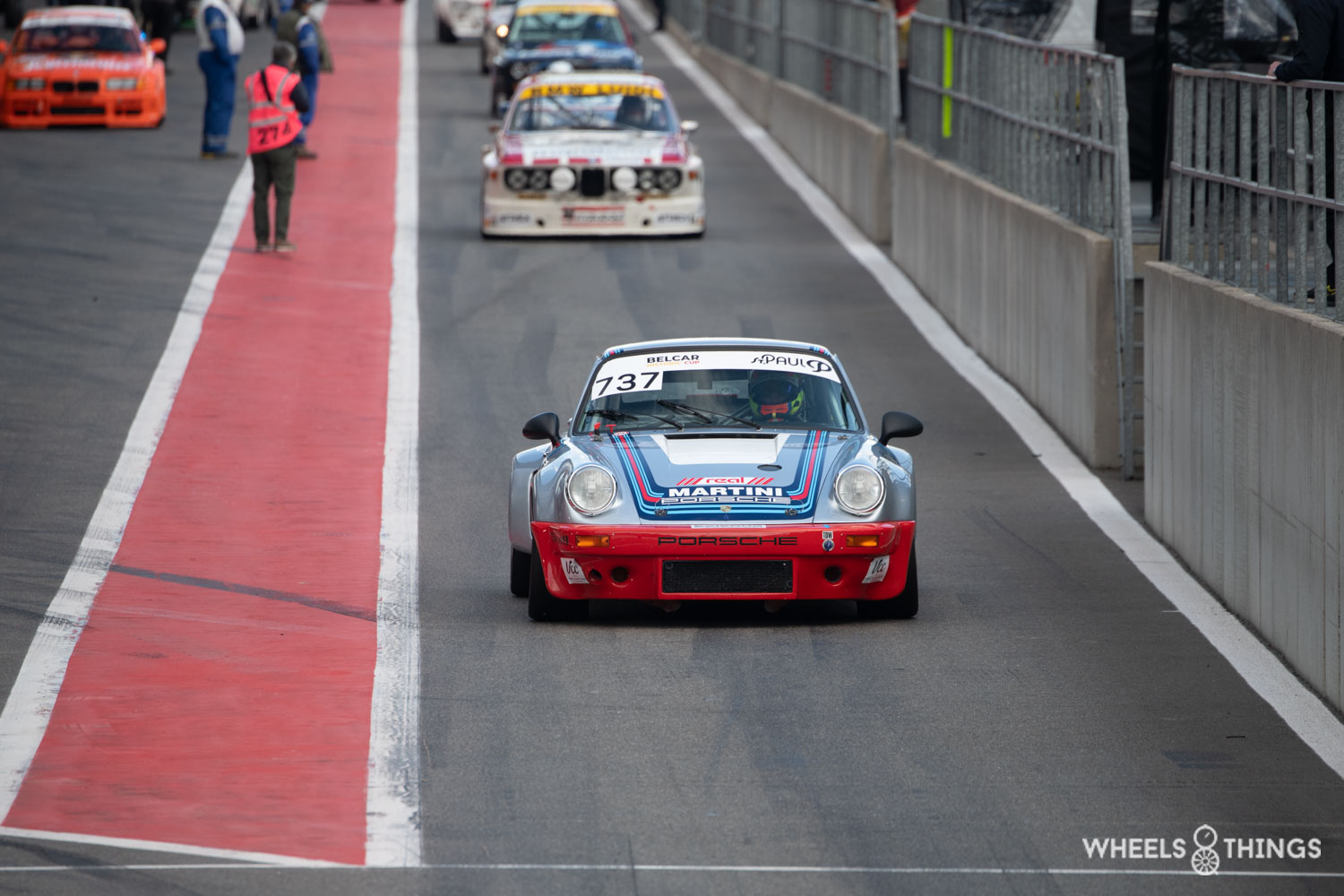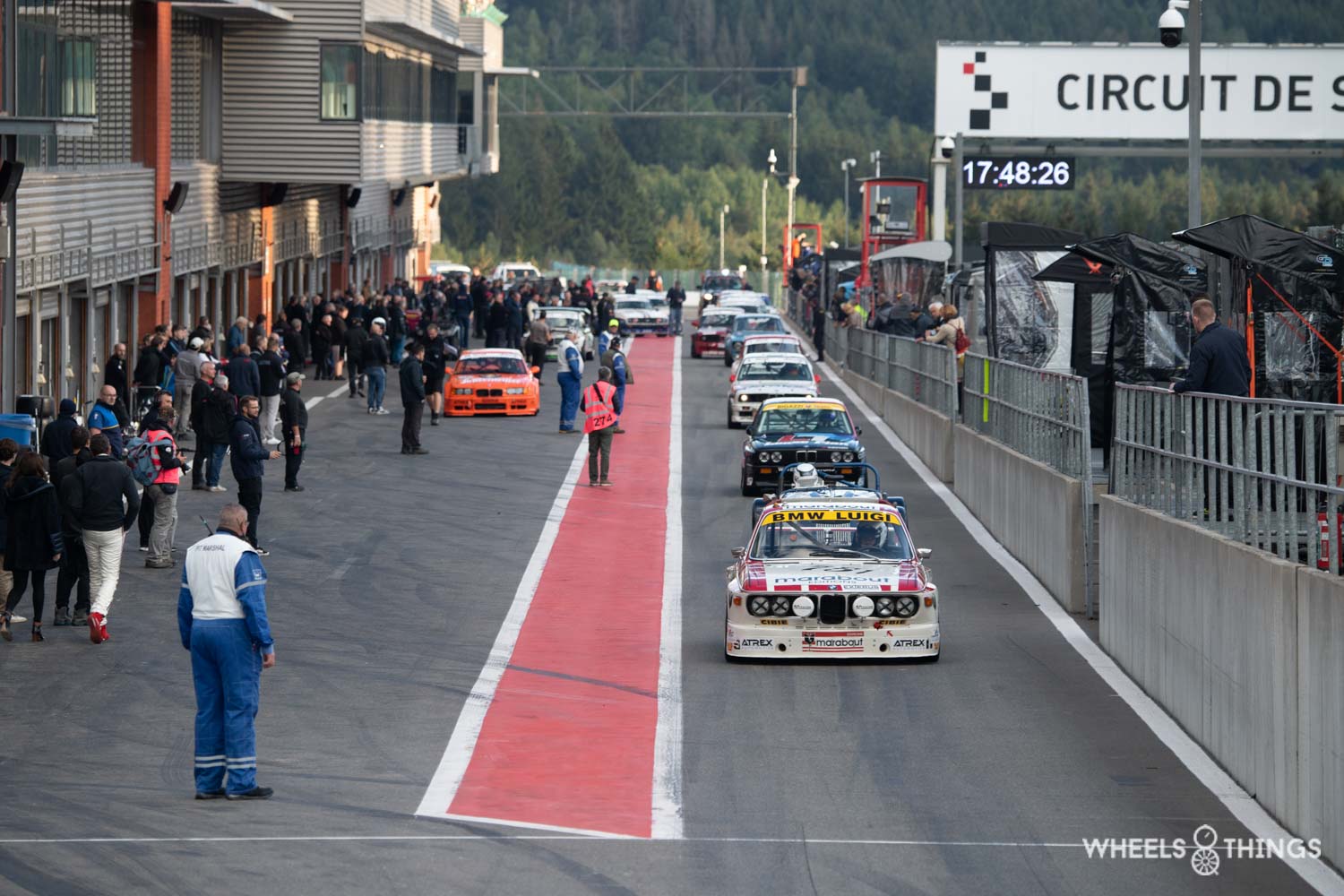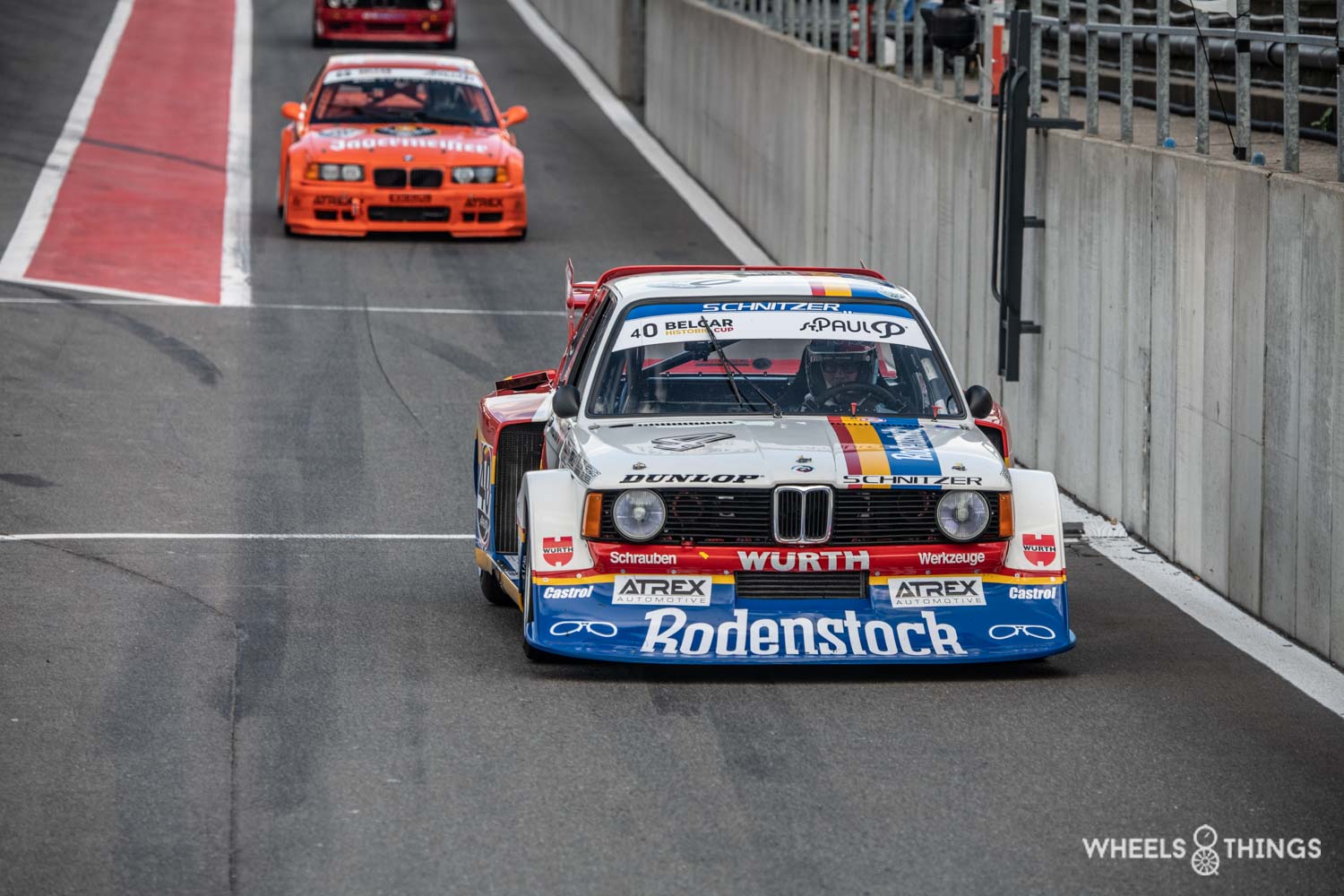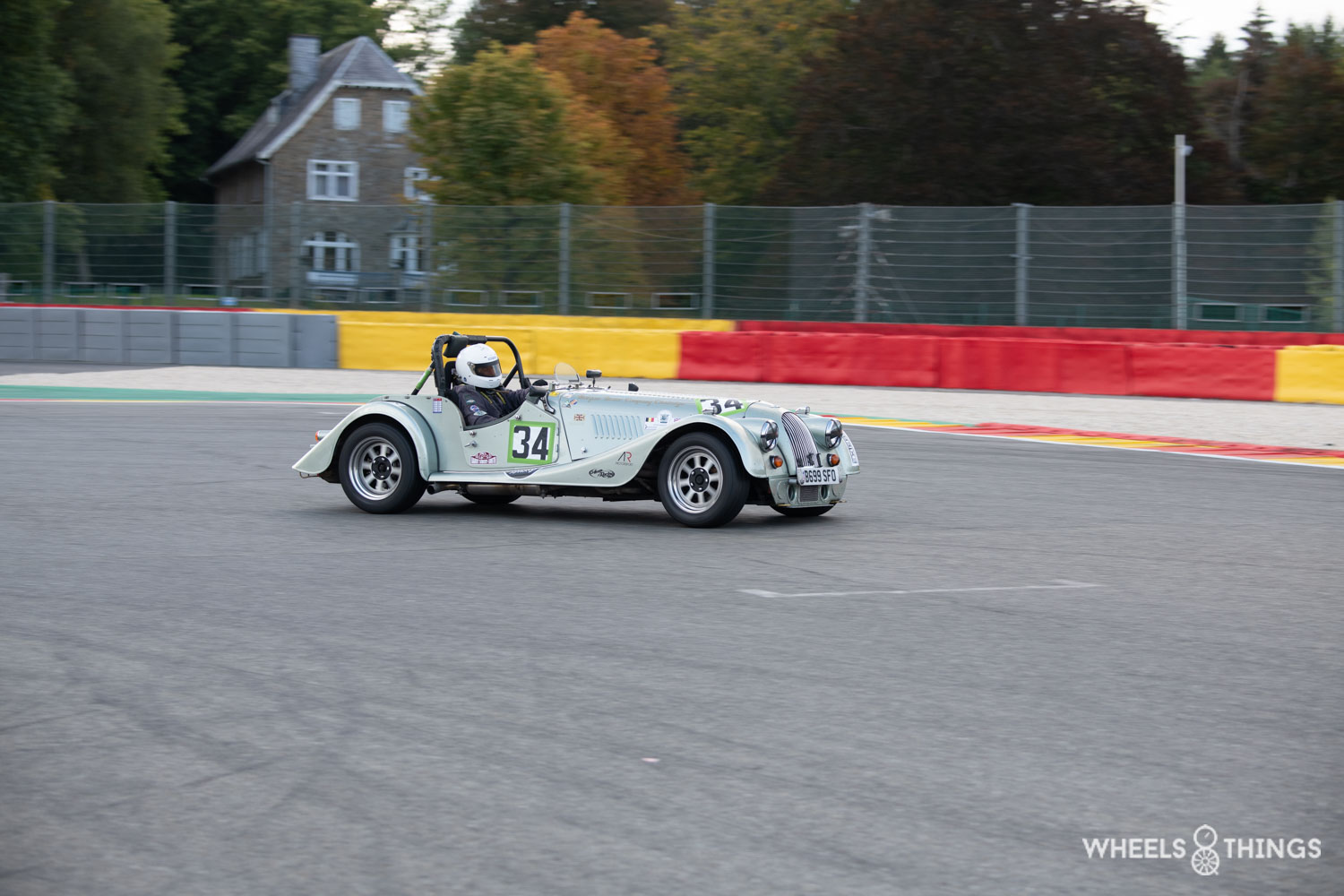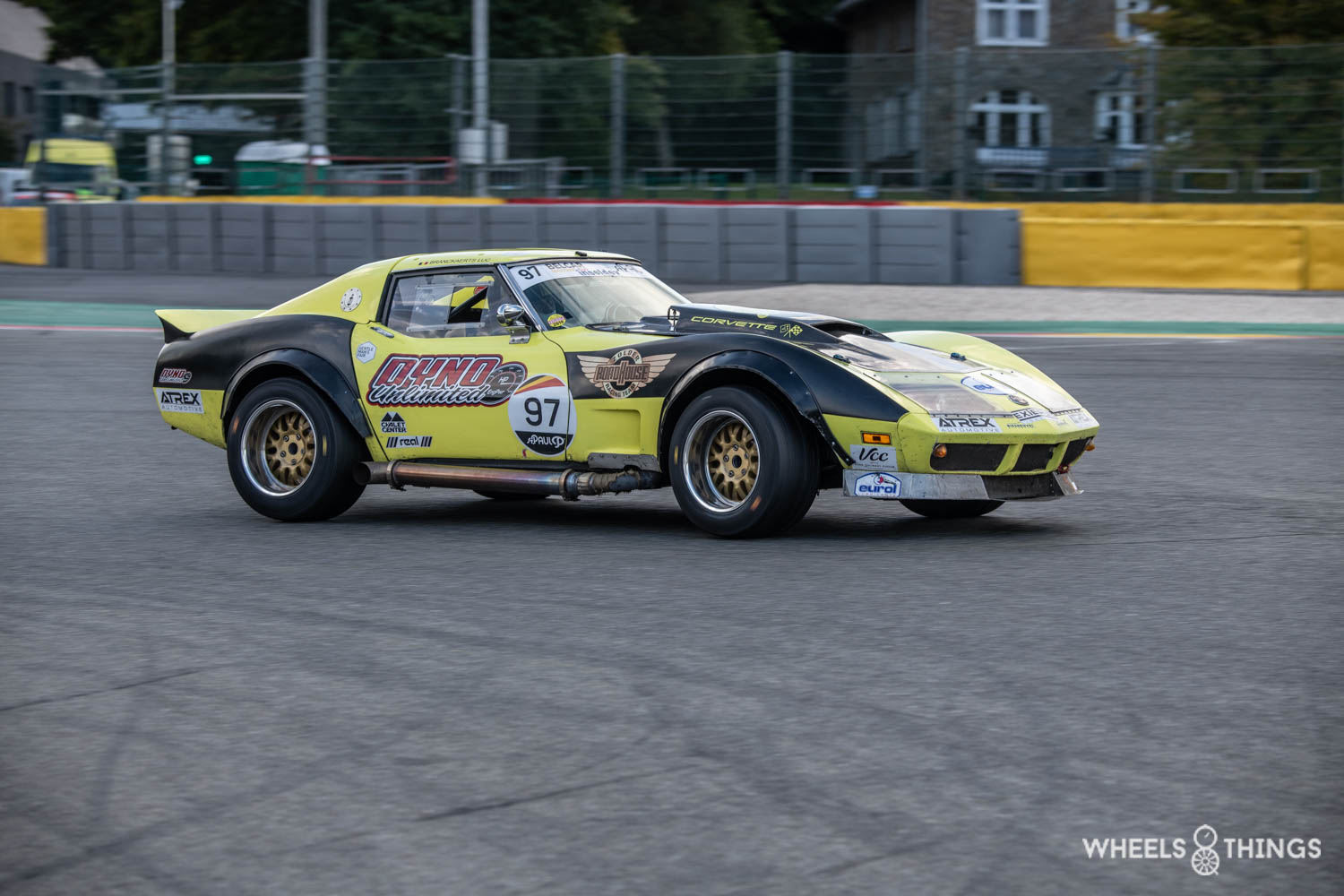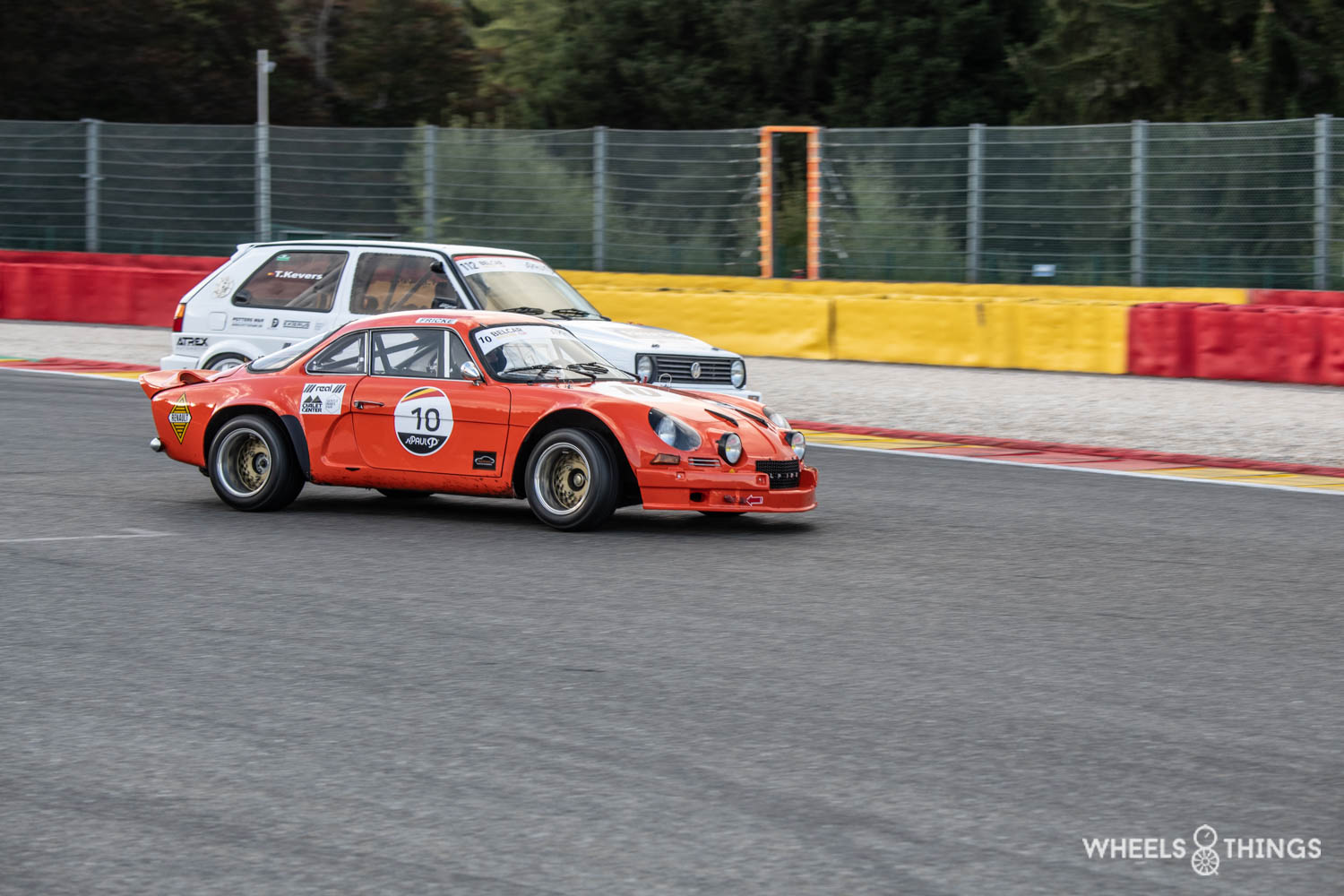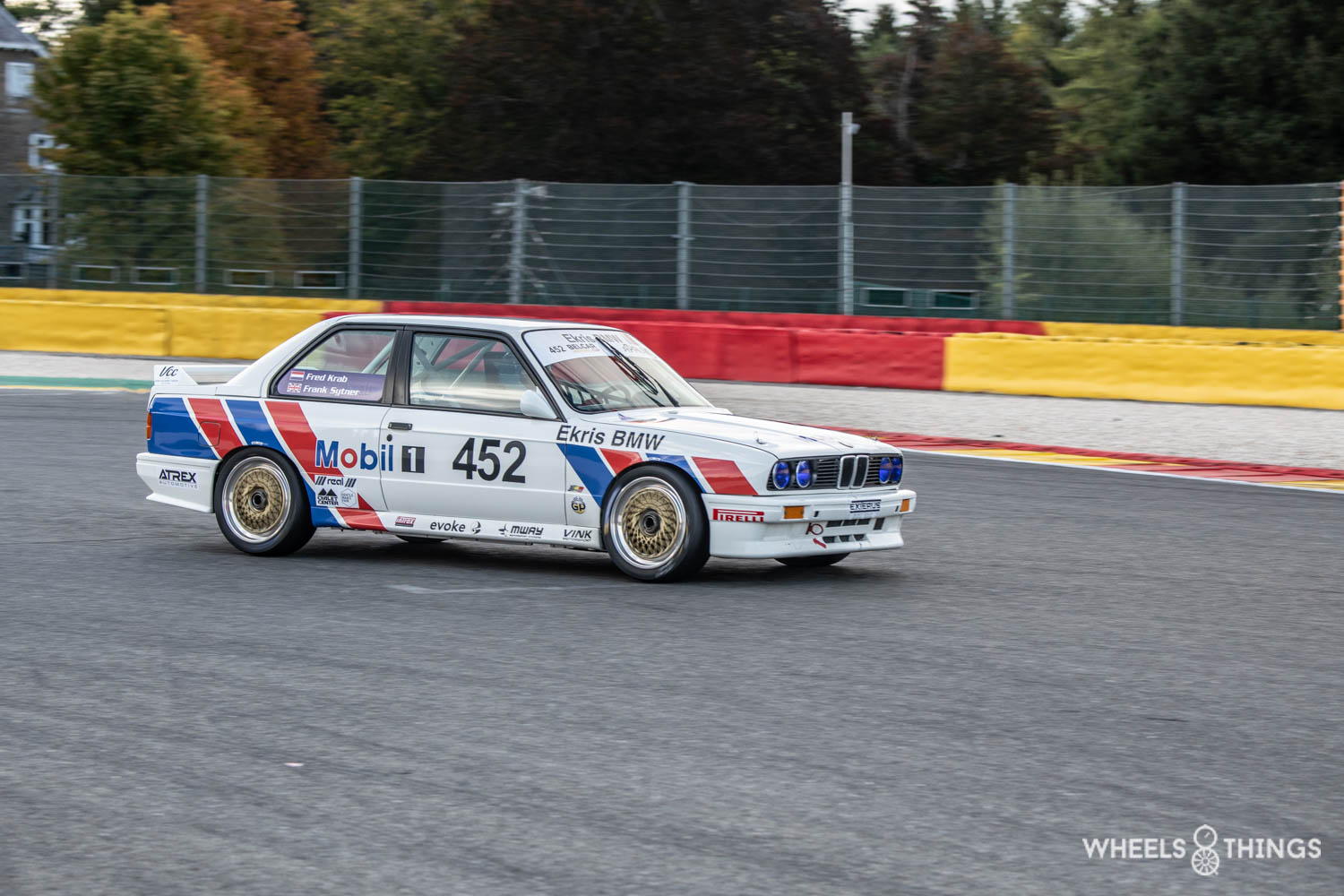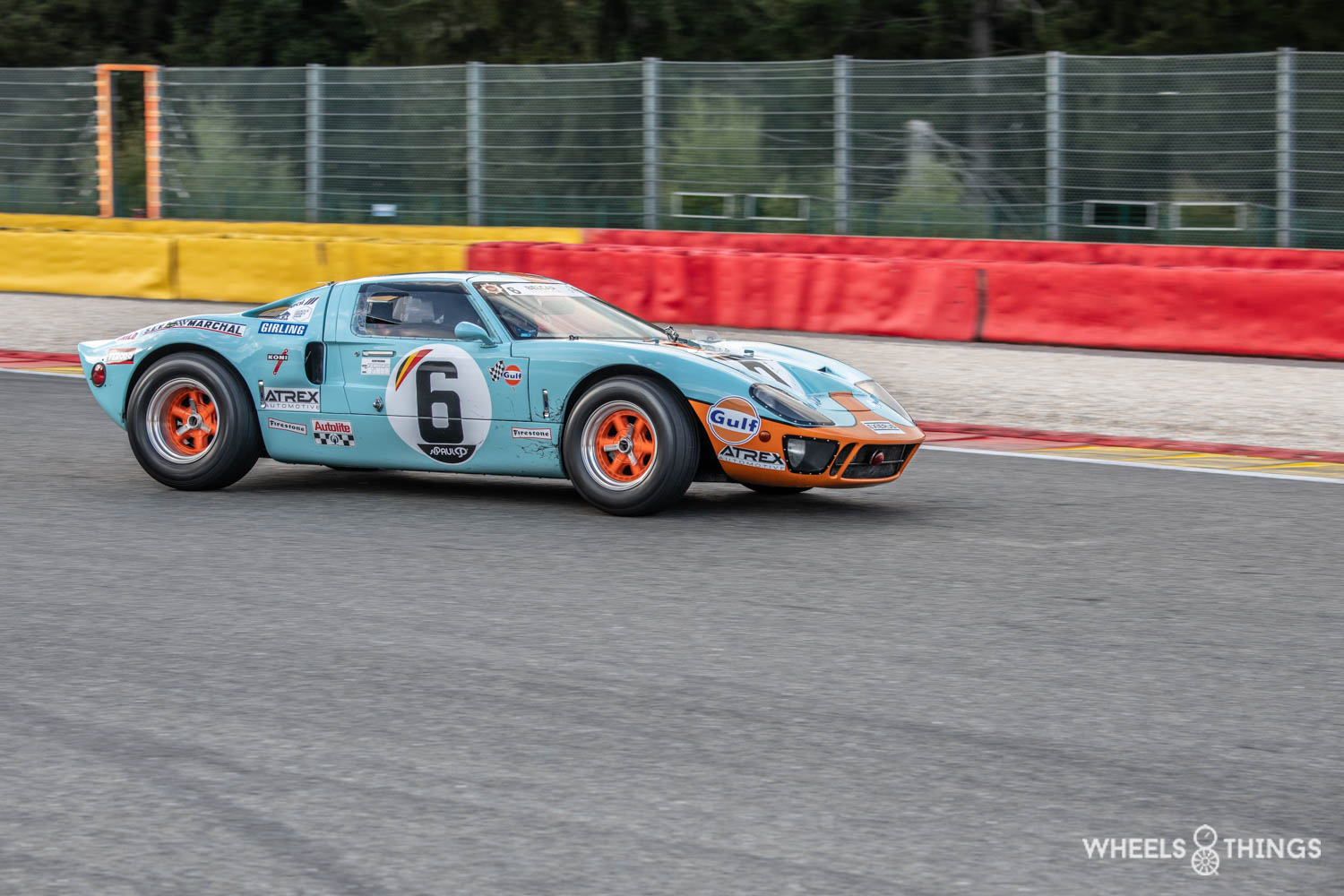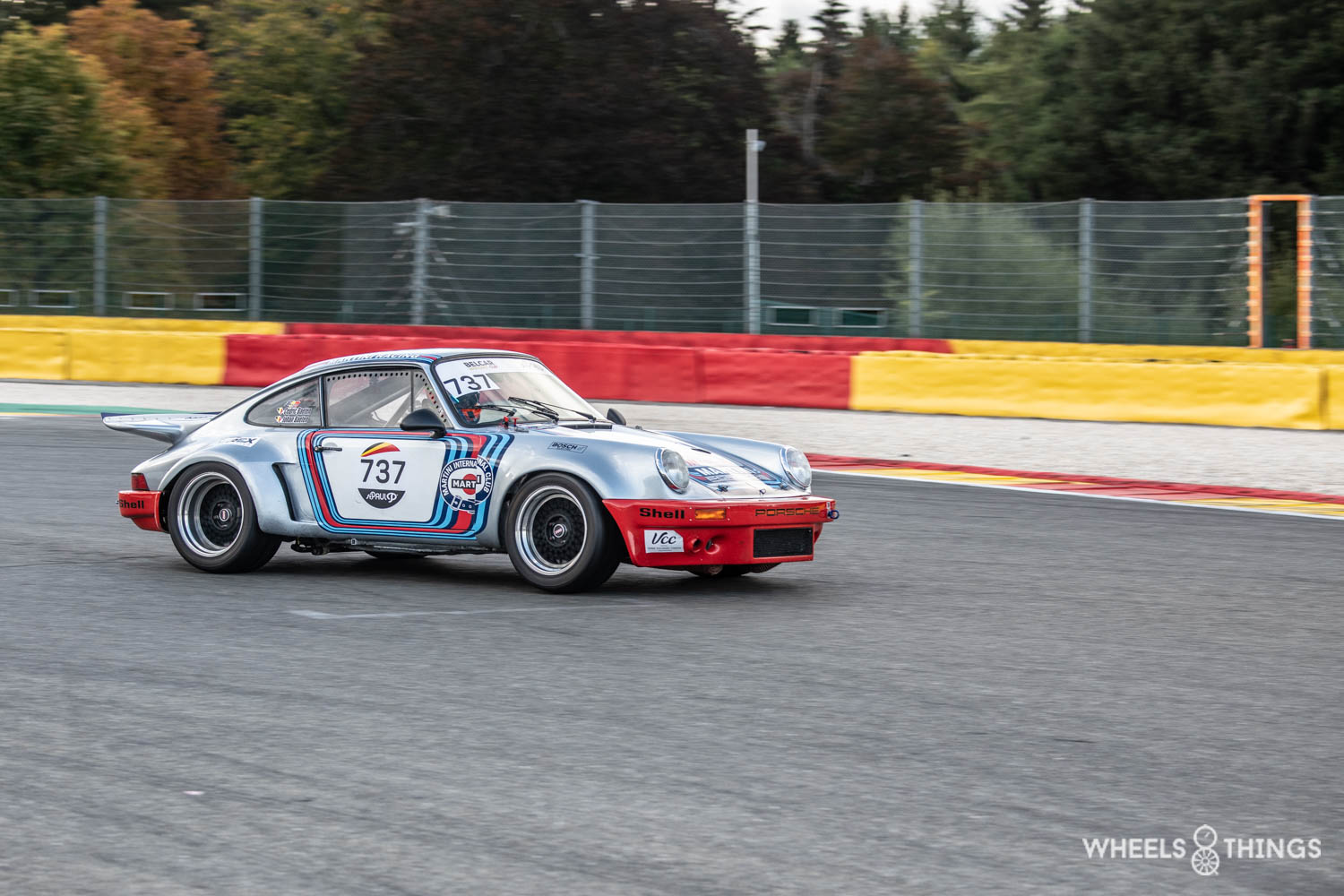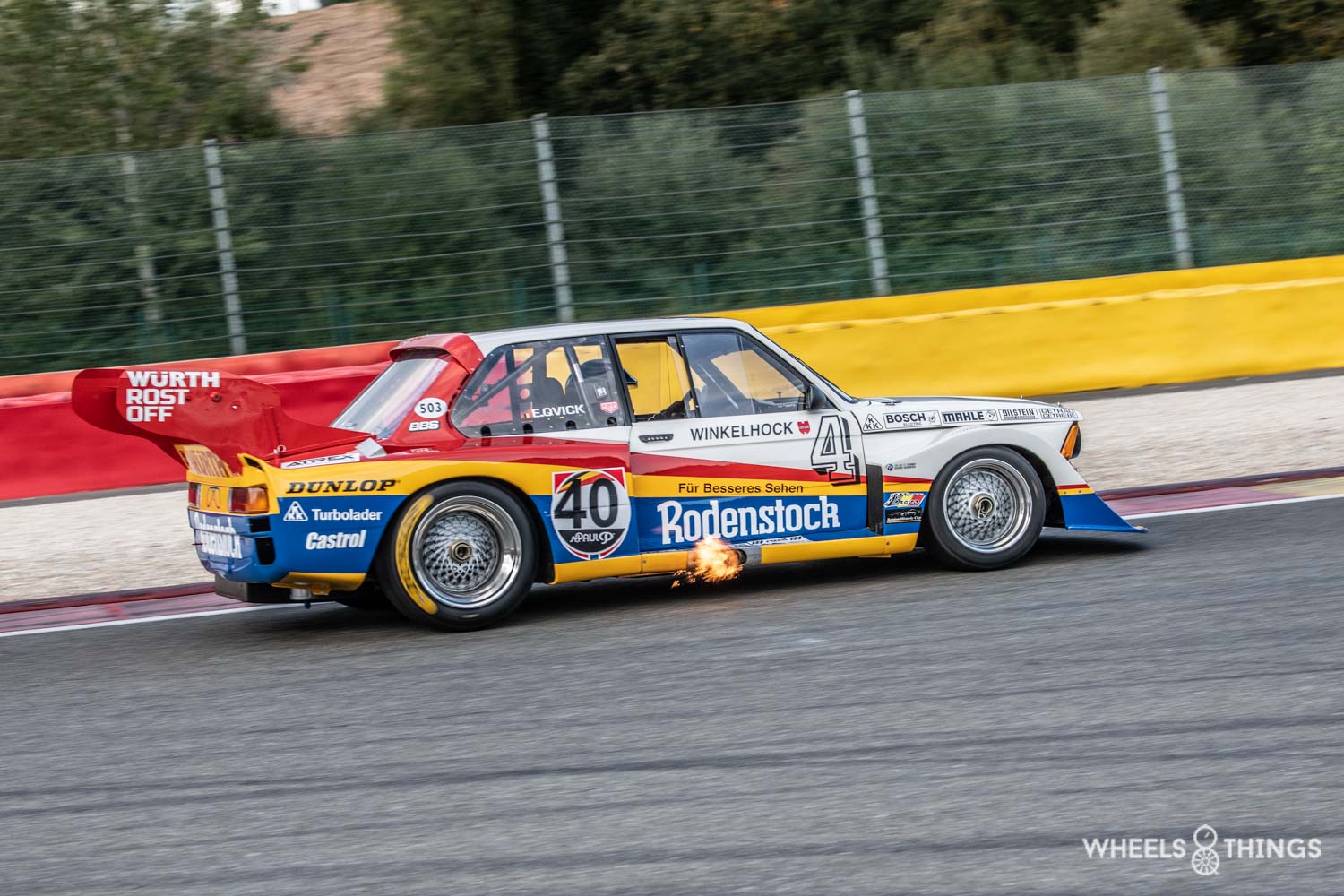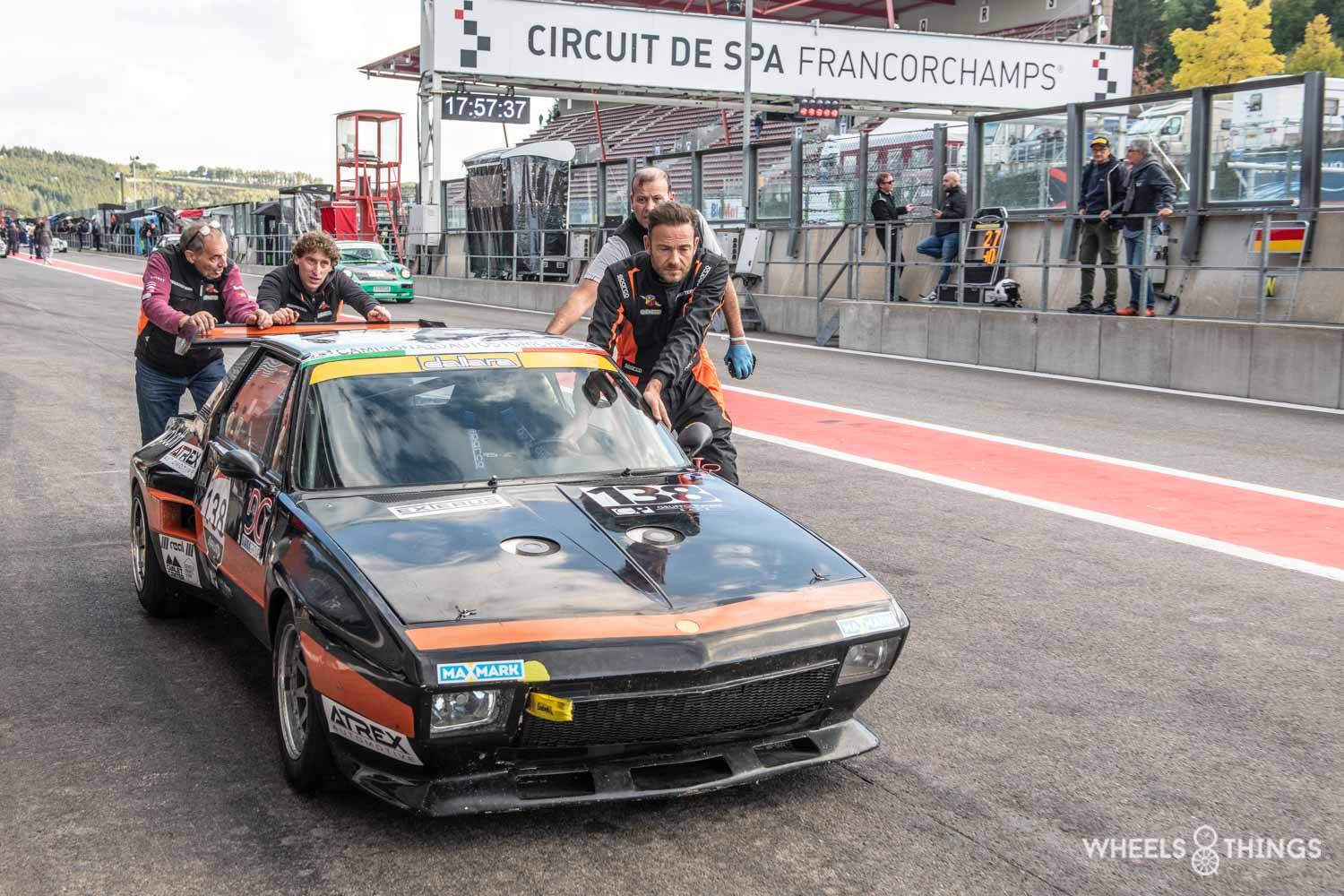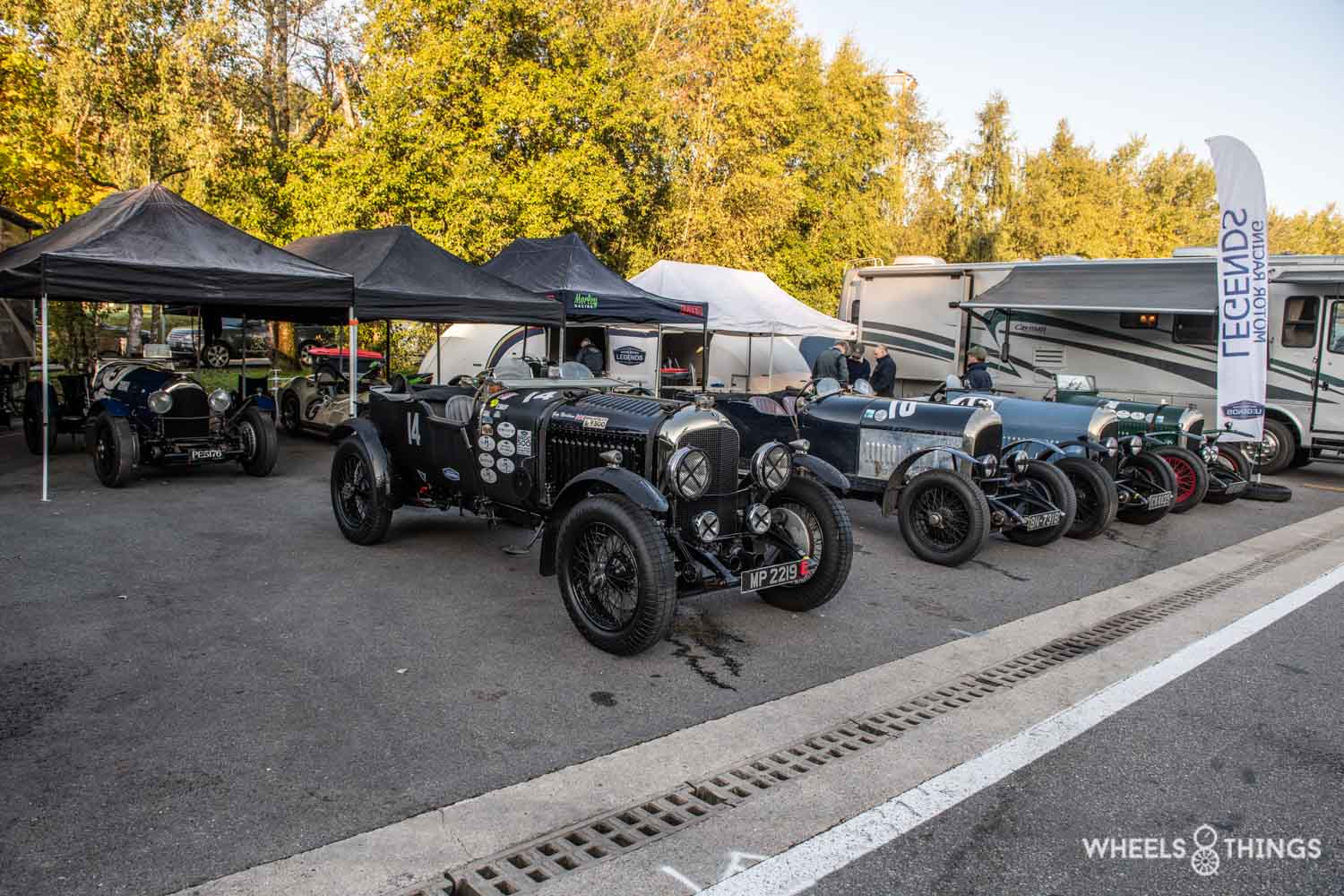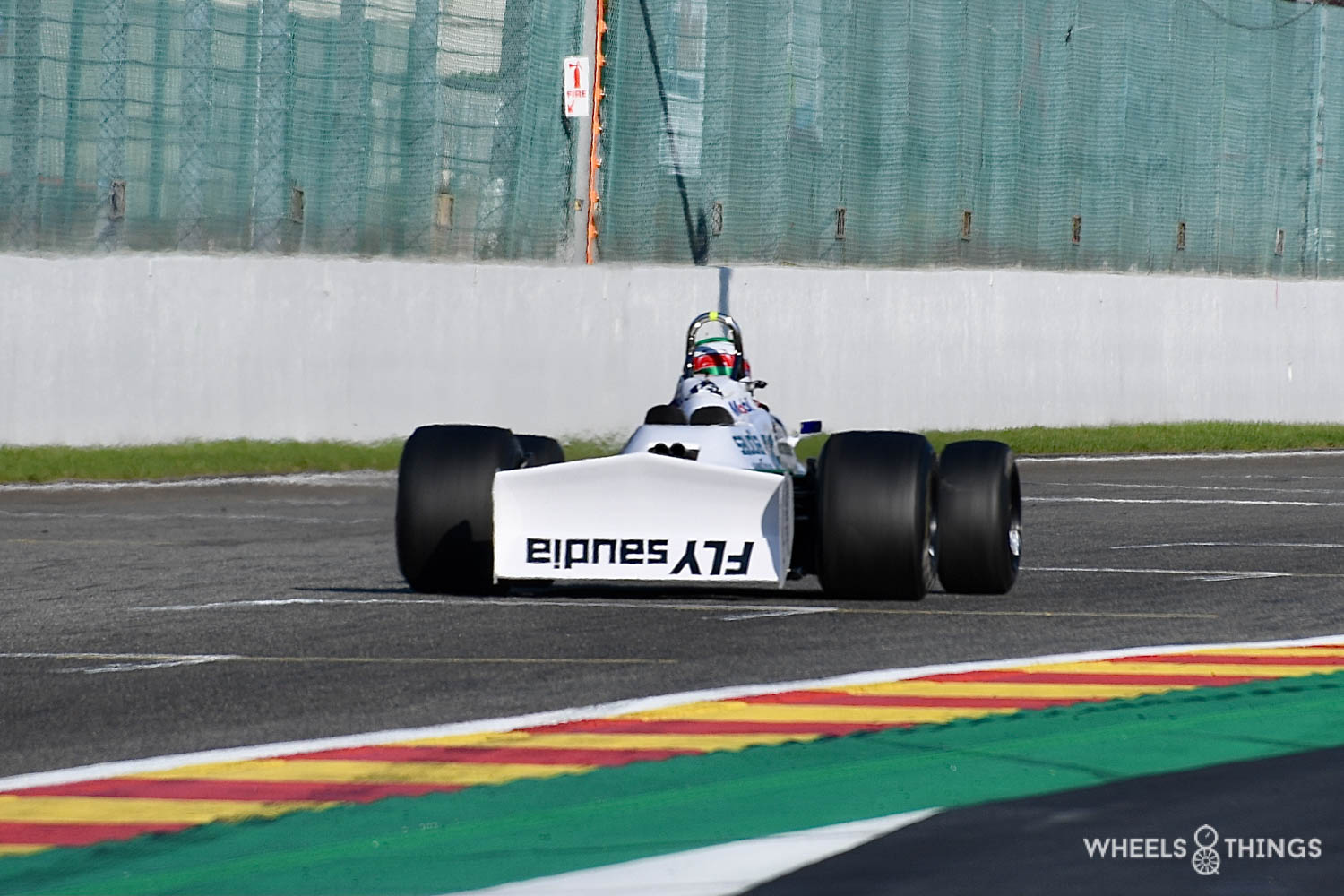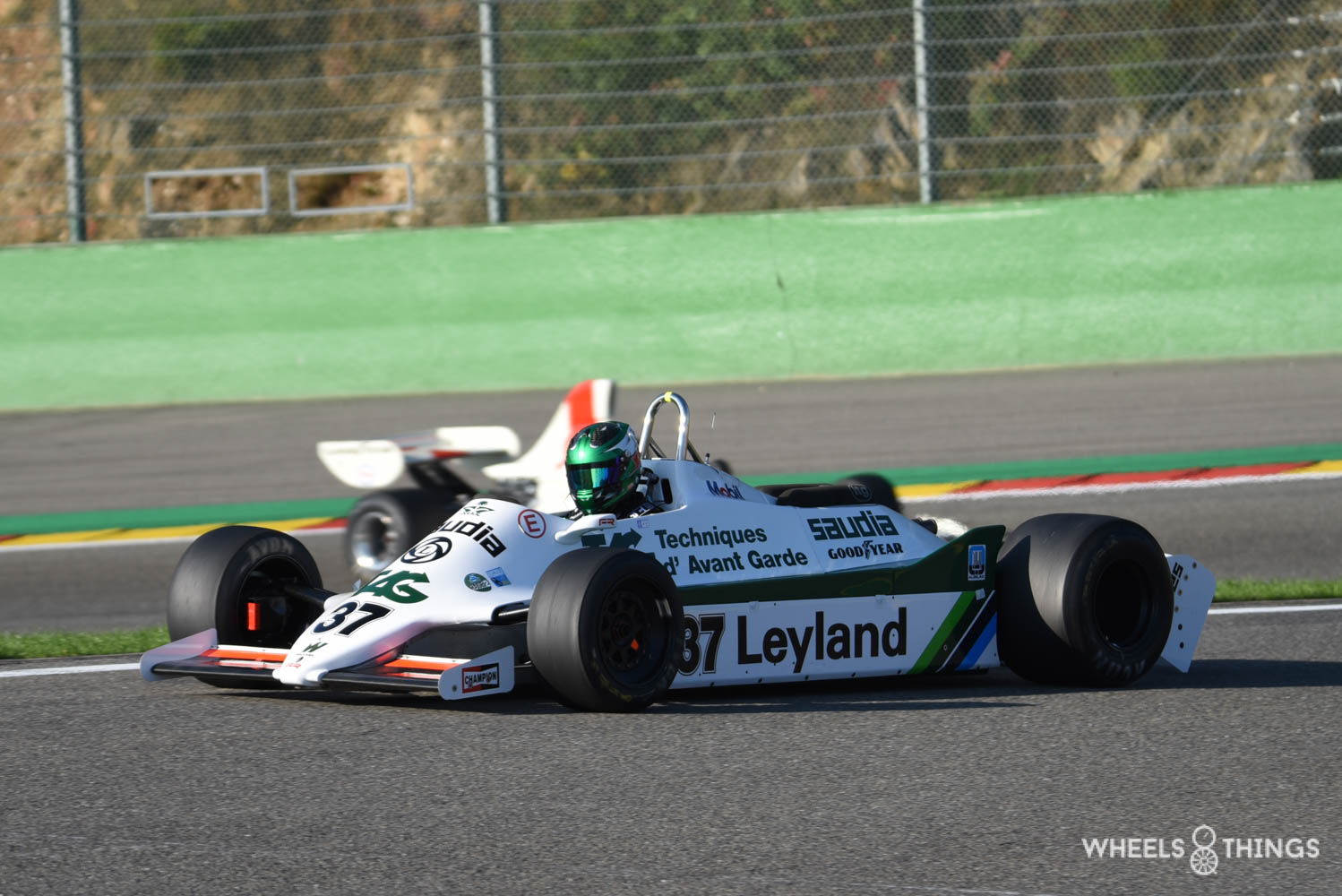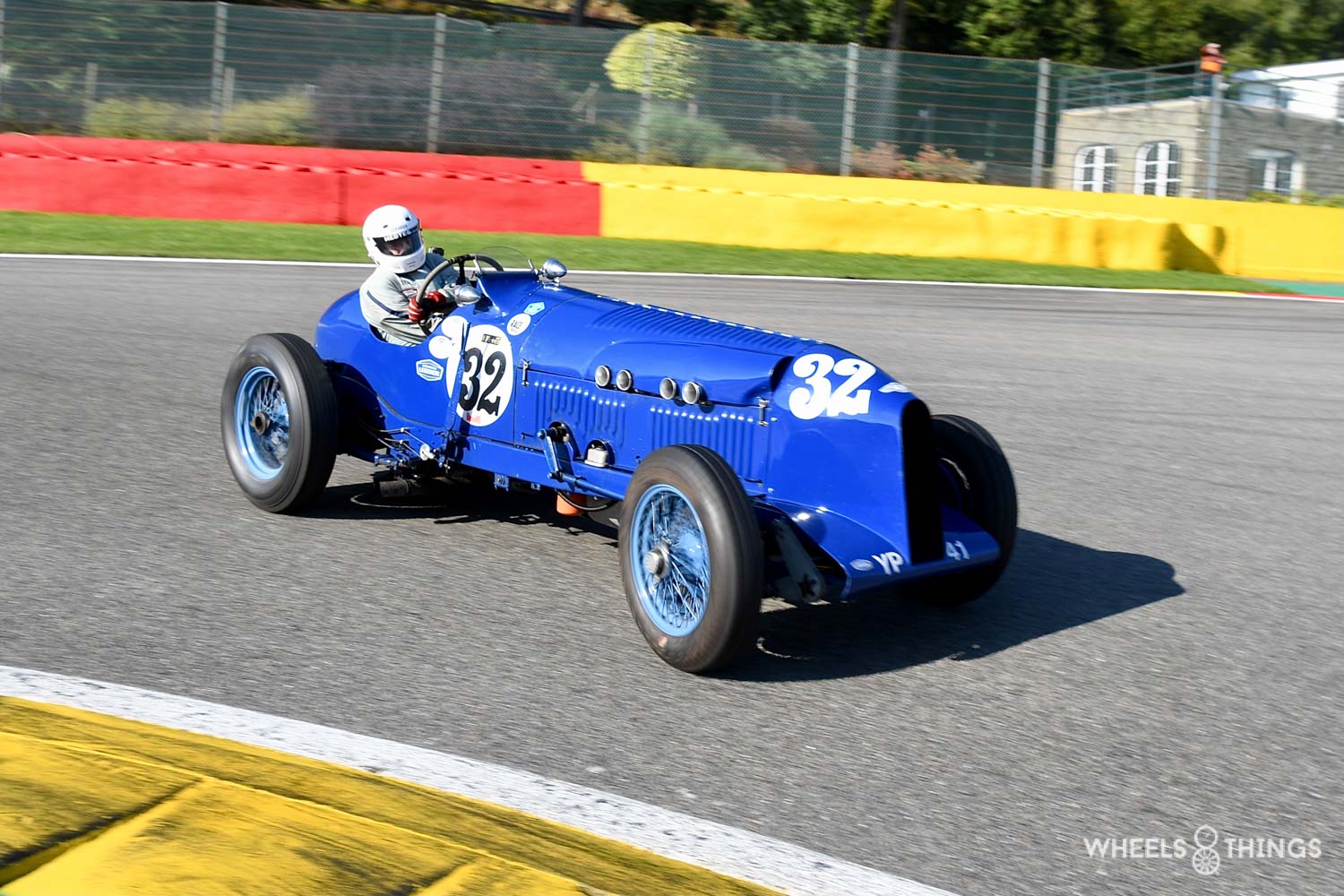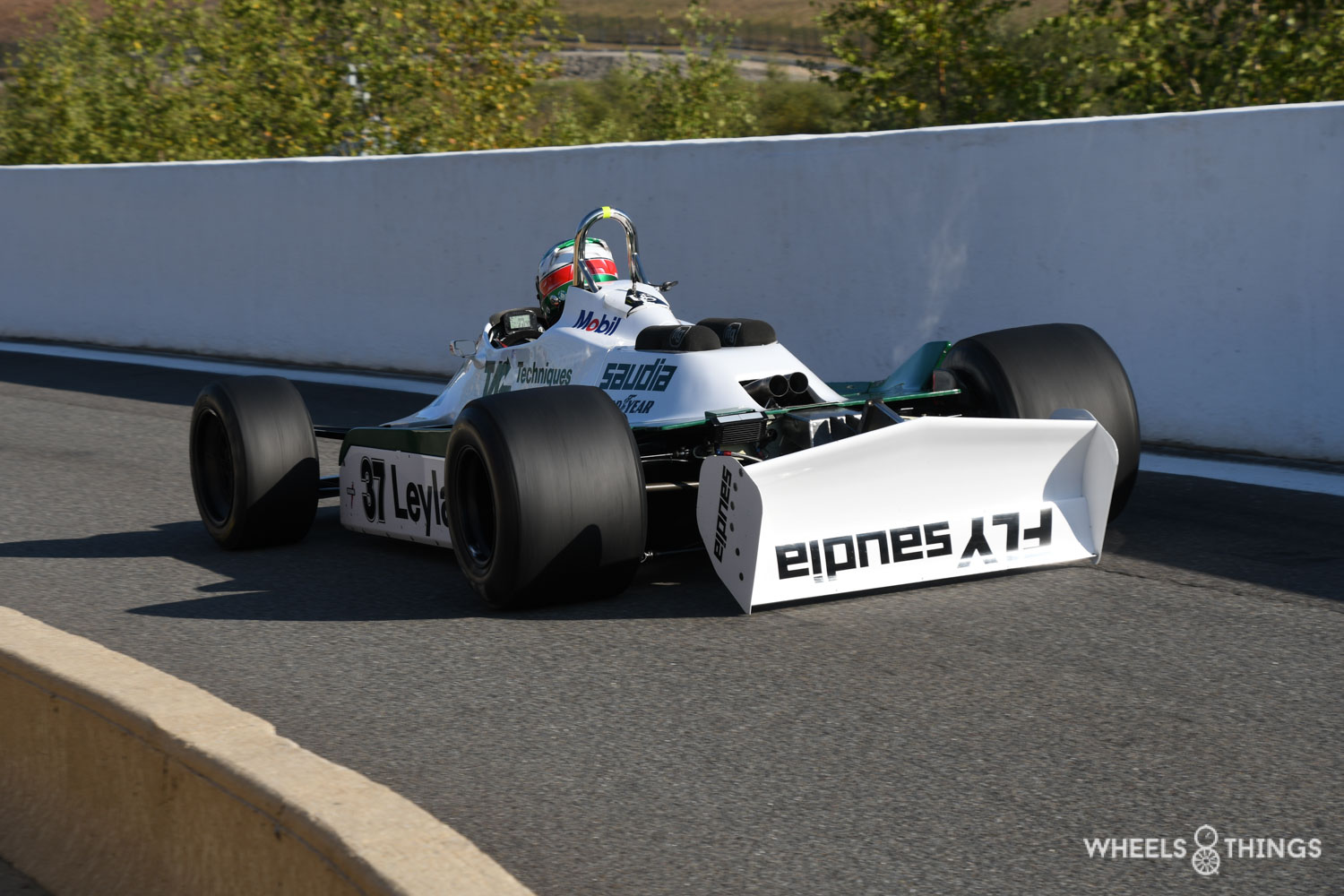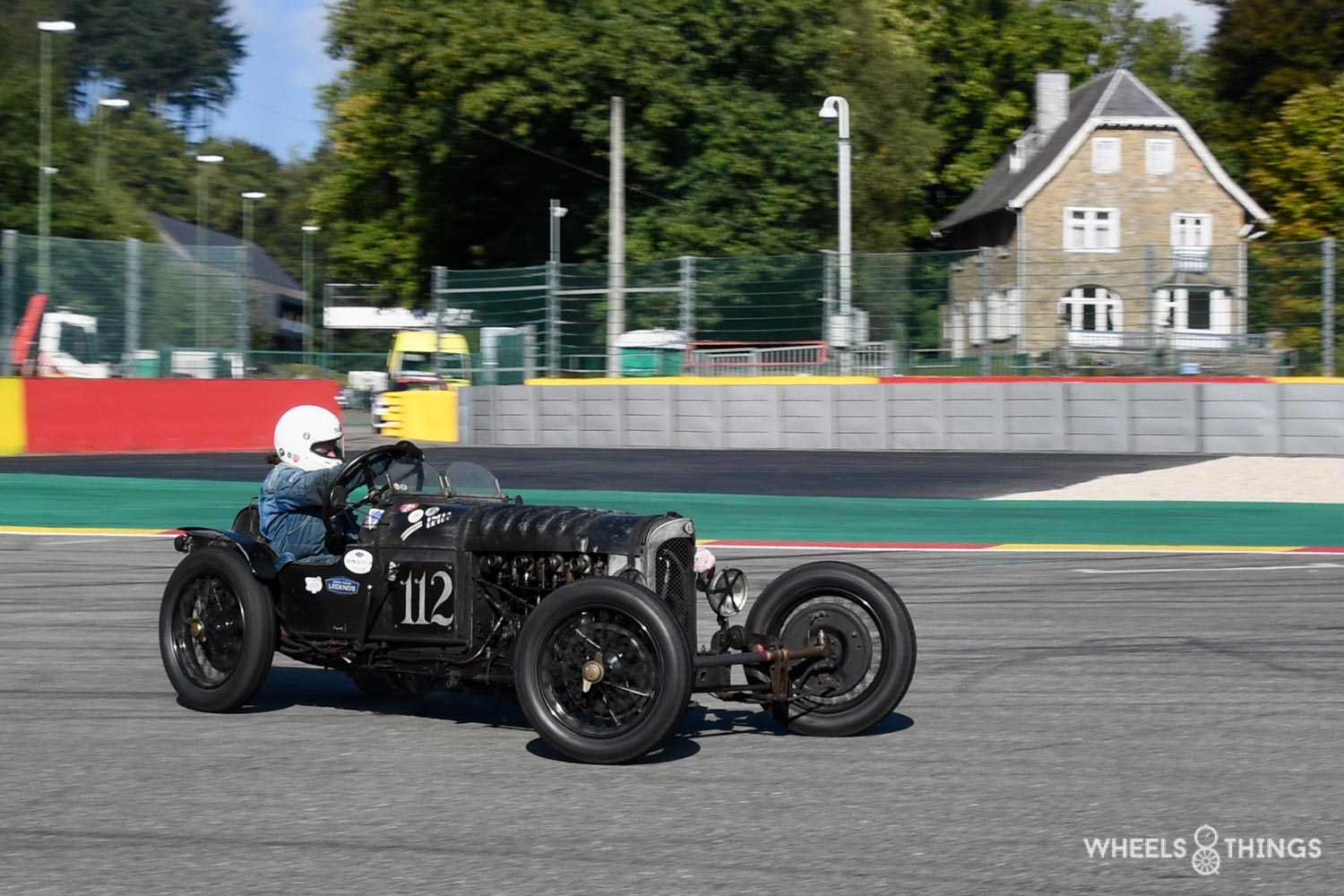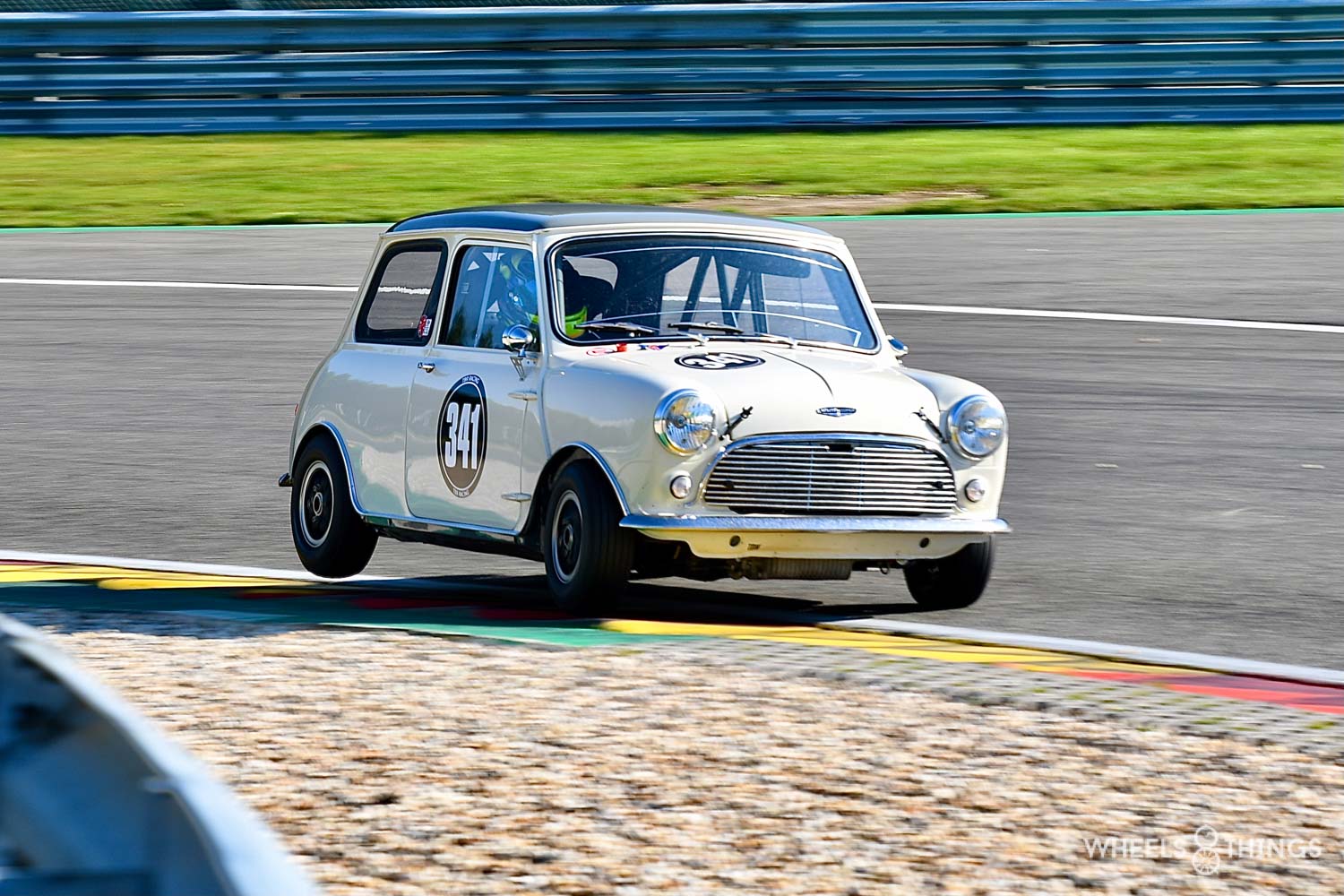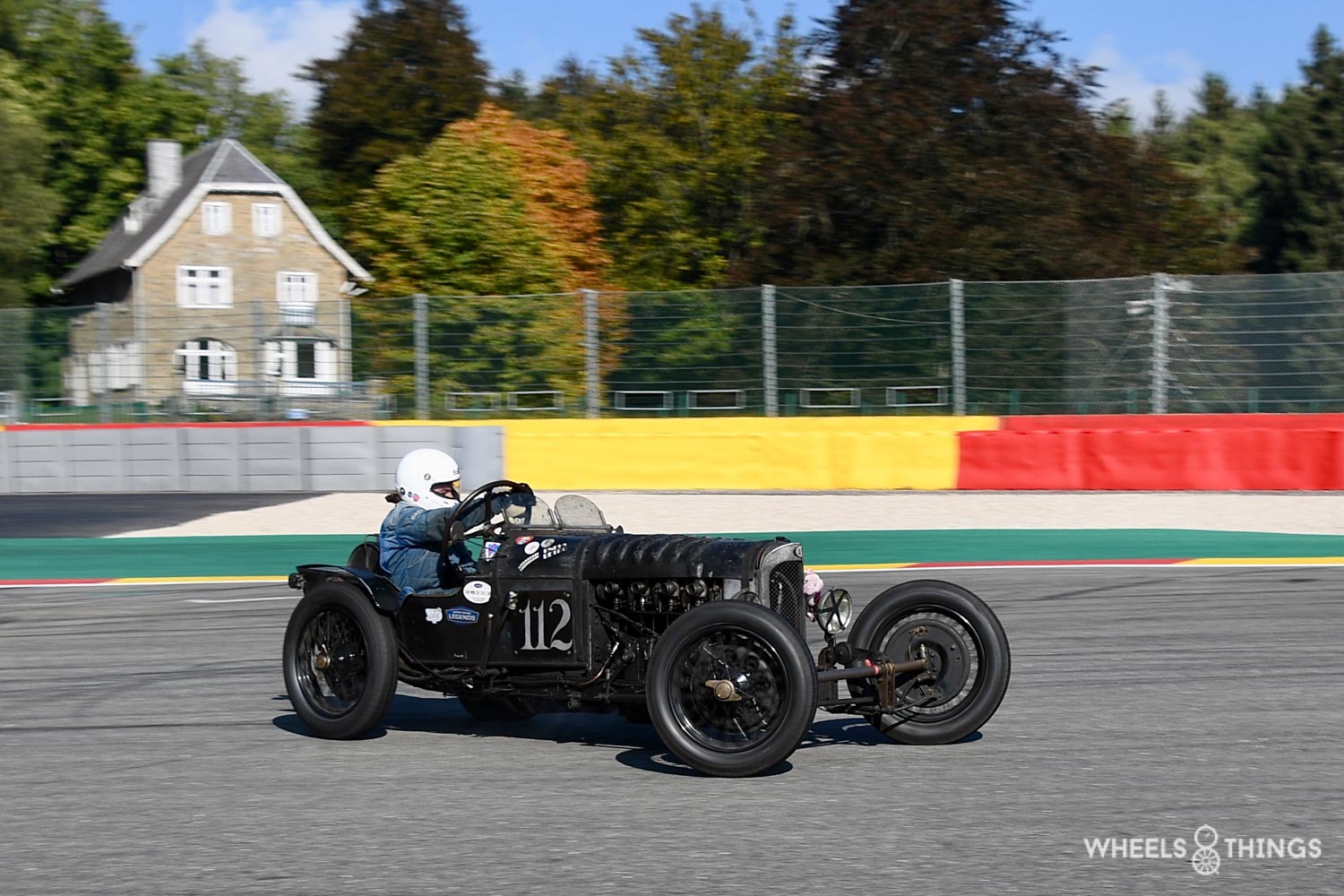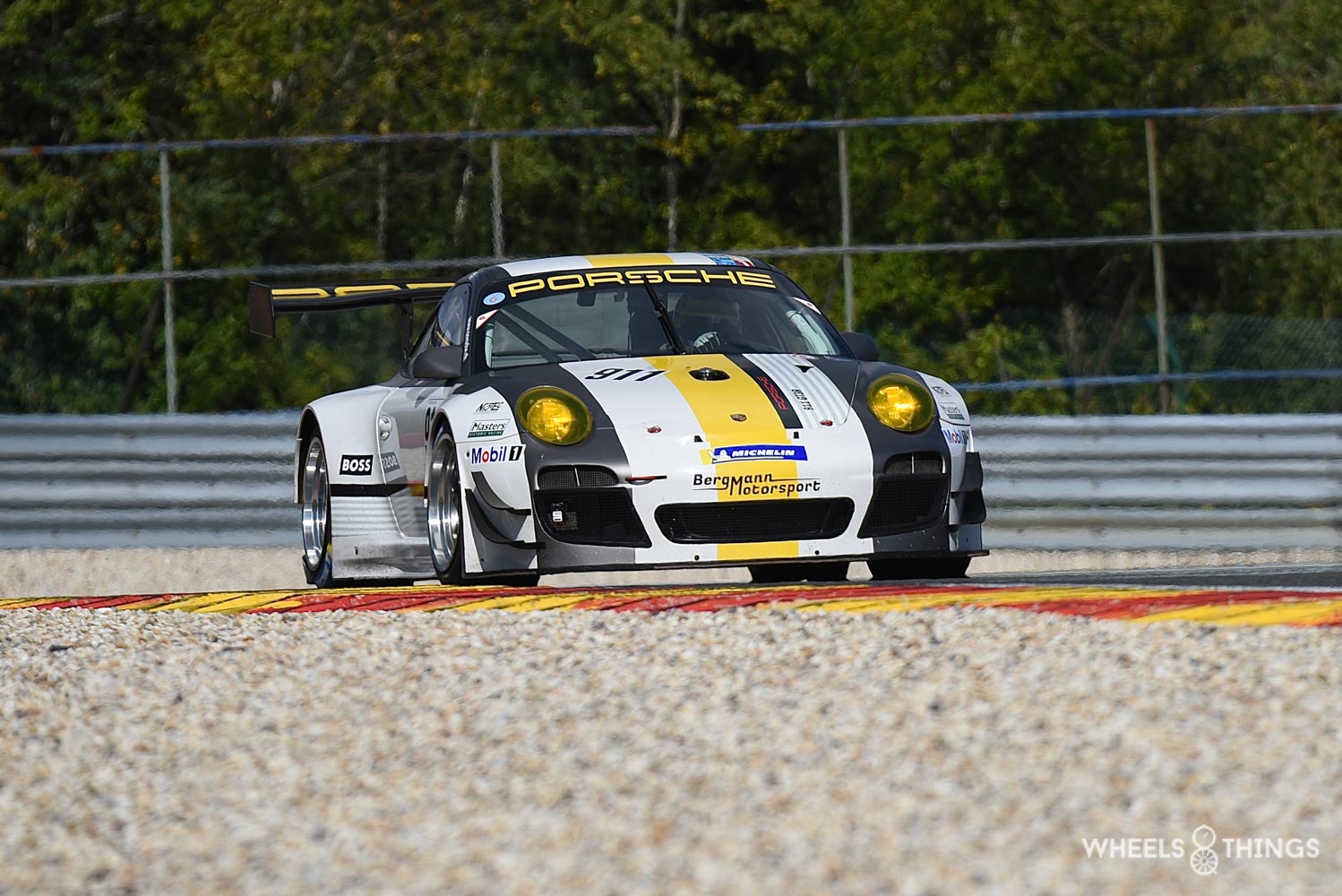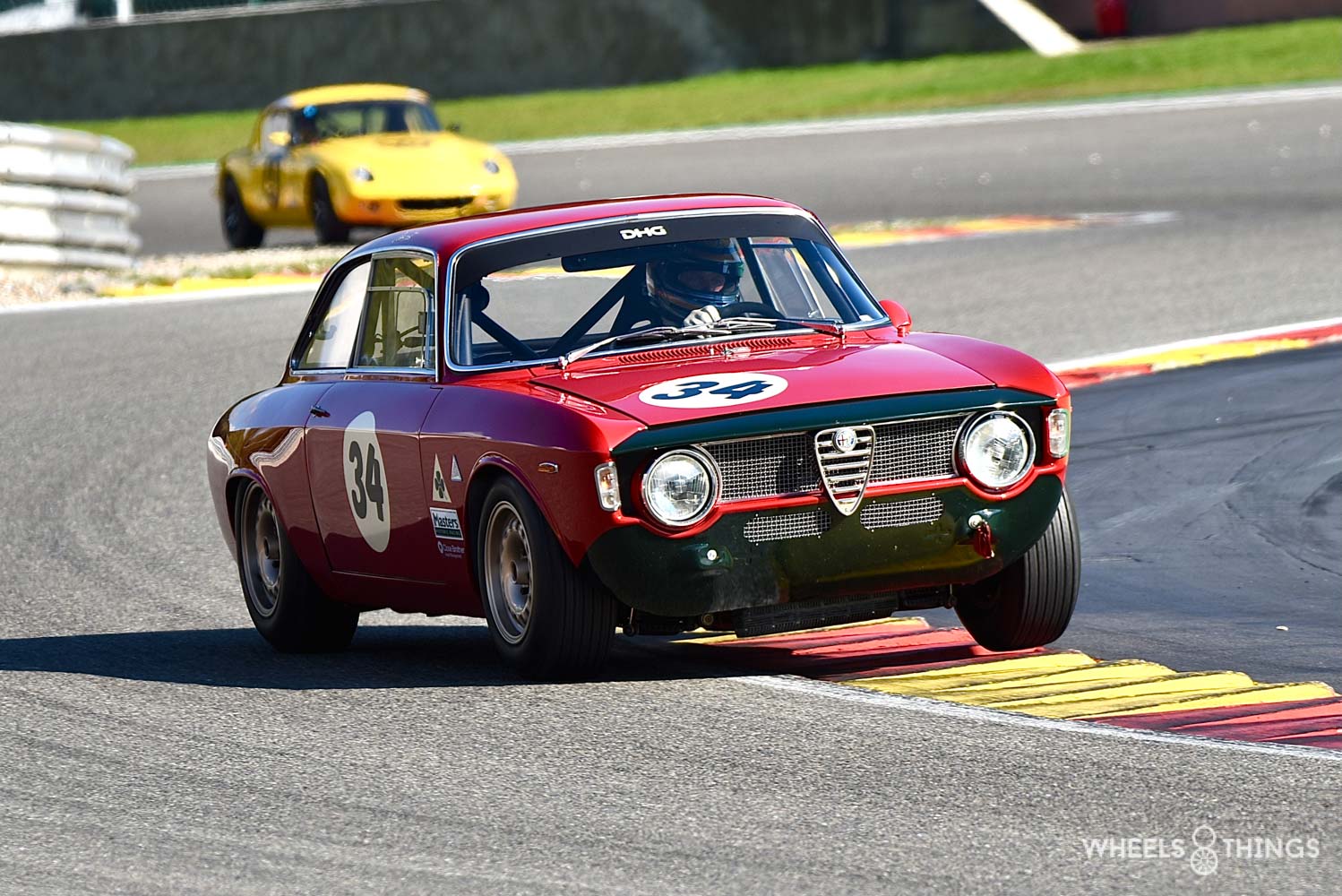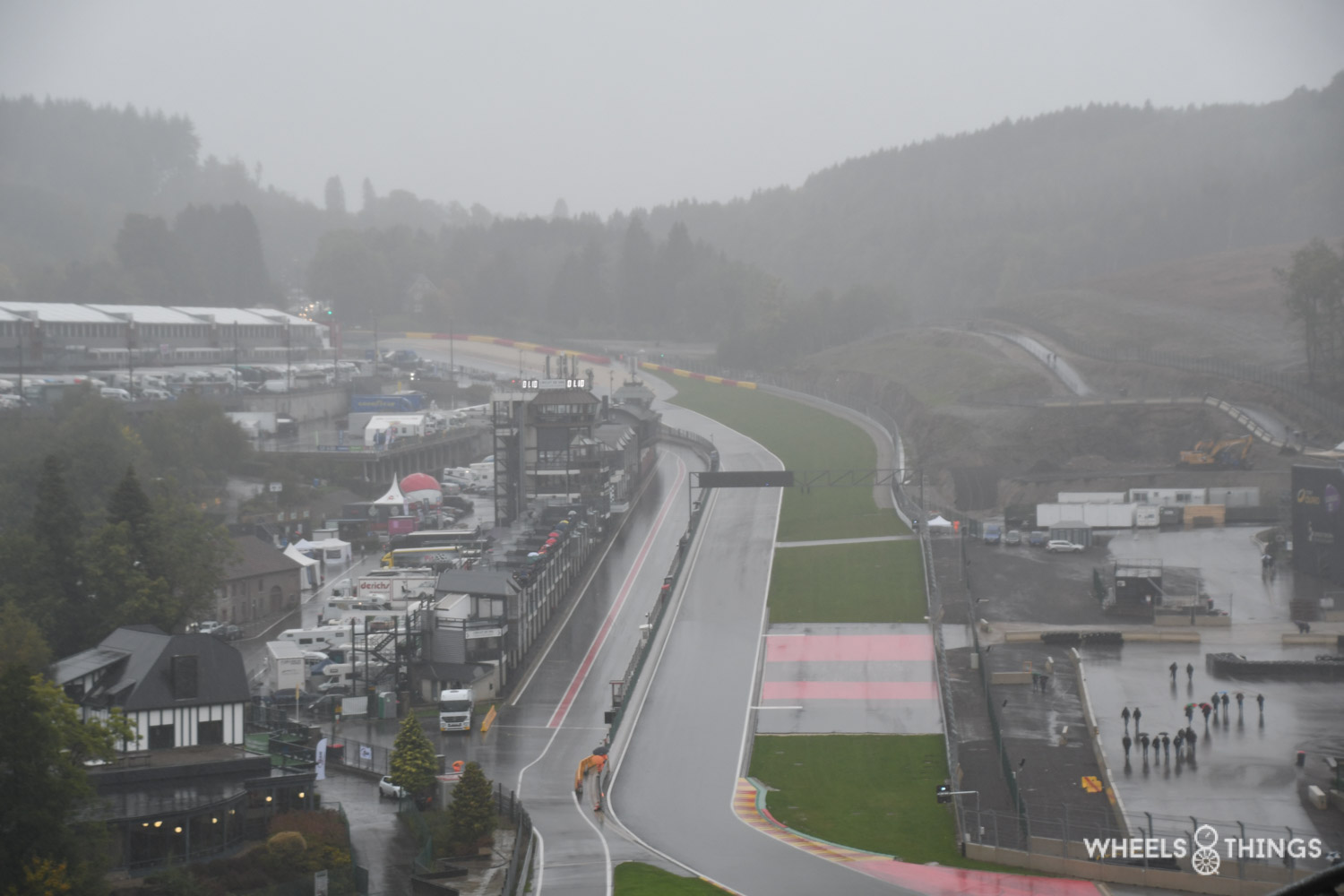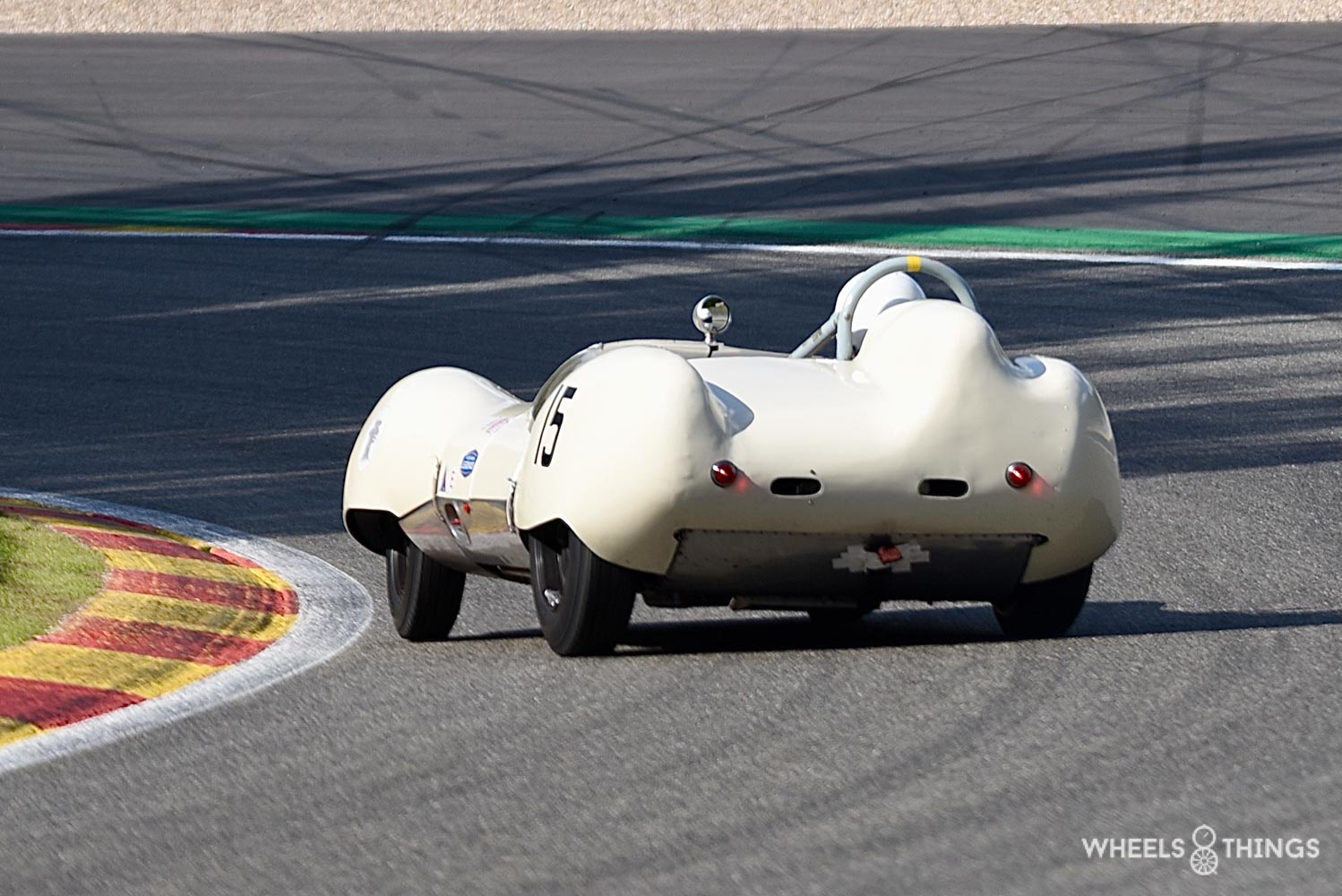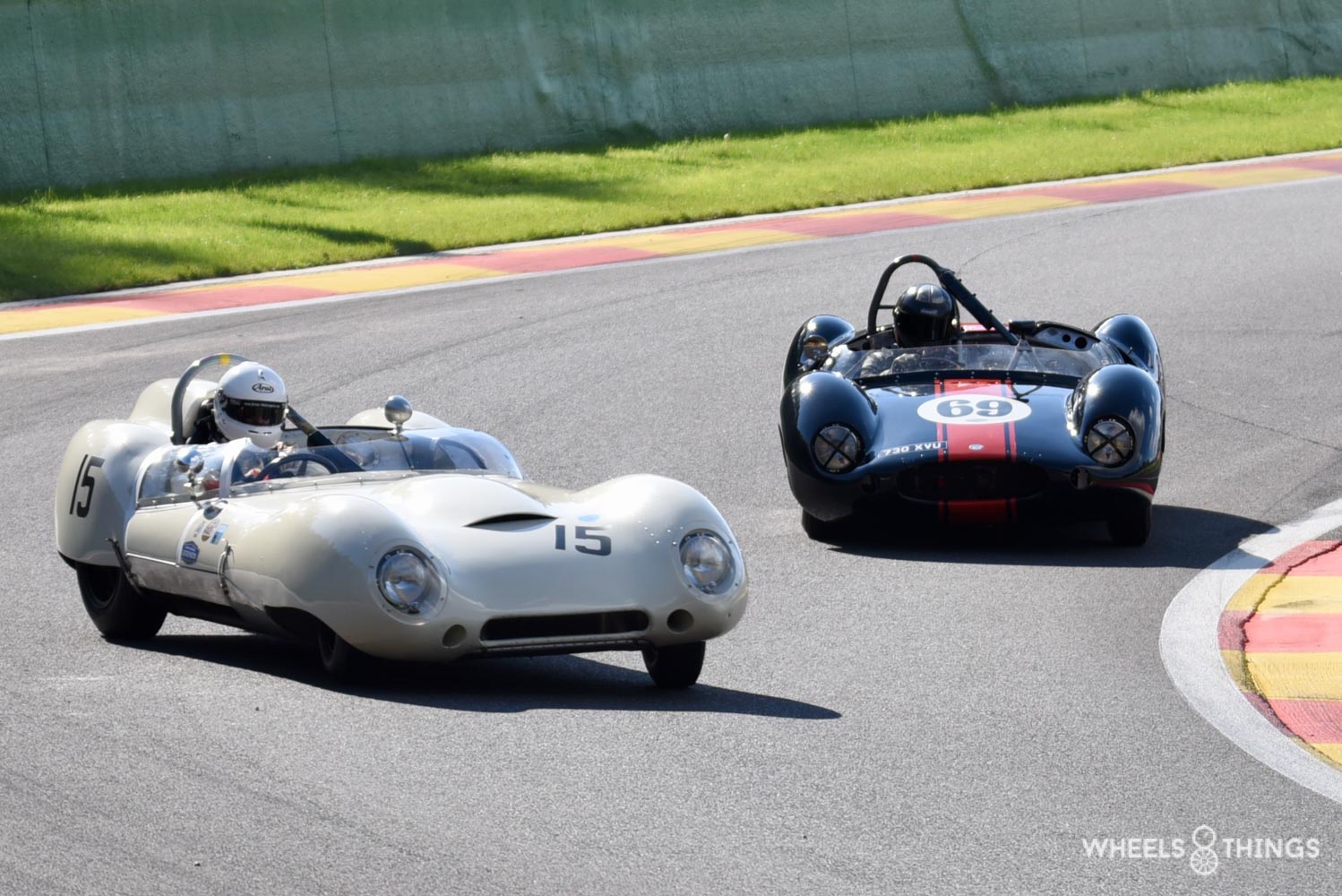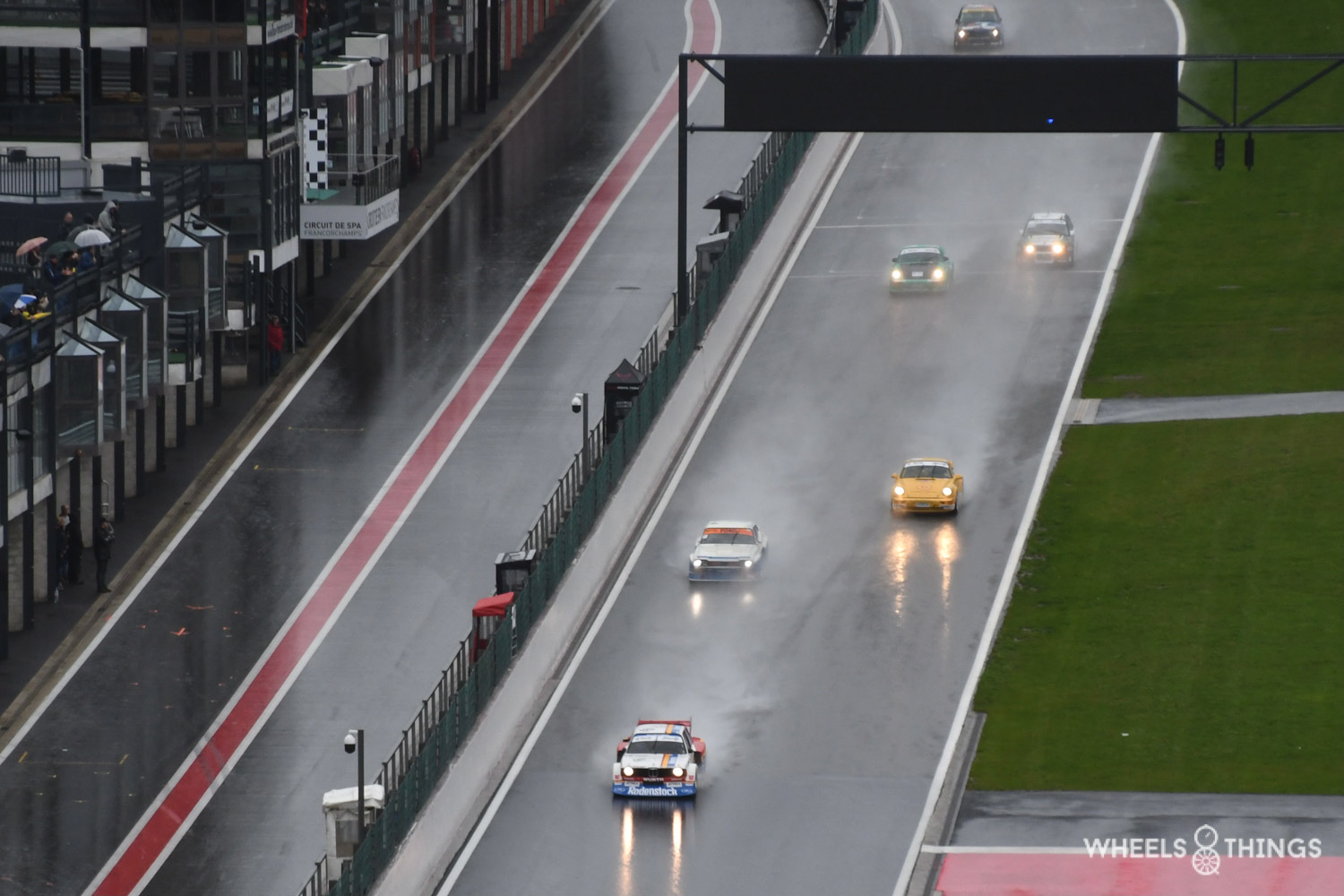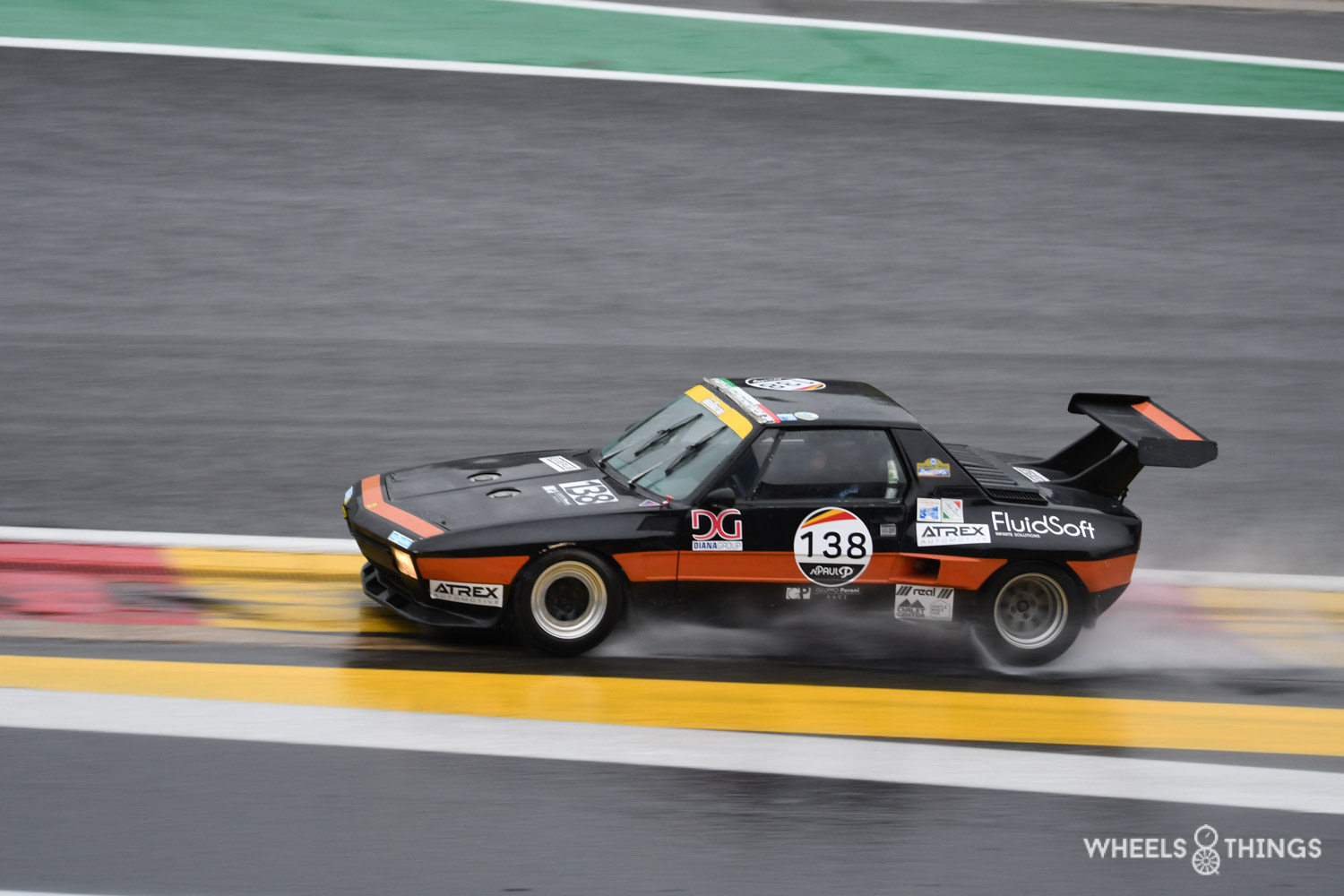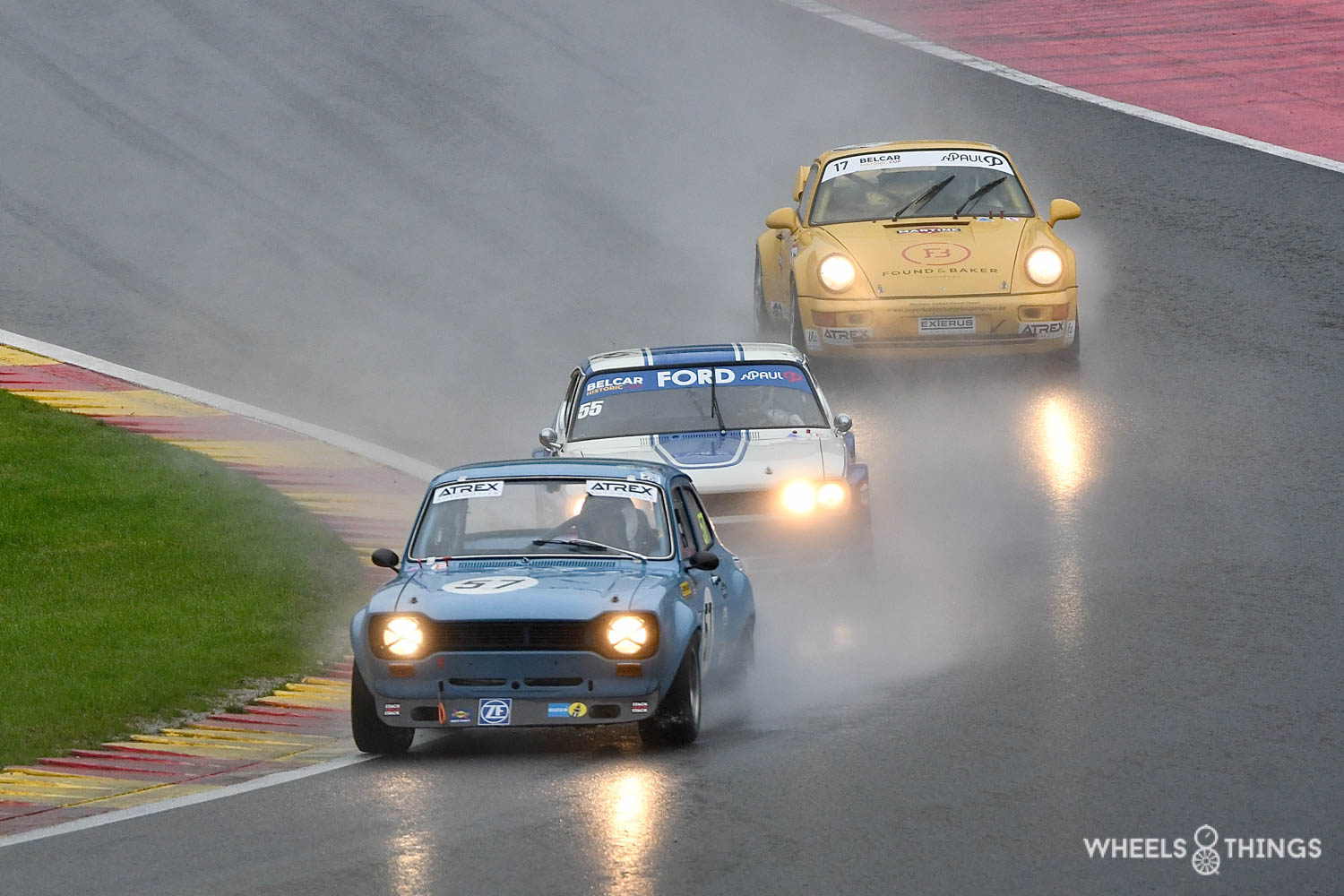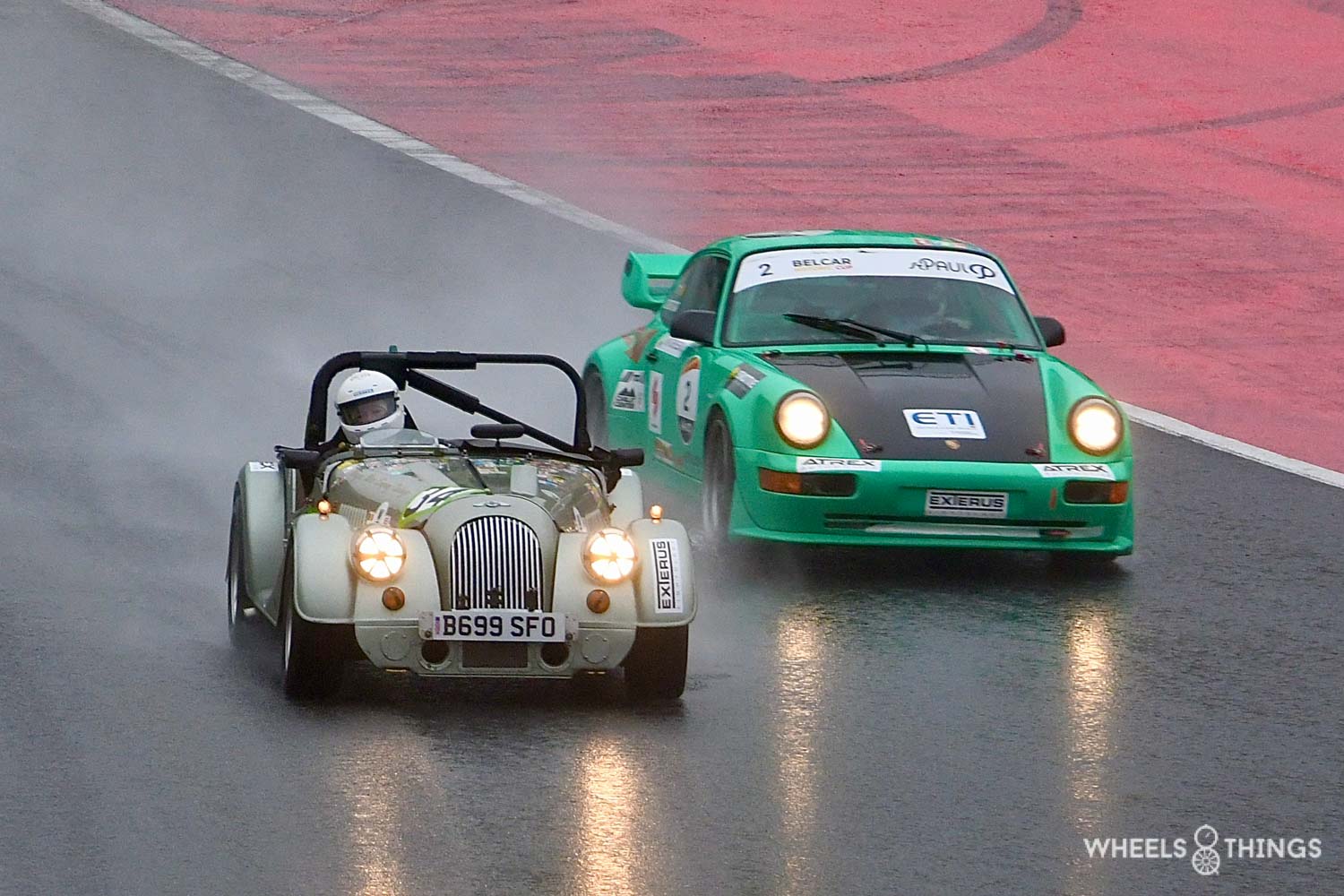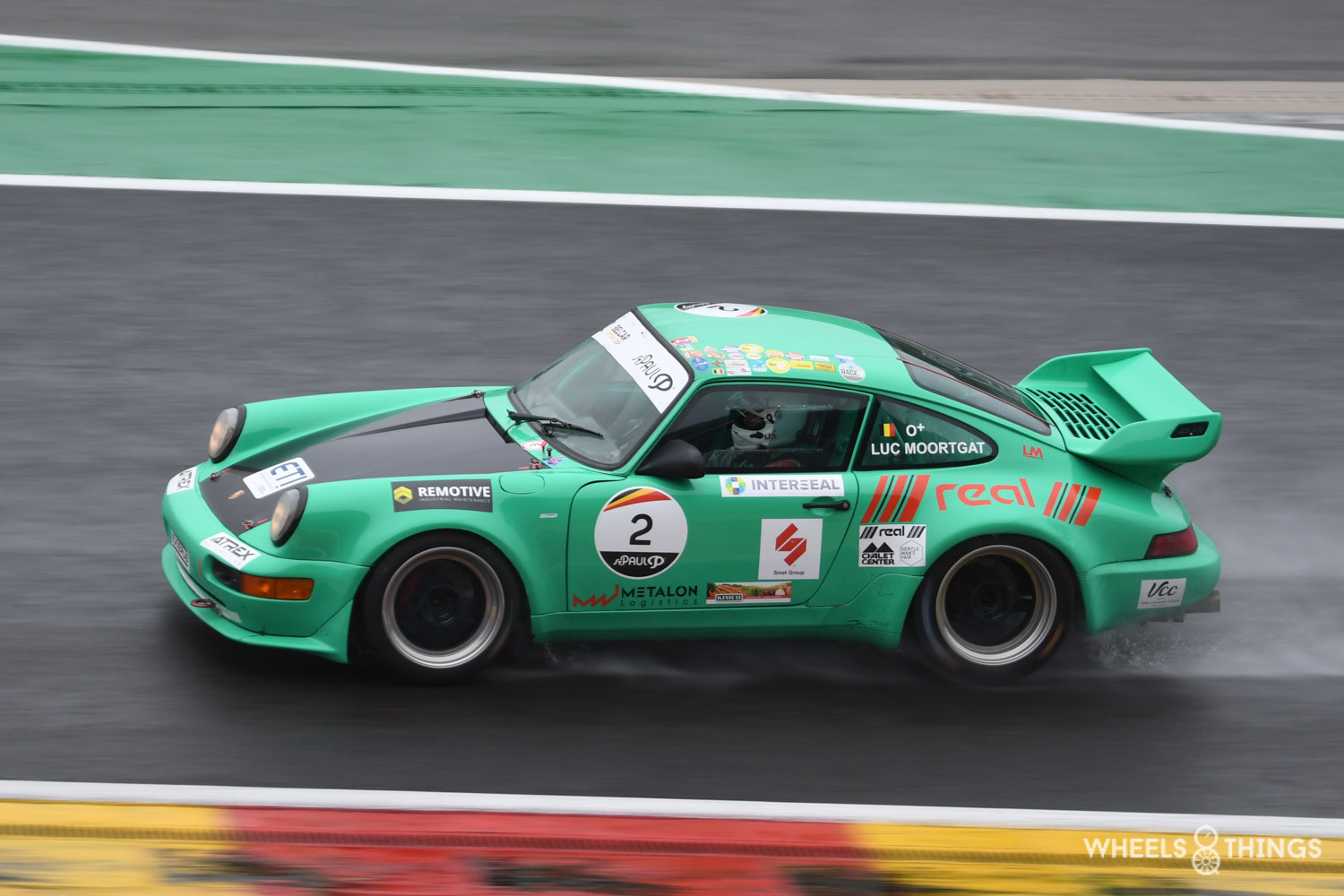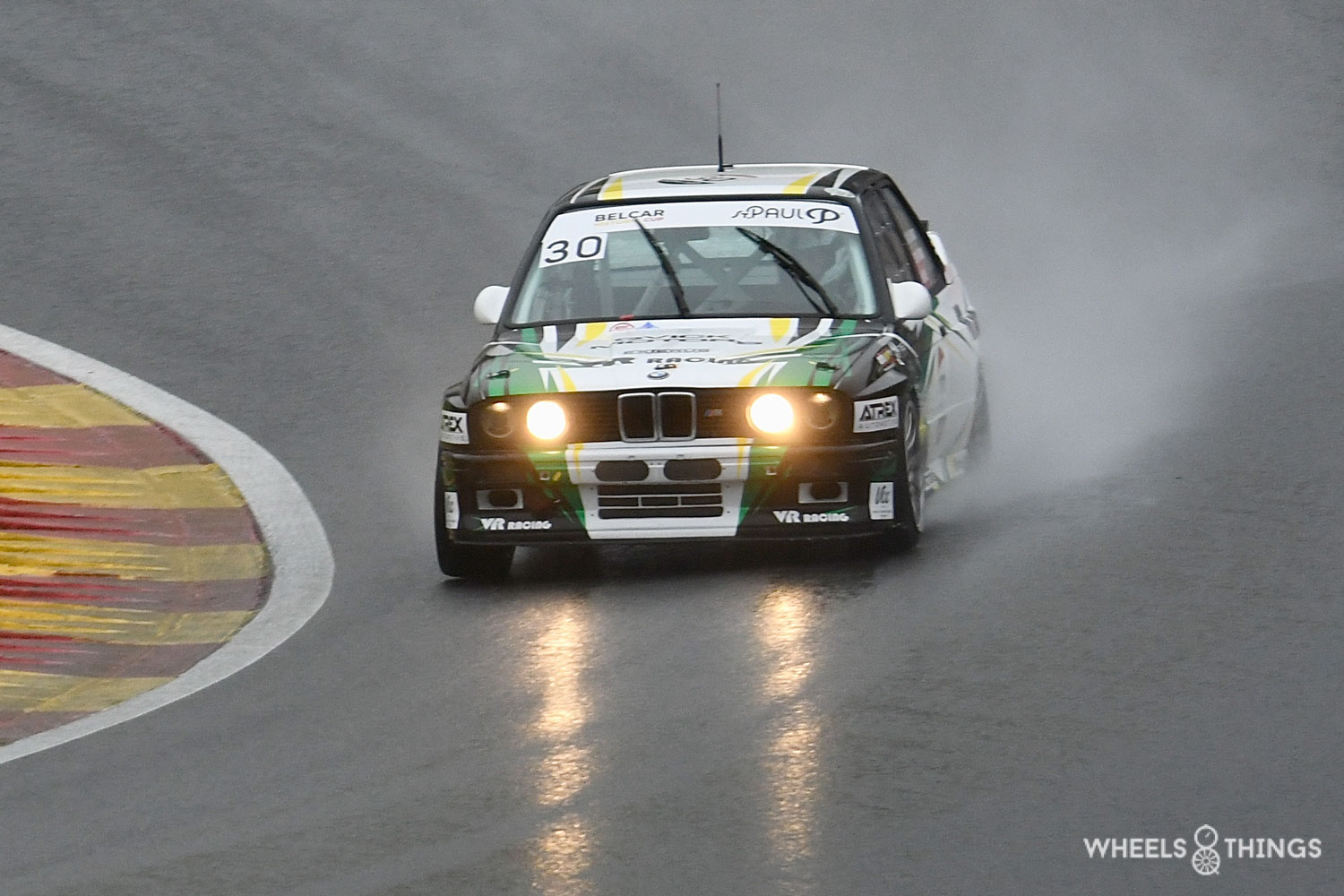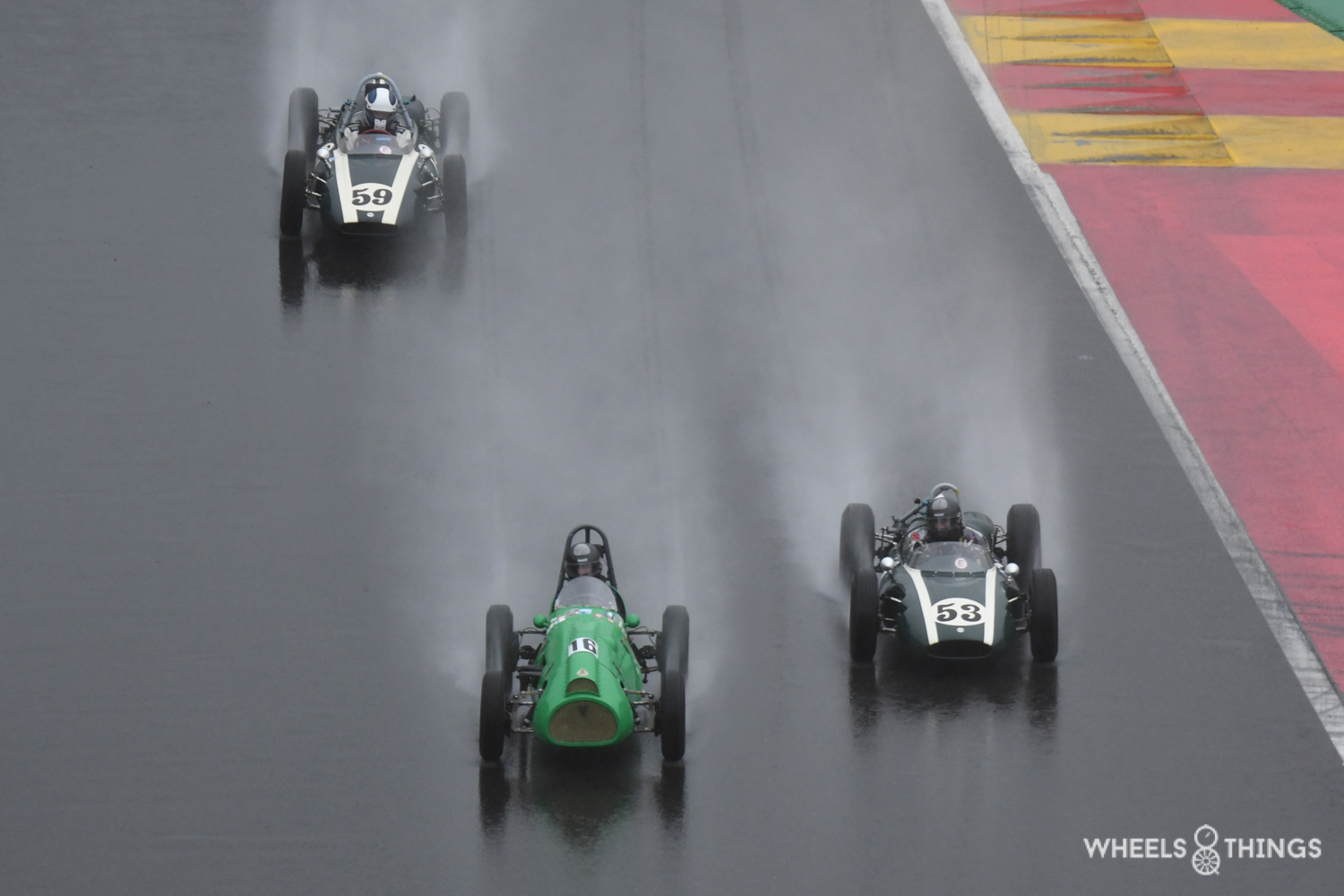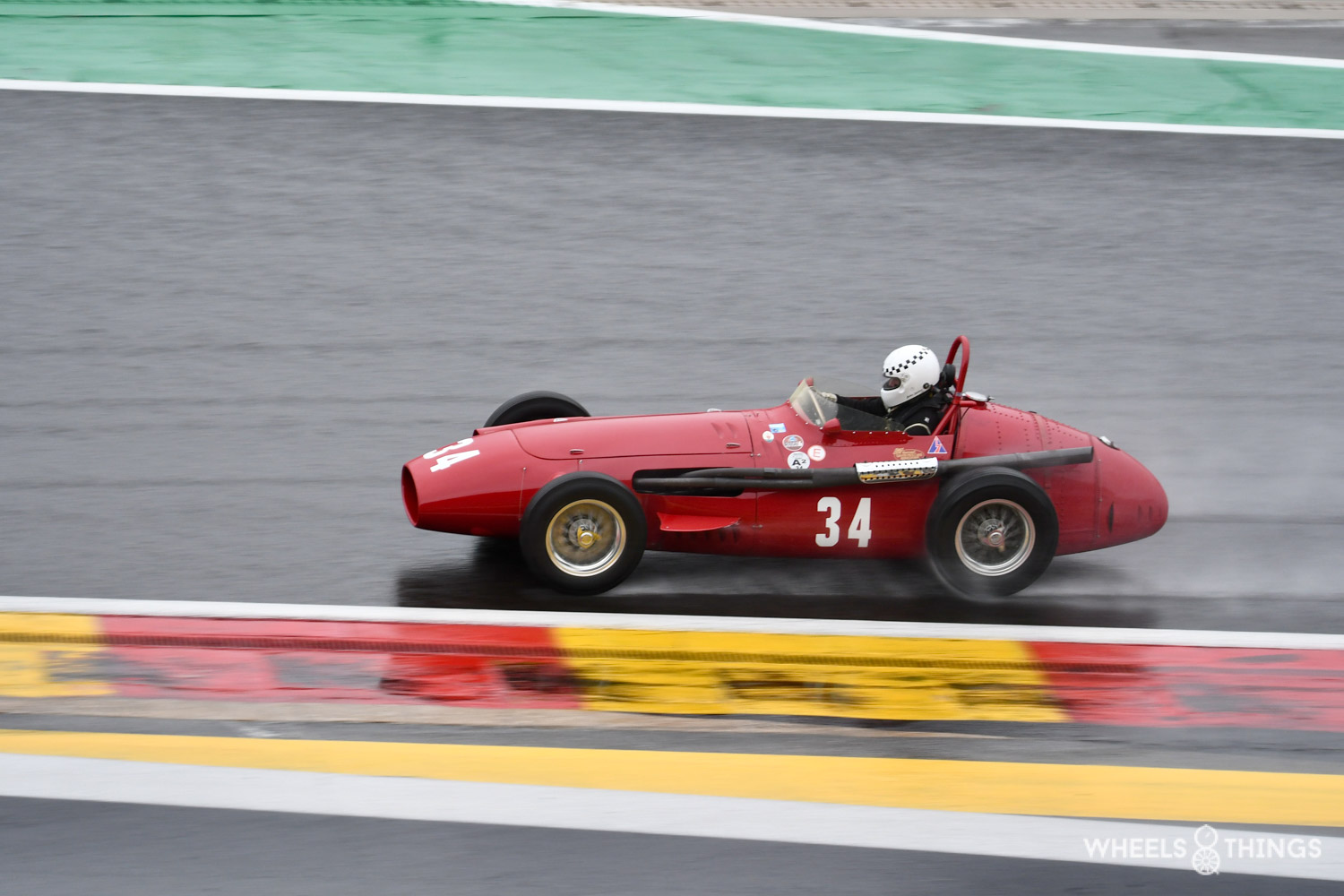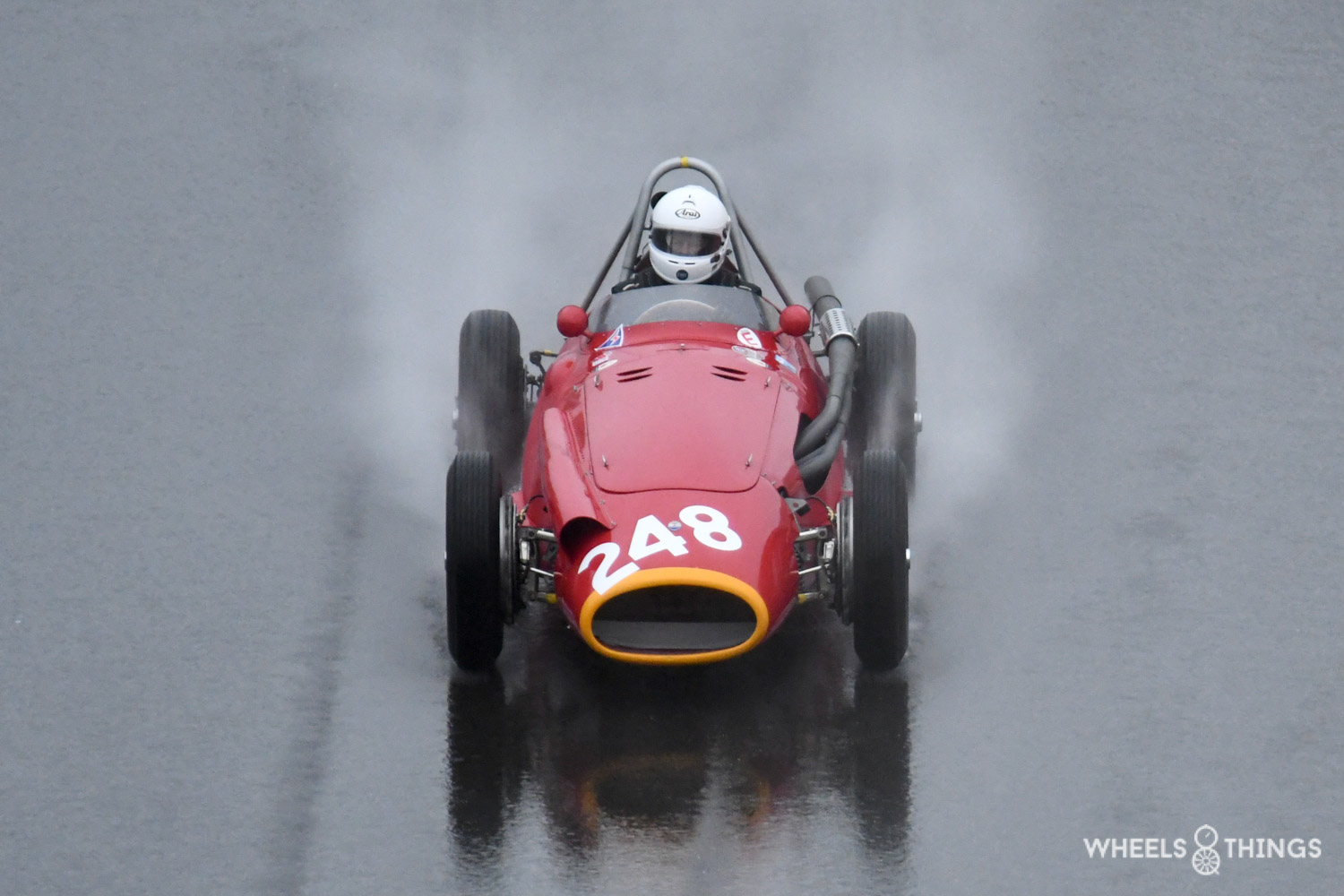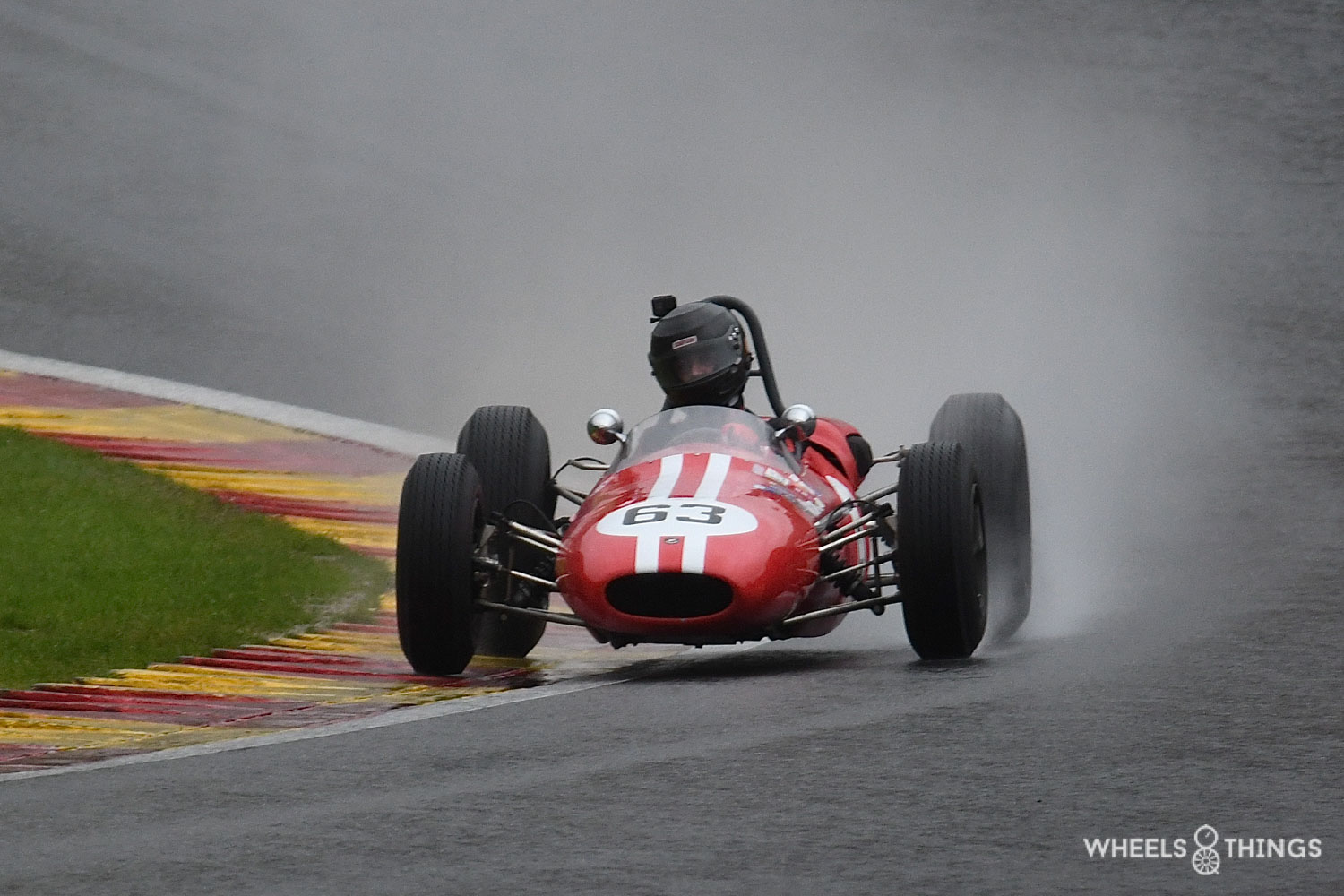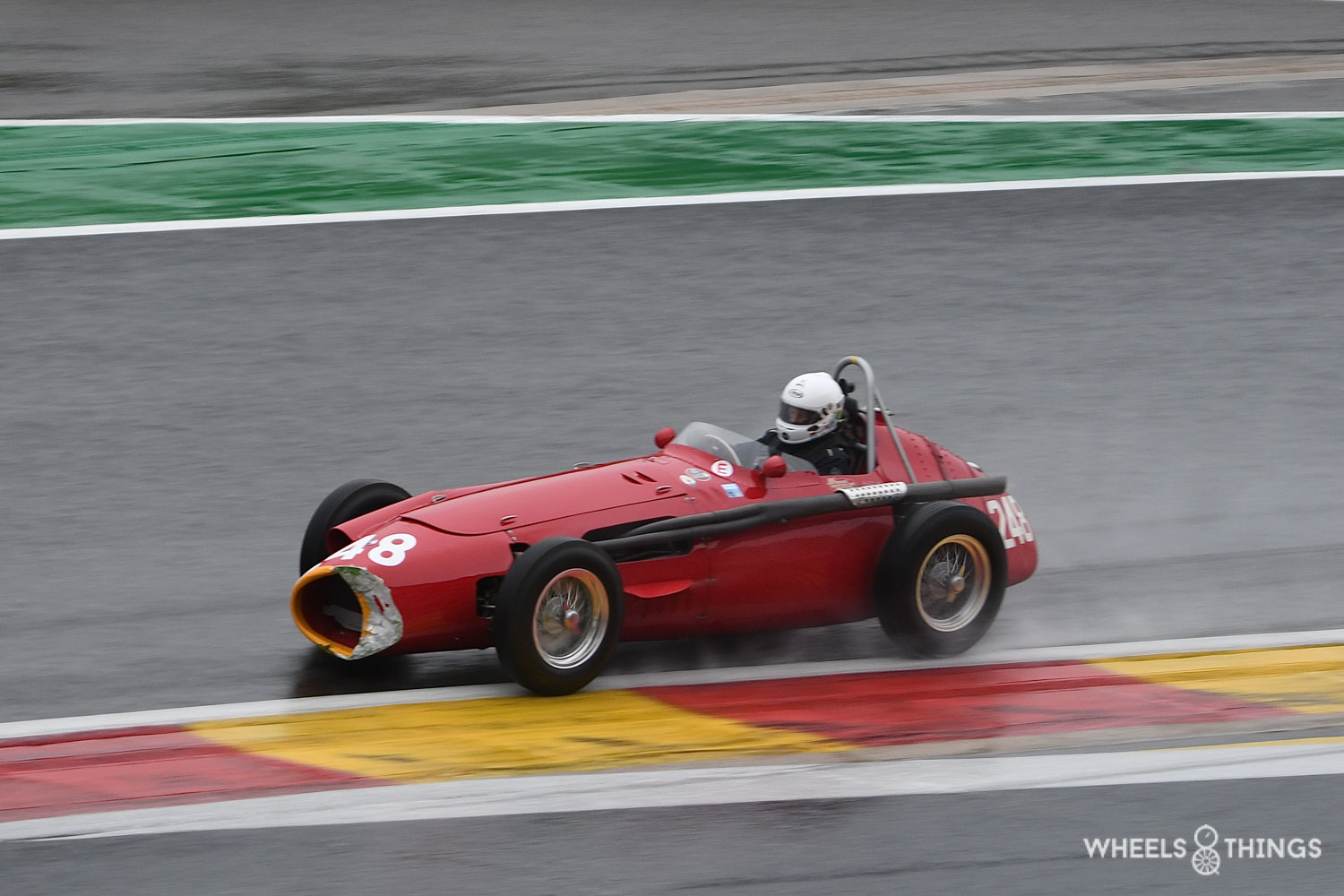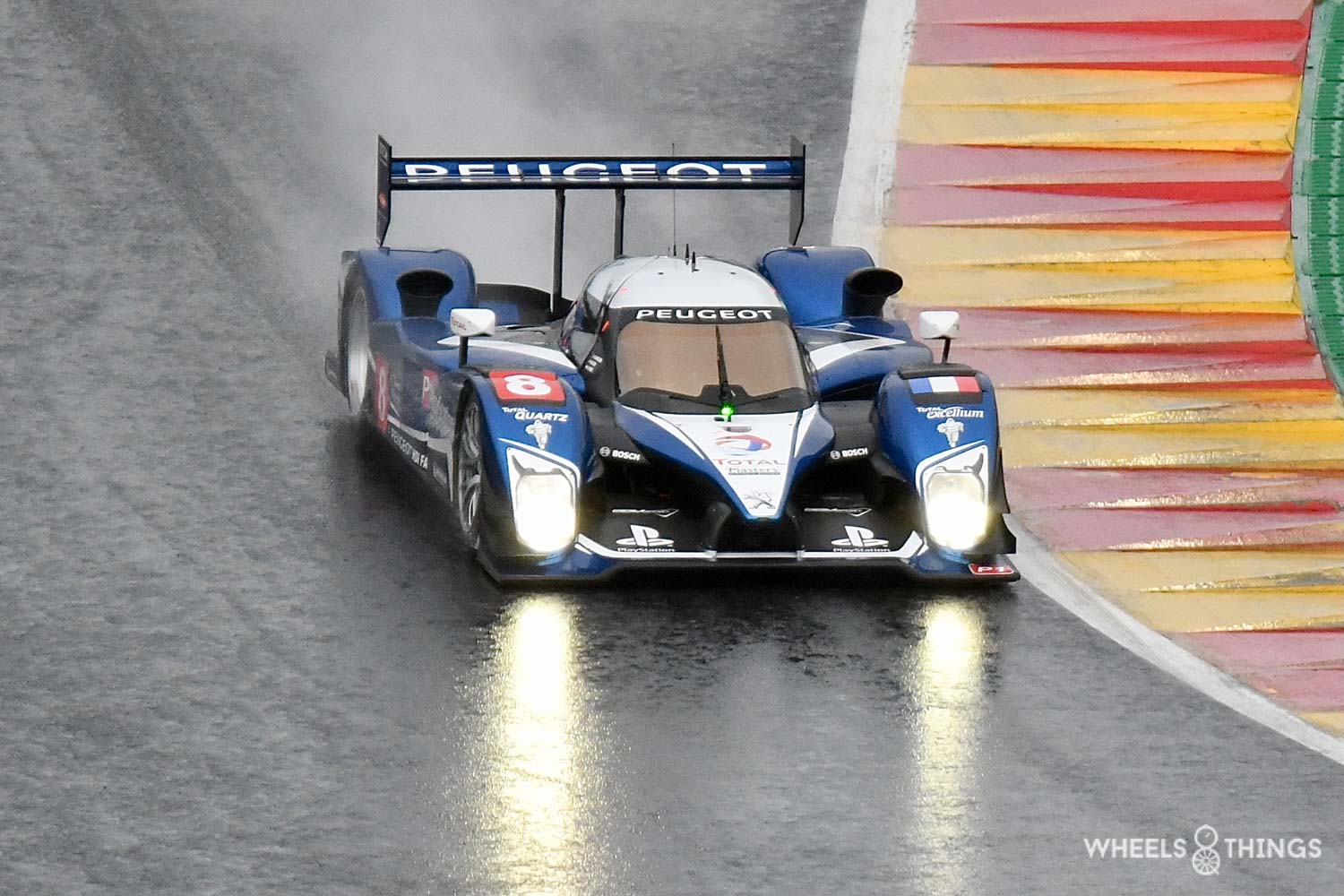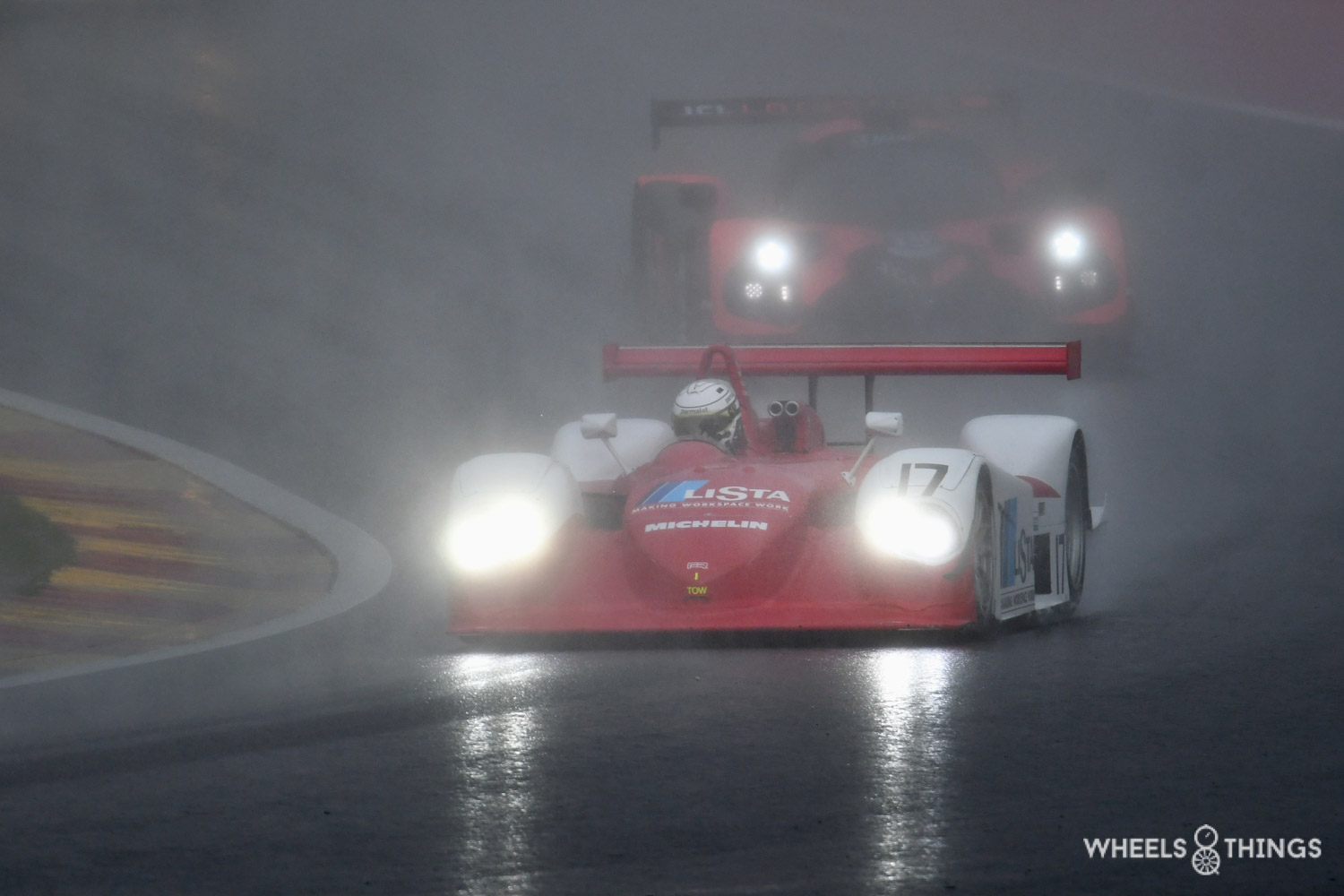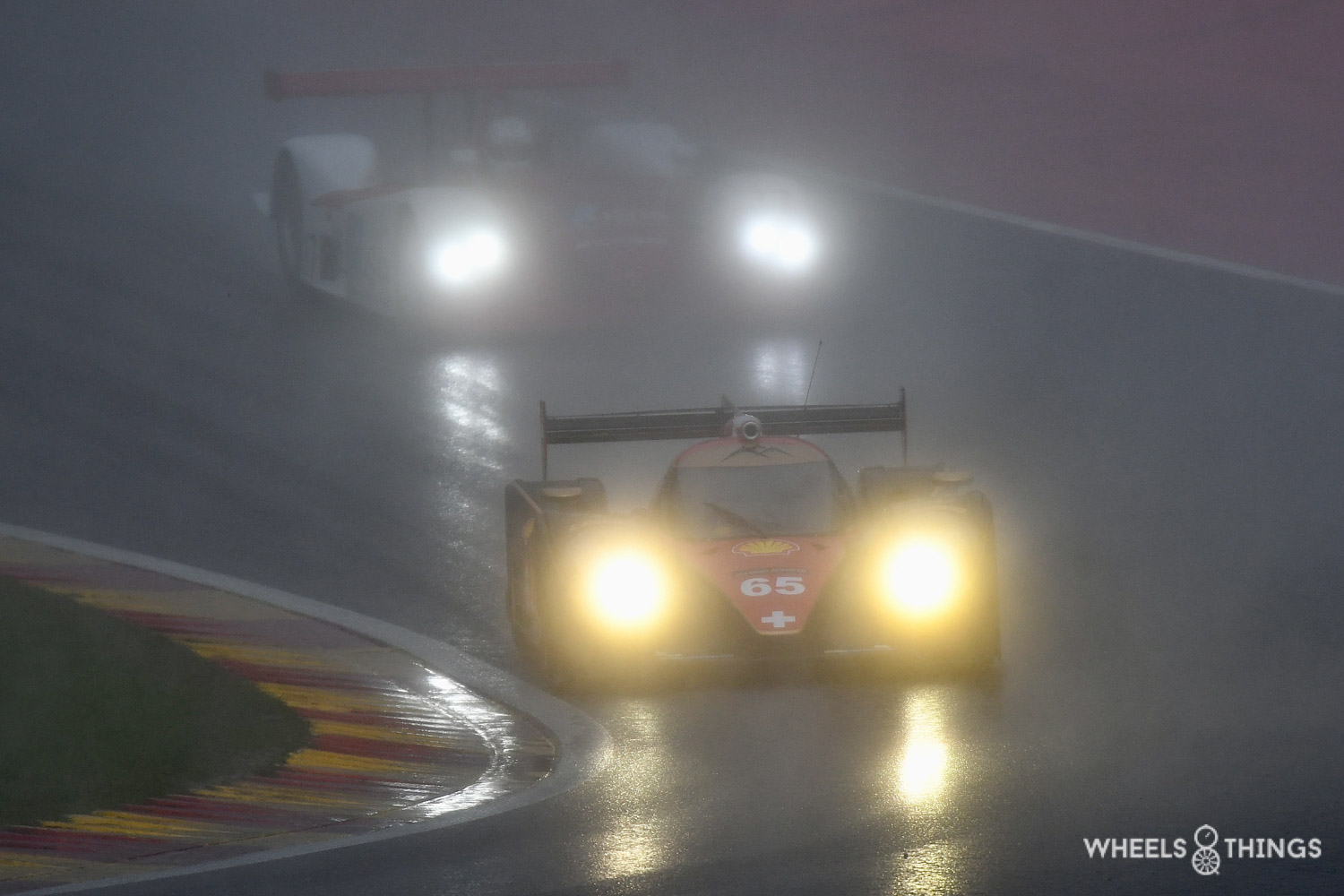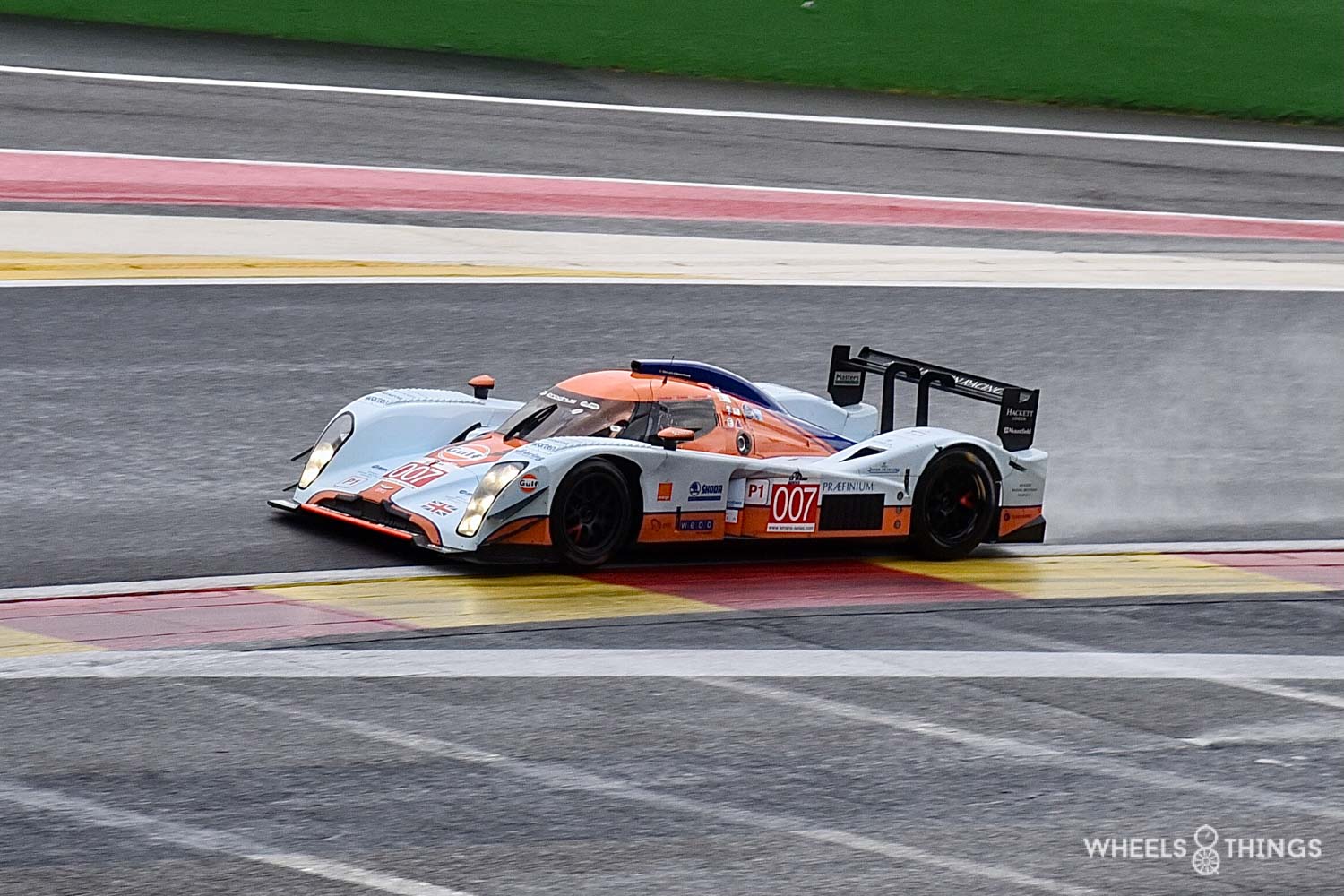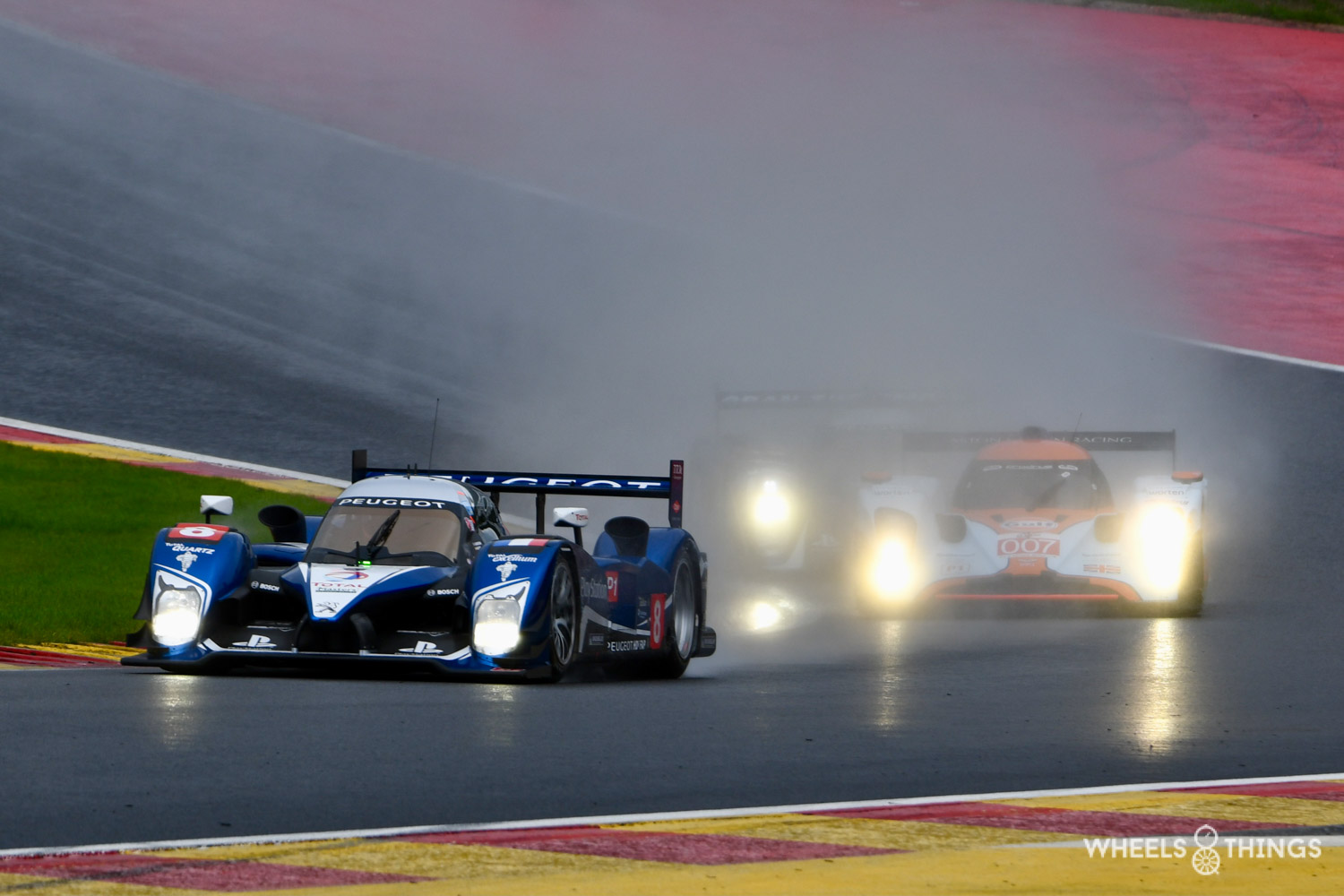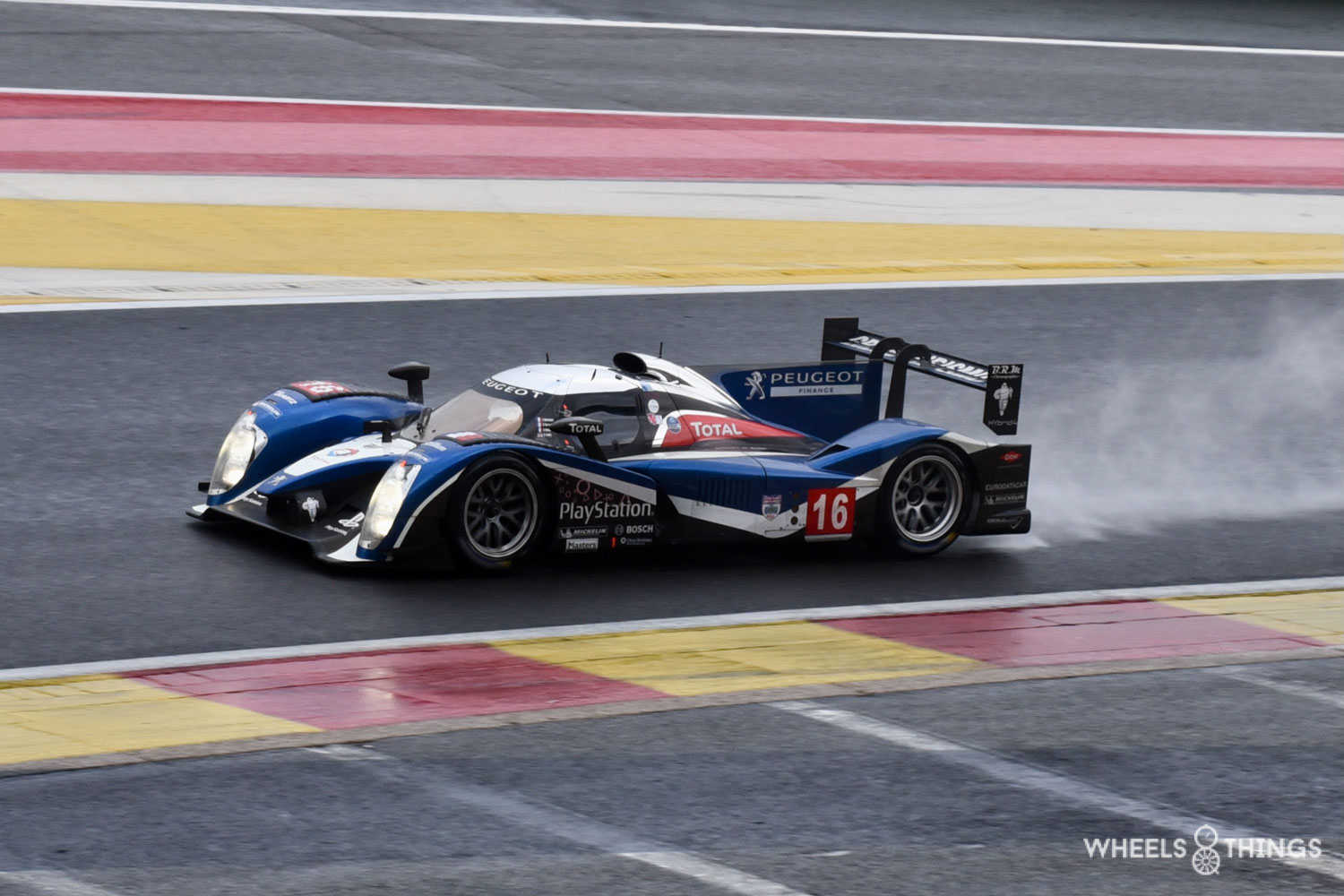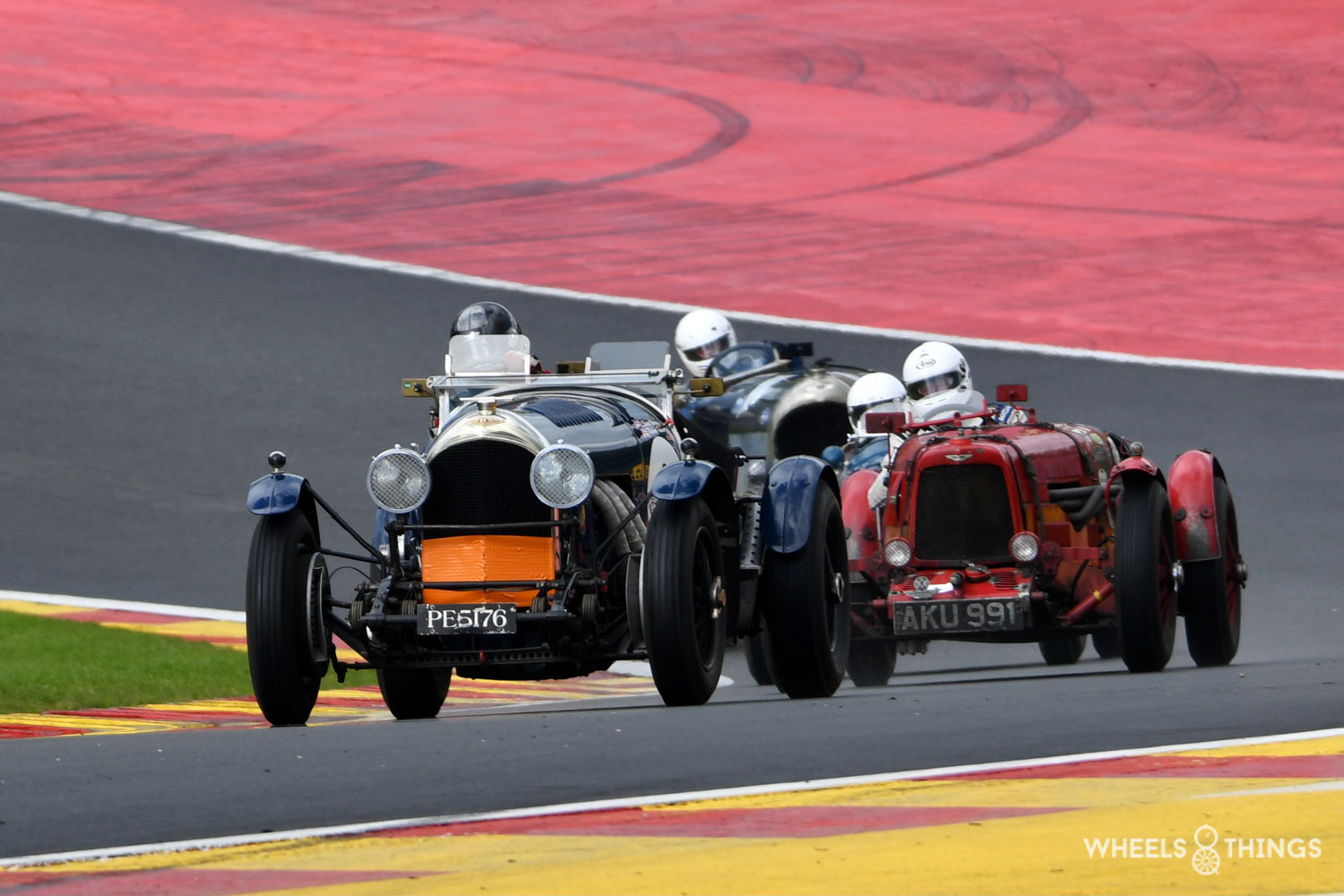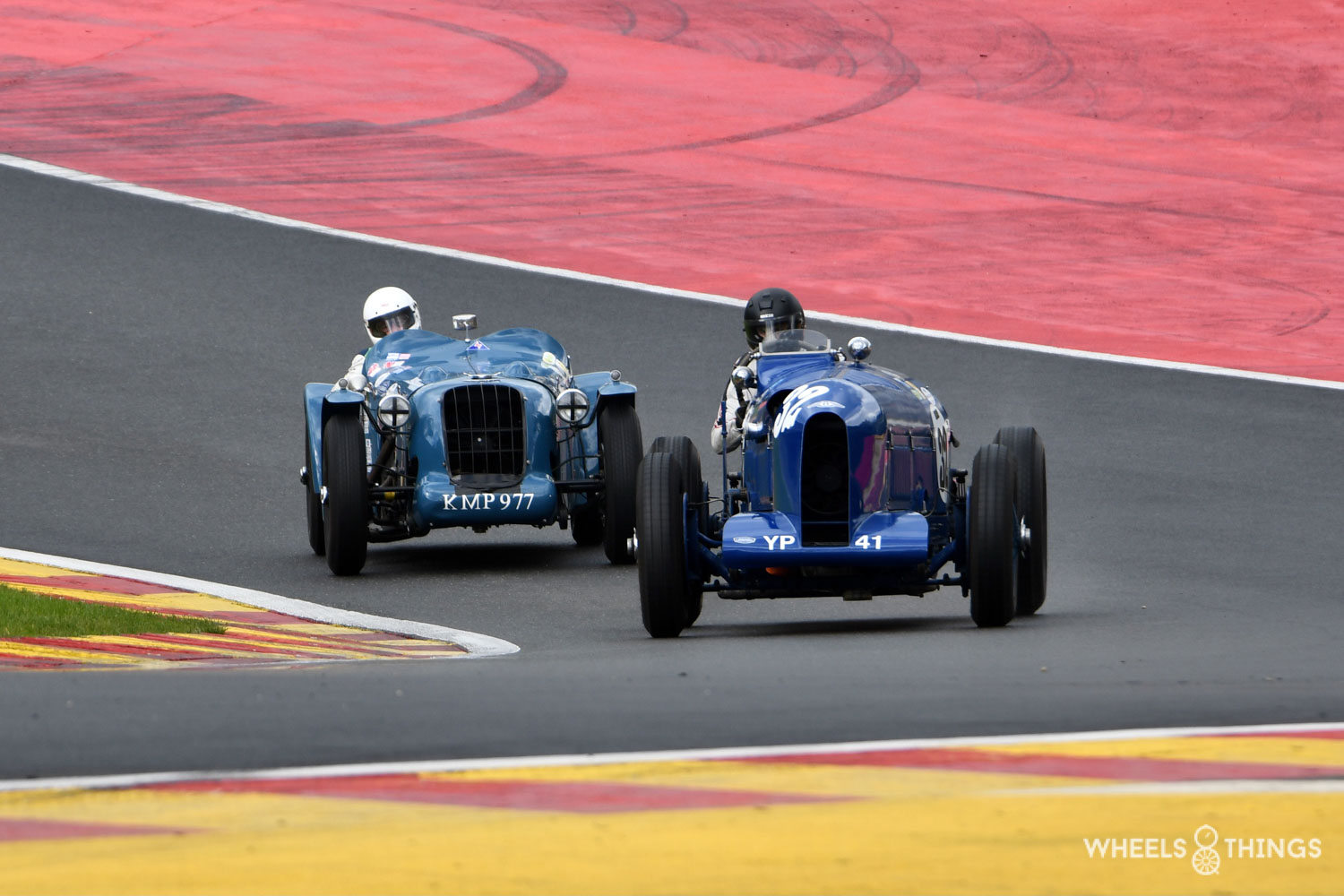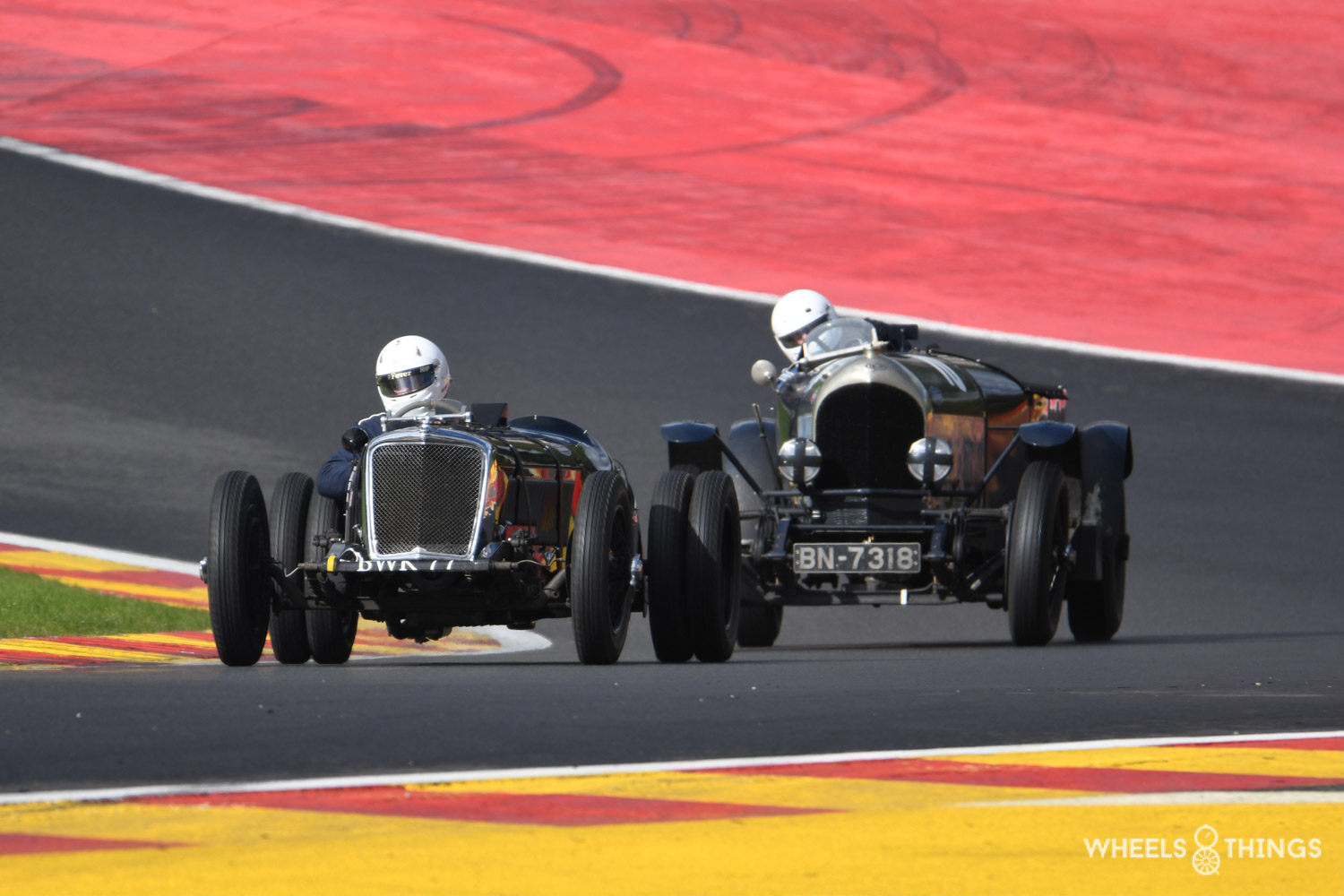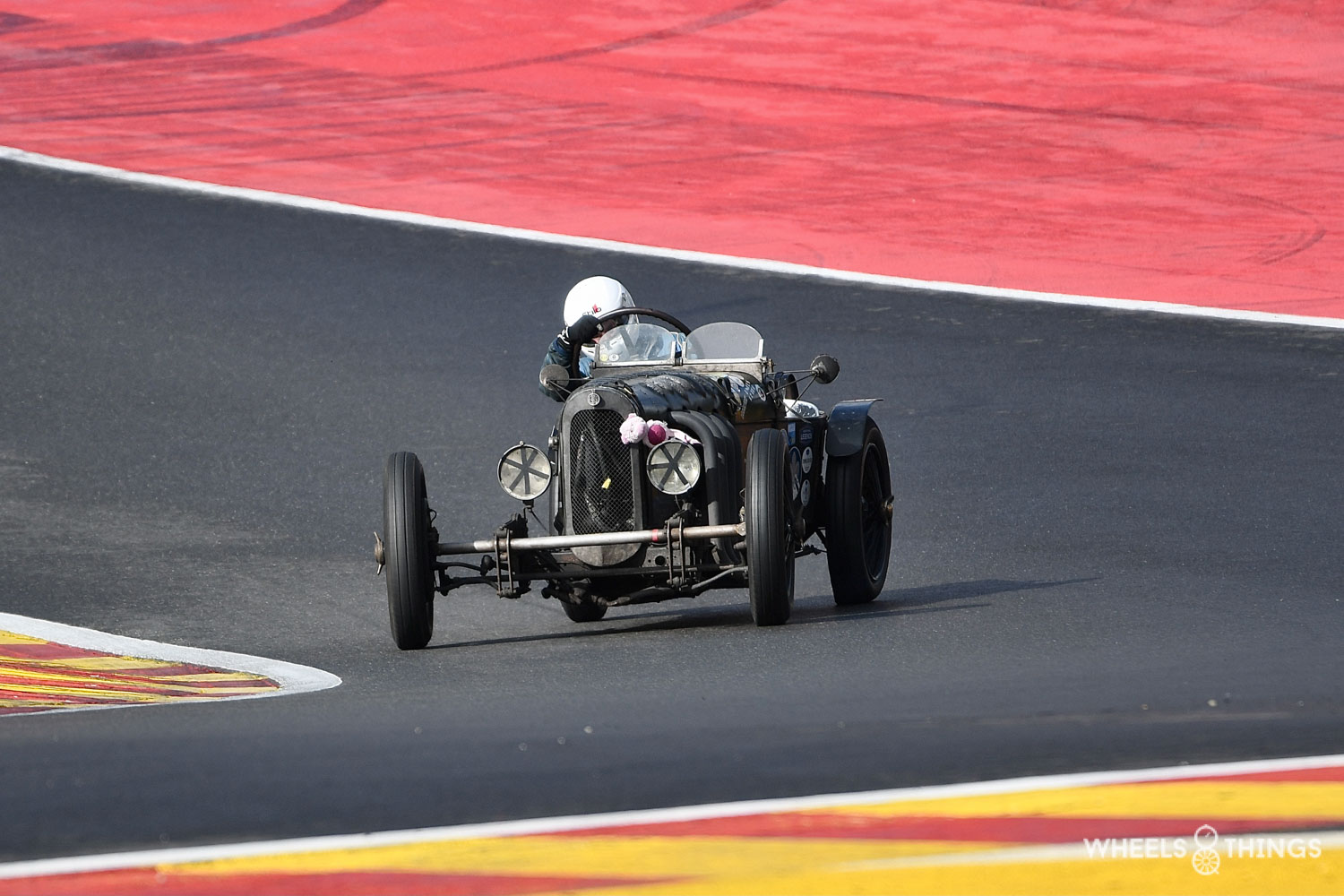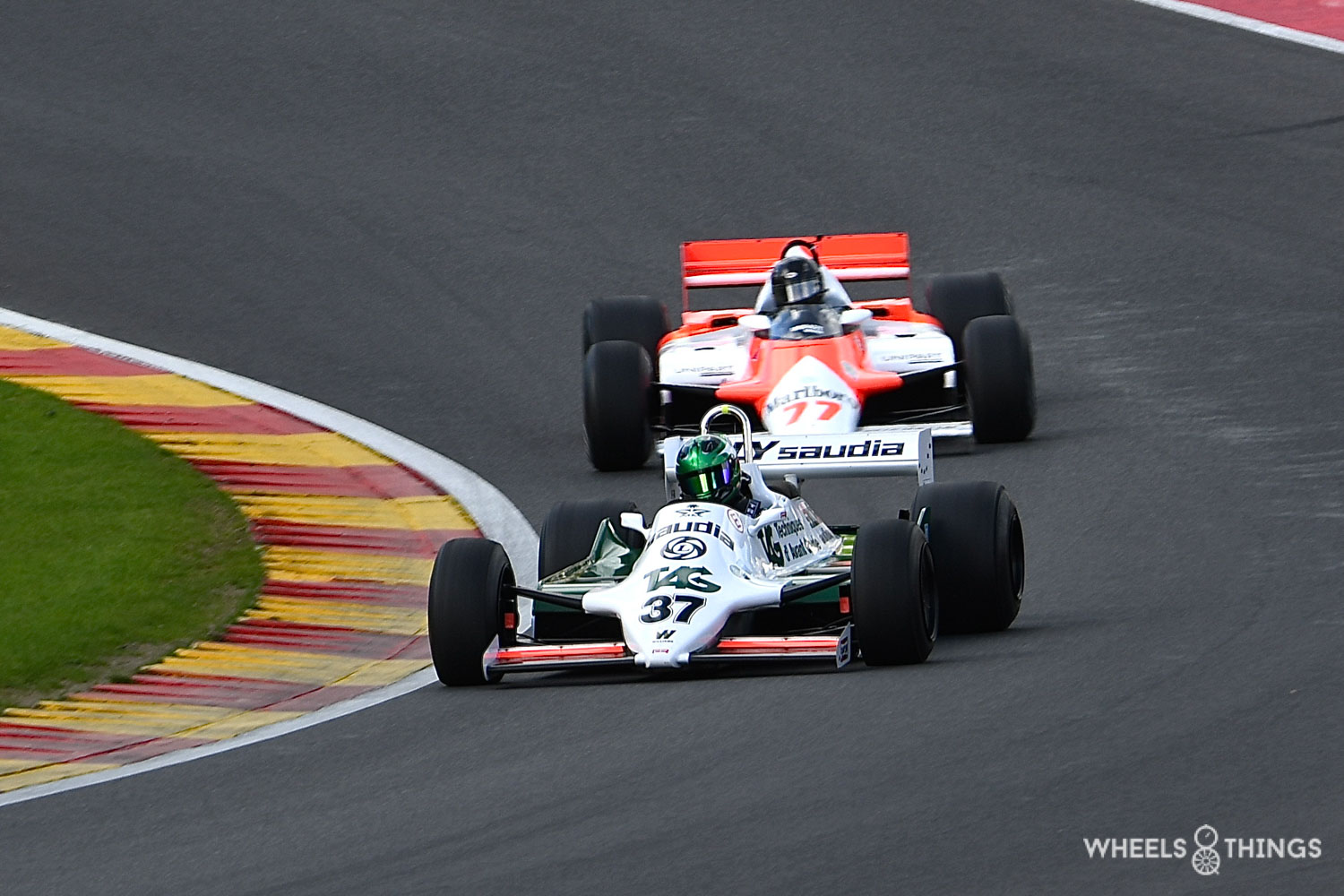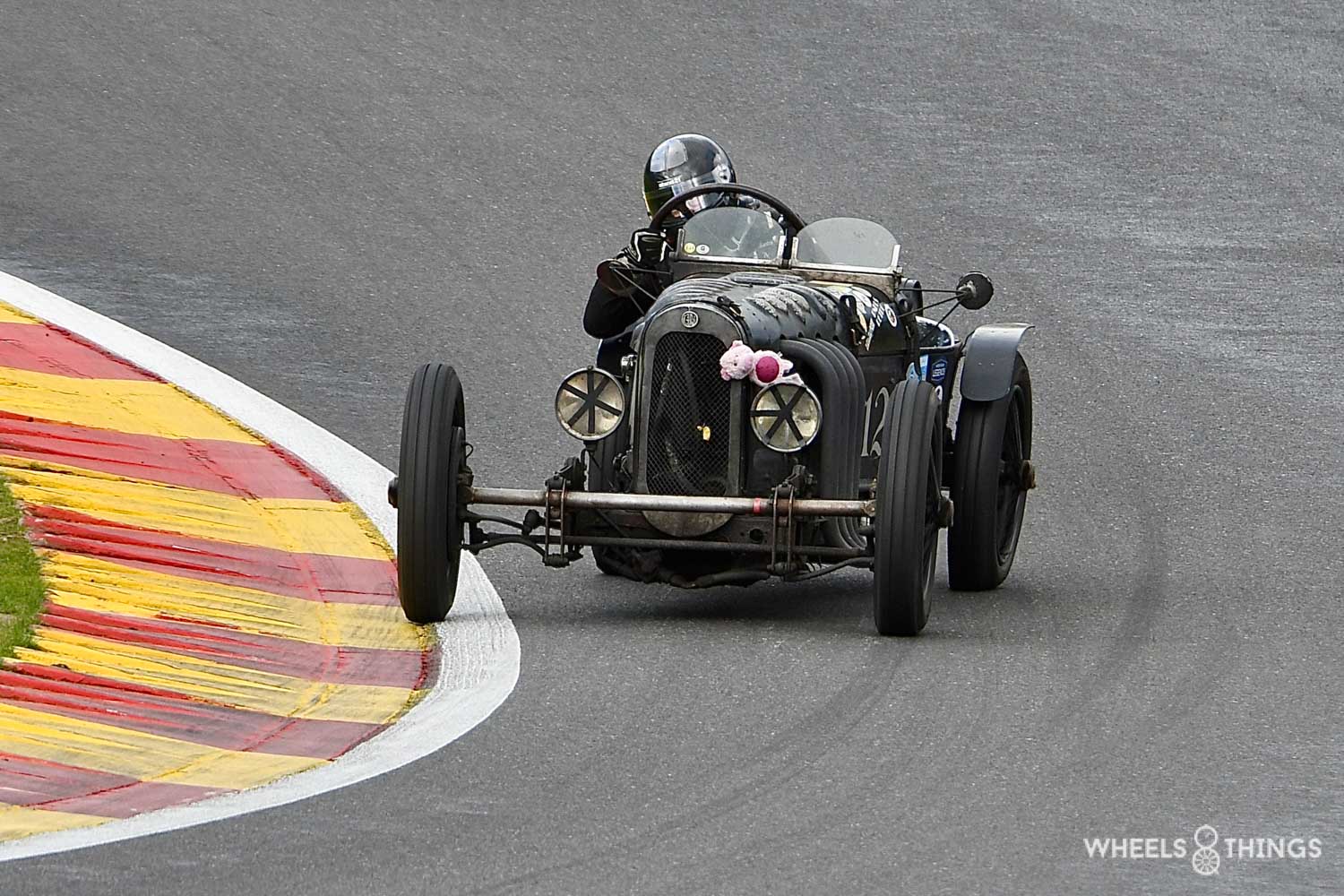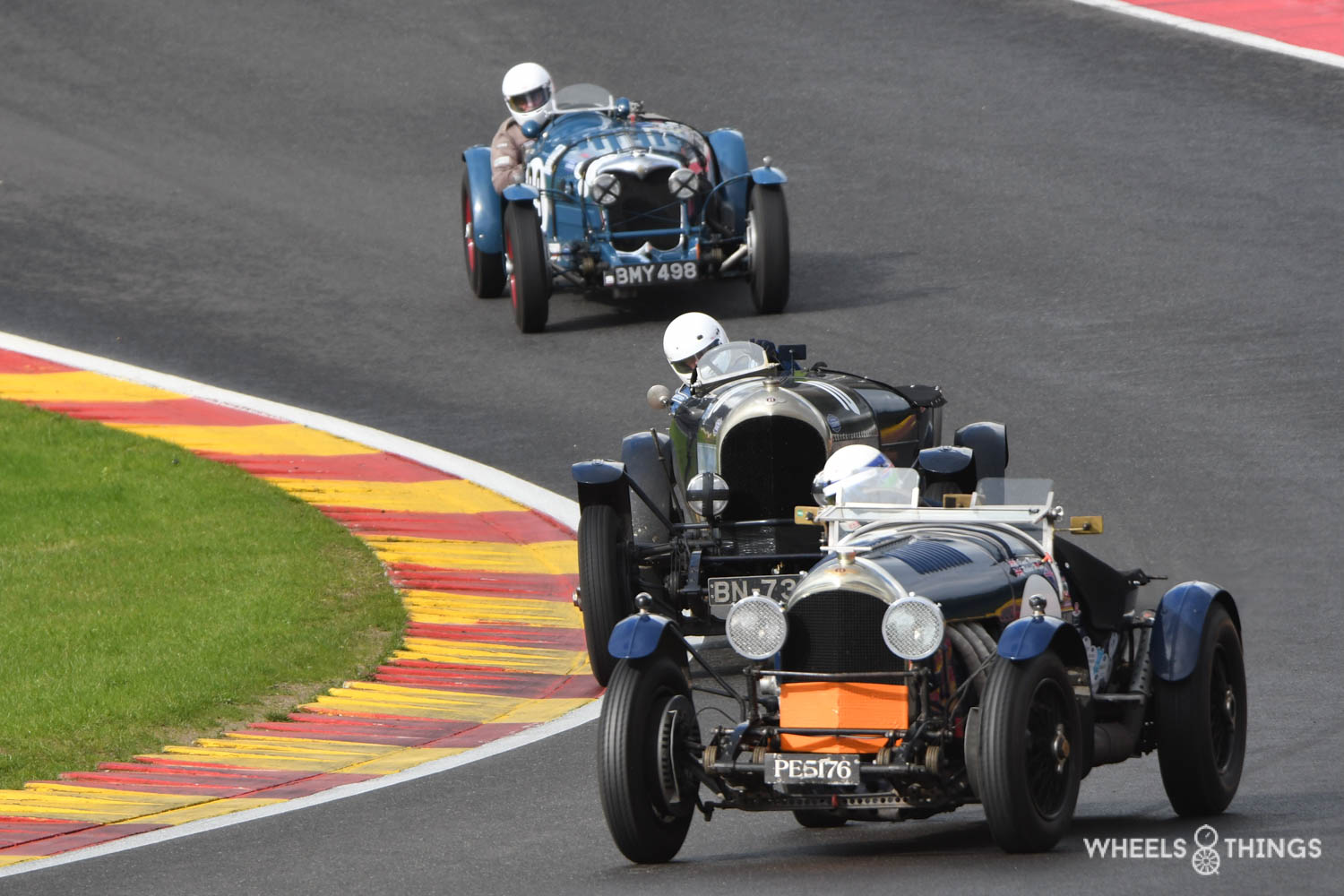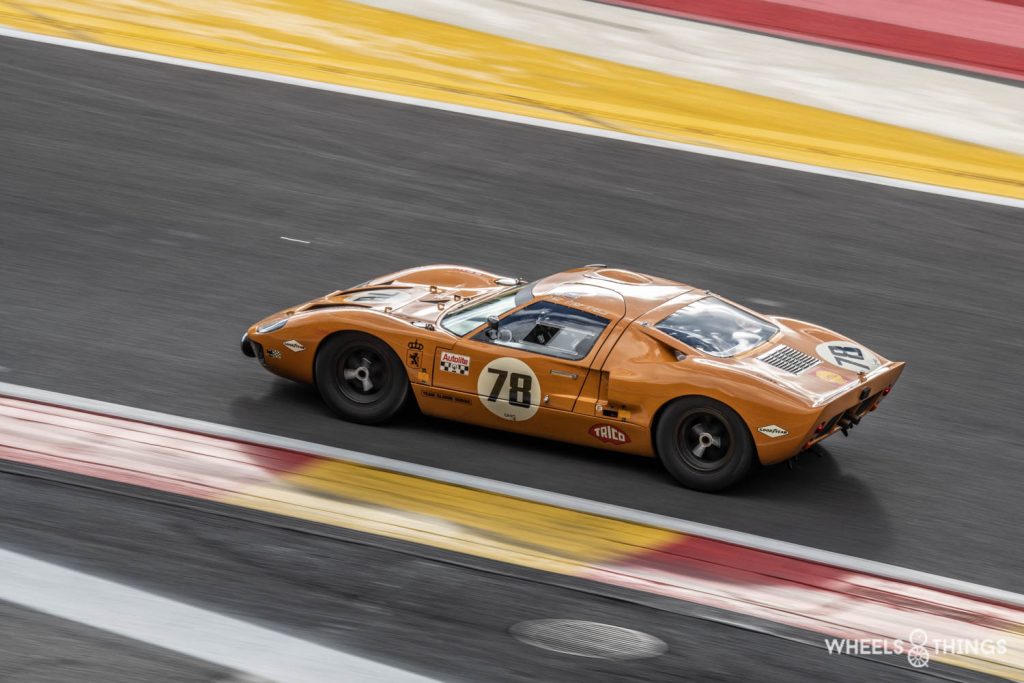
The Francorchamps circuit faced a full programme and a busy summer in 2022. All major racing classes or organisations came along because all drivers want to drive at Spa-Francorchamps: the most beautiful circuit in the world!!! And it’s not just car-related organisations such as the WEC, Spa-Classic, the 24 hours of Francorchamps, the Spa Summer-Classic, Grand Prix of Belgium F1, DTM or ELMS but since this year, motorbikes are also back with their 24 hours and 6 hours of competition. Recently, there was a bike world e-bike series and the soapboxes of the Red Bull Challenge also conquered the Raidillon. In the opposite direction, of course.
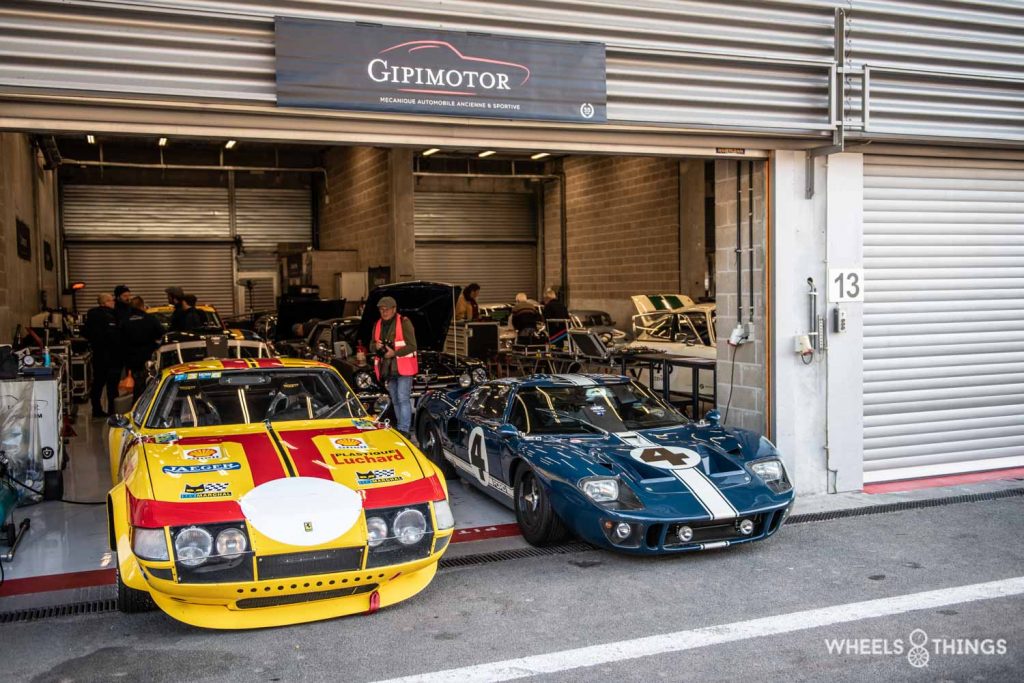
But for the classic car racing enthusiast, the best is at the end with the Spa 6 Hours organisation. At the beginning of October, Roadbook, in collaboration with the Master Historic Series and Redwater UK, organised the last top event of 2022 at the Francorchamps circuit. The programme is very diverse with something for everyone: a 6-hour endurance race for GT cars, old formula cars, recent and old proto and GT cars, pre-war rascals and touring cars. We go through the different races for you.
SPA 6 HOURS
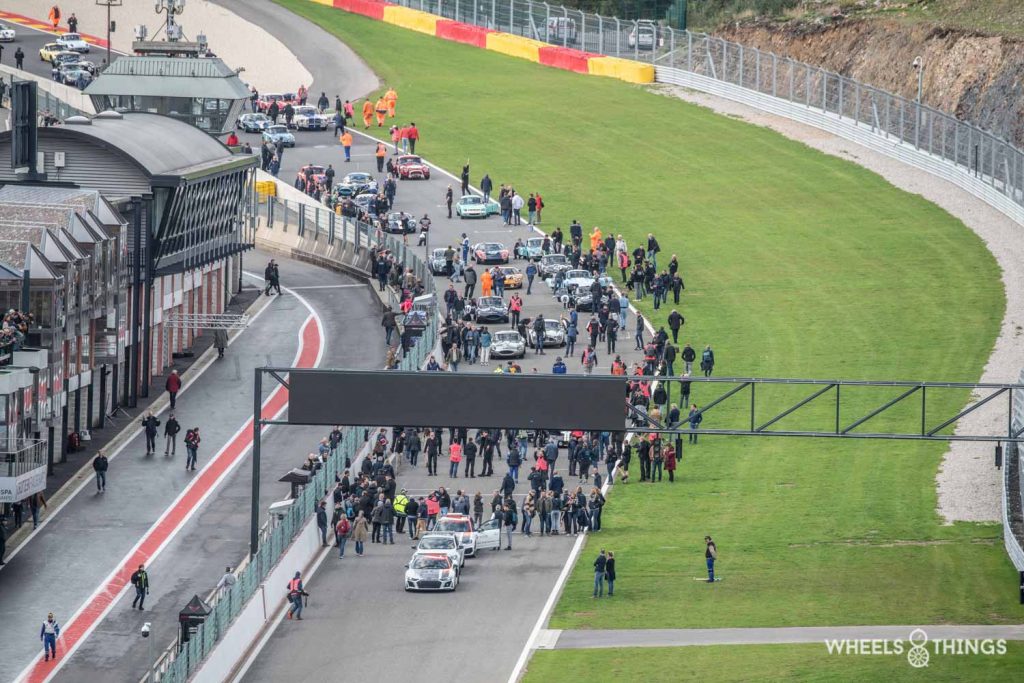
After a difficult covid edition in 2021, we could still see that the many English “classic” race teams had once again made the crossing to Spa. And twist and turn it as you will: if the English don’t come you only have half a starting field or even less. For the six-hour race, we could see right away that 96 entries were recorded. Still 25 more than last year.
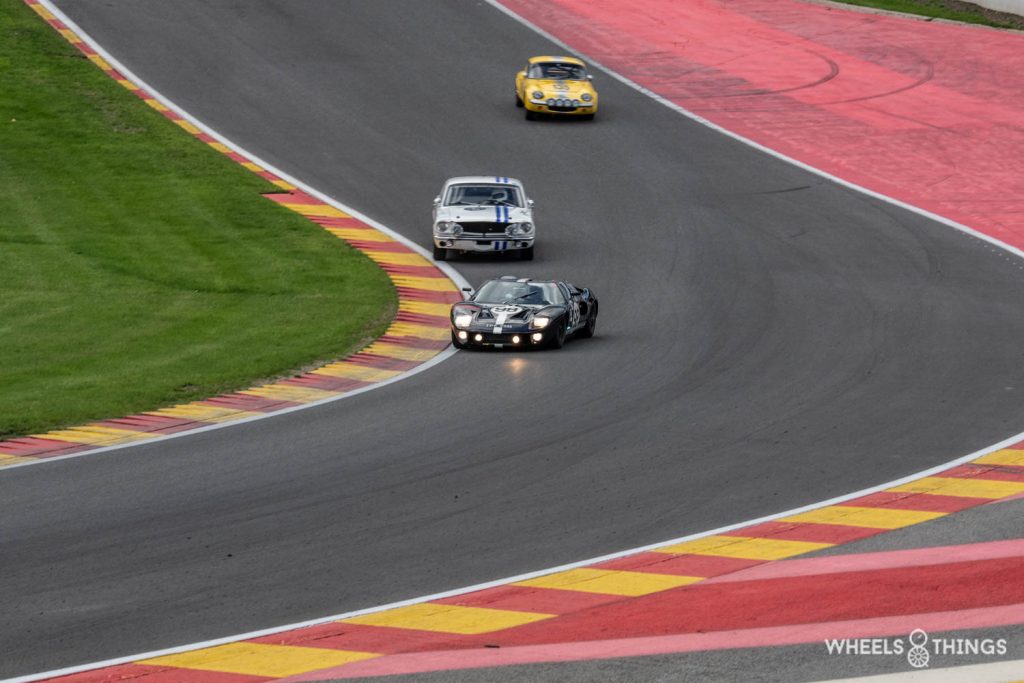
The race is traditionally one of the Ford GTs against the rest of the field. The GT is a mighty machine and in this race also unbeatable. This is also evident in the starting field: 21 competitors out of 96 owned a Ford GT! After qualifying, we therefore found 14 units of this iconic model on the first 14 starting places. The Dutch team of Hart/Hart/Pastorelli put their orange specimen on pole ahead of the Belgian trio Breittmayer/Van Riet and Bouvy. Defending champions Bryant and Cottingham were allowed to start from place three.
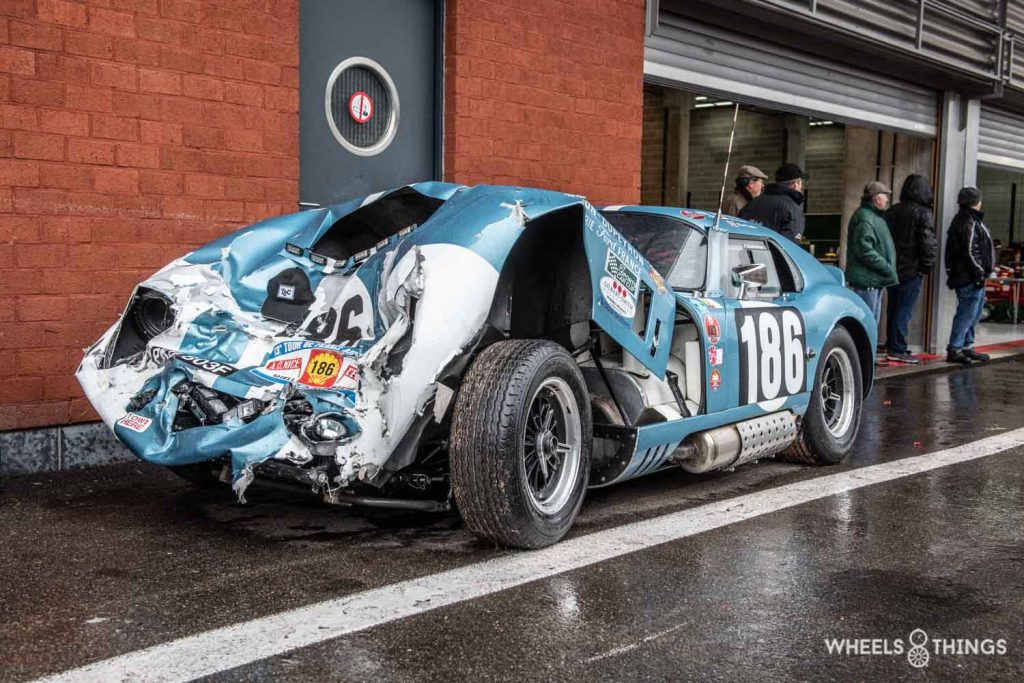
But not everyone was able to start. After some accidents in qualifying, some teams were already home. The main casualty was Shelby Cobra Daytona Coupe of Smithies/Clarkson/Pangborn. The beautiful Shelby was damaged beyond repair.
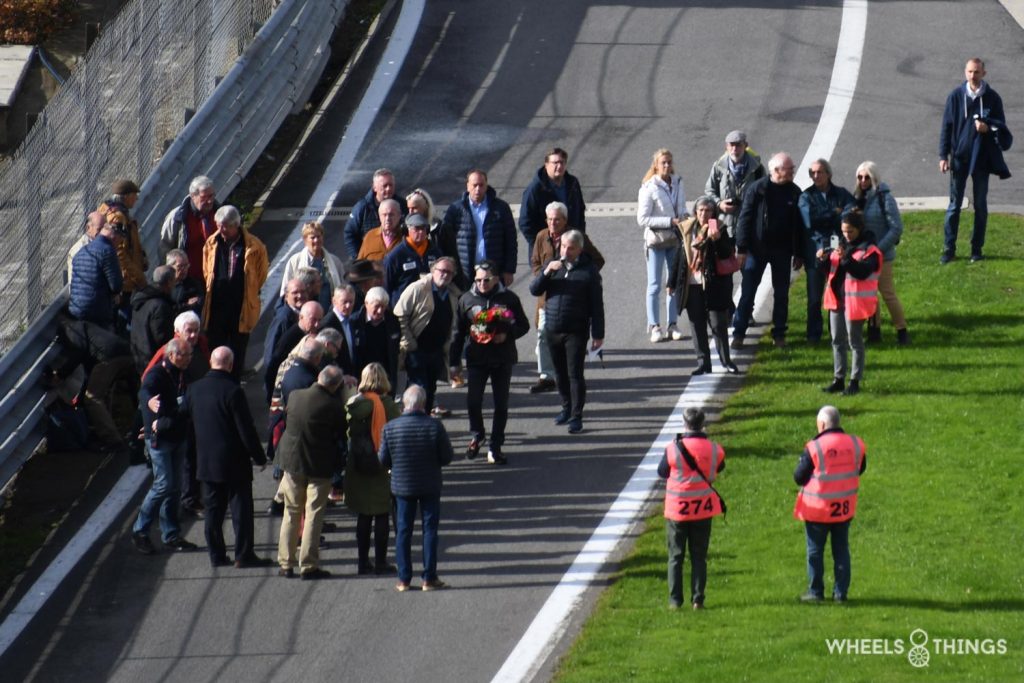
Shortly before the start, the ashes, of Jean “Beurleys” Blaton, who died last year, were scattered on the Raidillon. Family and friends thus bid farewell to the gentleman racer who was especially active in the 60s and 70s on the yellow Ferraris of Jacques Swaters’ Ecurie Francorchamps. He took 14 starts at the 24 Hours of Le Mans and now rests at the Francorchamps circuit.
Traditionally starting at 15h55, 90 teams stormed up the Raidillon, this time, in dry conditions and with massive interest, for a six-hour run. But changing weather conditions did not make things easier, resulting in several incidents and skids. Top favourite Eric Van de Poele, who teamed with Ford CEO Jim Farley, was thrown all the way back in the standings by a puncture. After a hellish remount, they still crossed the finish line in fifth place. A fine performance and there could certainly have been more in this.

The victory, as in Formula 1 these days, went to the Netherlands. With their orange Ford GT 40, father and son David and Olivier Hart, teaming up with Nicky Pastorelli, took an indisputable victory. They were constantly at the front, made no mistakes and had no bad luck. With these three factors, you win an endurance race. Fifteen years after his first victory in the six hours with a Ford Mustang, David Hart was able to take a second seat on the top step.
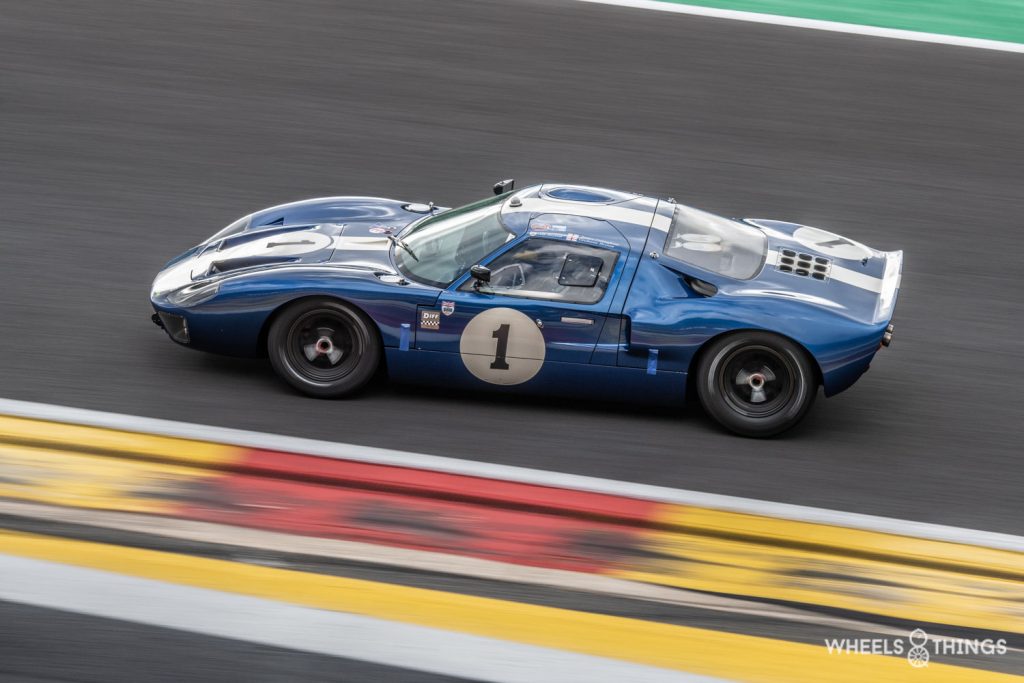
The entire podium was for teams owning a Ford GT with second place for Galant and Minassien ahead of defending champions Bryant and Cottingham.
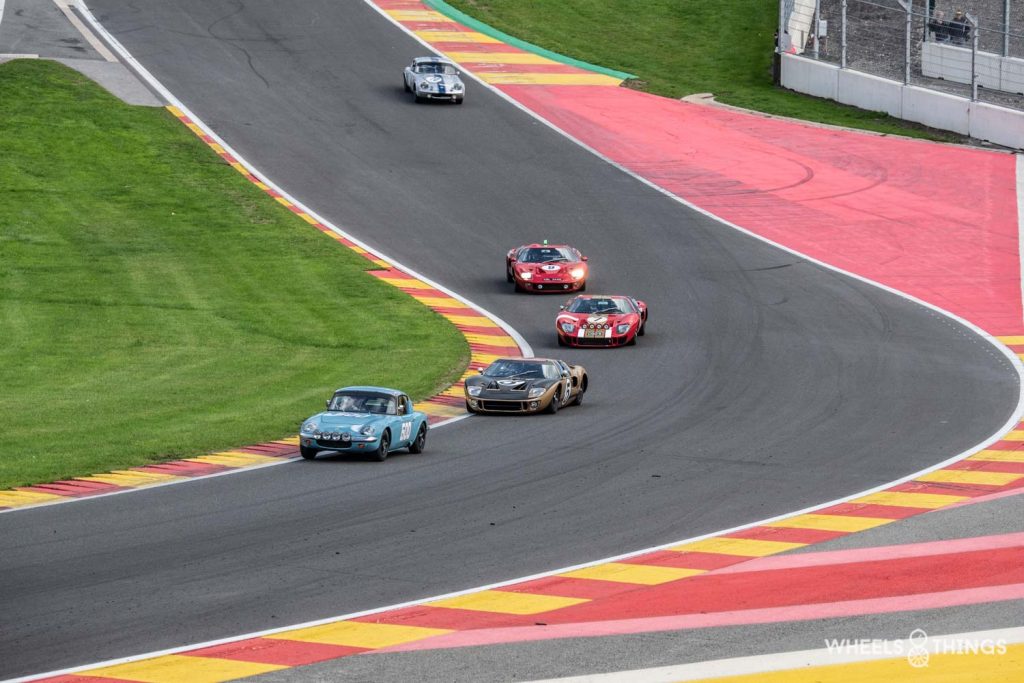
Perhaps the most remarkable achievement of this race: with a small 1600cc Lotus Elan, Sam and John Tordoff finished with Andrew Jordan in a very nice sixth place overall.
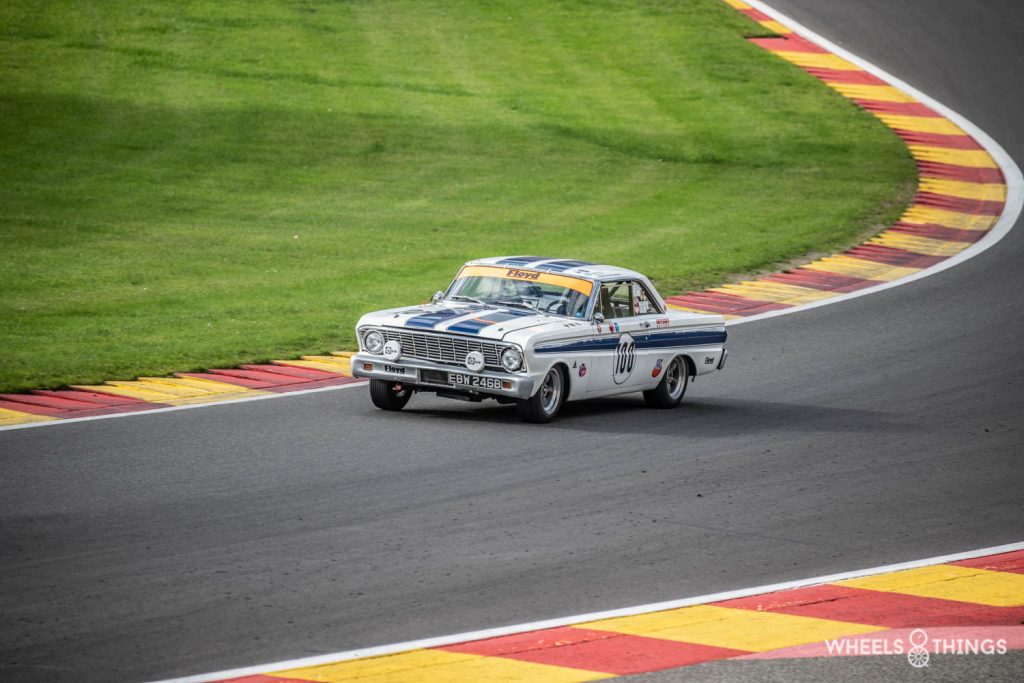
The victory in the tourism class was for the Ford Mustang of Libens and Dozin. Vanina Ickx was third together with Georgi and Rossi Di Montelera on a Ford Falcon. And there could have been more here as the team lost a lot of time early in the race with a broken throttle cable.
BELCAR HISTORIC CUP
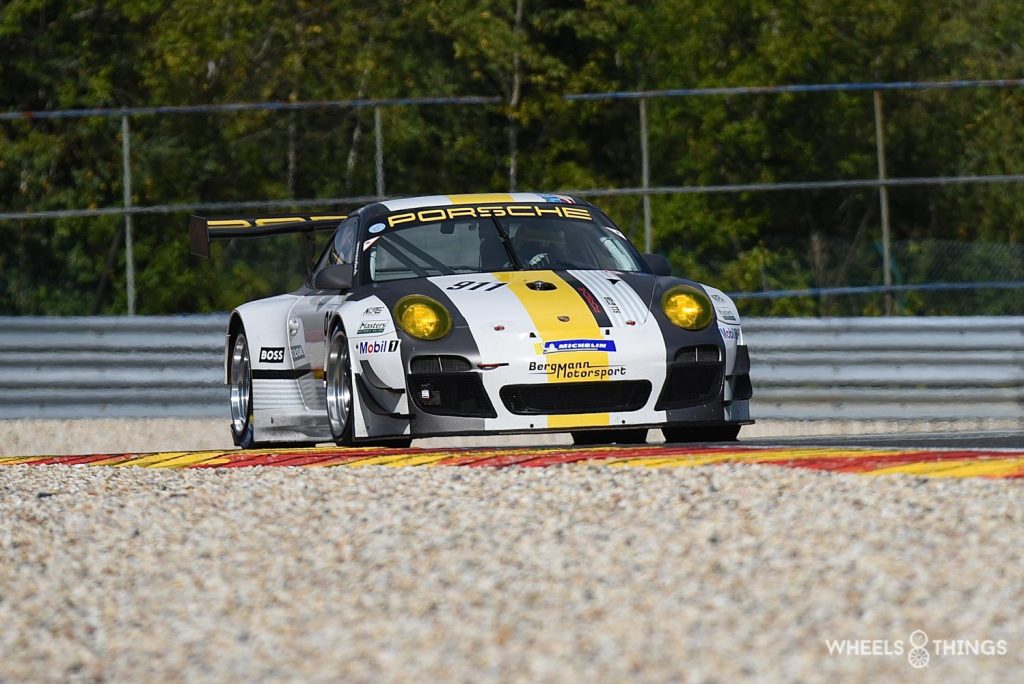
The originally planned joint race between the HTCC and Belcar was cancelled due to little interest from the UK. It became a full-fledged Belcar course supplemented by the few English competitors who had made the crossing and were then allowed to participate as guests.

Also entered as a guest participant: the mighty BMW 320 turbo Schnitzer group 5 that we also saw at Spa Classic.

As in the qualifying sessions for the Spa 6 hours, this one of the Belcar went rather tumultuous. With three red flags and as many accidents, there was almost no opportunity to set a fast time. The main victim was the Mazda RX 3 of Van Haelst, which somersaulted three times after a collision with another competitor. Immediately weekend done for this likeable team.
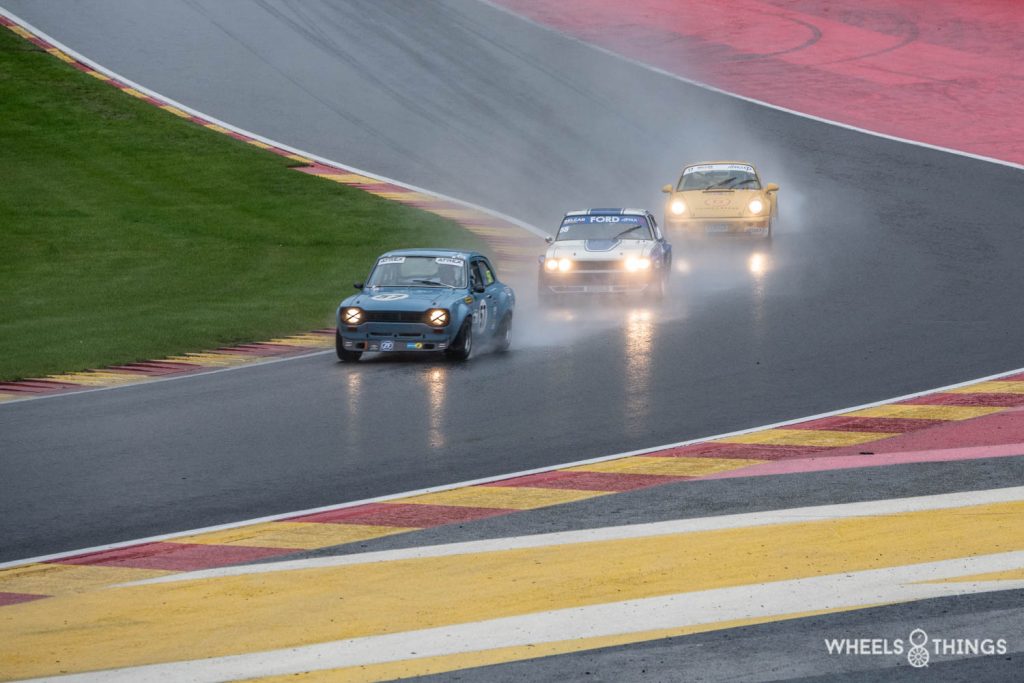
The Belcar Historic also got to kick off the weekend on Saturday morning. At that time, the heavens were fully open and the water was coming down in buckets. In very difficult conditions and with almost no visibility, 53 competitors took the start. Eric Qvick outsmarted Wim Kuyl’s Ford Capri with his BMW 320 turbo and stormed up the Raidillon first. Not easy with this Schnitzer BMW with 550 HP in these conditions. But the BMW and pilot felt like a fish out of water and only had to leave the later winner Eric Bruynoghe ahead with his yellow Porsche 964. This is the only Porsche in the starting field with an ABS braking system and this was definitely a plus in these conditions.
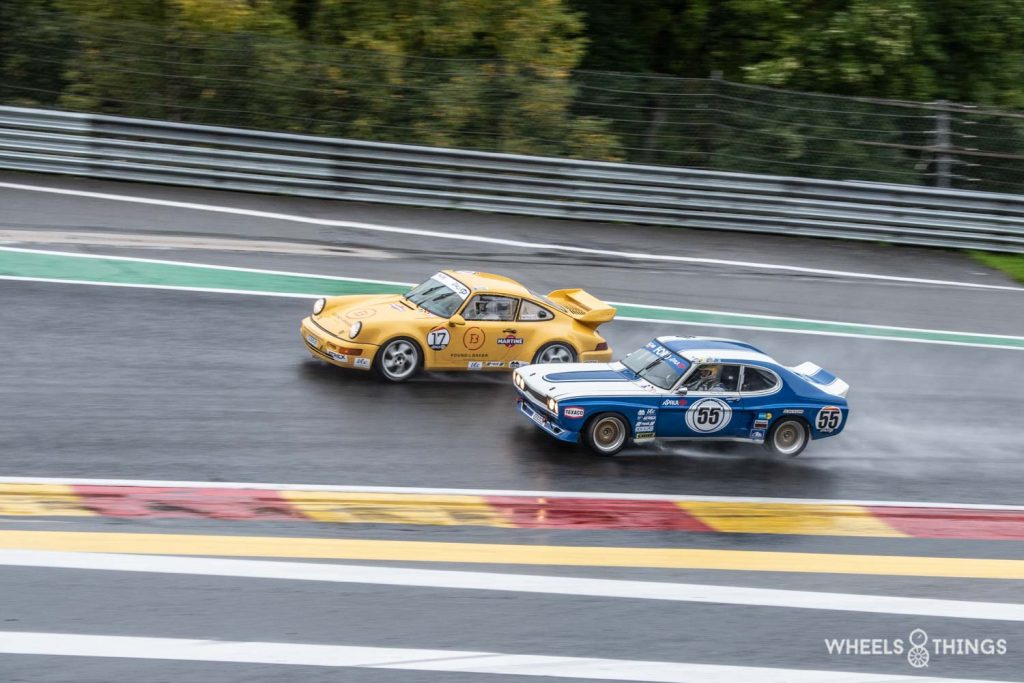
We already told you in our article on last summer’s Zolder Historic Grand Prix that the Belcar Historic Cup has grown into a fine championship in recent years. And whether they raced in summery Zolder or on wet Francorchamps: the spectacle was top notch!
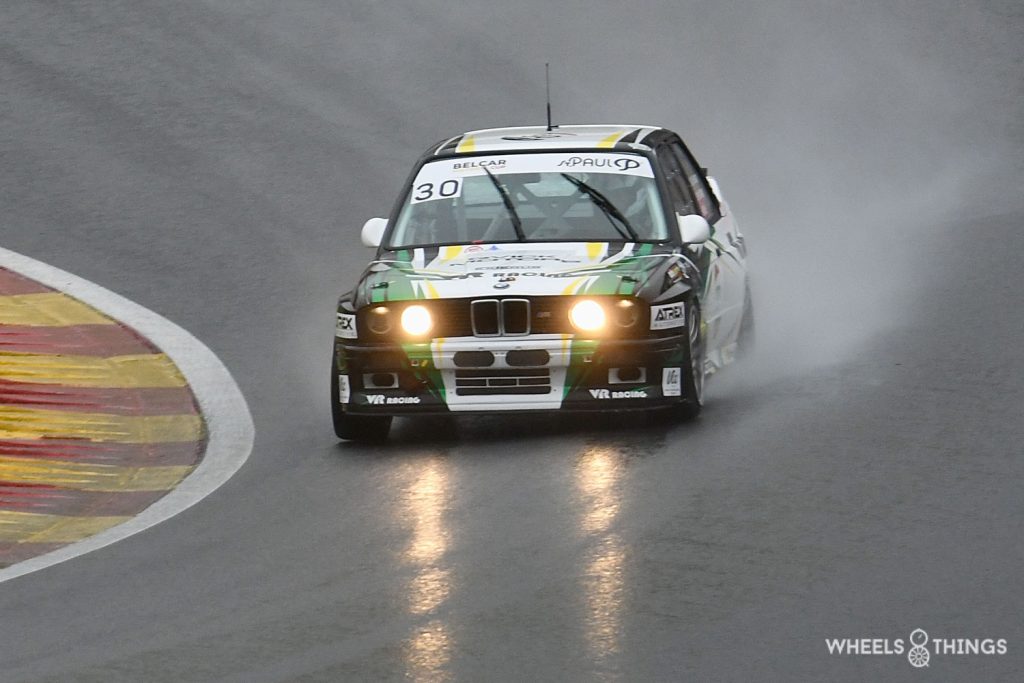
However, the BMW 320 turbo Van Qvick had to abandon the battle: a recoil in the new engine had caused the intake nozzle to come loose. This allowed teammate Tom Van Rompuy to take over second place with his BMW M3. Luc Moortgat finished third with his Porsche 964.
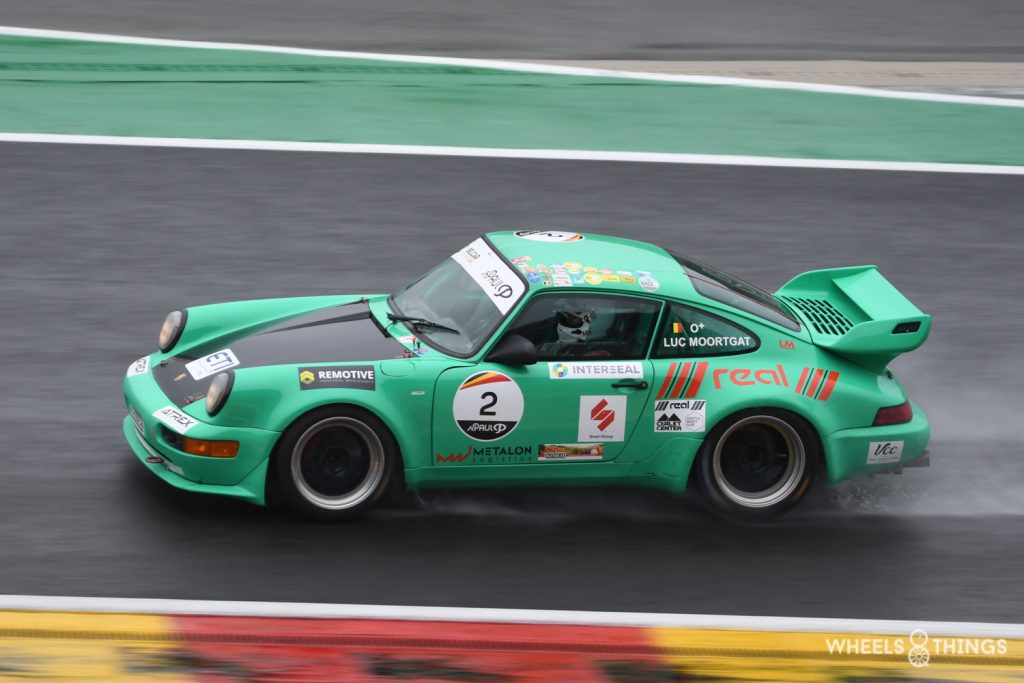
The Belcar was also allowed to close the weekend on Sunday afternoon. The starting field was slightly smaller after several forfaits. On an equally wet track, victory again went to a Porsche 964. But this time it was the green one of Luc Moortgat that took it ahead of the BMW M3s of Krab and Fastres.

A nice fifth place was for Bryant’s Morgan Plus 8. Coming from England to Francorchamps to do two very wet races with such an open Morgan Plus 8….. you just have to put up with it.
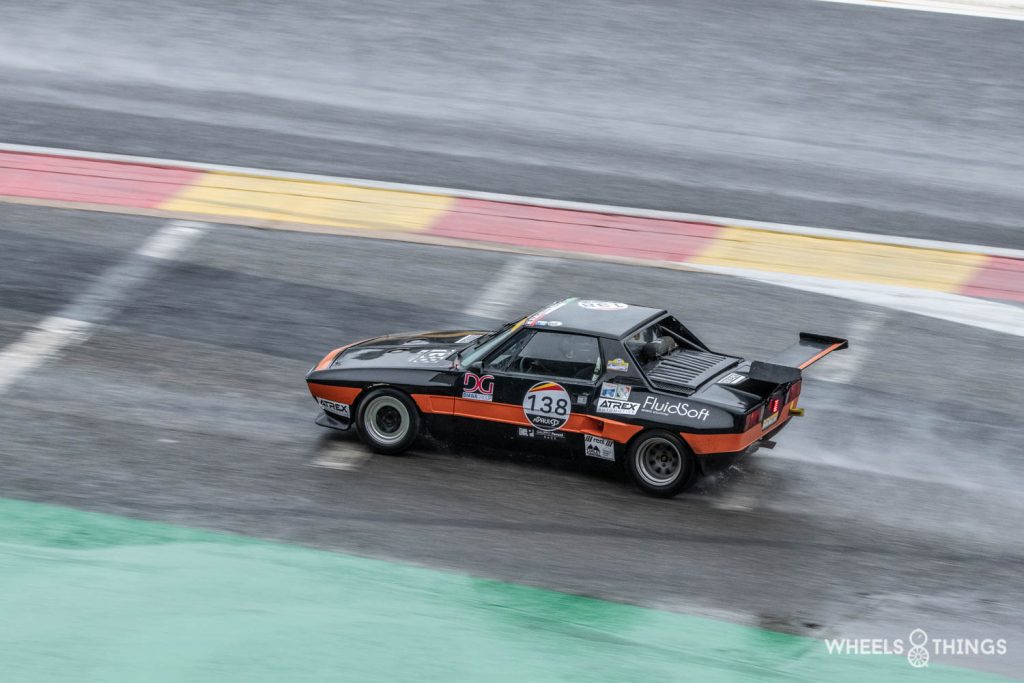
Among the participants, we saw another unique Dallara X1/9. Based on the Fiat X 1/9 convertible, Italian Dallara turned it into a real track monster in 1978. And a unique car always deserves a place with us.
PRE WAR SPORTS CARS

We already mentioned last year that these old “shawls” provide a lot of spectacle. The trendsetters of that time were not there this time, but not to worry: there were enough others to solve the problem. In fact, it was the oldest car in the field that caused the most trouble: the 101-year-old GN Parker owned by the Maeers brothers drifted through “La Source” and went down the Raidillon in an identical fashion. Magnificent to see ! But the other competitors in turn also provided great moments and lots of thrills.
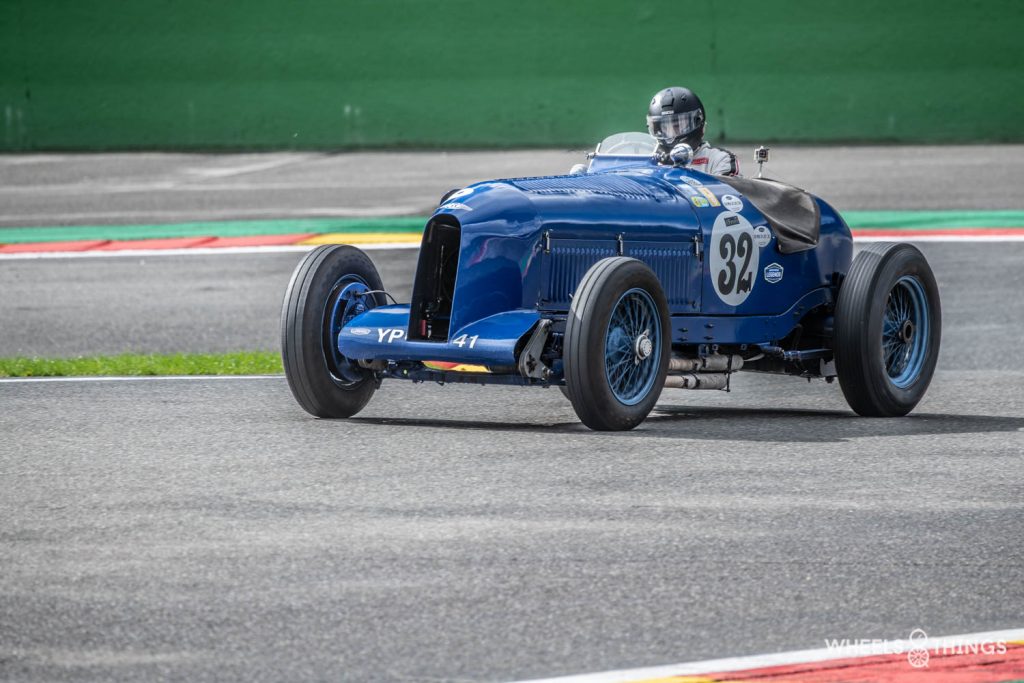
The old GN even competed for victory but had to slow down on the last lap. It just managed to reach the finishing line on P3. The ride to the paddock continued on a tow truck. Victory was for Llewellyn’s Bentley 3/8 ahead of Burnett’s Alta.
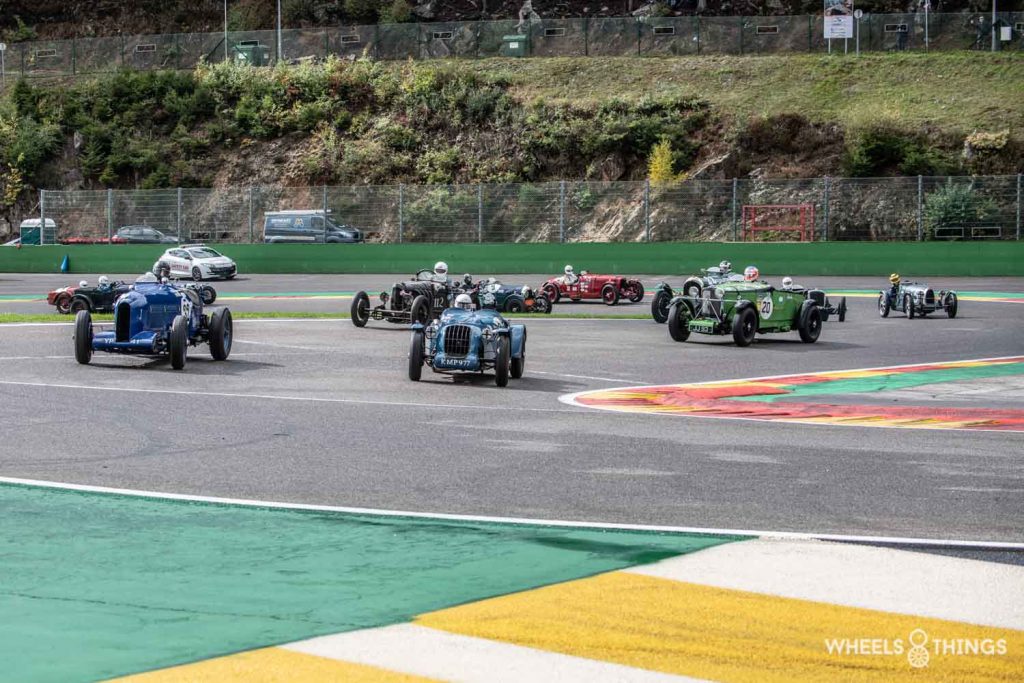
Remarkable call before start: on one of the participating Bentley cars, the radiator cap had disappeared. For a while it was thought to have been stolen by a souvenir hunter. Some time later, the cap was then found in the paddock but unfortunately by then it was too late to take the start.
MASTERS RACING LEGENDS F1
Unfortunately, some regular competitors were not present at Spa. These included the Tyrrell P34 six-wheeler and the twin-chassis Lotus that we still saw in action at the Nürburgring. You can read more about the latter here. All the other JPS Lotuses and the regular Mclaren cars were present. There were also three March cars ( 2 X 761 and one 821, a Tyrrell 011, two Williams FW 07 and an Ensign N 179. As an extra addition, there was also an F1 car with a high airbox from the first half of the 1970s. And you don’t often see a car with such a big air box on a circuit anymore anyway. It was a 1975 Embassy Hill GH1 once driven by Graham Hill himself.
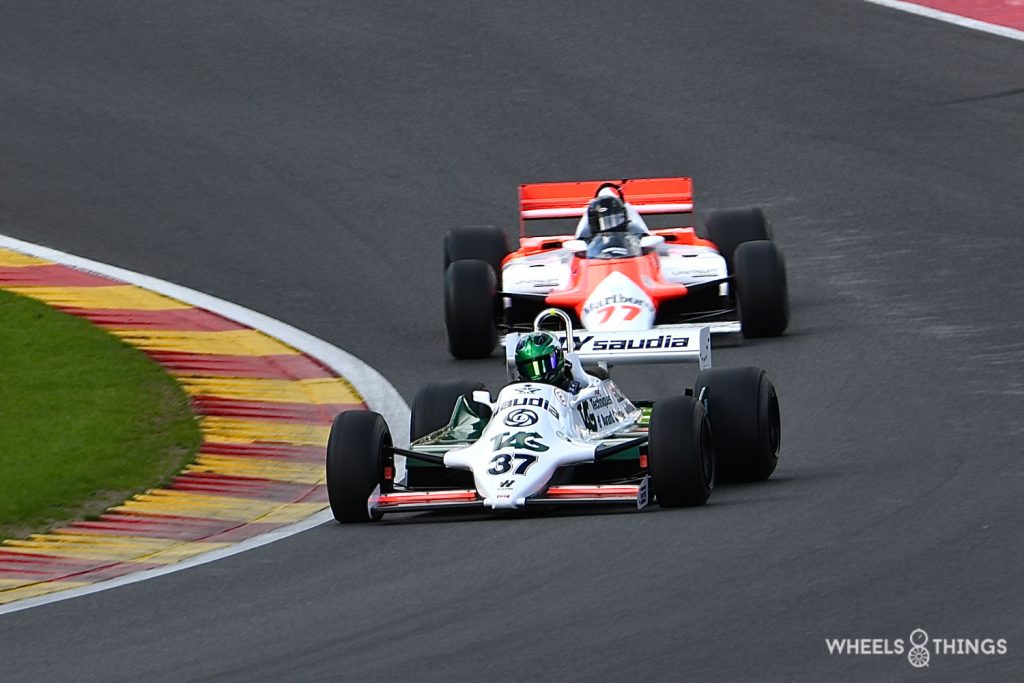
The first race of this F1 was on Saturday and the track was virtually dry at the start. Our compatriot Christoph d’ Ansembourg ( Williams FW 07 ) was allowed to start from pole and immediately took the lead ahead of Steve Hartley’s Mclaren MP 4/1. Both bantams would battle for first place until the finish. Hartley continuously hung on the Williams’ rear wing but could not find an opening to pass. The Williams was flagged victorious with 0.292 sec ahead of the Mclaren. More exciting as the current F1!!! Third was the Lotus 87 B of Marco Werner.
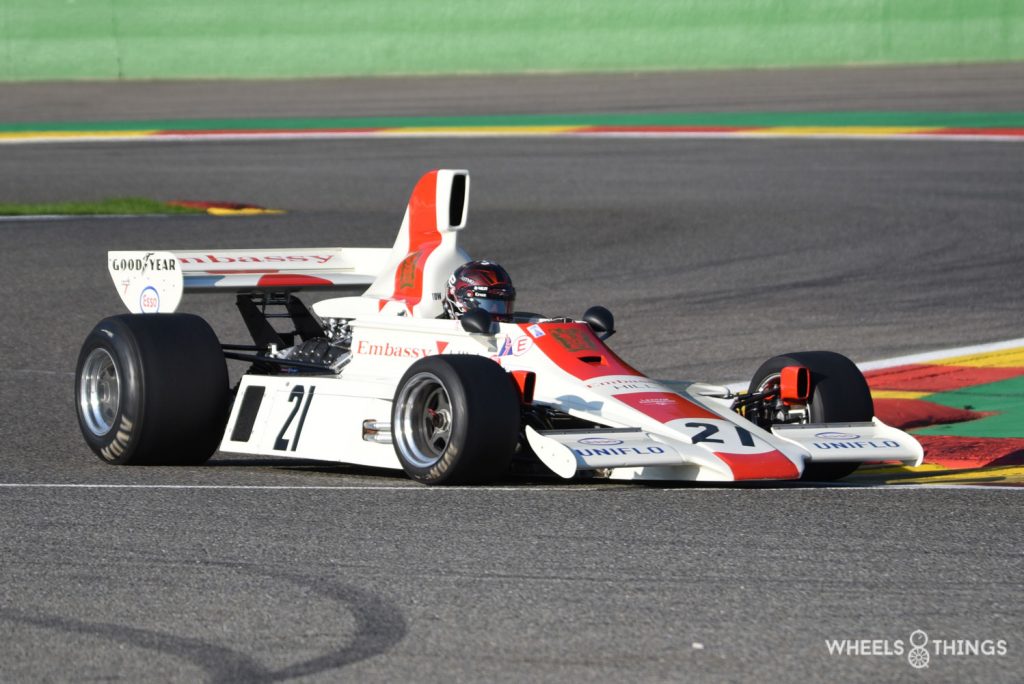
Australian James Davison’s Hill GH 1 finished in fifth place. A very fine performance by the oldest of this race, who had to give up just 22 seconds to the winner and yet left some more recent and normally faster cars behind.
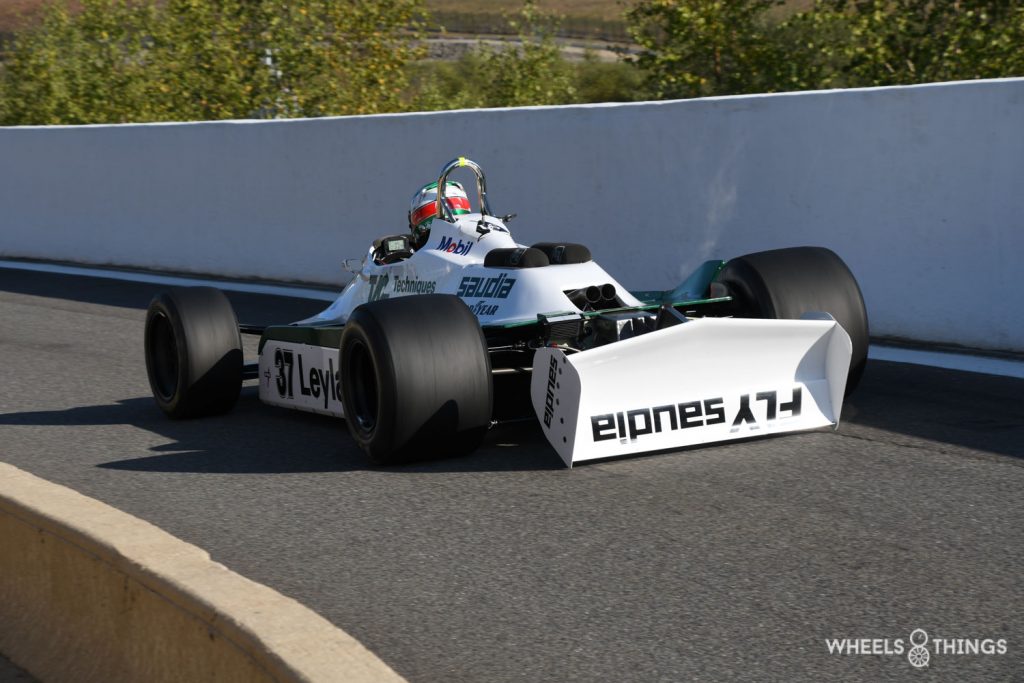
Winner d’ Ansembourg had a nasty moment during qualifying: the rear wing of his Williams simply broke off in accelerating out of the bus stop but stuck to the car in a downhill position. Very exceptional.
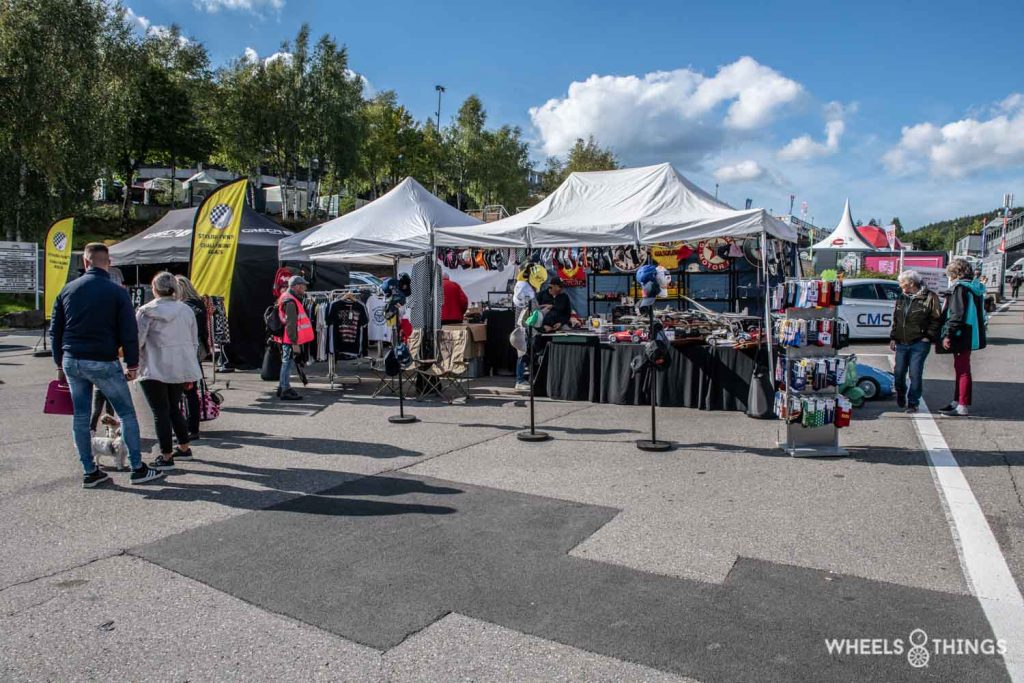
After last year’s covid edition, several sales stalls were again present. Looking for a nice miniature, book or reading lamp? No problem you could find it all there.
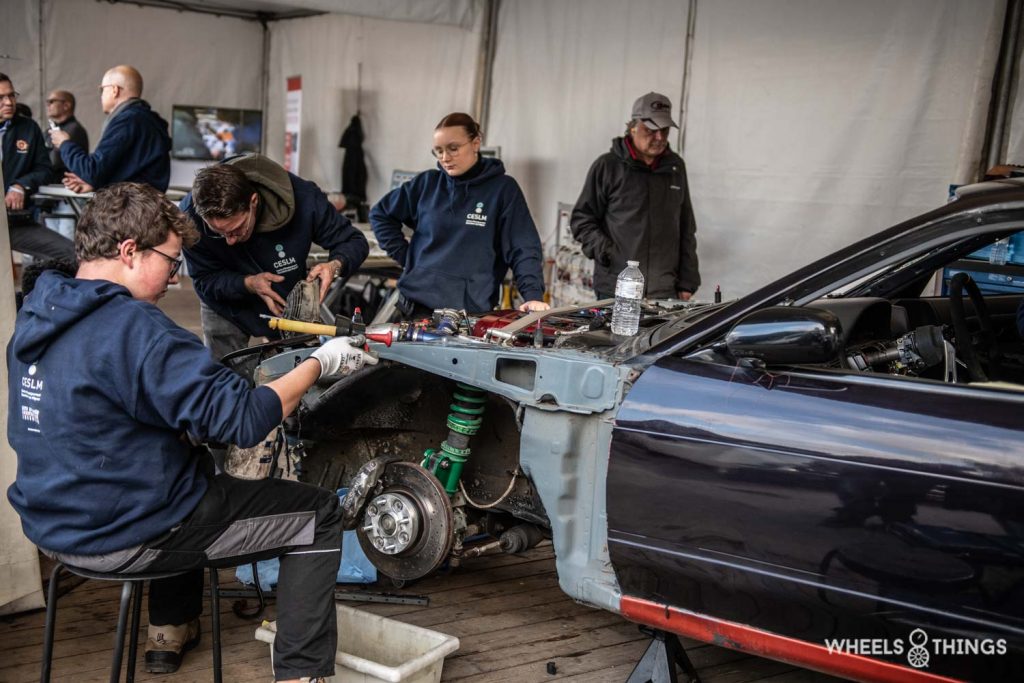
The most remarkable stand this year came from a technical school. Students present demonstrated how they were trained as technicians and bodywork repairers by performing “live” work.
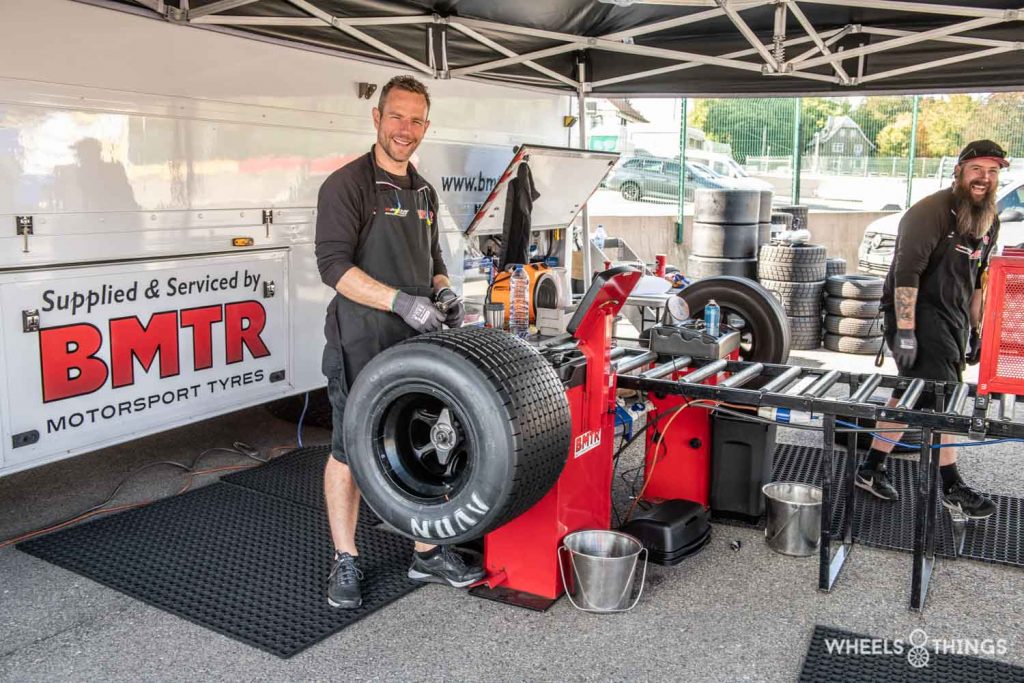
Work was also going on in the technical area where tyre brands were located. Here the tyres were fitted and balanced for the participants. These order in advance the number they need for the weekend and the tyre brands then bring them to the track. Previously, only Avon specialised in tyres for historic racing cars. They make all sizes and for all types ranging from a small Mini tyre to a giant rear tyre for an F1 car.
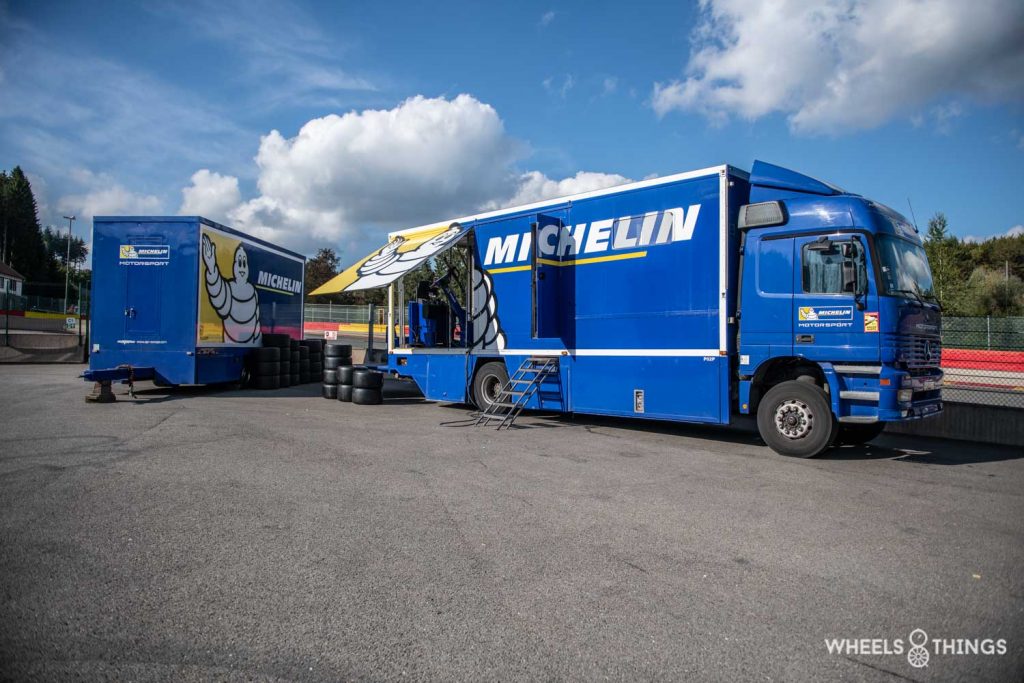
In recent years, we also see the big brands like Michelin, Dunlop and Goodyear returning to manufacturing racing tyres for historic races. Indeed, there is a great demand for their products. A model like e.g. a BMW M3 E30 of which more and more are appearing on race tracks obviously also need a lot of tyres. And the more cars there are, the more tyres they can sell!
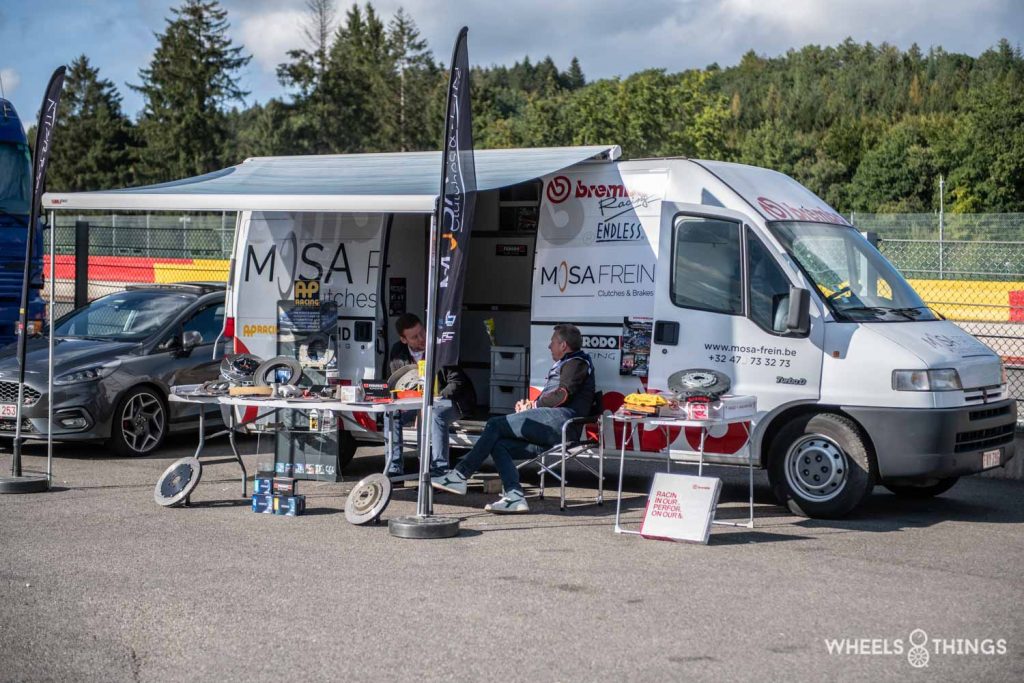
Besides this tyre service, a brake specialist will also be on hand to assist the teams with parts and good advice. Repairs to the braking system can be carried out on site.
HISTORIC GRAND PRIX CARS Association PR 66
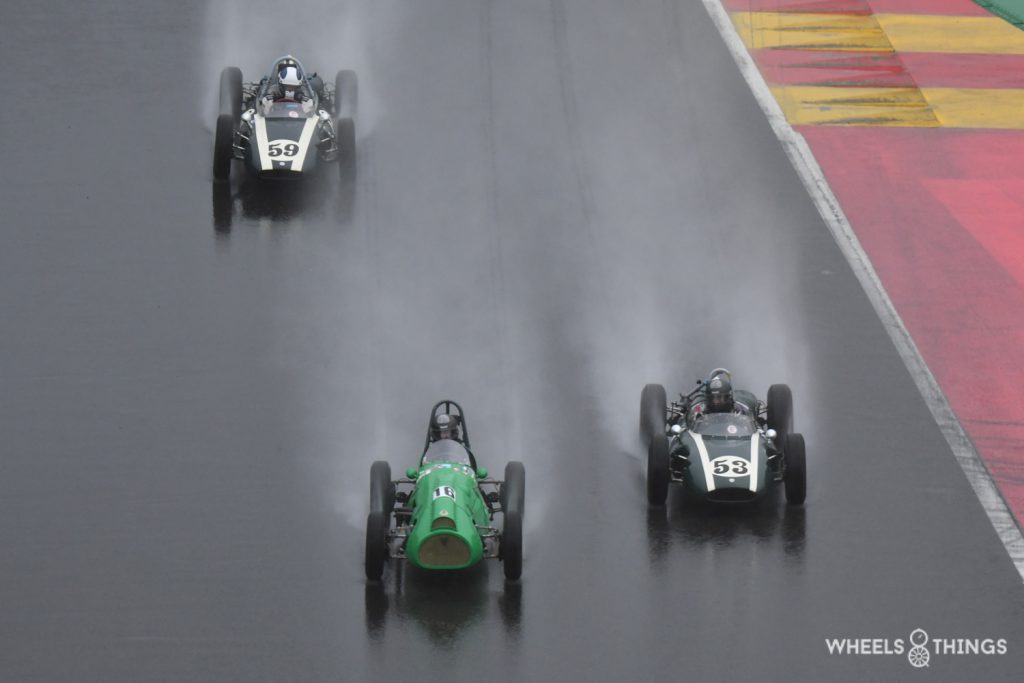
At the start of the first race of these precursors of F1, the heavens were once again fully open. And you think: these guys will drive carefully with their fancy equipment? But that was wrong thinking. They went all the way. The little Coopers with the engine at the back are unbeatable here and occupy the entire podium. Charlie Martin’s T 53 finished ahead of Michael Gans’ T 59 and Justin Maeers’ T 53.
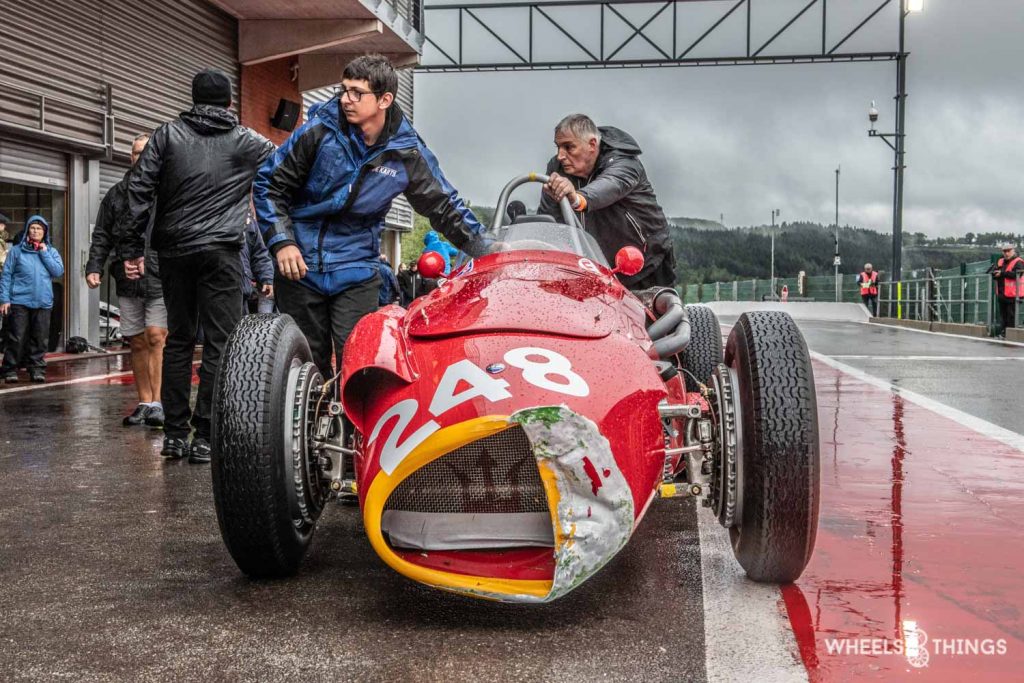
Among the front-engined cars, John Spiers’ Maserati was on its way to victory but it stalled at the top of the Raidillon on the last lap. Fellow driver Klaus Lehr took over with his 250 F and won ahead of McGuire’s Scarab. However, this was not without controversy. The nose of the 250 F was seriously damaged during a duel.
This nose was taken care of immediately after the race by a “specialist coachwork” and dented out for the race on Sunday.
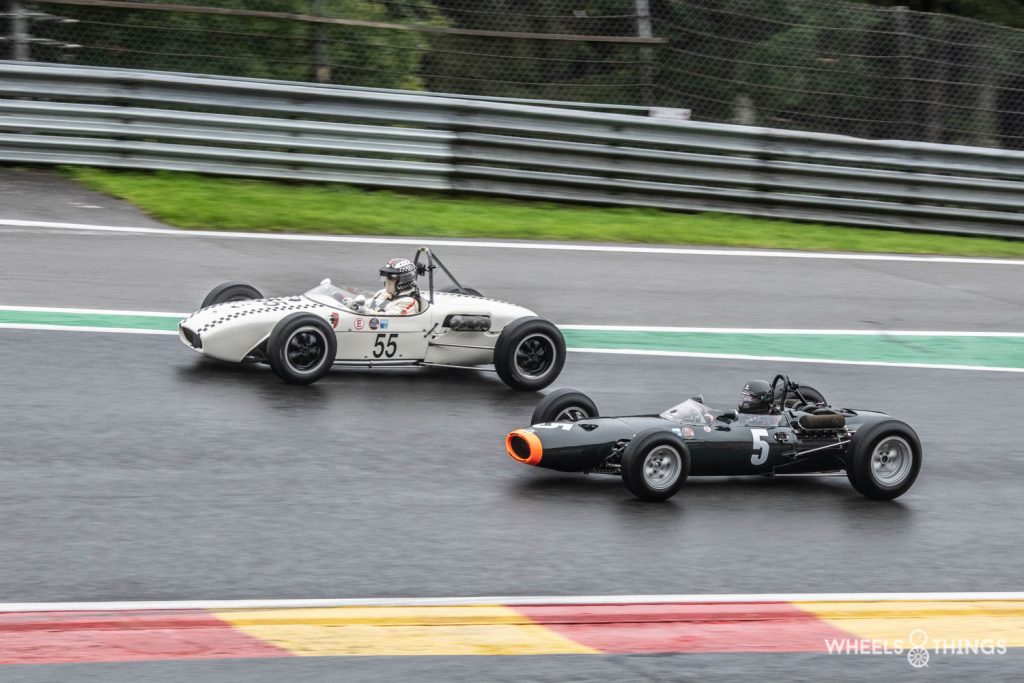
This race on Sunday was back in the rain and the win was again for Martin with his Cooper T 53 ahead of Gans in his T 59. Following in third this time was Child’s ex Graham Hill Brabham BT 3/4.
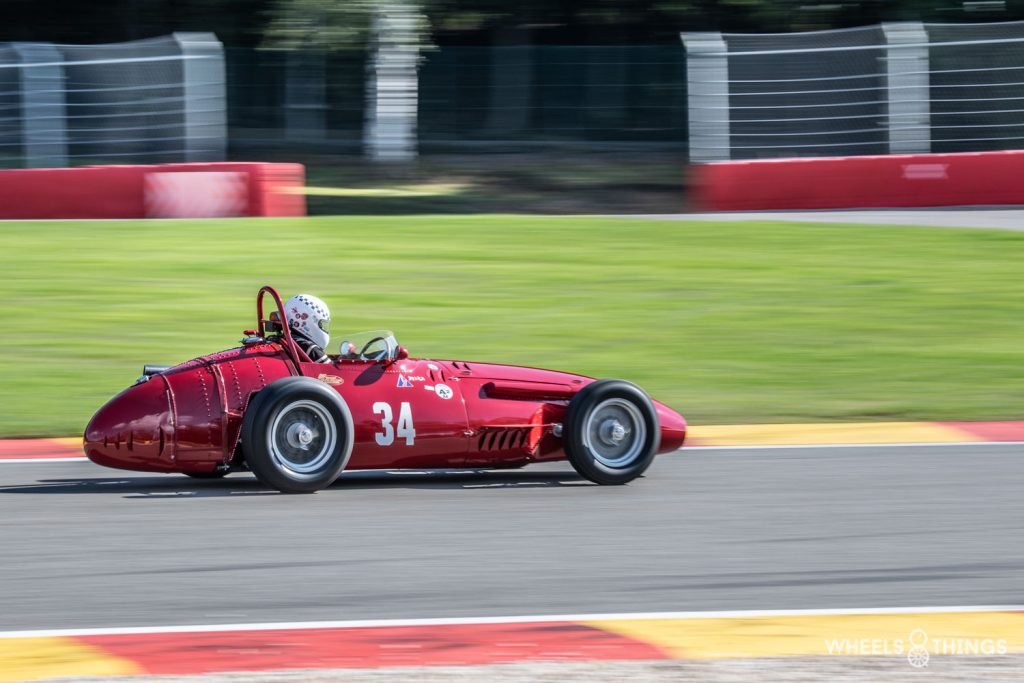
In the front-engined cars, victory this time did go to Spiers’ Maserati. Lehr came second with his restored 250F.
MASTERS SPORTS CAR LEGENDS
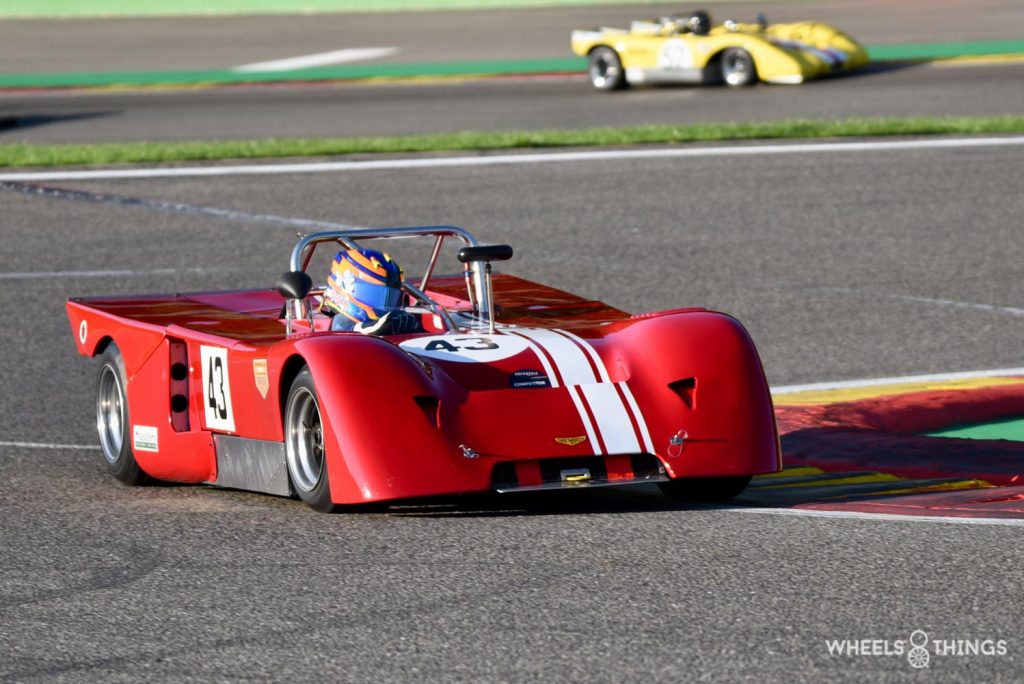
Only 12 of the 16 competitors volunteered for this one-hour race for sports cars on Sunday. With the forfeit of two Lolas T 70 of Hart/Hart and Minshaw/Keen, the way is wide open for the Chevron B 19 of Bradshaw. He wins, after one hour of racing, ahead of Rossi de Montelara’s Abarth Osella and Gans’ Lola.
MASTERS ENDURENCE LEGENDS
The youngest cars of the weekend can be found in the Masters Endurance Legends. Proto and GT cars. Here, cars up to 2015 are allowed.
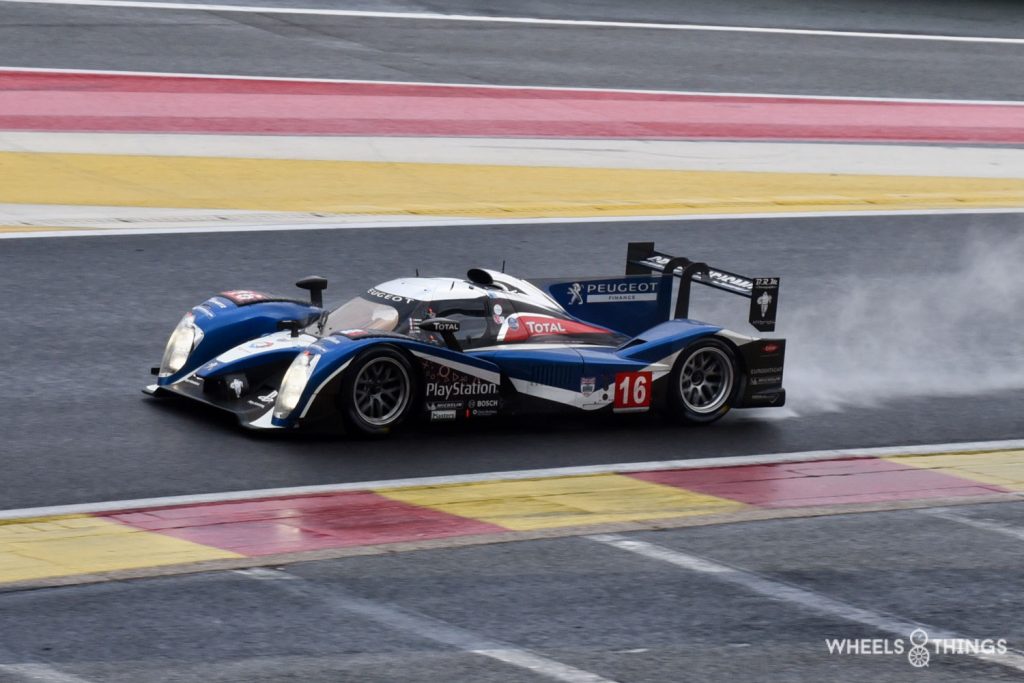
It is the same again but it is once again raining cats and dogs as the 15 competitors get ready for the start of the first race on Saturday. On the first row of the grid we find the two Peugeot Diesel LMP1s of Lendoudis and Tandy. His also take the lead immediately after the start ahead of the Aston Martin DBR 1-2 of d’ Ansembourg. The latter, in these wet conditions, is able to compensate for the lesser power of his Aston and passes both Peugeot’s. The Gulf Aston also stays in the lead for a long time until it has to slow the pace due to braking problems. Tandy is able to pass the Aston back and wins the race.
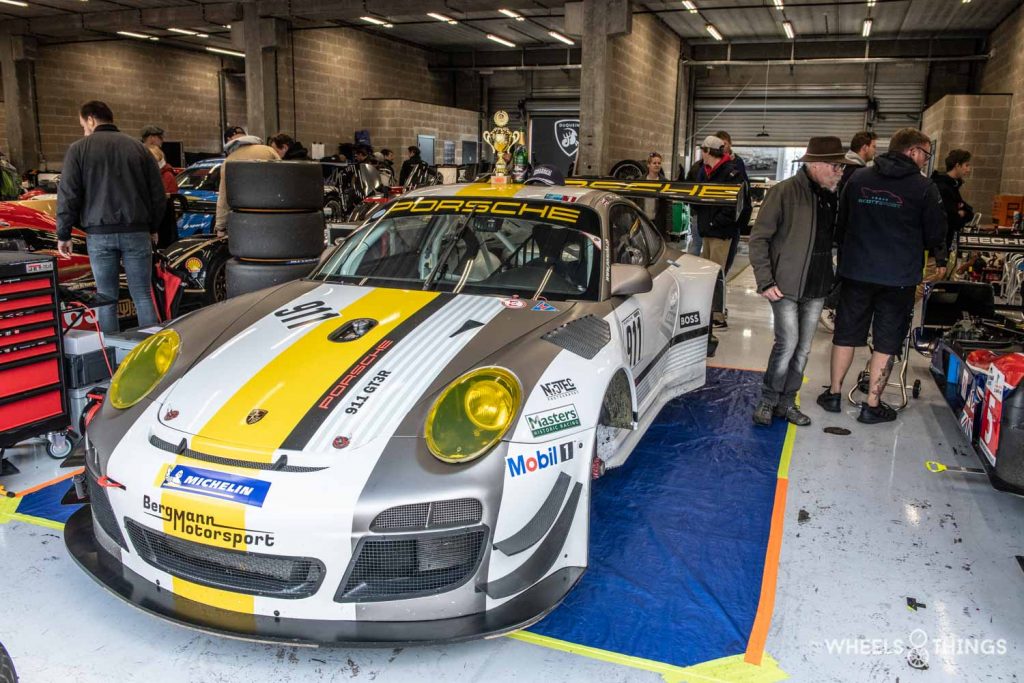
In the GT class, victory went to Feigenwinter’s Porsche.
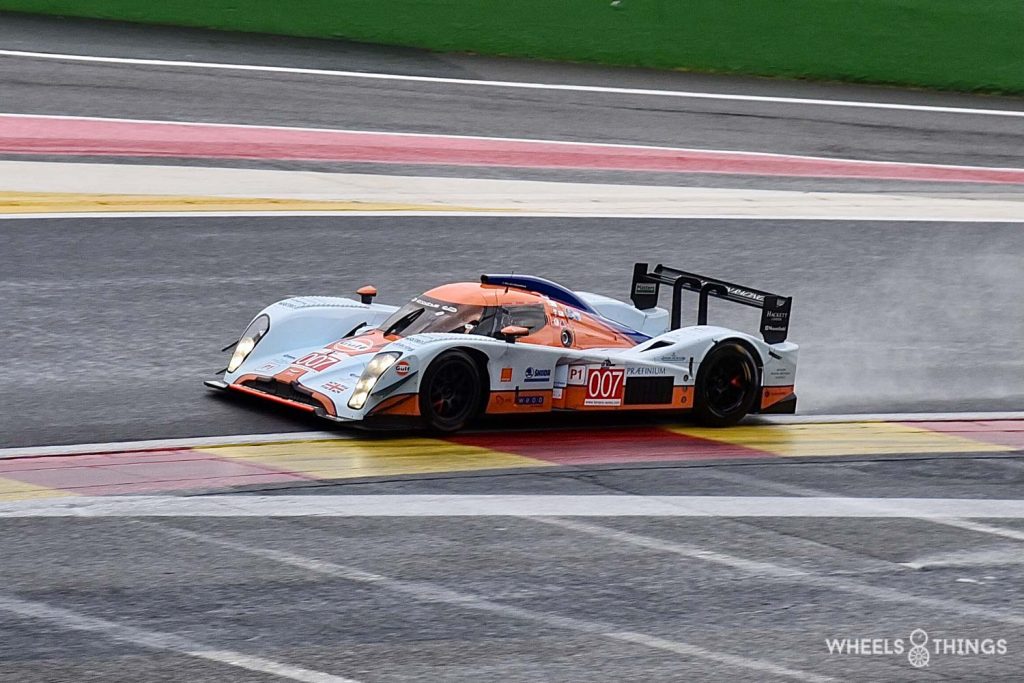
For the second race on Sunday, d’ Ansembourg is absent due to other commitments. The Peugeot’s encounter no further opposition and again drive to the first two places in wet conditions. Now Brooks wins ahead of Lendoudis.
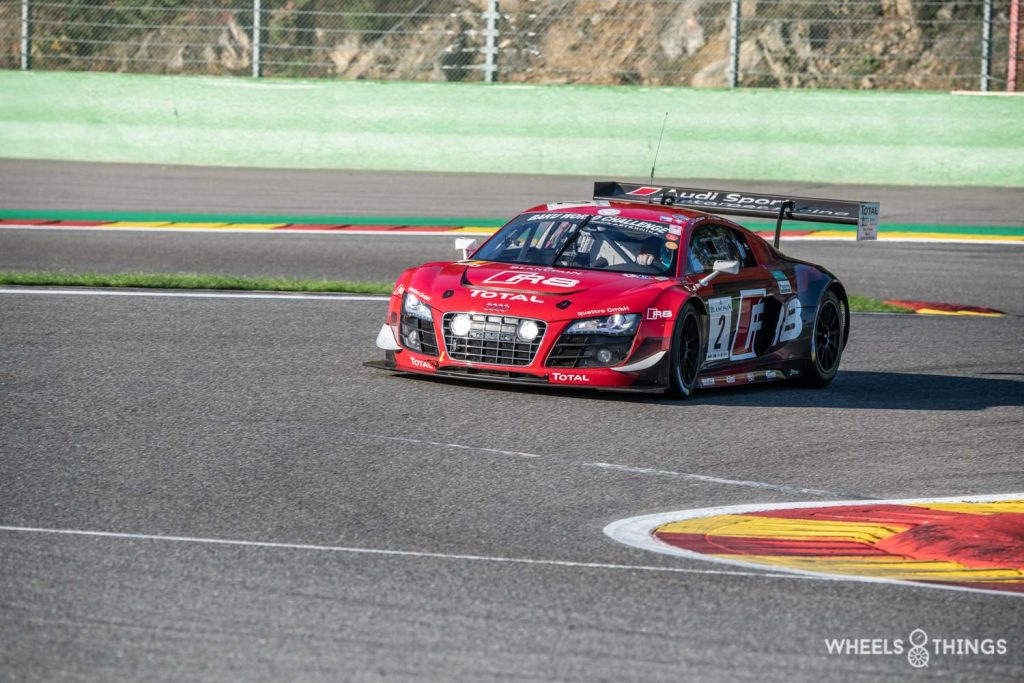
In the GTs, the win this time is for von Oeynhausen’s ex-WRT Audi.
WOODCOTE TROPHY & STIRLING MOSS TROPHY
In the Woodcote trophy, post-war racing cars are allowed up to 1955 and that are still in their original technical configuration. In the Sterling Moss Trophy, on top of this condition, they must also run in their original colour and finish.
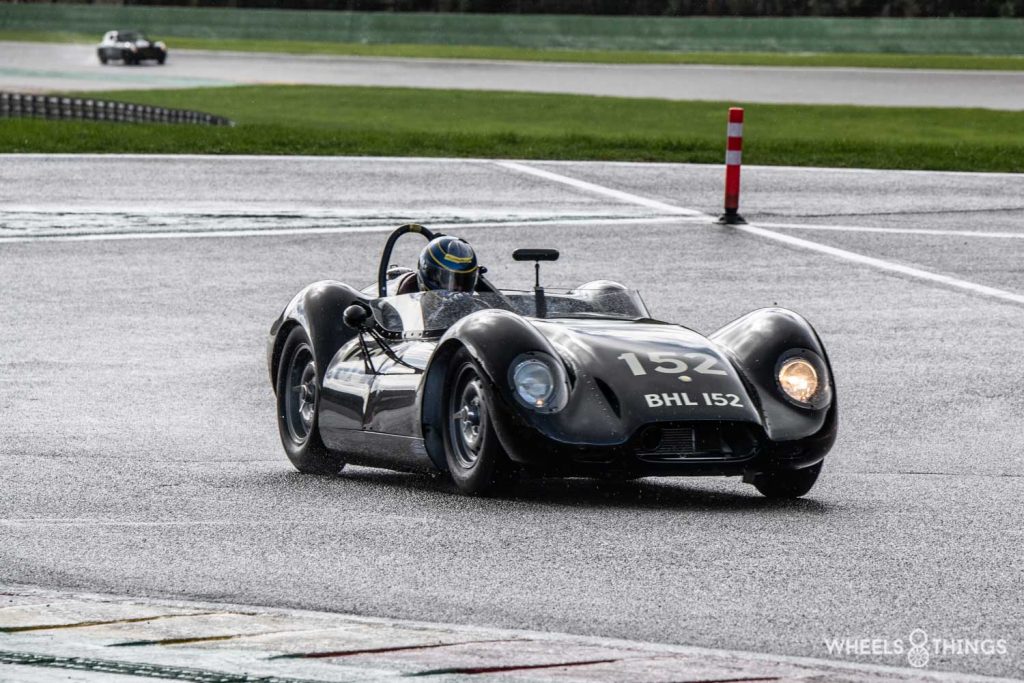
Typical 50s atmosphere with cars like a Lister Knobby, Maserati 300 S, Cooper Monaco, Aston Martin DB 2, Jaguar XK 150, Elva MK V and Lotus XI competed against each other in a one-hour race.
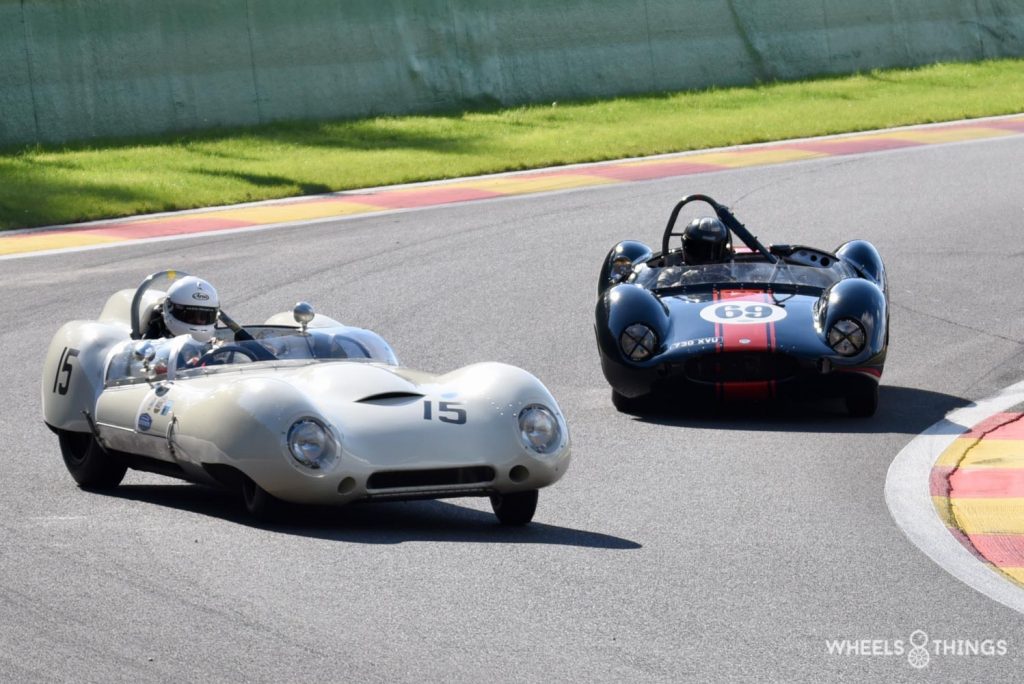
And though they are cars from the 1950s, many of which are then still equipped with drum brakes, the drivers throw their machines straight through most corners. Wonderful to watch.
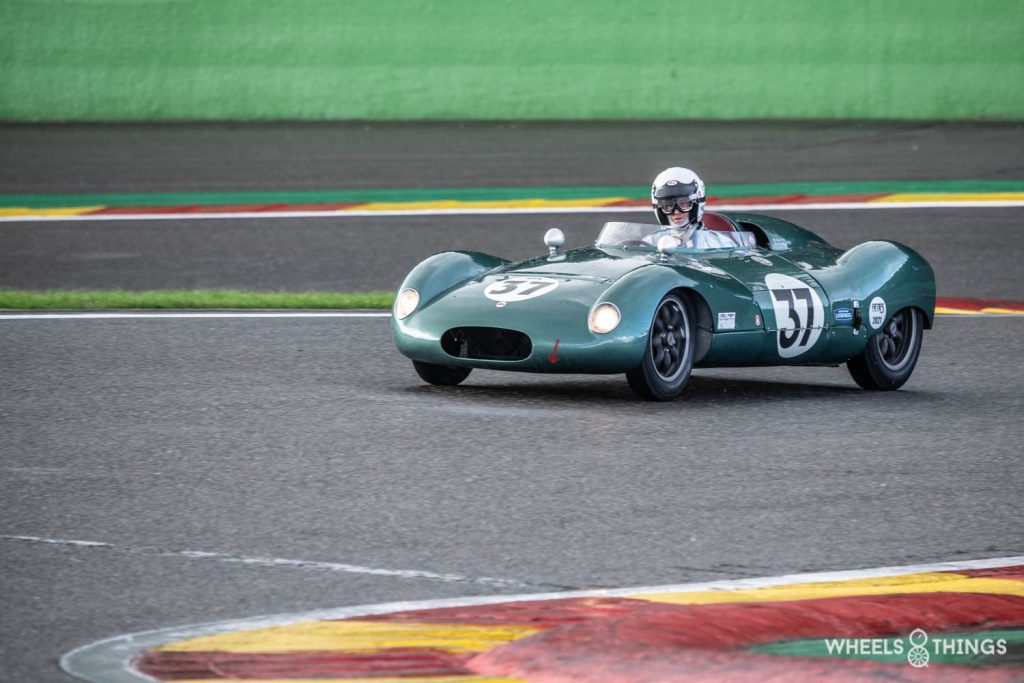
Both Lister’s present fight it out amongst themselves and after one hour of racing, Wood and Nuthall with their Knobby cross the finishing line as winners ahead of an identical model from Spiers and Greenhall. Gans is third with his Lotus.
BEHVA
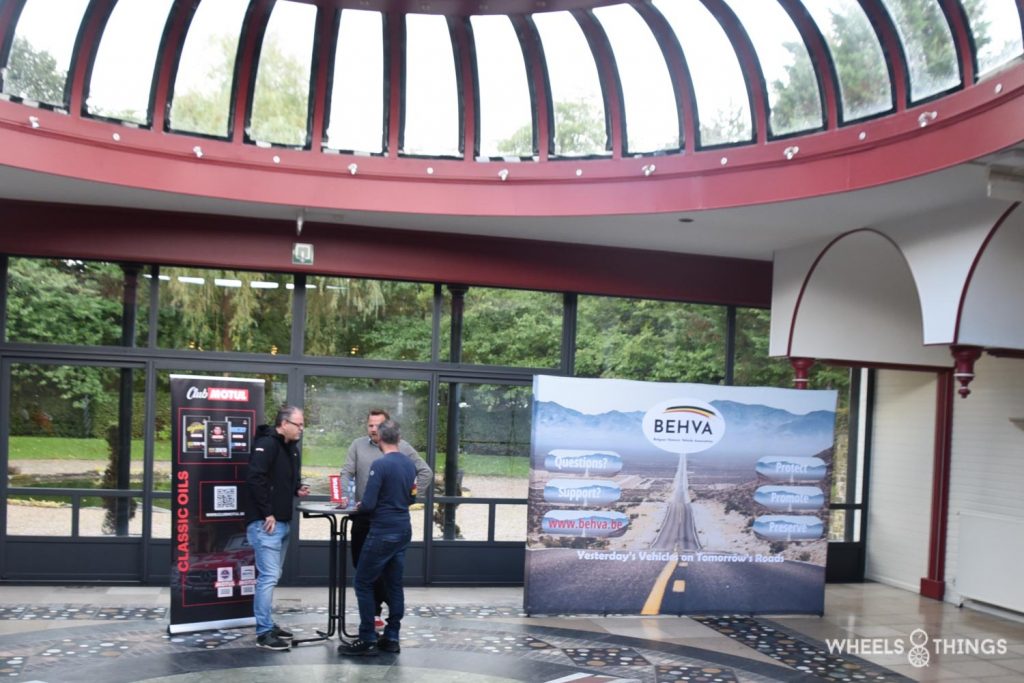
The BEHVA ( Belgian Historic Vehicle Association ) had moved back into the building at the foot of the Eau Rouge after a two-year absence. It welcomed its members with a cup of coffee. At various stands, they could get information on various issues, obviously related to their vintage car, such as the right tyres, engine oil and insurance.
MASTERS GENTLEMAN DRIVERS & MASTERS PRE 66 TOURING CARS
In the past, this series was still split into two races. Due to the loss of some participants in both classes, it was decided to make it one race.
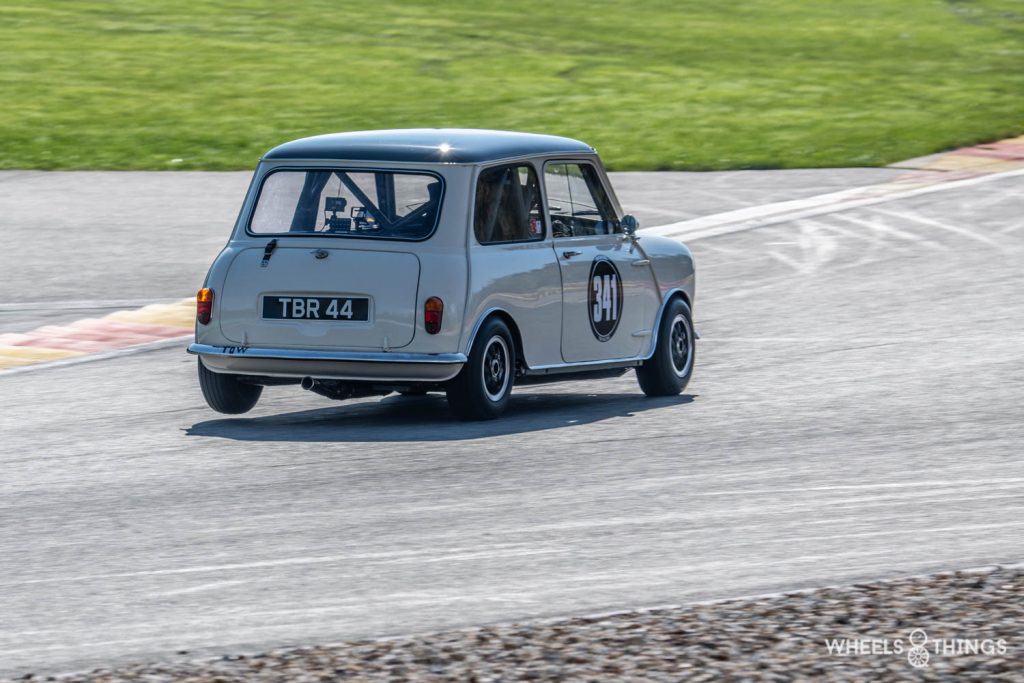
This provided a nice mix of GT cars and touring cars from the same period. And there were quite “simple” cars among them, such as a Mini, but that did not diminish the spectacle.
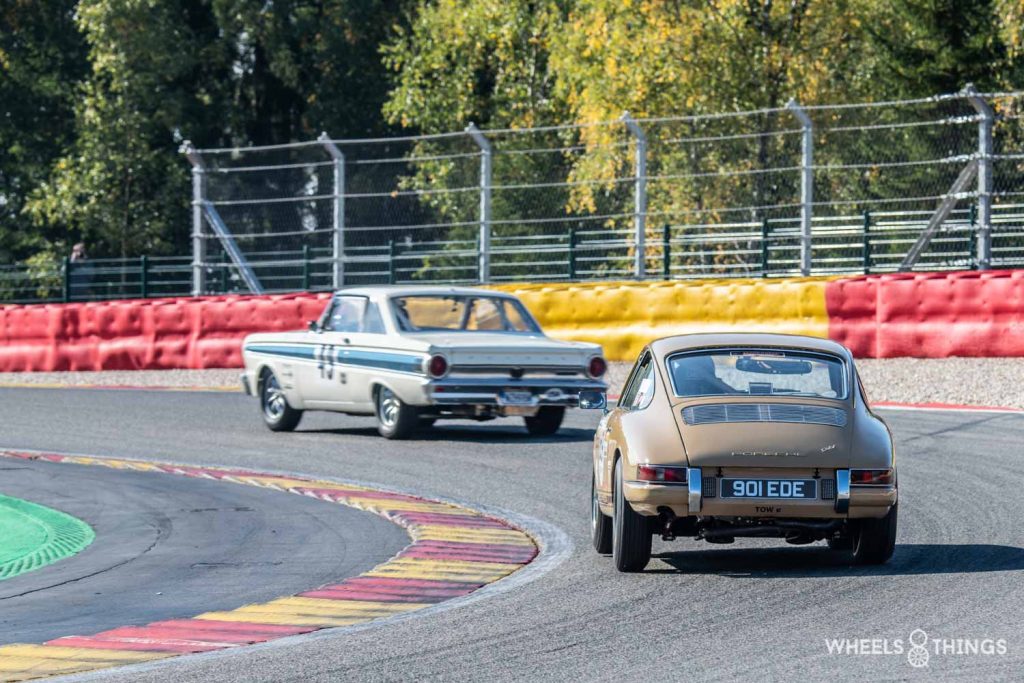
Participants had to complete an endurance race of 90 minutes for the GTs and 60 minutes for the touring cars on Sunday. The former format of separate series was thus retained. Another rain race with numerous incidents.
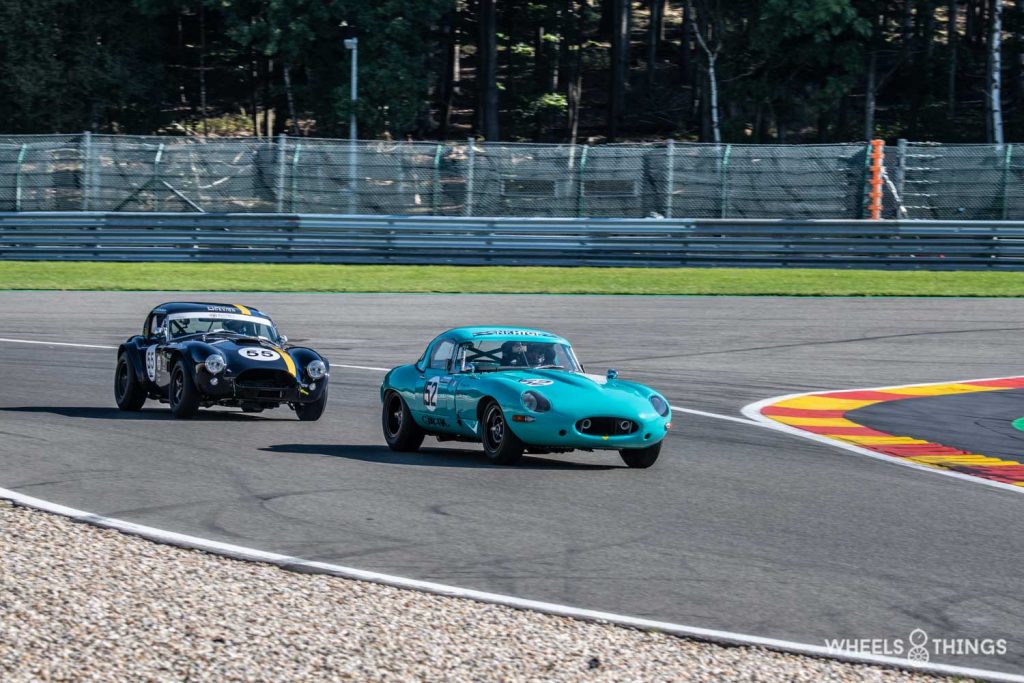
The GT class was a showdown between two Jaguar E types. Sauter and Newhall pulled ahead of von Oeynhousen. Third were Ditting and Hancock with a Shelby Cobra.
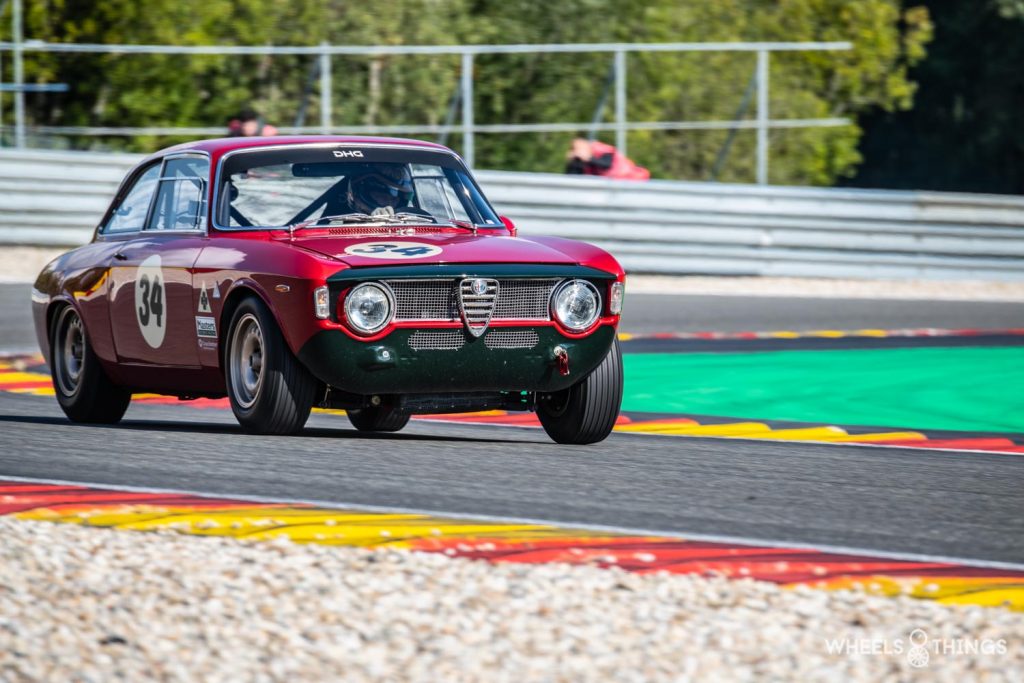
In the touring car series, the win was for Dutchman Olivier Hart with his little Alfa Romeo Giulia Sprint GTA ahead of Tordoff’s Ford Falcon.
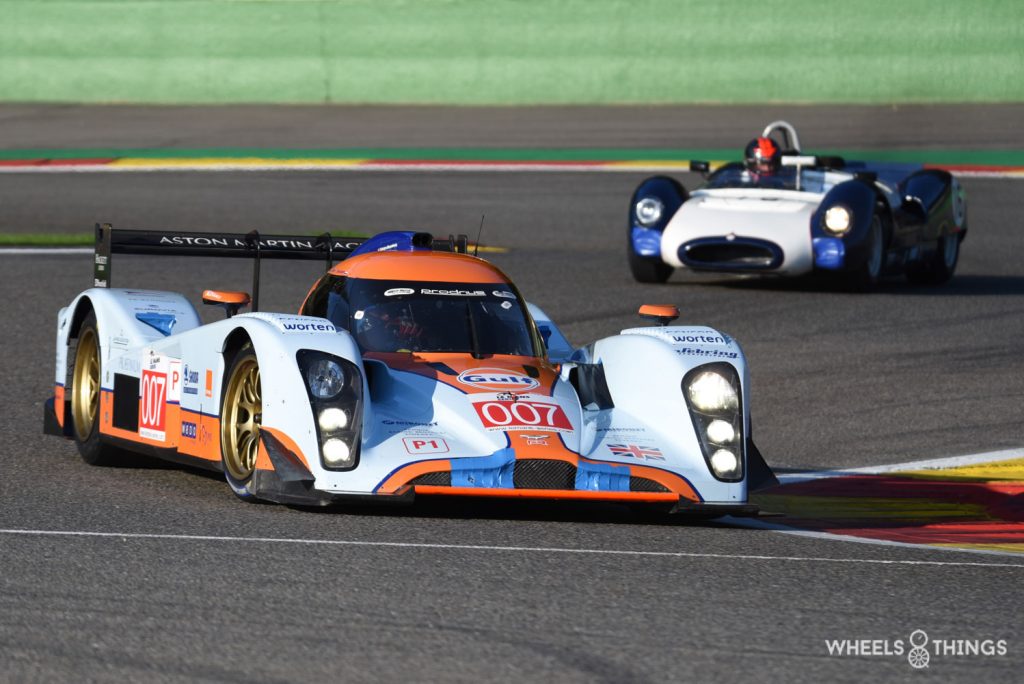
Bringing these classes together is actually a pretty good idea. So on Friday morning, we saw a joint free practice session between the Masters Sports Cars Legends and the Masters Endurance Legends. In both series, there wasn’t really a big starting field either now. The two could also be perfectly merged to create more animation on the track.
The Spa 6 Hours was once again a success. There were slightly fewer participating cars than in the pre-covid days but the atmosphere of the past was definitely back. The public had also found its way back to the track in droves. Despite the very bad weather on Saturday and Sunday, the grandstands were well filled. Historic motorsport is still on the rise: the beautiful cars and the spectacle on offer are still an attraction for many enthusiasts. Among these enthusiasts there was a very unique spectator on Saturday. We would like to conclude with this one.
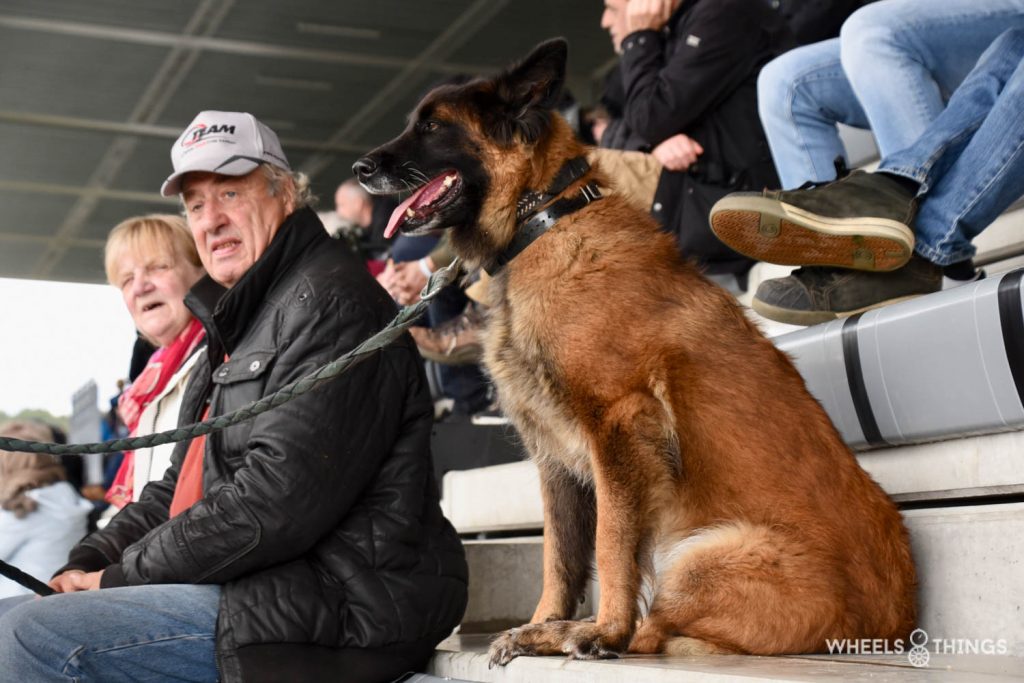
See you next year!!!
Report: Joris de Cock
Photos: Joris de Cock & Patrick Verheeken
